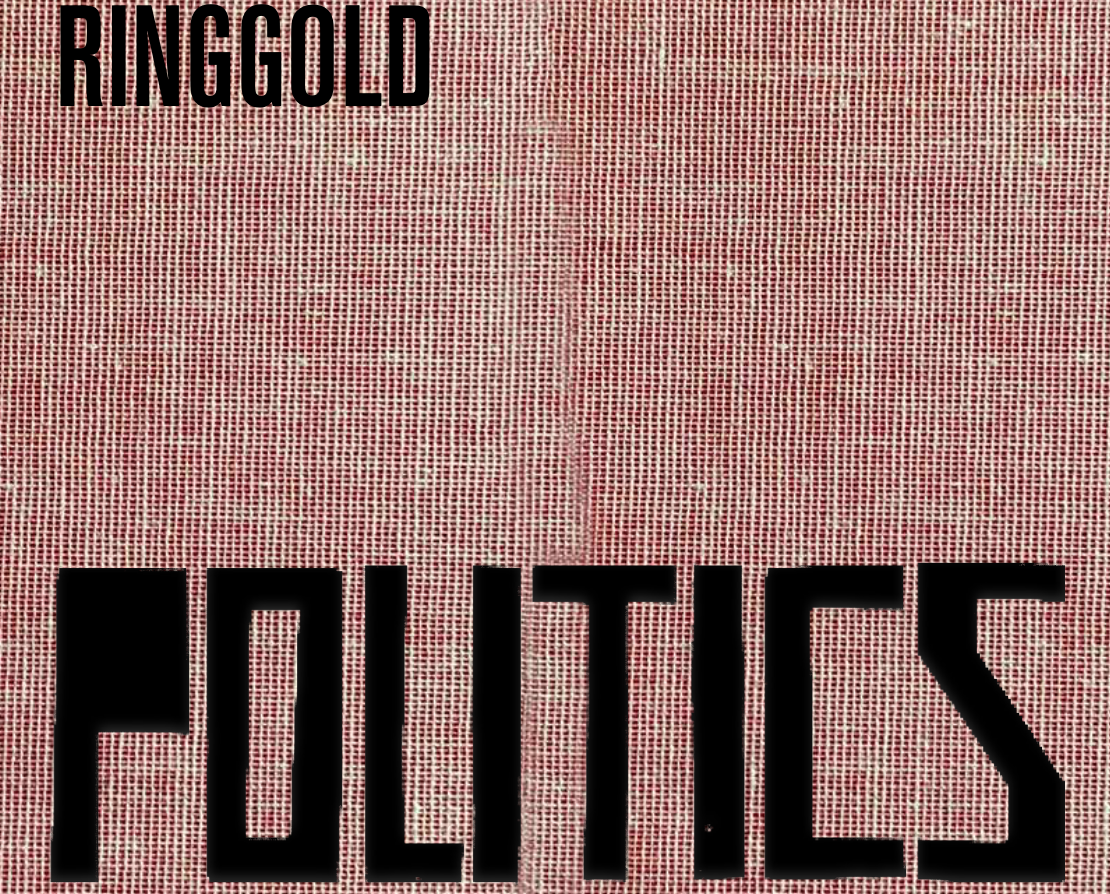

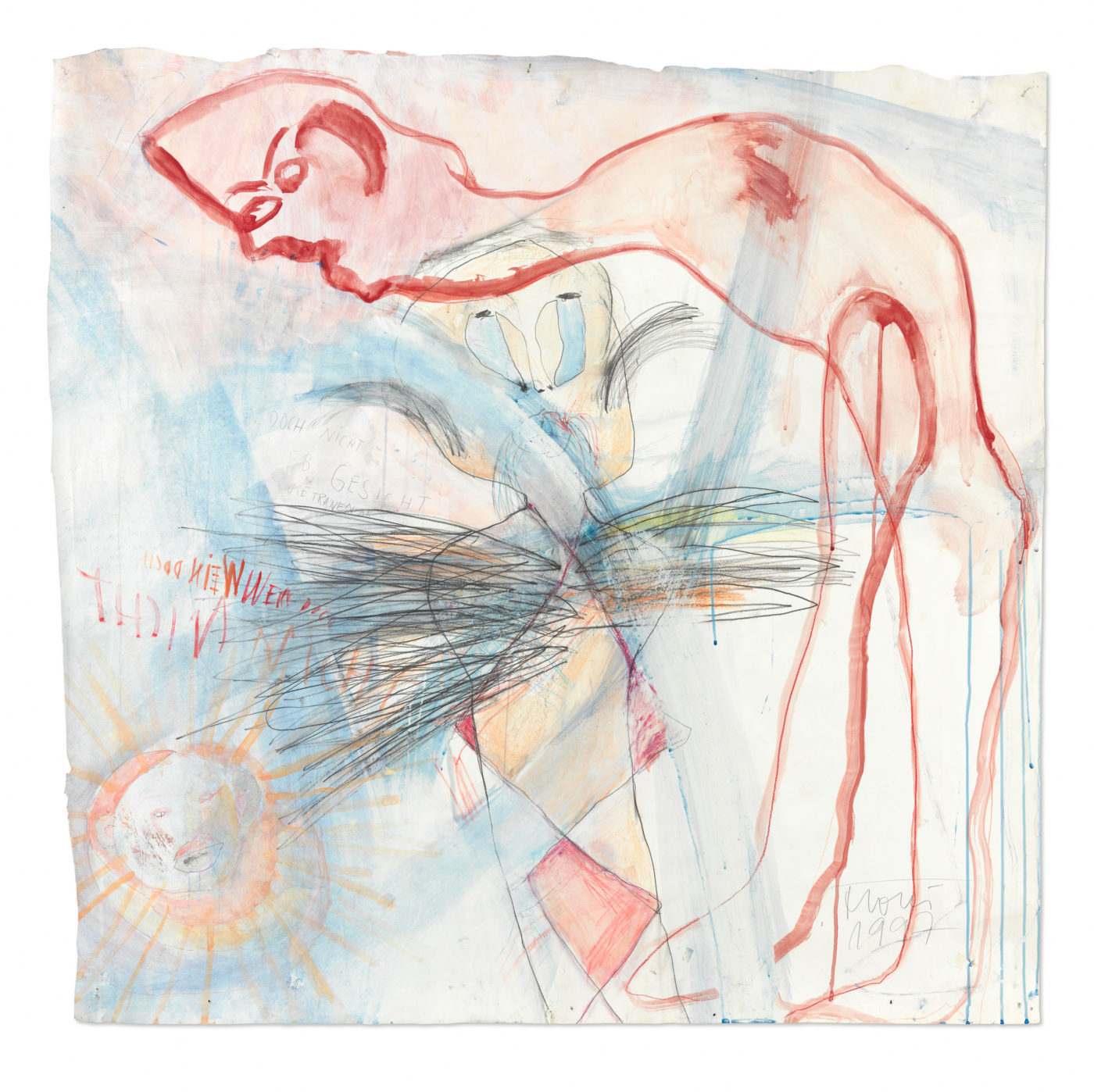
Wein doch nicht (Don’t Cry) 1997 Grafit und Wasserfarbe auf Papier Graphite and watercolor on paper 100 x 104 cm 39.5 x 41 in
Monika Maurer-Morgenstern
[Deutscher Text nachstehend]
Monika Maurer-Morgenstern (* 1942 in Leipzig) is an experienced artist. Her works have been exhibited in New York, Munich, Cologne, in the Swiss Oberwallis and in Berlin. Important private and public collections, such as the Graphic Collection of the Staatsgalerie Stuttgart, the Kupferstichkabinett in Basel, acquired her drawings. However, her path to and with art is not straightforward. Maurer-Morgenstern’s works are created because she has inner antennae that reach far into her childhood, into her soul life. “The only true source of art is our heart, the language of a pure childlike mind.” Caspar David Friedrich’s view of Romantic art, as illustrated in this sentence, is a precise reflection of her artistic practice. An abundance of sheets, united in series visualize intertwined paths of memory from life experiences: colorful, detailed, erotic, sometimes full of grotesque comedy.
“I paint because I don’t act, and in the paintings I stage the dramas of my impatient soul.” (Monika Maurer-Morgenstern)
Outtake from: Annelie Lütgens, “The Woman Who Flies” (2020)
***
Monika Maurer-Morgenstern (*1942 in Leipzig) ist eine erfahrene Künstlerin. Ihre Werke wurden in New York, München, Köln, im Schweizerischen Oberwallis und in Berlin ausgestellt. Bedeutende private und öffentliche Sammlungen, etwa die Grafische Sammlung der Staatsgalerie Stuttgart, das Kupferstichkabinett in Basel, erwarben ihre Zeichnungen. Ihr Weg zur und mit der Kunst ist jedoch kein geradliniger. Maurer-Morgensterns Werke entstehen, weil sie über innere Antennen verfügt, die weit in ihre Kindheit, ihr Seelenleben hinein reichen. “Die einzige wahre Quelle der Kunst ist unser Herz, die Sprache eines reinen kindlichen Gemütes.“ Die Kunstauffassung der Romantik, verdeutlicht in diesem Satz von Caspar David Friedrich, trifft ihre künstlerische Praxis ganz genau. Eine Fülle von Blättern, vereint in Serien visualisieren in verschlungenen Erinnerungspfäden erlebtes Leben, farbenprächig, detailgenau, erotisch, bisweilen voller grotesker Komik.
„Ich male, weil ich nicht Theater spiele, und in den Bildern inszeniere ich die Dramen meiner ungeduldigen Seele.“ (Monika Maurer-Morgenstern)
Auszug aus: Annelie Lütgens, “Die Frau, Die Fliegt” (2020)
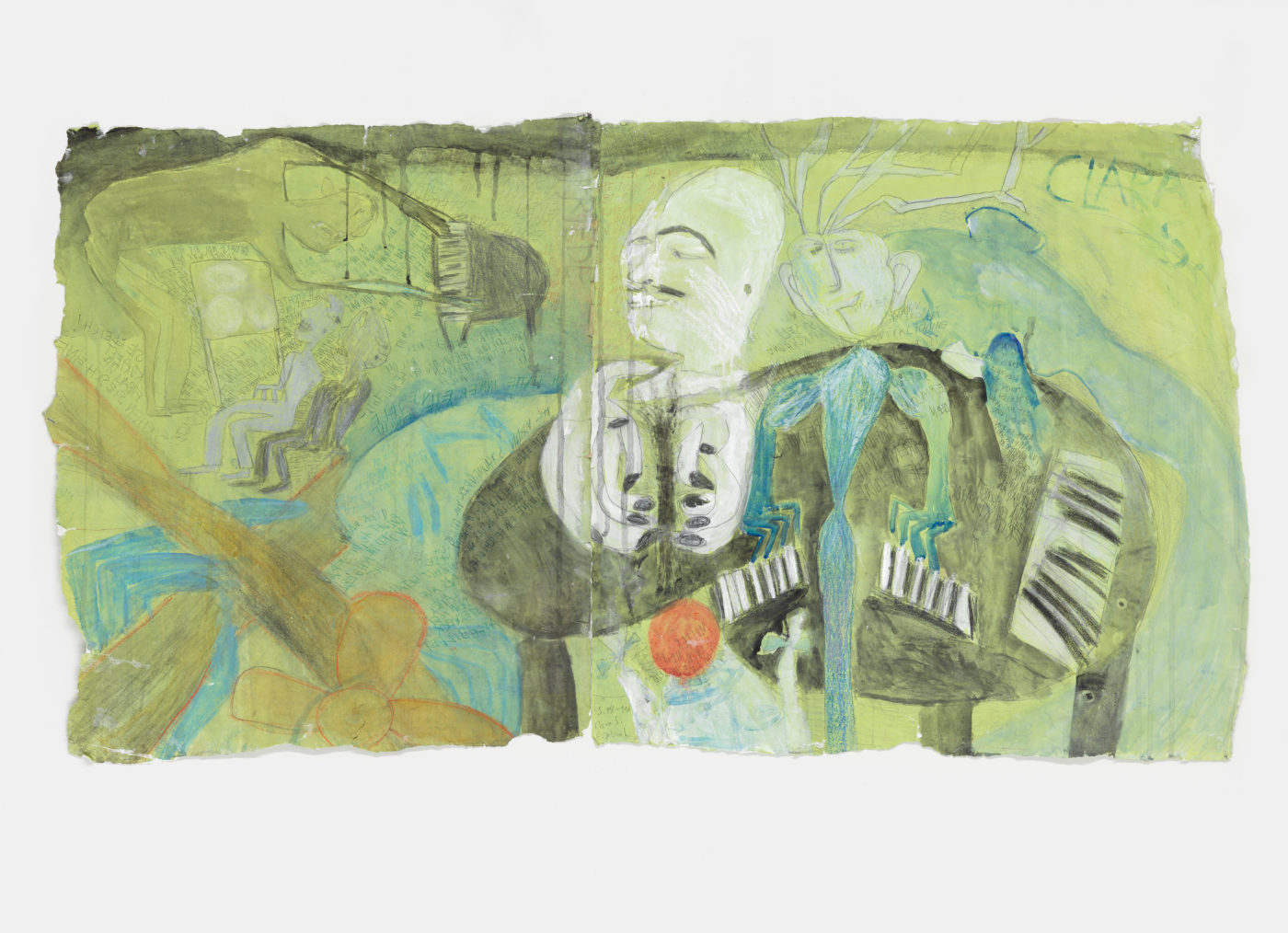
Clara S., nach Elfriede Jelinek (Clara S., After Elfriede Jelinek) 1998/99 Bleistift, Buntstift, Deckweiß und Wasserfarbe auf Papier Pencil, crayon, opaque white, and watercolor on paper 70 x 129 cm 27.5 x 51 in
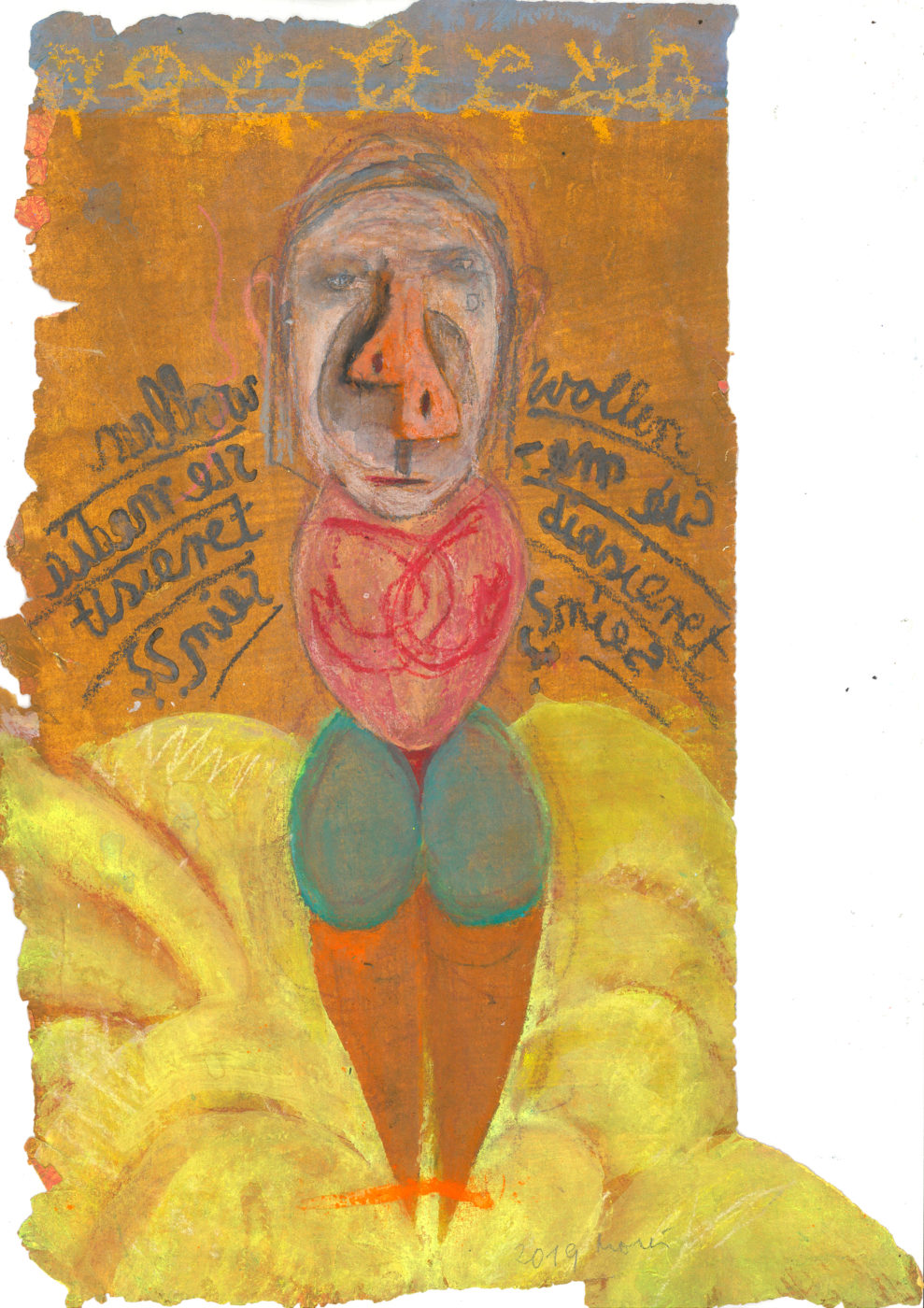
Wollen Sie Mediatisiert Sein? (Do You Want To Be Mediatized?) 2019 Bleistift, Buntstift, Pastell und Pigmente auf Papier Pencil, crayon, pastel, and pigments on paper 30 x 21 cm 12 x 8.5 in
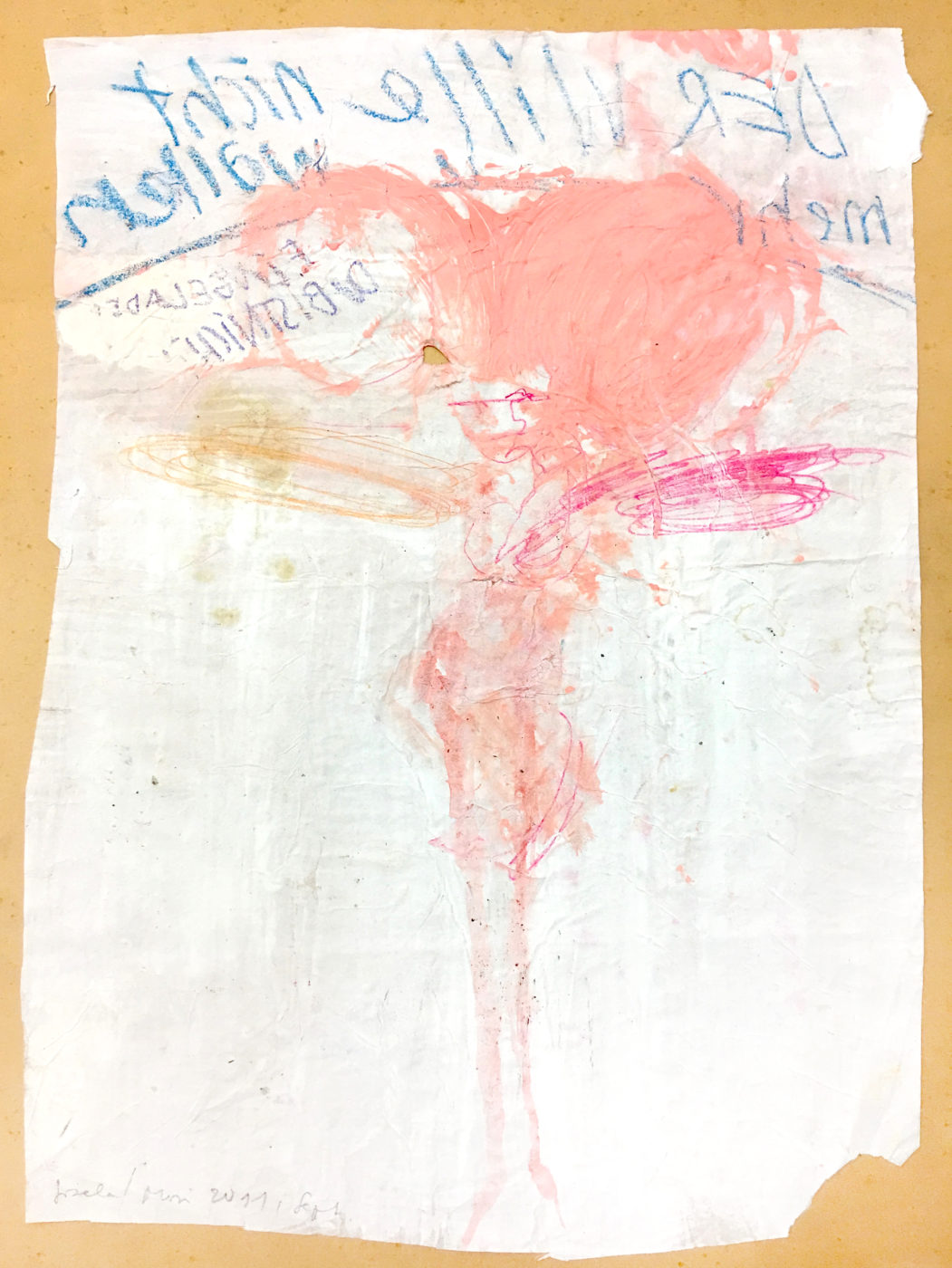
Der Wille nicht mehr zu wollen (The Will Not To Be Willing Anymore) 2011 Gouache und Wachskreide auf Papier Gouache and wax crayon on paper 49 x 36 cm 19.5 x 14 in
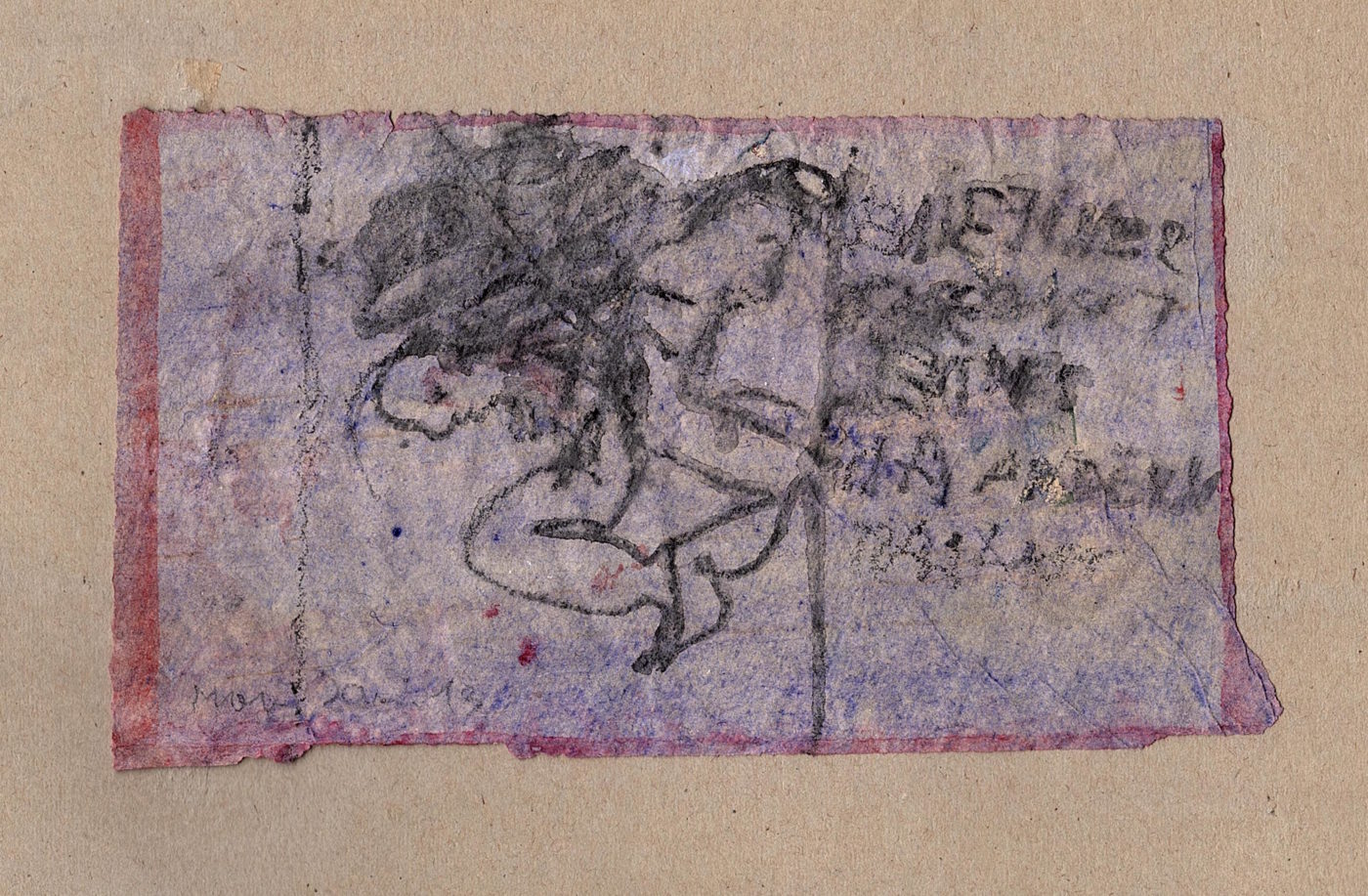
Einer trage des anderen Last (One Carries The Other’s Burden) 2013 Wasserfarbe auf Papier Watercolor on paper 12 x 20 cm 5 x 8 in
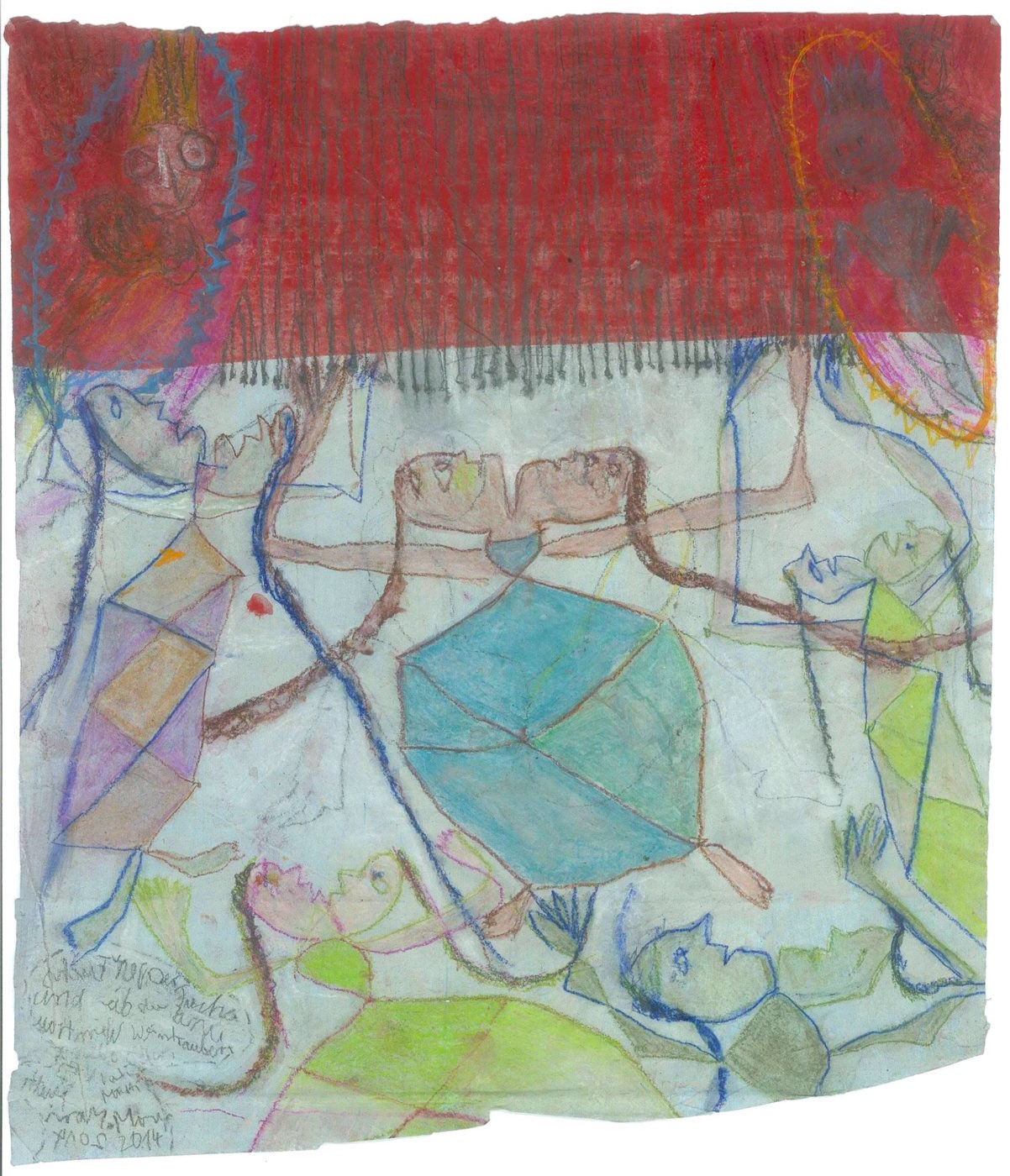
Erwartung (Expectation) 2014 Bleistift, Buntstift, Pigment und Pastell auf Papier Pencil, crayon, pigments, and pastel on paper 33 x 29 cm 13 x 11.5 in
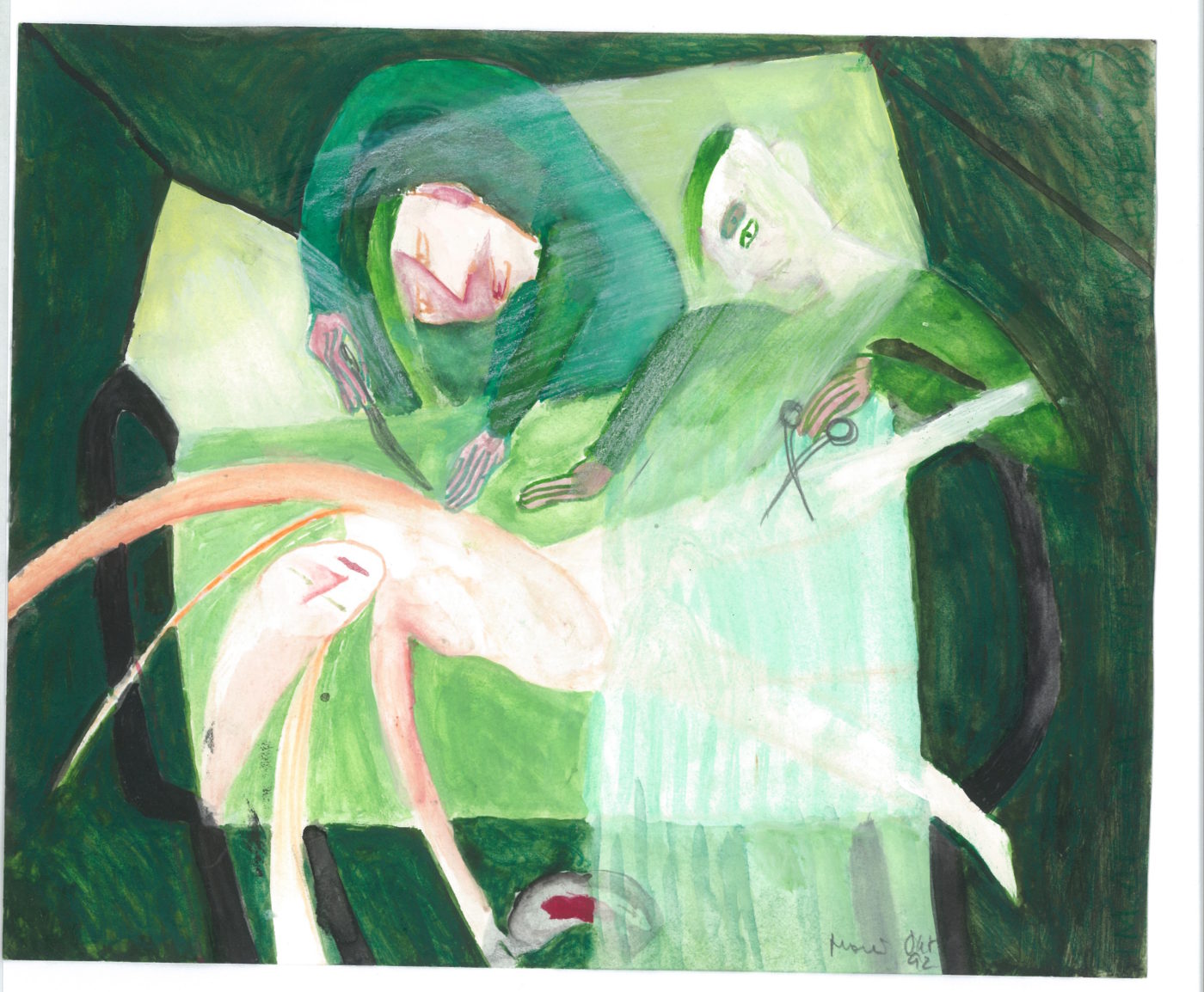
Fröhliche Bilder aus dem K.: OP (Cheerful Pictures From The Hospital: Surgery) 1992 Bleistift, Buntstift und Wasserfarbe auf Papier Pencil, crayon, and watercolor on paper 16 x 20 cm 6 x 8 in
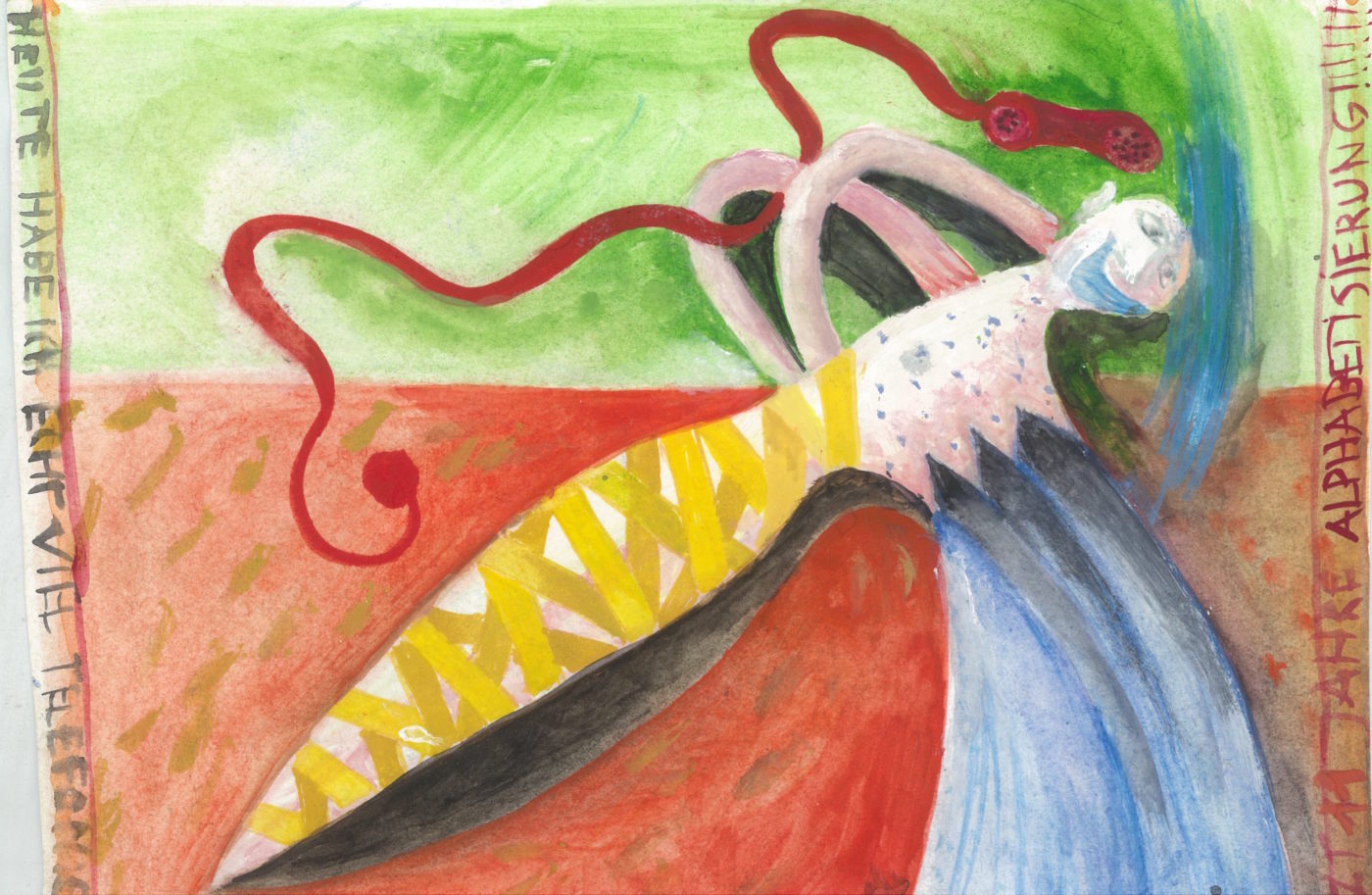
Fröhliche Bilder aus dem K.: Heute habe ich echt viel telefoniert (Cheerful Pictures From The Hospital: I Was On The Phone A Lot Today) 1992 Wasserfarbe und Deckweiß auf Papier Watercolor and opaque white on paper 16,5 x 20 cm 6.5 x 8 in
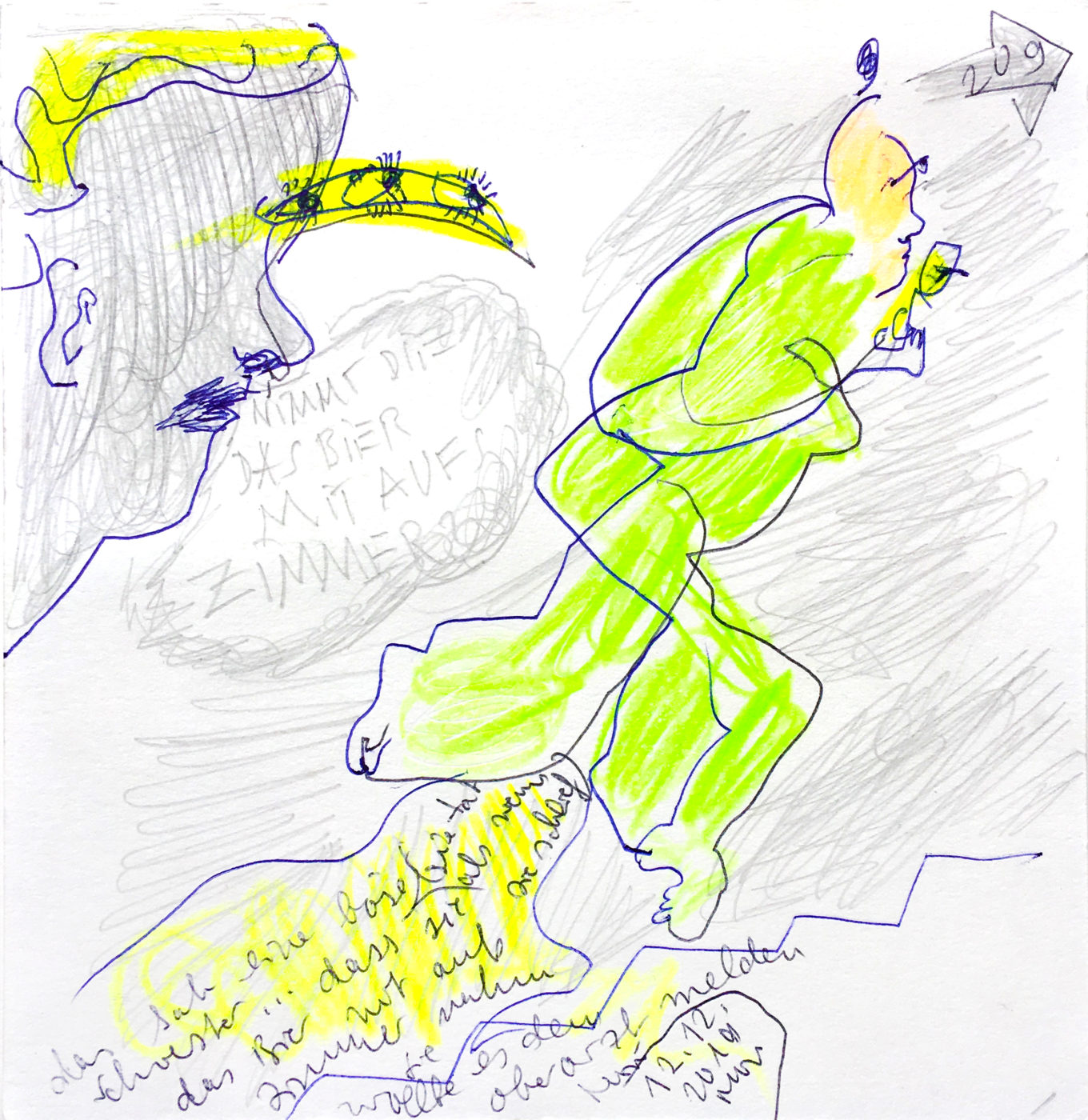
Das sah’ eine böse Schwester (A Mean Nurse Saw It) 2019 Bleistift, Buntstift und Kugelschreiber auf Papier Pencil, crayon, and ballpoint pen on paper 20 x 20 cm 8 x 8 in

Neujahrstränen (New Year’s Tears) 2020 Bleistift und Buntstift auf Papier Pencil and crayon on paper 20 x 20 cm 8 x 8 in
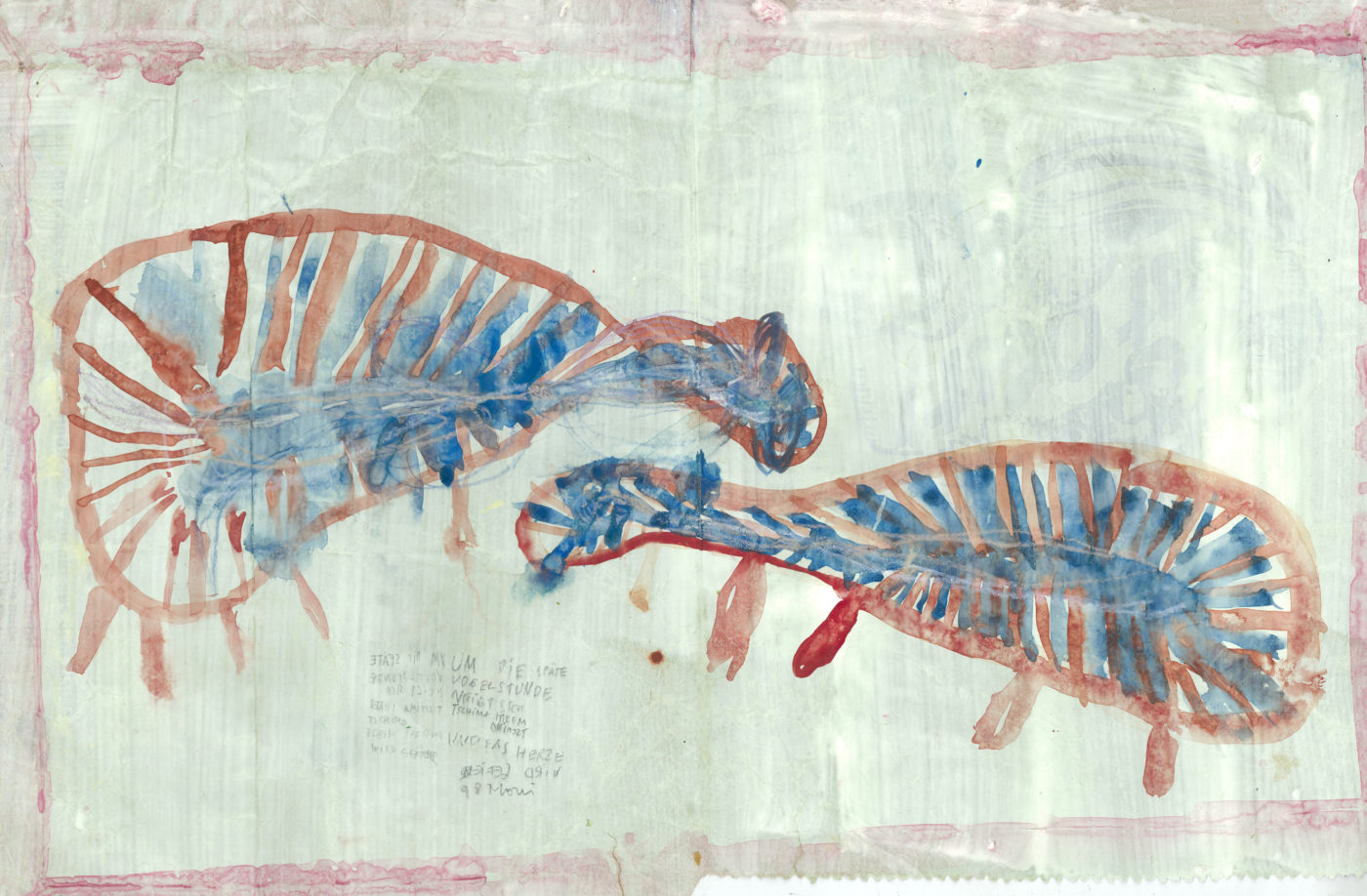
Meine Tiere (My Pets) 1998 Wasserfarbe auf grundierter Tüte Watercolor on primed paper bag 30 x 45 cm 12 x 18 in
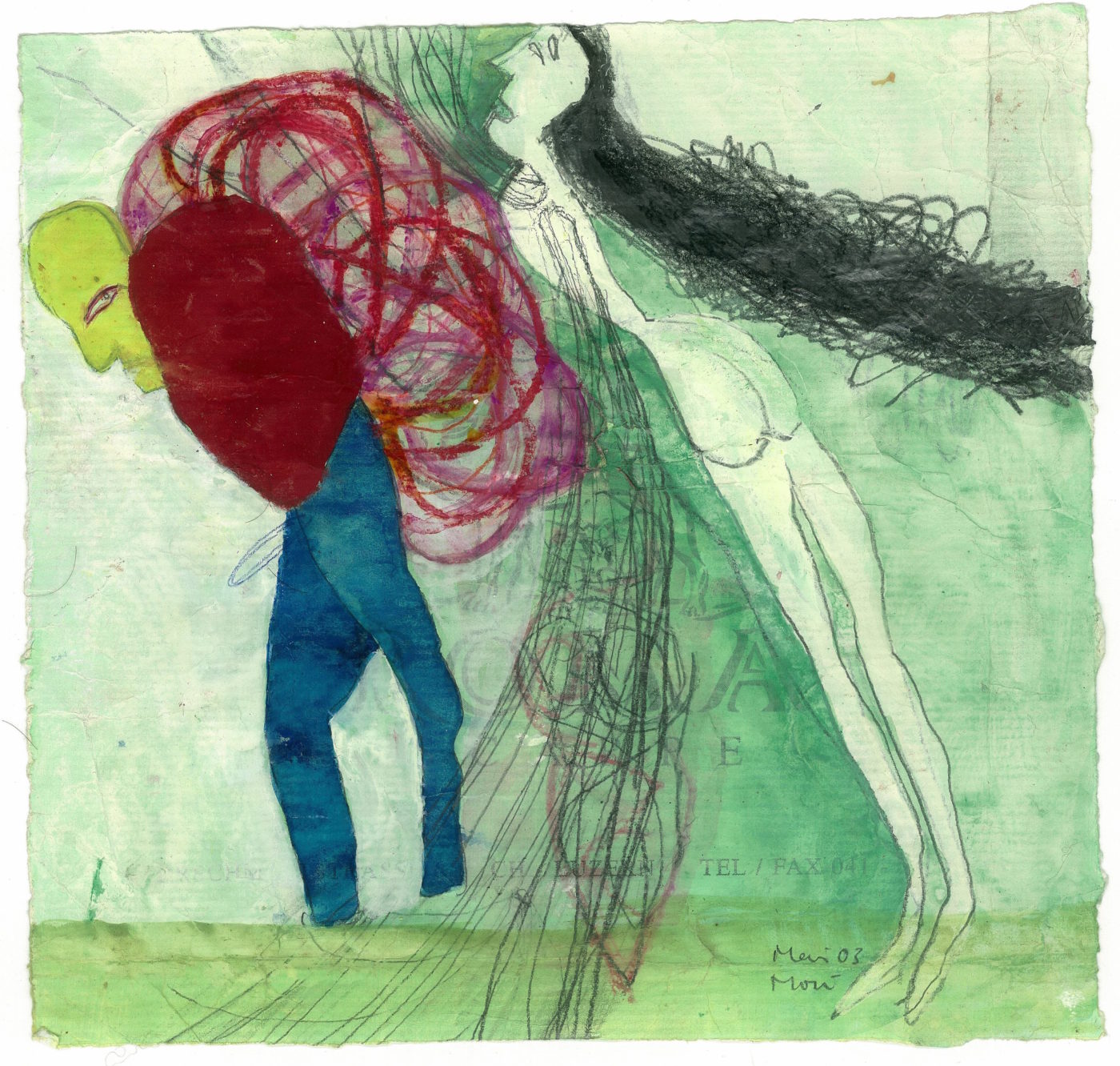
Transport 2003 Bleistift, Wasserfarbe und Pigment auf Papier Pencil, watercolor, and pigment on paper 25 x 27 cm 10 x 10.5 in

Ich fahre nach Paris: So stell’ ich mir die Liebe vor! (I’m Going To Paris: That's How I Imagine Love!) 1999 Bleistift, Buntstift und Wasserfarbe auf Papier Pencil, crayon, and watercolor on paper 14,5 x 21 cm 6 x 8.5 in
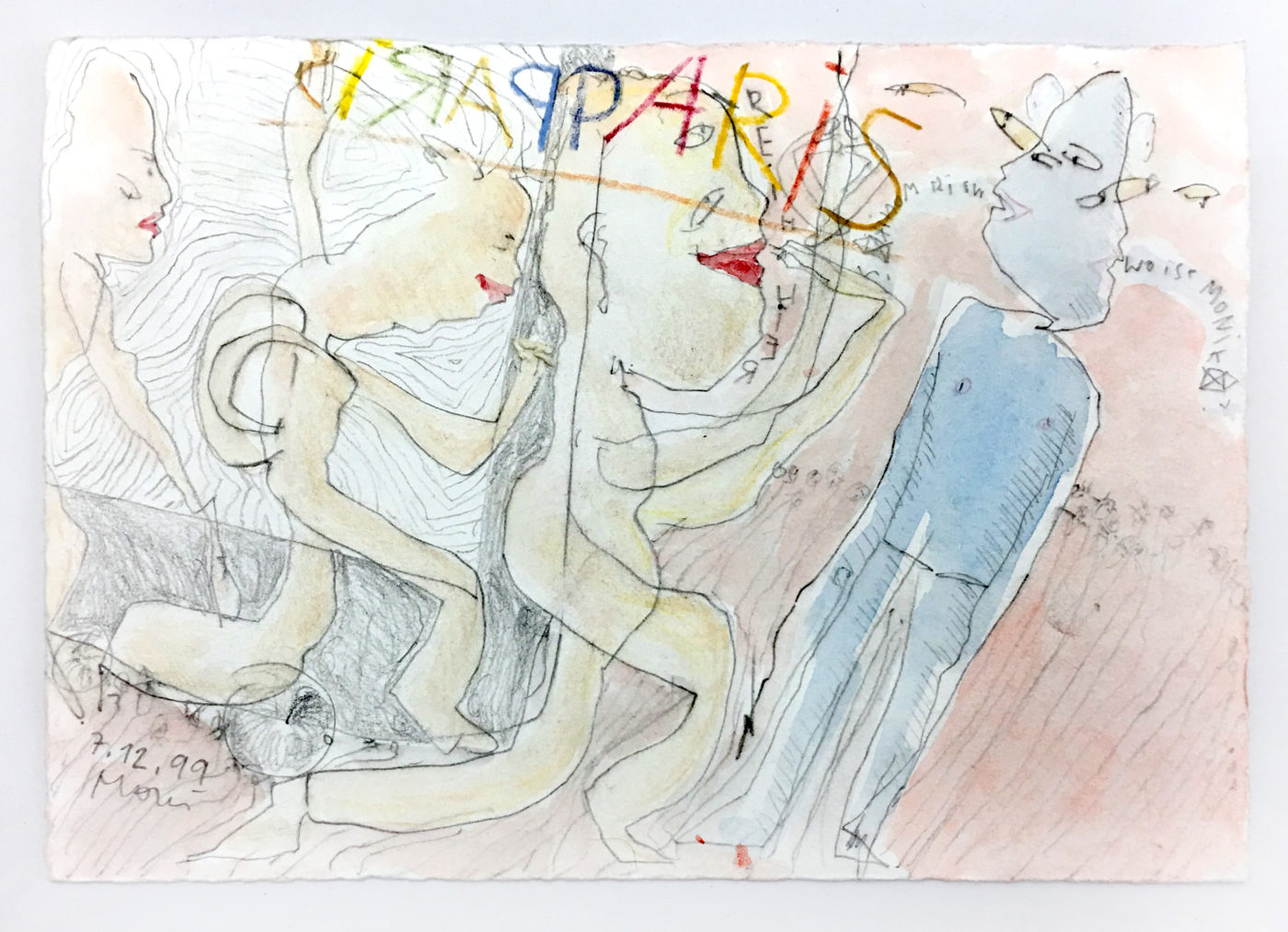
Ich fahre nach Paris: Wo ist Monika? Hier! (I’m Going To Paris: Where Is Monika? Here!) 1999 Bleistift und Buntstift auf Papier Pencil and crayon on paper 14,5 x 21 cm 6 x 8.5 in
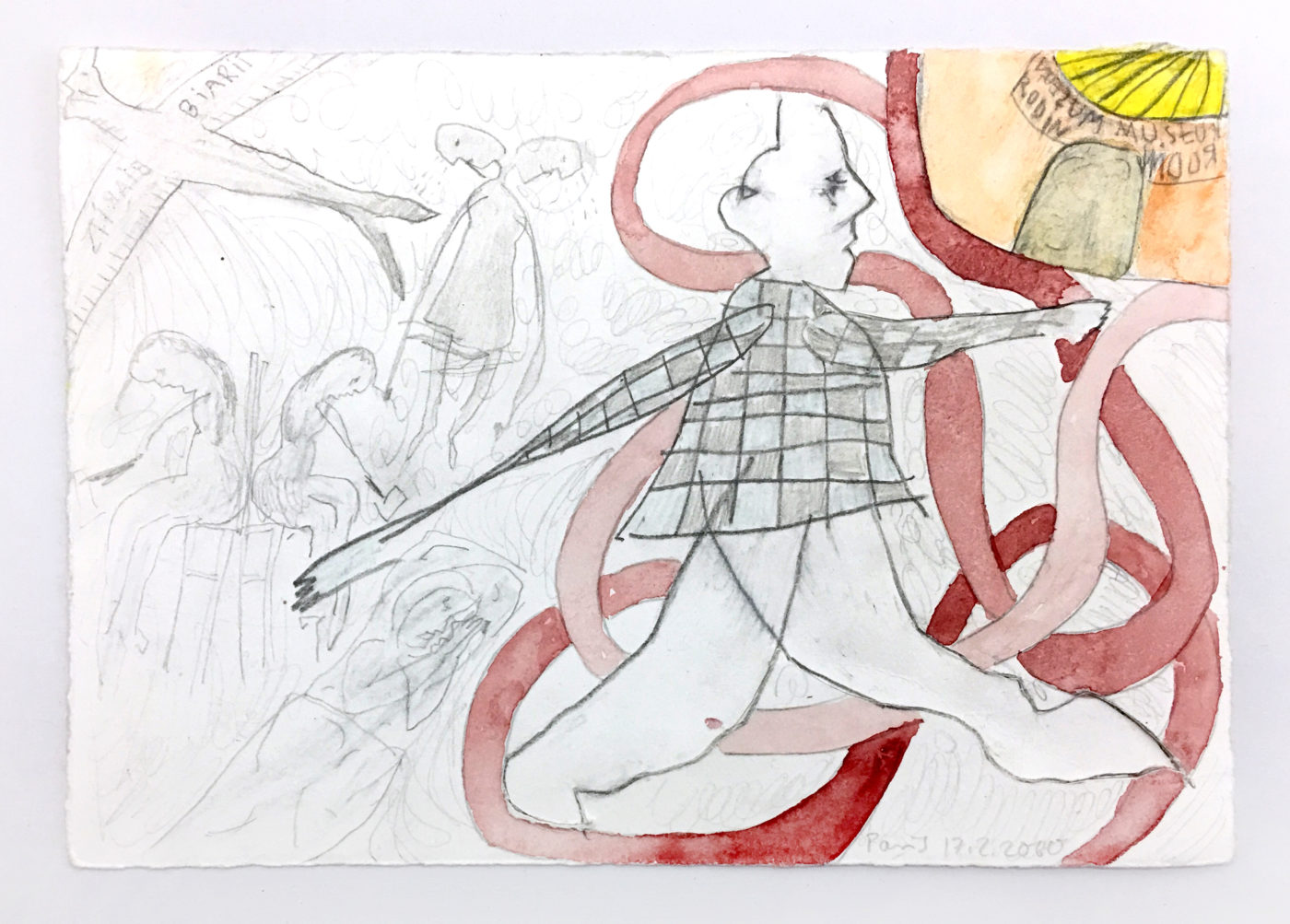
Ich fahre nach Paris: Zum Rodin Museum (I’m Going To Paris: To The Rodin Museum) 2000 Bleistift, Buntstift und Wasserfarbe auf Papier Pencil, crayon, and watercolor on paper 14,5 x 21 cm 6 x 8.5 in

Ich fahre nach Paris: Ich habe Löcher im Pullover (I’m Going To Paris: I Have Holes In My Sweater) 1999 Bleistift, Buntstift und Wasserfarbe auf Papier Pencil, crayon, and watercolor on paper 14,5 x 21 cm 6 x 8.5 in
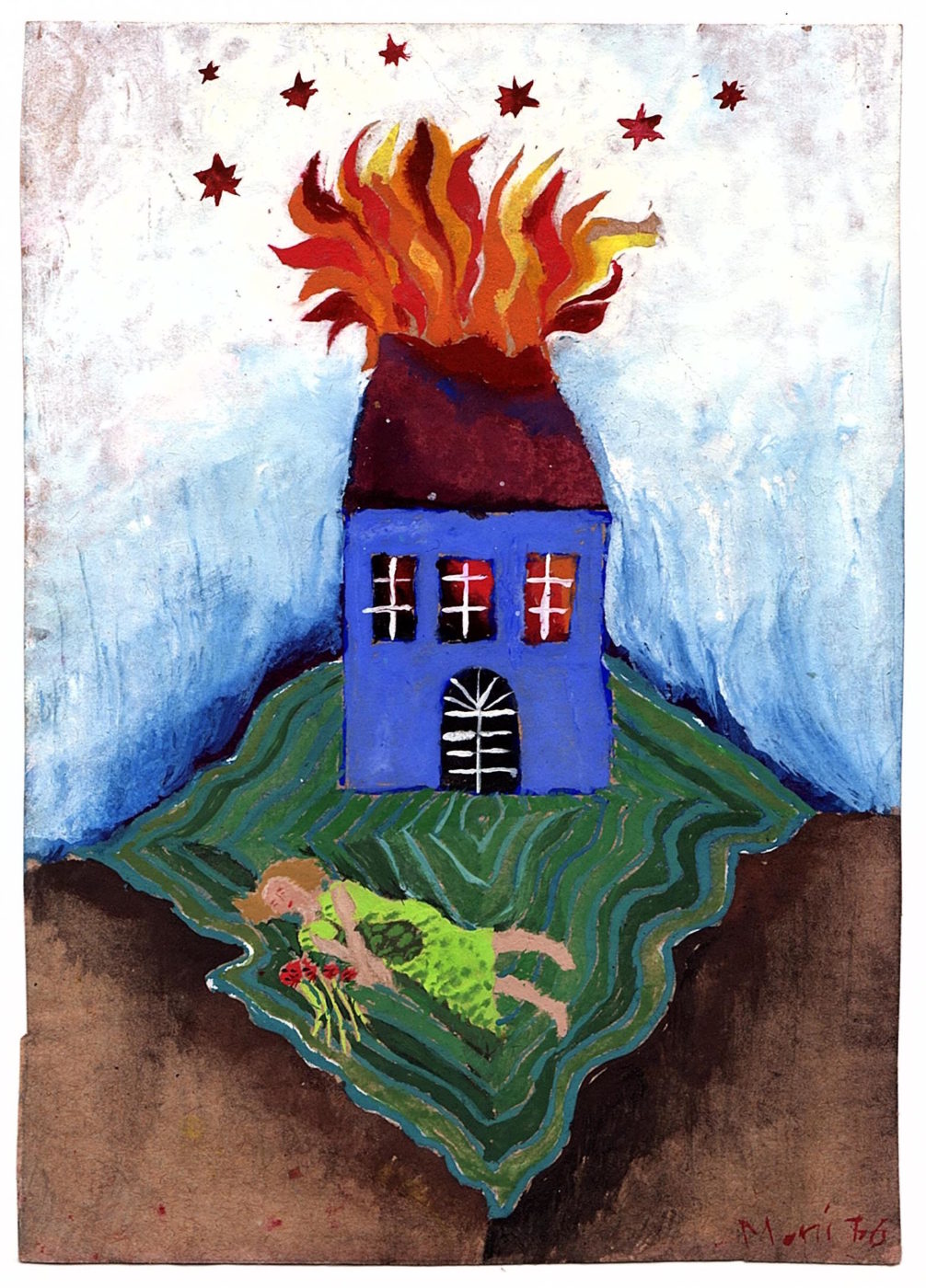
Es brennt (Fire) 1976 Wasserfarbe auf Papier Watercolor on paper 17 x 12 cm 7 x 5 in
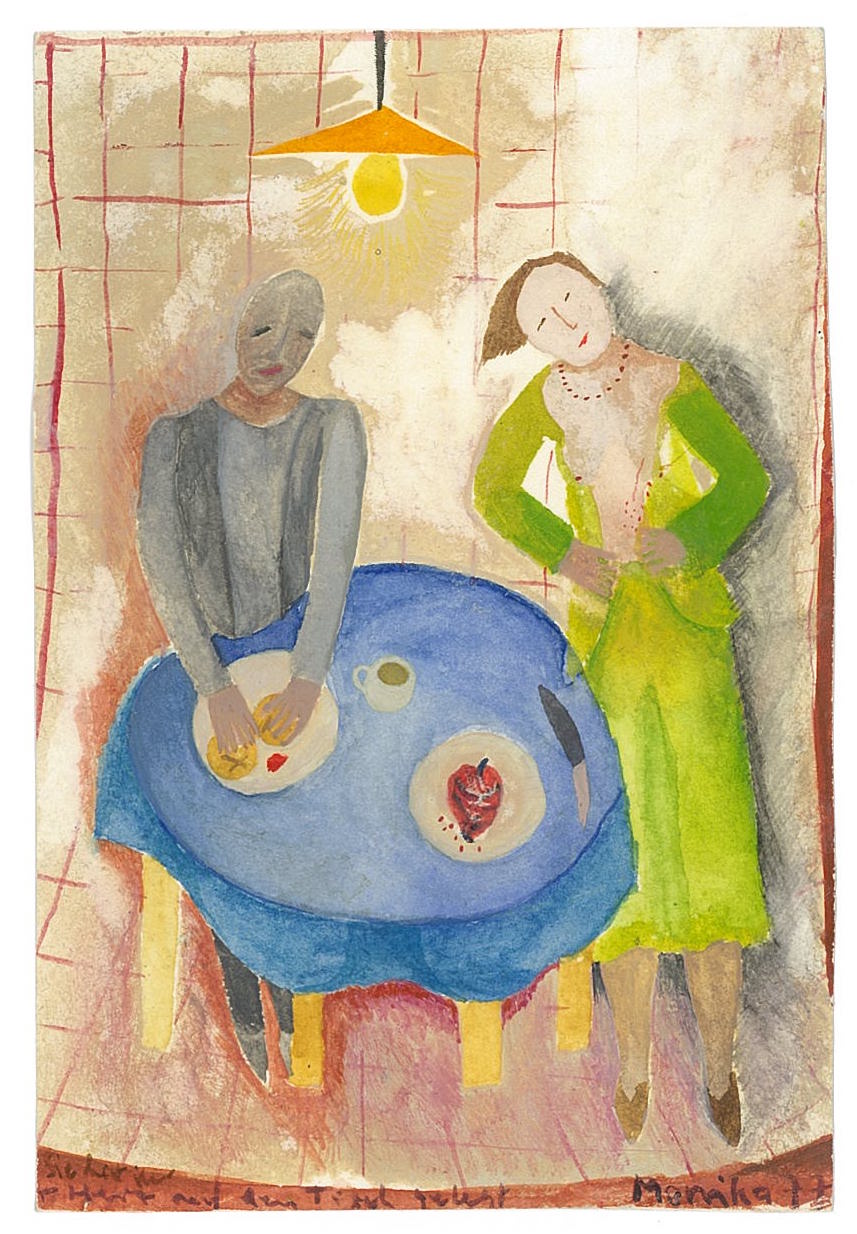
Sie hat ihr Herz auf den Tisch gelegt (She Put Her Heart On The Table) 1978 Wasserfarbe auf Papier Watercolor on paper 15 x 10 cm 6 x 4 in
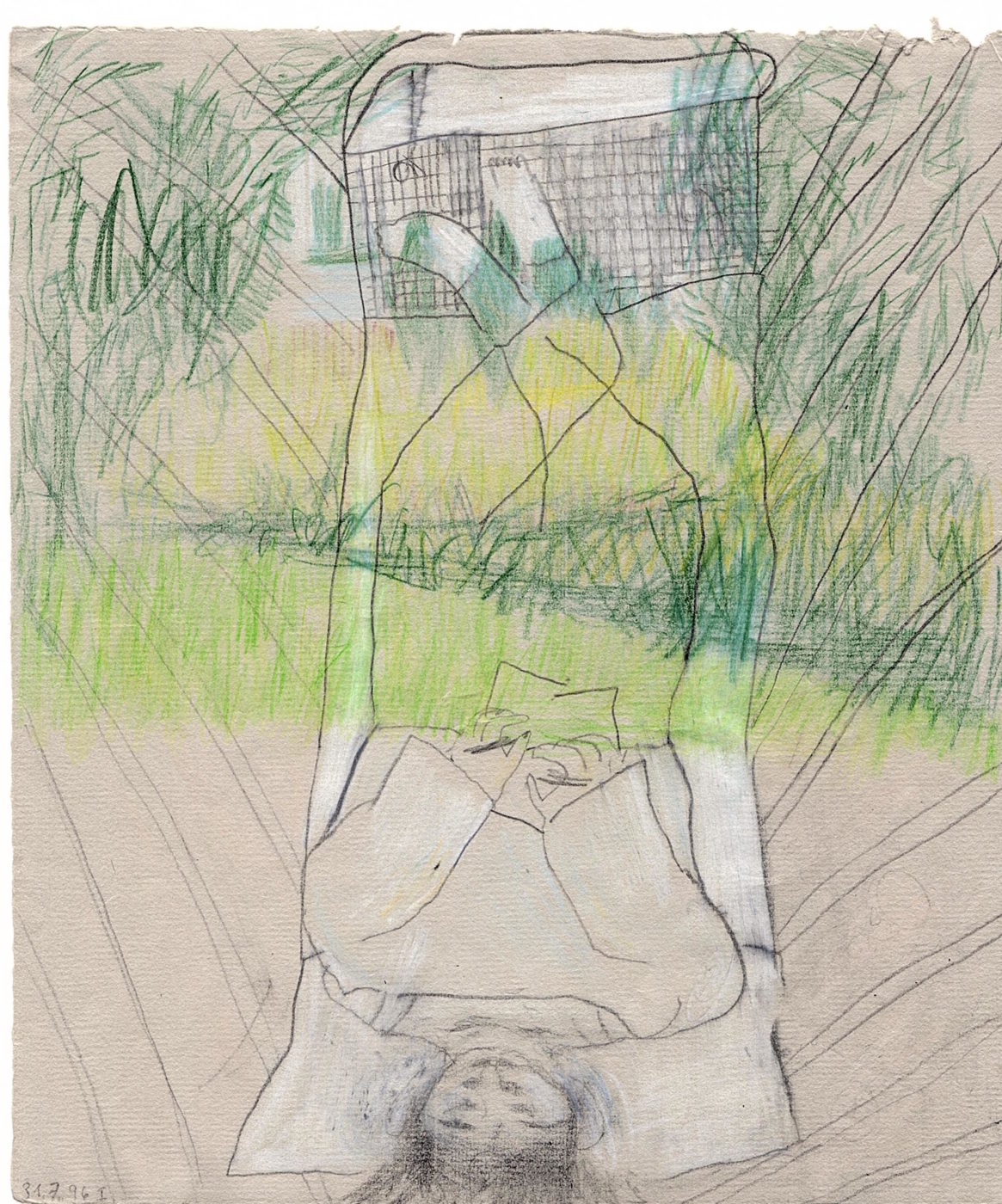
Idyll: Ich zeichne mit Stiften im Bett (Idyll: I'm Drawing With Crayons In Bed) 1996 Bleistift und Buntstift auf Papier Pencil and crayon on paper 24 x 20,5 cm 9.5 x 8 in

Idyll: Seht die Blumen, seht sie blühen / In den Morgen, in den Sonnenschein (Idyll: See The Flowers, See Them Bloom / Into The Morning, Into The Sunshine) 1996 Bleistift und Buntstift auf Papier Pencil and crayon on paper 24,5 x 21 cm 9.5 x 8.5 in
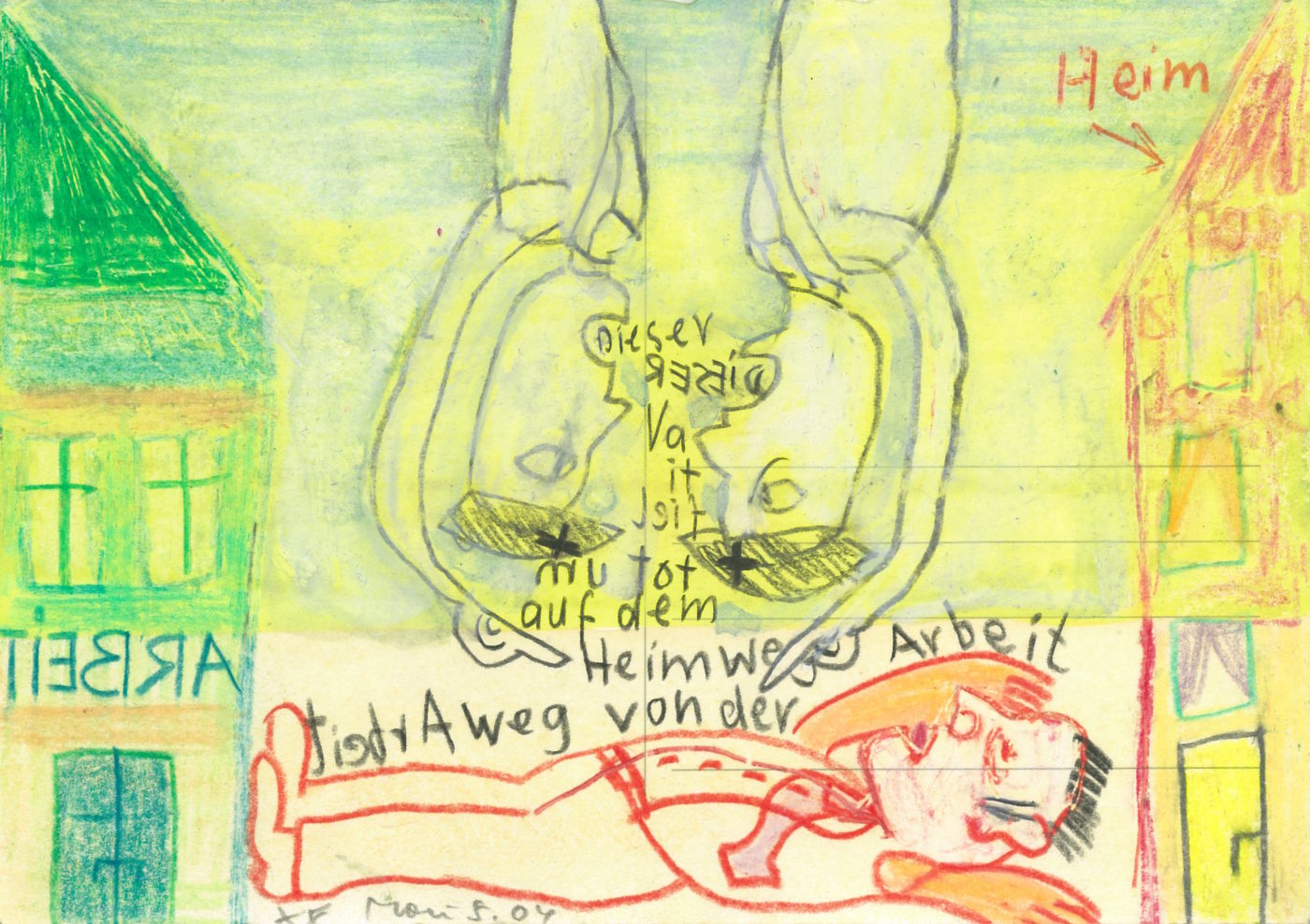
Heimweg: Fiel auf dem Heimweg tot um (Way Home: Dropped Dead On The Way Home) 2004 Buntstift und Wachskreide auf Papier Crayon and wax crayon on paper 10,5 x 15 cm 4 x 6 in

Heimweg: Kommt vom Büro nach Hause (Way Home: Comes Home From The Office) 2004/2016 Bleistift, Buntstift, Wasserfarbe und Deckweiß auf Papier Pencil, crayon, watercolor, and opaque white on paper 10,5 x 15 cm 4 x 6 in
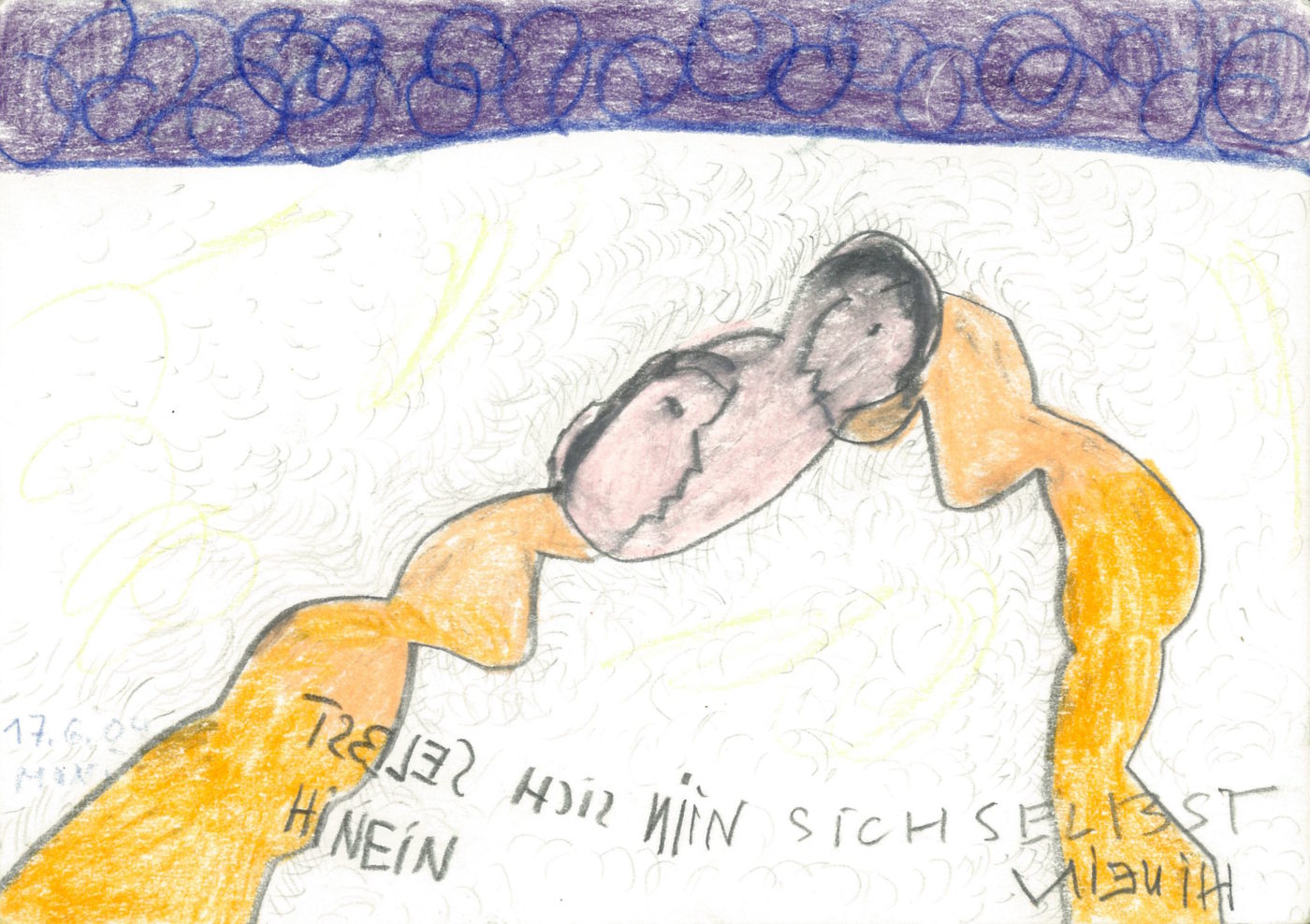
Heimweg: In sich selbst hinein (Way Home: Into Oneself) 2004 Bleistift und Buntstift auf Papier Pencil and crayon on paper 10,5 x 15 cm 4 x 6 in
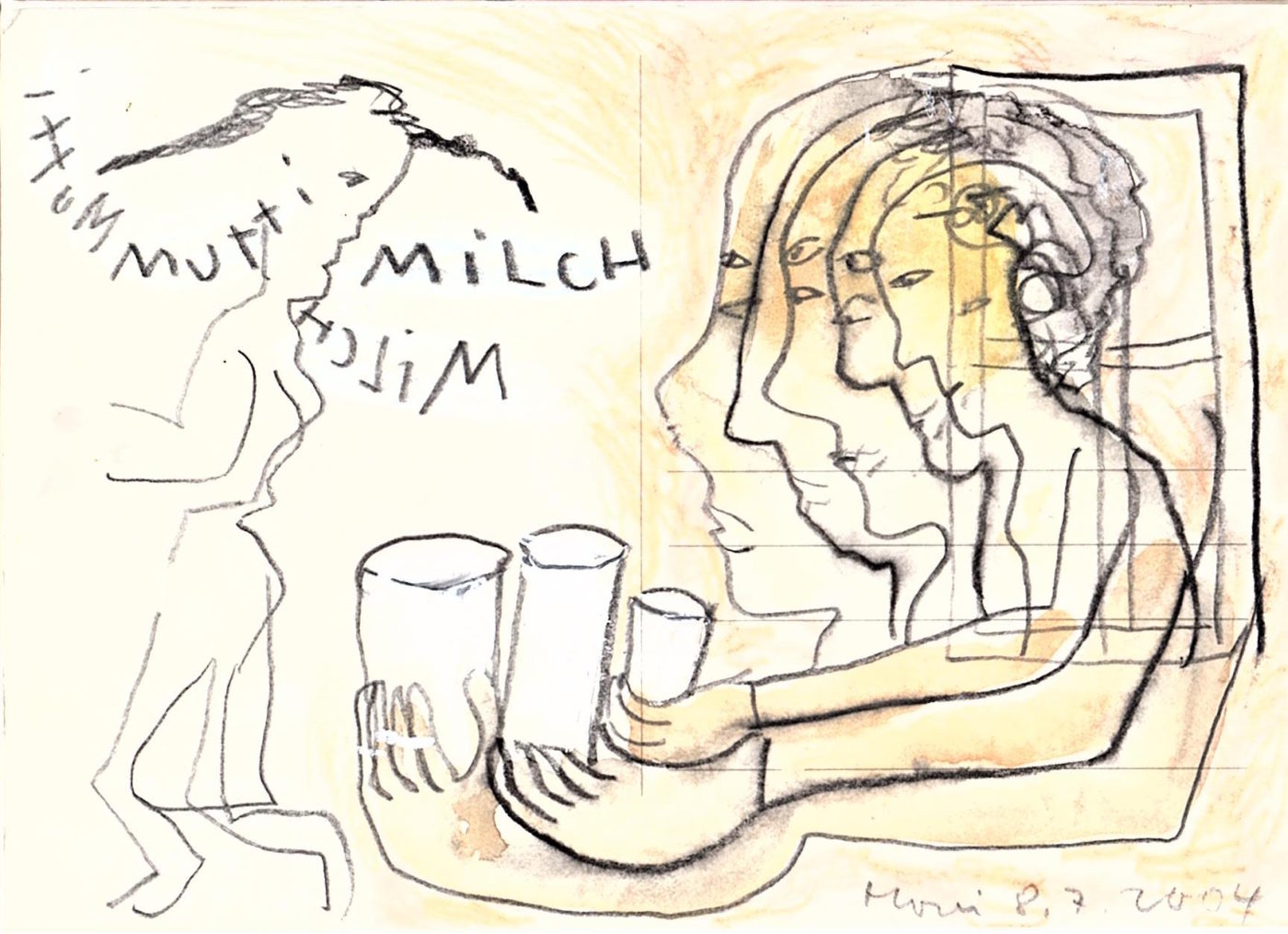
Heimweg: Milch! (Way Home: Milk!) 2004 Bleistift, Buntstift, Wasserfarbe und Deckweiß auf Papier Pencil, crayon, watercolor, and opaque white on paper 10,5 x 15 cm 4 x 6 in

„Es geht ein dunkle Wolk herein“: Wer sich das gefallen lässt, der klaut („There’s A Dark Cloud Coming In“: Who Puts Up With That, Steals) 2004 Bleistift, Buntstift und Wasserfarbe auf Papier Pencil, crayon, and watercolor on paper 10,5 x 15 cm 4 x 6 in
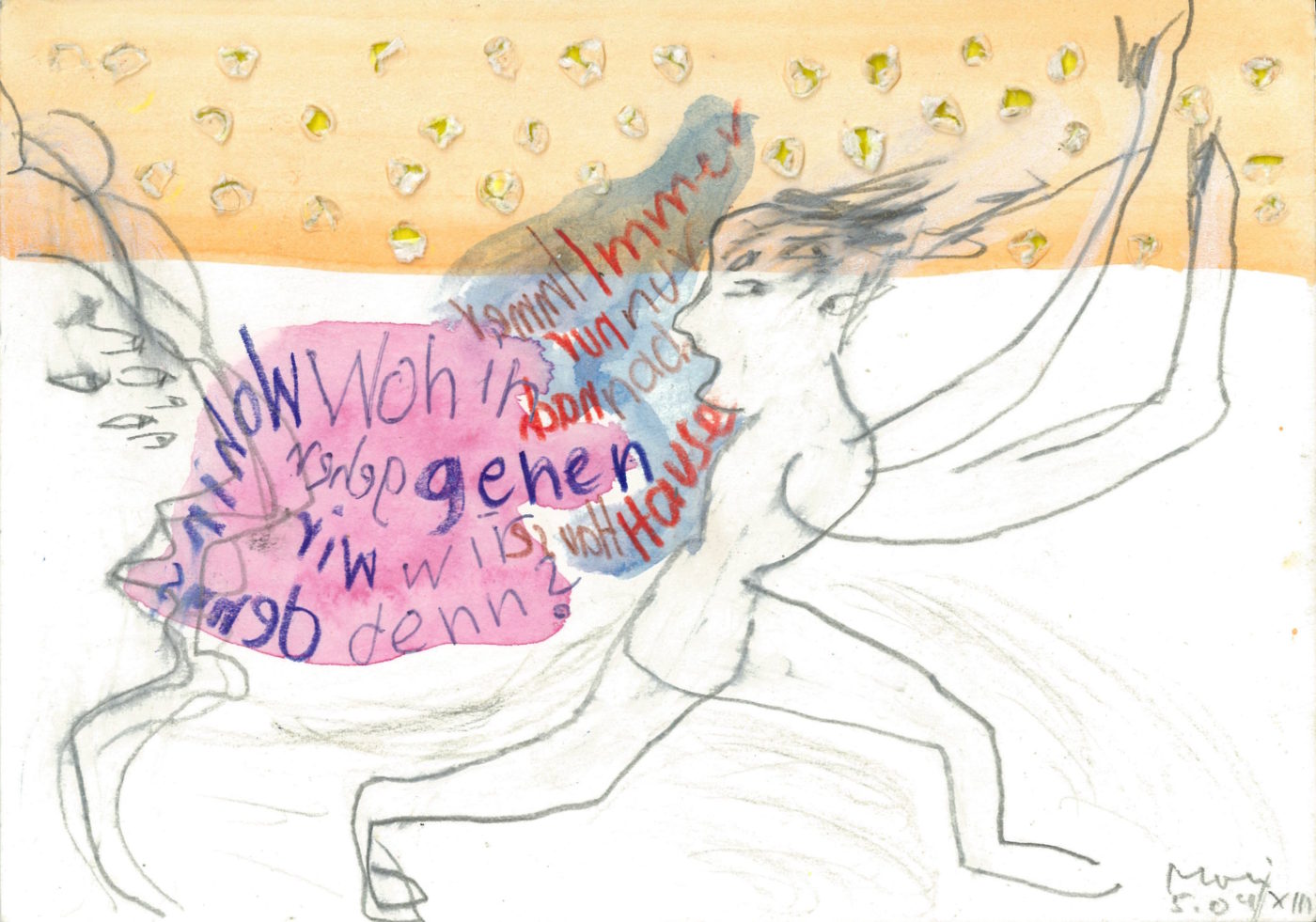
Heimweg: Wohin? Nach Hause! (Way Home: Where To? Home!) 2004 Bleistift, Buntstift, Kugelschreiber und Wasserfarbe auf Papier Pencil, crayon, ballpoint pen, and watercolor on paper 10,5 x 15 cm 4 x 6 in

Phil Sims
Exhibition
November 23, 2019 – February 15, 2020
[Deutscher Text nachstehend]
Phil Sims’ abstract paintings focus on color and its elementary material properties. Seemingly monochrome, Sims’ painting’s luminescence derives from his careful layering of numerous layers of oil paint at a different levels of opacity in a range of tones.
A member of the international Radical Painting group in the late 1970s and early 1980s, Sims shared a concern for the possibilities of abstract painting after the New York School and minimal art with fellow group members Marcia Hafif and Olivier Mosset, among others. At a time when there was a disinterest, or even disdain, for painting these painters rigorously and deeply investigated the “basic question of what painting is” (Marcia Hafif, 1978). Within the recent reexamination of painting of the late 20th century, the Radical Painting movement and monochromatic, conceptual painting such as that of Phil Sims has recently regained renewed interest, contributing to the recognition of its art historical significance.
Monochromaticity has defined Sims’ œuvre of painting. Working the surface of his paintings in a laborious manner, their subtle texture and precise painterly gesture is only revealed to the viewer upon closer proximity. Using different painting media such as oil, acryclic, and watercolor, Sims has also experimented with various admixtures and unconventional substances such as sand creating a field of complex vibrancy and transcendent beauty.
Sim’s works are included in major institutions and museums, including the Panza Collection (Italy), the Wadsworth Atheneum, the Kunstmuseum Bonn (Germany), Malmö Konsthall (Sweden), Montgomery Museum of Fine Arts, and the Albright-Knox Art Gallery.
***
In den abstrakten Gemälden von Phil Sims stehen die Farbe und ihre elementaren Eigenschaften im Mittelpunkt. Die scheinbar monochrome Lumineszenz von Sims’ Gemälden beruht auf der sorgfältigen Überlagerung zahlreicher Schichten Ölfarbe mit unterschiedlichen Opazitäten und in verschiedenen Farbtönen.
Als Mitglied der internationalen “Radical Painting Group” in den späten 1970er- und frühen 1980er-Jahren teilte Sims unter anderem mit den Gruppenmitgliedern Marcia Hafif und Olivier Mosset ein Interesse für die Möglichkeiten der abstrakten Malerei nach der “New York School” sowie der Minimal Art. Zu einer Zeit, in der es ein Desinteresse an Malerei gab, untersuchten diese Maler präzise und gründlich die “Grundfrage, was Malerei ist” (Marcia Hafif, 1978). Im Rahmen der Wiederentdeckung und Anerkennung ihrer kunsthistorischen Bedeutung der Malerei des späten 20. Jahrhunderts hat die “Radical Painting”-Bewegung und die monochromatische, konzeptuelle Malerei wie die von Phil Sims in jüngster Zeit wieder an Bedeutung gewonnen.
Monochromität bestimmt Sims’ Oeuvre. Das aufwändige Bearbeiten der Oberfläche seiner Bilder, ihre subtile Textur und präzise malerische Geste werden dem Betrachter erst aus nächster Nähe offenbart. Sims experimentierte mit verschiedenen Malmitteln wie Öl, Acryl und Aquarell sowie mit verschiedenen Beimischungen und unkonventionellen Substanzen wie Sand, wodurch eine lebendige und transzendente Ästhetik entstand.
Sims’ Werke sind in bedeutenden Institutionen und Museen vertreten, darunter die Panza-Sammlung (Italien), das Wadsworth Atheneum, das Kunstmuseum Bonn, Malmö Konsthall (Schweden), das Montgomery Museum of Fine Arts und die Albright-Knox Art Gallery (USA).
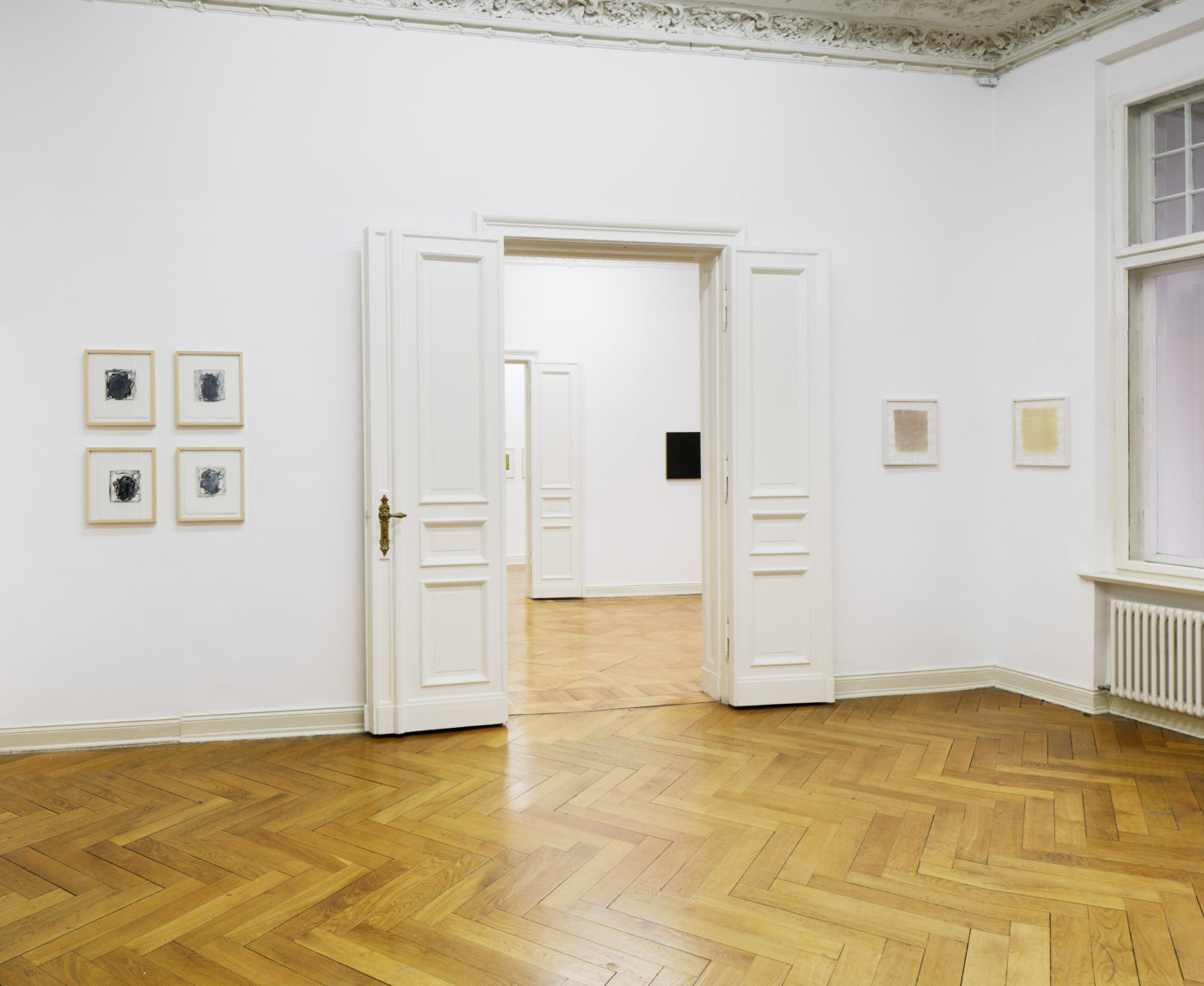
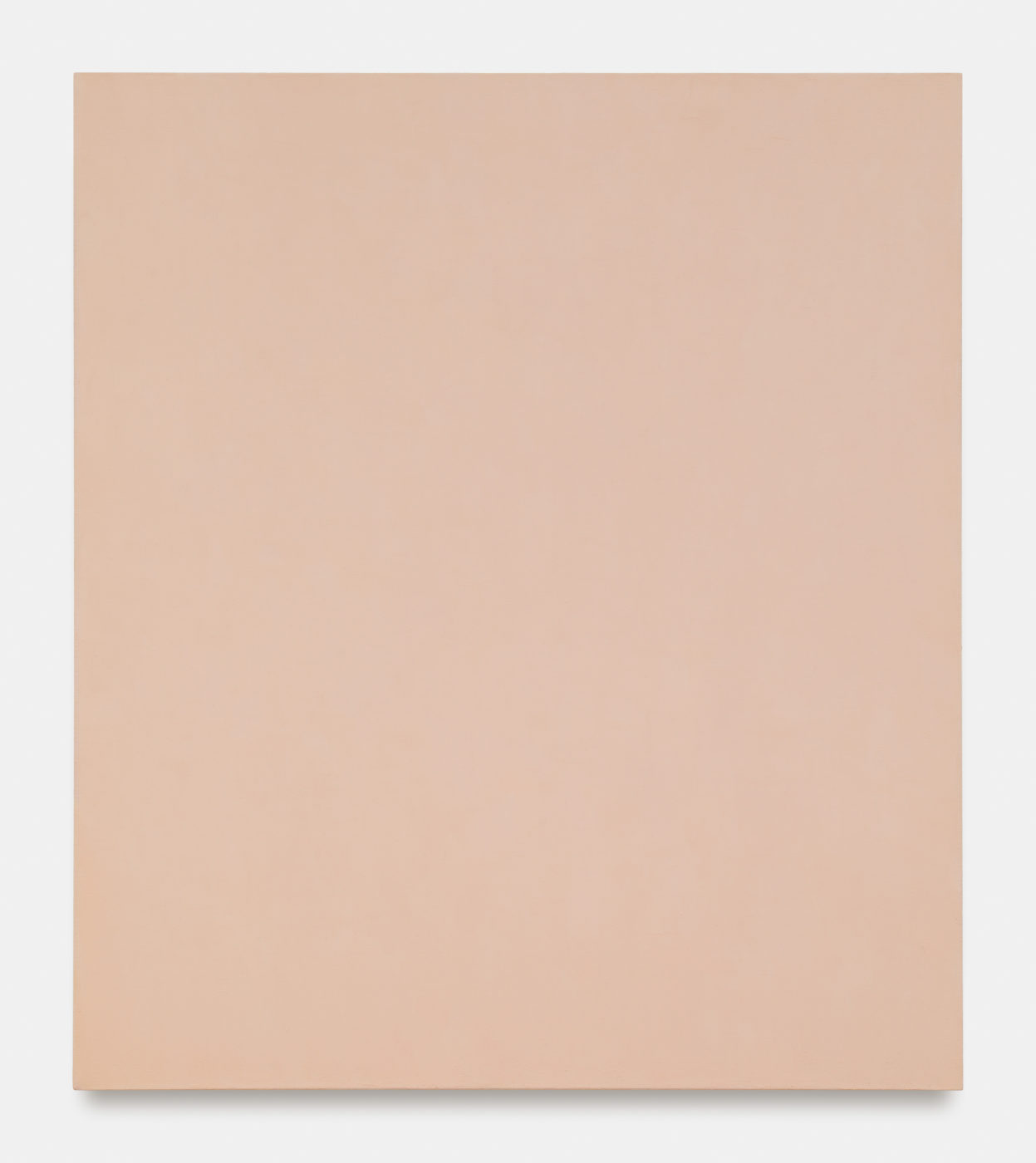
Untitled Pink 1999 Oil on linen Öl auf Leinwand 80 x 70 in 203 x 178 cm
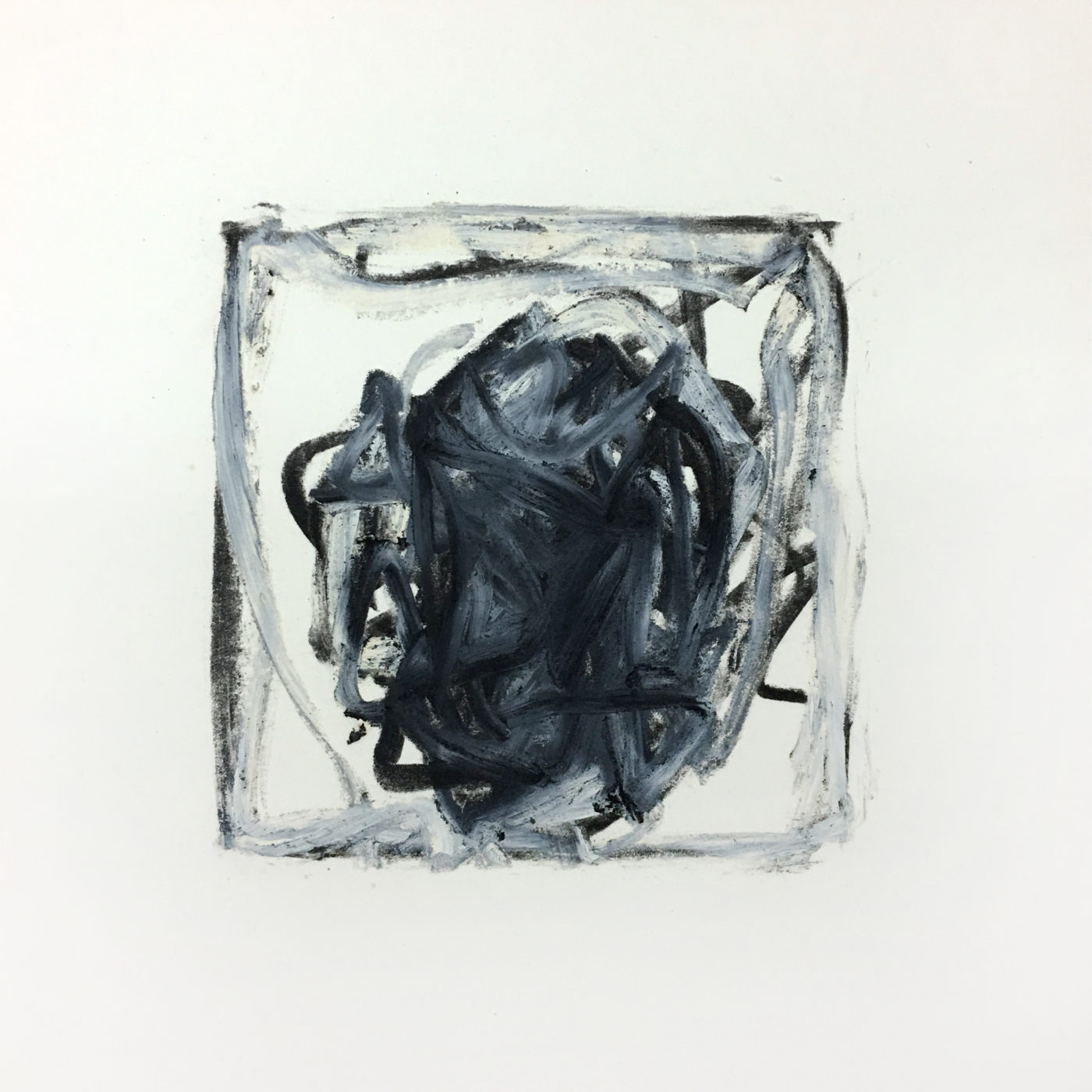
Untitled 1985 Oil stick on paper Ölpastell auf Papier 11 x 9 in 28 x 25 cm
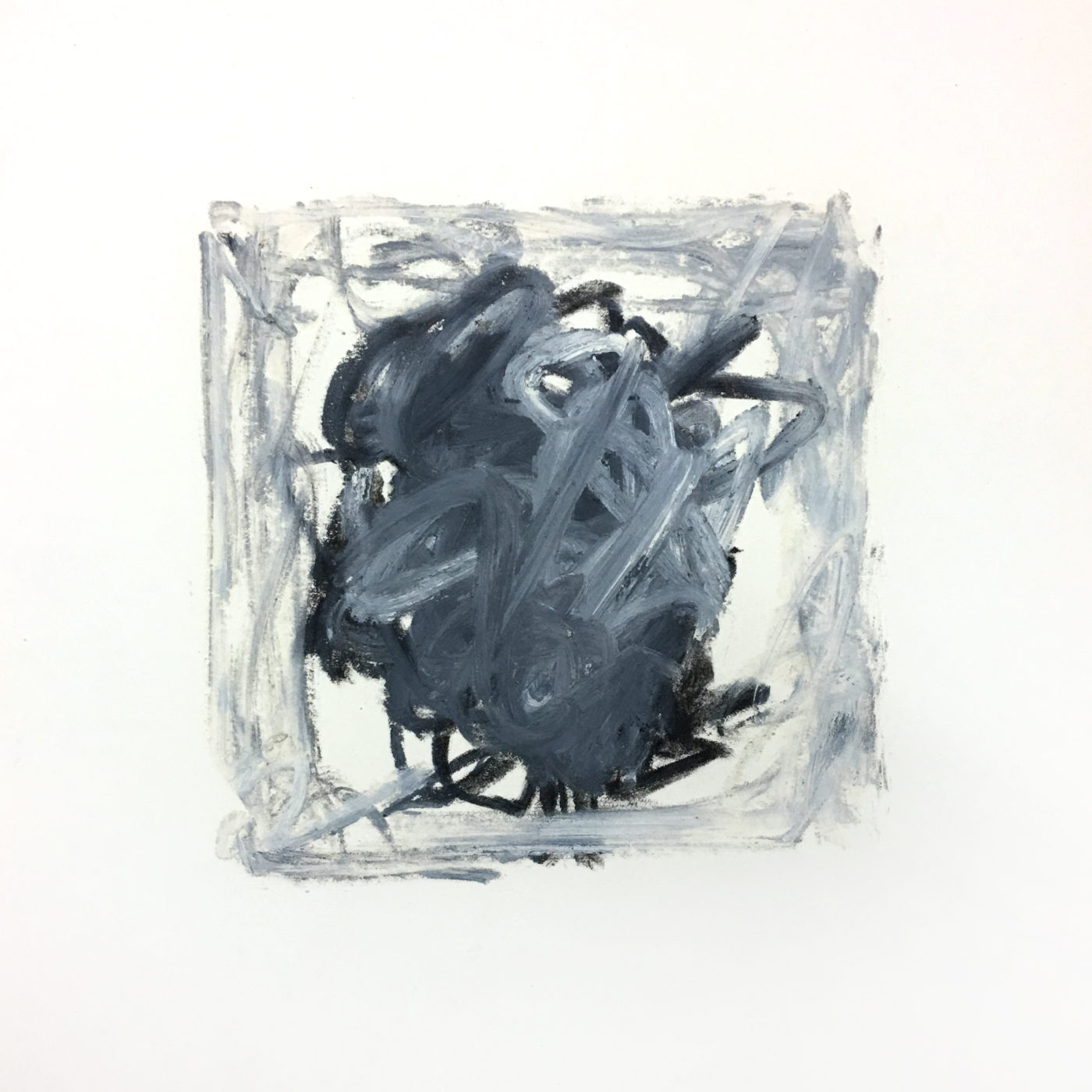
Untitled 1985 Oil stick on paper Ölpastell auf Papier 11 x 9 in 28 x 25 cm
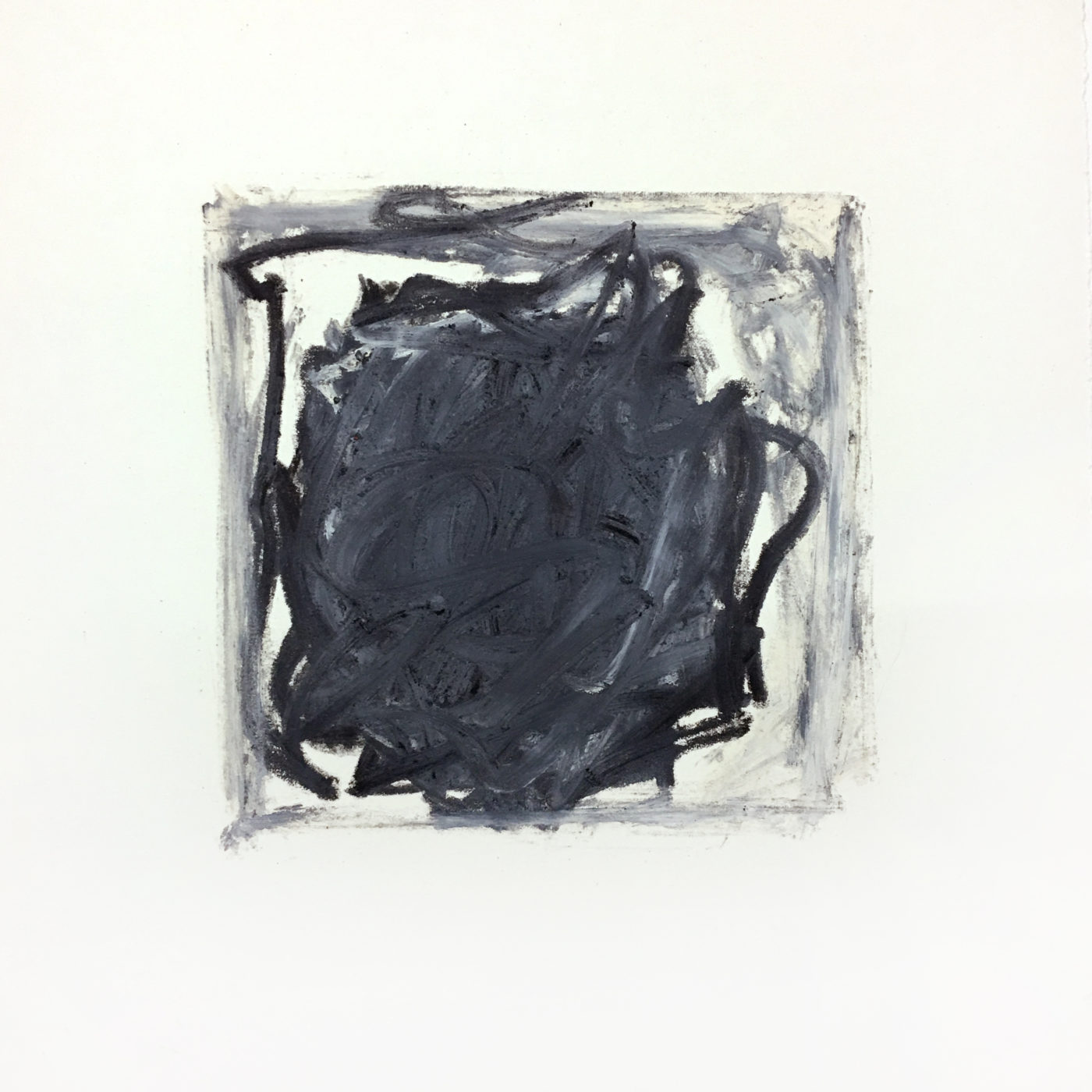
Untitled 1985 Oil stick on paper Ölpastell auf Papier 11 x 9 in 28 x 25 cm
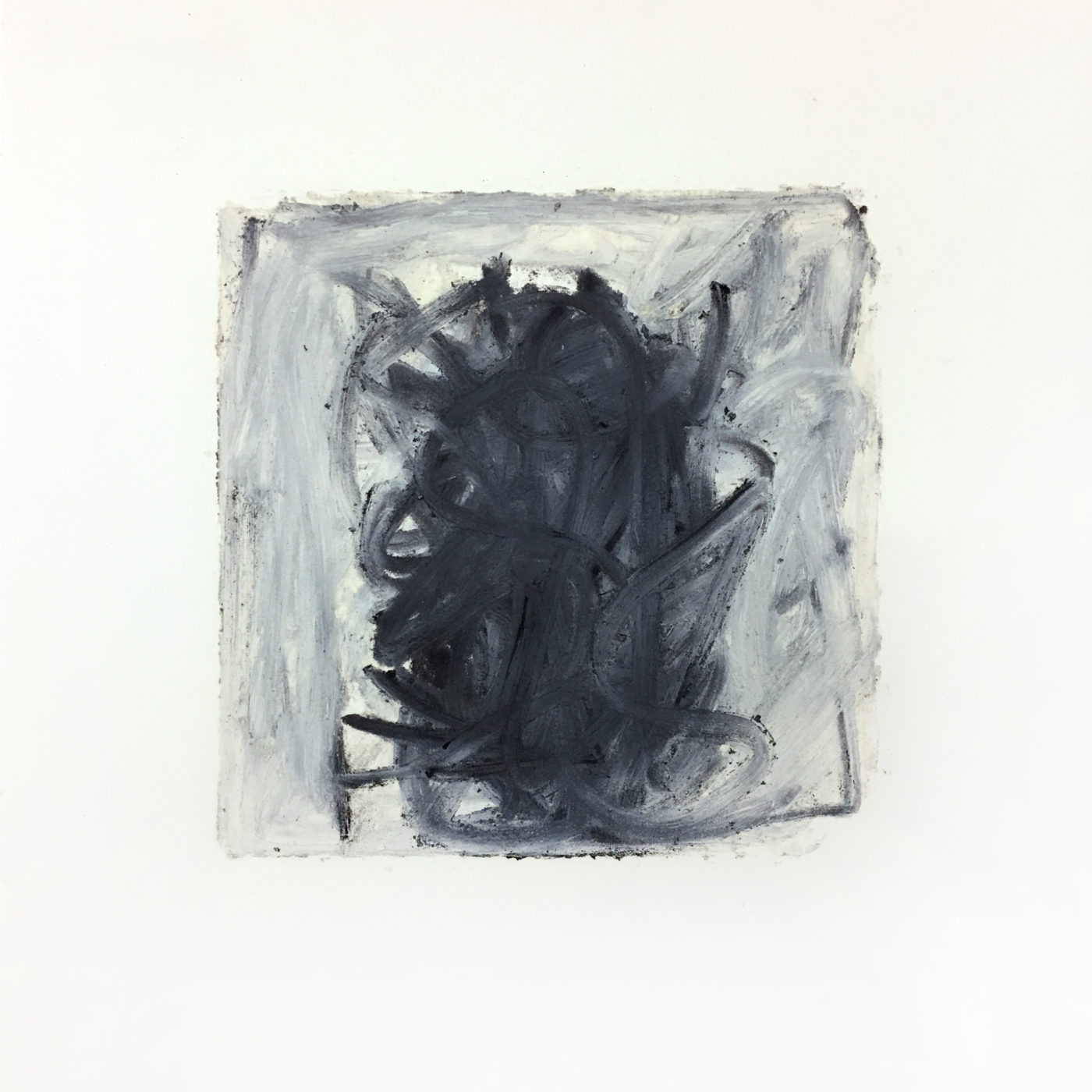
Untitled 1985 Oil stick on paper Ölpastell auf Papier 11 x 9 in 28 x 25 cm
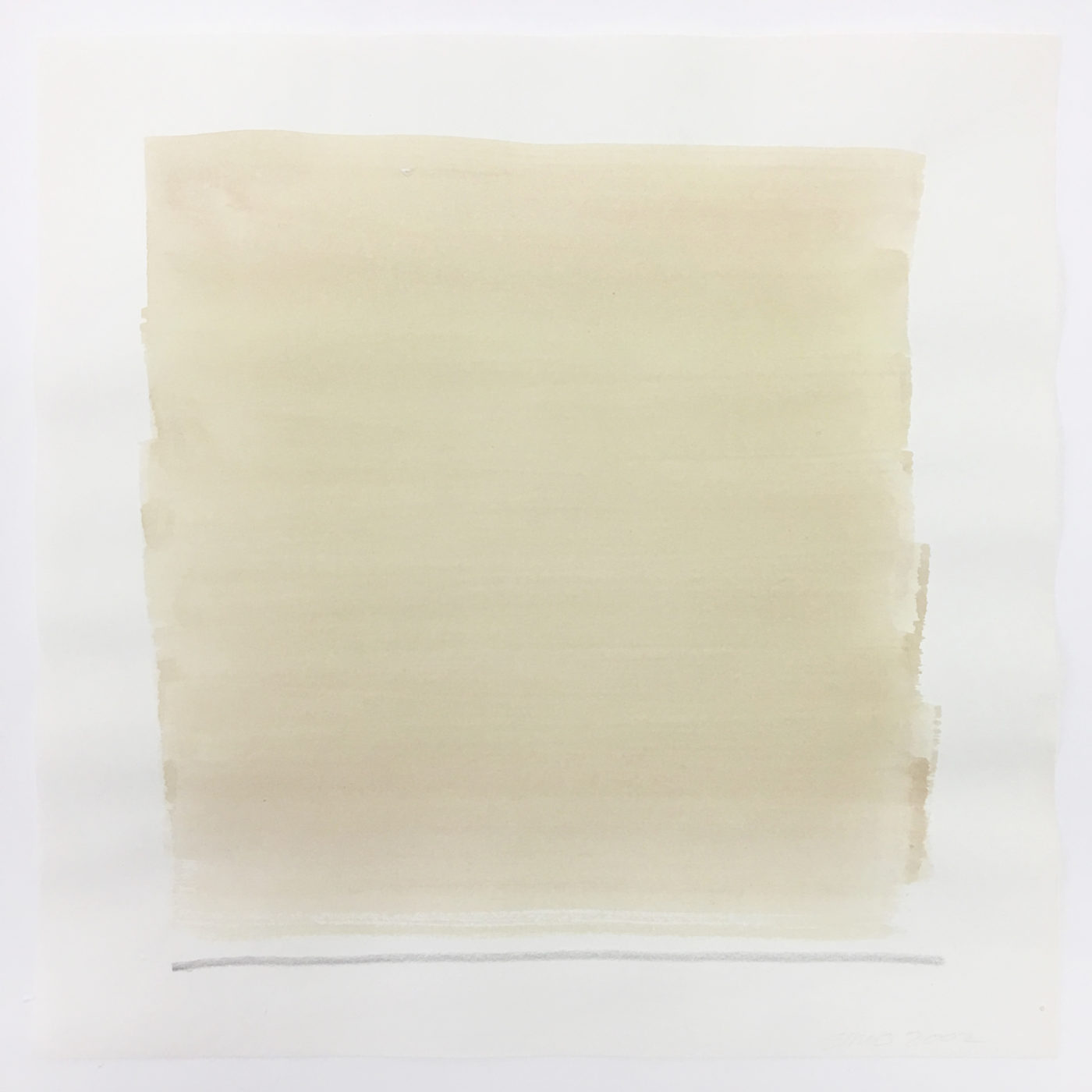
Untitled 2002 Watercolor and graphite on paper Aquarell und Graphit auf Papier 12 x 12 in 31,5 x 31,5 cm

Untitled 2002 Watercolor and graphite on paper Aquarell und Graphit auf Papier 12 x 12 in 31,5 x 31,5 cm
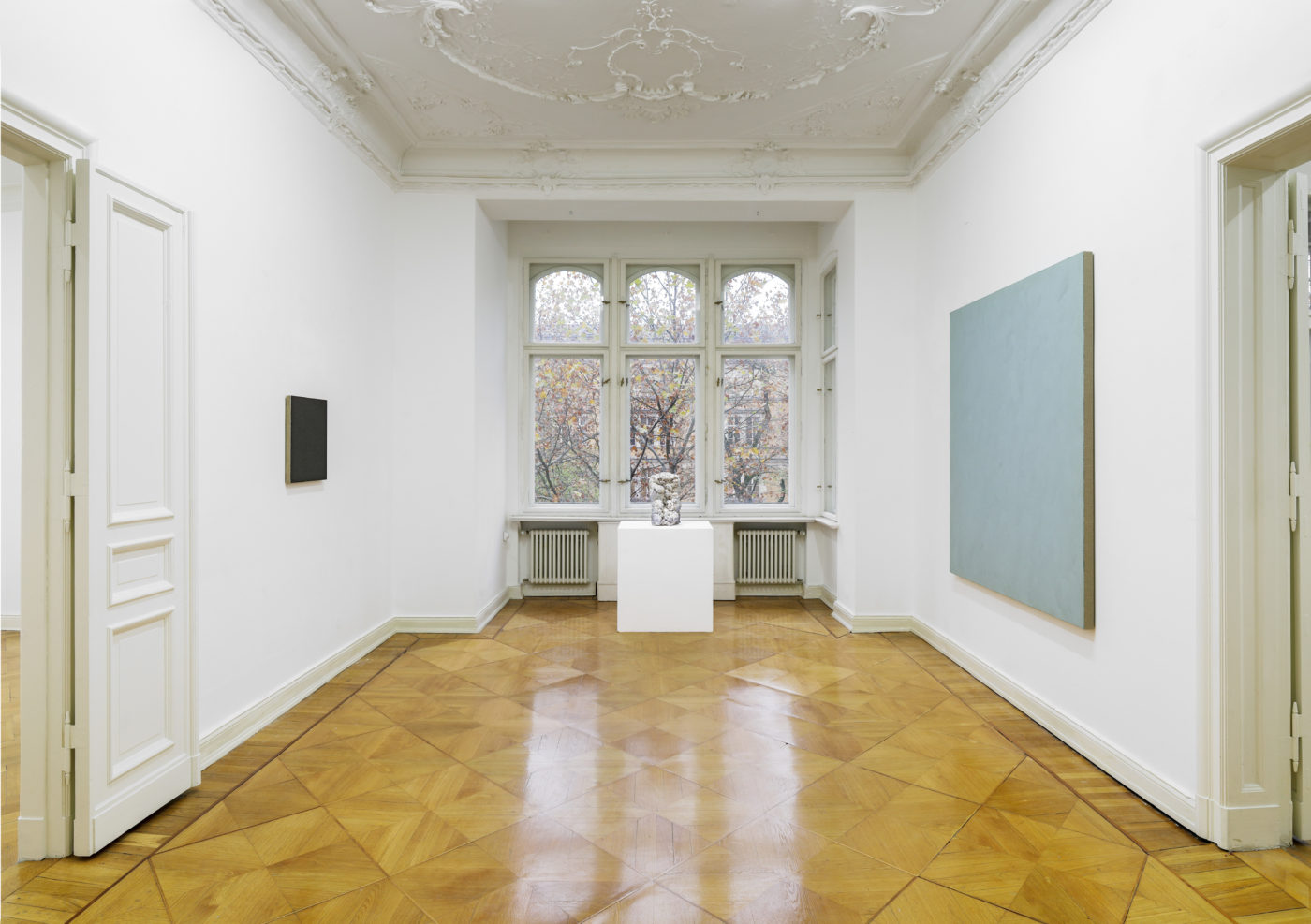
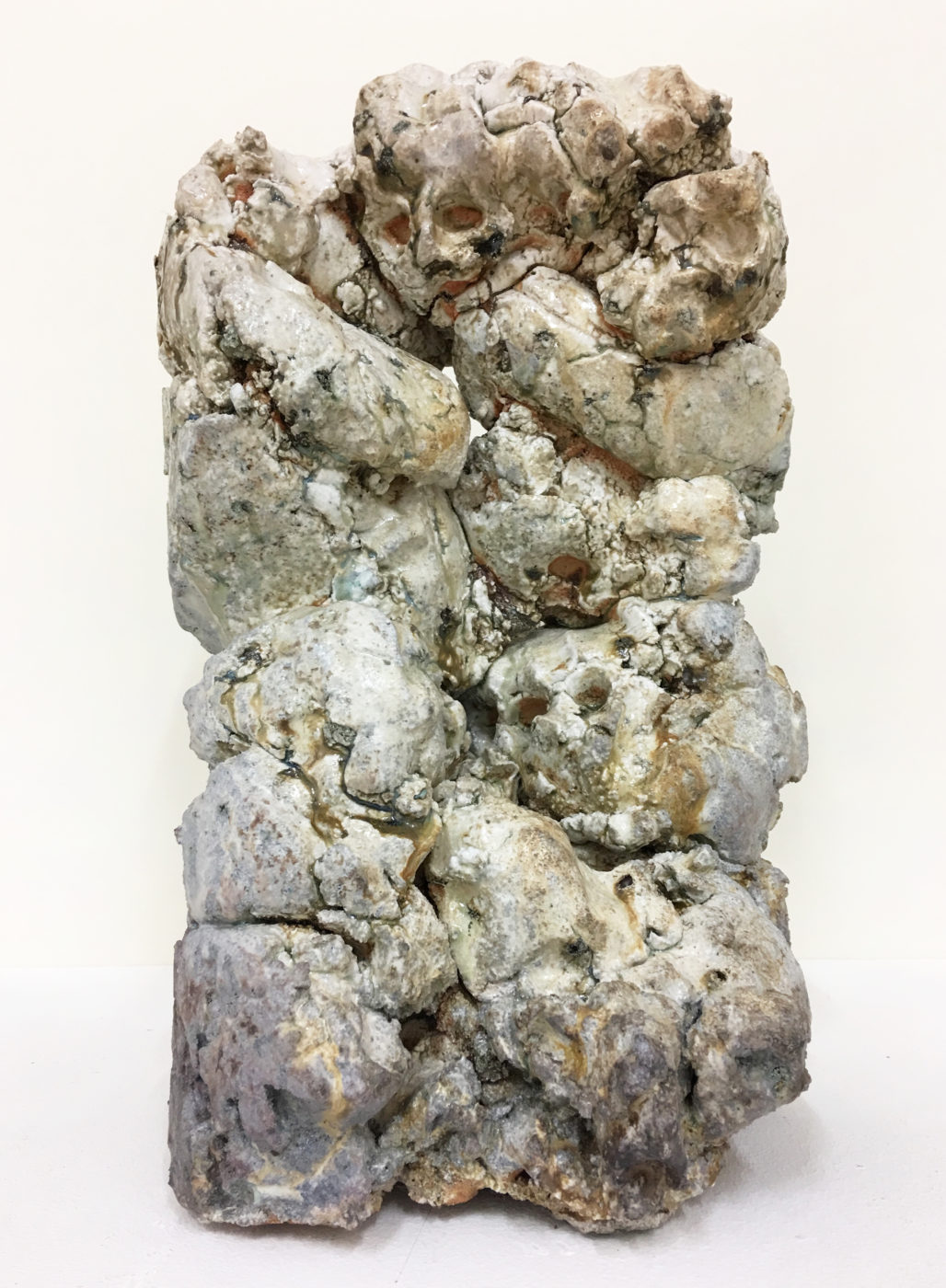
Untitled Sculpture 2007 Clay with ash glaze Ton mit Ascheglasur 19 x 11 x 10 in 47 x 27 x 25 cm
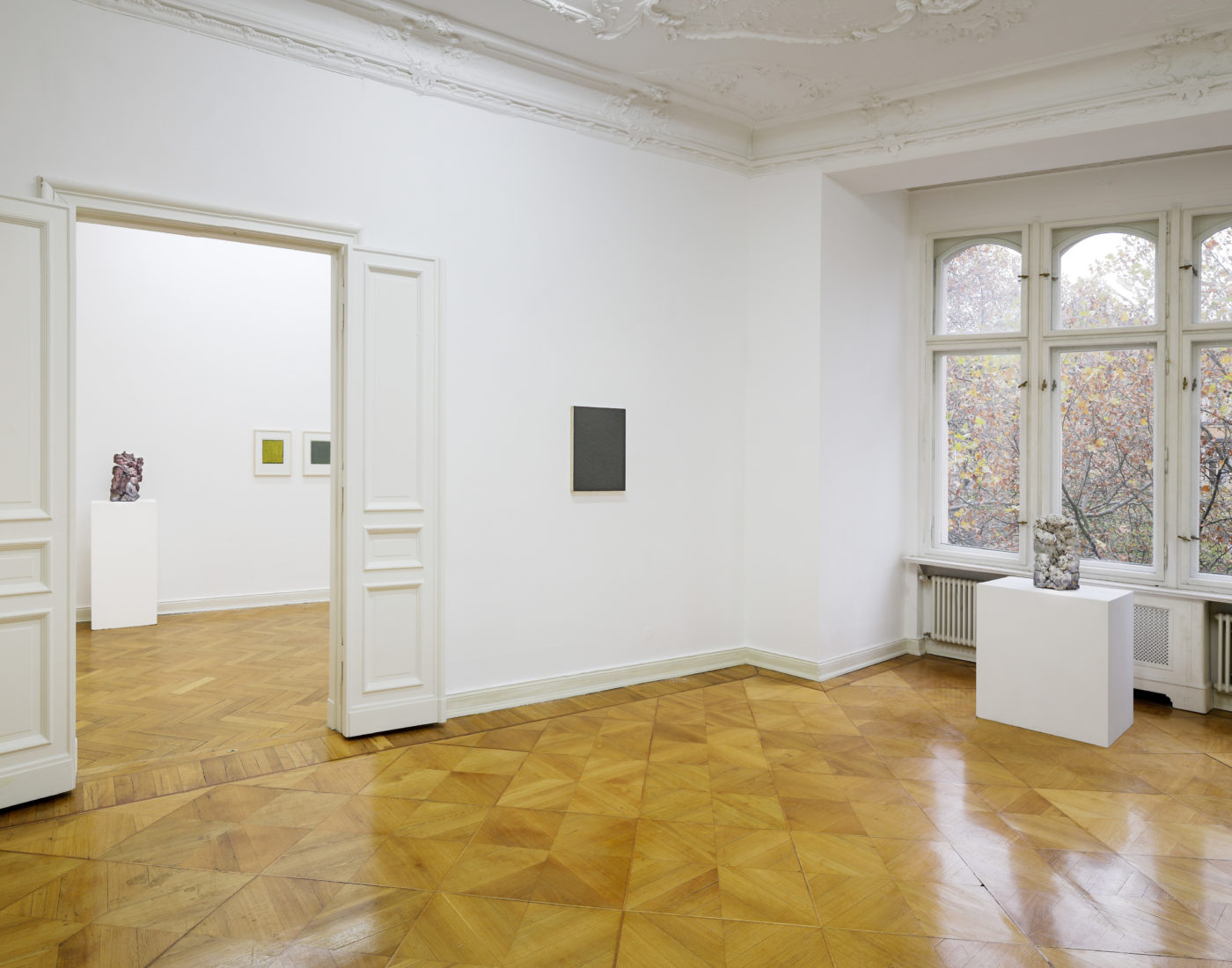
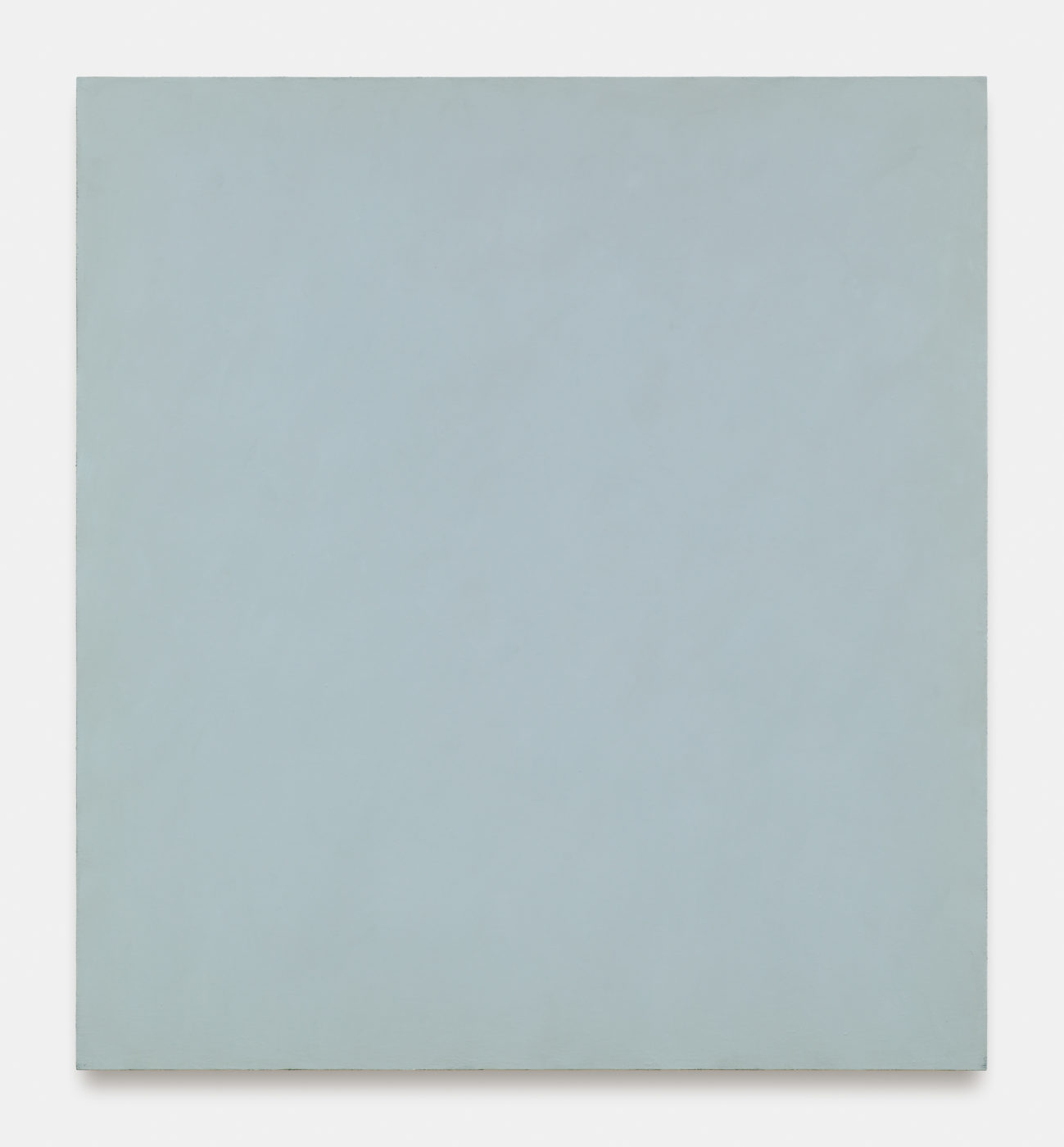
Villa Waldberta Painting Grey/Blue 2002 Oil on linen Öl auf Leinwand 70 x 66 in 180 x 166 cm
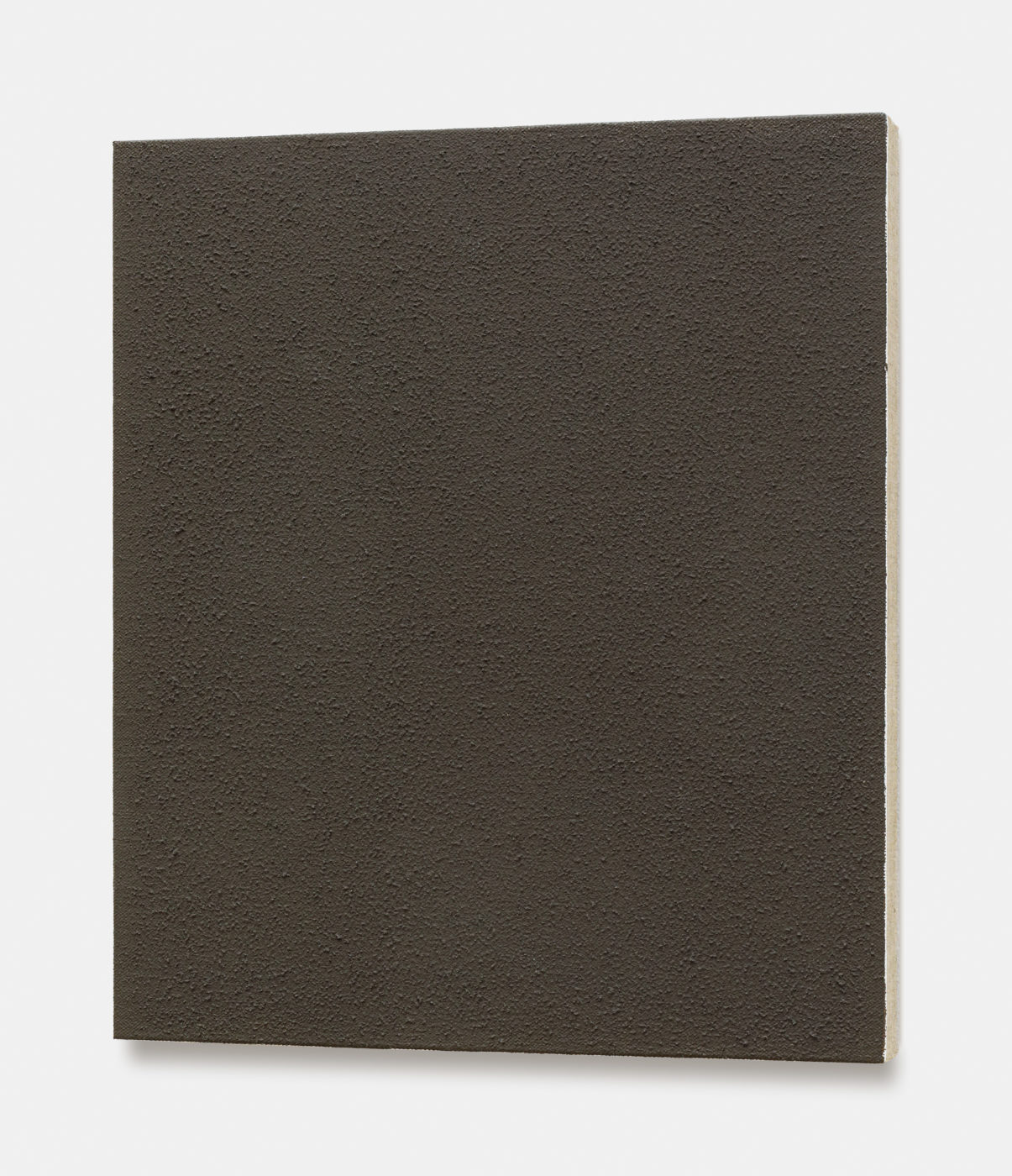
Umber Studio Painting 2004 Acrylic, sand, and linen on wood Acryl, Sand und Leinen auf Holz 20 x 18 in 51 x 46 cm
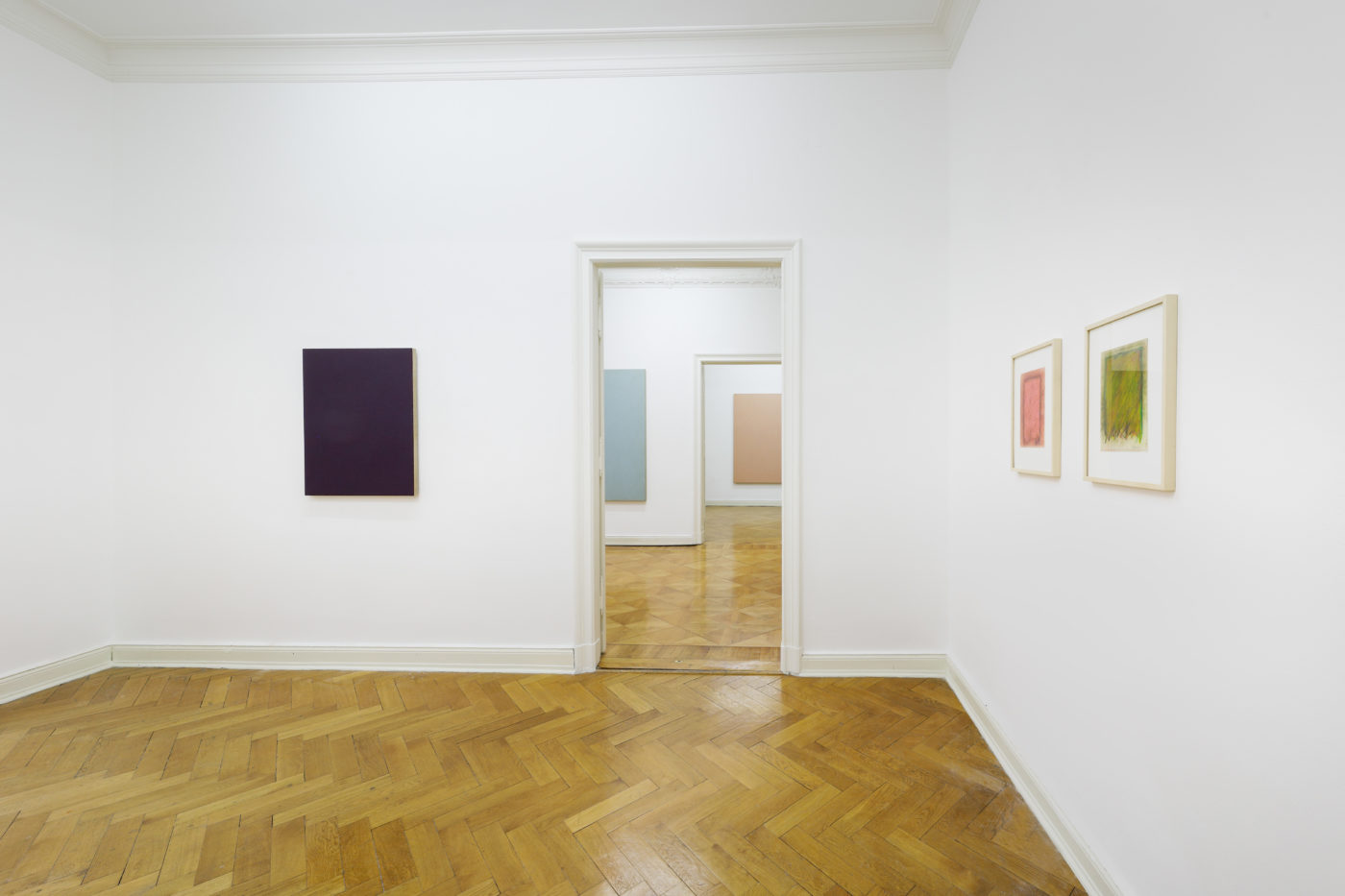
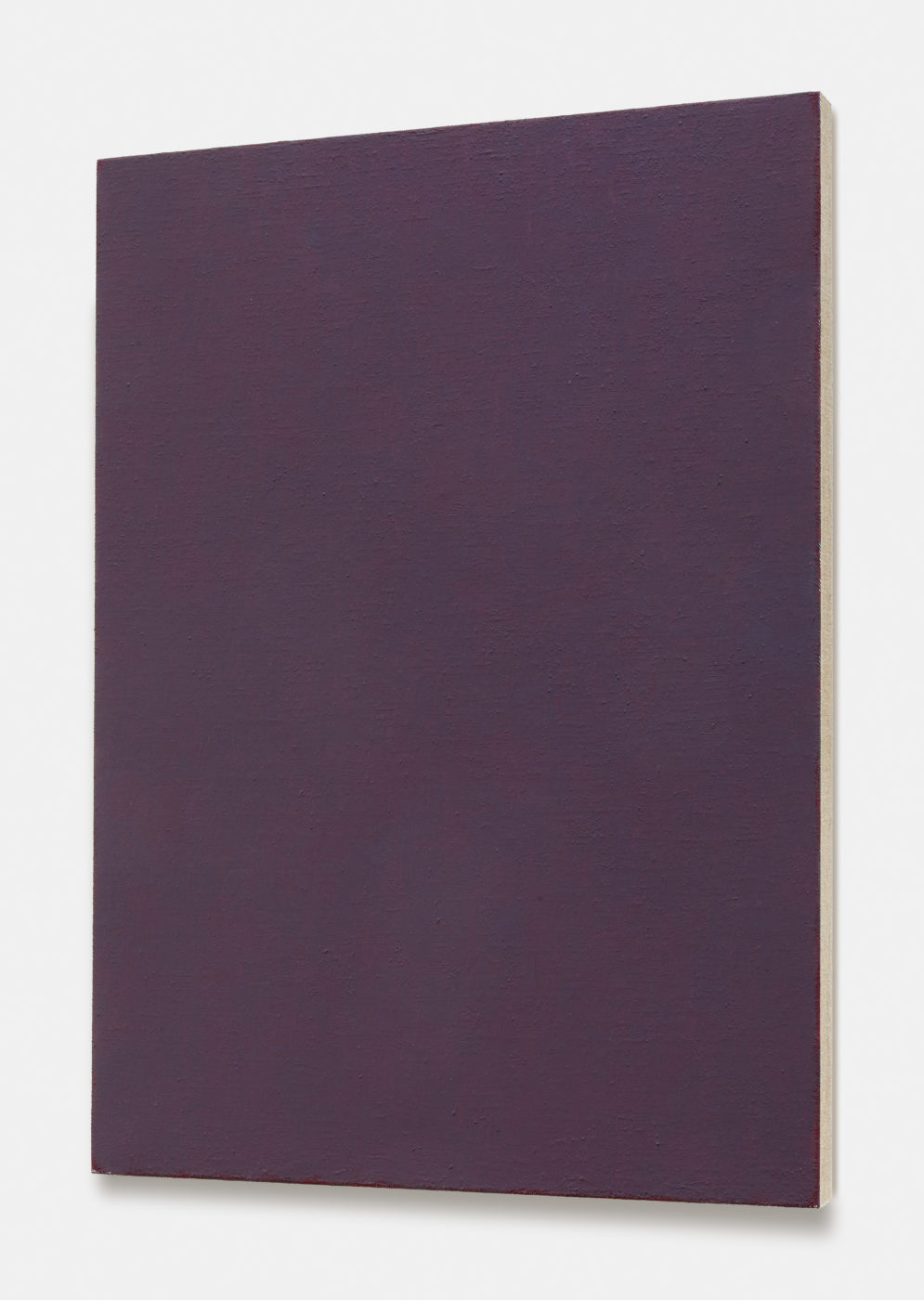
Violet Endless Painting 2015 Oil on linen Öl auf Leinwand 36 x 28 in 91,5 x 71 cm
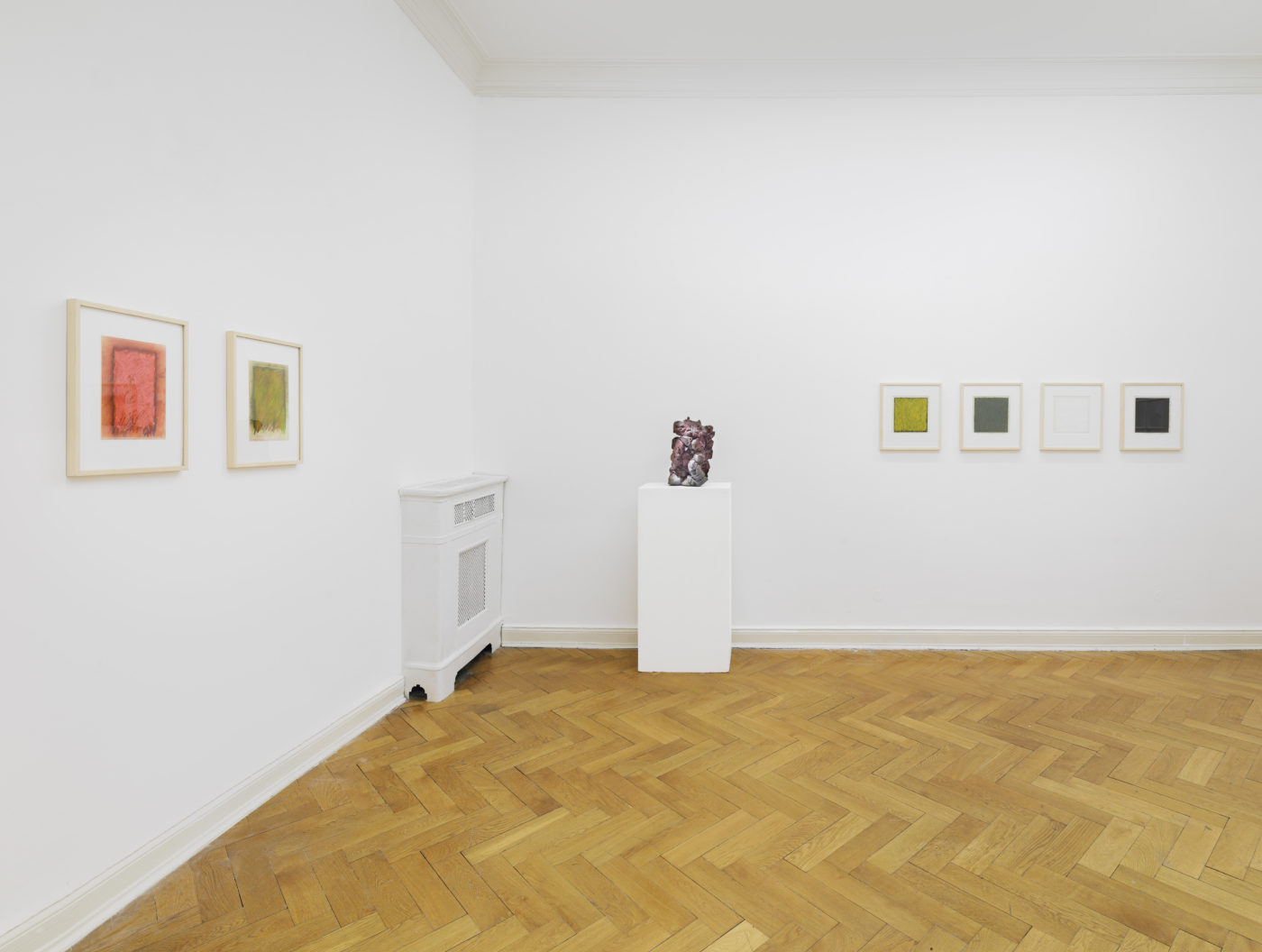
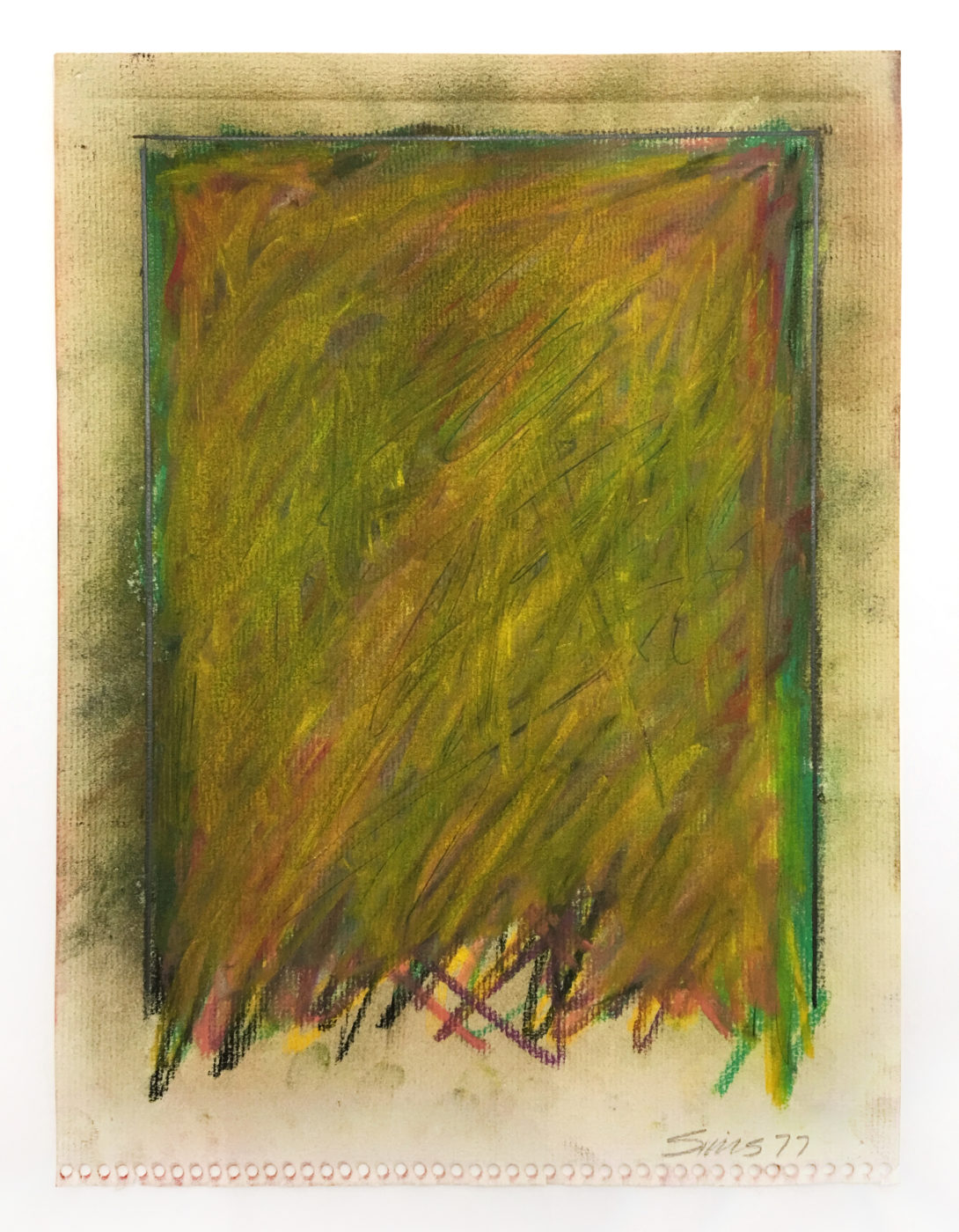
Untitled 1977 Pastel on paper Pastell auf Papier 11 x 8 in 30 x 22,5 cm
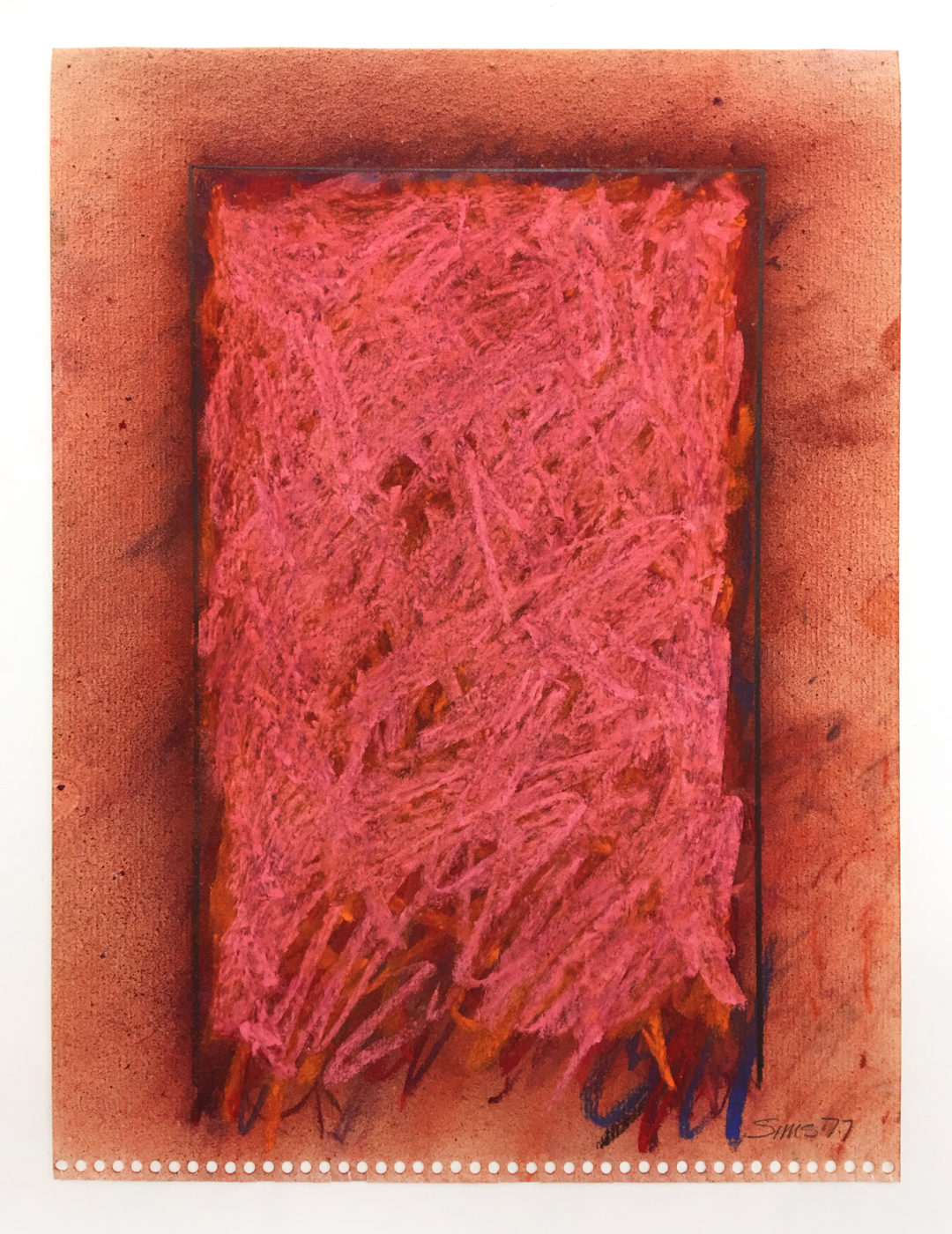
Untitled 1977 Pastel on paper Pastell auf Papier 11 x 8 in 30 x 22,5 cm
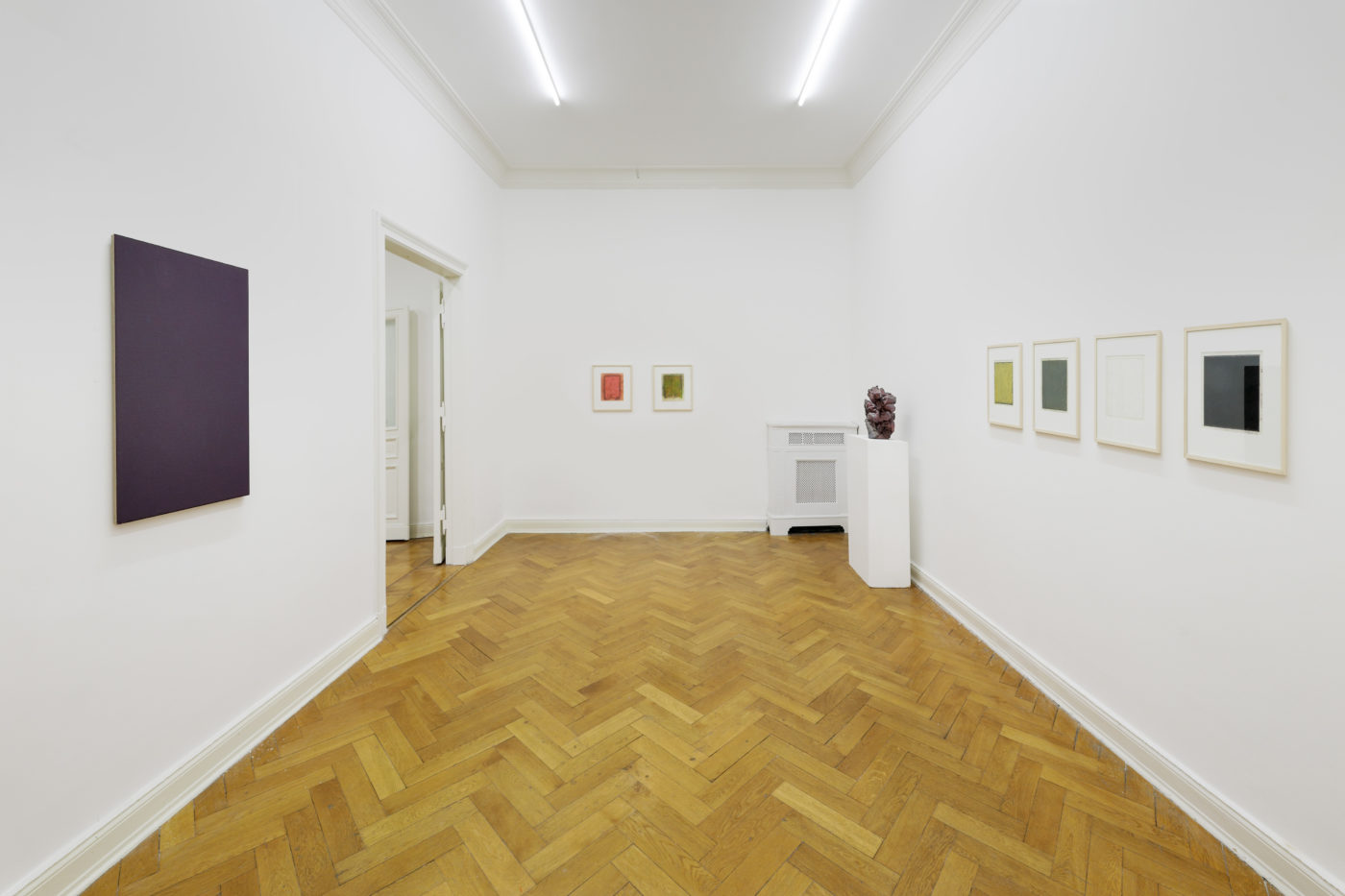
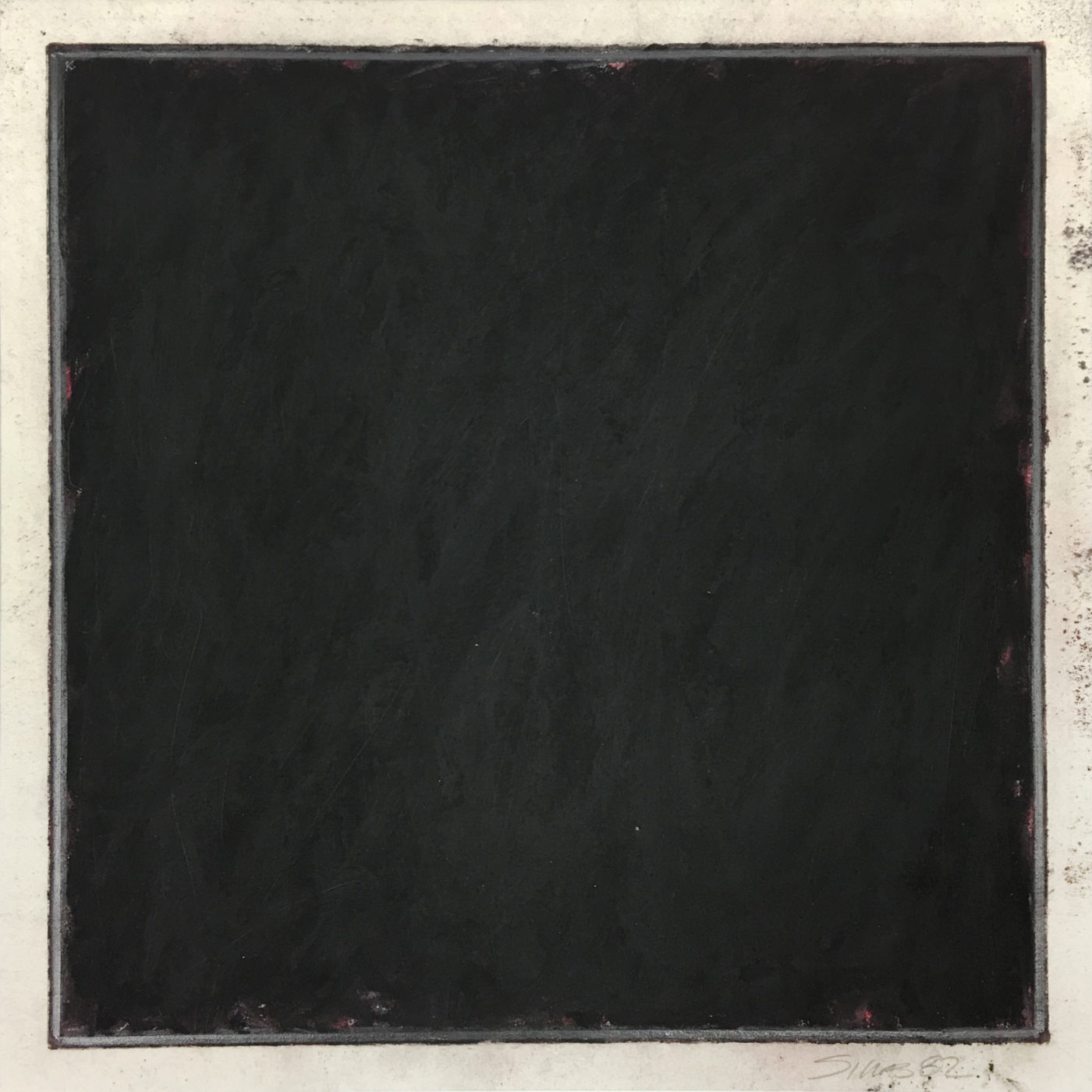
Untitled 1982 Pastel on paper Pastell auf Papier 9 x 9 in 25 x 25 cm
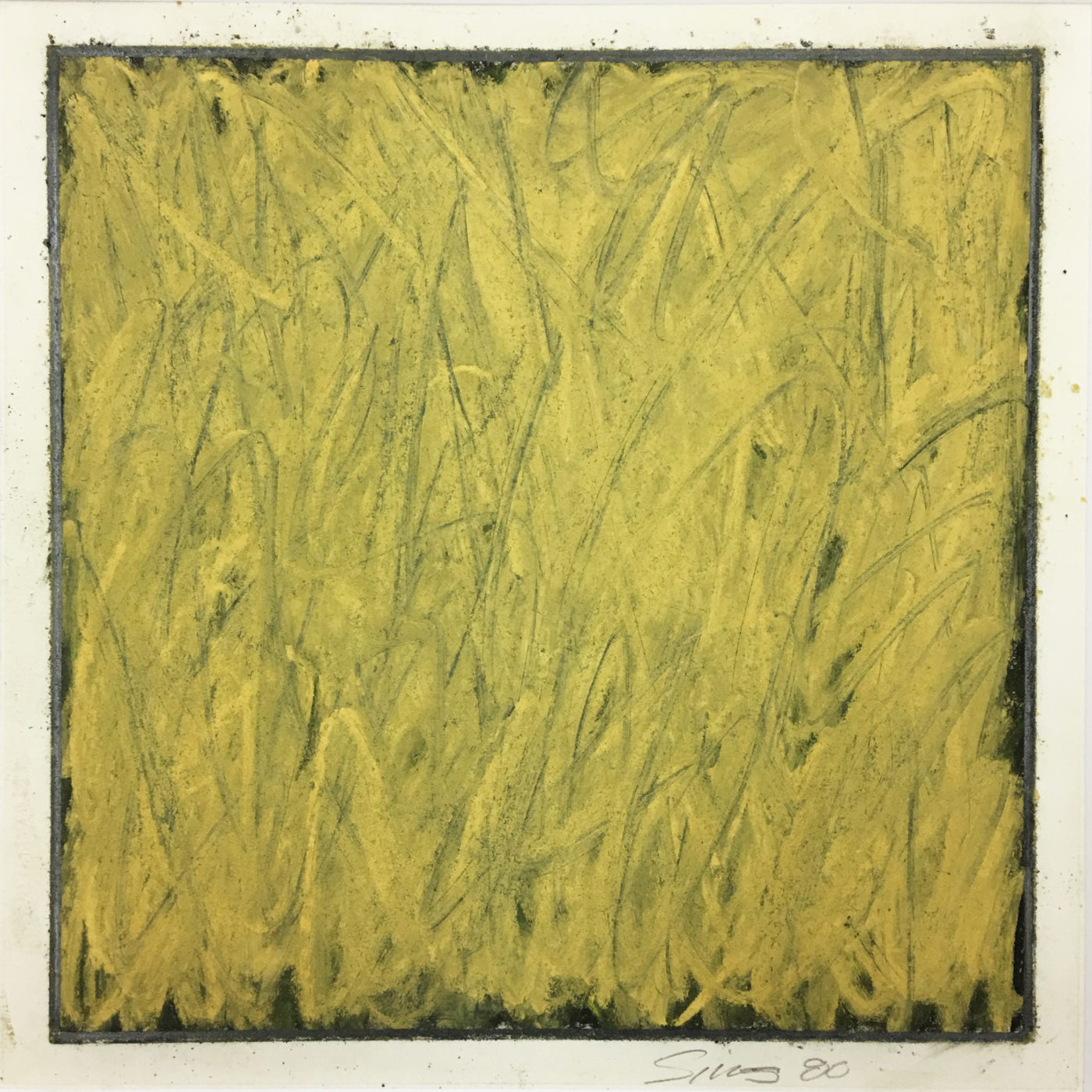
Untitled 1982 Pastel on paper Pastell auf Papier 9 x 9 in 25 x 25 cm
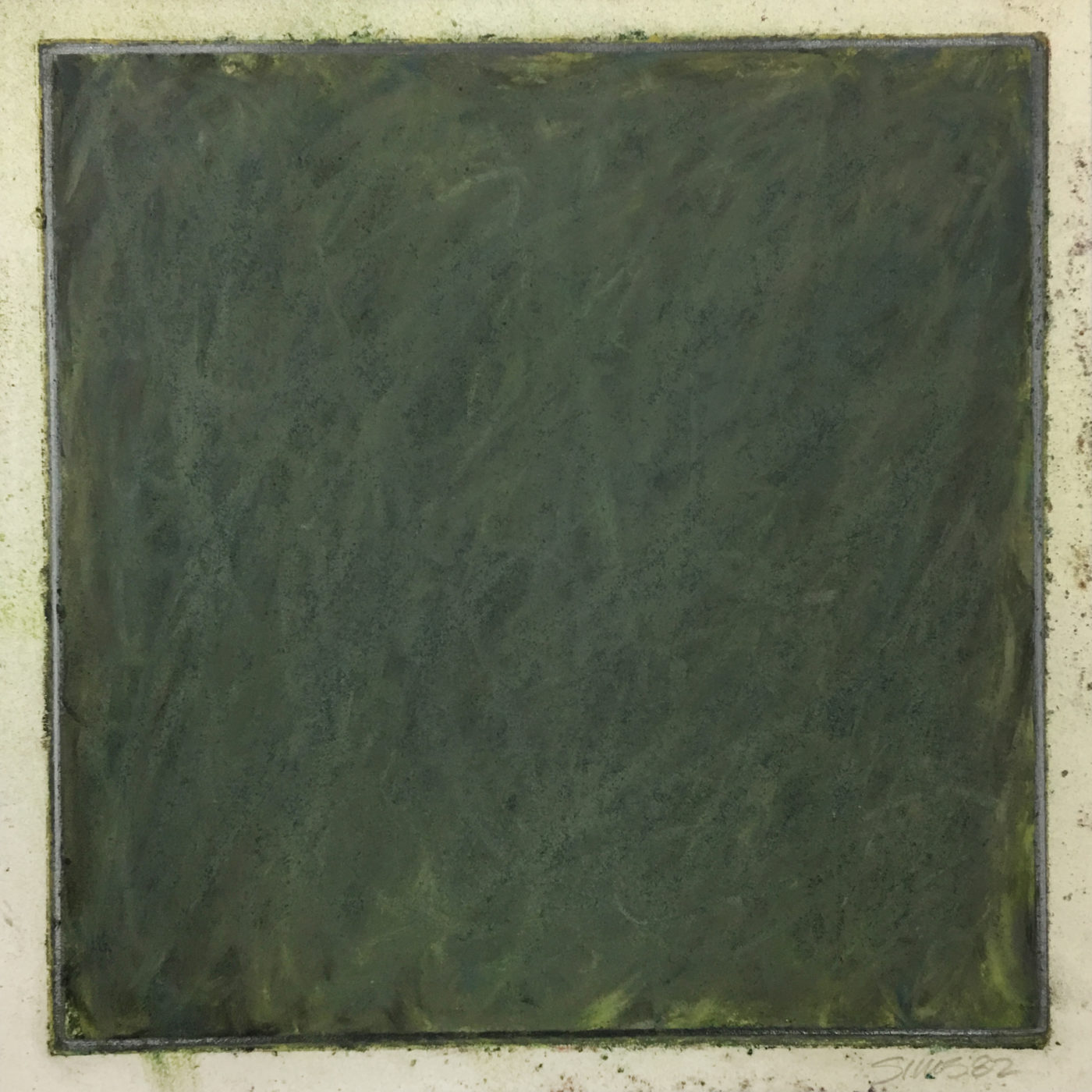
Untitled 1982 Pastel on paper Pastell auf Papier 9 x 9 in 25 x 25 cm
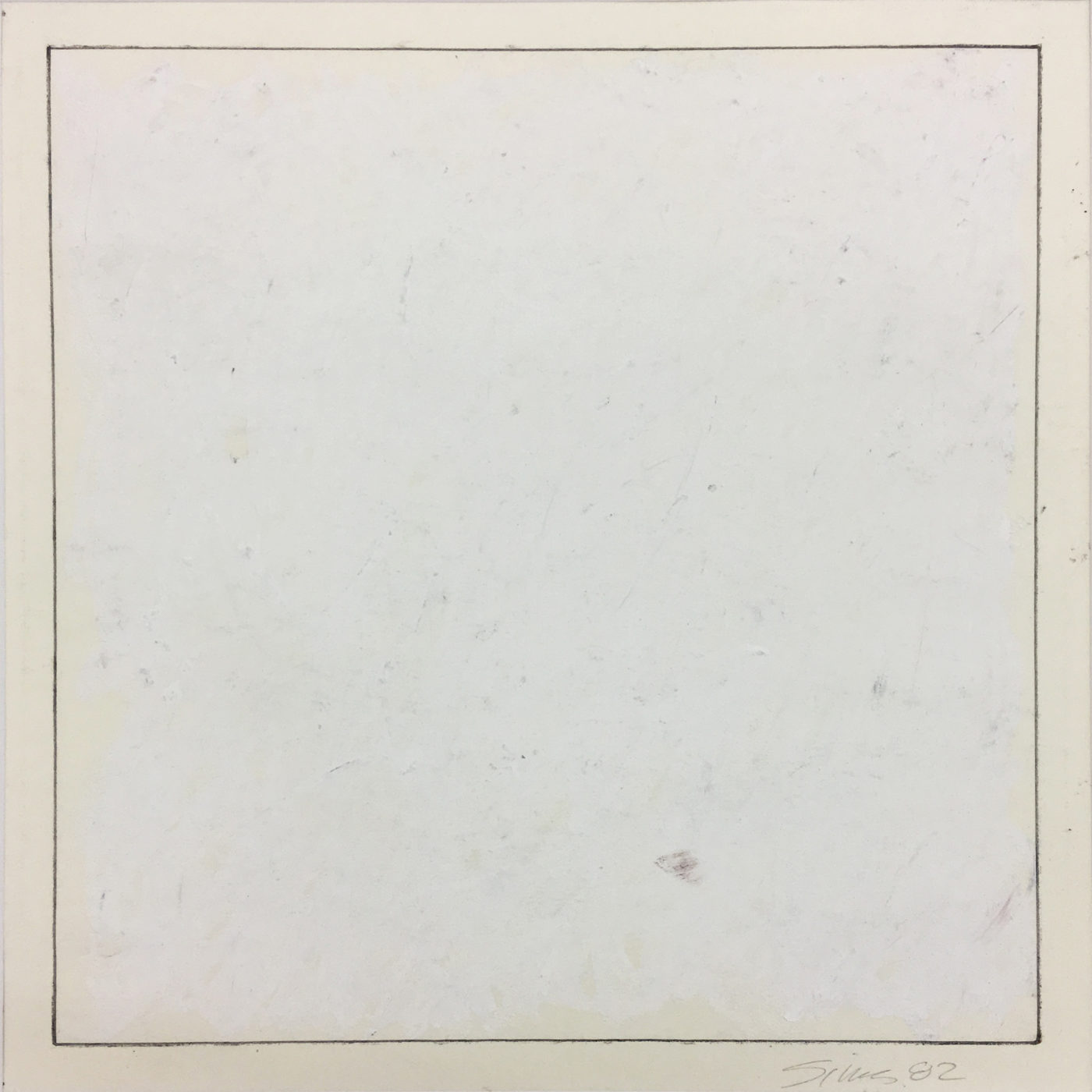
Untitled 1982 Pastel on paper Pastell auf Papier 9 x 9 in 25 x 25 cm
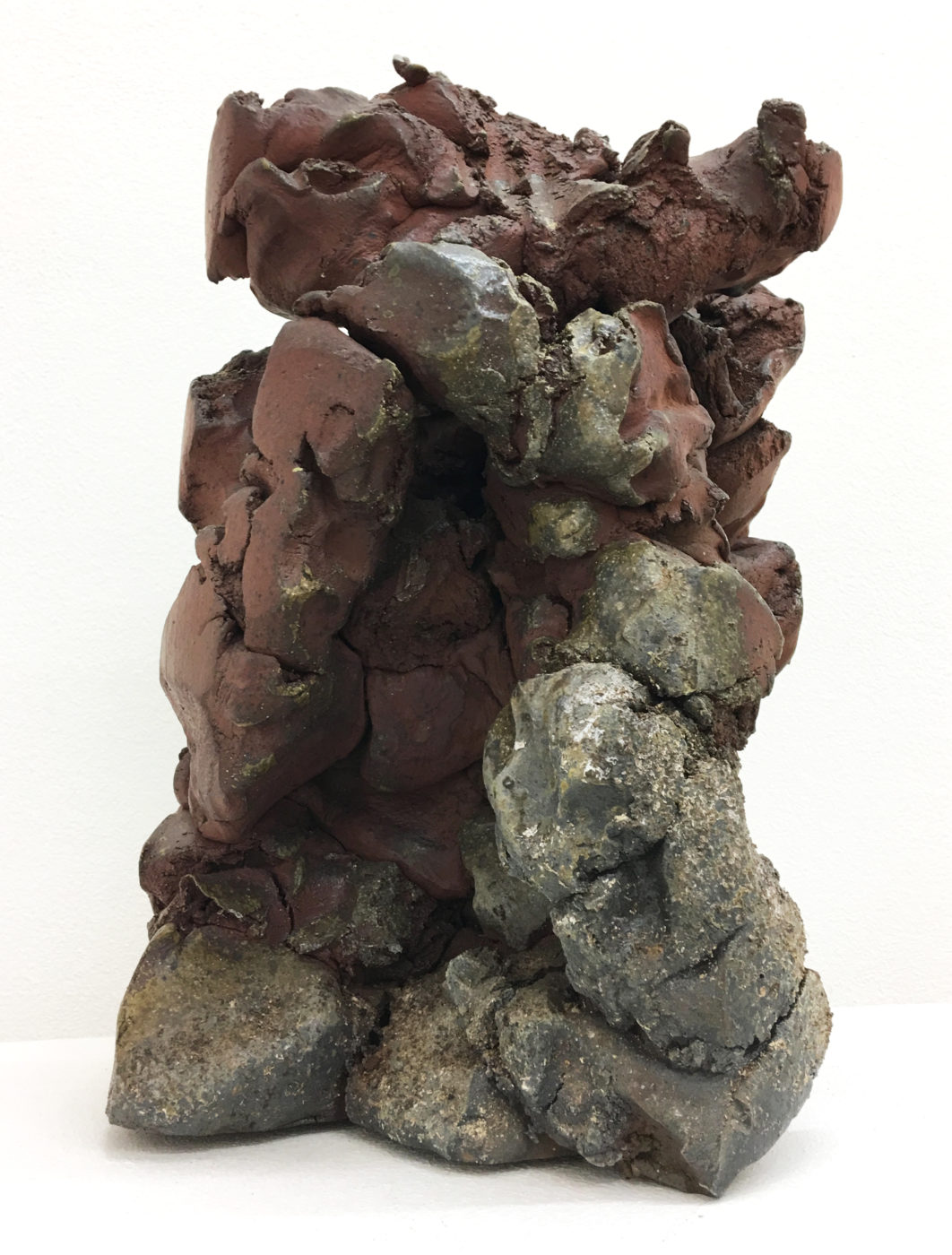
Untitled Sculpture 2007 Clay with ash glaze Ton mit Ascheglasur 17 x 11 x 9.5 in 44 x 28 x 24 cm
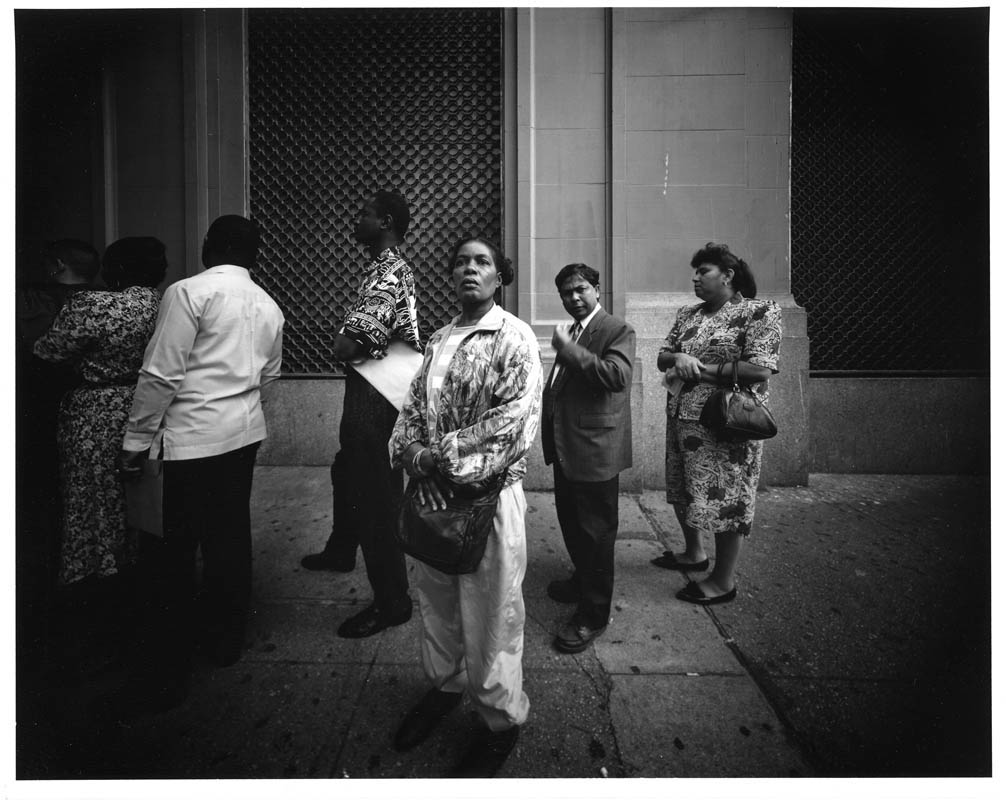
Waiting (Standing in Line at a Federal Building, Waiting for Immigration Processing) 1990s
Anne Turyn
Anne Turyn is a fine art photographer, writer and editor based in New York City.
Her photographic work often combines image and text and moves between apparently objective truths and personal, subjective memories.
The series New York City in 1979 was shot to accompany Kathy Acker’s texts in the ninth issue of Top Stories – a literary chapbook that Turyn founded and edited. Showing the city in black and white, the photographs depict New York’s streets, people, shop windows, architecture and motion, often blurry or from a curious angle, like a passing glimpse or a memory. Capturing the fast-moving nature and complexity of the city, the photos are not only challenging Acker’s text, but stand for themselves. Flashbulb Memories is a reference to a psychological phenomenon in which a person combines a significant incident from world history with detailed pictorial memories. These constructed impressions and memories relate to what the person was doing and seeing at the time they learned about the news. The series is an example of how Turyn’s work combines image and text. The text functions as “objective” truth, the image, on the other hand, as subjective impression, so that a field of tension between reality and fiction is created. Personal and social narratives merge. Illustrated Memories consists of pictures of memories that are composed in the same way as associative pictures from the memory. However, these are invented images that tell a fictional biography and play with the truth claim not only of images, but also of memories.
For Waiting, Turyn has photographed people queuing in front of a federal building in New York, waiting for their immigration procedure to be processed. While taking the photographs, Turyn was standing with her back to the subjects. The series thus depicts a social condition, but at the same time refers through the individuals to human fates and the role of the individual in the global narrative of human history. The series Looking shows people who come to Yellowstone National Park en masse to look for wolves. The voyeuristic moment is reversed as the observers in the images become the observed.
Her prose periodical Top Stories featured one artist per issue, including Kathy Acker, Laurie Anderson, Constance DeJong, Pati Hill, Jenny Holzer, Cookie Mueller, and Richard Prince, among others. Between 1978 and 1991, 29 issues were published.
Her work has been widely exhibited, including at the Museum of Modern Art, The Metropolitan Museum of Art, Kunsthalle Bern, Denver Art Museum, Center for Creative Photography, Walker Art Center, George Eastman Museum, and Los Angeles County Museum of Art.
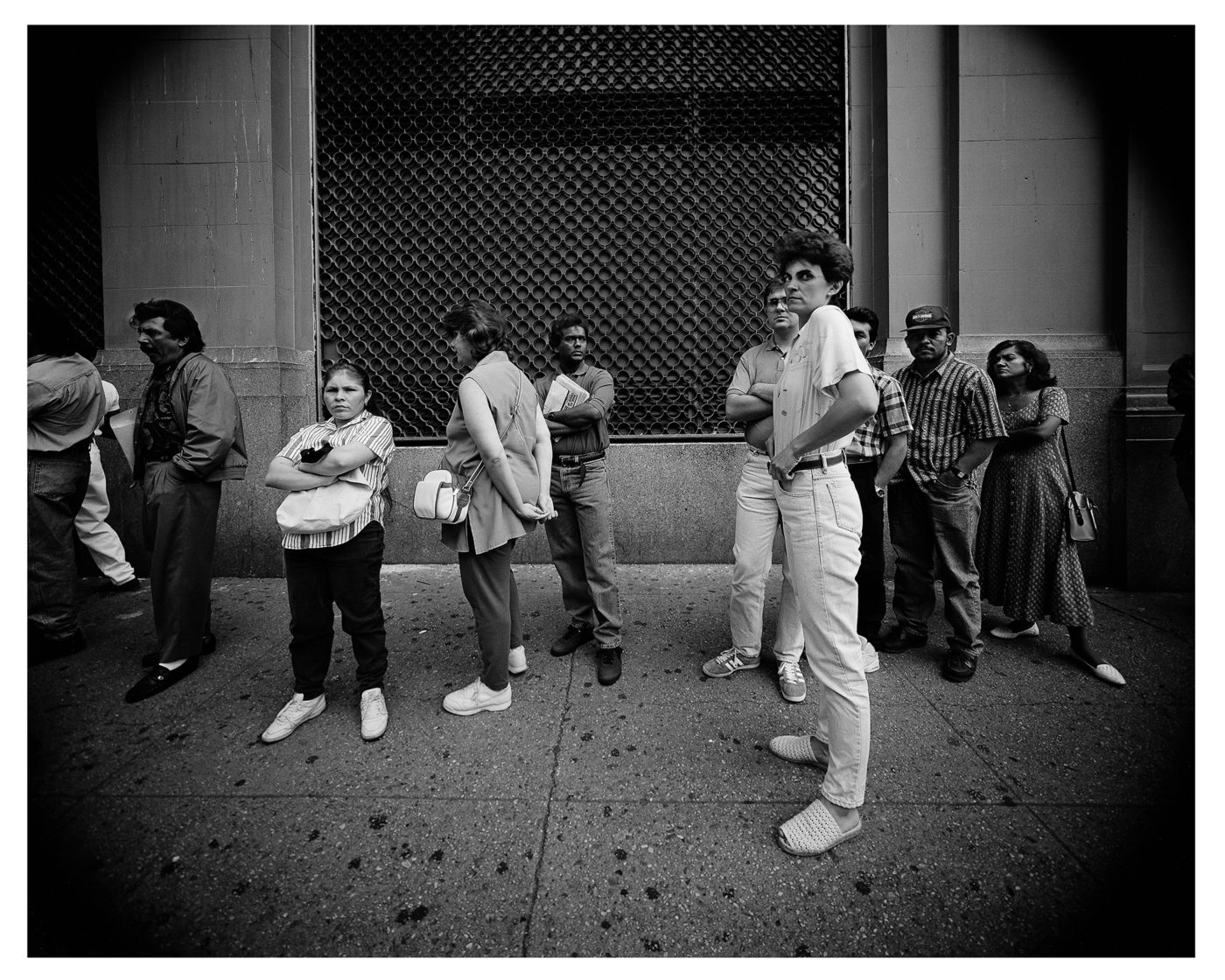
Waiting (Standing in Line at a Federal Building, Waiting for Immigration Processing) 1990s
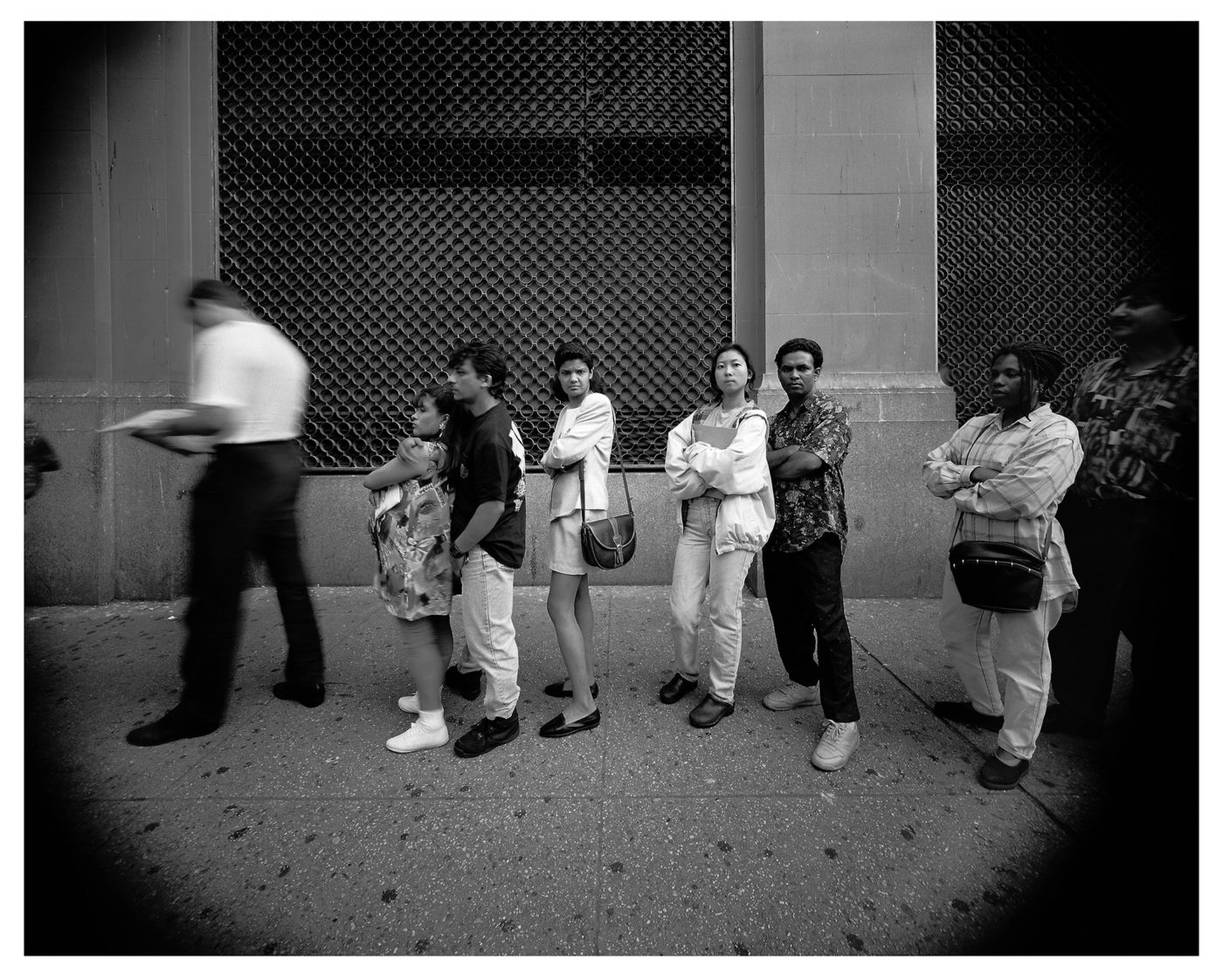
Waiting (Standing in Line at a Federal Building, Waiting for Immigration Processing) 1990s
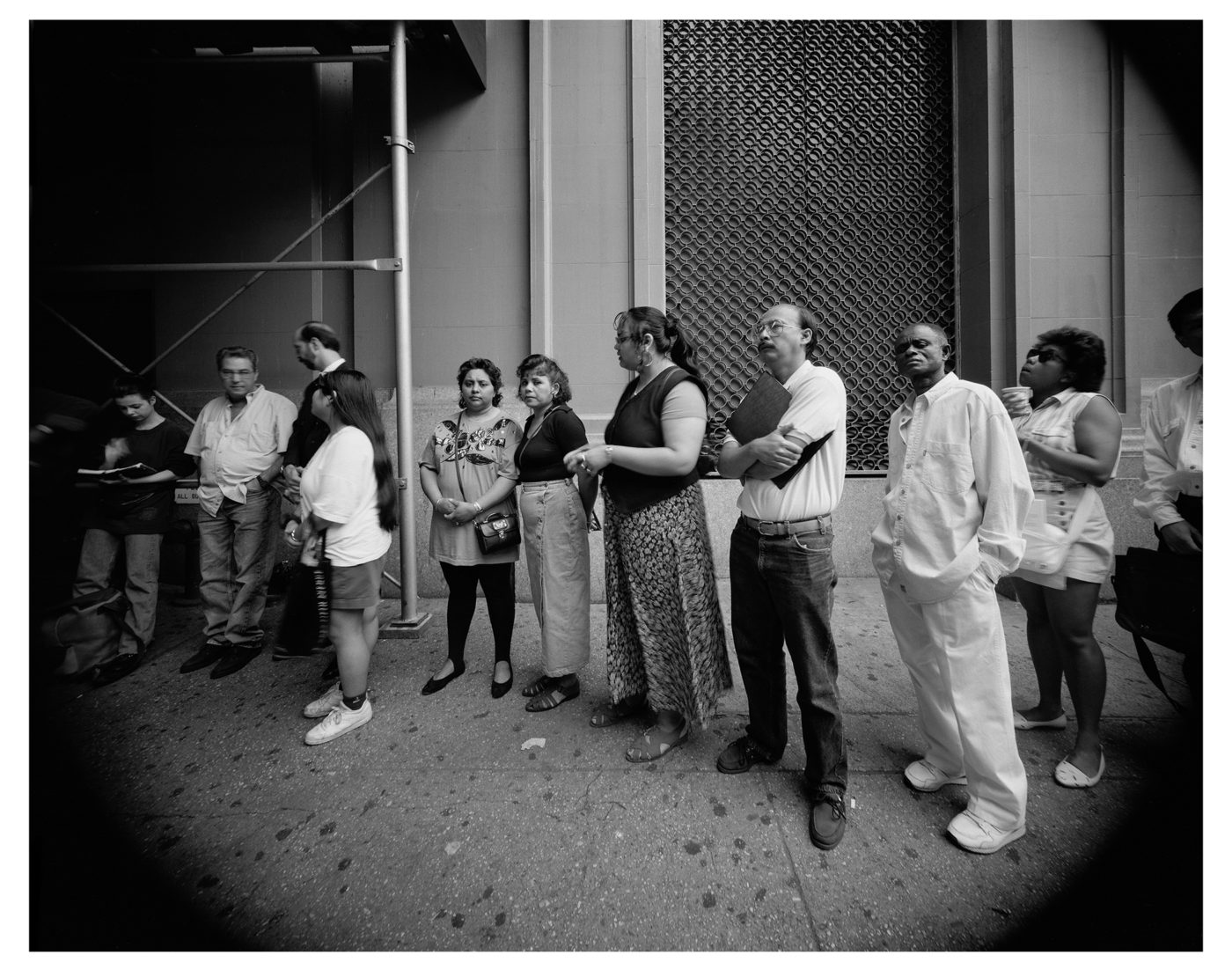
Waiting (Standing in Line at a Federal Building, Waiting for Immigration Processing) 1990s
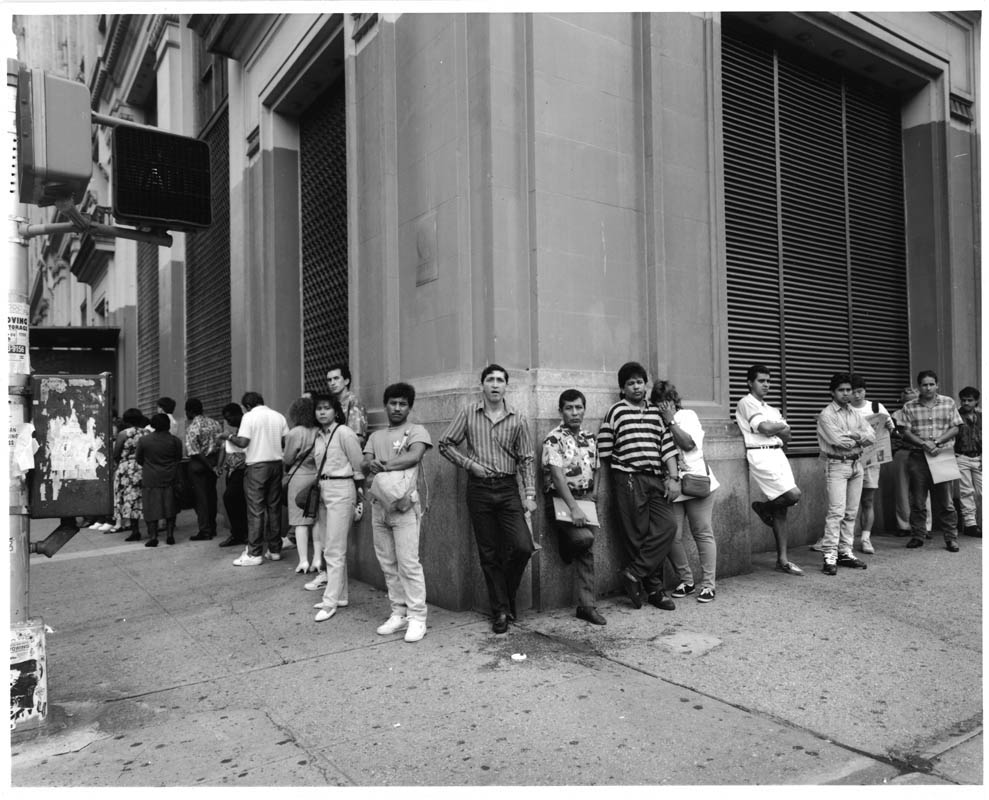
Waiting (Standing in Line at a Federal Building, Waiting for Immigration Processing) 1990s
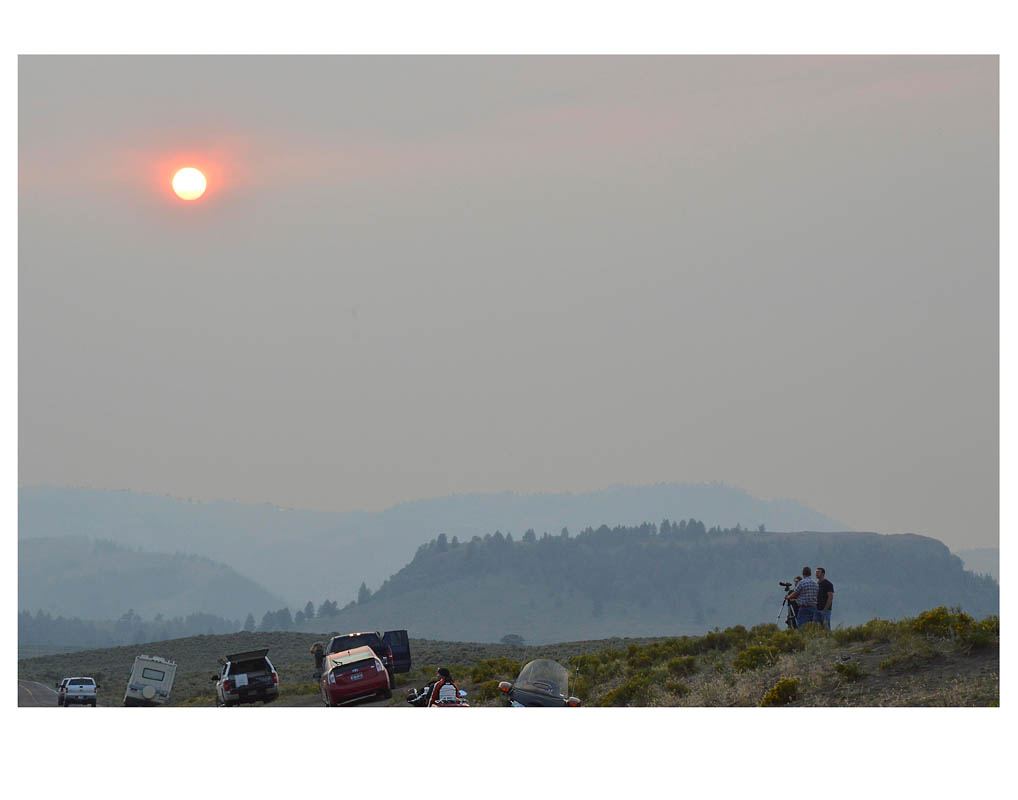
Looking Searching for Wolves at Yellowstone National Park 2011-2015
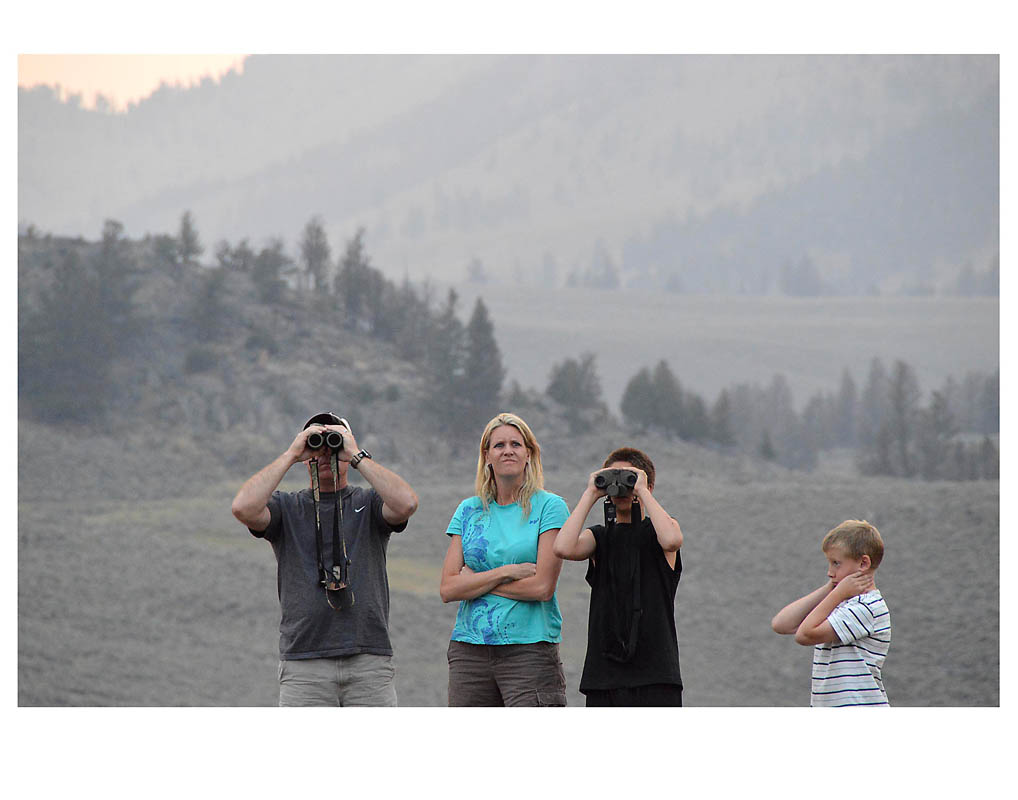
Looking Searching for Wolves at Yellowstone National Park 2011-2015
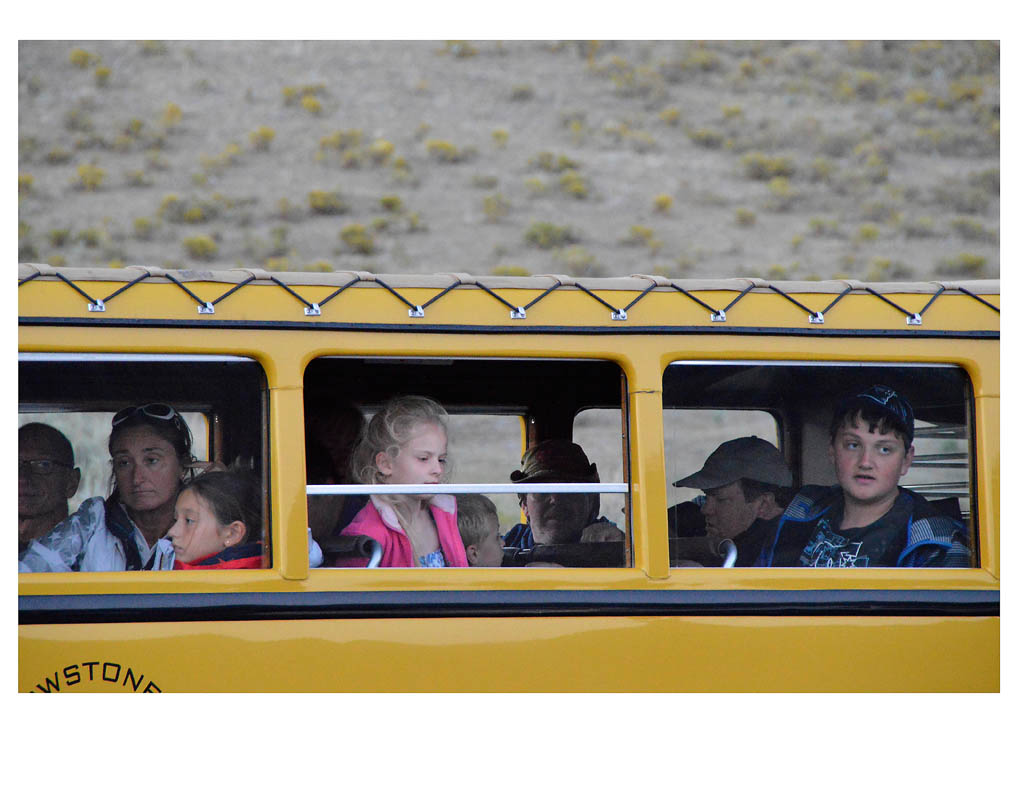
Looking Searching for Wolves at Yellowstone National Park 2011-2015
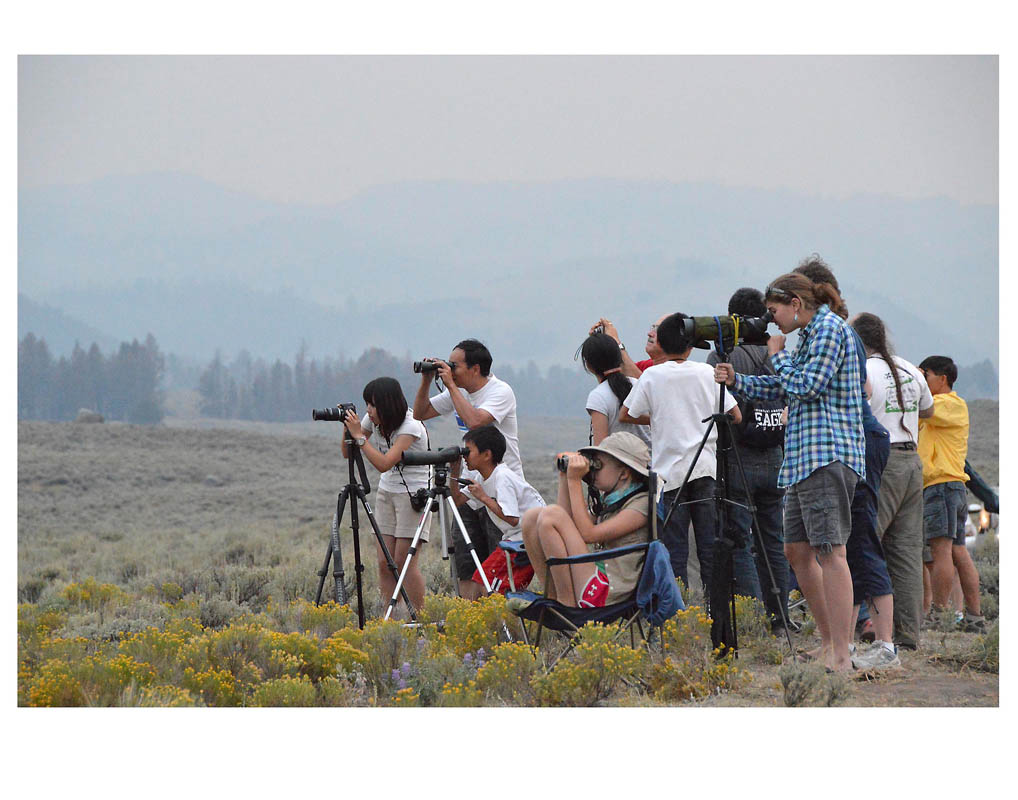
Looking Searching for Wolves at Yellowstone National Park 2011-2015
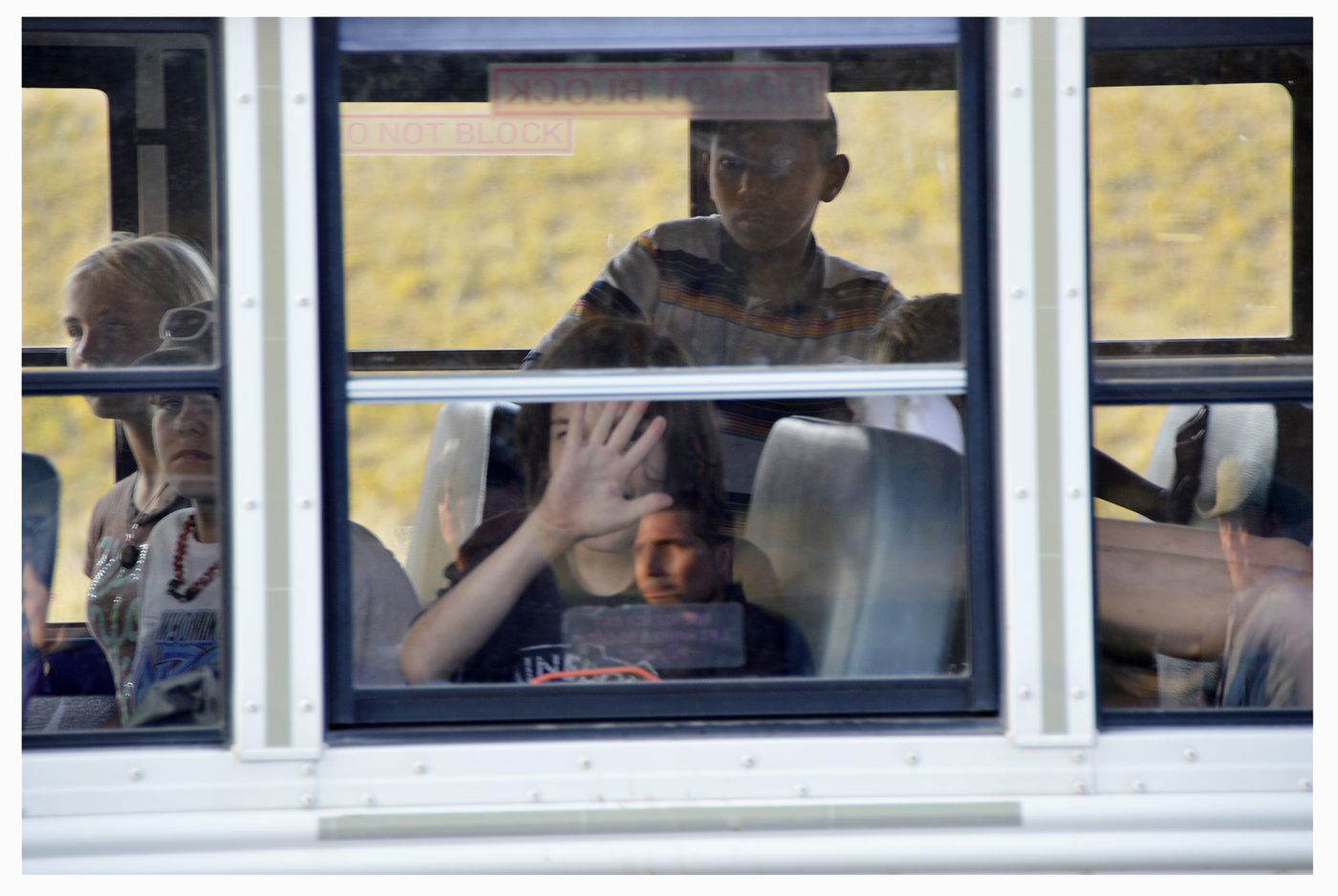
Looking Searching for Wolves at Yellowstone National Park 2011-2015
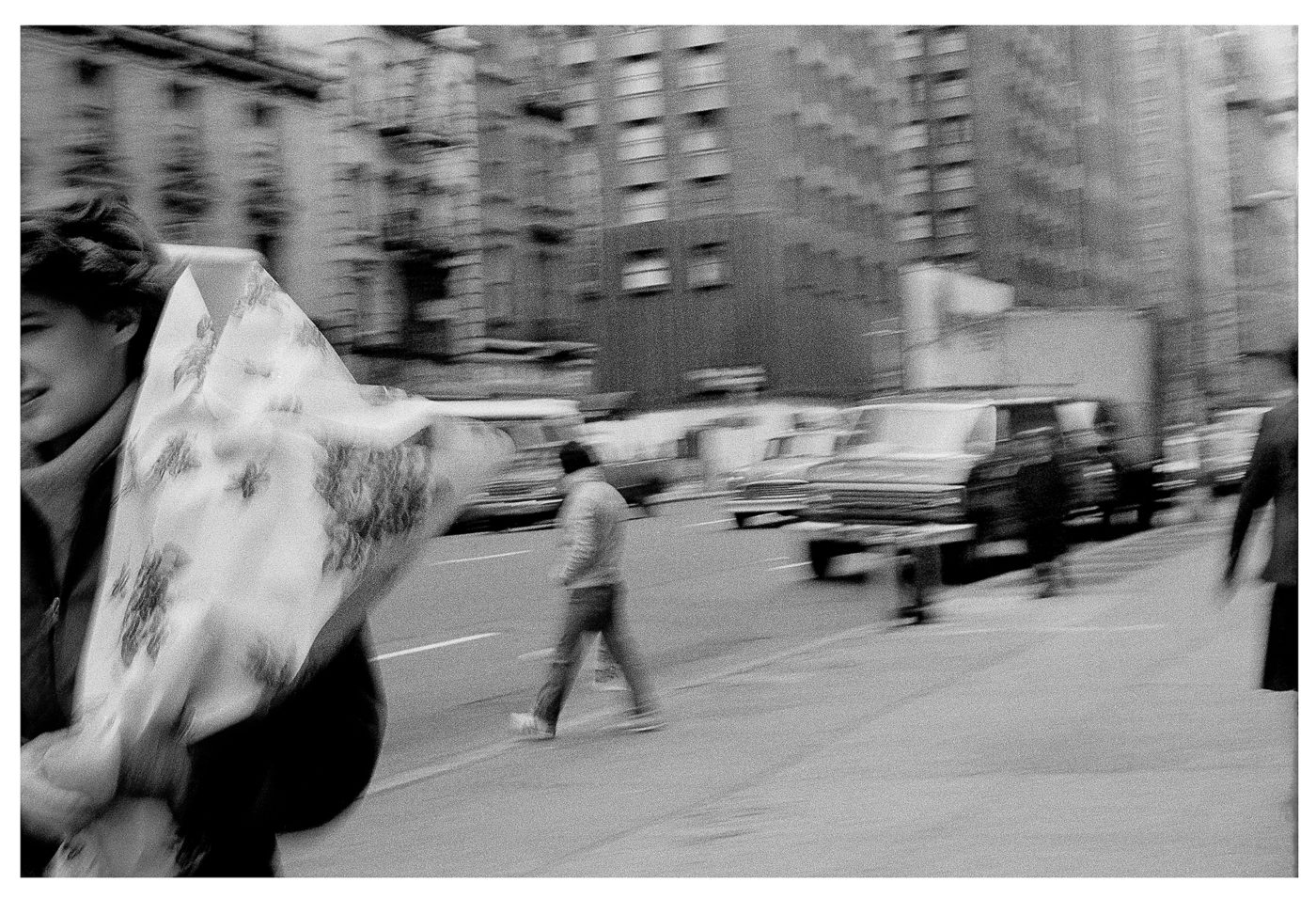
New York City in 1979 For Top Stories #9 by Kathy Acker 1981
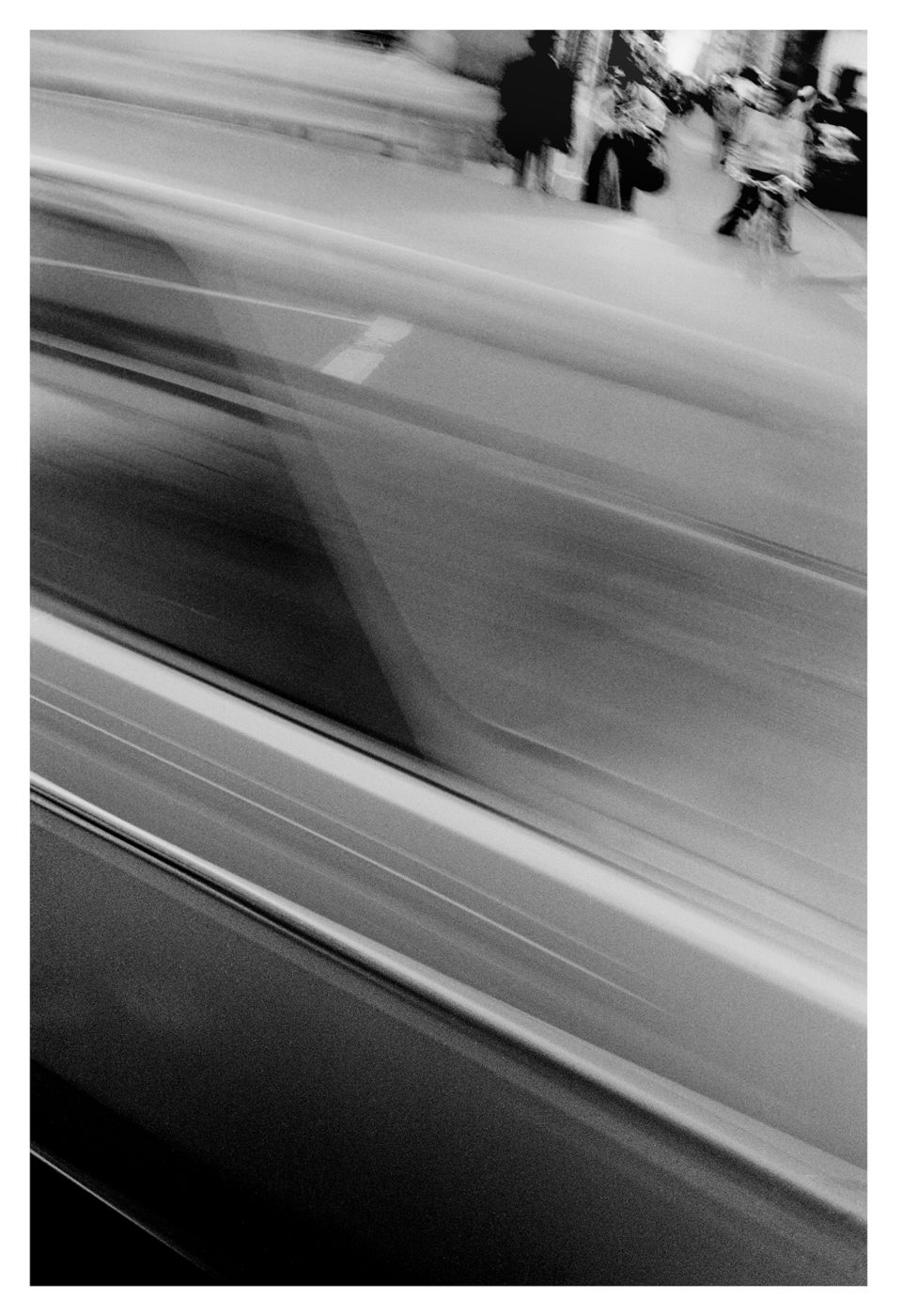
New York City in 1979 For Top Stories #9 by Kathy Acker 1981
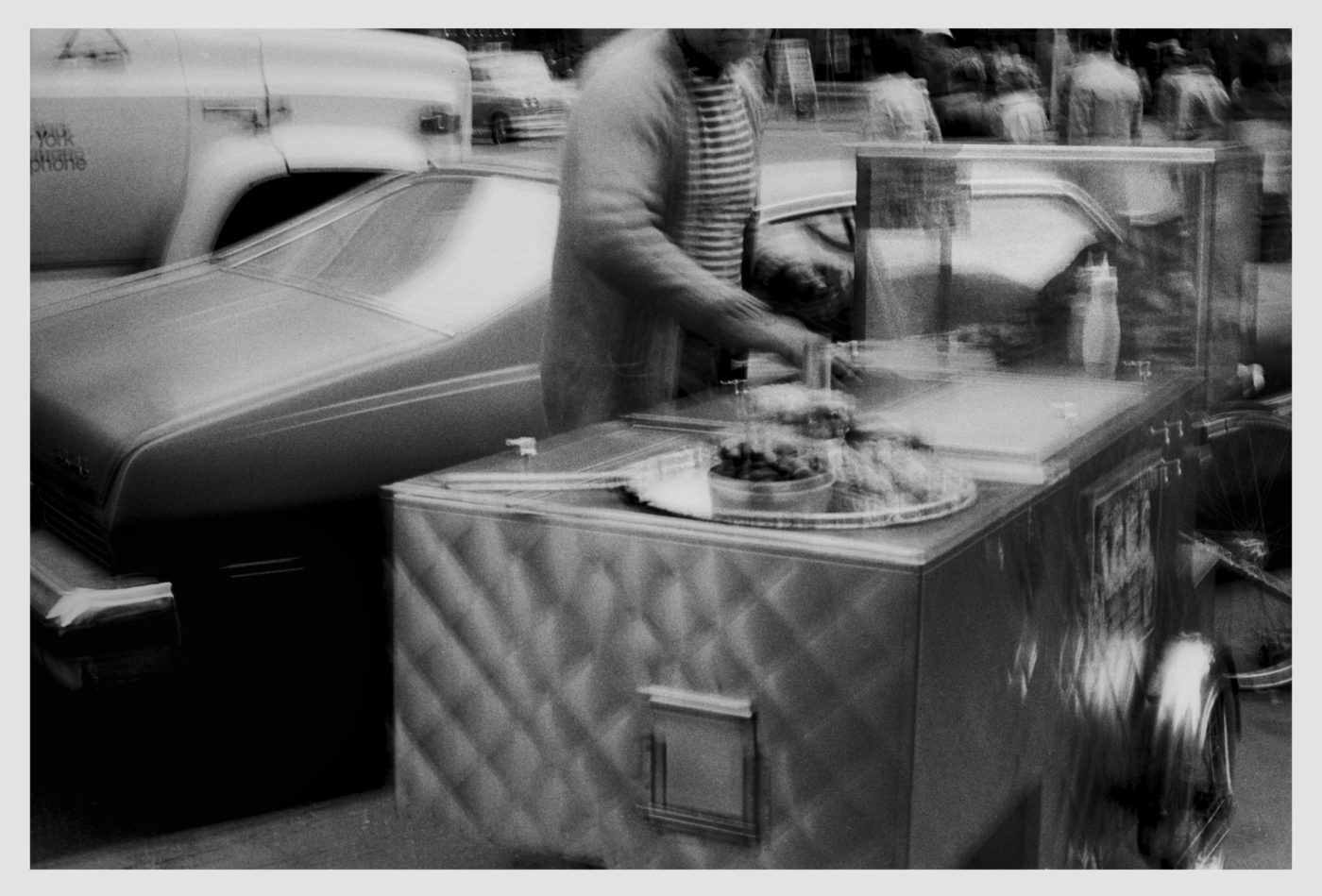
New York City in 1979 For Top Stories #9 by Kathy Acker 1981
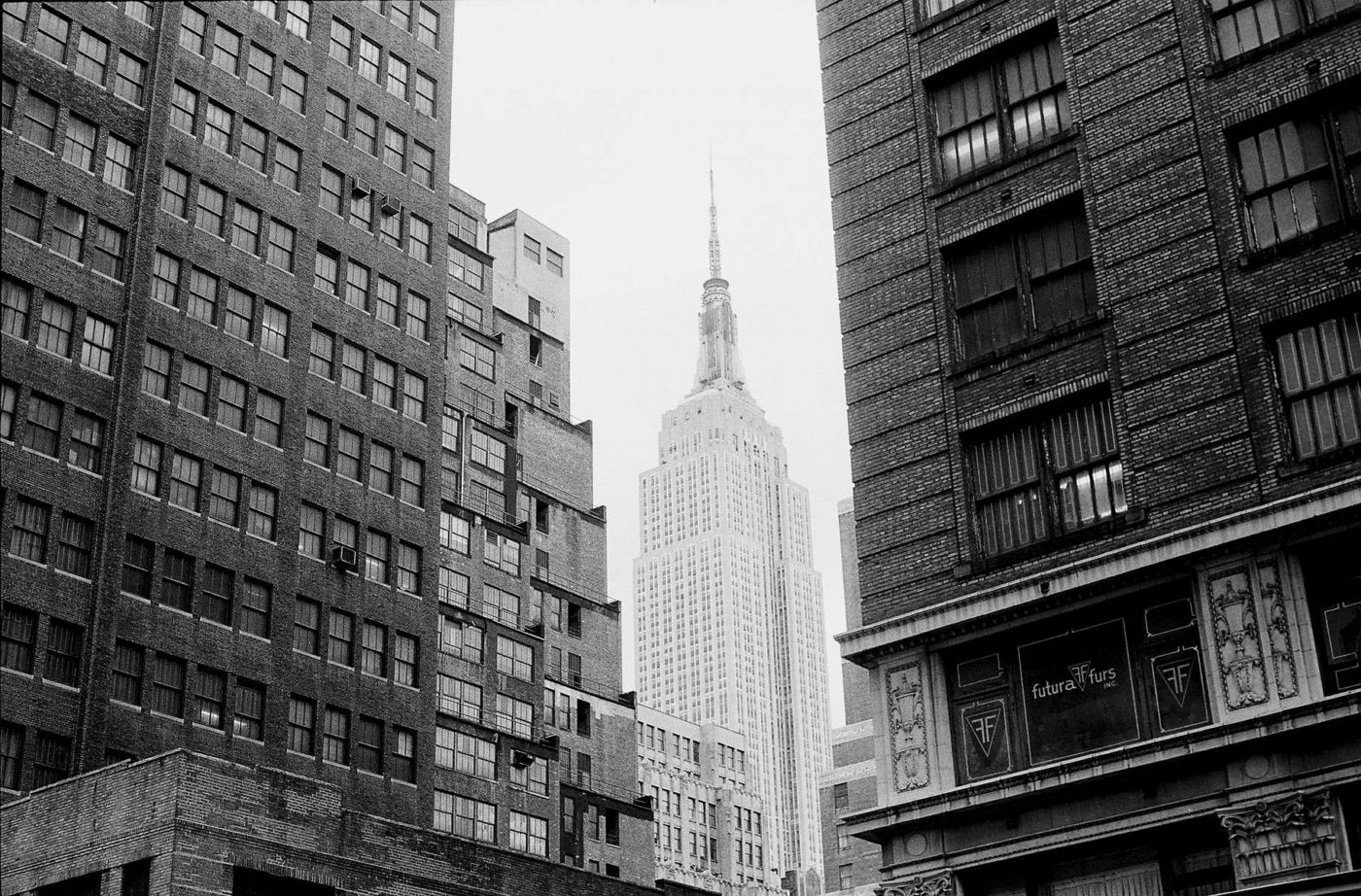
New York City in 1979 For Top Stories #9 by Kathy Acker 1981
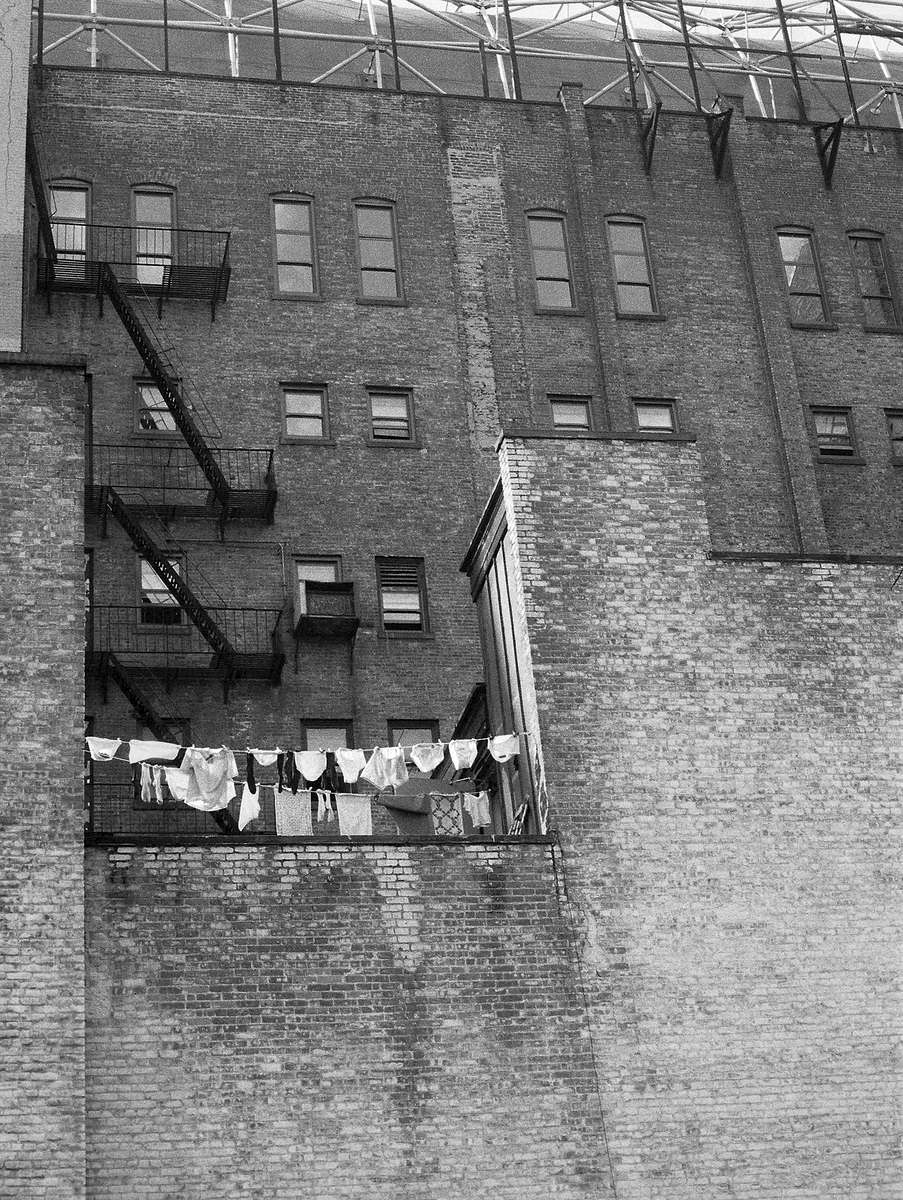
New York City in 1979 For Top Stories #9 by Kathy Acker 1981
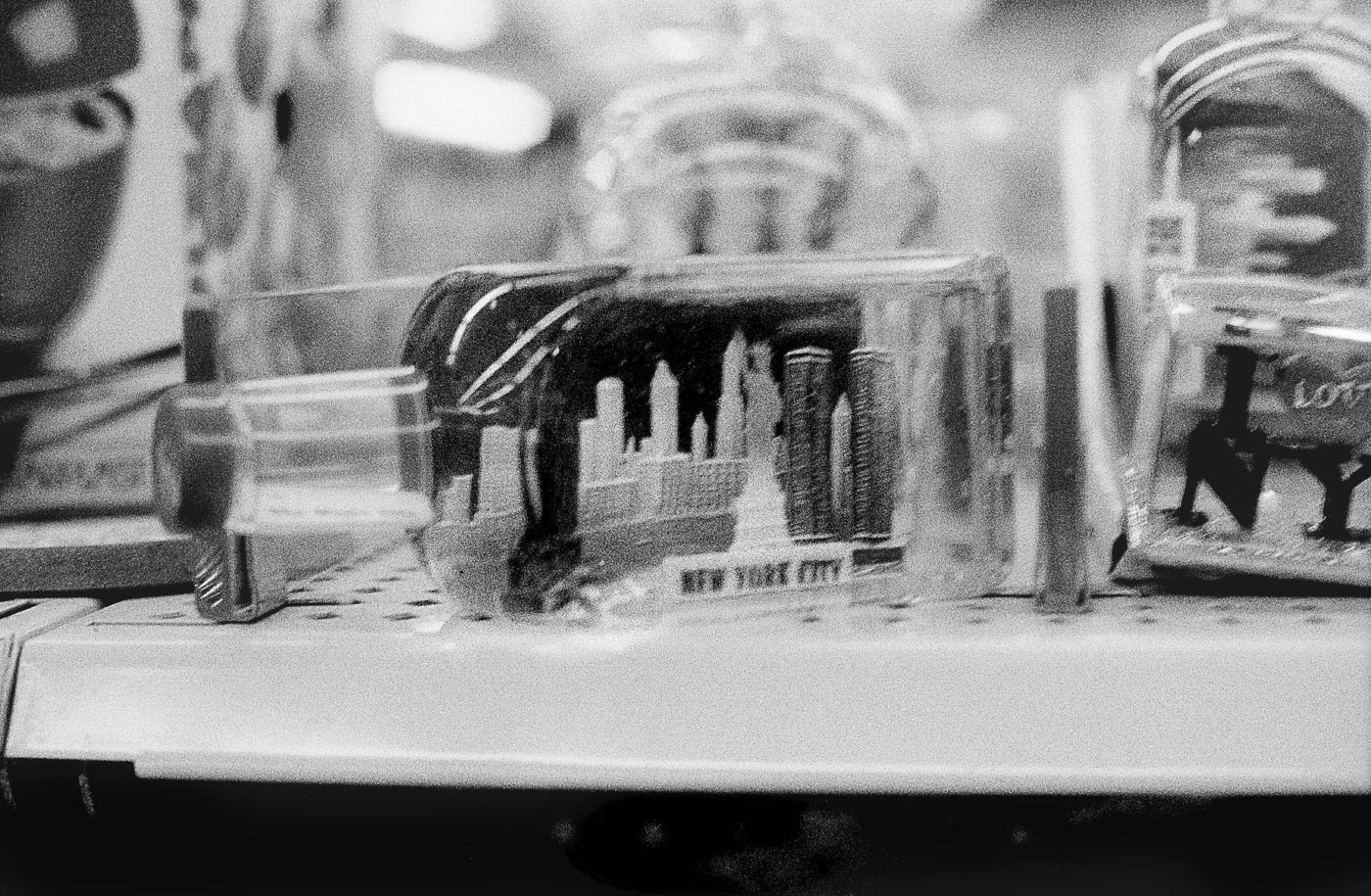
New York City in 1979 For Top Stories #9 by Kathy Acker 1981
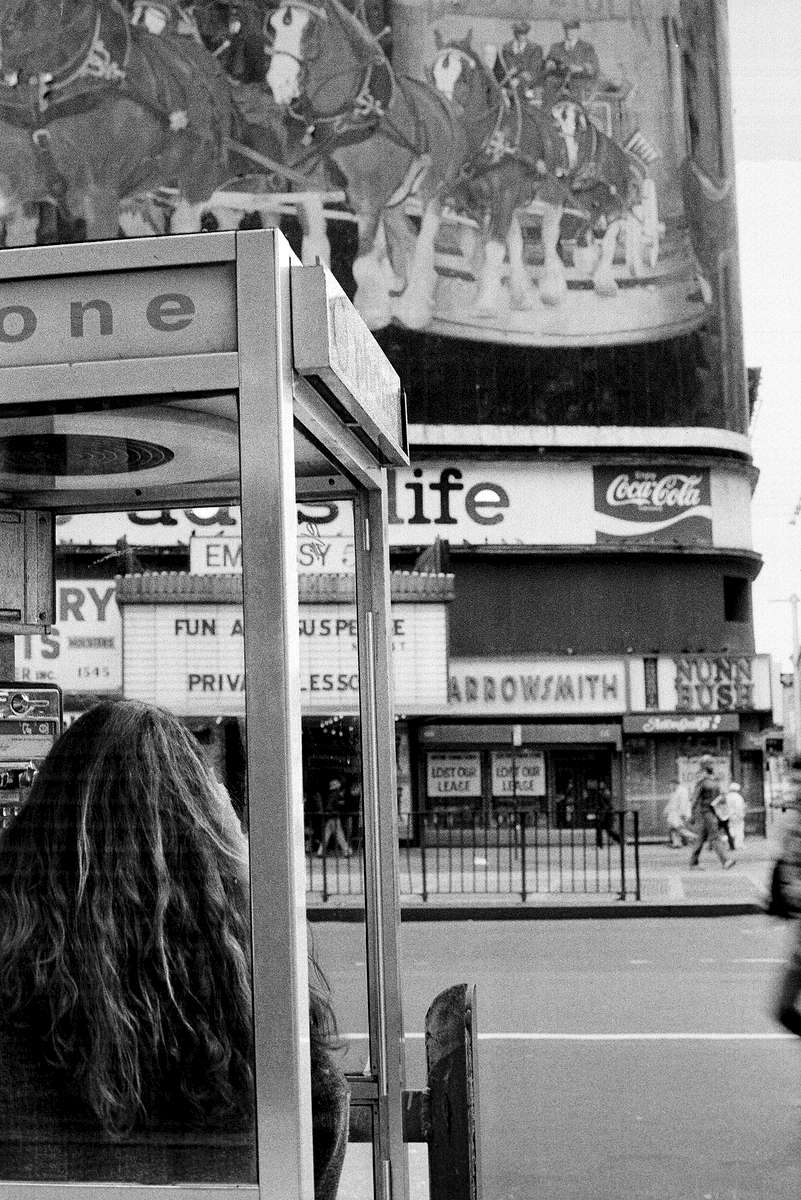
New York City in 1979 For Top Stories #9 by Kathy Acker 1981

New York City in 1979 For Top Stories #9 by Kathy Acker 1981
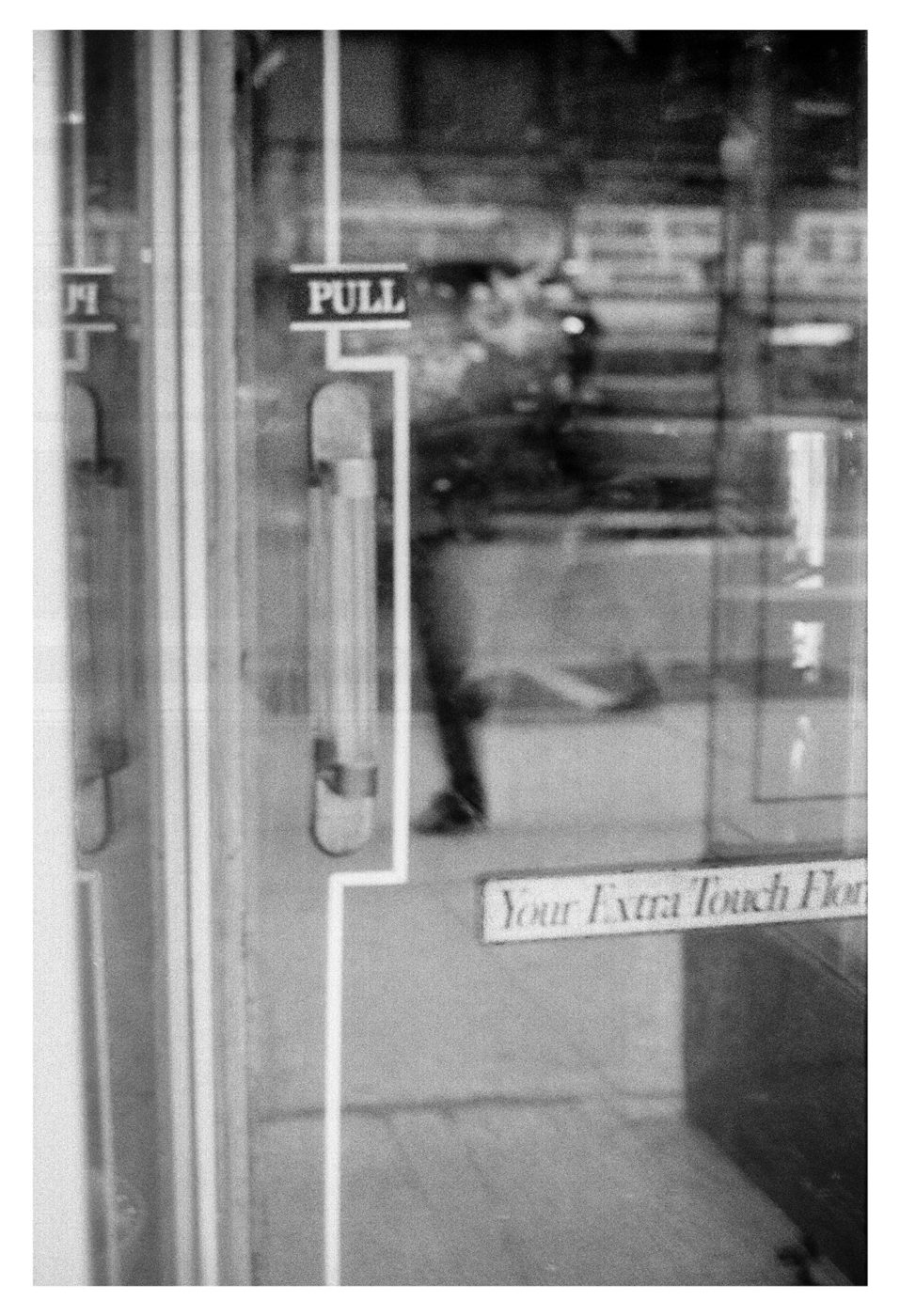
New York City in 1979 For Top Stories #9 by Kathy Acker 1981

New York City in 1979 For Top Stories #9 by Kathy Acker 1981
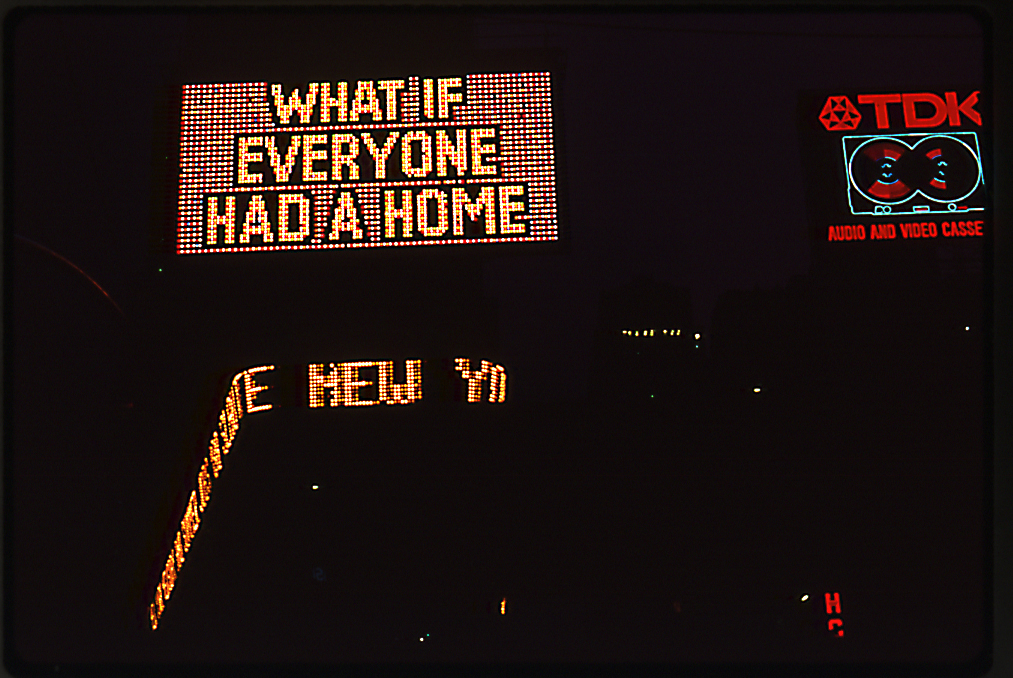
Messages to the Public 1988 Messages to the Public was a series of projects curated by Jane Dickson for Times Square’s Spectacolor board running from 1982 to 1990. The work by over 70 artists was featured including Jenny Holzer, Barbara Kruger, Vito Acconci, Lynne Tillman, the Guerilla Girls, and Anne Turyn.
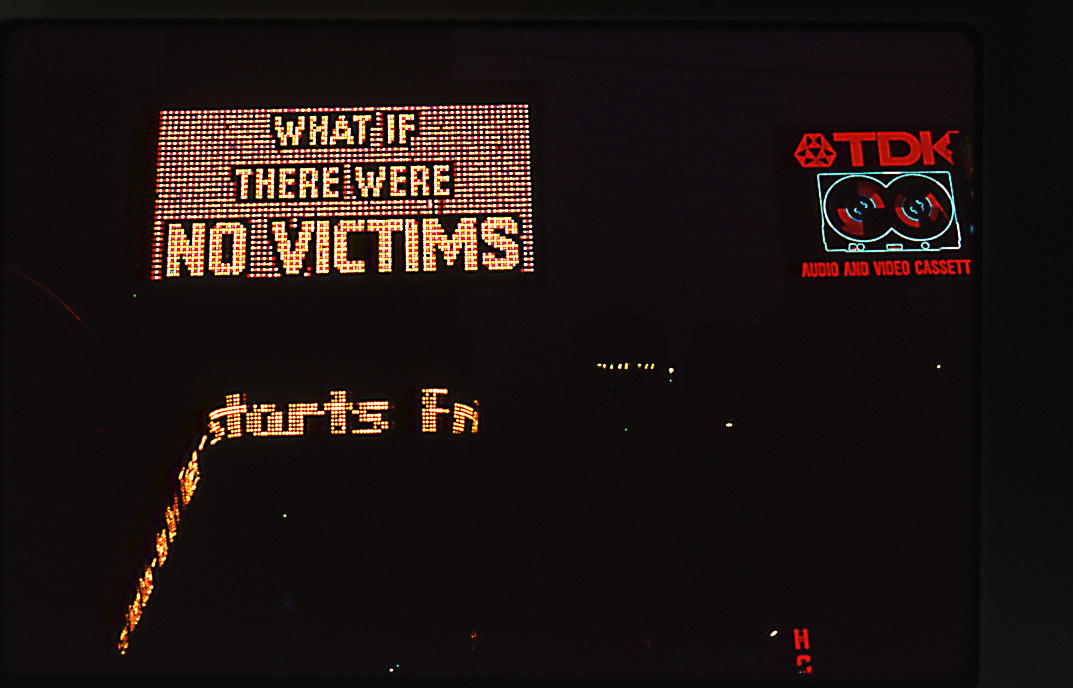
Messages to the Public 1988
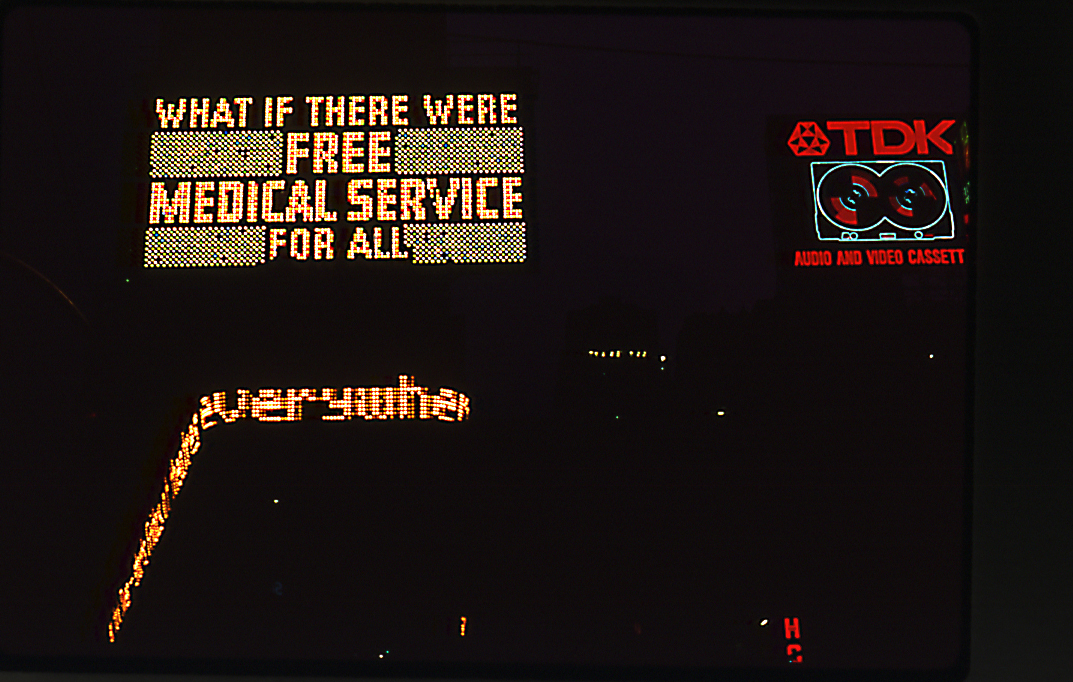
Messages to the Public 1988
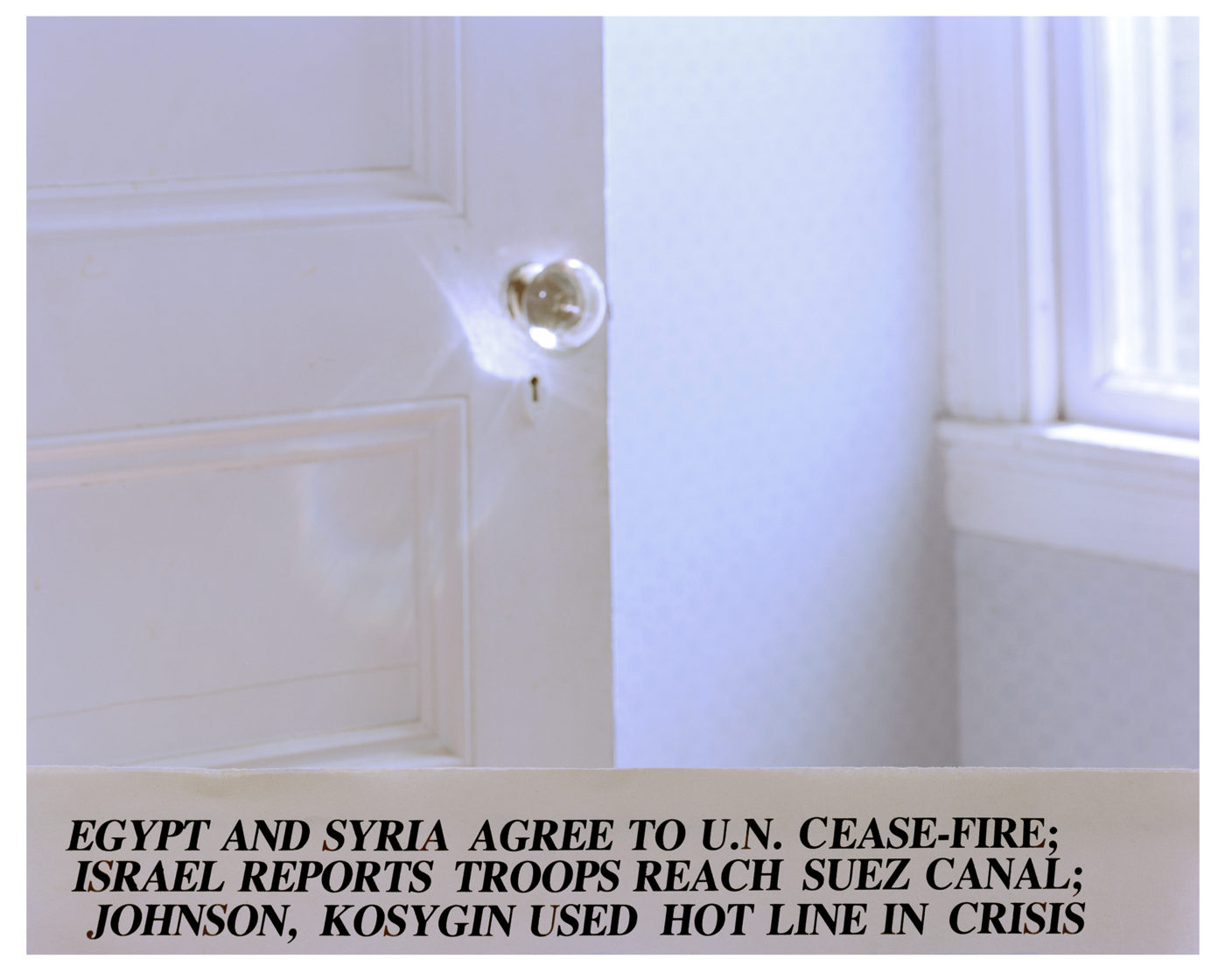
Flashbulb Memories 1985-1986
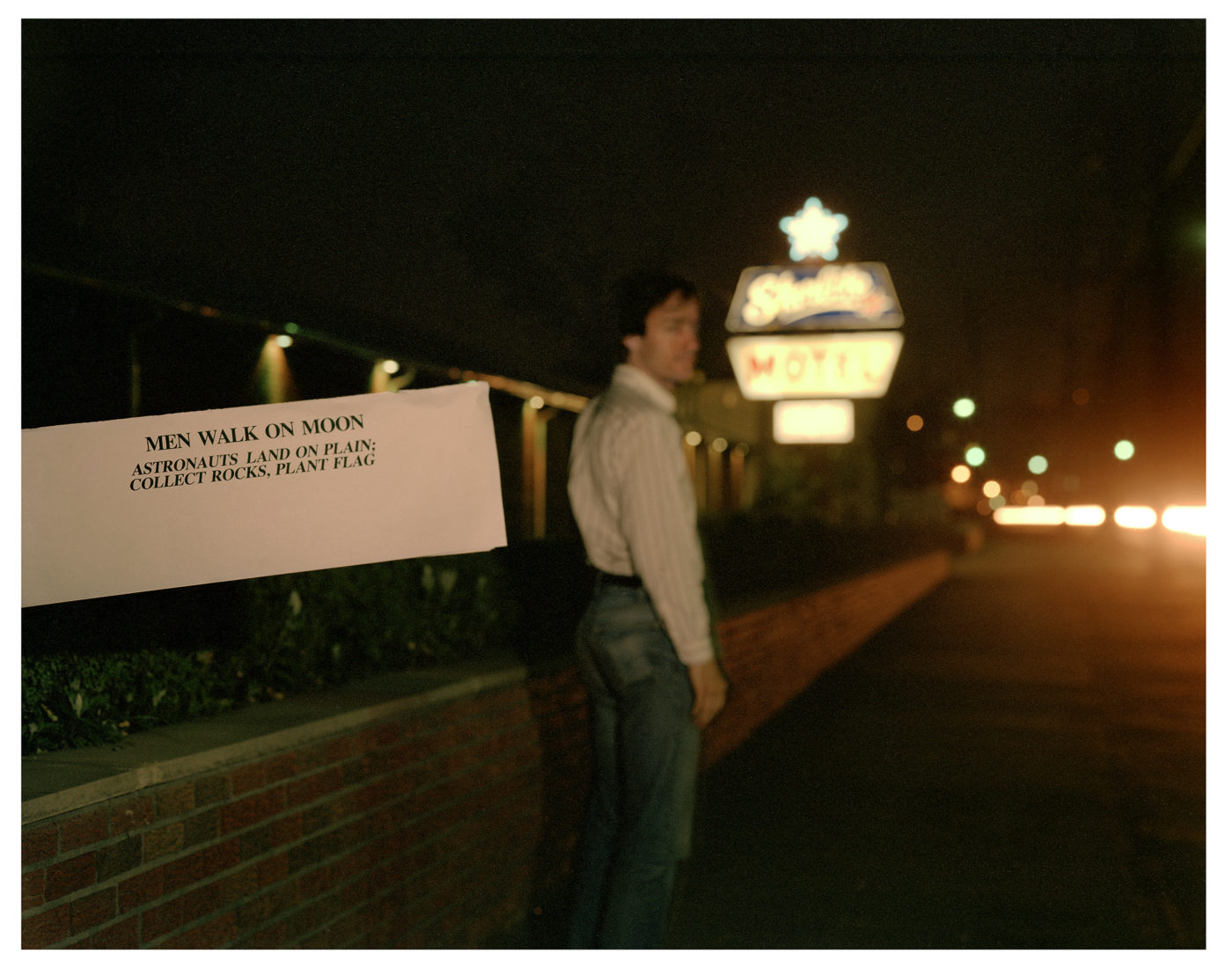
Flashbulb Memories 1985-1986

Flashbulb Memories 1985-1986
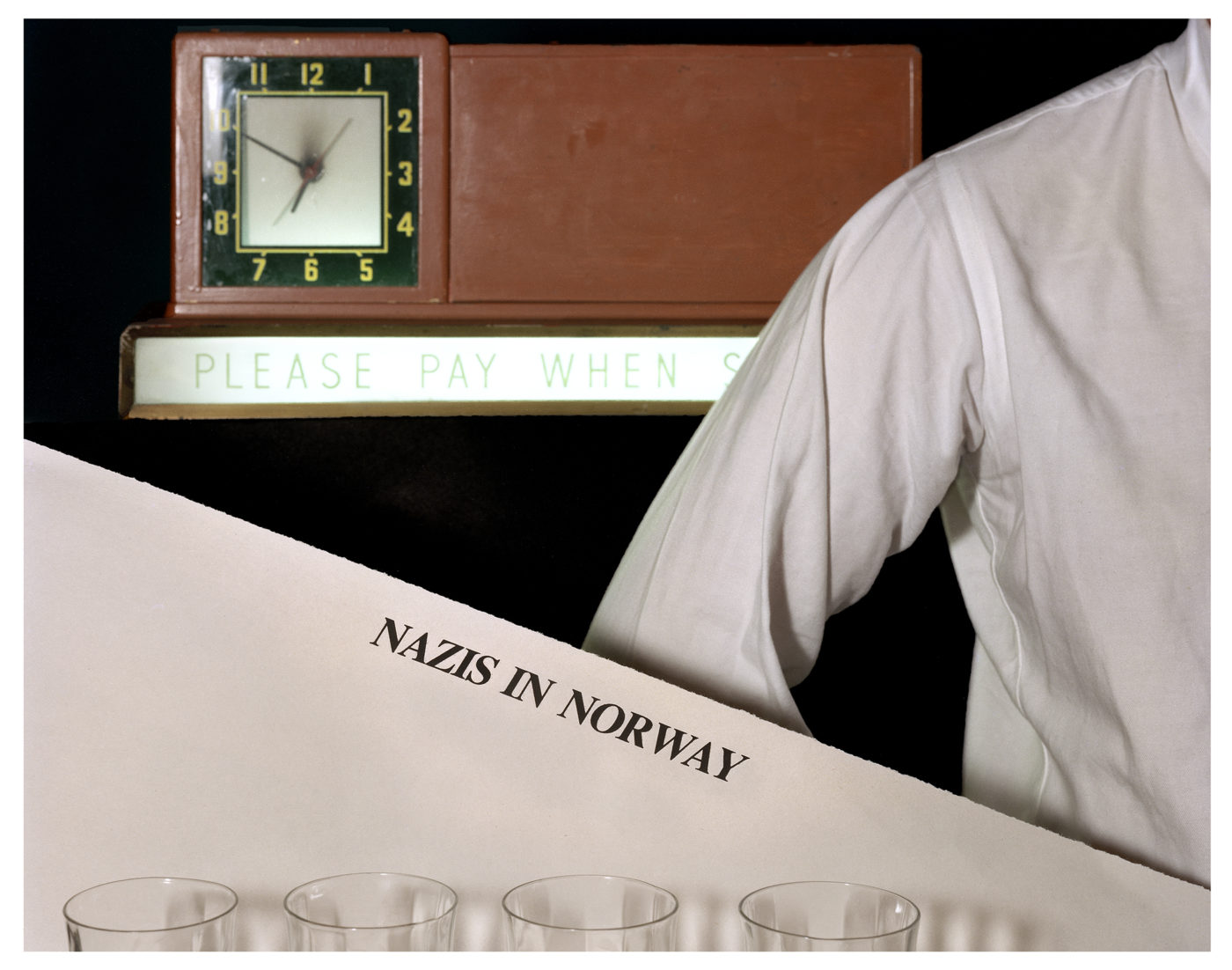
Flashbulb Memories 1985-1986
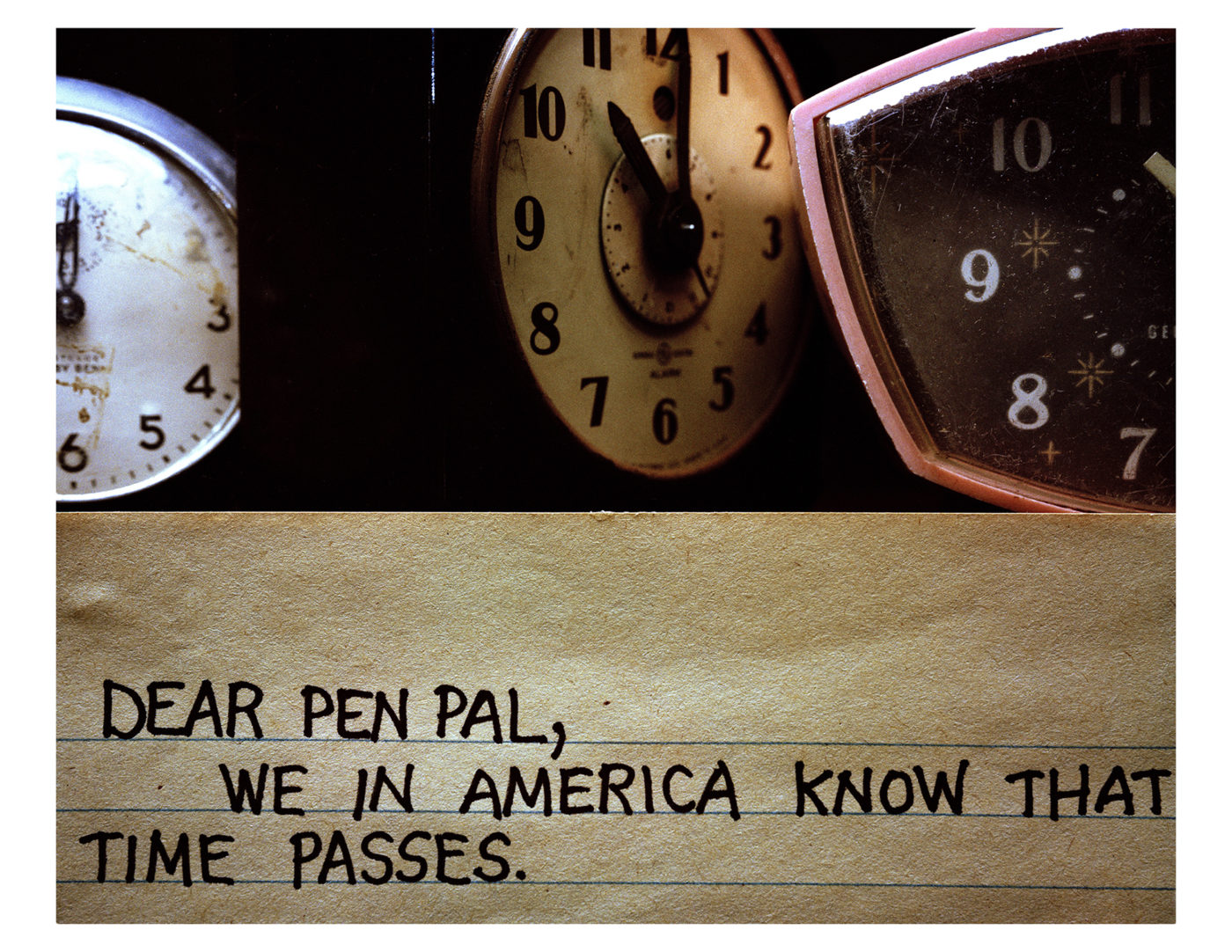
Dear Pen Pal 1979-1980
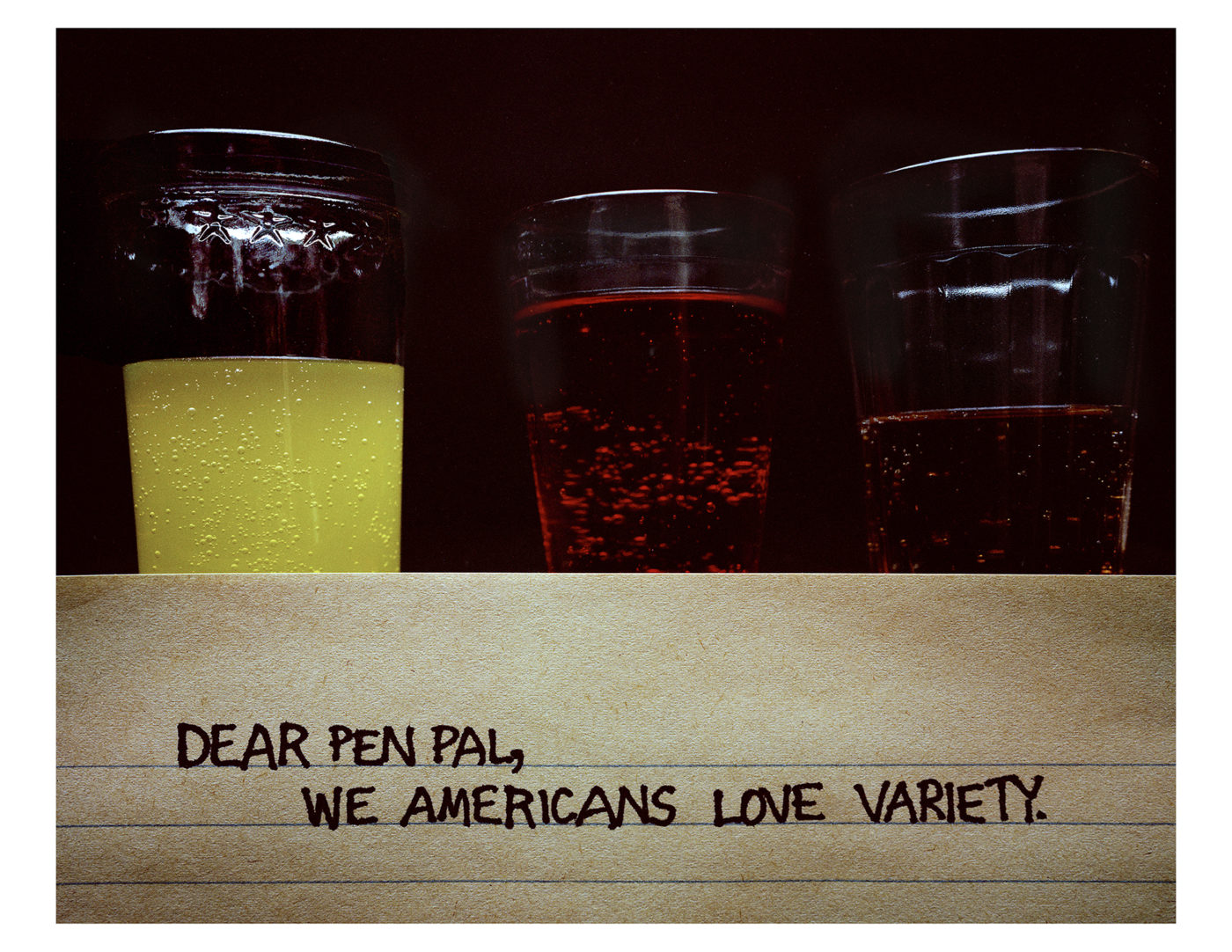
Dear Pen Pal 1979-1980
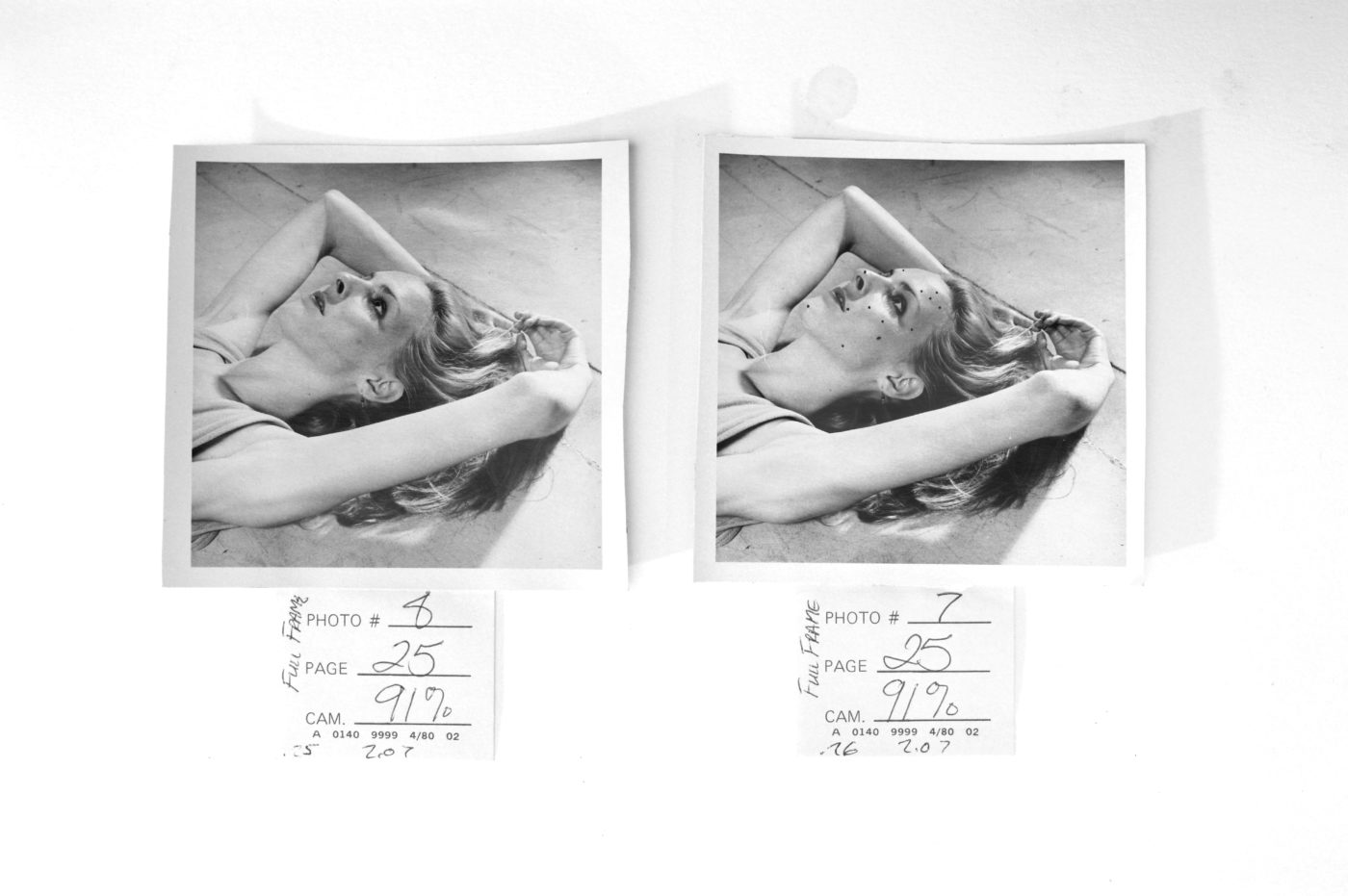
Top Stories Archival Material Photos of Greer Lankton by Peter Hujar for #19-20, How to get rid of Pimples, by Cookie Mueller
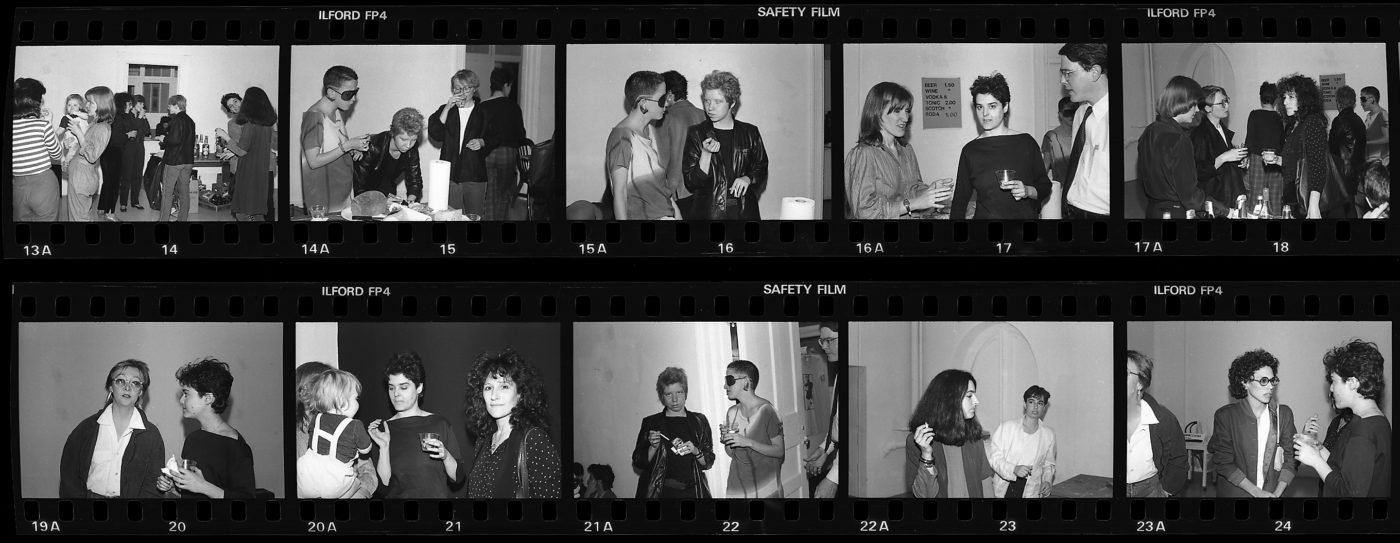
Top Stories Archival Material Contact sheet 1 14: Gail Vachon holding Lulu Rubin, Lynne Tillman, Donna Wyszomierski, Nancy Peskin, 15: Kathy Acker, Judith Doyle, Nancy Peskin 16: Kathy Acker, Judith Doyle 17: Gail Vachon, Anne Turyn, Bill Currie 18: Donna Wyszomierski, Nancy Peskin, Lynne Tillman Contact sheet 2 20: Constance DeJong, Anne Turyn 21: Gail Vachon holding Lulu Rubin, Anne Turyn, Lynne Tillman 22: Judith Doyle, Kathy Acker, Bill Currie 23: Linda Neaman, Claudia Gould 24: Constance De Jong, Jane Dickson, Anne Turyn

Top Stories Archival Material Letter fron Kathy Acker for #9, N.Y.C. in 1979 1981

Top Stories Archival Material

Top Stories Archival Material Paste-up for #28 Lisa Bloomfield, War Comics (1989)
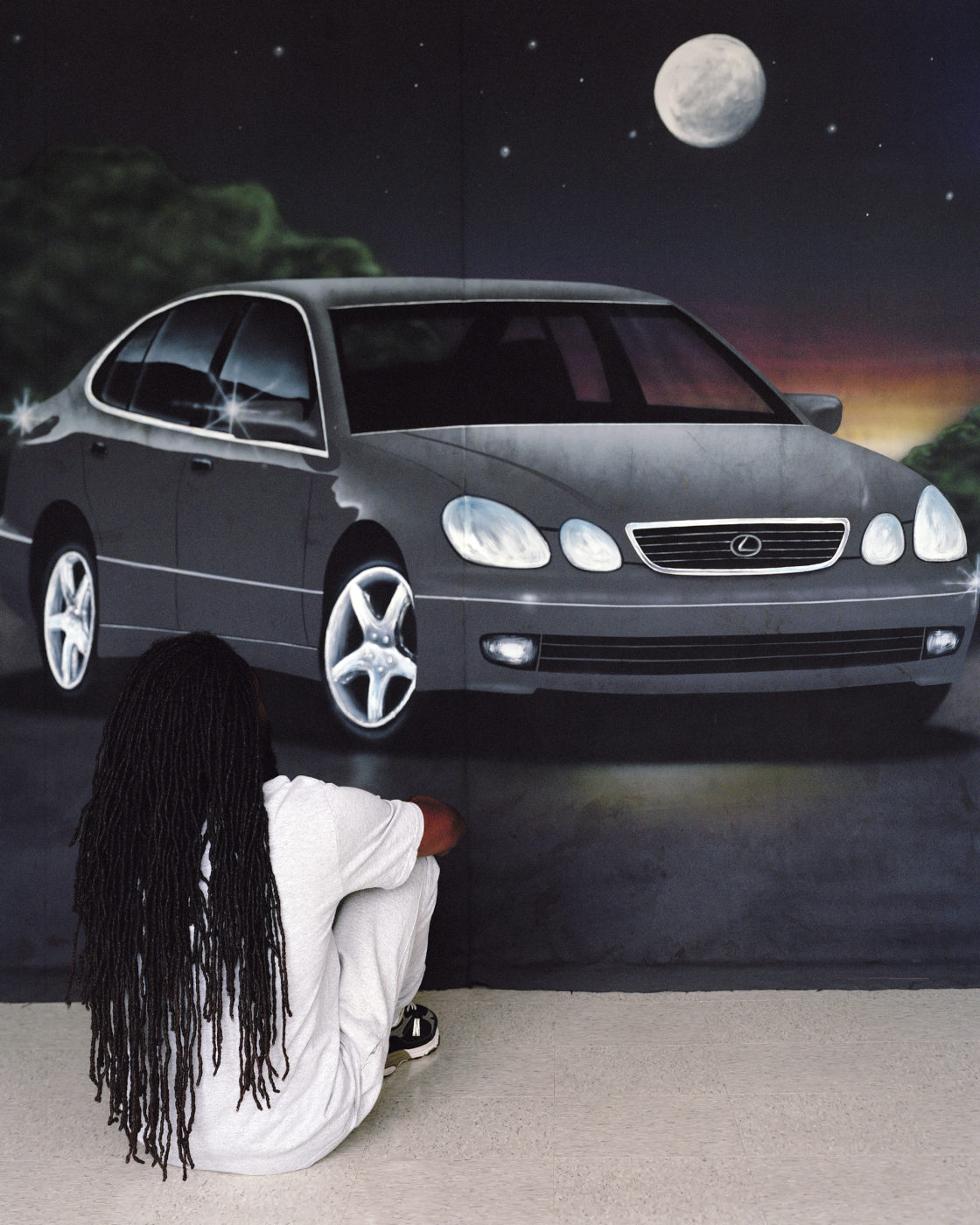
The Visiting Room 1 2019 Archival Ink Jet Print 40 x 30 in 102 x 76 cm
Larry W. Cook
Opening
July 4, 2020
13 – 18h
Exhibition
July 4 – 25, 2020
[Deutscher Text nachstehend]
Larry W. Cook’s socially critical work includes photography, video, and conceptual art. It examines African American identity, racial relations, fatherhood and masculinity in the African American context, and American society. The show is a „Must See“ according to Artforum.
“Fatherhood” (2018) is a series of large portraits of fathers with their children and deals with one of the most important interpersonal relationships in the context of the experience and presentation of masculinity through a variety of different modes. The photographs represent the ability to come together. The theme of fatherhood is also central to “When Dad Comes Home” (2013), where Cook works with archived photos from his family and friends. What possibilities does the absent father have to build up closeness to his children? What does this closeness look like outside the photo?
Based on his experience as a club photographer in and around Washington DC, Cook began working with backdrops used as photo backgrounds at parties, creating an aesthetic unique to the African American experience. In “Urban Landscape” (2018), the backdrops are set in landscapes and can act alone without the people that normally pose in front of them. Escapist motifs such as the Hennessy bottle, cocktails on the beach or fancy cars, which normally stage the background of a carefree night, are brought to the forefront here.
Another important inspiration for Cook is prison photography and his own collection of polaroids taken in prisons. Backdrops are also used in this practice, but with different motifs than in party photography. For “The Visiting Room” (2019) Cook photographed inmates in the visiting room in front of club backdrops. They take up the typical kneeling pose, supposed to reflect pride and masculinity, but are turned away from the viewer and thus anonymous – a tactic that allows the viewer to put himself in the figure’s position.
Larry W. Cook lives and works in Washington DC. He teaches photography at Howard University in Washington DC. Cook received his MFA in 2012 from George Washington University and has since been featured in numerous solo and group exhibitions in the USA, including the MoMA PS.1, Walters Art Museum, the Baltimore Museum of Art, the Katzen Arts Center, and the Rush Arts Gallery. Cook is the winner of the Best of Show Award of the Trawick Prize: Bethesda Contemporary Art Awards 2017 and is nominated for the Outwin Boochever Portrait Competition 2019 of the National Gallery.
The exhibition will be accompanied by a publication, with contributions by Jasmin Basheer, Makeda Best, Leslie M. Wilson, and Tamar.
***
Larry W. Cooks sozialkritisches Werk umfasst Photographie, Video- und Konzeptkunst. Cooks Arbeiten untersuchten oft afroamerikanische Identität, Rassenbeziehungen, Vaterschaft und Männlichkeit im afroamerikanischen Kontext und die amerikanische Gesellschaft. Die Ausstellung ist ein „Must See“ laut Artforum.
Die Serie “Fatherhood” (2018) besteht aus Portraits von kürzlich aus der Haft entlassenen Vätern mit ihren Kindern und setzt sich mit einer der wichtigsten zwischenmenschlichen Bindungen im Kontext der Gefängniserfahrung auseinander. Das Thema Vaterschaft ist auch zentral in “When Dad Comes Home” (2013), wo Cook mit archivierten Photos aus seinem Familien- und Freundeskreis arbeitet. Welche Möglichkeiten hat der abwesende Vater, Nähe zu seinen Kindern aufzubauen? Wie sieht diese Nähe außerhalb des Photos aus?
Ausgehend von seiner Erfahrung als Clubphotograph in Washington DC und Umgebung begann Cook, mit Backdrops zu arbeiten, die als Fotokulissen auf Parties verwendet werden und eine für die afroamerikanische Erfahrung einzigartige Ästhetik darstellen. In “Urban Landscape” (2018) stehen die Backdrops in Landschaften und können alleine für sich wirken, ohne die Menschen, die normalerweise davor posieren. Eskapistische Motive wie die Hennessy-Flasche, Cocktails am Strand oder teure Autos, die sonst den Hintergrund einer unbeschwerten Nacht inszenieren, rücken hier in den Vordergrund.
Eine weitere wichtige Inspiration für Cook ist die Gefängnisphotographie und seine eigene Sammlung von Polaroids, die in Gefängnissen aufgenommen wurden. Auch in dieser Praxis werden Backdrops verwendet, allerdings mit anderen Motiven als bei der Partyphotographie. Für “The Visiting Room” (2019) photographierte Cook Gefängnisinsassen im Besuchsraum vor Club-Backdrops. Sie nehmen die typische kniende Pose ein, die Stolz und Männlichkeit ausstrahlen soll, sind jedoch vom Betrachter abgewendet und somit anonymisiert – eine Taktik, die es dem Betrachter ermöglicht, sich in die Position der Figur hineinzuversetzen.
Larry W. Cook lebt und arbeitet in Washington DC. Er ist Dozent für Photographie an der dortigen Howard University. Cook erhielt seinen MFA 2012 von der George Washington University und war seither in zahlreichen Einzel- und Gruppenausstellungen in den USA zu sehen unter anderem im MoMA PS.1, Walters Art Museum, dem Baltimore Museum of Art, dem Katzen Arts Center, und der Rush Arts Gallery. Cook ist der Gewinner der Best of Show Auszeichnung des Trawick Prize: Bethesda Contemporary Art Awards 2017 und ist für den Outwin Boochever Portrait Competition 2019 der National Gallery nominiert.
Die Ausstellung wird von einer Publikation begleitet, mit Beiträgen von Jasmin Basheer, Makeda Best, Leslie M. Wilson, und Tamar.
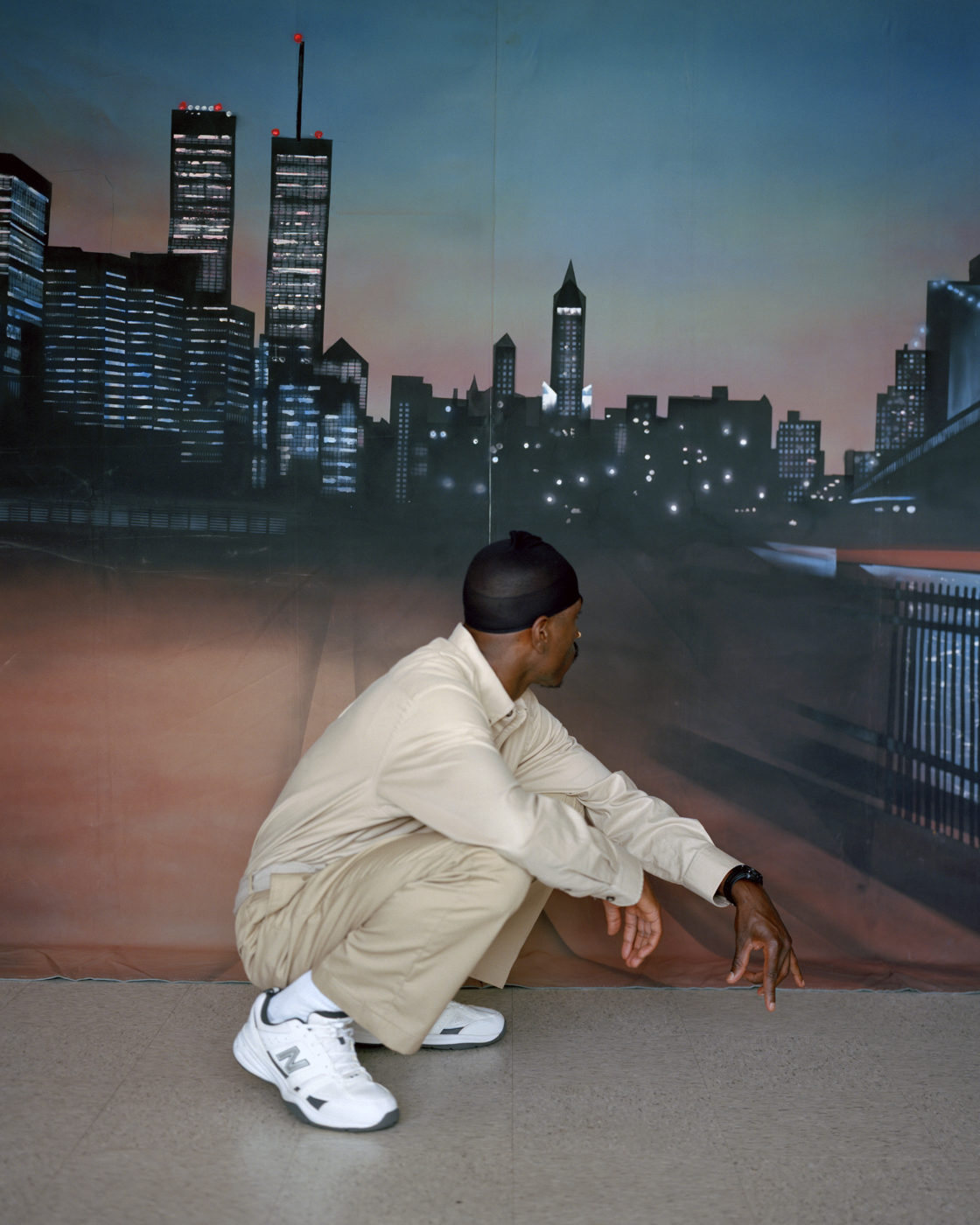
The Visiting Room 2 2019 Archival Ink Jet Print 40 x 30 in 102 x 76 cm
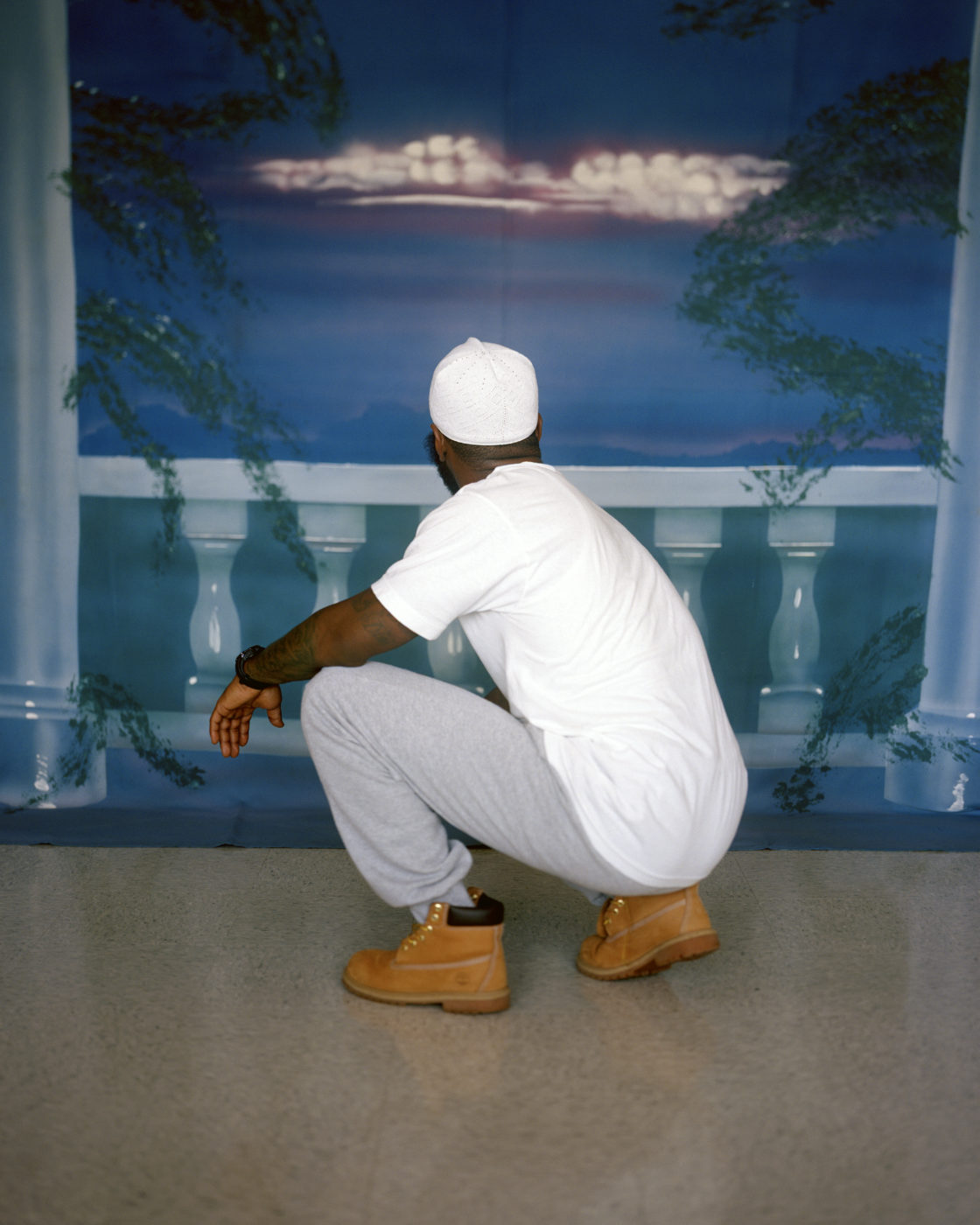
The Visiting Room 3 2019 Archival Ink Jet Print 40 x 30 in 102 x 76 cm
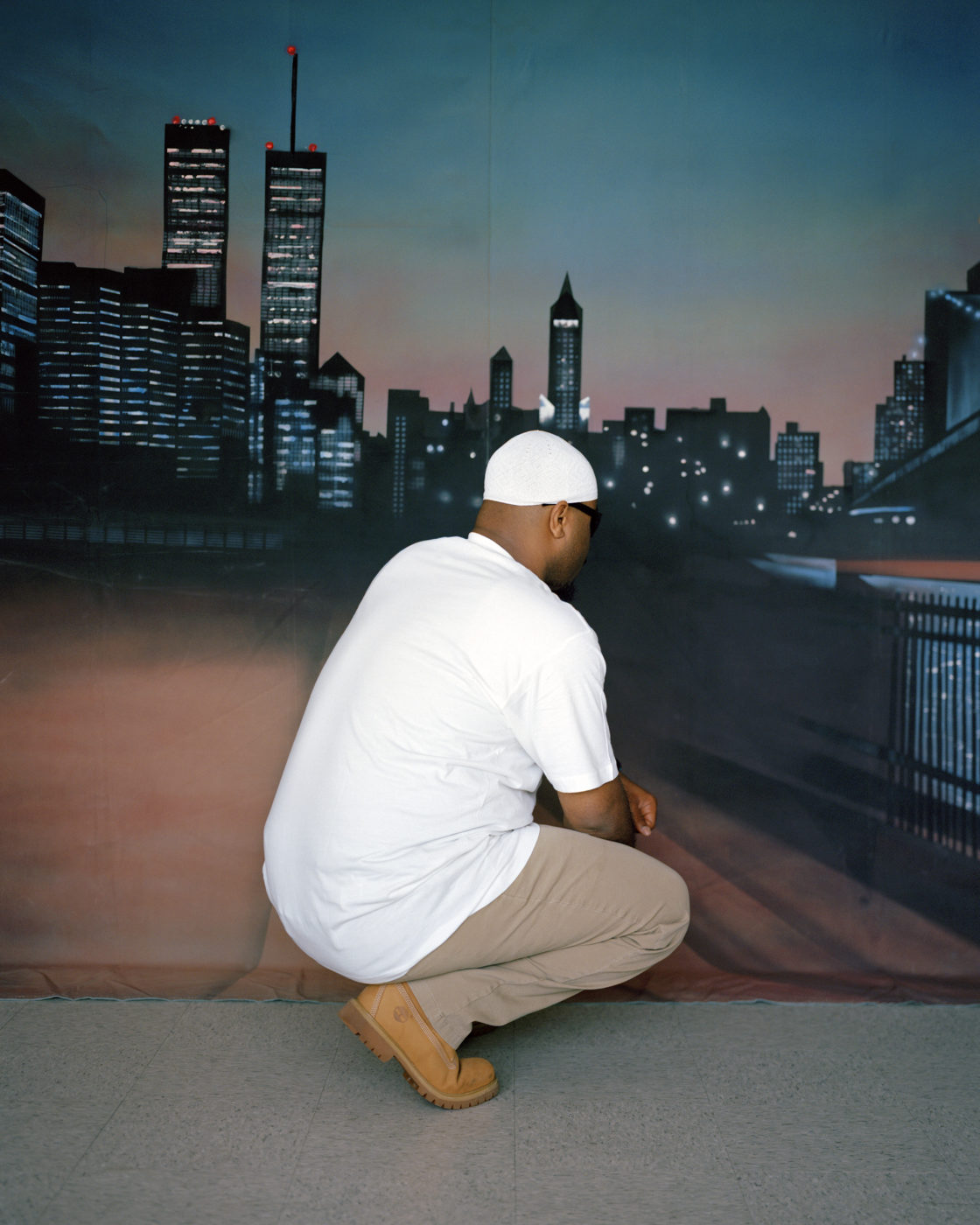
The Visiting Room 4 2019 Archival Ink Jet Print 40 x 30 in 102 x 76 cm
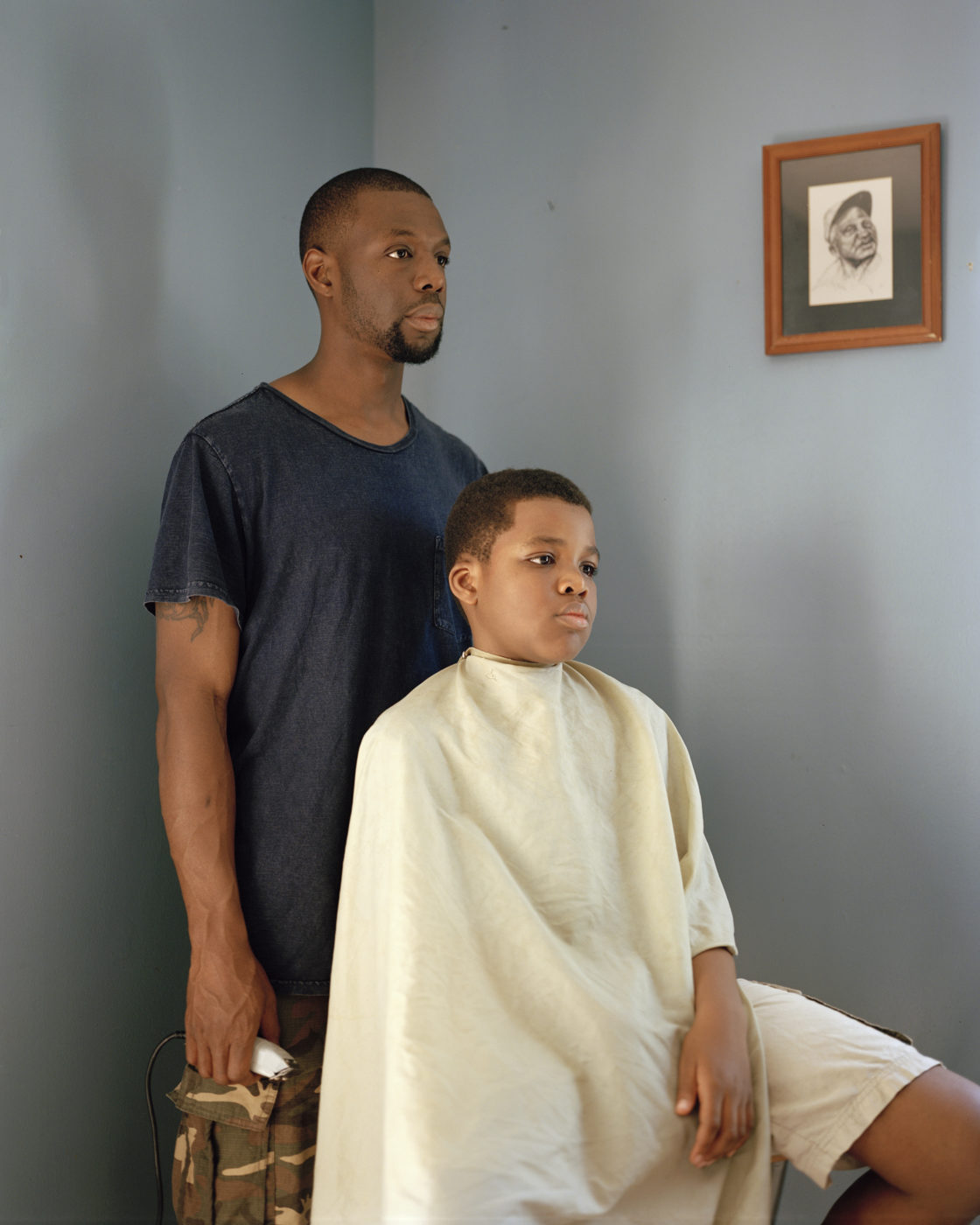
Fatherhood 1 2018 Archival Ink Jet Print 40 x 30 in 102 x 76 cm
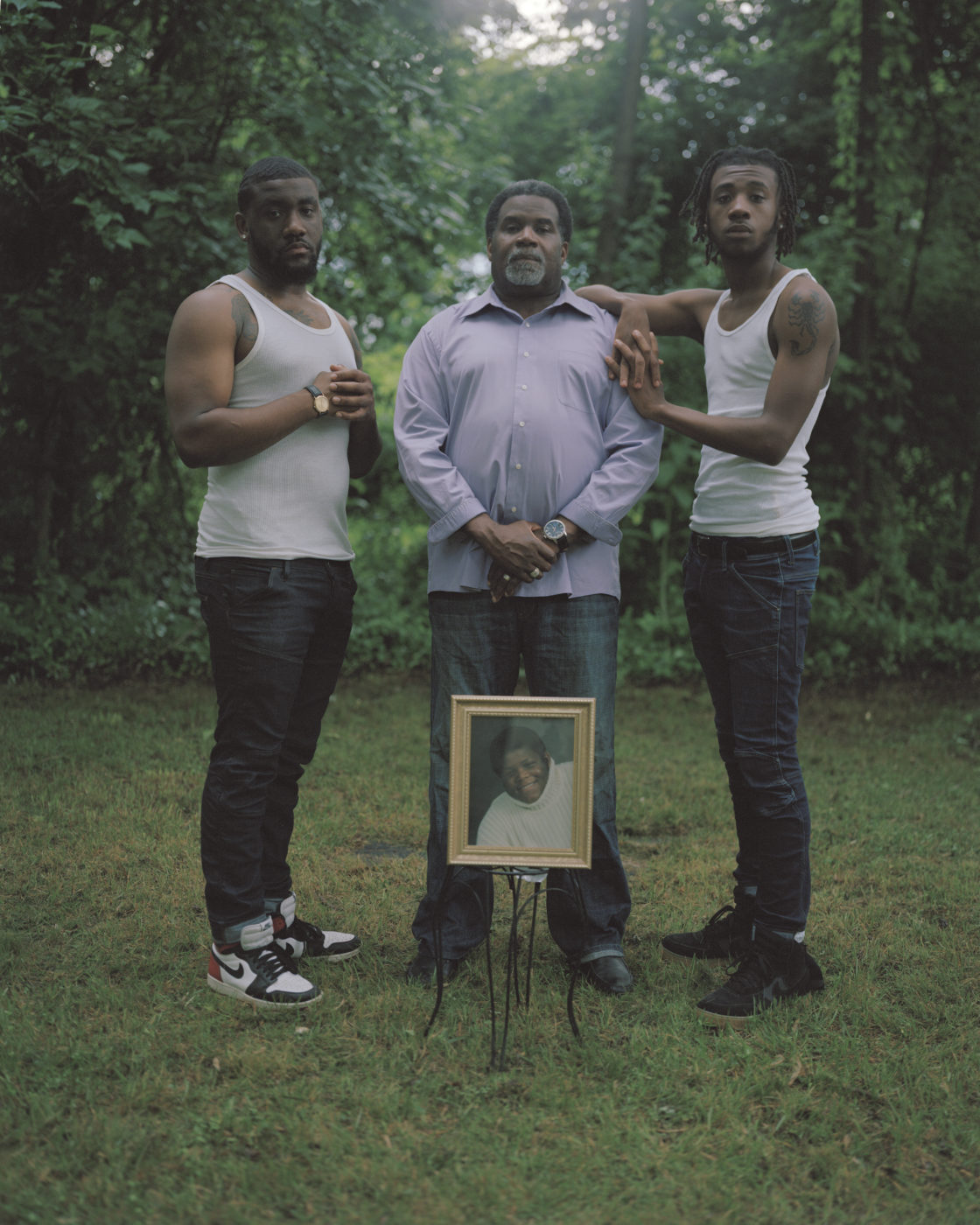
Fatherhood 4 2018 Archival Ink Jet Print 40 x 30 in 102 x 76 cm
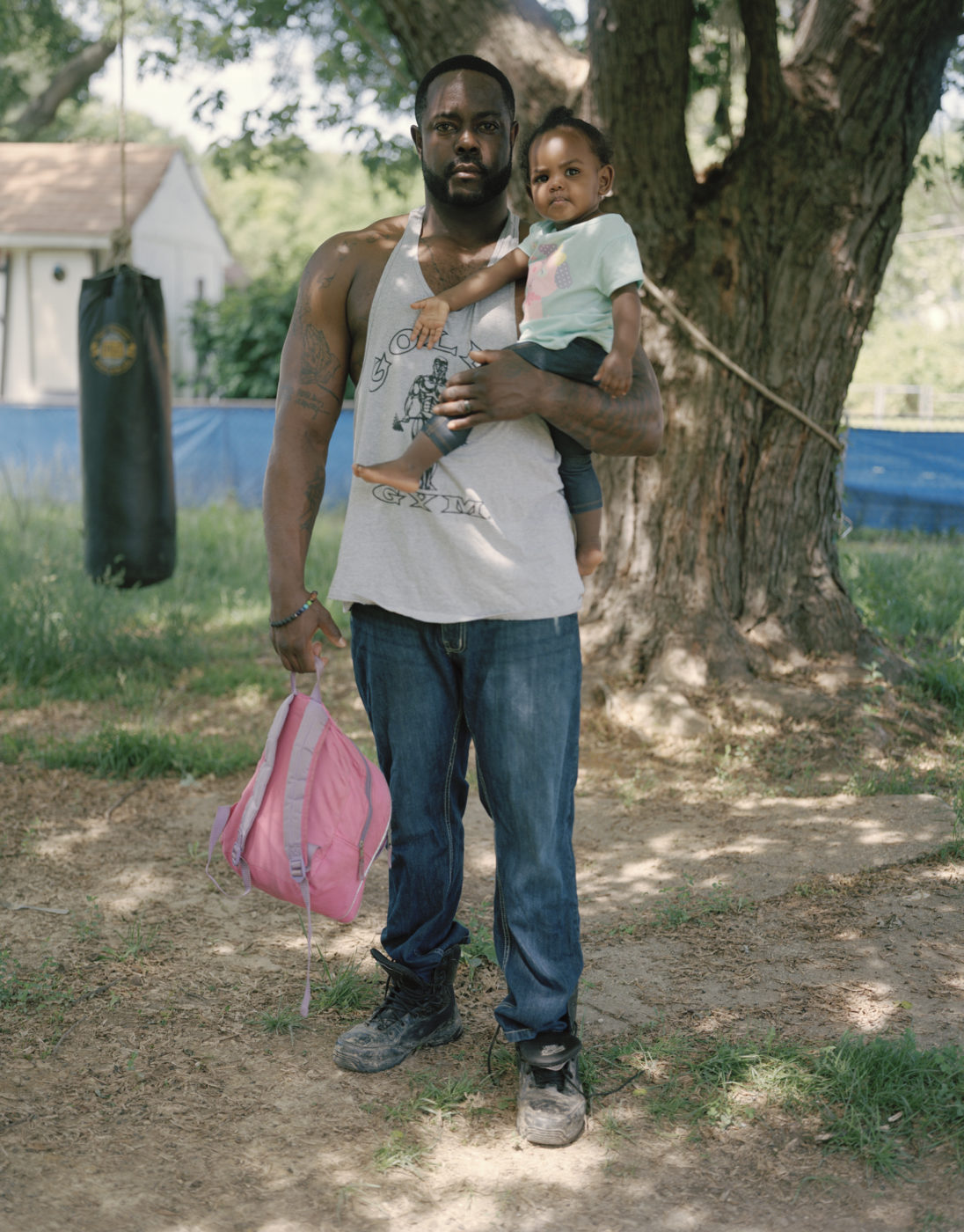
Fatherhood 2 2018 Archival Ink Jet Print 40 x 30 in 102 x 76 cm
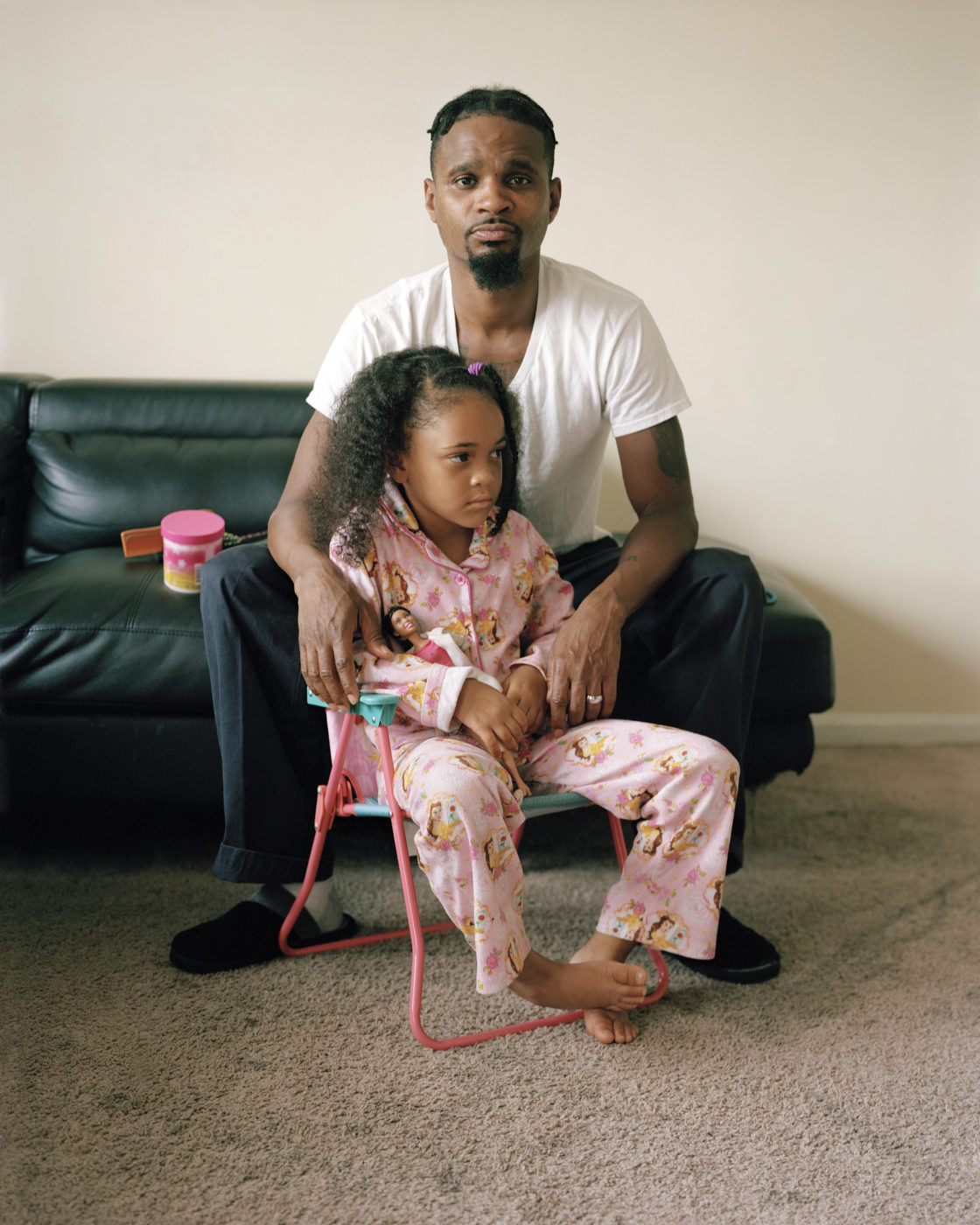
Fatherhood 3 2018 Archival Ink Jet Print 40 x 30 in 102 x 76 cm
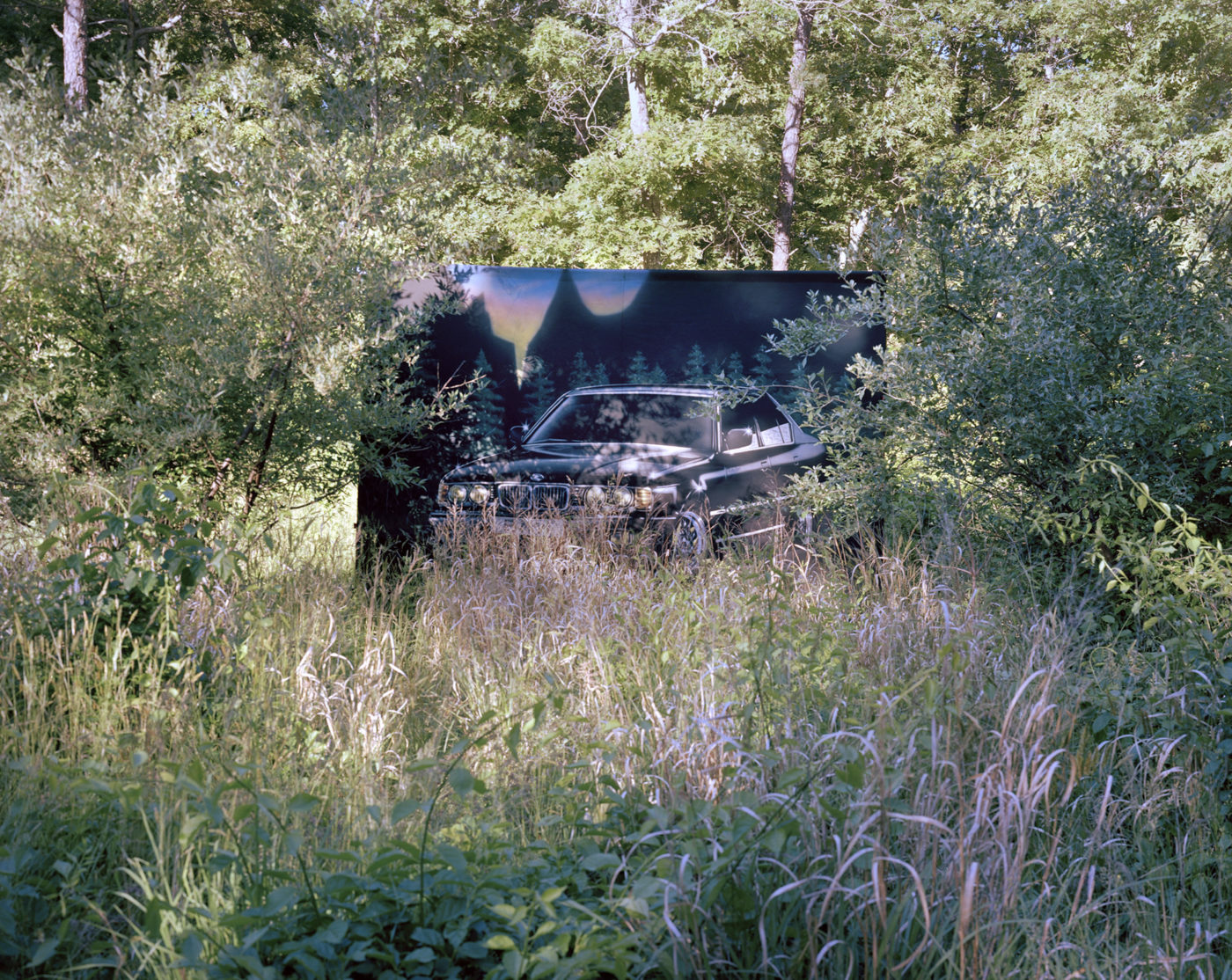
Urban Landscape 1 2018 Archival Ink Jet Print 16 x 20 in 40 x 51 cm
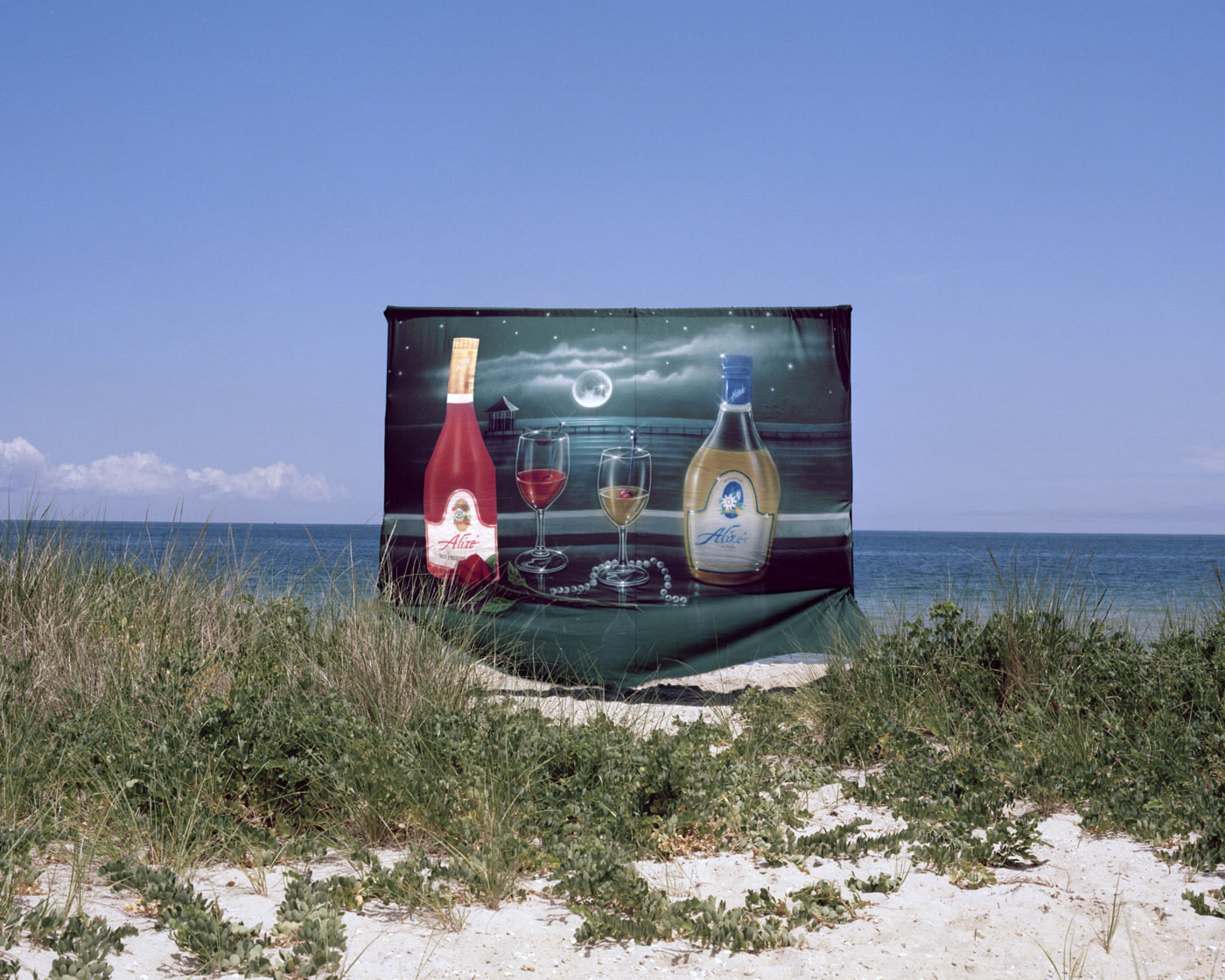
Urban Landscape 2 2018 Archival Ink Jet Print 16 x 20 in 40 x 51 cm
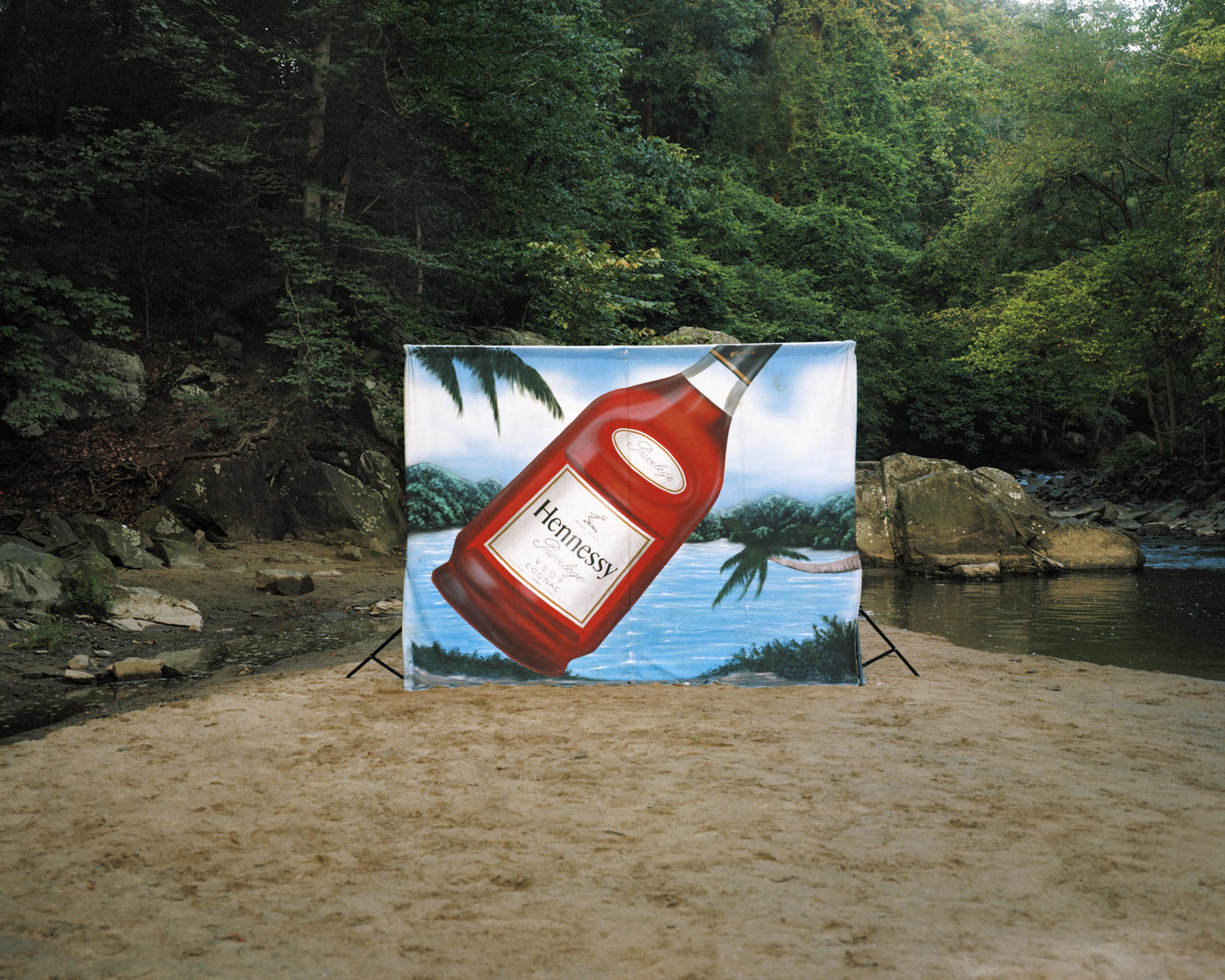
Urban Landscape 5 2018 Archival Ink Jet Print 16 x 20 in 40 x 51 cm
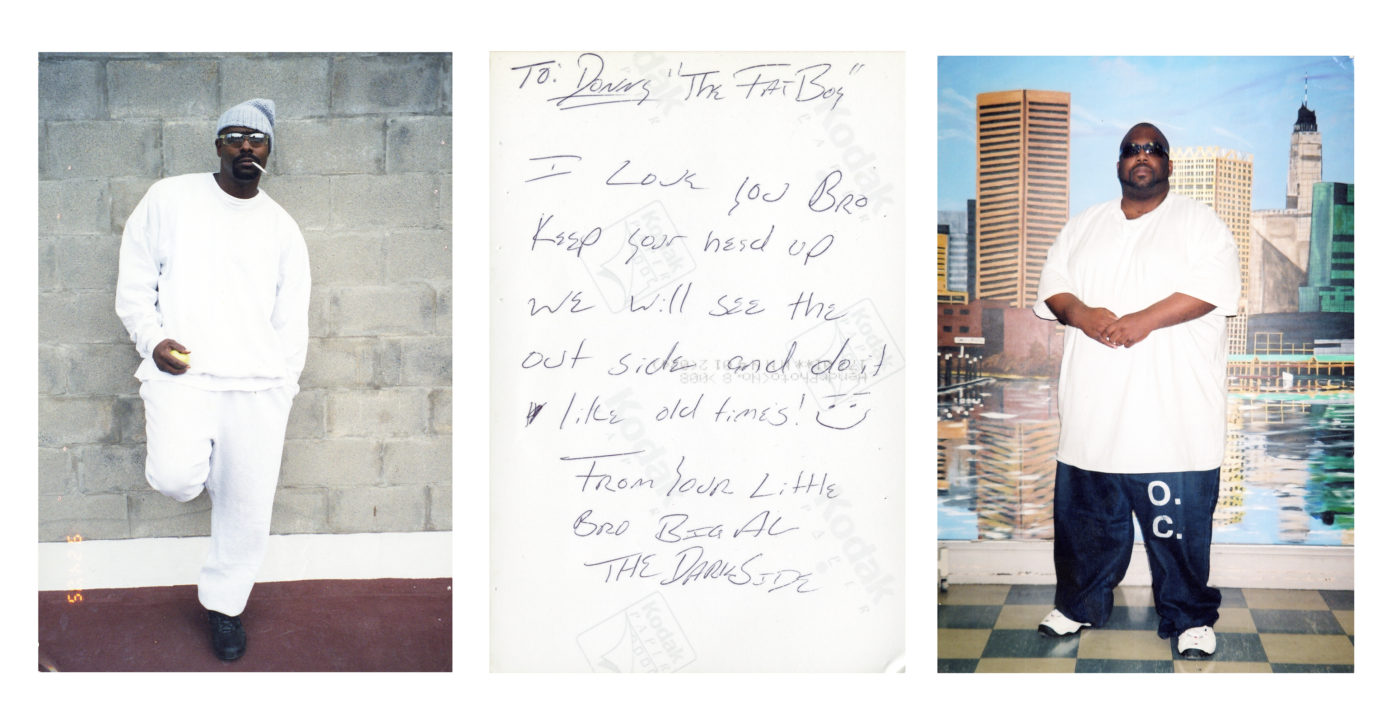
When Dad Comes Home 1 Archival Inkjet Print 13.5 x 22 in 34 x 56 cm
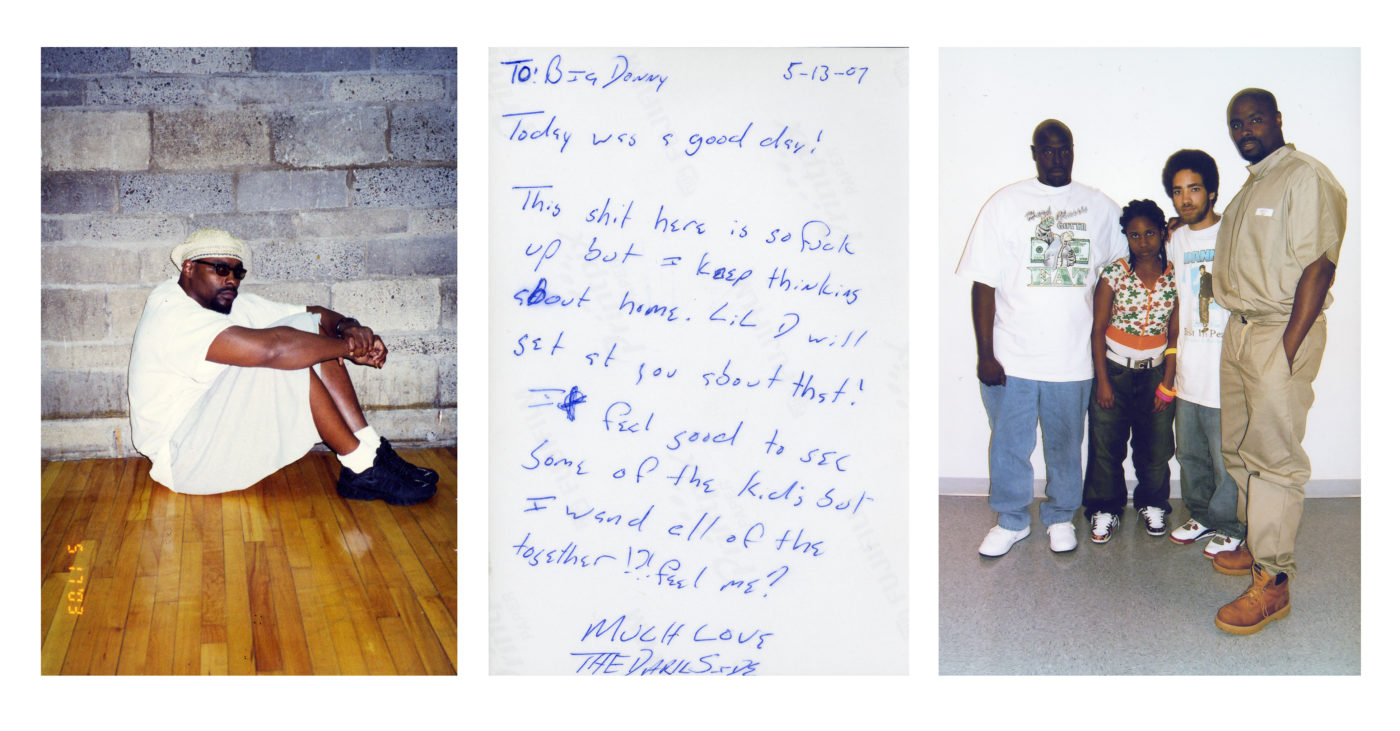
When Dad Comes Home 2 Archival Inkjet Print 13.5 x 22 in 34 x 56 cm
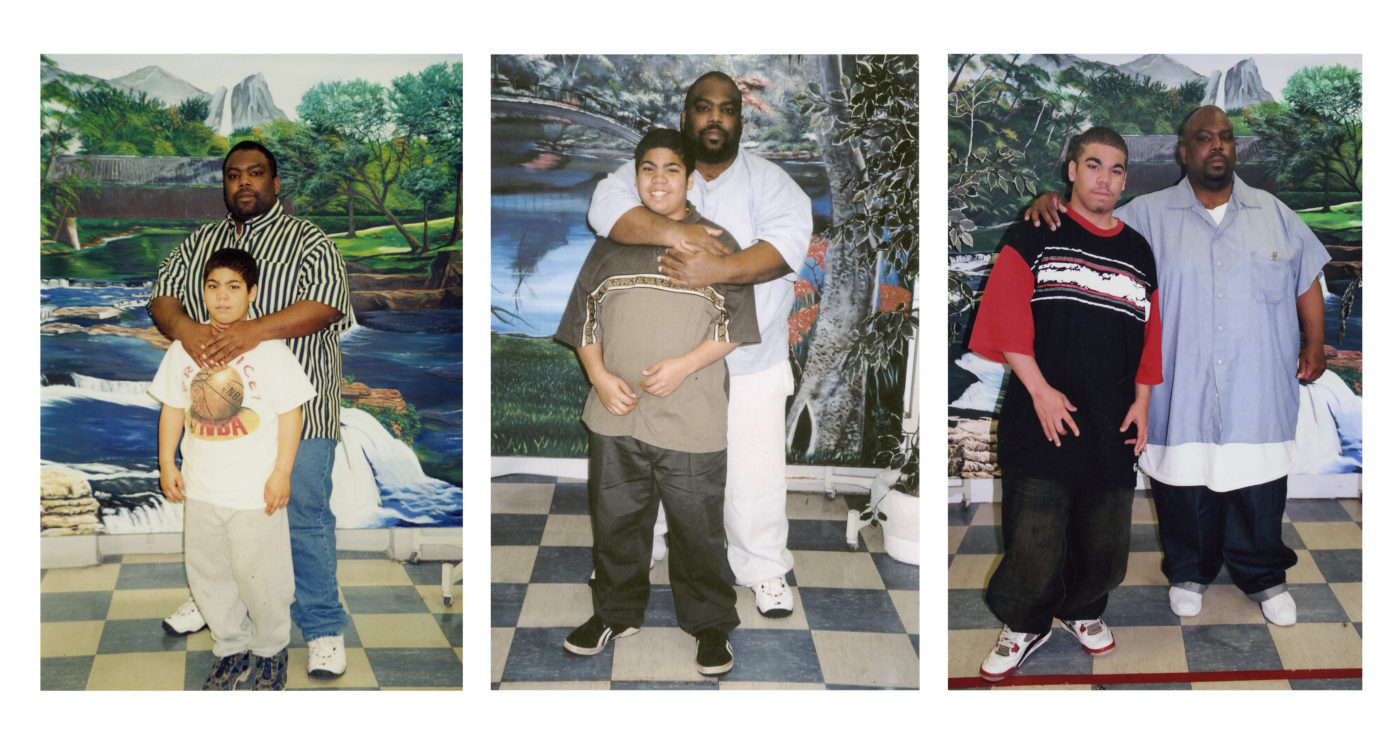
When Dad Comes Home 3 Archival Inkjet Print 13.5 x 22 in 34 x 56 cm
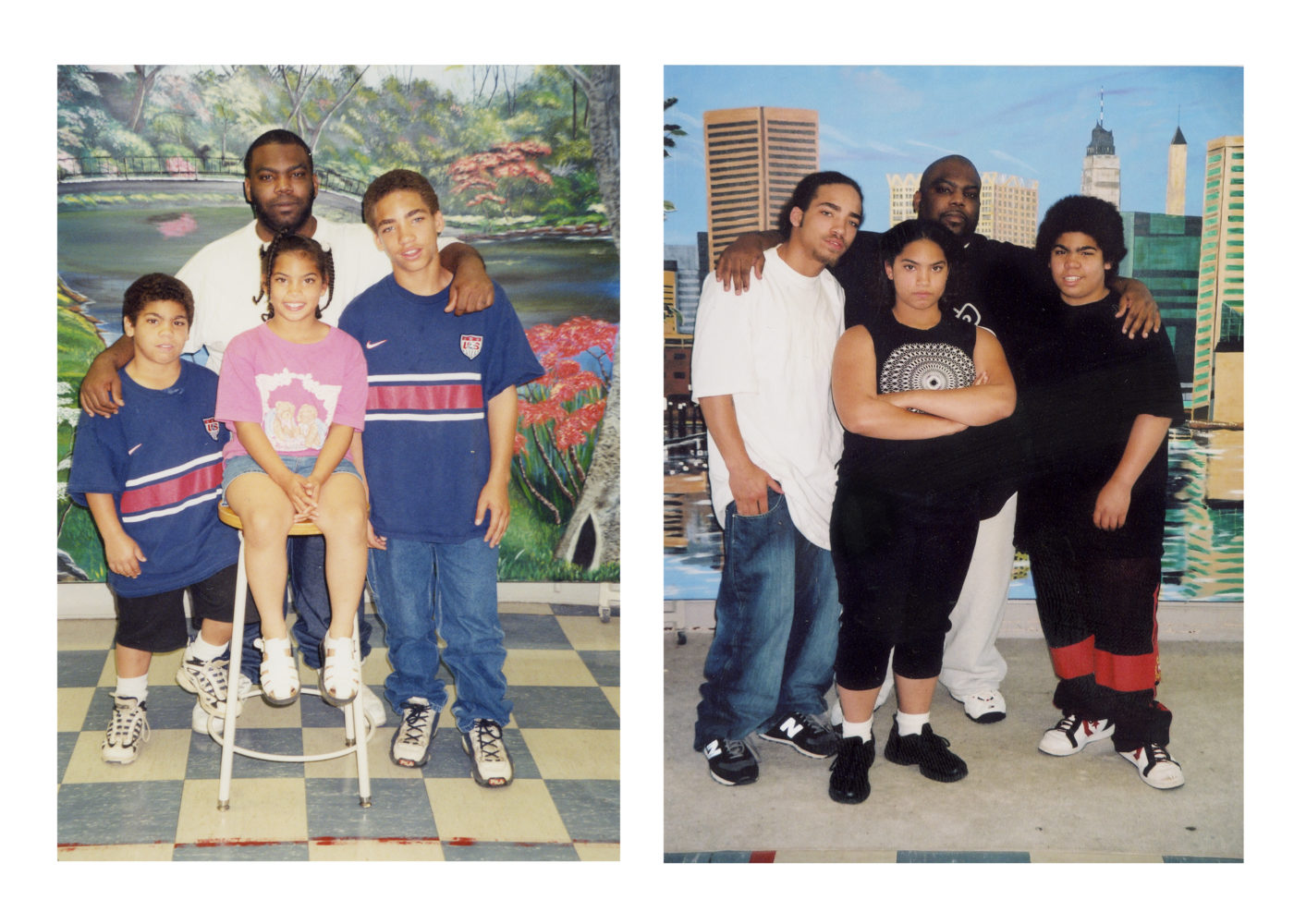
When Dad Comes Home 4 Archival Inkjet Print 13.5 x 16.5 in 34 x 42 cm
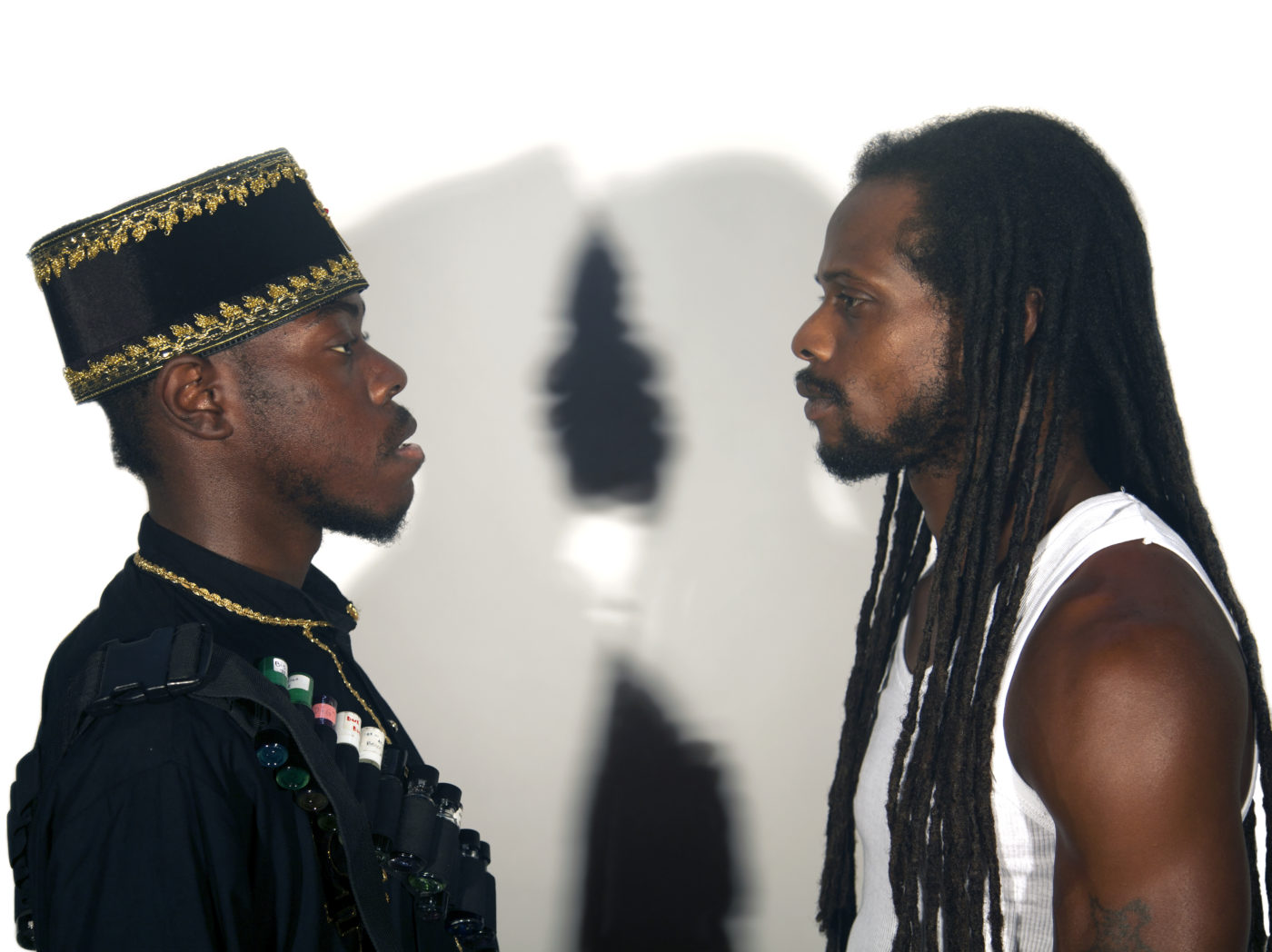
Face Off 1 2014 30 x 40 in 76 x 102 cm

Face Off 2 2014 30 x 40 in 76 x 102 cm
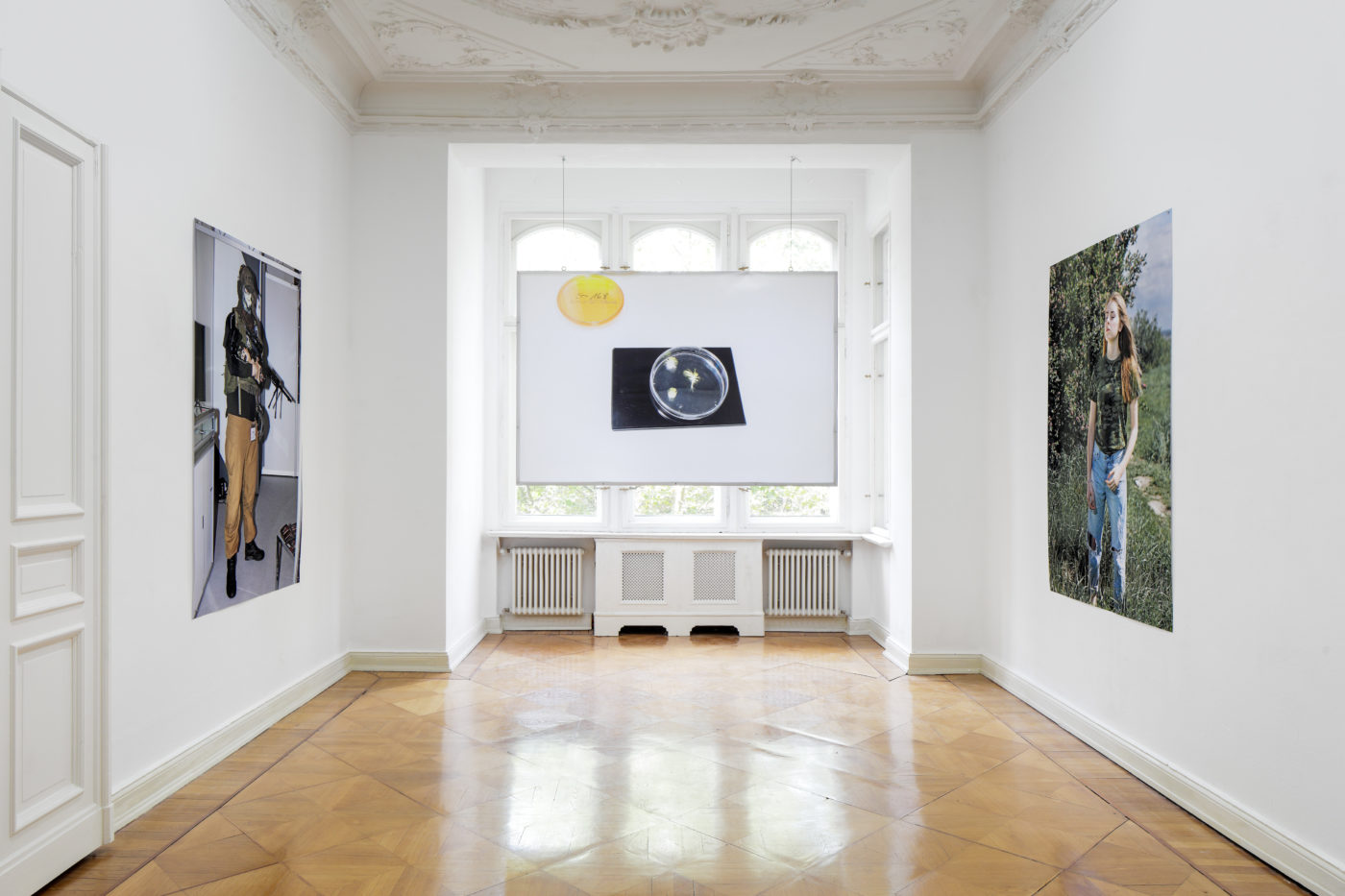
Louisa Boeszoermeny
Opening: September 12, 2019, 19-21h
Exhibition: September 13 – November 9, 2019
[Deutscher Text nachstehend]
Louisa Boeszoermeny’s photographic work comprises elements of documentary and portrait photography as well as still life. In her work, Boeszoermeny examines the diametrically opposed relationship between freedom and security on a socio-political as well as a very personal level.
The series The State I Am In reflects the dialectic between the private and the public, the personal and the political, security and freedom. Where is the line between security and control? What effects does an increased level of security have on one’s own freedom? And what is more important to us?
A young woman posing in a camouflage T-shirt in nature contrasts a personal need for security with a youthful desire for freedom. In addition, pictures of combat training at a school for bodyguards show the relationship between security and violence. A photo of a combination of a high-tech combat equipment and an antique helmet from the imperial era refers to the interplay of nationalistic views, exclusion and the ideas of security in a society. The State I Am In deals with the relationship between the individual and society, which is determined by the desire not to feel threatened and at the same time not to be restricted.
Louisa Boeszoermeny is an alumna of the Lette-Verein Berlin and is currently studying fine arts at the Berlin University of the Arts (class of Josephine Pryde). A text by Julia Jost will appear in the exhibition catalogue.
***
Louisa Boeszoermenys fotografische Arbeit umfasst Elemente der Dokumentar- und Porträtfotografie sowie des Stilllebens. In ihrer Arbeit untersucht Boeszoermeny das diametral entgegengesetzte Verhältnis von Freiheit und Sicherheit auf einer soziopolitischen sowie auf einer sehr persönlichen Ebene.
Die Serie The State I Am In reflektiert die Dialektik zwischen Privatem und Öffentlichem, dem Persönlichen und dem Politischen, Sicherheit und Freiheit. Wo liegt die Linie zwischen Sicherheit und Kontrolle? Welche Auswirkungen hat ein erhöhtes Maß an Sicherheit auf die eigene Freiheit? Und was ist uns wichtiger?
Eine junge Frau, die im Camouflage-T-Shirt in der Natur posiert, stellt ein persönliches Bedürfnis nach Sicherheit dem jugendlichen Verlangen nach Freiheit gegenüber. Daneben zeigen Bilder von Kampftrainings an einer Schule für Leibwächter die Beziehung zwischen Sicherheit und Gewalt auf. Ein Foto einer Kombination von einem Hightech-Kampfgerät und einem antiken Helm aus der Kaiserzeit verweist auf das Zusammenspiel nationalistischer Anschauungen, Exklusion und den Ideen von Sicherheit in einer Gesellschaft. The State I Am In thematisiert das Verhältnis zwischen Individuum und Gesellschaft, das durch den Wunsch bestimmt ist, keine Bedrohung zu spüren und gleichzeitig nicht eingeschränkt zu werden.
Louisa Boeszoermeny ist Alumna des Lette-Vereins Berlin und studiert derzeit Bildende Kunst an der Universität der Künste Berlin (Klasse Josephine Pryde). Im Ausstellungskatalog wird ein Text von Julia Jost erscheinen.
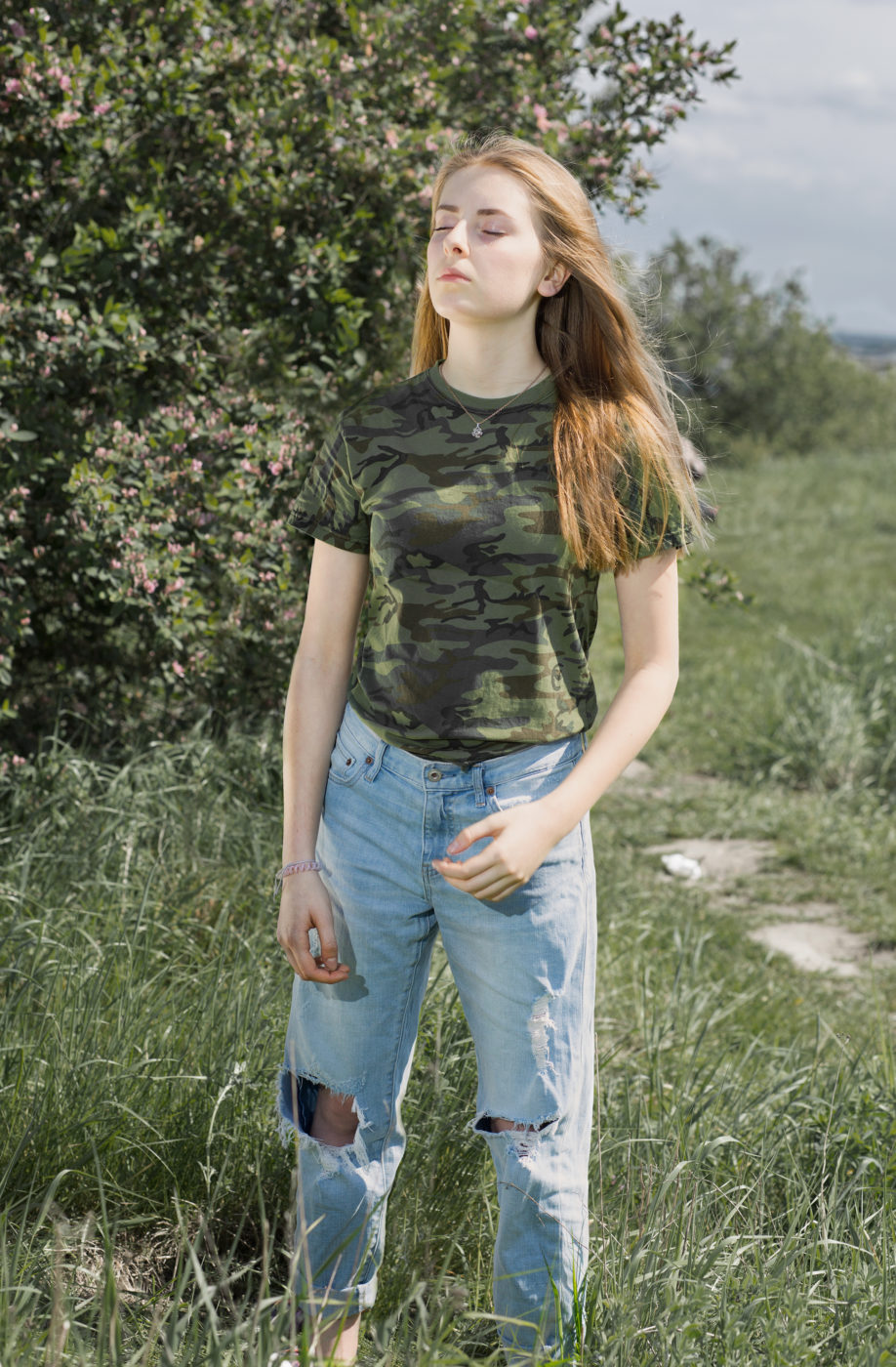
Camouflage 2017 Inkjet Print 71 x 47 in 180 x 120 cm
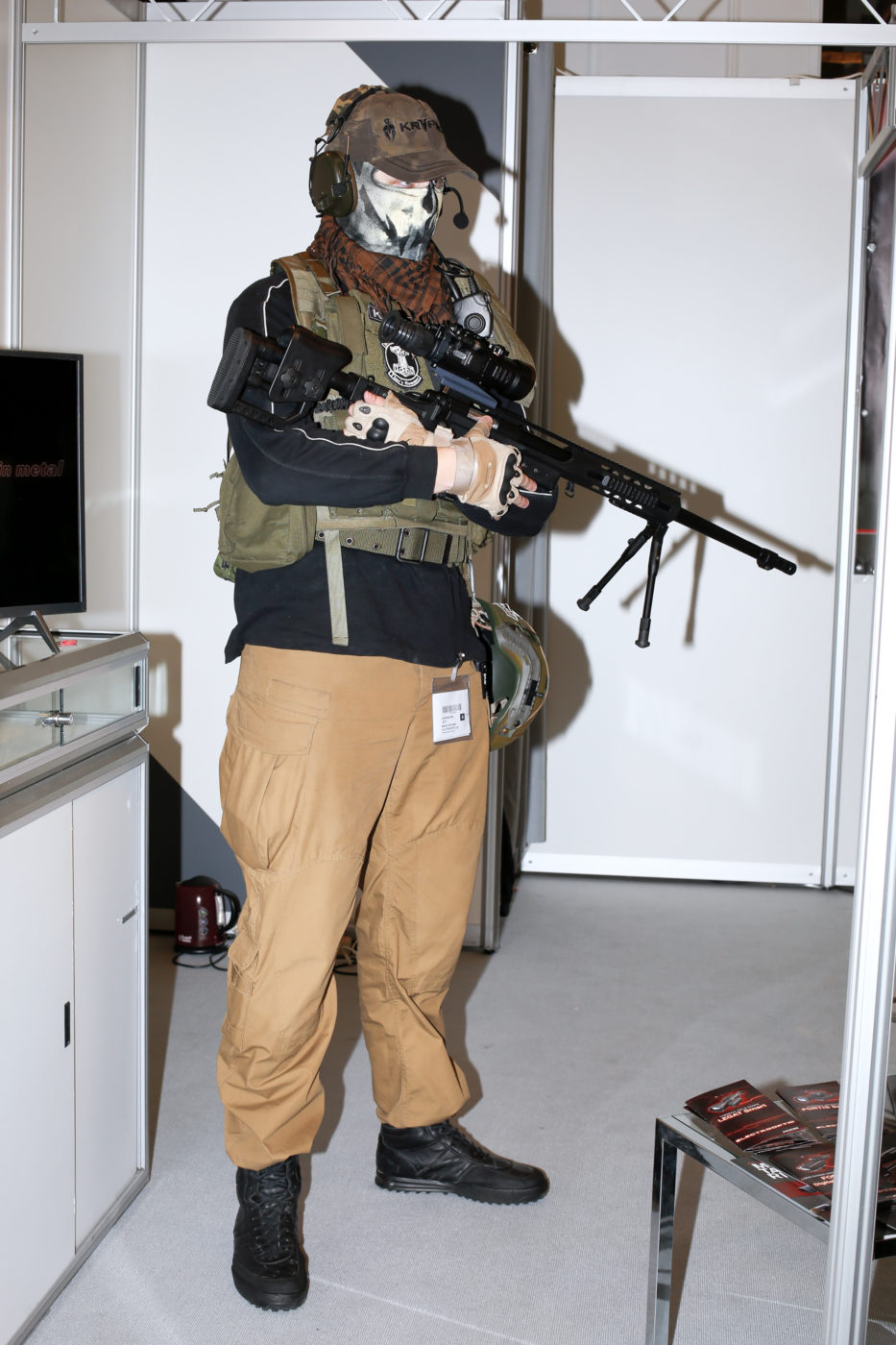
Armed 2017 Inkjet Print 71 x 47 in 180 x 120 cm
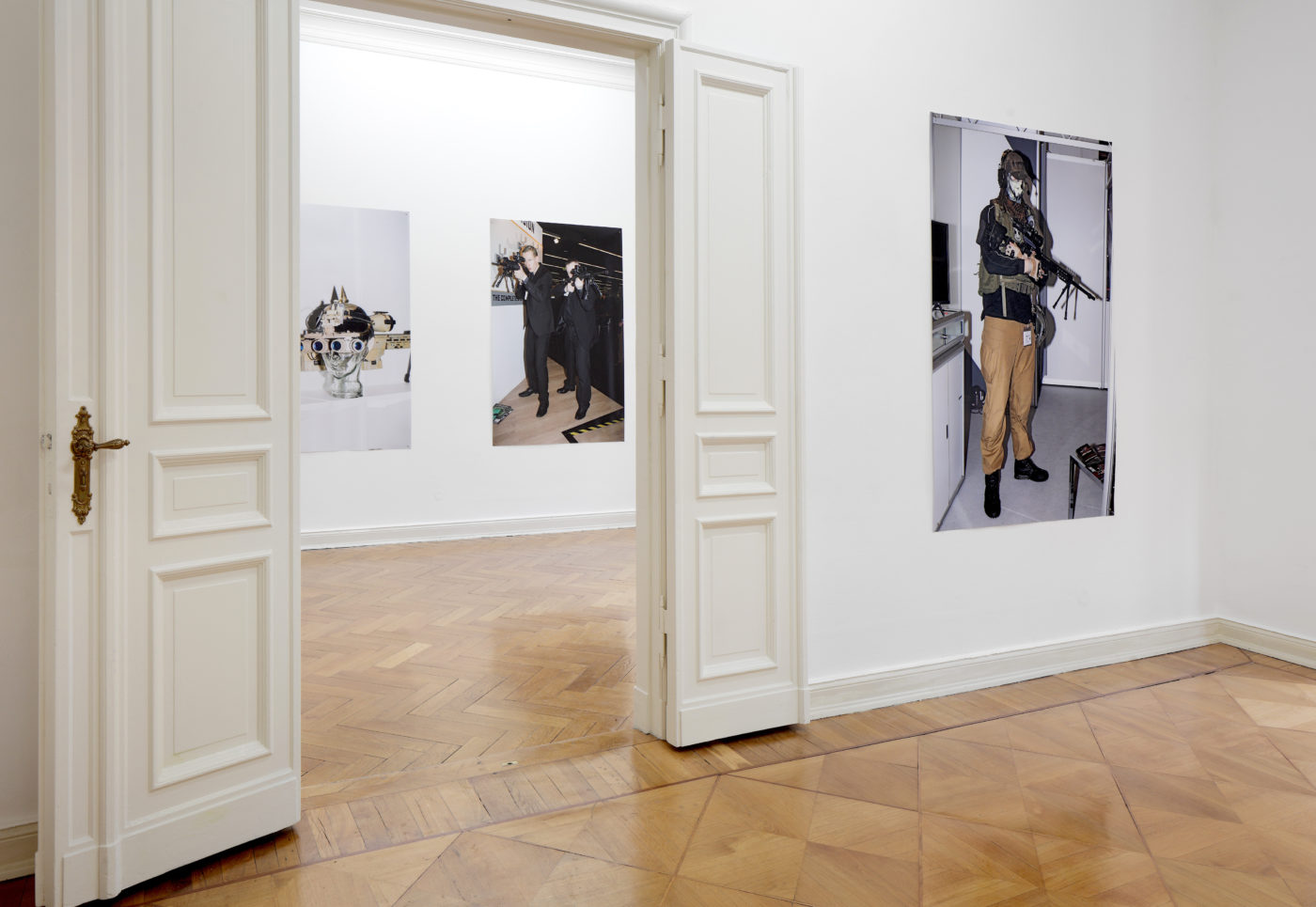
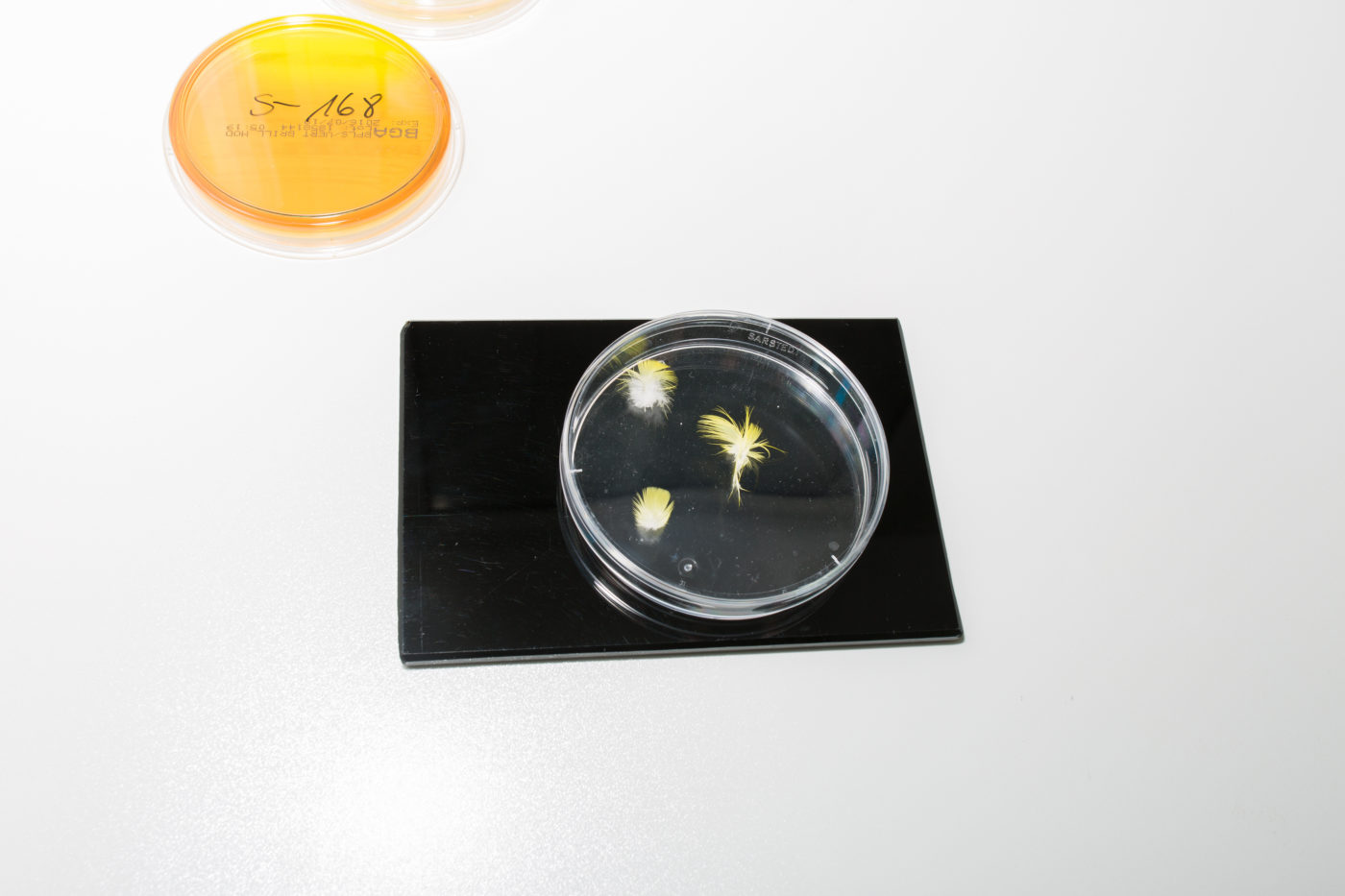
Feathers 2016 Inkjet Print 59 x 89 in 150 x 225 cm
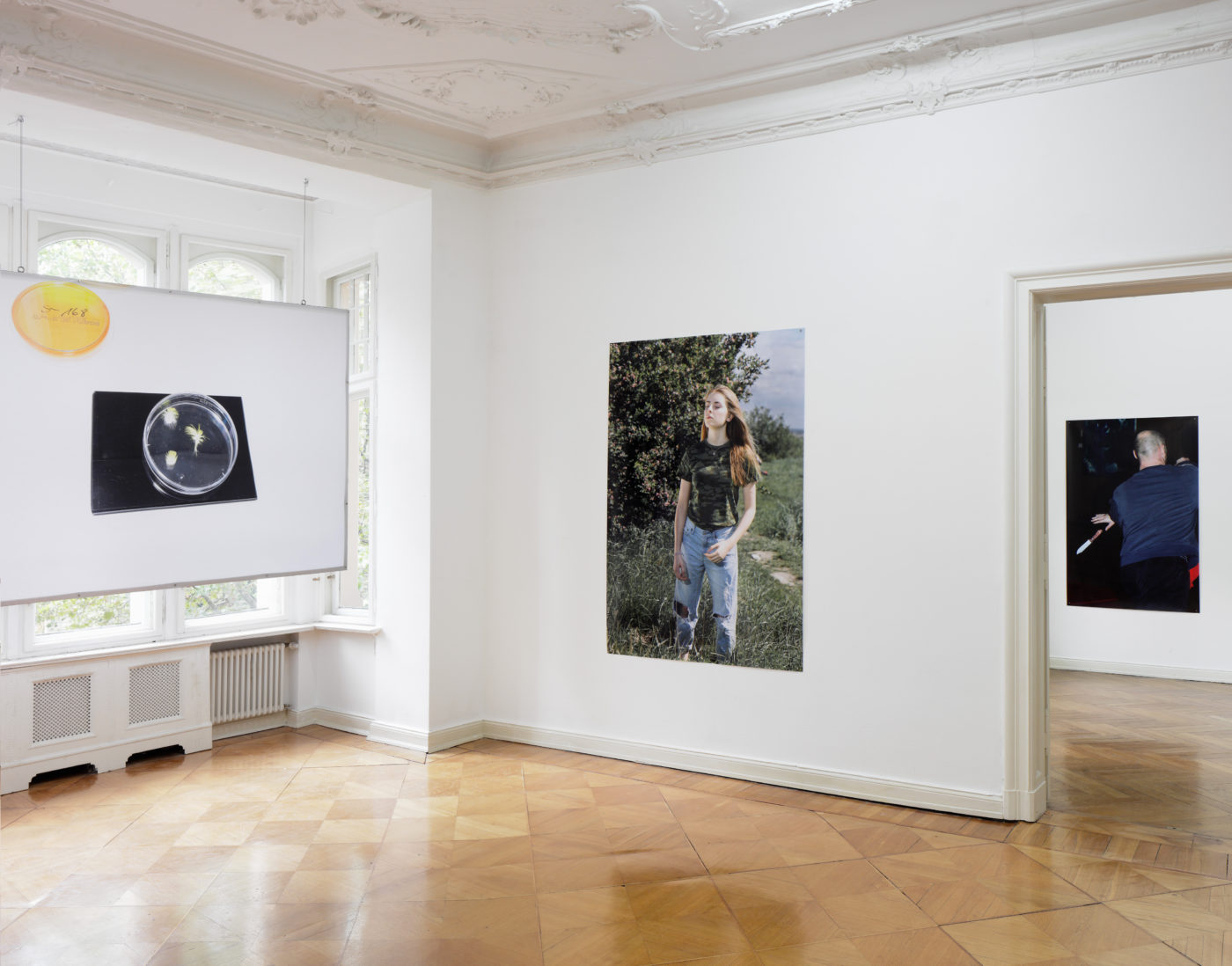
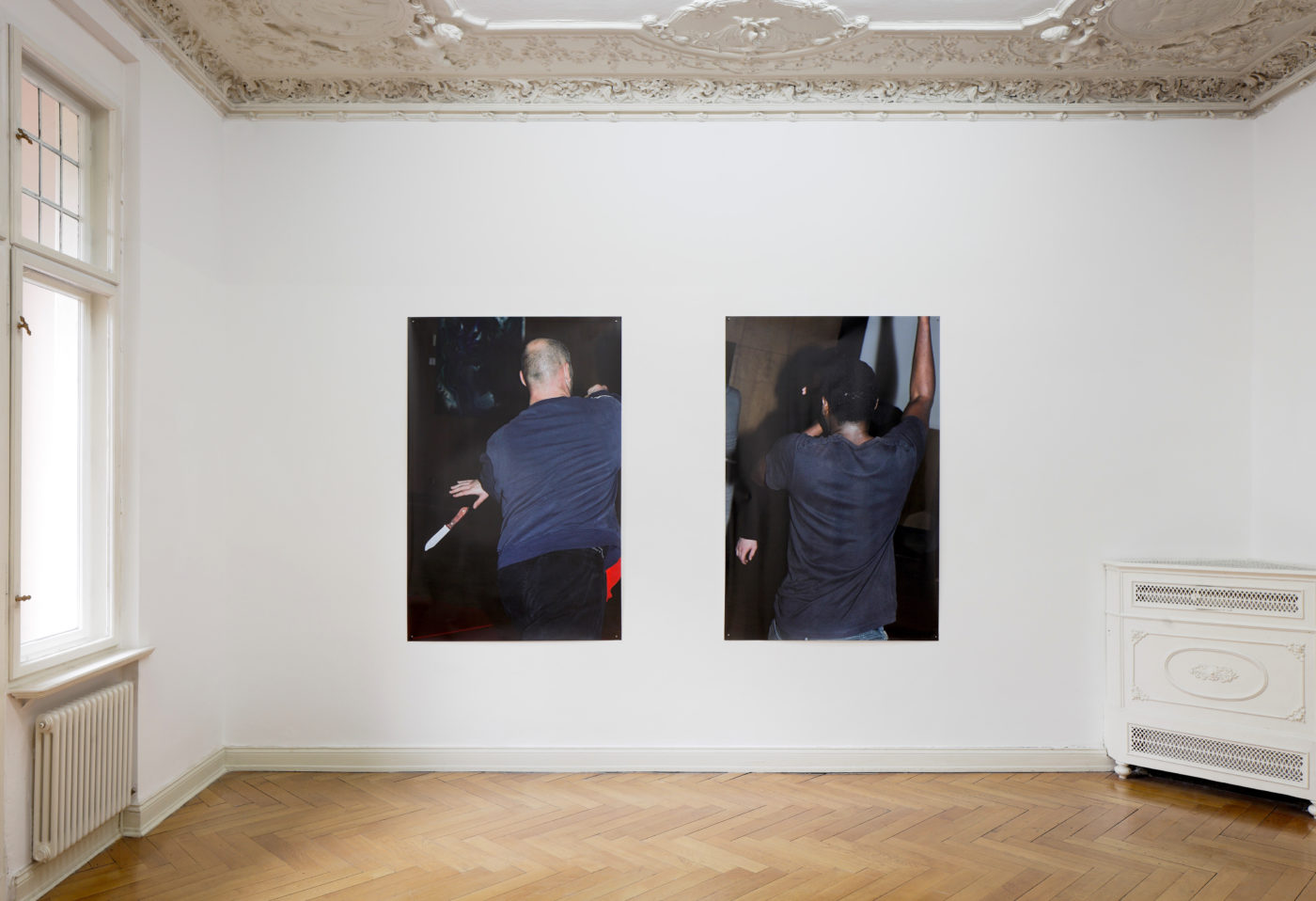
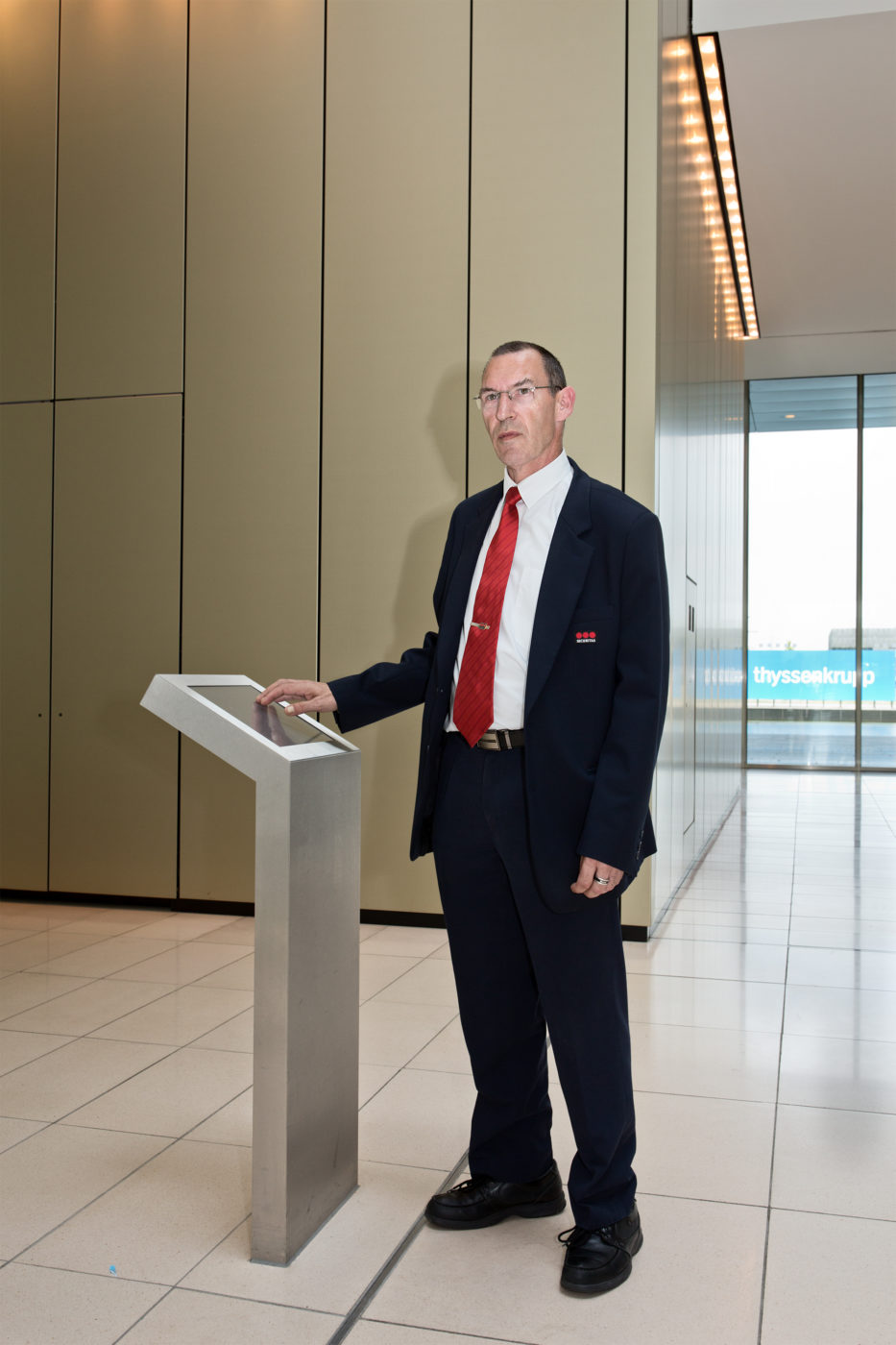
On Duty 2016 Inkjet Print 71 x 47 in 180 x 120 cm
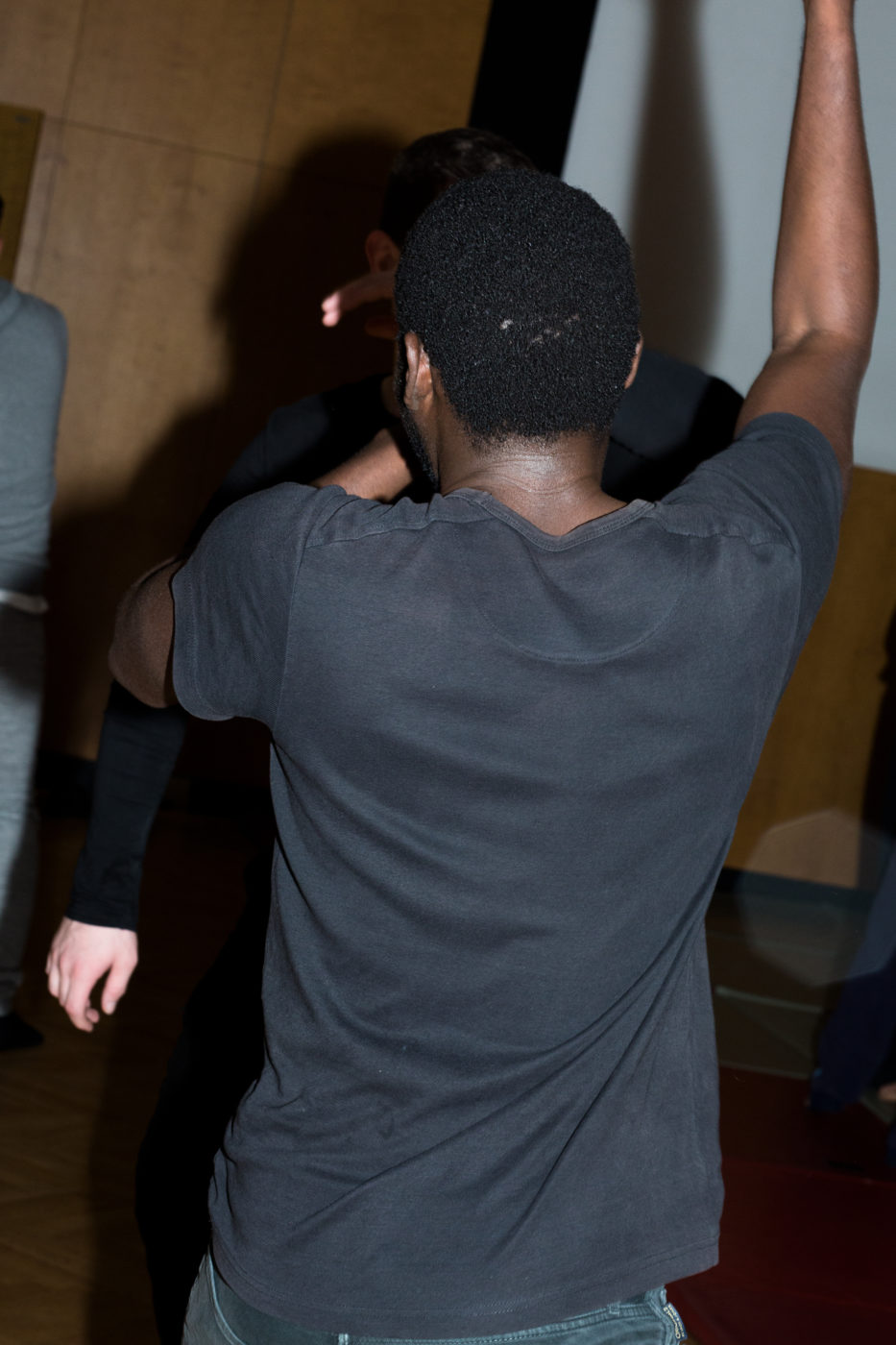
Hit or Miss 2016 Inkjet Print 71 x 47 in 180 x 120 cm
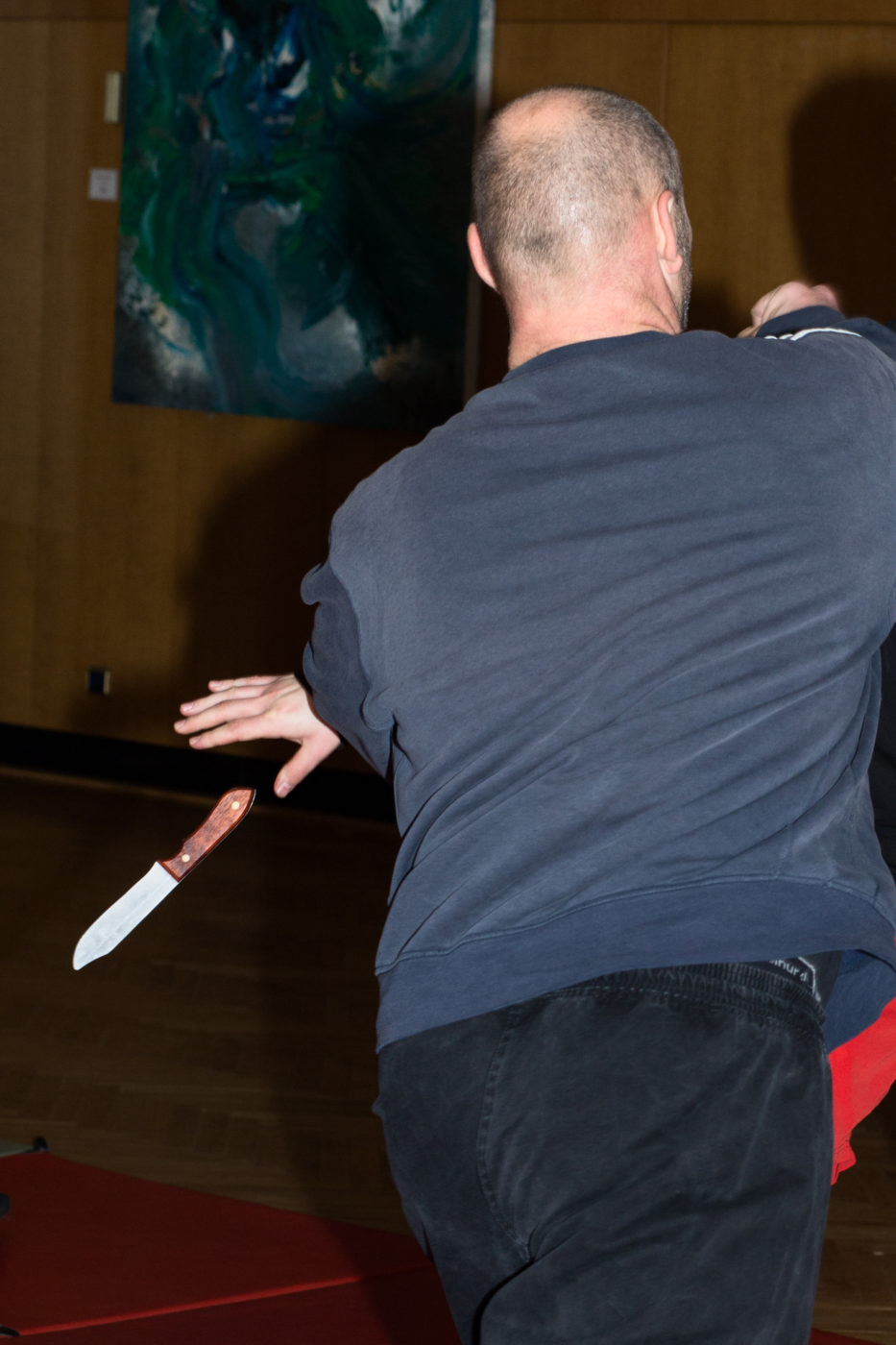
Knife 2016 Inkjet Print 71 x 47 in 180 x 120 cm
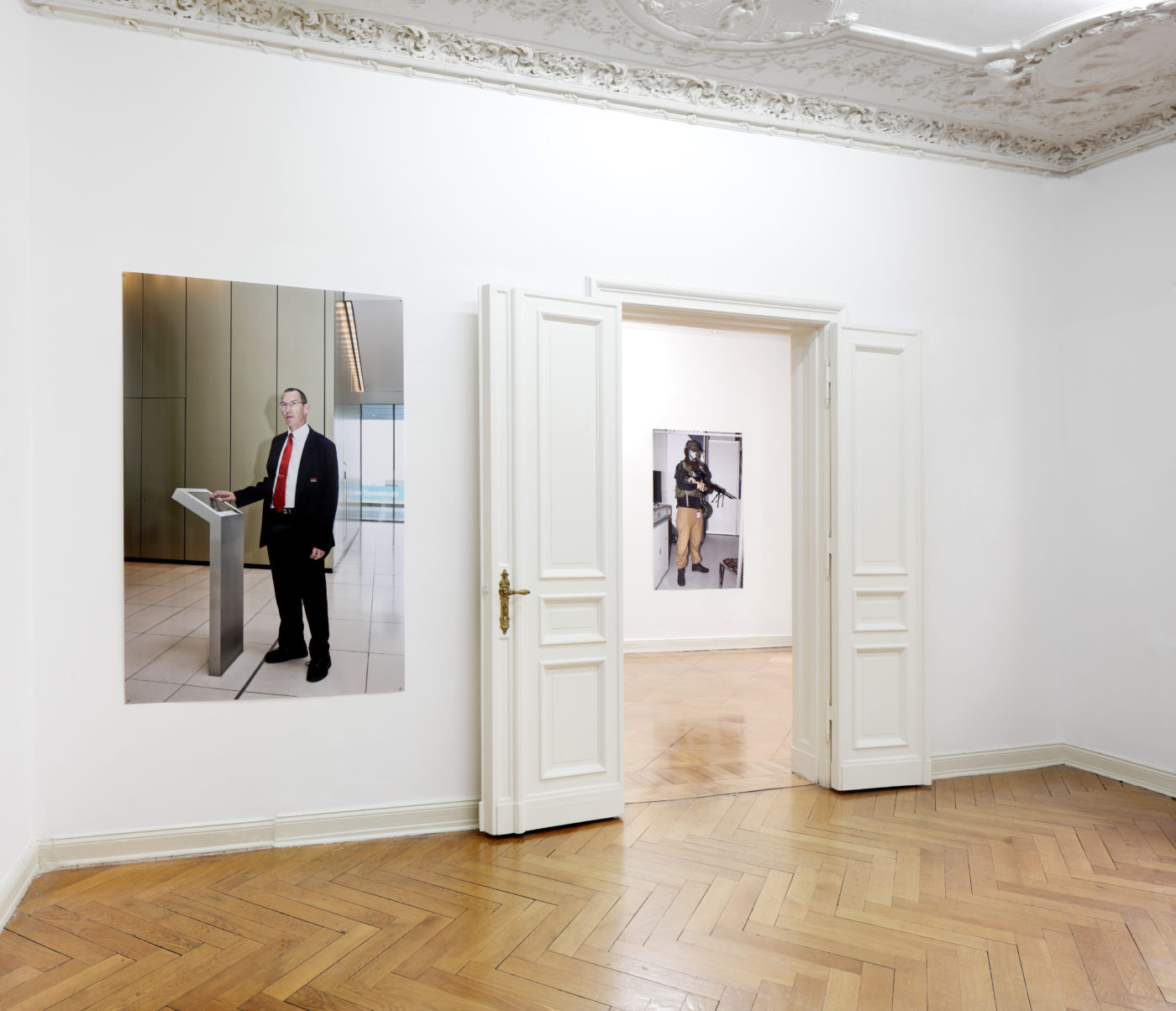

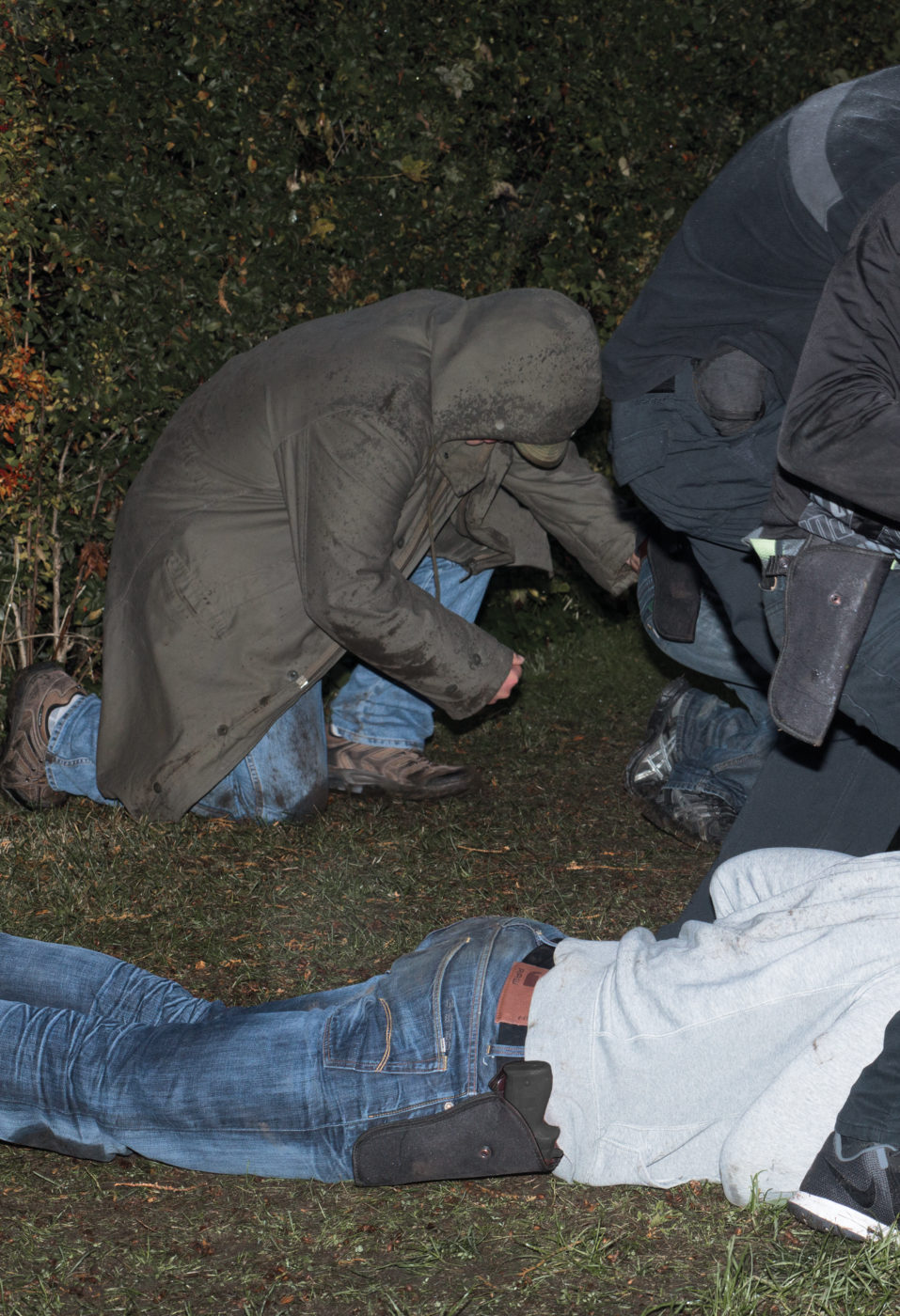
De filade 2016 Inkjet Print 71 x 47 in 180 x 120 cm
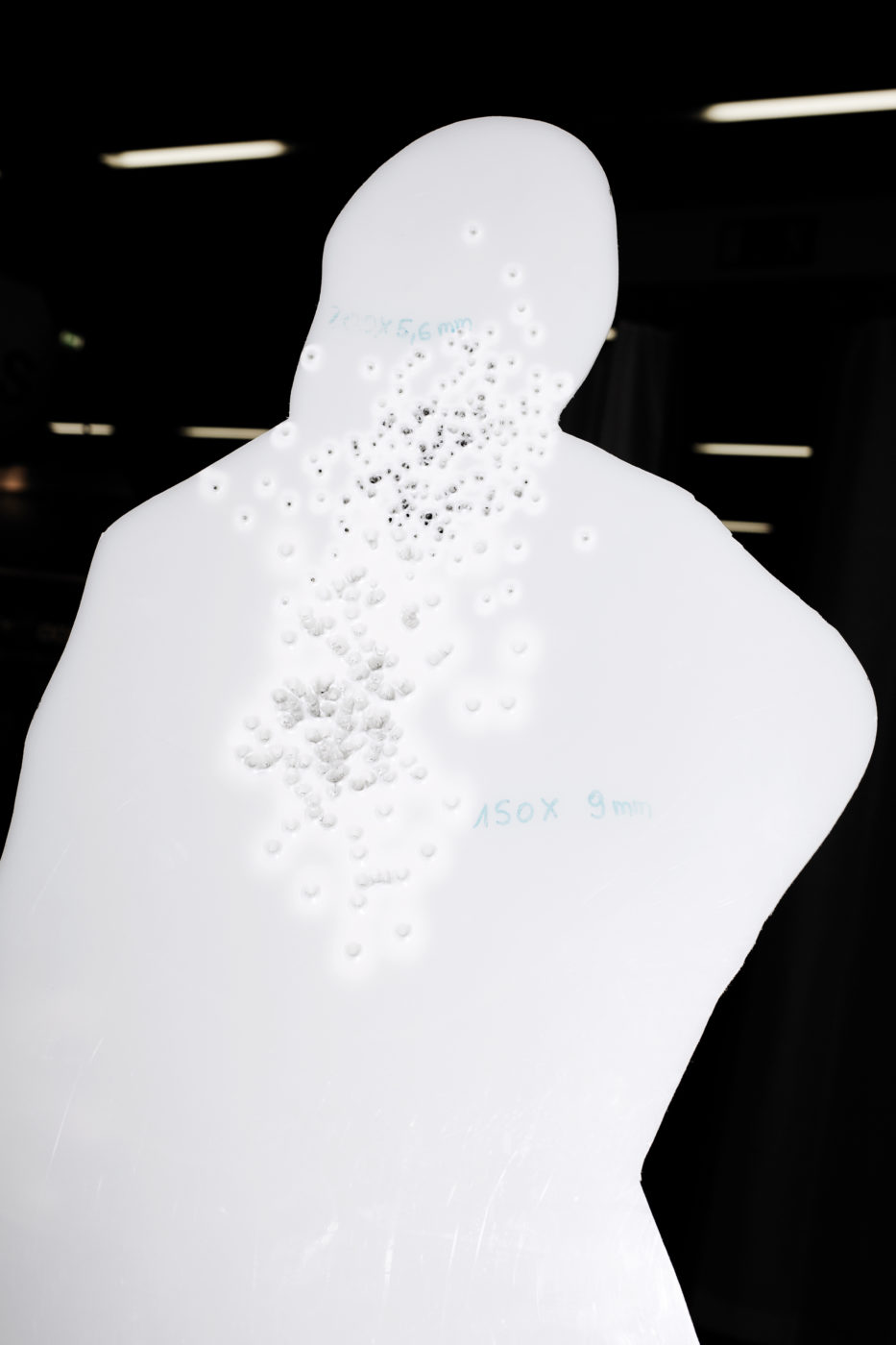
Target 2017 Inkjet Print 71 x 47 in 180 x 120 cm
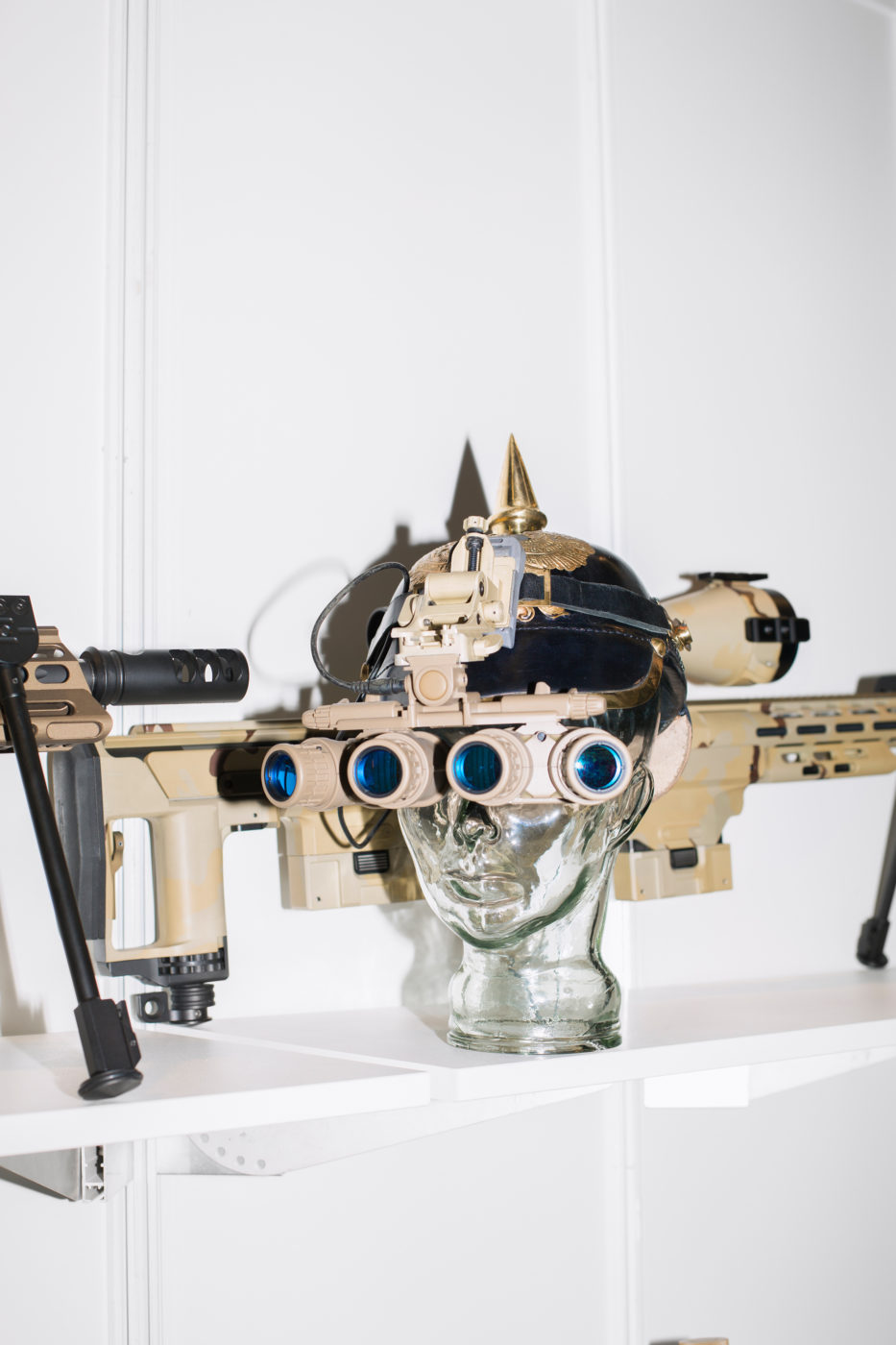
Night Vision Device 2017 Inkjet Print 71 x 47 in 180 x 120 cm
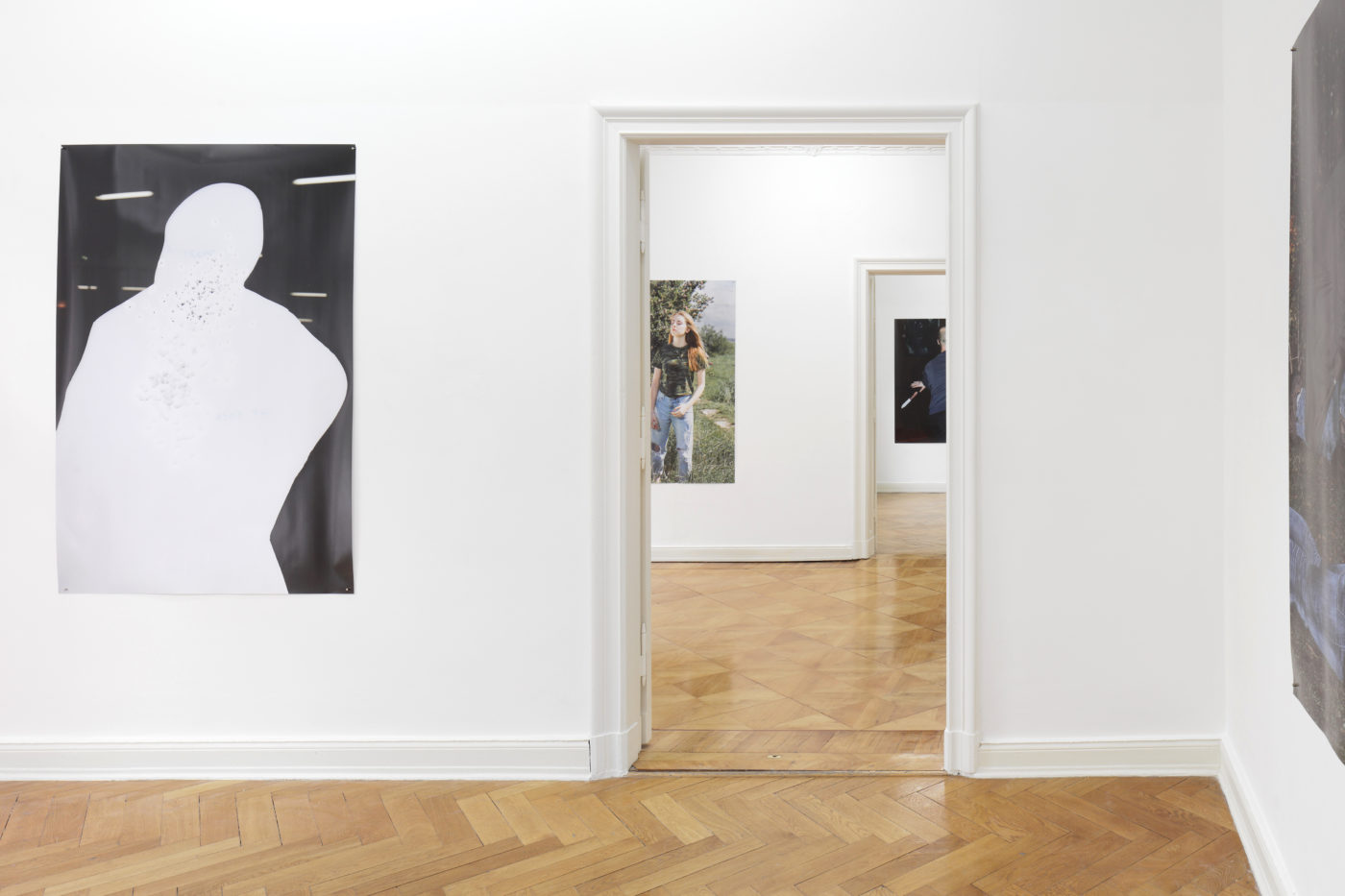
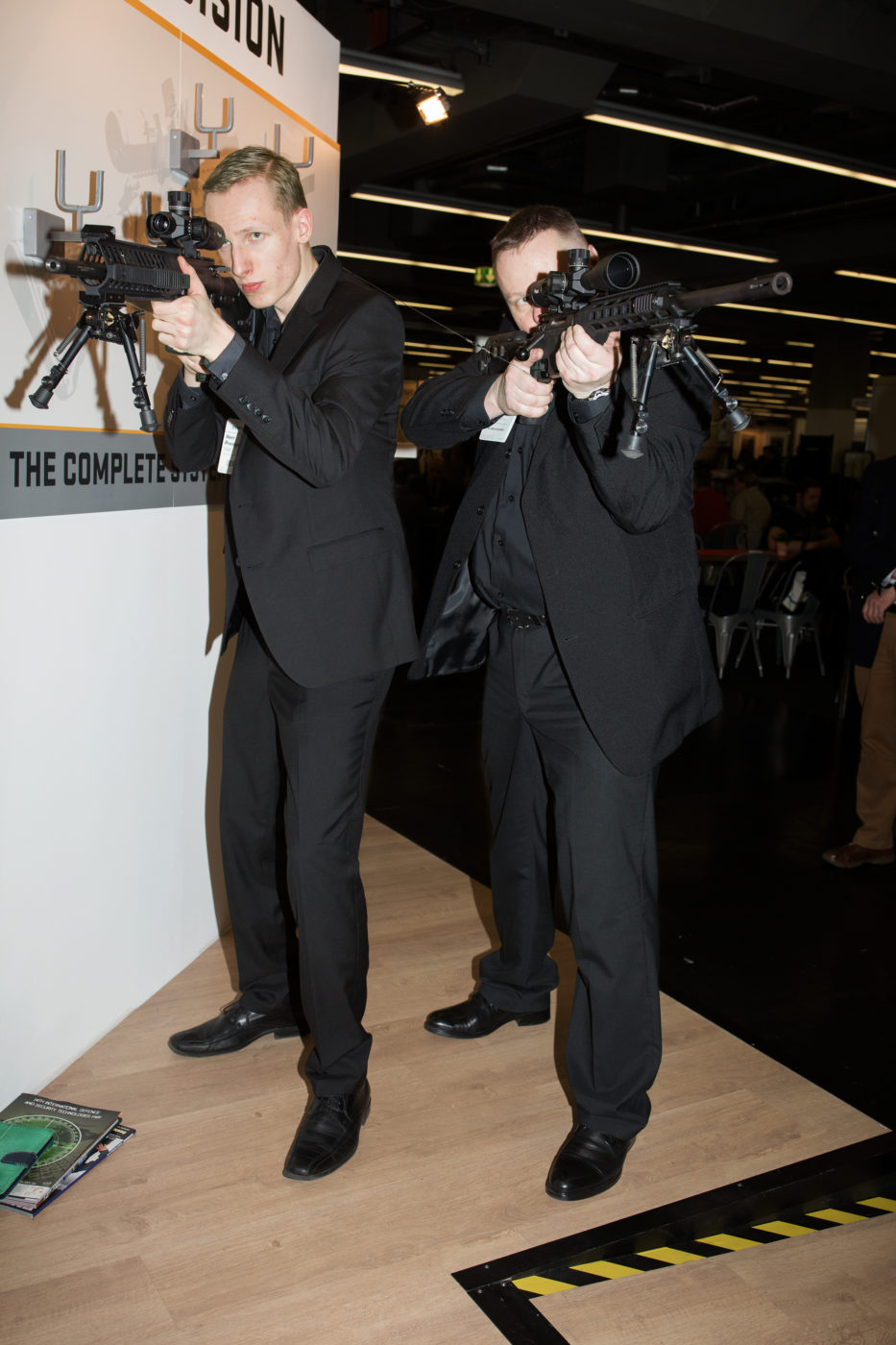
Armour 2017 Inkjet Print 71 x 47 in 180 x 120 cm
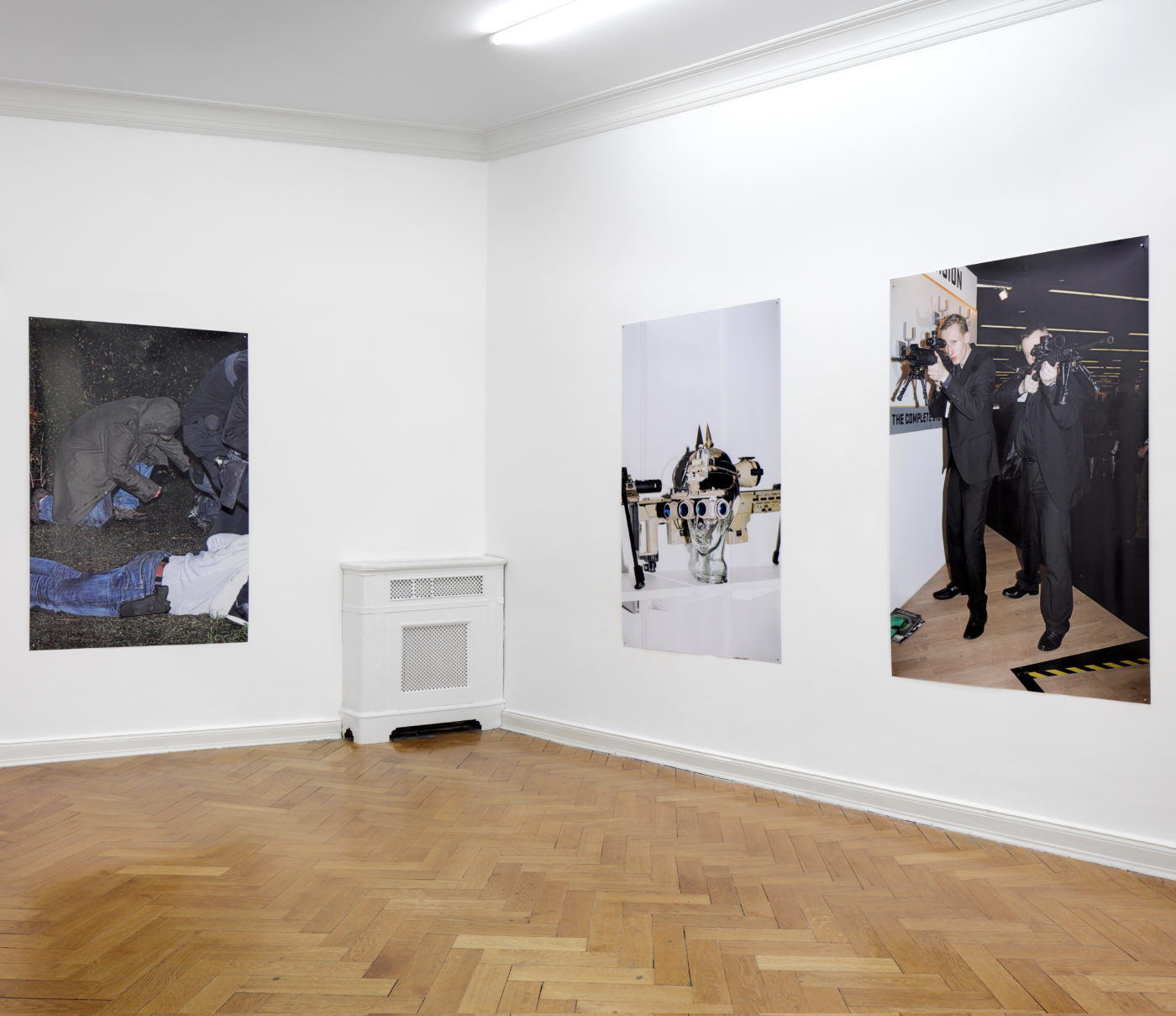
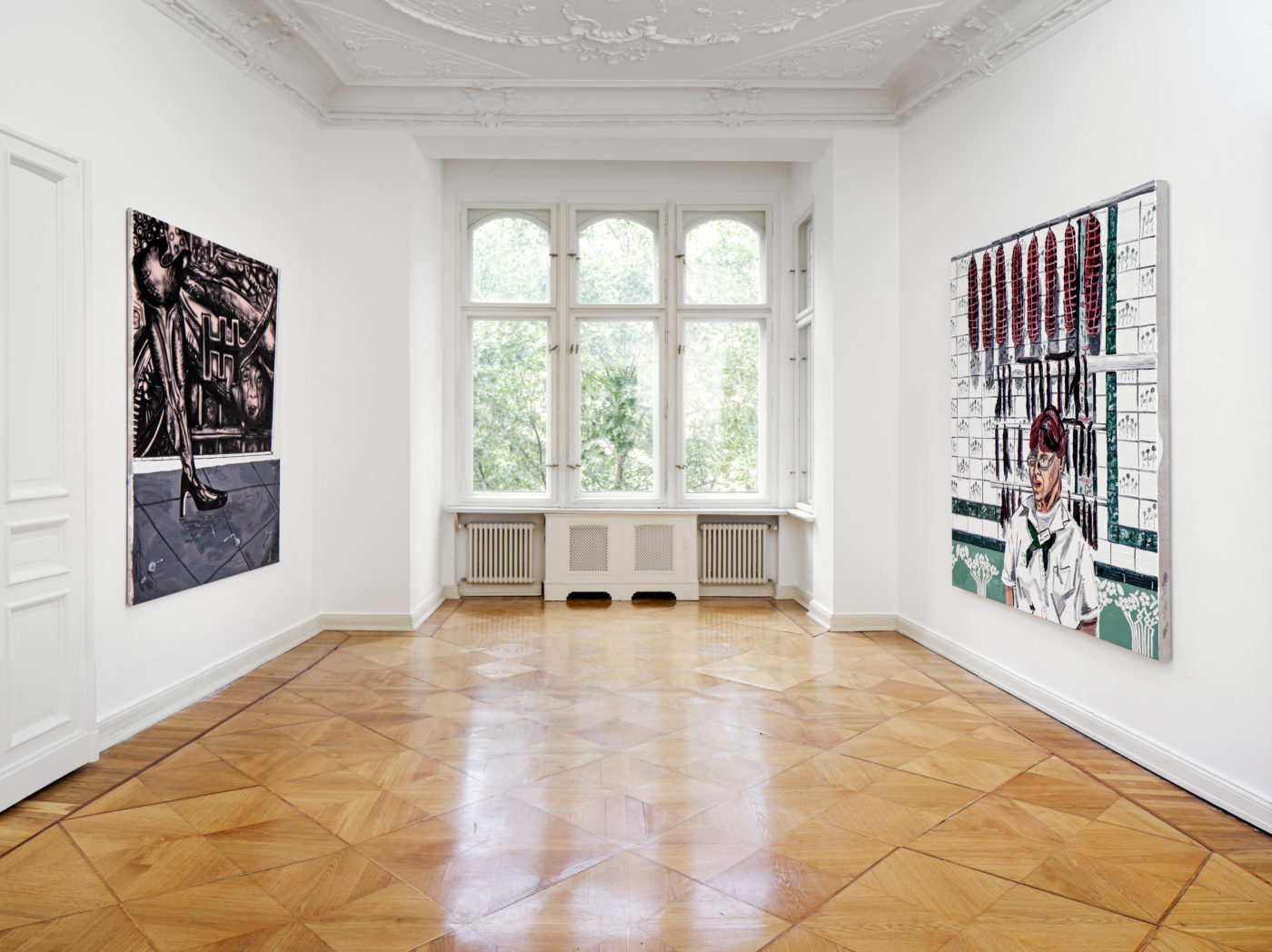
Alex Becerra
Waldeinsamkeit
[Deutscher Text nachstehend]
With unforgiving stilettoes trudging deeply into European Modernist painting, Alex Becerra’s paintings are often and openly skanky. Like trapped skin flicks, Becerra’s nude figures are both twisted onto and falling out of their implied, finger-thick borders on the canvas. Nearby, cowboy boots doubling as vases and shoes cradling themselves begin to take on erotic valences just as seemingly impossible bodily contortions finally collapse into abstraction that somehow still arouses. Mirrors from nowhere insist on offering soft-porn “reflections” onto canvases that also threaten to swallow viewers lured all the way up to their edge.
Overall, by immersing himself in experimental music, film, sculpture, and performance while simultaneously embracing and challenging traditions within European modern painting, Becerra is teaching himself to play deeply and find metonymic techniques to undermine the use of symbols to represent class, gender, or ethnic backgrounds without betraying home.
Text: Darla Migan
***
Mit unnachgiebigen Stilettoes, die tief in die Malerei der europäischen Moderne einschreiten, sind Alex Becerras Bilder oft und offen lasterhaft. Wie gefangene Hautfetzen sind Becerras nackte Figuren sowohl auf ihre angedeuteten, fingerdicken Ränder auf der Leinwand gedrückt als auch aus ihnen herausgefallen. Daneben beginnen Cowboy-Stiefel, die als Vasen und sich selbst wiegende Schuhe erscheinen, erotische Valenzen anzunehmen. Die scheinbar unmöglichen körperlichen Verzerrungen, die schließlich in eine Abstraktion zusammenfallen, schaffen es dennoch zu erregen. Spiegel, die aus dem Nichts kommen, bestehen darauf, Soft-Porno “Reflexionen” auf Leinwänden zu präsentieren, die auch den an den Rand gelockten Betrachter zu verschlingen drohen.
Indem Becerra sich in experimentelle Musik, Film, Skulptur und Performance vertieft und gleichzeitig Traditionen der europäischen modernen Malerei annimmt und herausfordert, lernt er selbst, in die Tiefe zu gehen und metonymische Techniken zu finden, um die Verwendung von Symbolen zur Darstellung von Klasse, Geschlecht oder ethnischen Hintergründen zu untergraben, ohne die eigene Herkunft zu verleugnen.
Text: Darla Migan
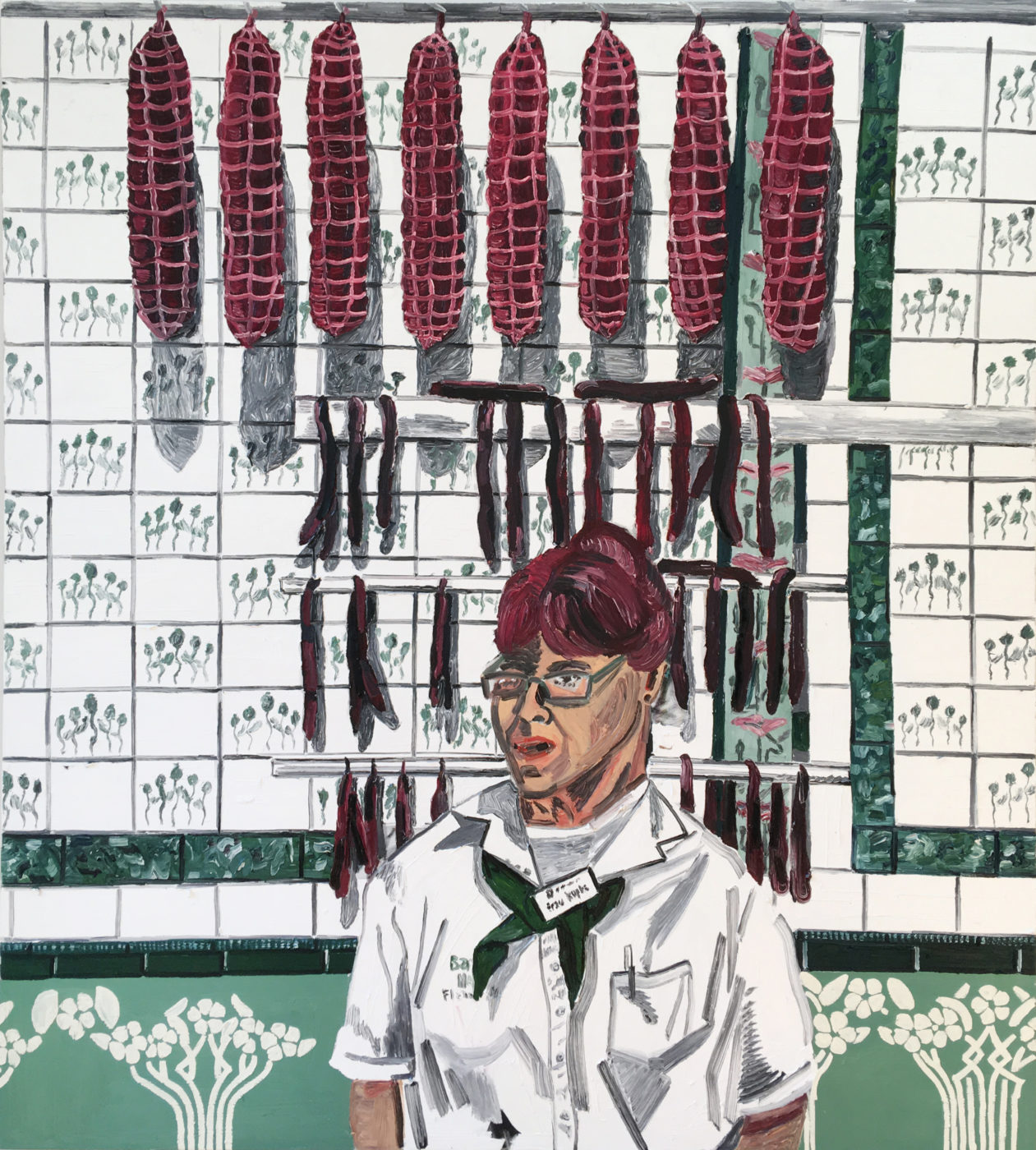
Frau Kupke 2019 Oil on linen Öl auf Leinwand 79 x 71 in 200 x 180 cm
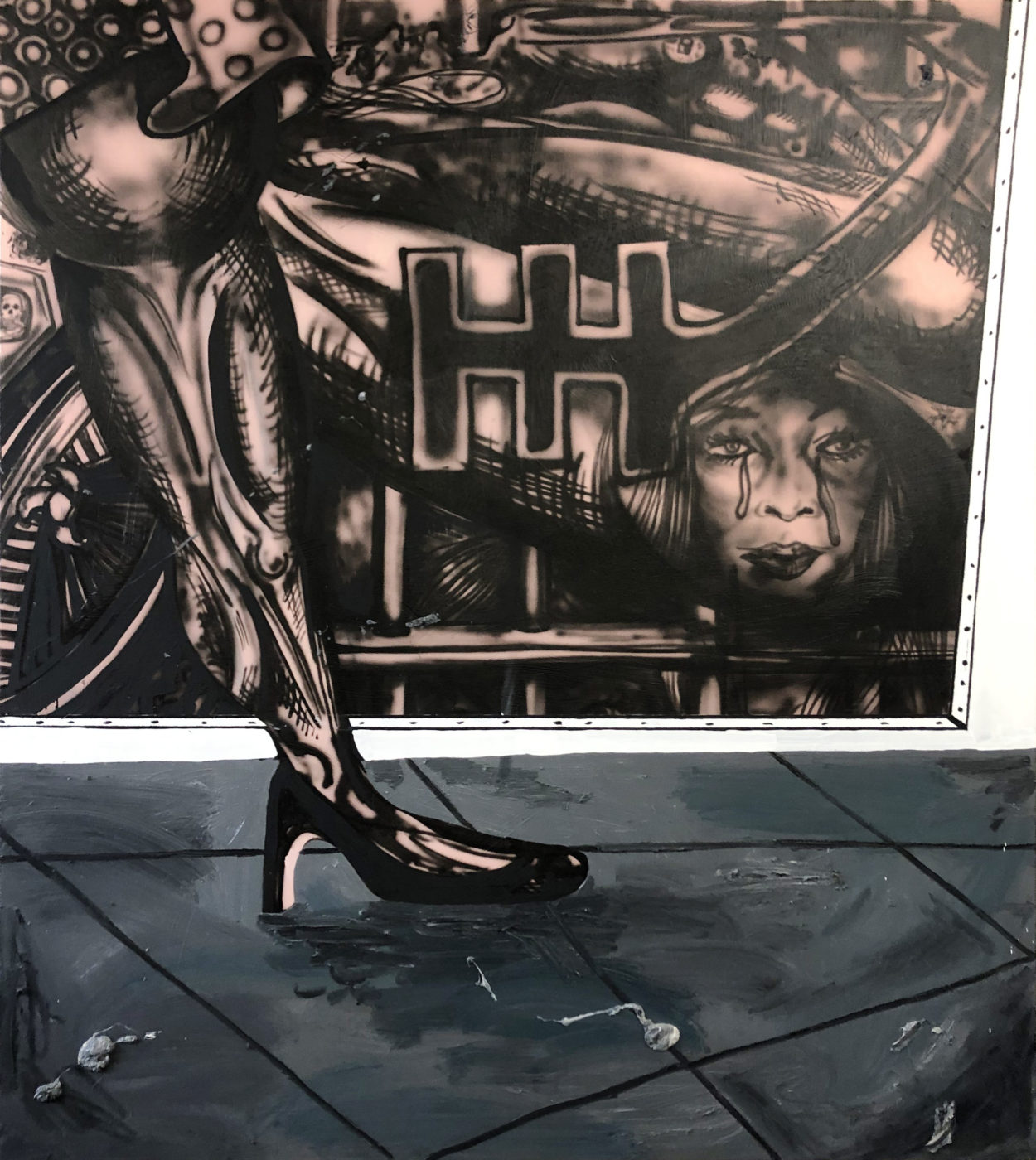
Face Disappointed 2019 Oil on linen Öl auf Leinwand 82 x 71 in 208 x 180 cm

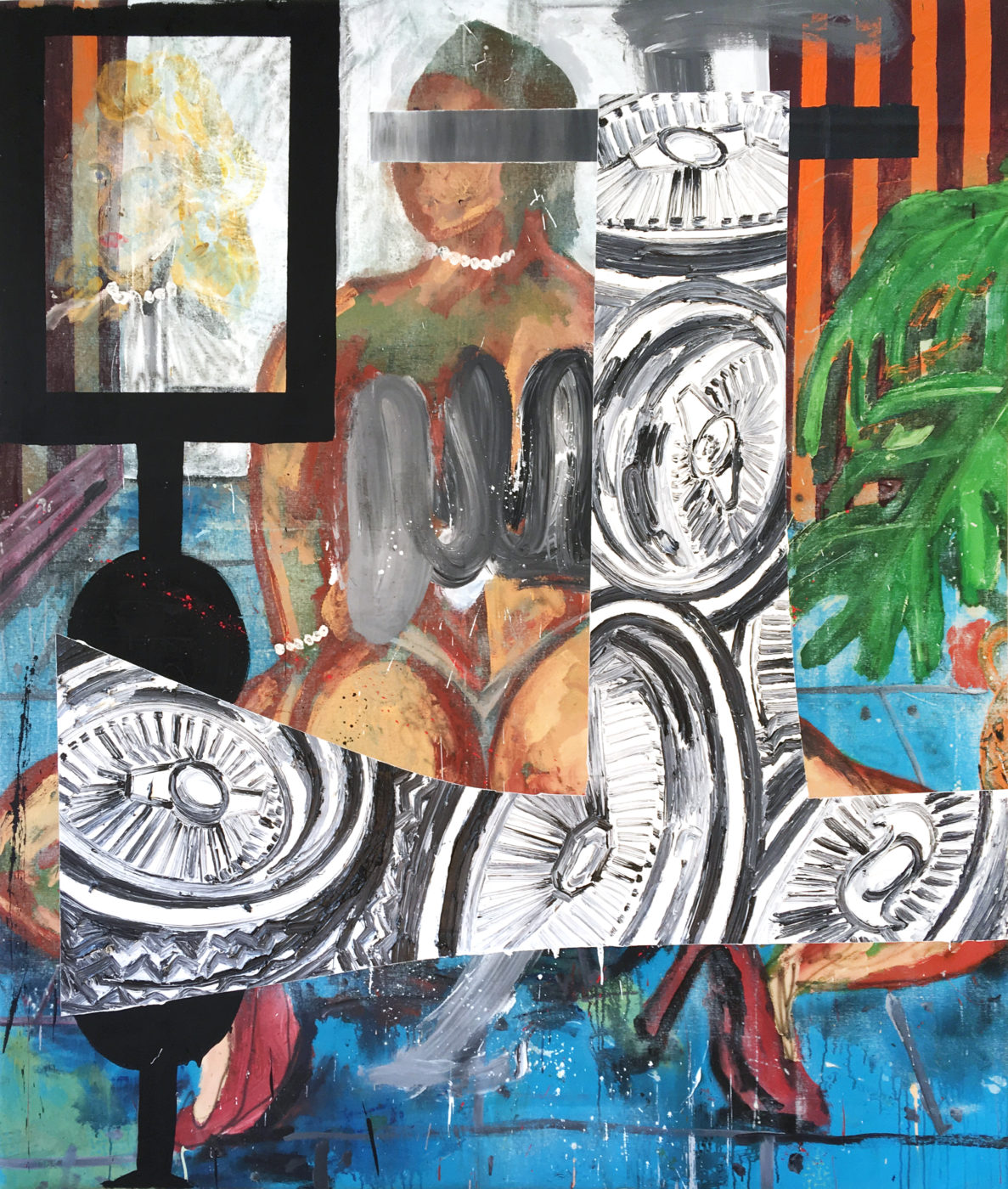
Untitled 2019 Oil and acrylic on canvas Öl und Acryl auf Leinwand 88 x 75 in 224 x 190 cm

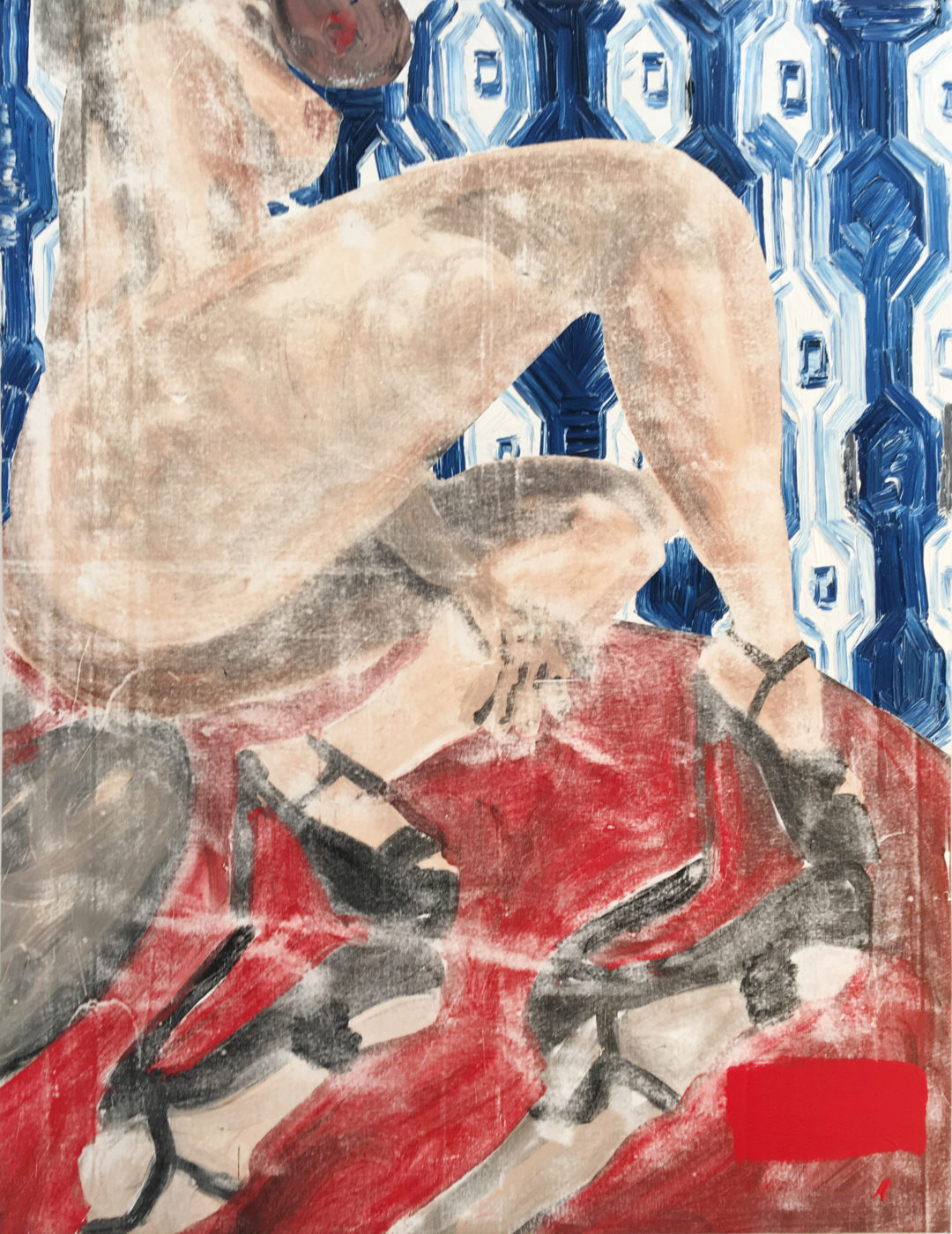
Untitled 2019 Oil and acrylic on canvas Öl und Acryl auf Leinwand 48 x 36 in 122 x 91 cm
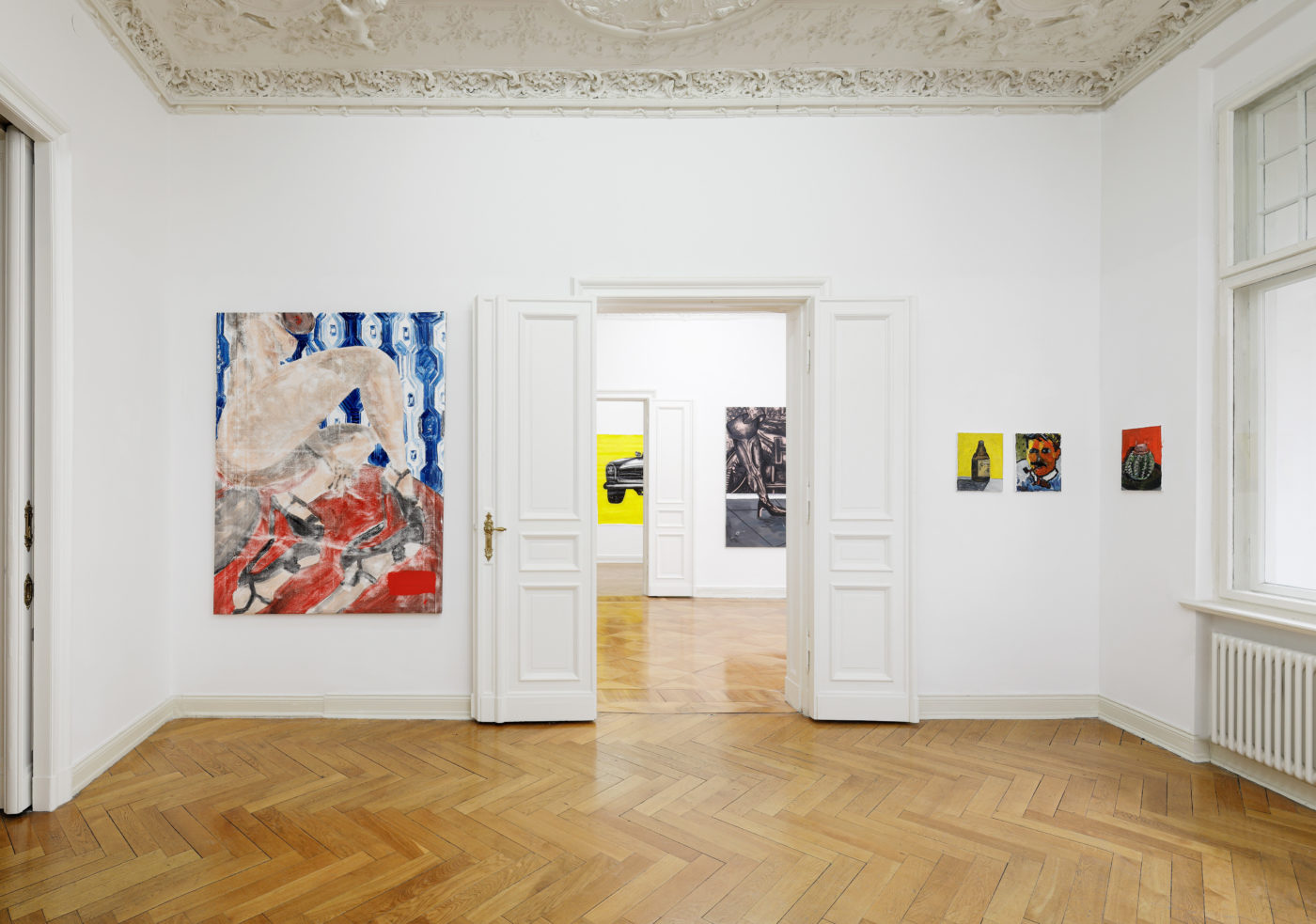
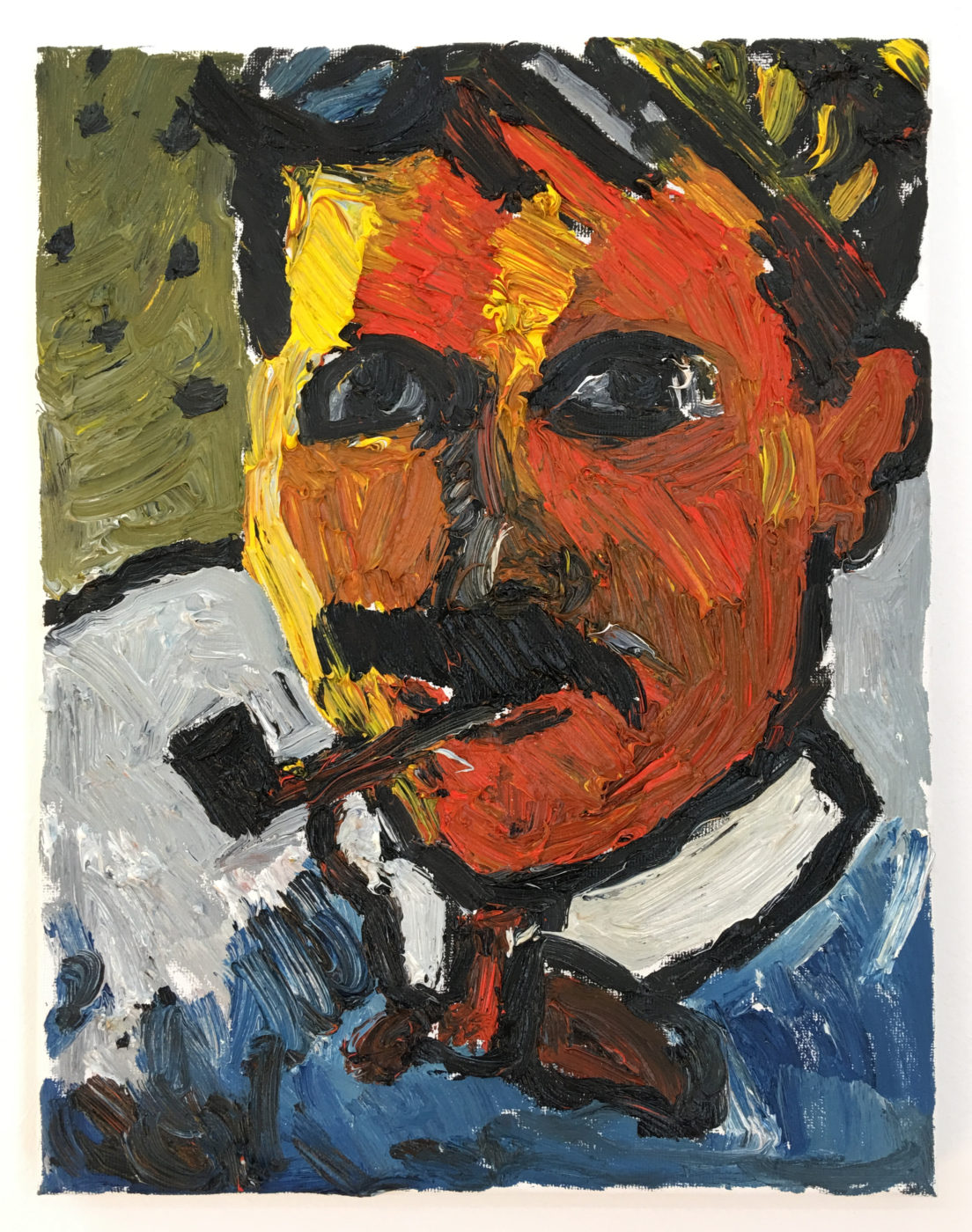
After Vlaminck 2019 Oil on canvas Öl auf Leinwand 12 x 9 in 30 x 23 cm
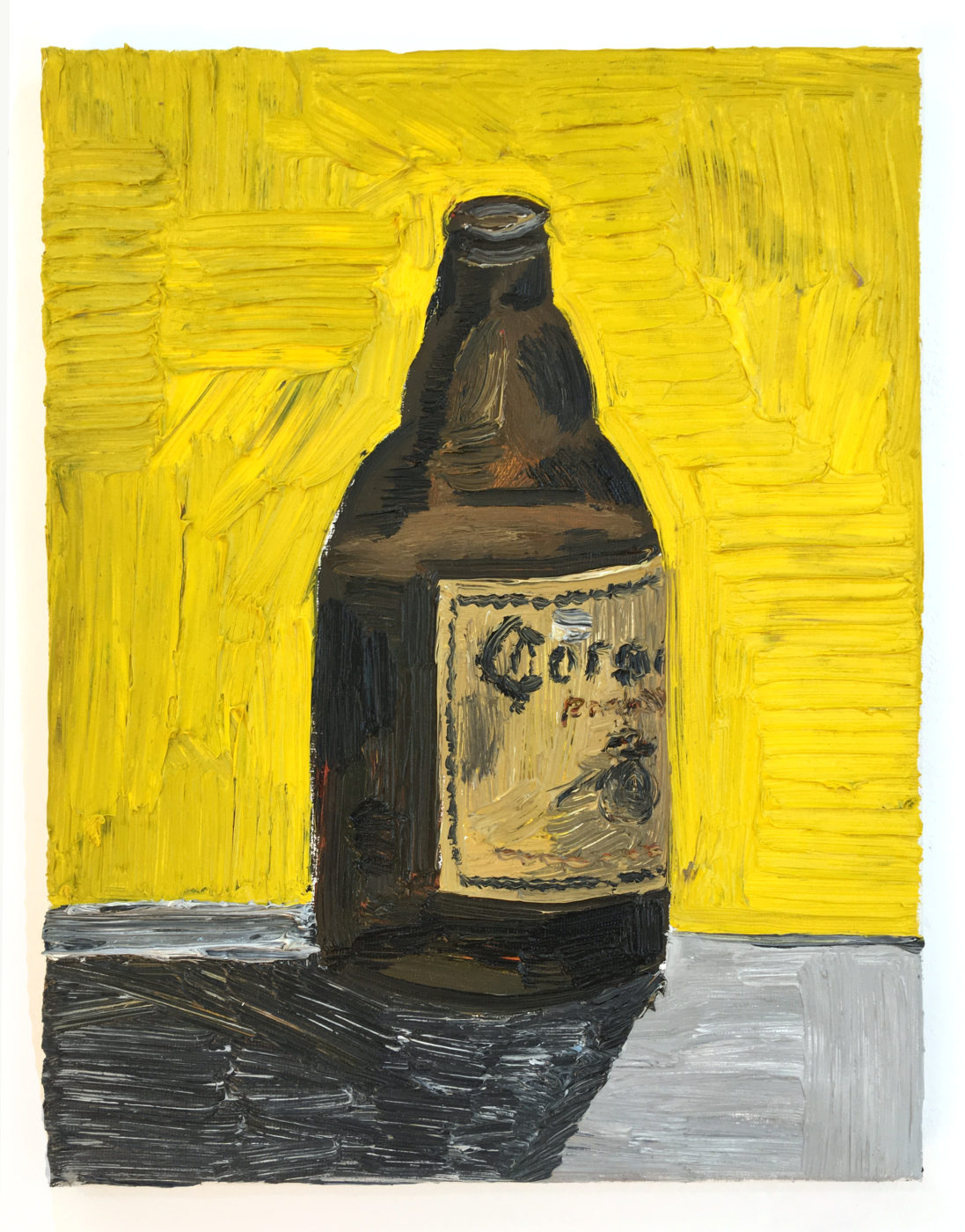
Corona 2019 Oil on canvas Öl auf Leinwand 12 x 9 in 30 x 23 cm
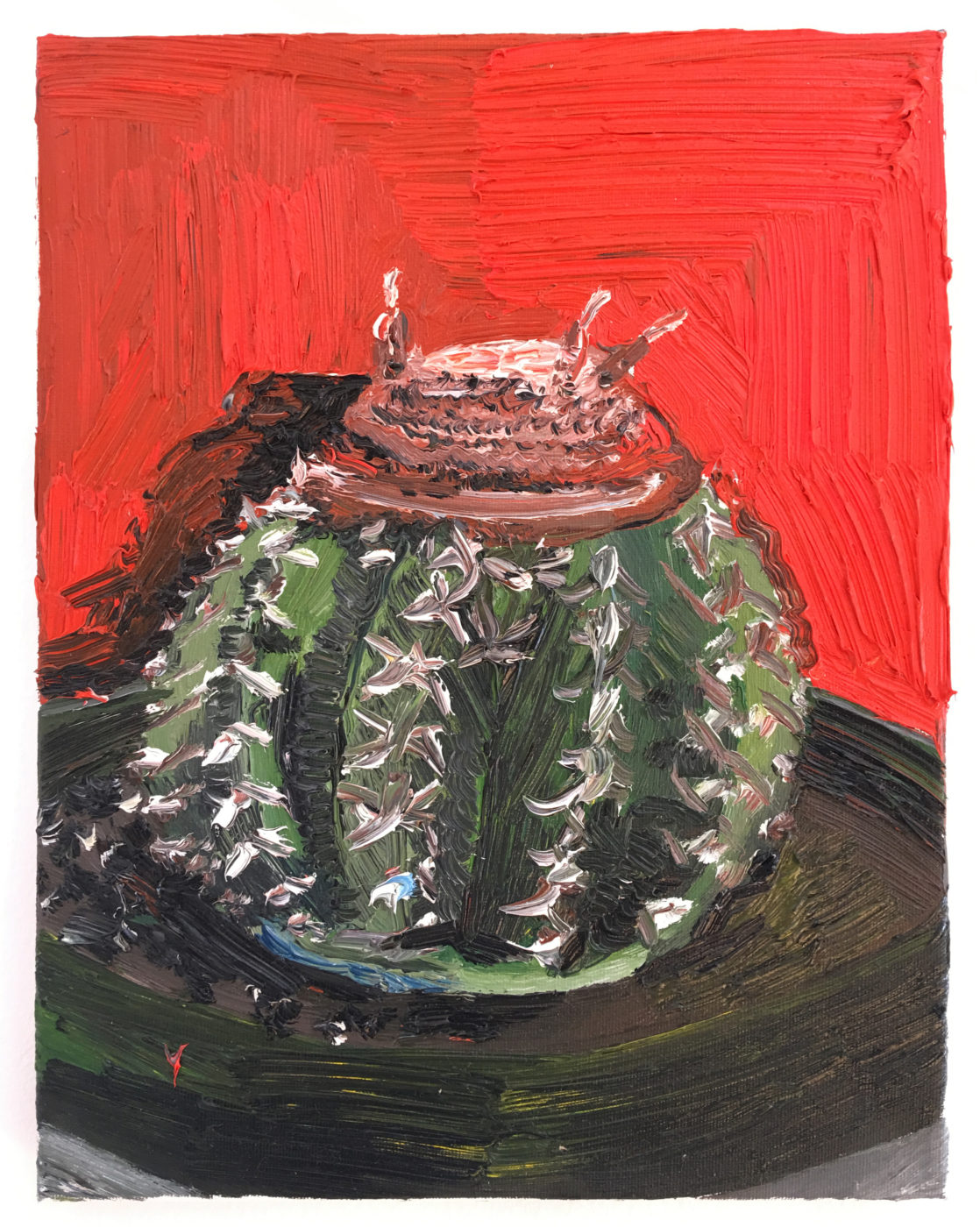
Melocactus 2019 Oil on canvas Öl auf Leinwand 12 x 9 in 30 x 23 cm

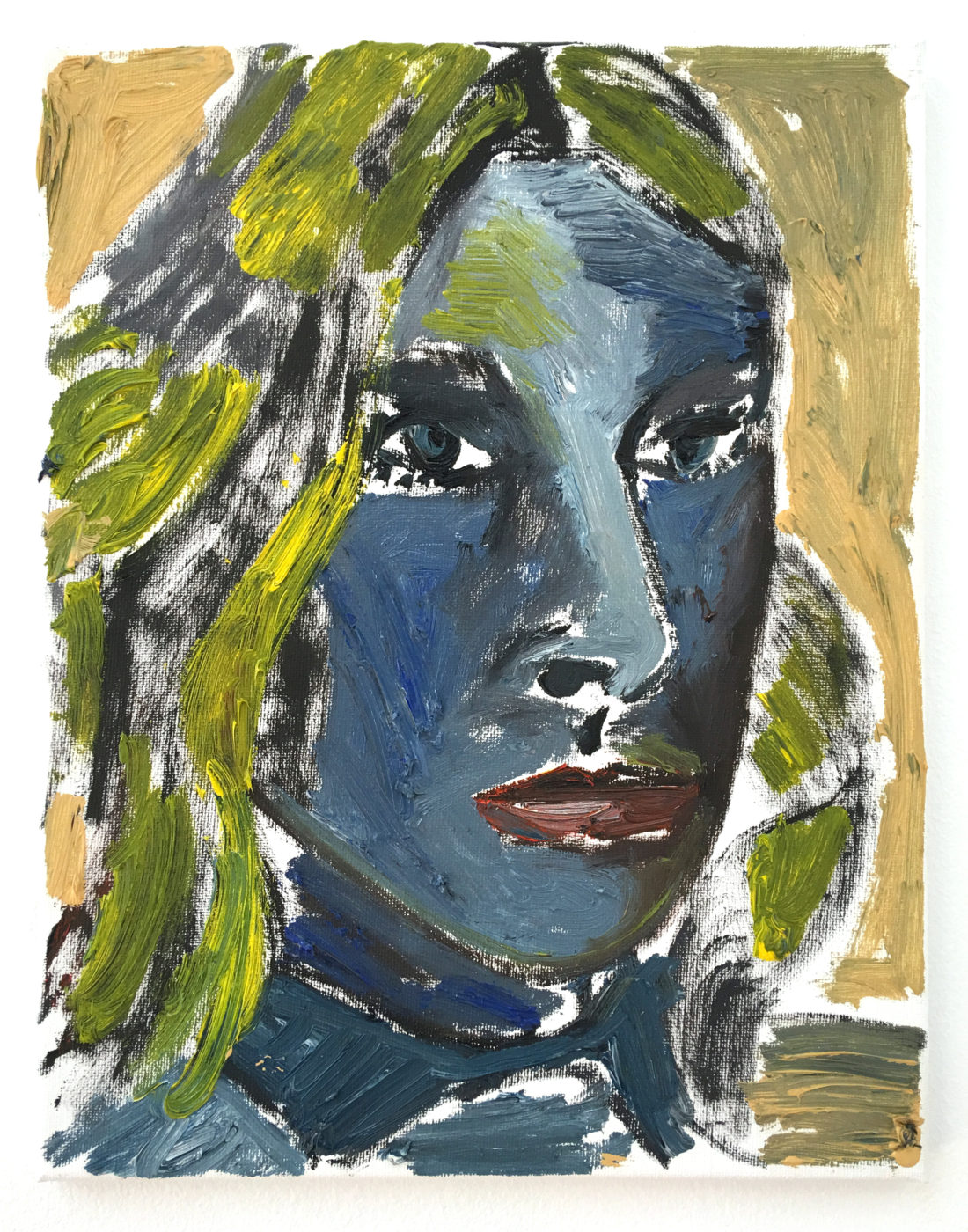
Soñando Despierto 2019 Oil on canvas Öl auf Leinwand 12 x 9 in 30 x 23 cm
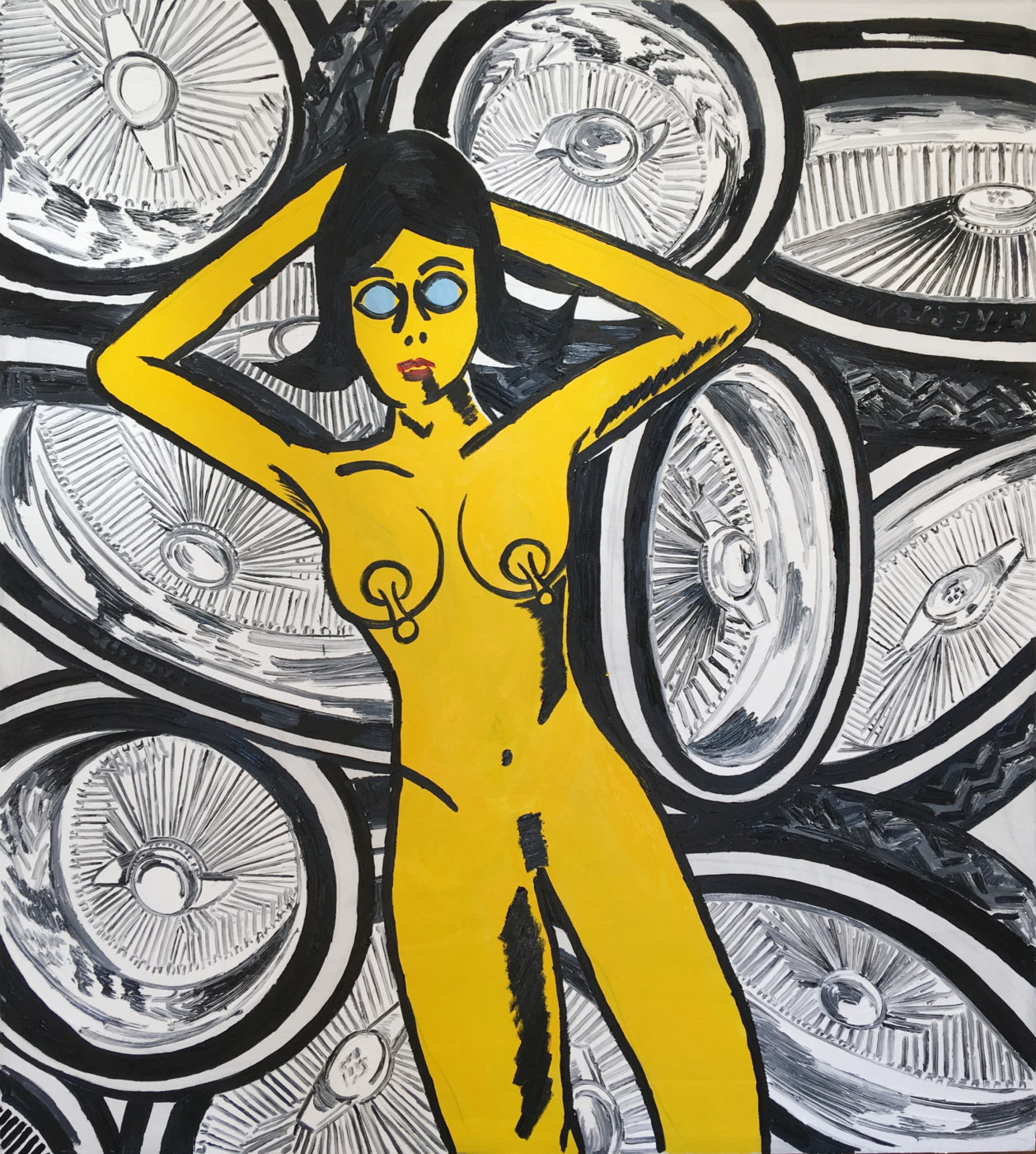
Falling, Floating, Dreaming 2019 Oil on linen Öl auf Leinwand 79 x 71 in 200 x 180 cm


Neu 2019 Oil on linen Öl auf Leinwand 82 x 71 in 208 x 180 cm
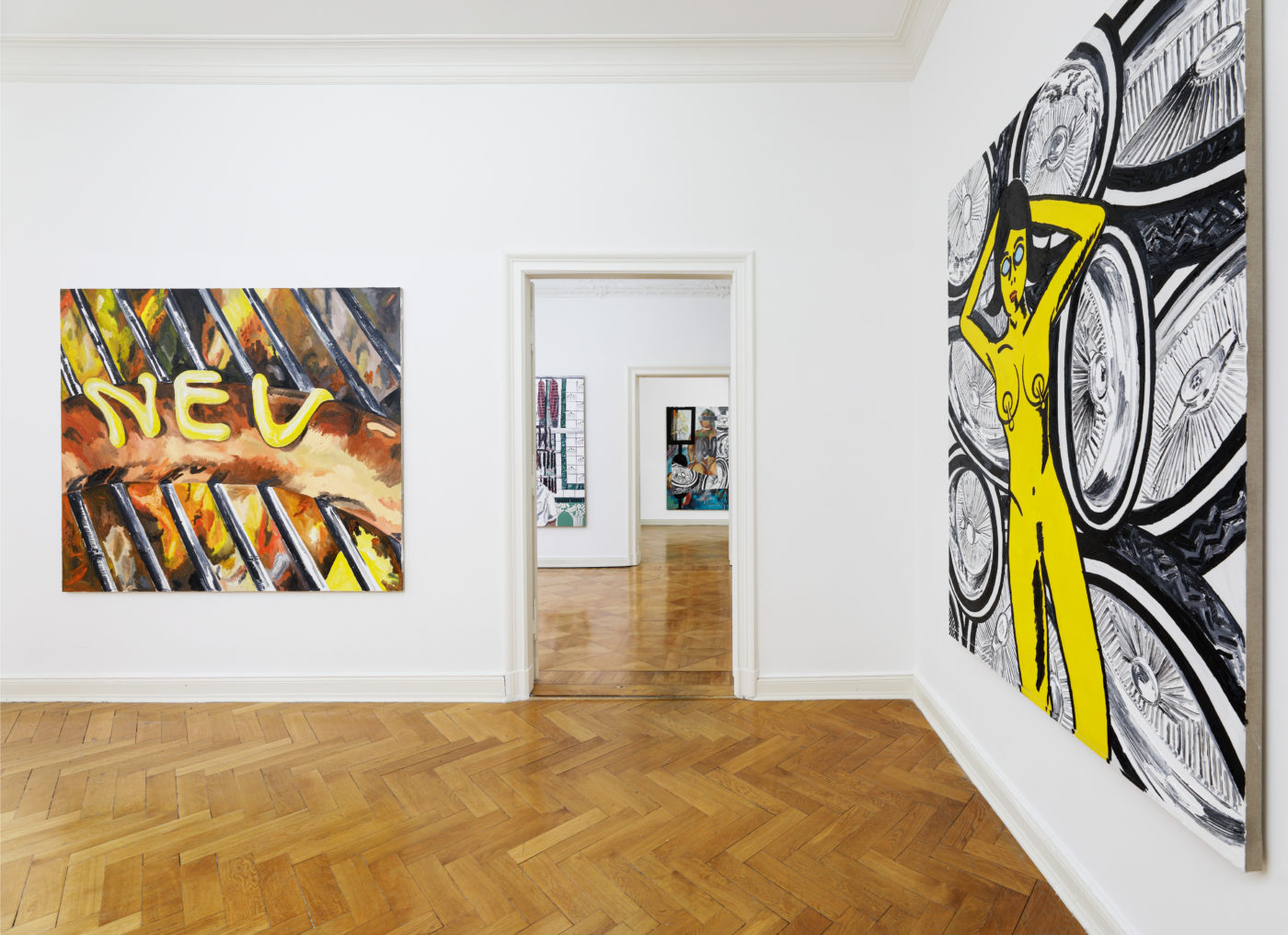
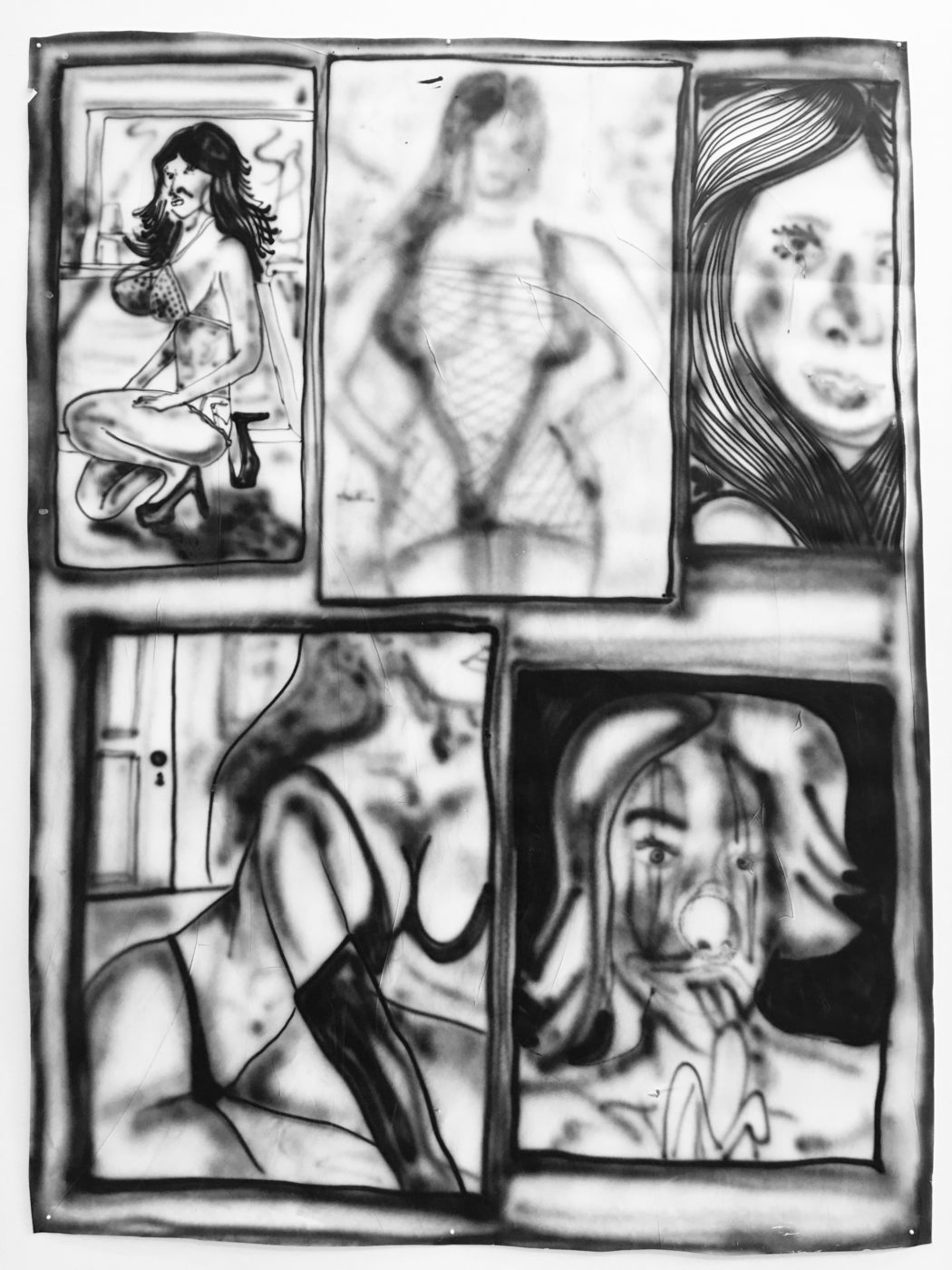
L.A. Express 2019 Acrylic on paper Acryl auf Papier 69 x 51 in 175 x 130 cm
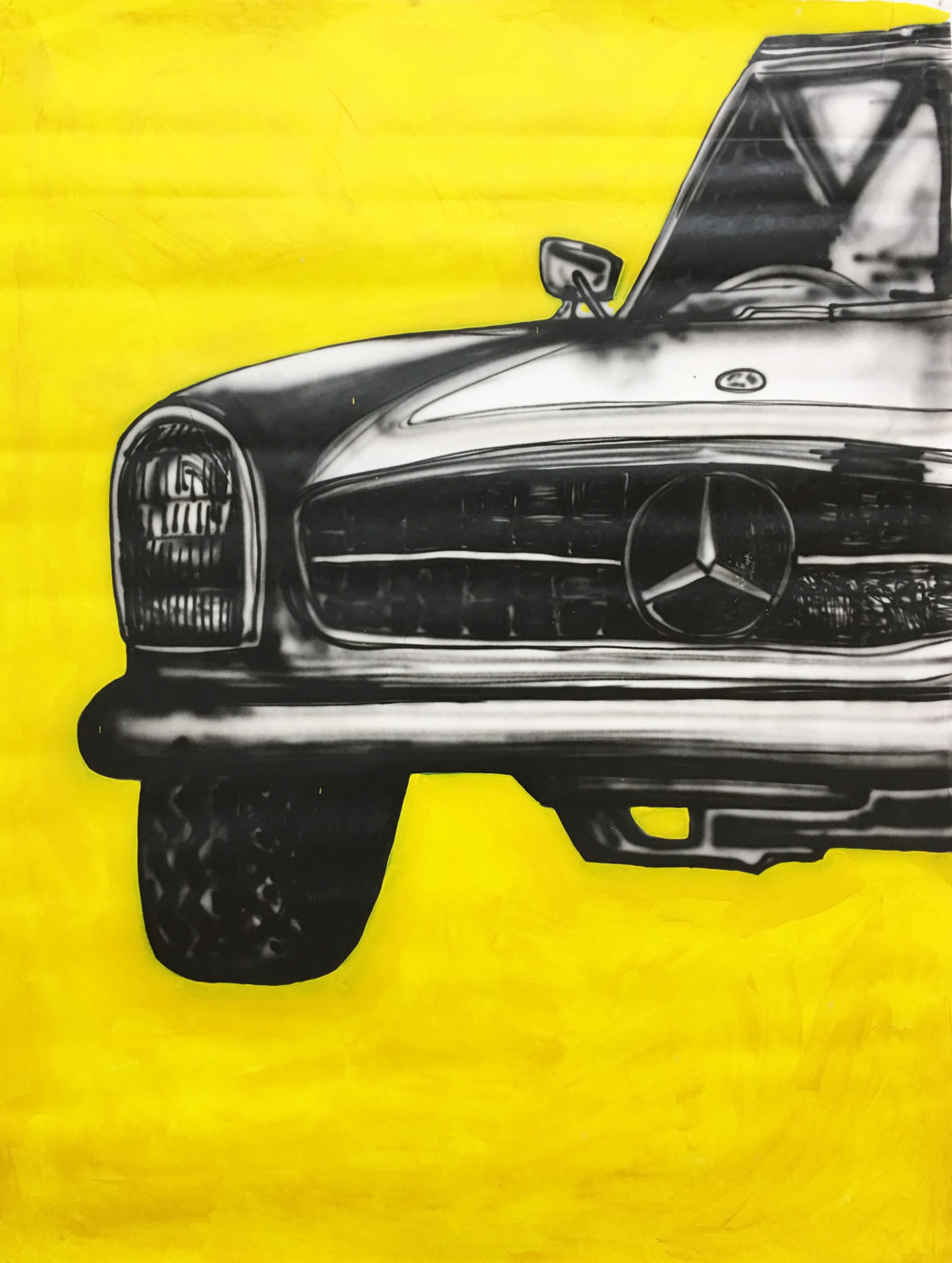
Mercedes 2019 Acrylic on paper Acryl auf Papier 68 x 51 in 173 x 130 cm

Sexy Latina 2019 Acrylic on paper Acryl auf Papier 68 x 51 in 173 x 130 cm
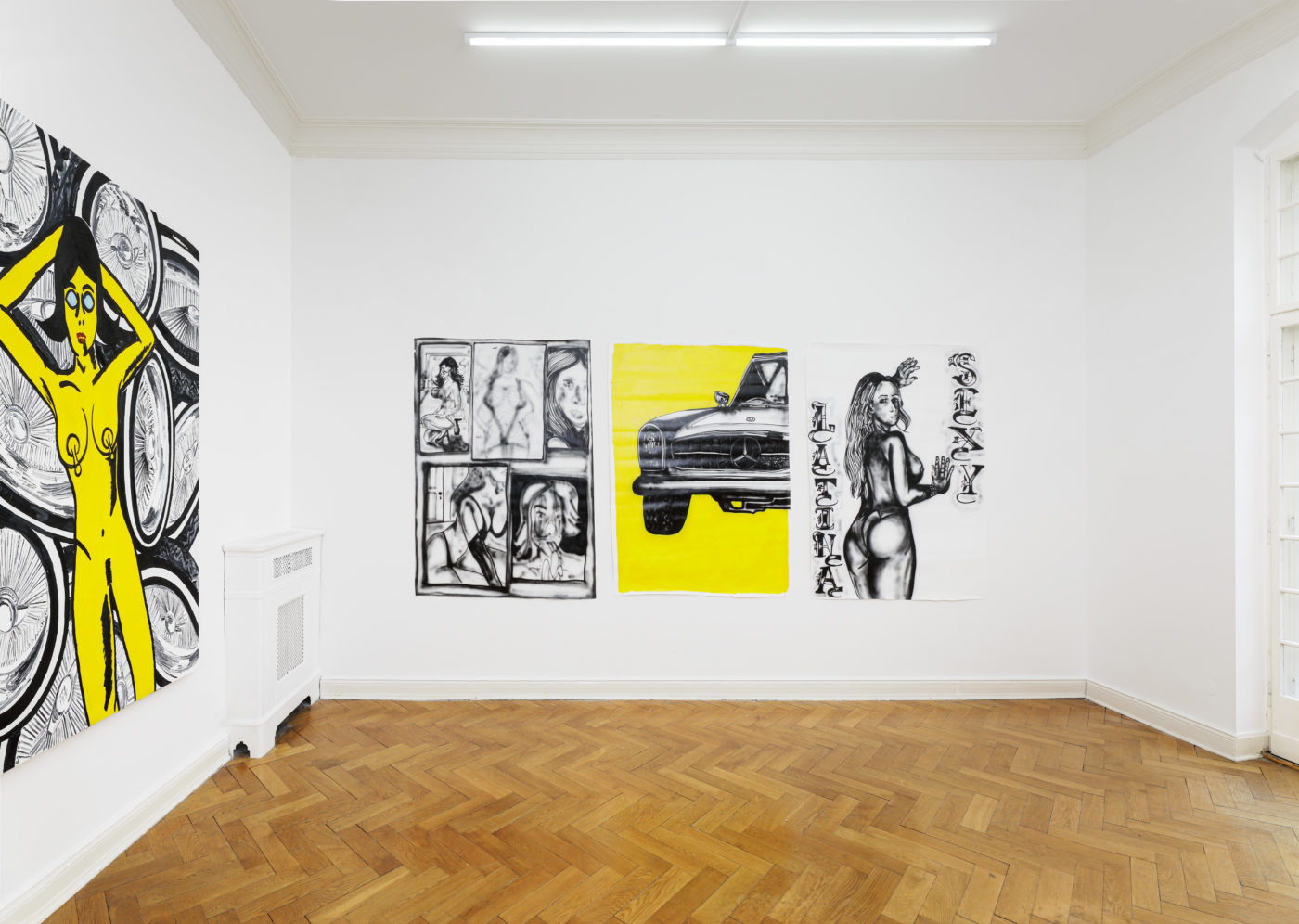
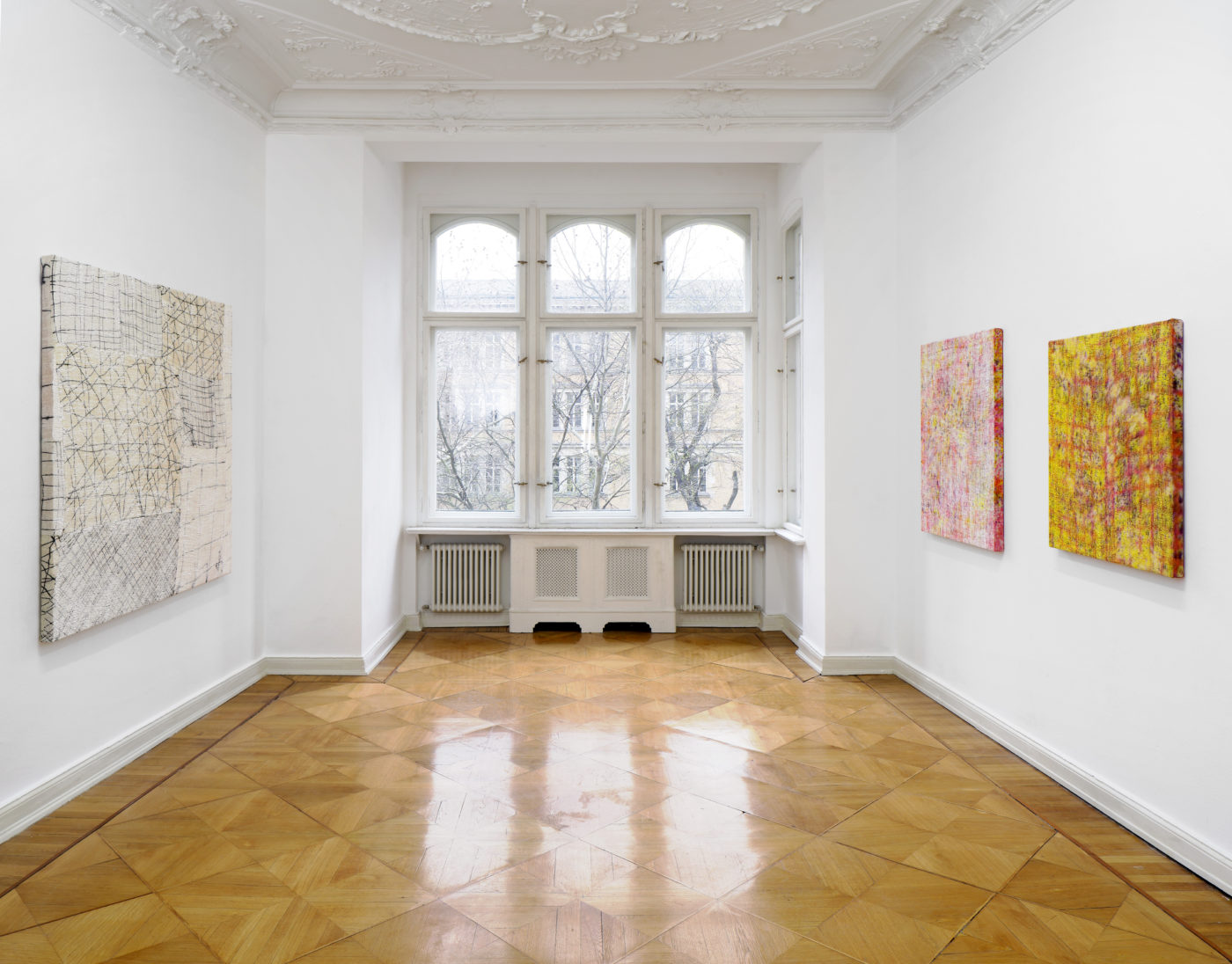
Evan Nesbit
March 29 to June 8,2019
[Deutscher Text nachstehend]
Evan Nesbit’s paintings are abstract color fields, capturing a performative gesture in the process of distributing paint and pigments to stain, bleach, coat, and color textiles and objects. Some of the paintings are achromatic, made with a small amounts of pigment dispersed in acrylic, others oversaturated in bright monochrome fluorescence. For his paintings, Nesbit often uses pressure and gravity to push paint between the fibers of natural dyed burlap causing the synthetic pigment material to press through the fabric and dry. Through this formal inversion, the paint becomes a substrate and the burlap fabric a foregrounded image, giving equal visual importance to both while marking the presence of a painter and the process of manipulating a panel.
Nesbit works within the tradition of American impressionism, color field painting, minimalism and post-minimalism as well as European movements such as Arte Povera or Supports / Surfaces. As such, he is deeply committed to studying and utilizing potentials and properties of natural and synthetic materials with regards to their aesthetic qualities as well as the past conditions and experiences and imbued within them. Nesbit’s works function as paintings by formally reordering substrates, creating a sense of light and space by foregrounding the texture and weight of supports and surfaces.
Evan Nesbit (*1985 in California) lives and works in Grass Valley, California. Nesbit received his BFA from San Francisco Art Institute in 2009 and his MFA from Yale University in 2012. He is recipient of the Yale University Ely Harwood Schless Memorial Fund Prize for painting.
___
Die Gemälde von Evan Nesbit sind abstrakte Farbfelder und erfassen eine performative Geste beim Verteilen von Farben und Pigmenten. Textilien und Gegenstände werden, gebleicht, gefärbt und neu strukturiert. Einige der Gemälde sind achromatisch und bestehen aus feinen Pigmenten, die in Acryl dispergiert sind, andere sind gesättigt in ihrer hellen monochromen Fluoreszenz. In seinen Arbeiten verwendet Nesbit Bewegung, Druck und Schwerkraft, um mit der Farbe auf natürlich gefärbtes Sackleinen zu malen, wodurch das synthetische Pigmentmaterial durch die Fasern dringt und als mehrdimensionales Relief trocknet. Durch die Neuanordnung von Substraten entstehen Licht- und Raumwahrnehmungen, die die Textur und das Gewicht von Materialträgern und Oberflächen in den Vordergrund stellen.
Nesbit arbeitet in der Tradition des amerikanischen Impressionismus, der Farbfeldmalerei, des Minimalismus und des Post-Minimalismus sowie europäischer Bewegungen wie der Arte Povera oder Supports / Surfaces. Er untersucht damit die Potentiale und Eigenschaften natürlicher und synthetischer Materialien hinsichtlich ihrer ästhetischen Qualitäten sowie ihrer Vergangenheit.
Evan Nesbit (* 1985 in Kalifornien) lebt und arbeitet in Grass Valley, Kalifornien. Nesbit erhielt seinen BFA vom San Francisco Art Institute 2009 und seinen MFA von der Yale University 2012. Er ist Preisträger des Ely Harwood Schless Memorial Fund der Yale University für Malerei.
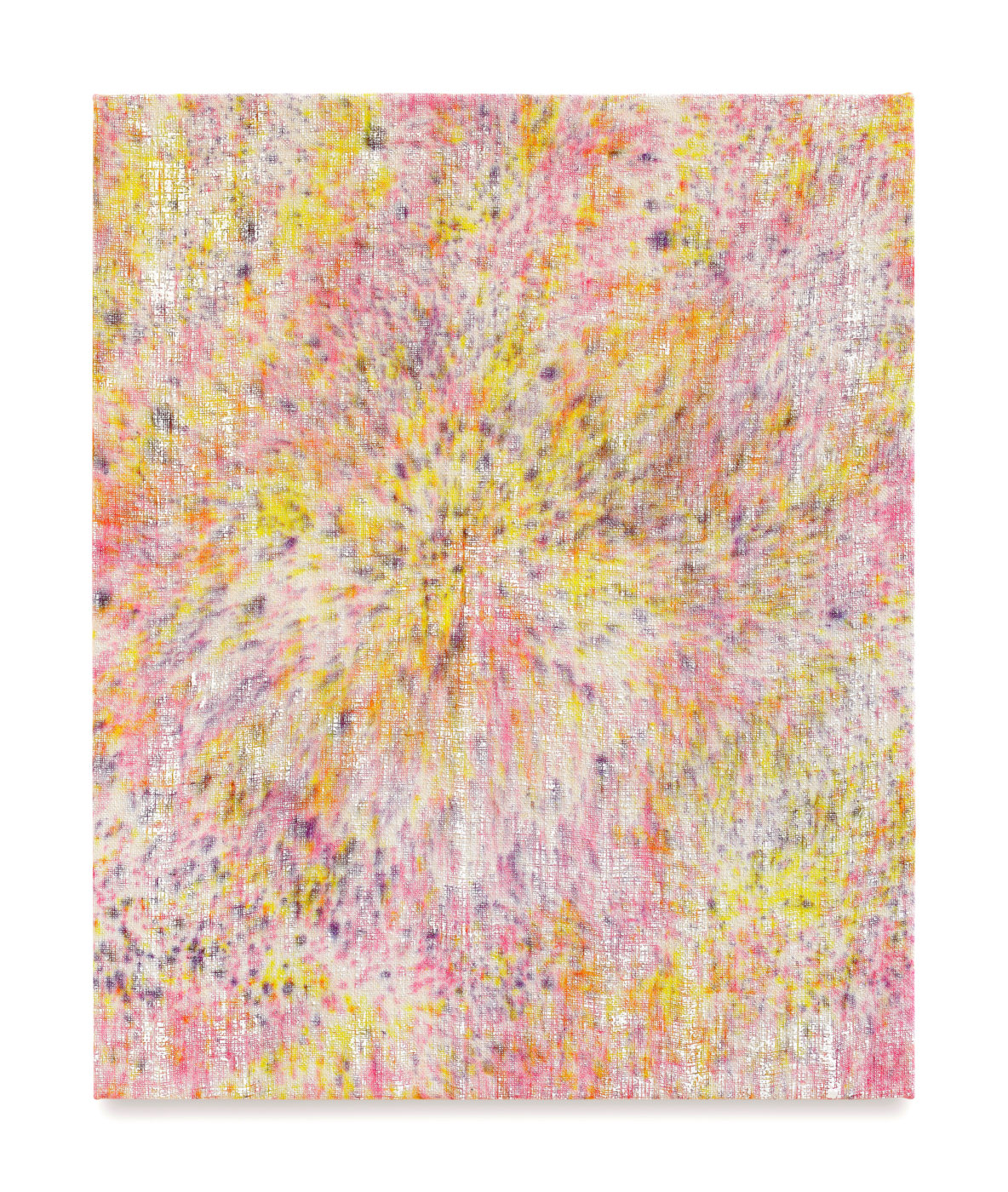
Porosity (Too Far Away To Be Seen) 2019 Acrylic on dyed burlap Acryl auf gefärbter Jute 43 1/2 x 35 1/2 in 110 x 90 cm
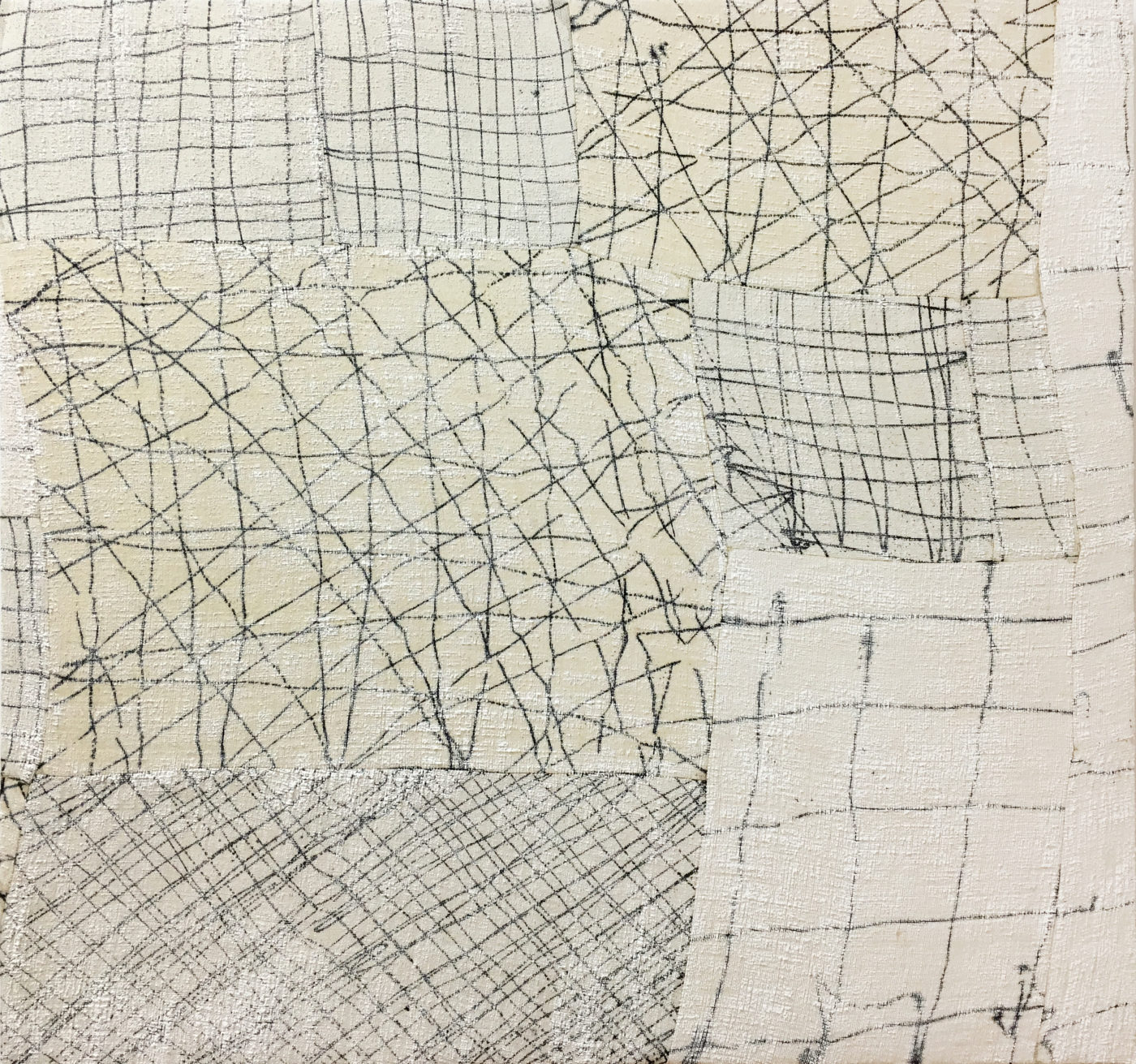
High Frequency Arpeggio 2019 Acrylic and ink on burlap Acryl und Tusche auf Jute 65 x 61 in 165 x 155 cm
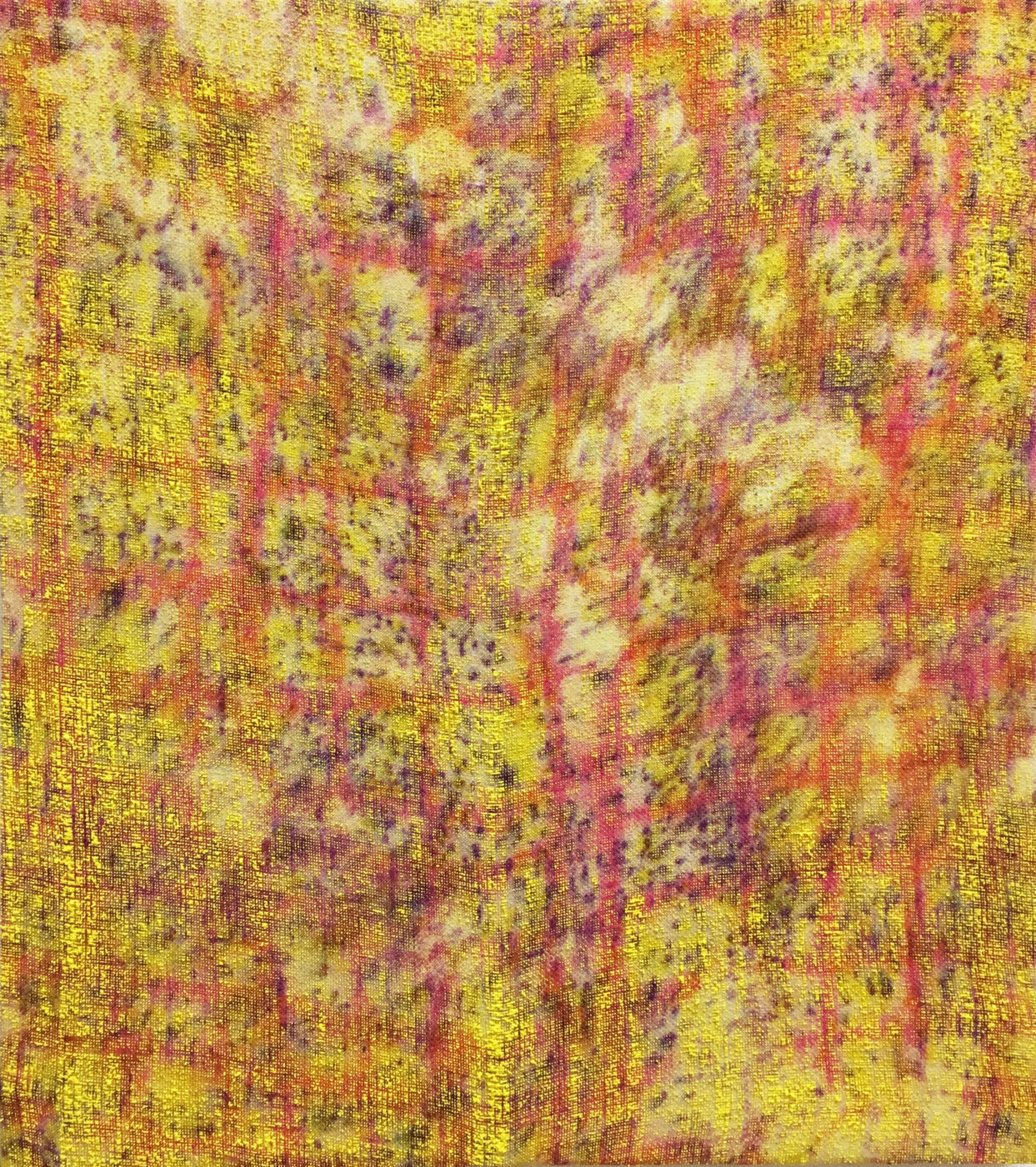
Porosity (Varieties of Presence) 2019 Acrylic on dyed burlap Acryl auf gefärbter Jute 31 1/2 x 35 1/2 in 80 x 90 cm
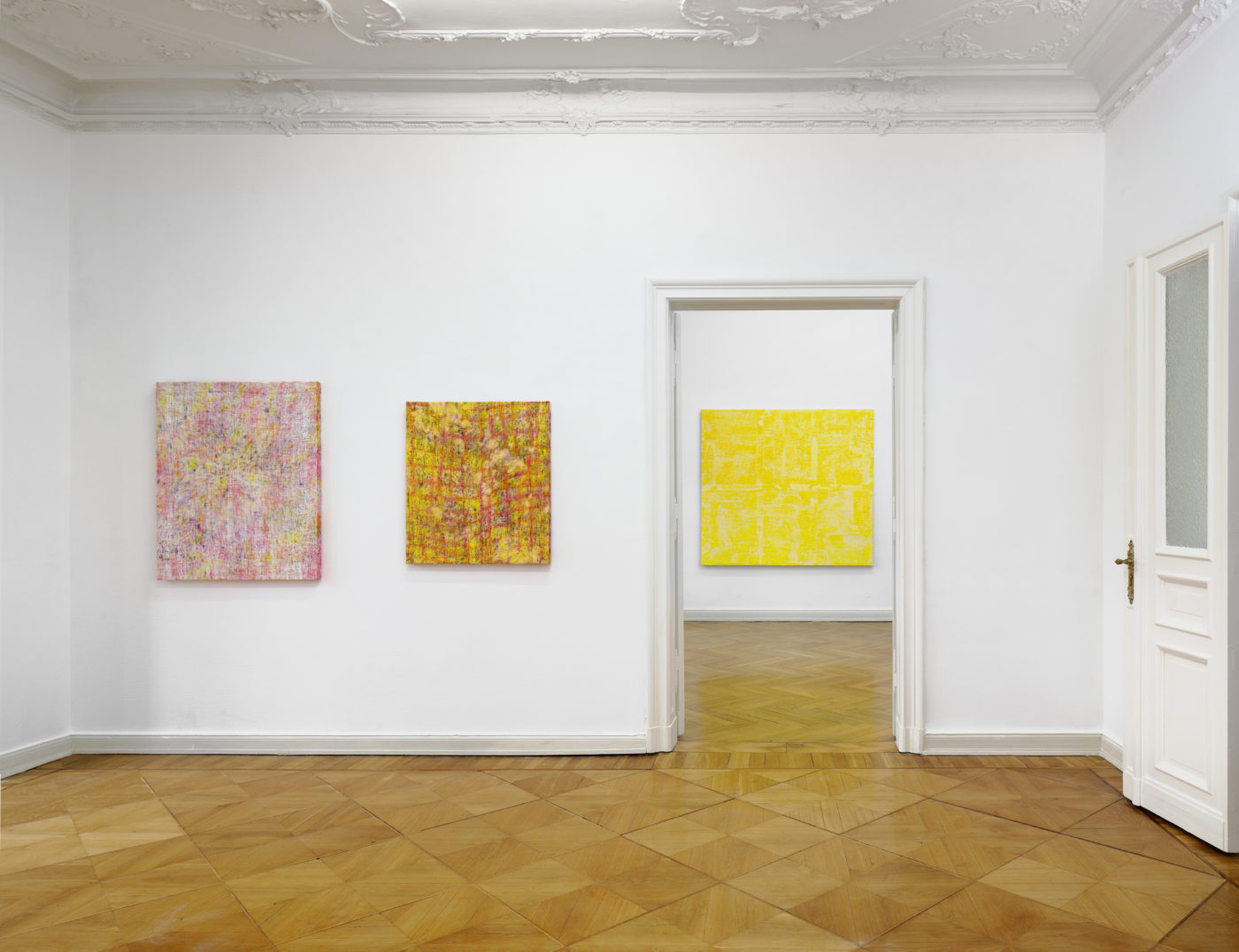
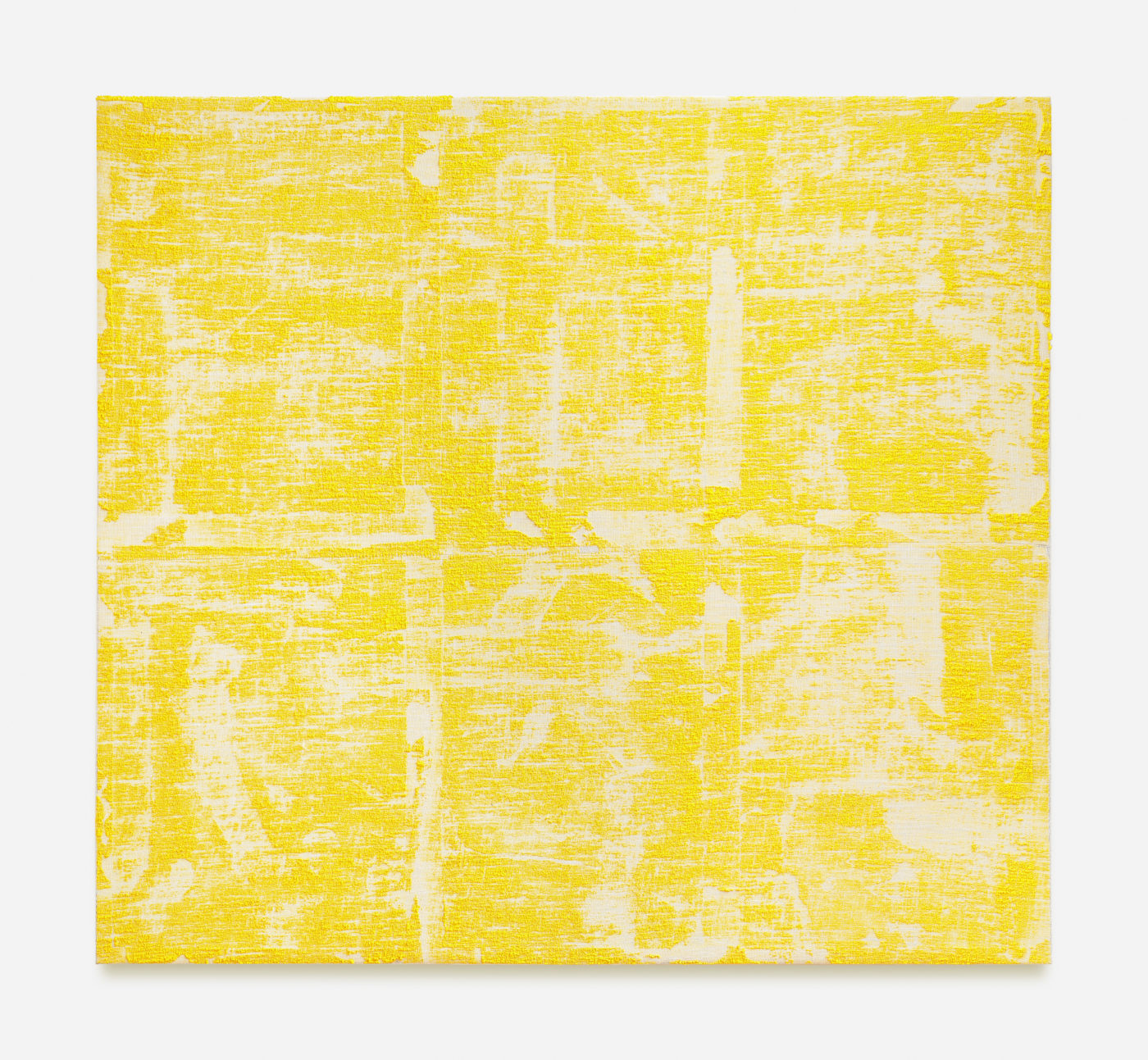
Porosity Yellow 2019 Acrylic on burlap Acryl auf Jute 79 x 71 in 200 x 180 cm
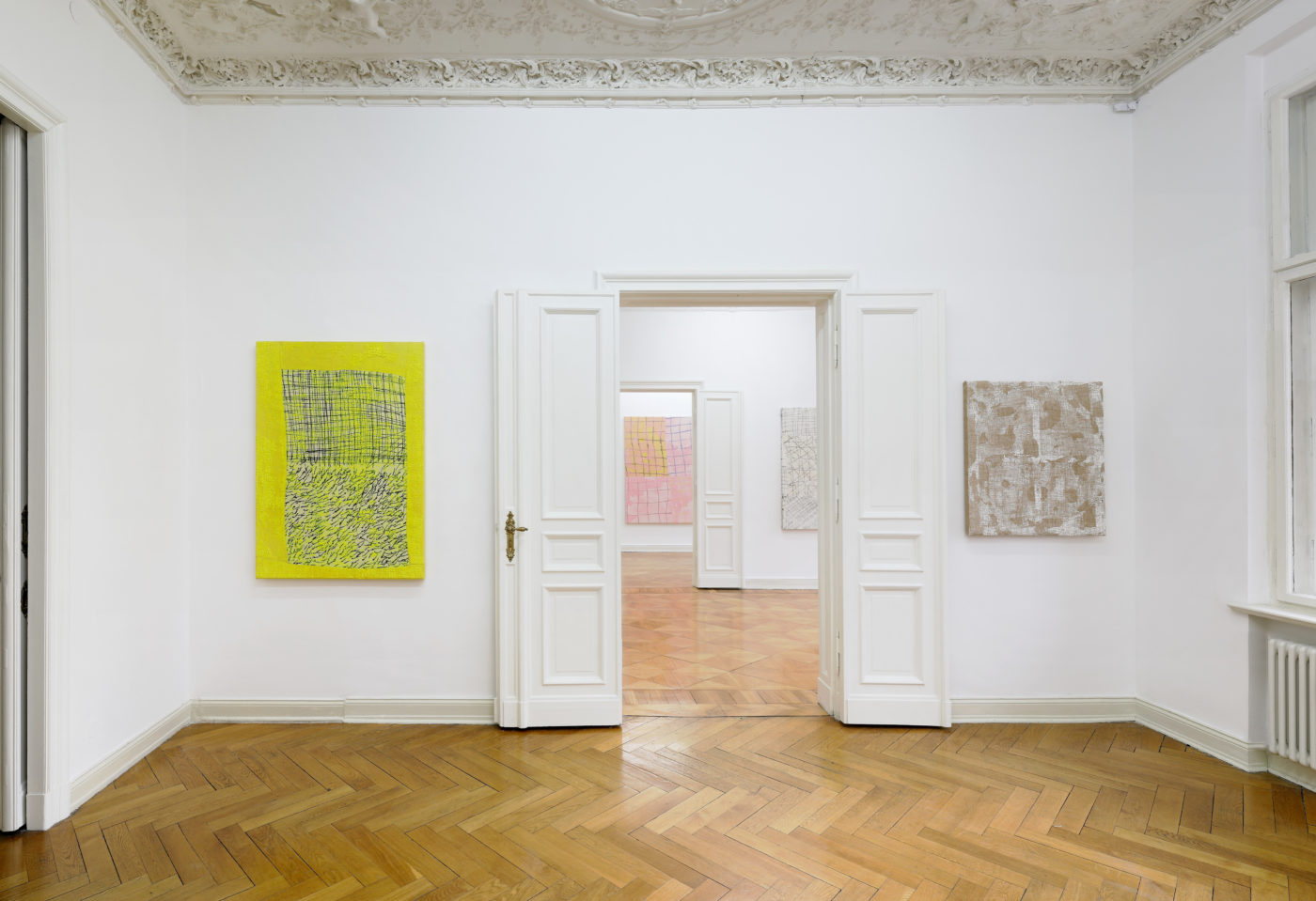

Painting At The Edge Of My Finger Tips 2019 Acrylic and ink on dyed burlap Acryl und Tusche auf gefärbter Jute 55 x 39 1/2 in 140 x 100 cm
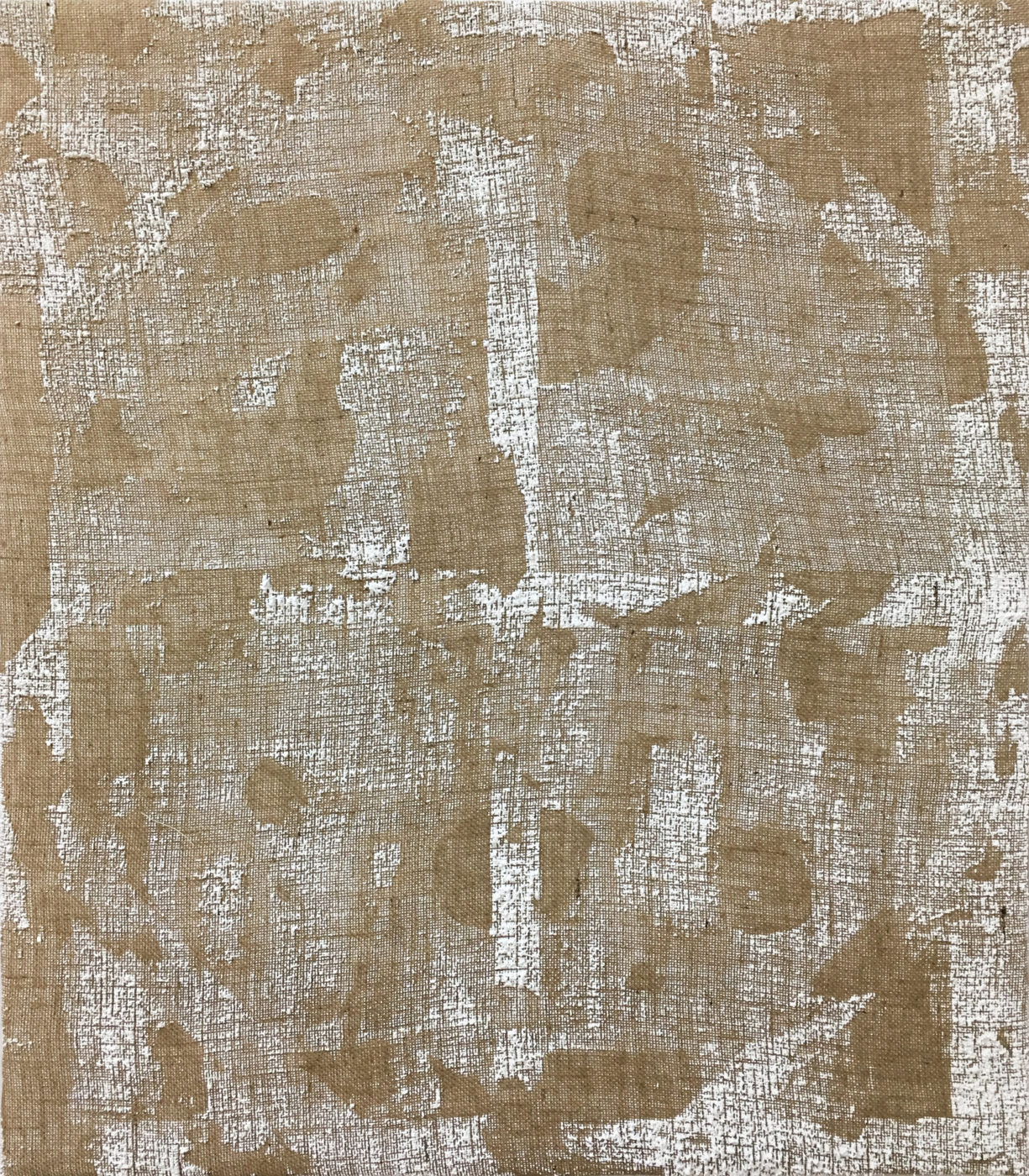
The Quick 2017 Acrylic on burlap 31 1/2 x 35 1/2 in 80 x 90 cm
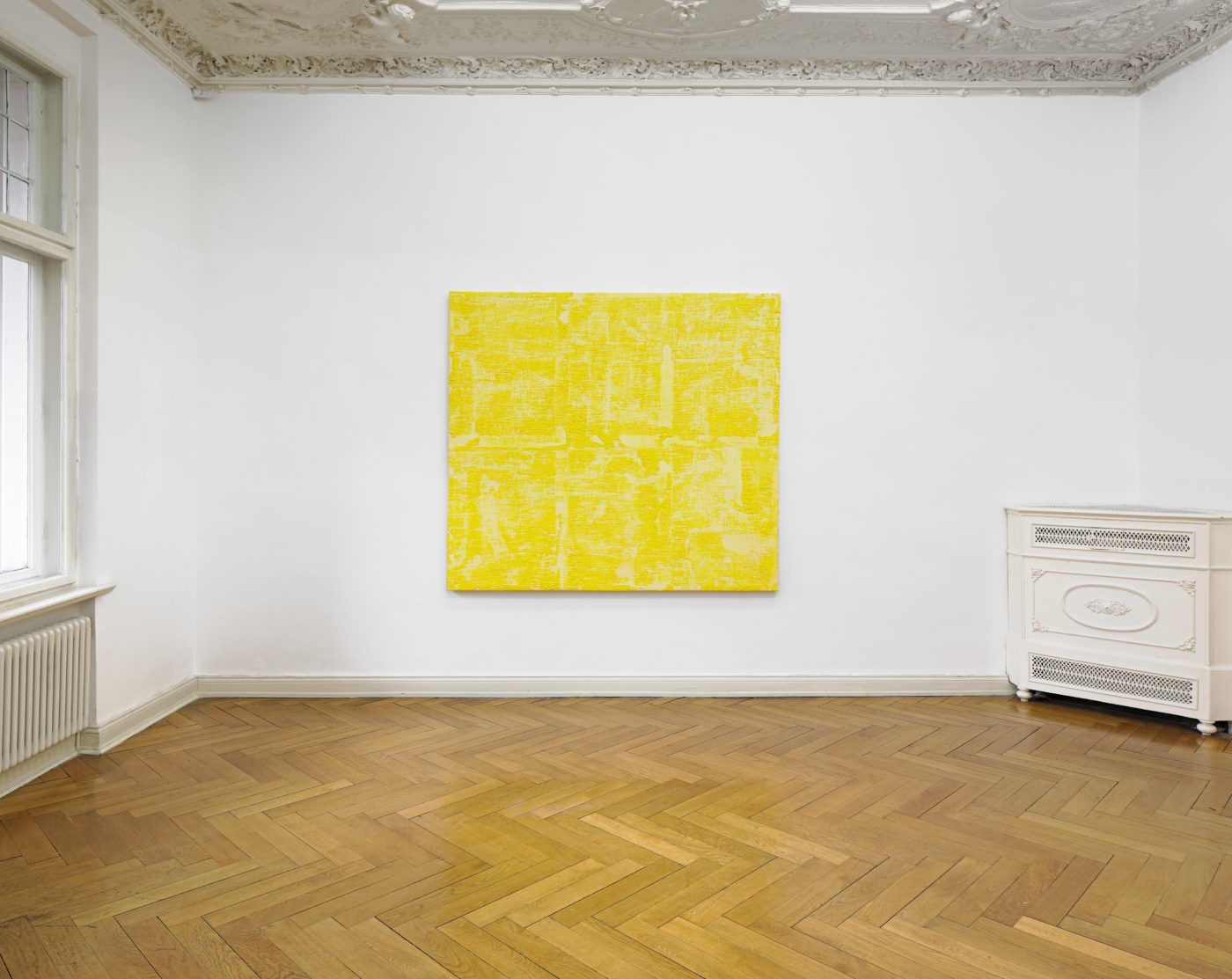
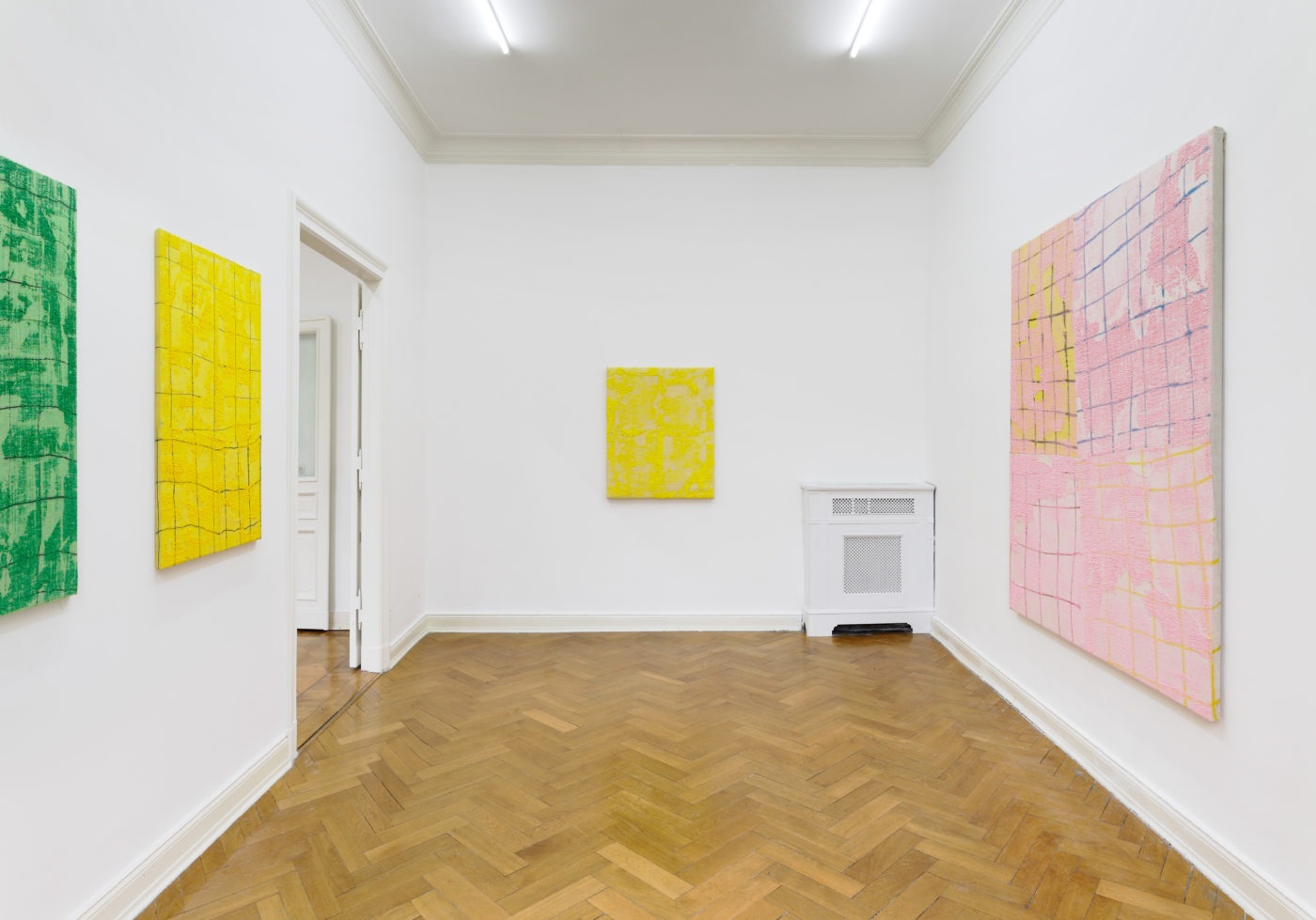
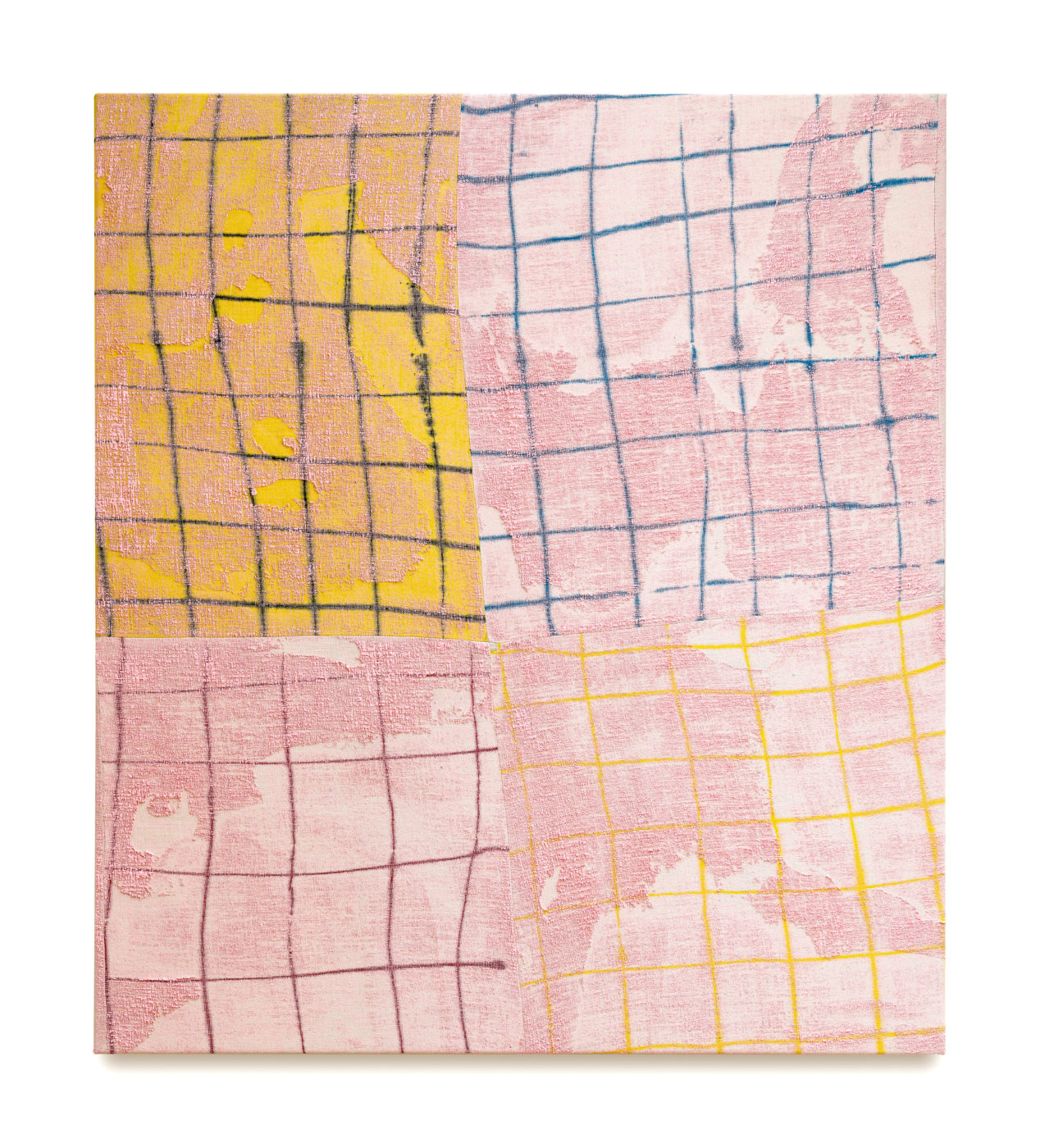
Modal Painting 2019 Acrylic and ink on dyed burlap Acryl und Tusche auf gefärbter Jute 79 x 71 in 200 x 180 cm
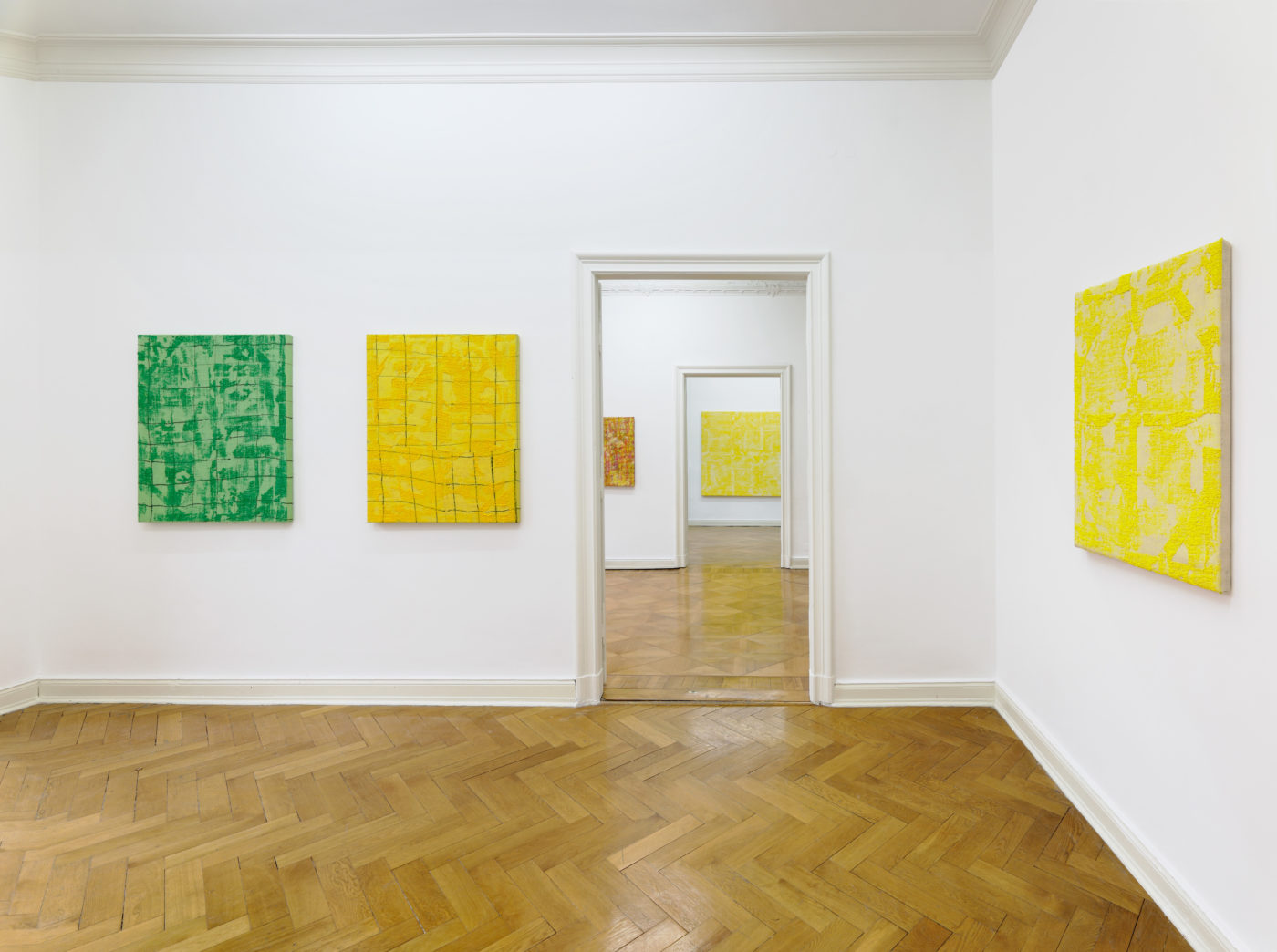
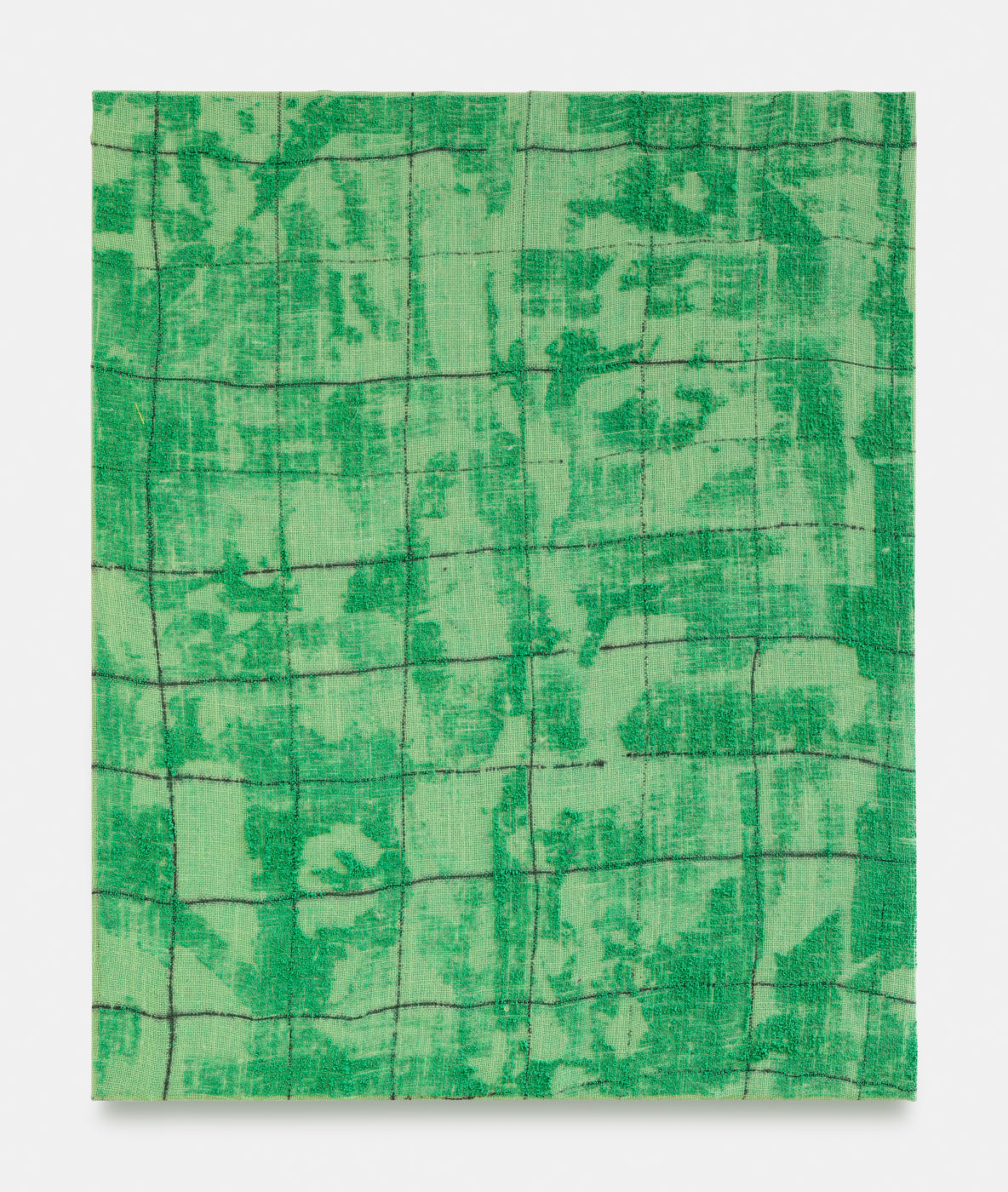
Taurus In Spring 2019 Acrylic and ink on dyed burlap Acryl und Tusche auf gefärbter Jute 43 1/2 x 35 1/2 in 110 x 90 cm
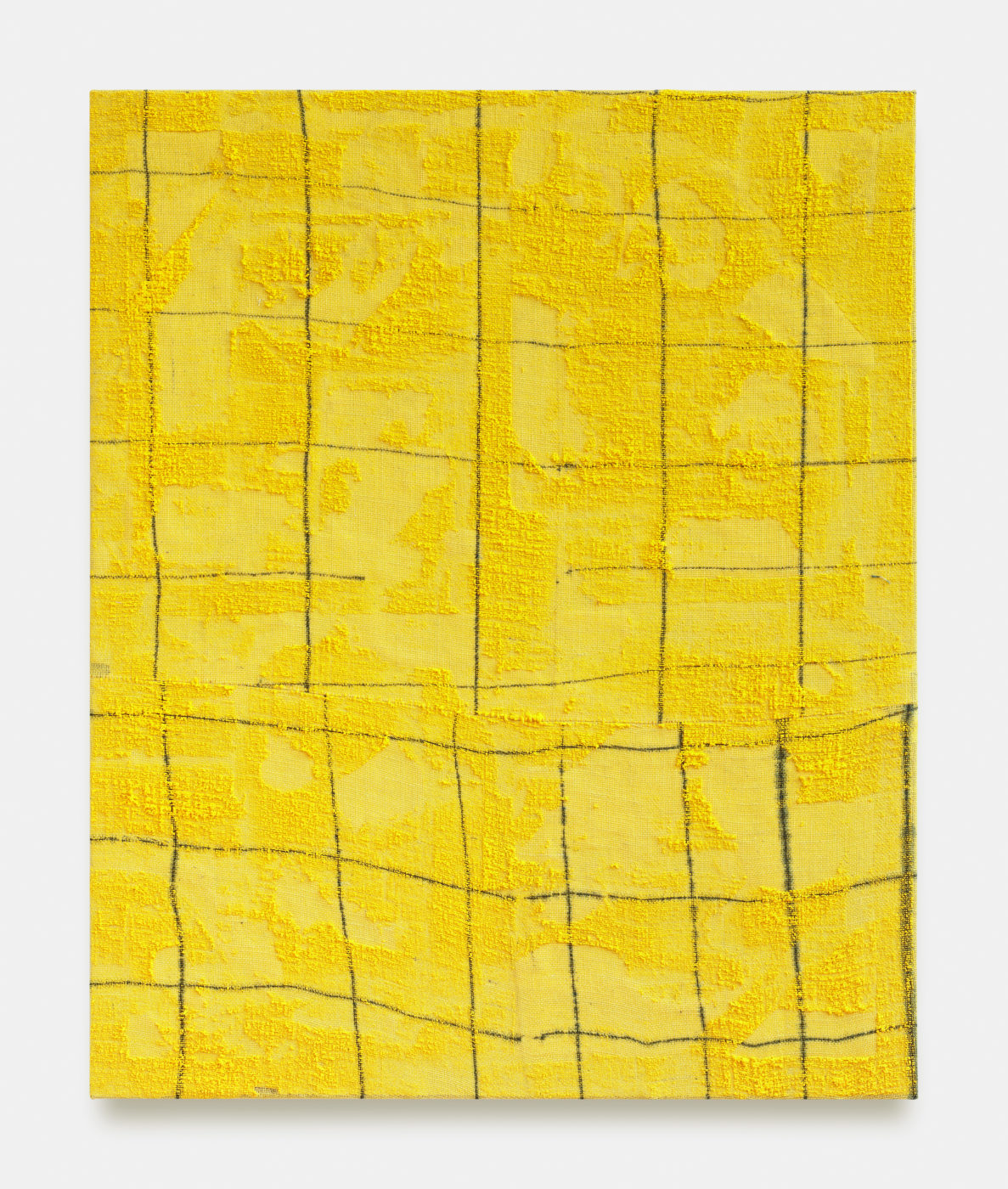
Fragile Style Light Farm 2019 Acrylic and ink on dyed burlap Acryl und Tusche auf gefärbter Jute 43 1/2 x 35 1/2 in 110 x 90 cm
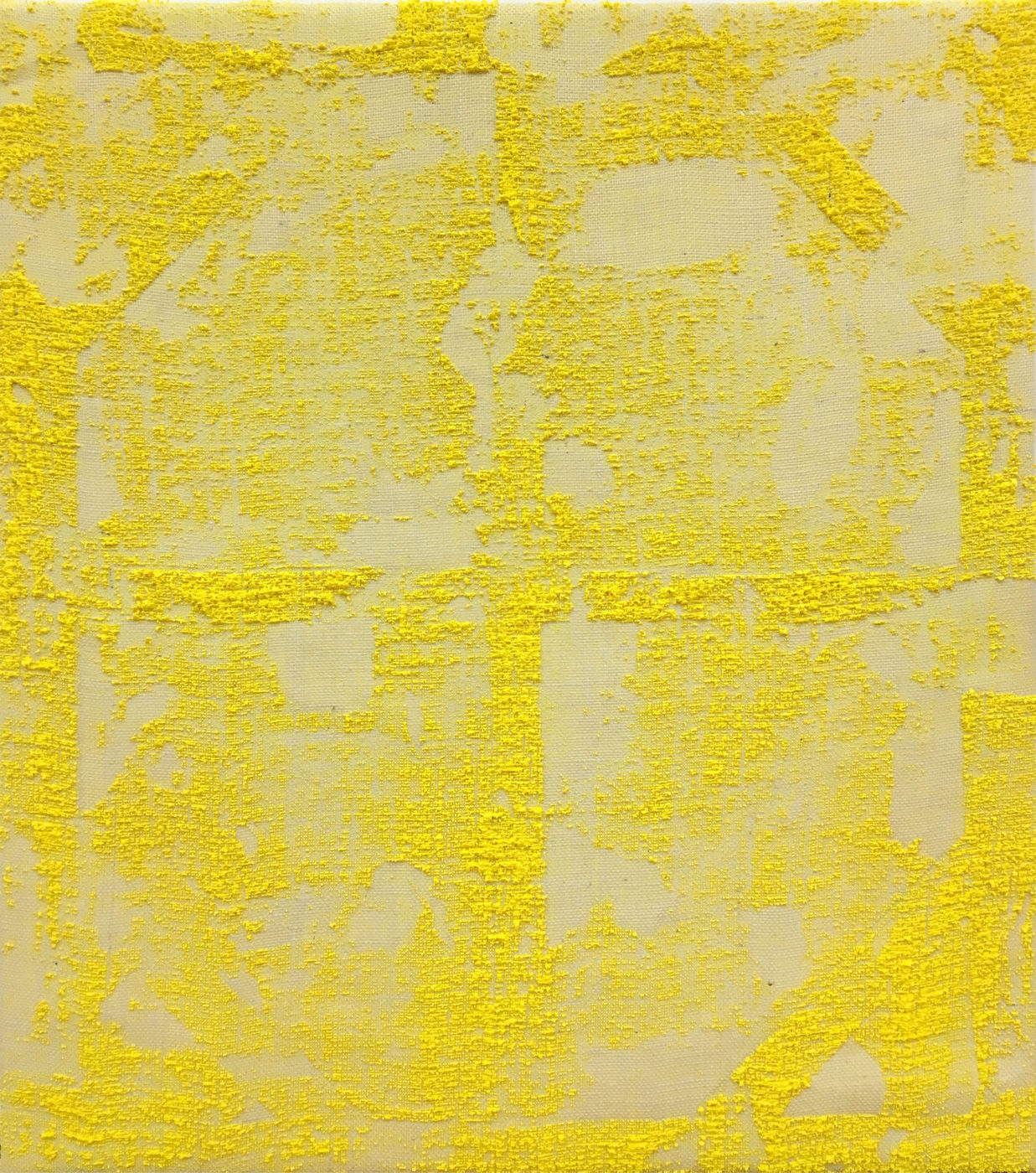
Superstratum (YLO) 2017 Acrylic on burlap Acryl auf Jute 37 x 32 in 94 x 81
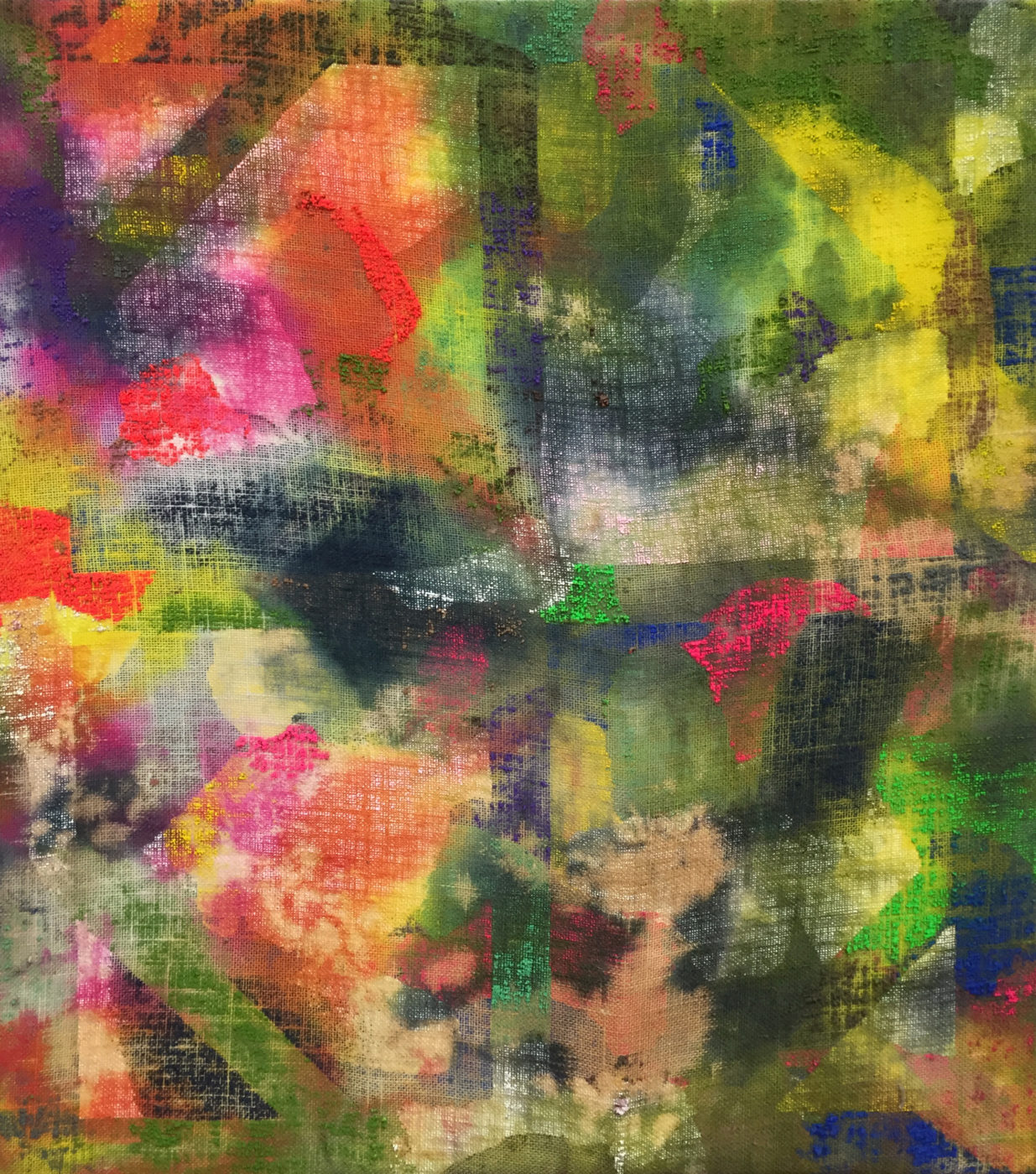
Porosity (Read Like Tea) 2017 Acrylic on dyed burlap Acryl auf gefärbter Jute 37 x 32 in 94 x 81 cm
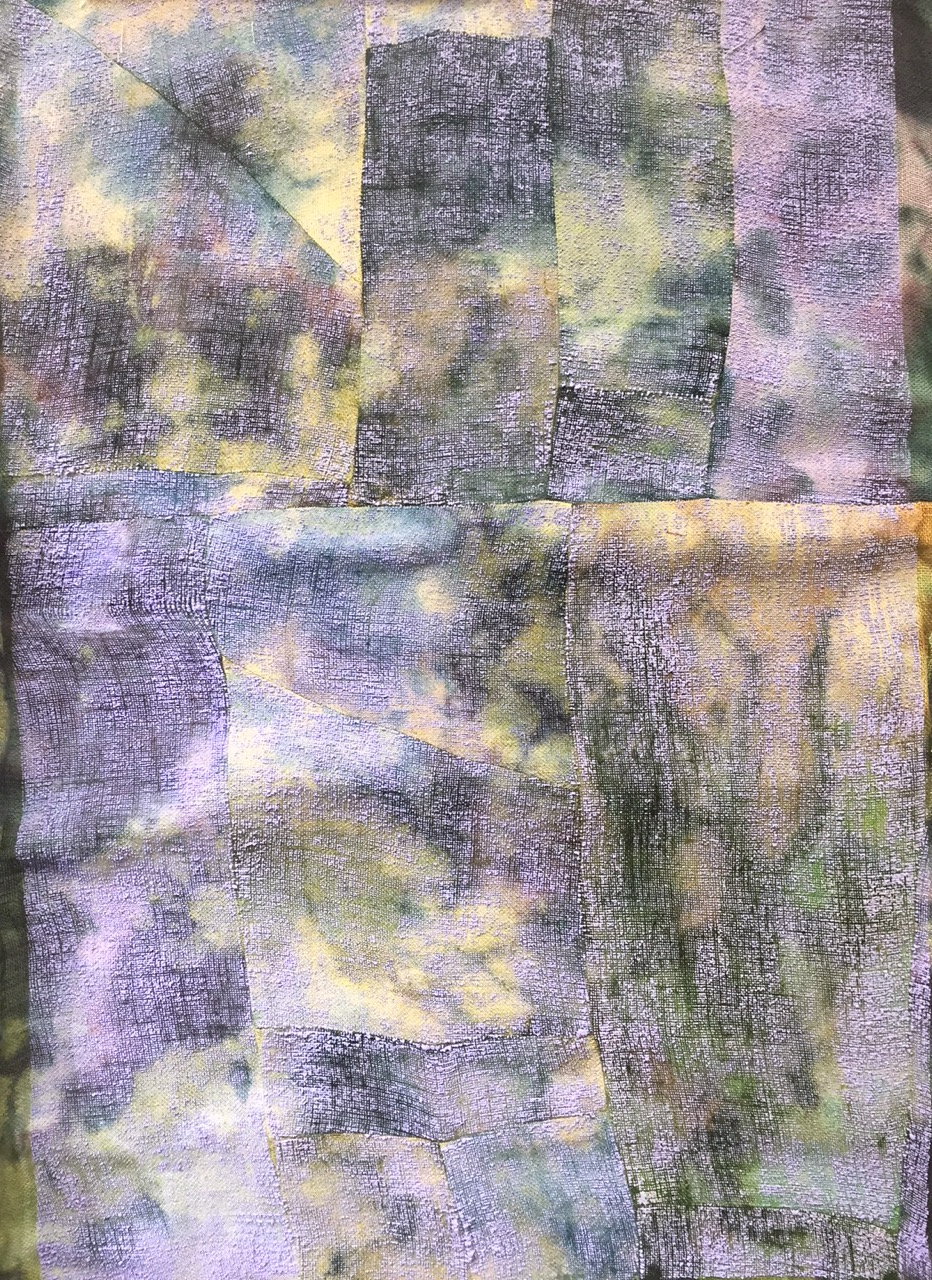
Porosity (subdivided Horizons) Acrylic on dyed burlap Acryl auf gefärbter Jute 53x37 in 135x94 cm
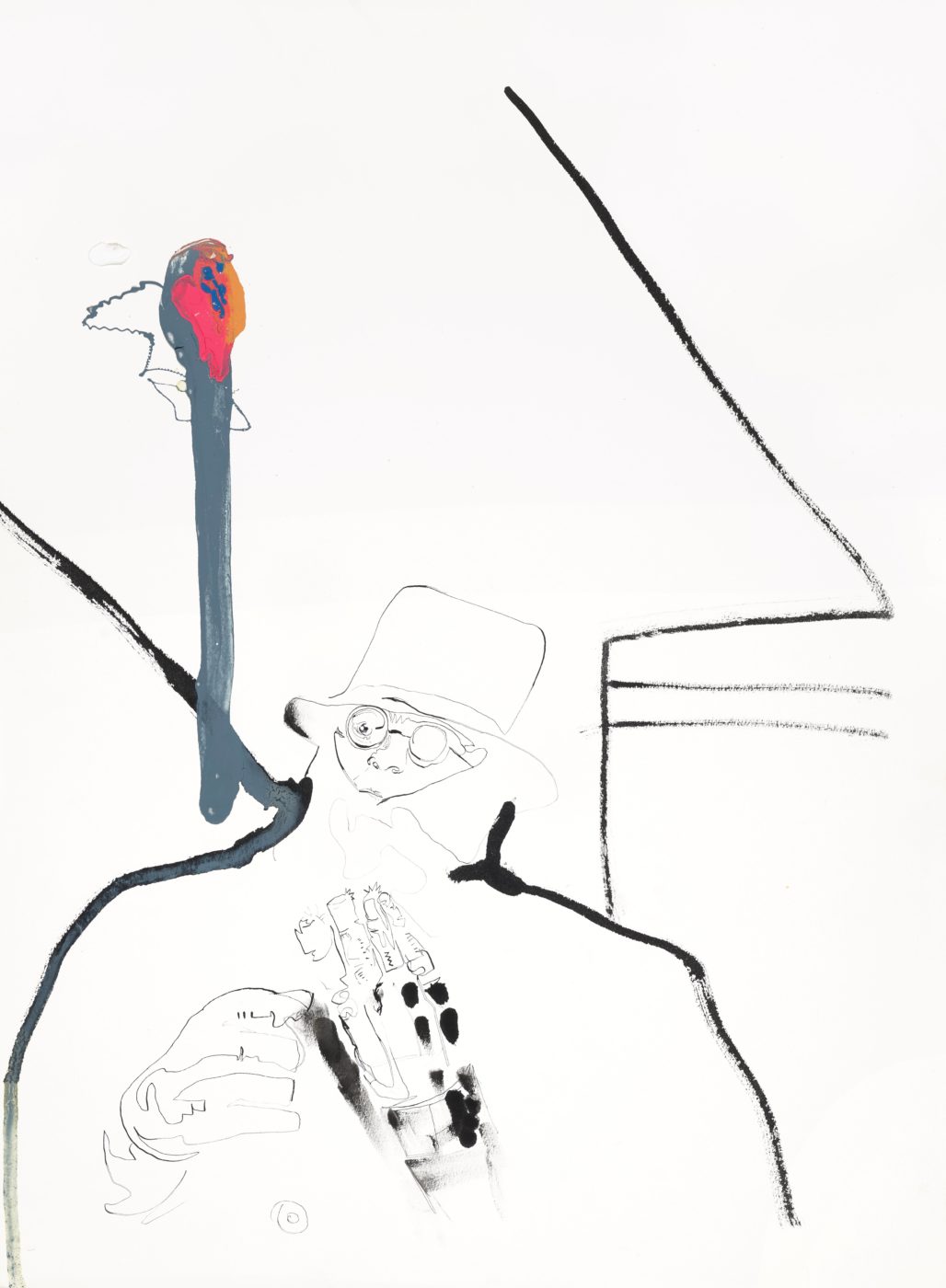
Keith Mayerson Mad Love (Verrückte Liebe) 1997 Ink and cartoon cel paint on watercolor paper Tusche und Cartoon-Folienfarbe auf Aquarellpapier 30 x 22 in 76 x 56 cm
Keith Mayerson
Love/Liebe
September 7 to October 13,2018
Keith Mayerson
Otto Dix
August Wilhelm Dressler
Carl Grossberg
George Grosz
Karl Hermann Haupt
Otto Möller
Josef Scharl
Paul Wieghart
[Deutscher Text nachstehend]
Keith Mayerson (*1966) is a contemporary painter and draftsman, known for his work encompassing portraits, historical and personal scenes, landscapes, and more. The exhibition at Weiss Berlin aims to draw attention to graphic art as the foundation of painting, forming connections between satire, caricature, and the moving form of the line and the brushstroke. Mayerson’s drawings and a retrospective of his early paintings are accompanied by drawings from the Weimar Republic by Otto Dix (1891-1969), August Wilhelm Dressler (1886-1970), Carl Grossberg (1894-1940), George Grosz(1893-1959), Karl Hermann Haupt (1904-1983), Otto Möller (1883-1964), Josef Scharl (1886-1954) and Paul Wieghart (1896-1969). Mayerson’s work was strongly influenced by the works of these artists, as well as by comics and the figurative painting of the 19th and 20th centuries – together they form a lovingly dark panorama of figures and emotions.
Since 1995, Mayerson has been a professor for fine art and cartooning in New York and California. He has exhibited widely and his work is featured in the permanent collections of the Whitney Museum of American Art, the Museum of Modern Art, New York, the Los Angeles County Museum of Art, the San Francisco Museum of Modern Art, and the Cleveland Museum of Art.
–
Eröffnung: 6. September, 19 – 21 h
Ausstellung: 7. September bis 13. Oktober
Keith Mayerson (* 1966) ist ein zeitgenössischer Maler und Zeichner, dessen Arbeiten unter anderem Porträts, historische als auch familiäre Szenen und Landschaften umfassen. Die Ausstellung bei Weiss Berlin will die Aufmerksamkeit auf die grafische Kunst als Grundlage der Malerei lenken, und dabei Zusammenhänge bilden zwischen Satire, Karikatur, und der bewegenden Form der Linie und des Pinselduktus. Mayersons Zeichnungen und eine Retrospektive seiner frühen Gemälde werden mit Zeichnungen aus der Zeit der Weimarer Republik von Otto Dix (1891-1969), August Wilhelm Dressler (1886-1970), Carl Grossberg (1894-1940), George Grosz(1893-1959), Karl Hermann Haupt (1904-1983), Otto Möller (1883-1964), Josef Scharl (1886-1954) und Paul Wieghart (1896-1969) zusammen gezeigt. Mayersons Arbeit wurde stark von den Werken dieser Künstler beeinflusst, ebenso wie von Comics und der figurativen Malerei des 19. und 20. Jahrhunderts – gemeinsam bilden sie ein liebevoll-dunkles Panorama von Figuren und Gefühlen.
Seit 1995 ist Mayerson als Professor für bildende Kunst und Cartoon in New York und Kalifornien tätig. Seine Werke sind unter anderem in den permanenten Sammlungen des Whitney Museum of American Art, des Museum of Modern Art, New York, des Los Angeles County Art Museum, des San Francisco Museum for Modern Art und des Cleveland Museum of Art.

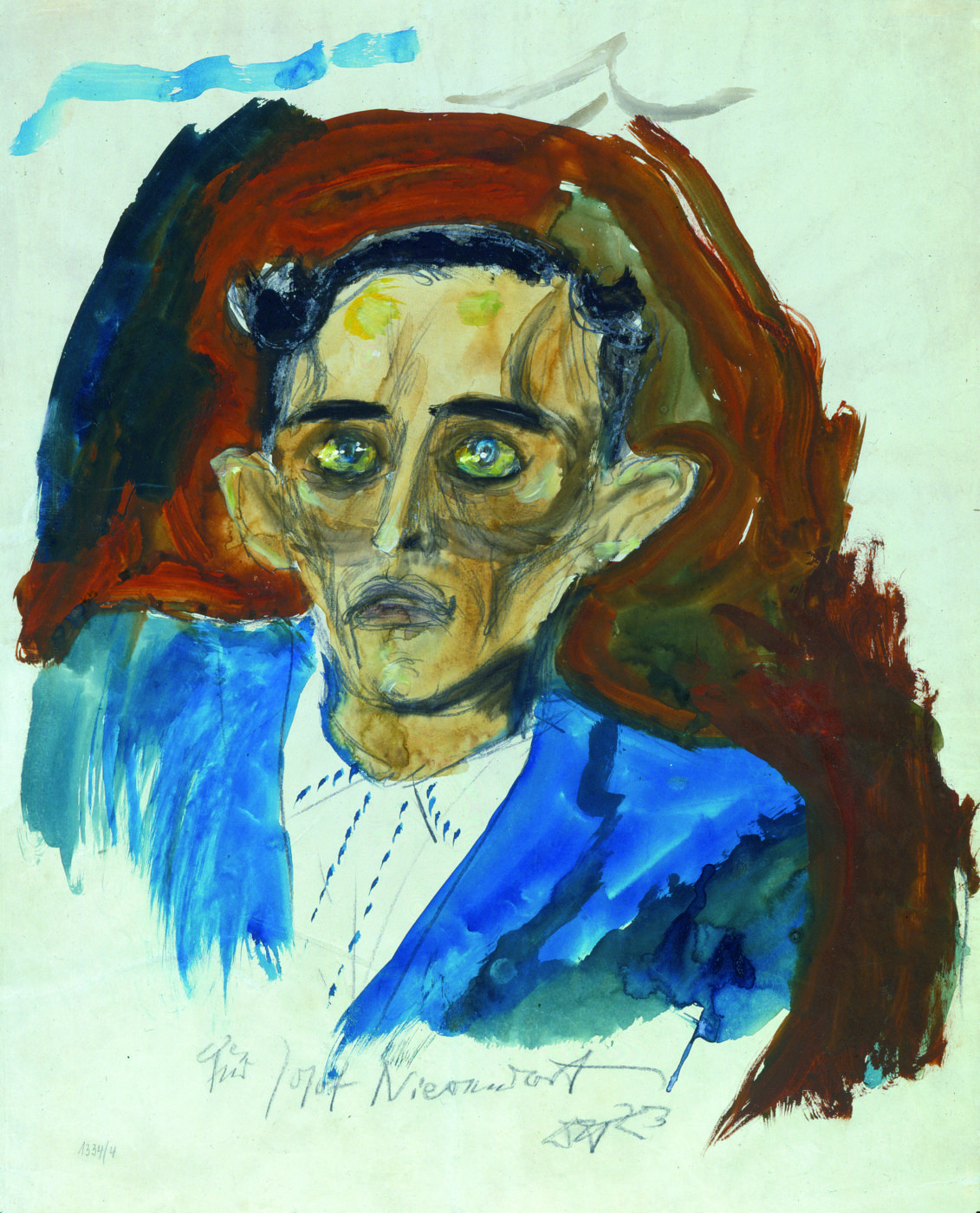
Otto Dix Josef Nierendorf mit Gelbsucht (Josef Nierendorf with Jaundice) 1923 Watercolor over pencil on paper Aquarell über Bleistift auf Papier 21.5 x 17.5 in 55 x 45 cm

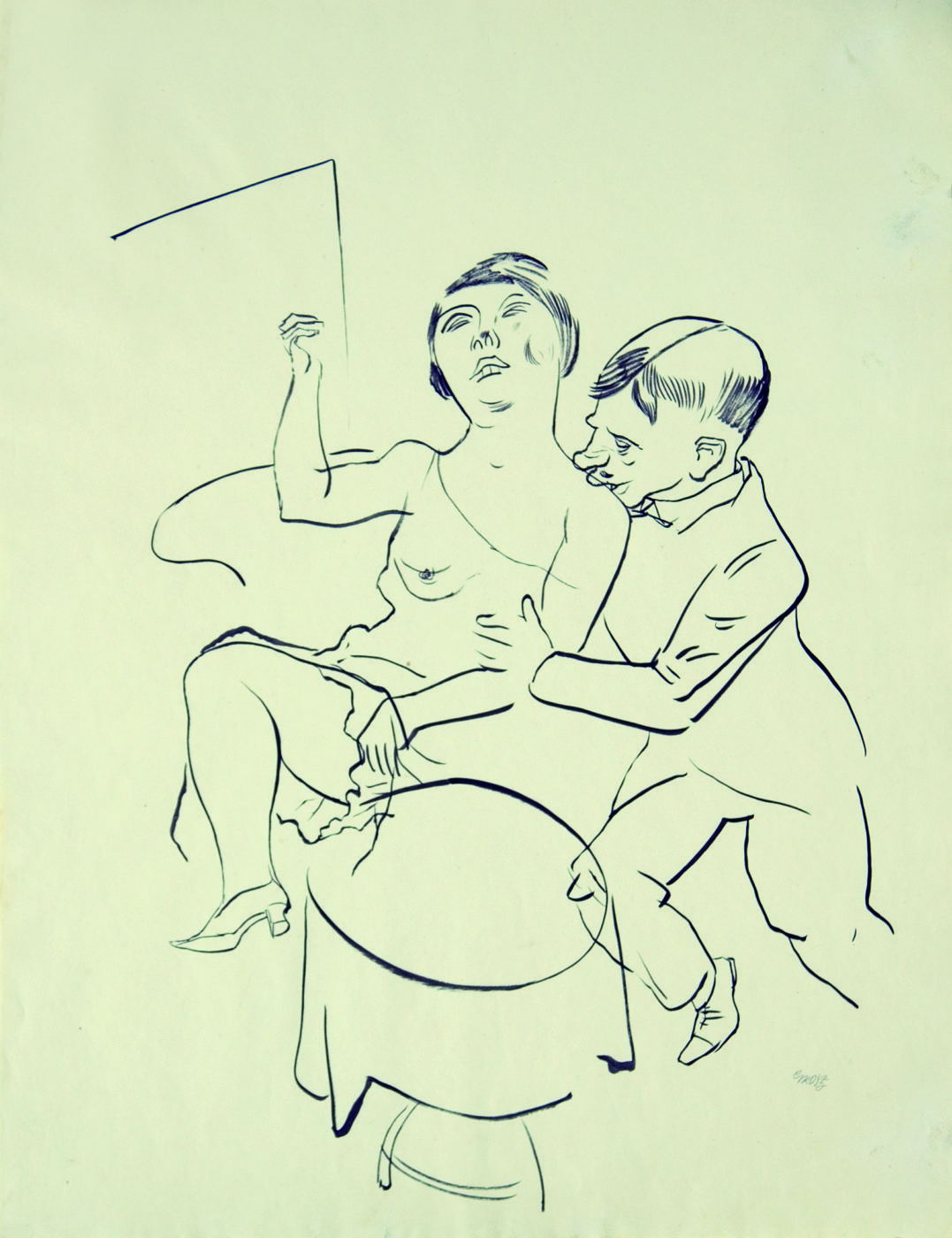
George Grosz Freudenlos lebte die Schöne (Pleasureless Lived the Beauty) 1921/1922 India ink on paper Tuschpinsel auf Papier 22 x 17 in 56 x 43 cm
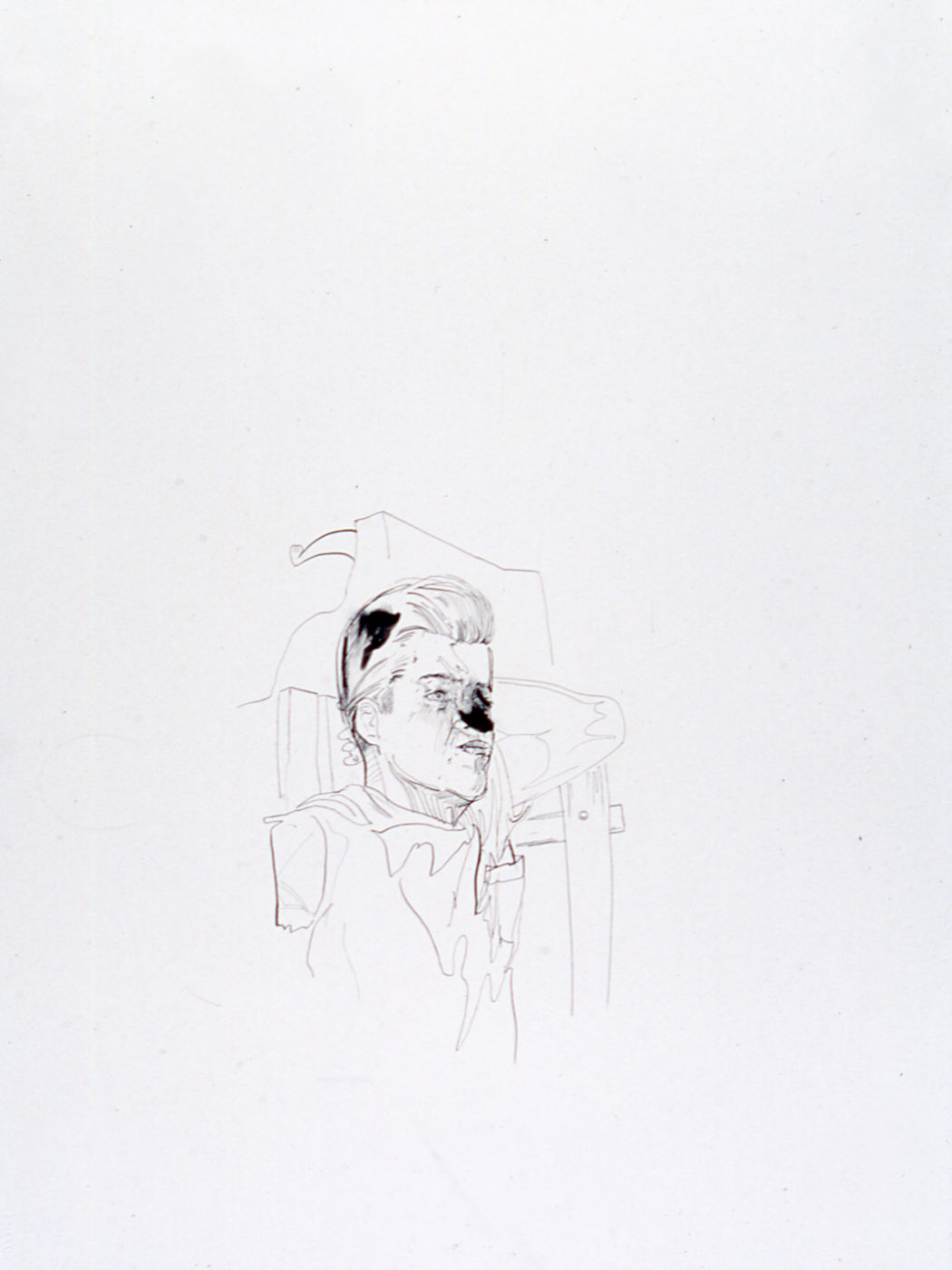
Keith Mayerson Untitled (Johan) 1997 Ink on watercolor paper Tusche auf Aquarellpapier 30 x 22 in 76 x 56 cm
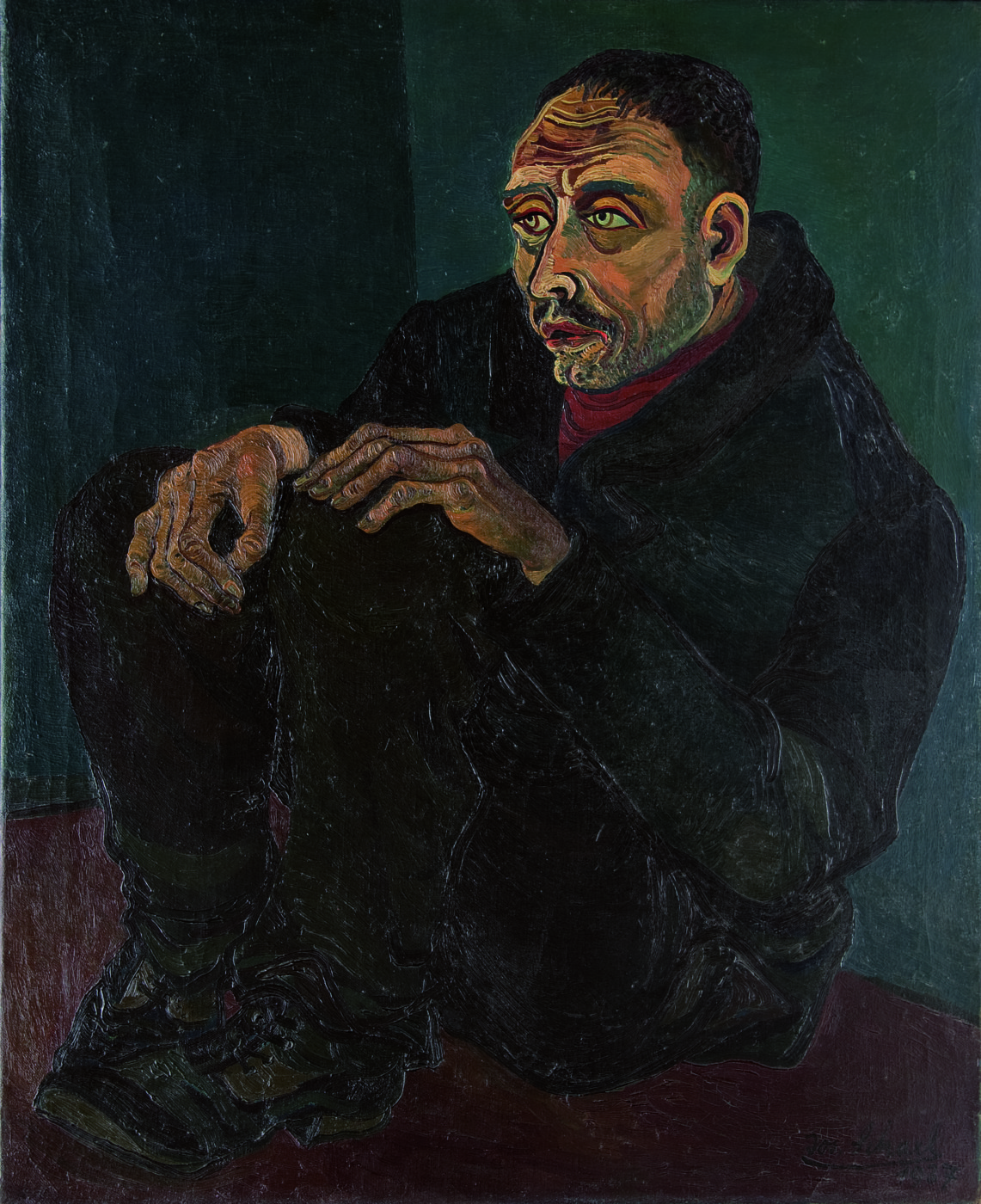
Josef Scharl Hockender Mann im dunklen Anzug (Crouching Man in Dark Suit) 1937 Oil on linen Öl auf Leinen 31.5 x 25.5 in 80 x 65 cm
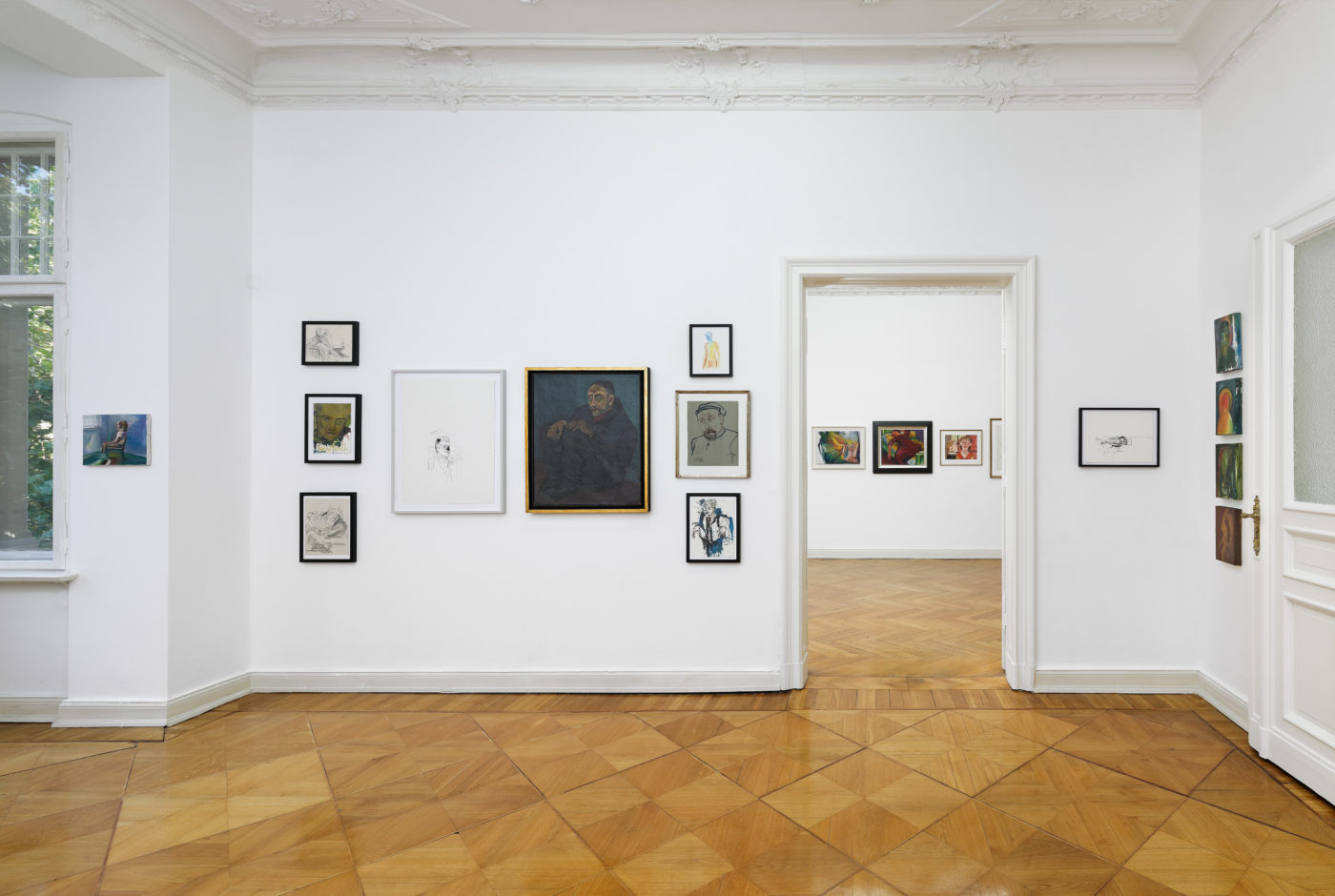
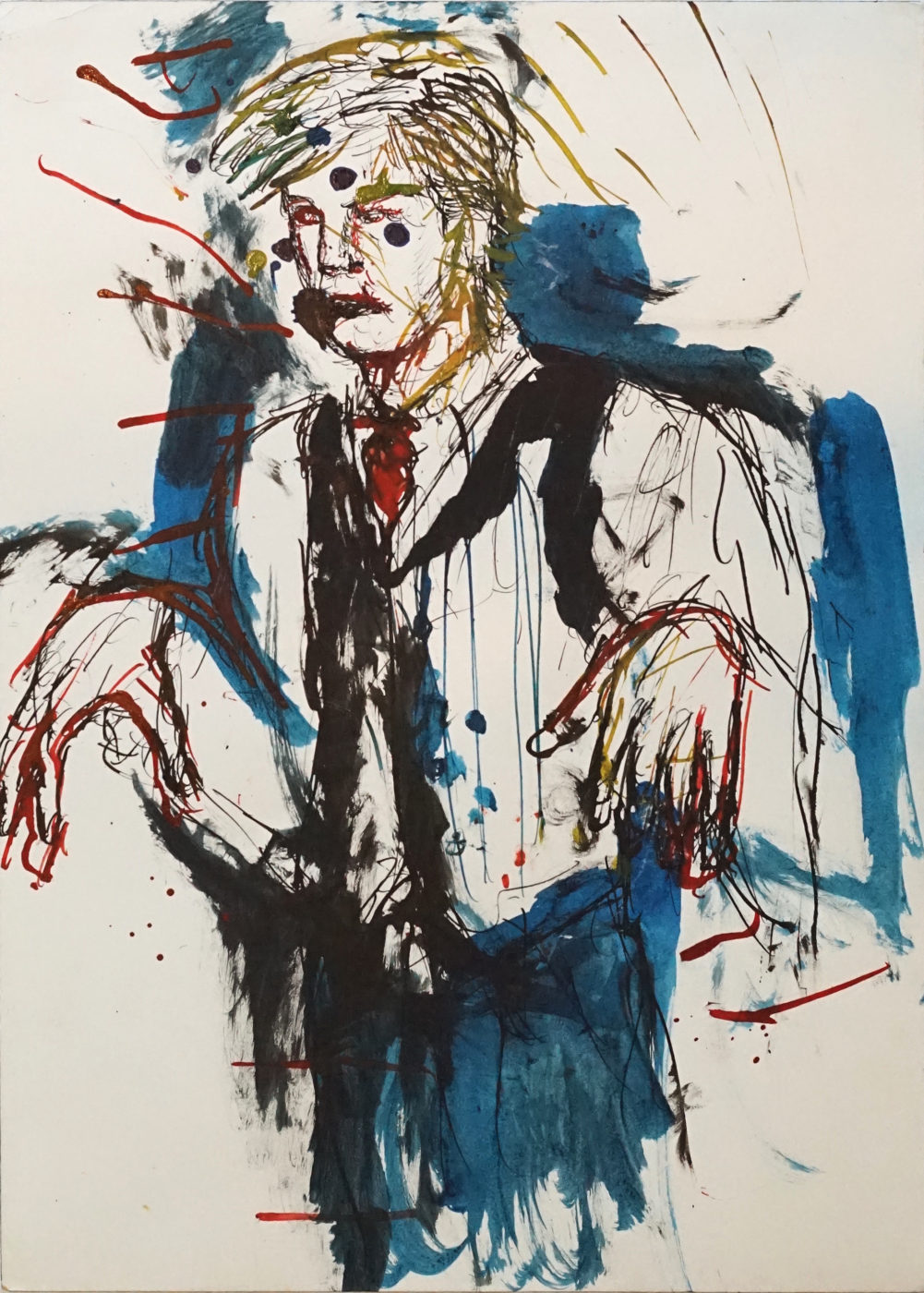
Keith Mayerson Yuppie Zombie - From Life (Yuppie Zombie – nach dem Leben gezeichnet) 2004 Mixed media on watercolor paper Mischtechnik auf Aquarellpapier 14 x 10 in 36 x 26 cm
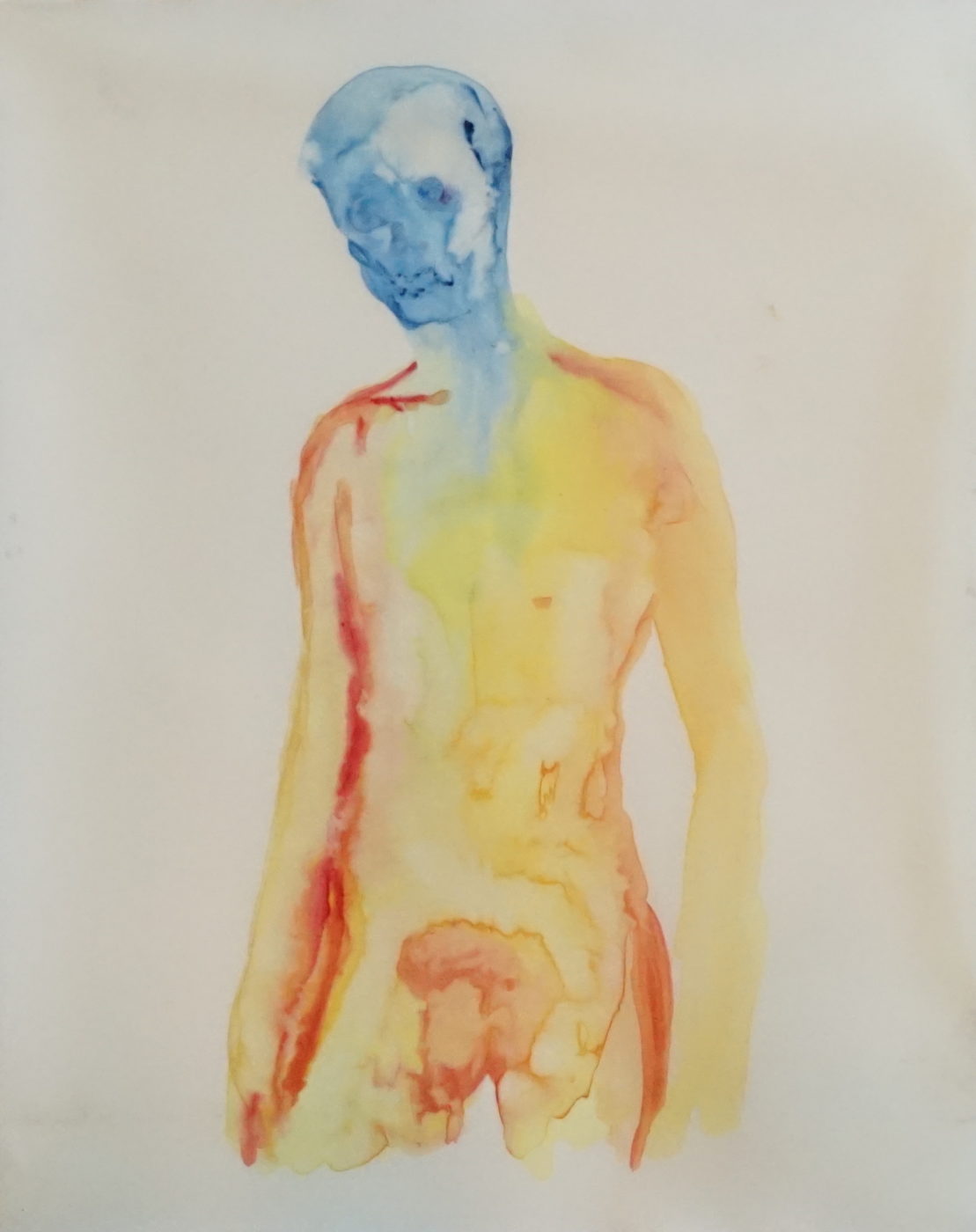
Keith Mayerson Skeleton Man (Skelett-Mann) 1993 Mixed media on vellum Mischtechnik auf Pergament 10 x 8 in 26 x 20 cm
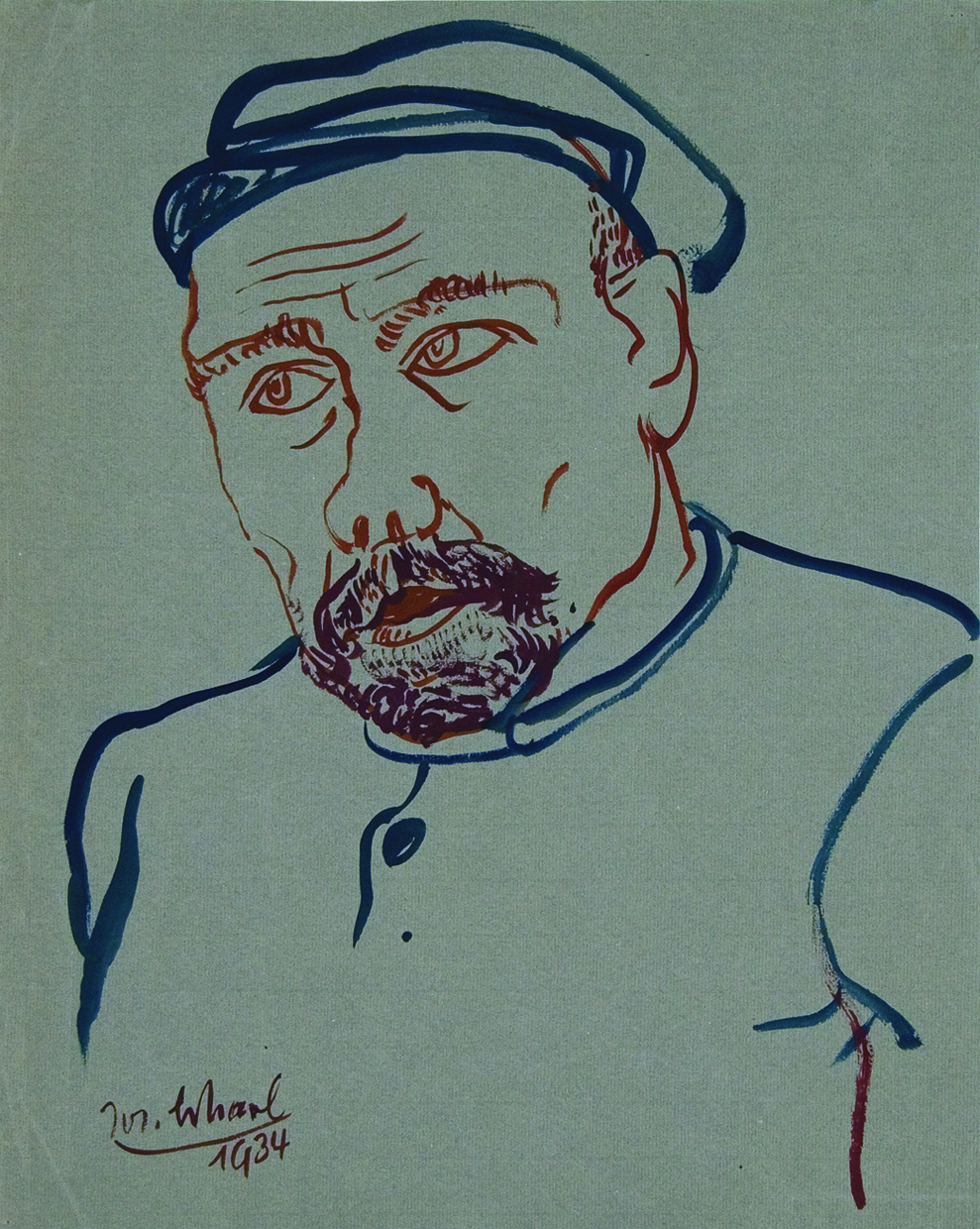
Josef Scharl Mann mit Schirmmütze (Man with Cap) 1934 Color brush on paper Farbpinsel auf Papier 15.5 x 12.5 in 40 x 32 cm
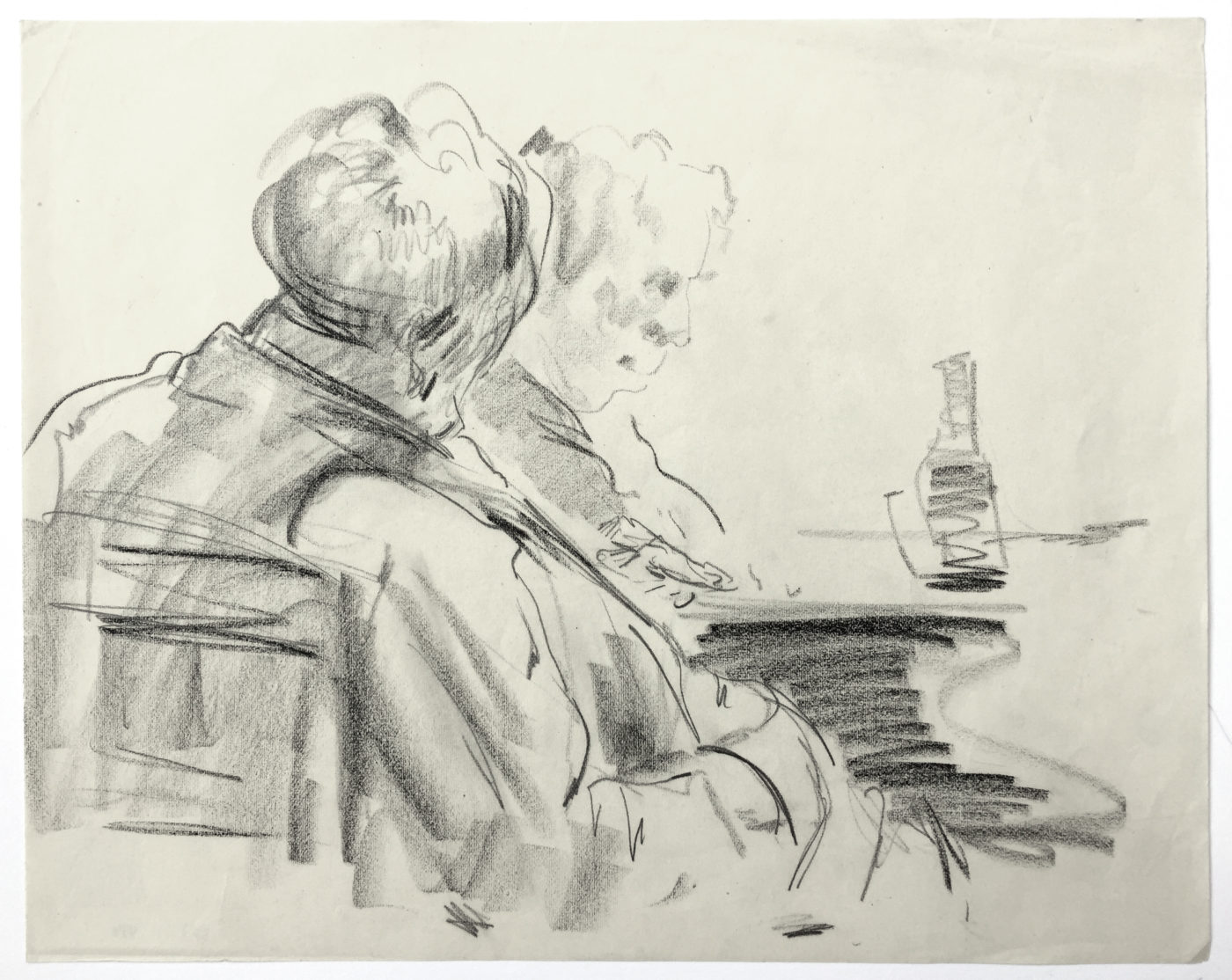
Paul Wieghardt O.T. Ca. 1928 Pencil on paper Bleistift auf Papier 9 x 11 in 23 x 28 cm
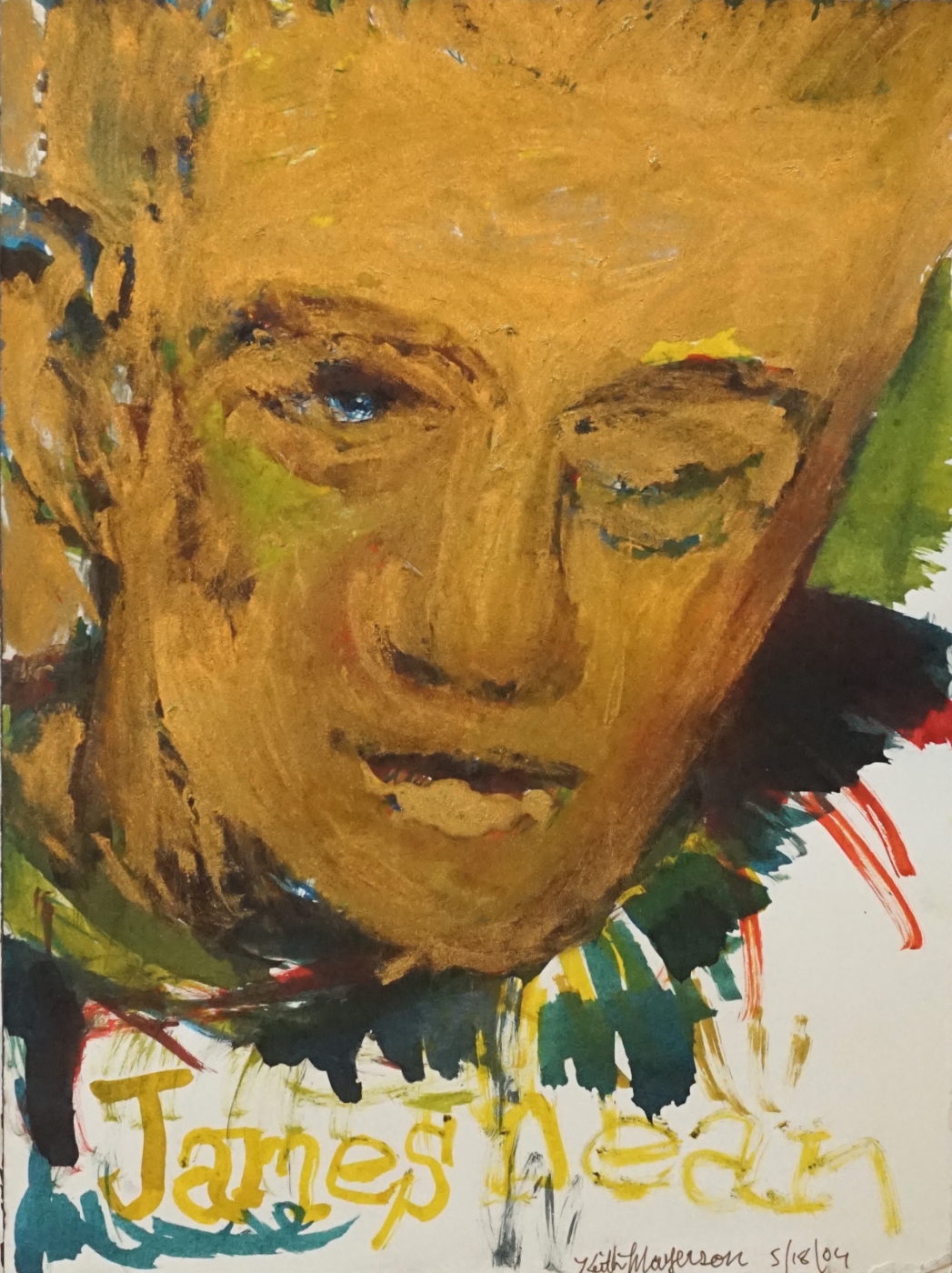
Keith Mayerson Gold James Dean 2004 Mixed media on watercolor paper Mischtechnik auf Aquarellpapier 12 x 9 in 31 x 23 cm
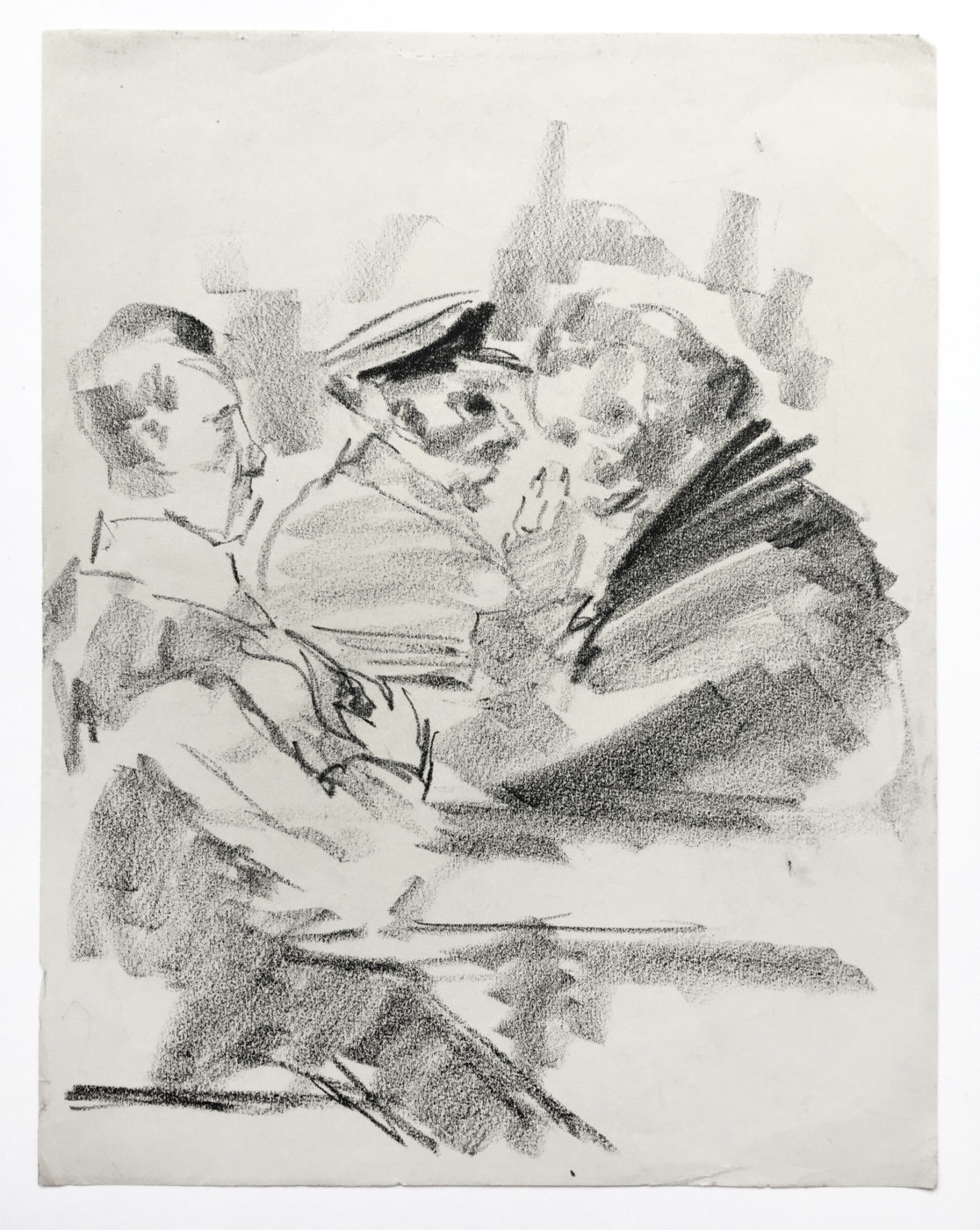
Paul Wieghardt O.T. Ca. 1928 Pencil on paper Bleistift auf Papier 14 x 10.5 in 35 x 27 cm

Keith Mayerson Cadinot 1998 Oil on linen Öl auf Leinen 18 x 24 in 46 x 61 cm
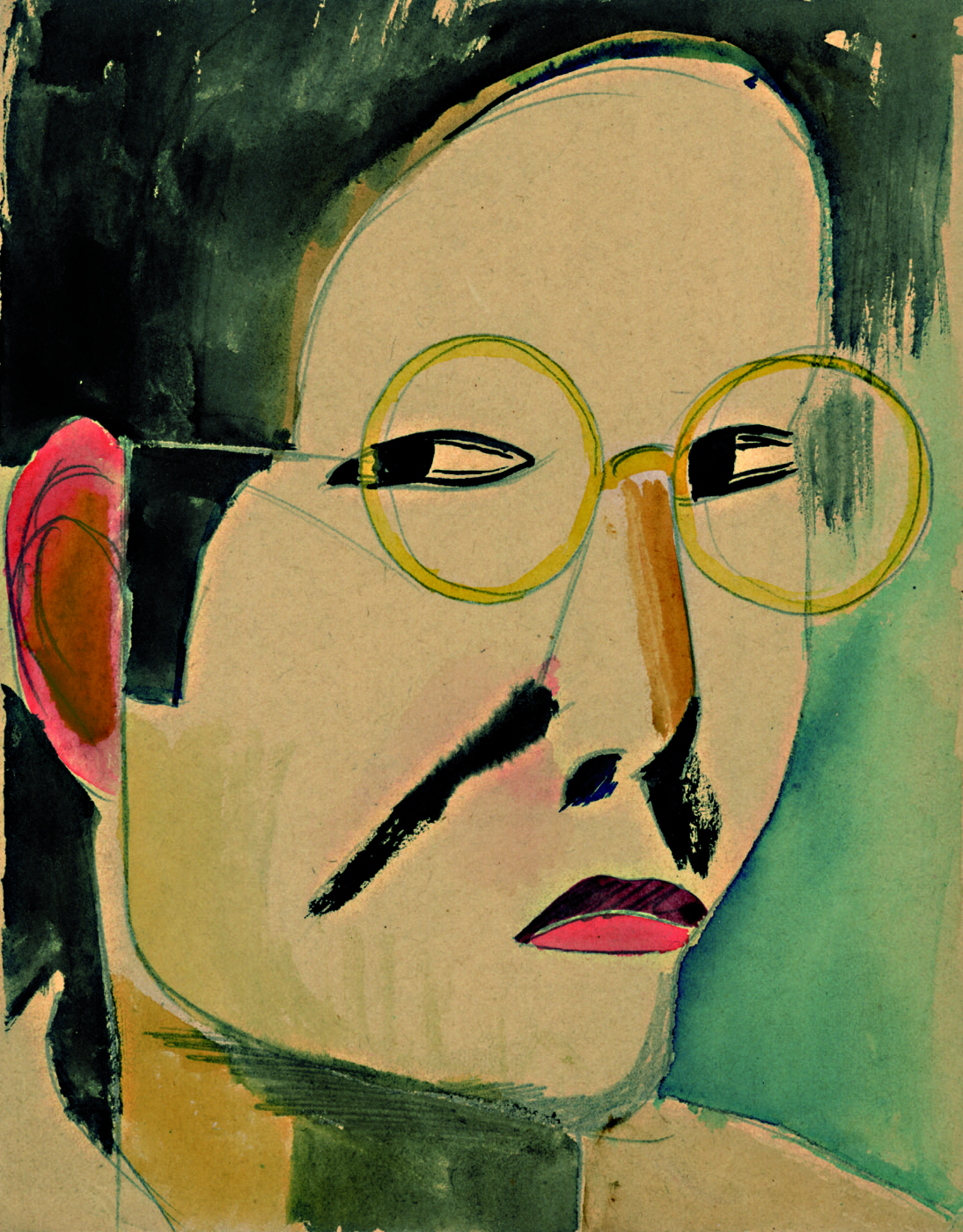
Karl Hermann Haupt Selbstbildnis (Self-Portrait) Ca. 1922 Watercolor over pencil on paper Aquarell über Bleistift auf Papier 9 x 7 in 23 x 18 cm
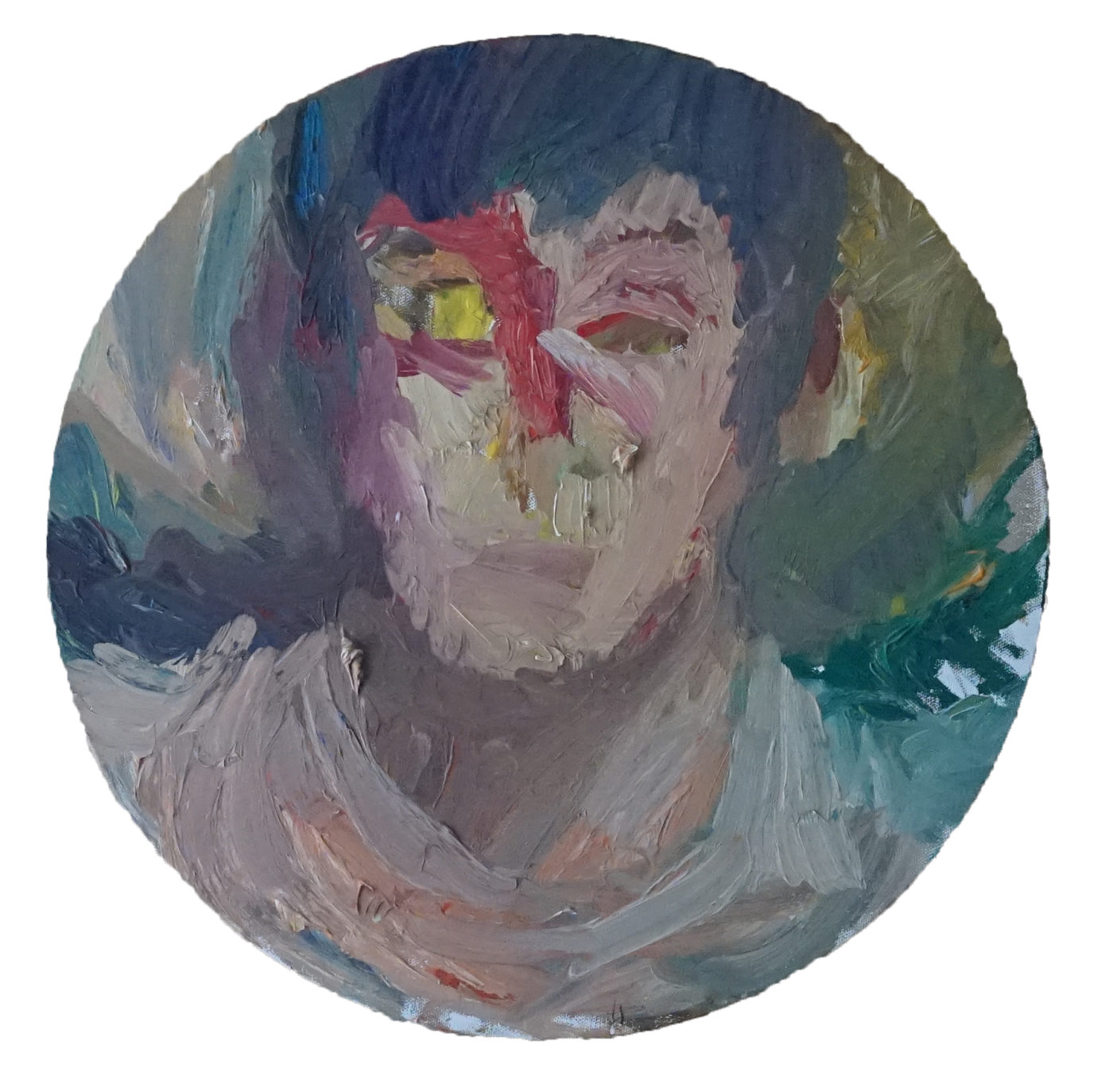
Keith Mayerson Andrew Tondo 1998 Oil on linen Öl auf Leinen ø 40 cm ø 15.5 in

Keith Mayerson Mike Myers 1997 Oil on linen Öl auf Leinen 11 x 14 in 28 x 35 cm
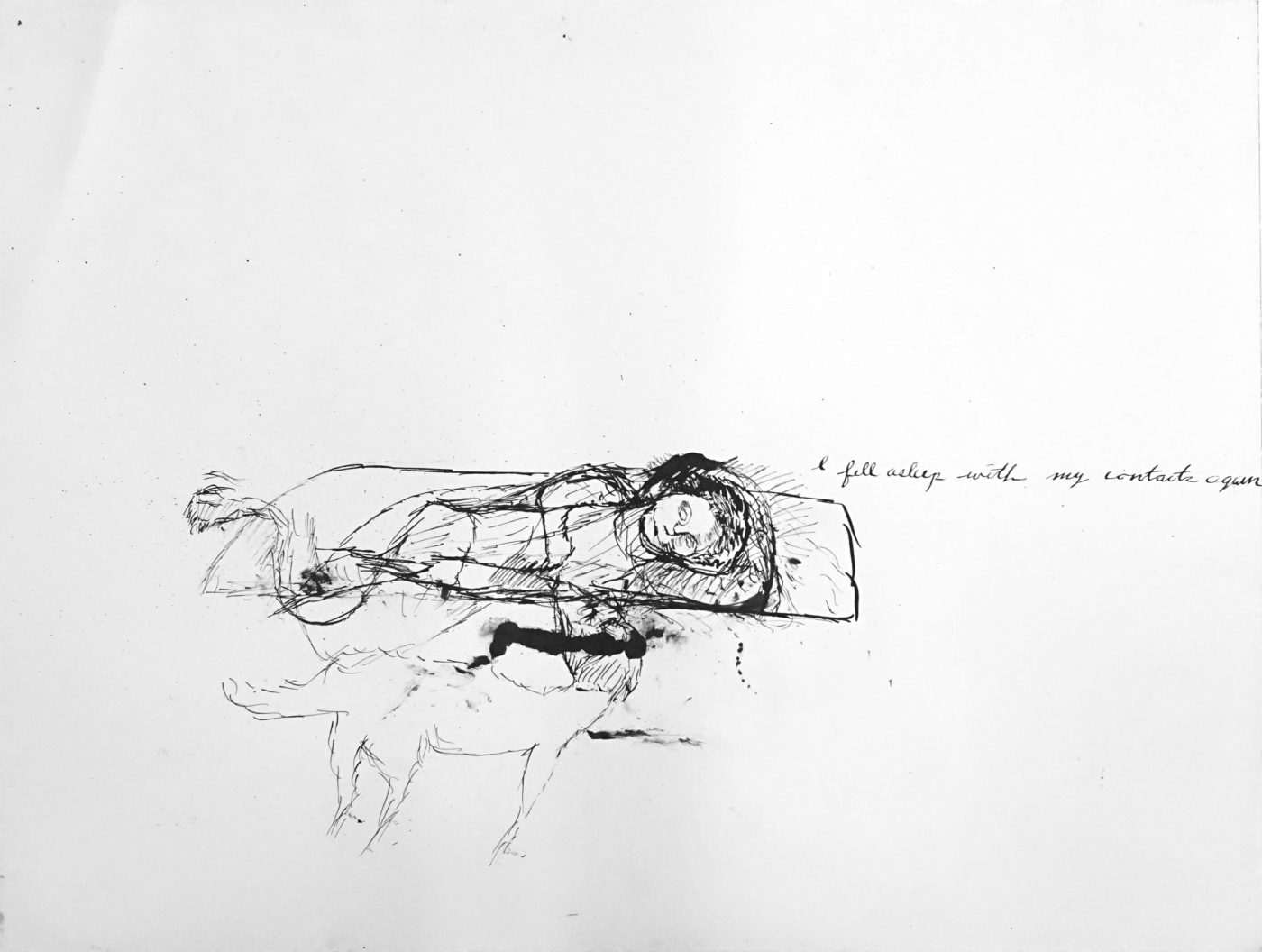
Keith Mayerson I Fell Asleep with my Contacts Again (Ich bin wieder mit meinen Kontaktlinsen eingeschlafen) 2004 Ink on paper Tusche auf Papier 12 x 16 in 31 x 41 cm
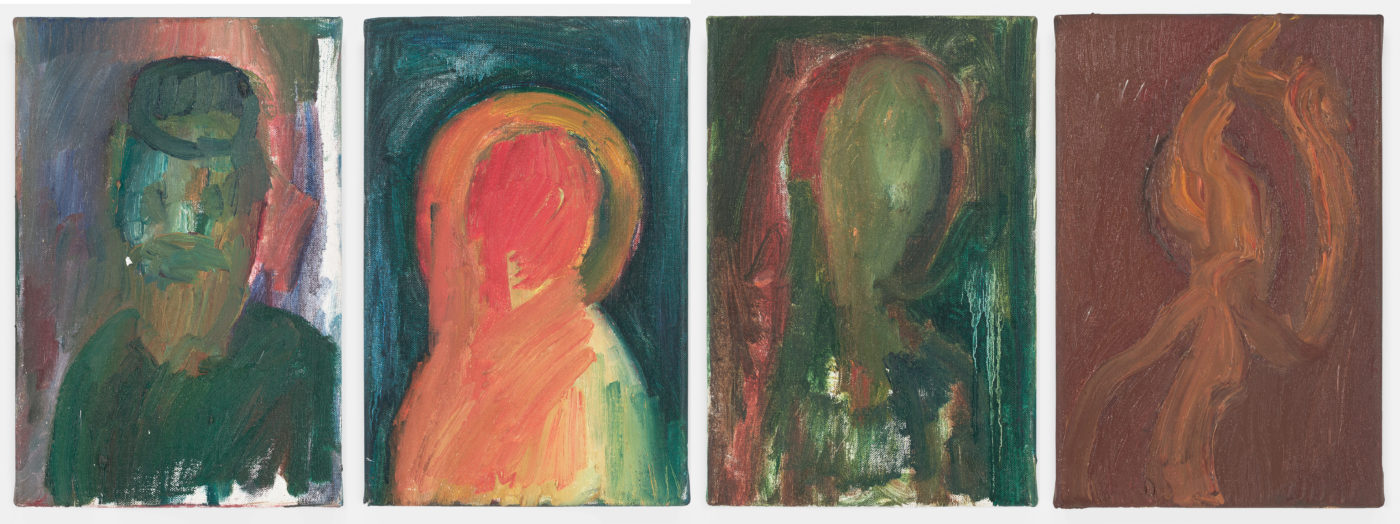
Keith Mayerson A Child Is Being Beaten (Ein Kind wird geschlagen) 2000 Oil on linen Öl auf Leinwand Four panels, each 12 x 8 in Vier Tafeln, je 31 x 20 cm

Keith Mayerson Alchemy of the Word (Alchemie des Wortes) 2003 Ink on watercolor paper Tusche auf Aquarellpapier 14 x 11 in 36 x 28 cm
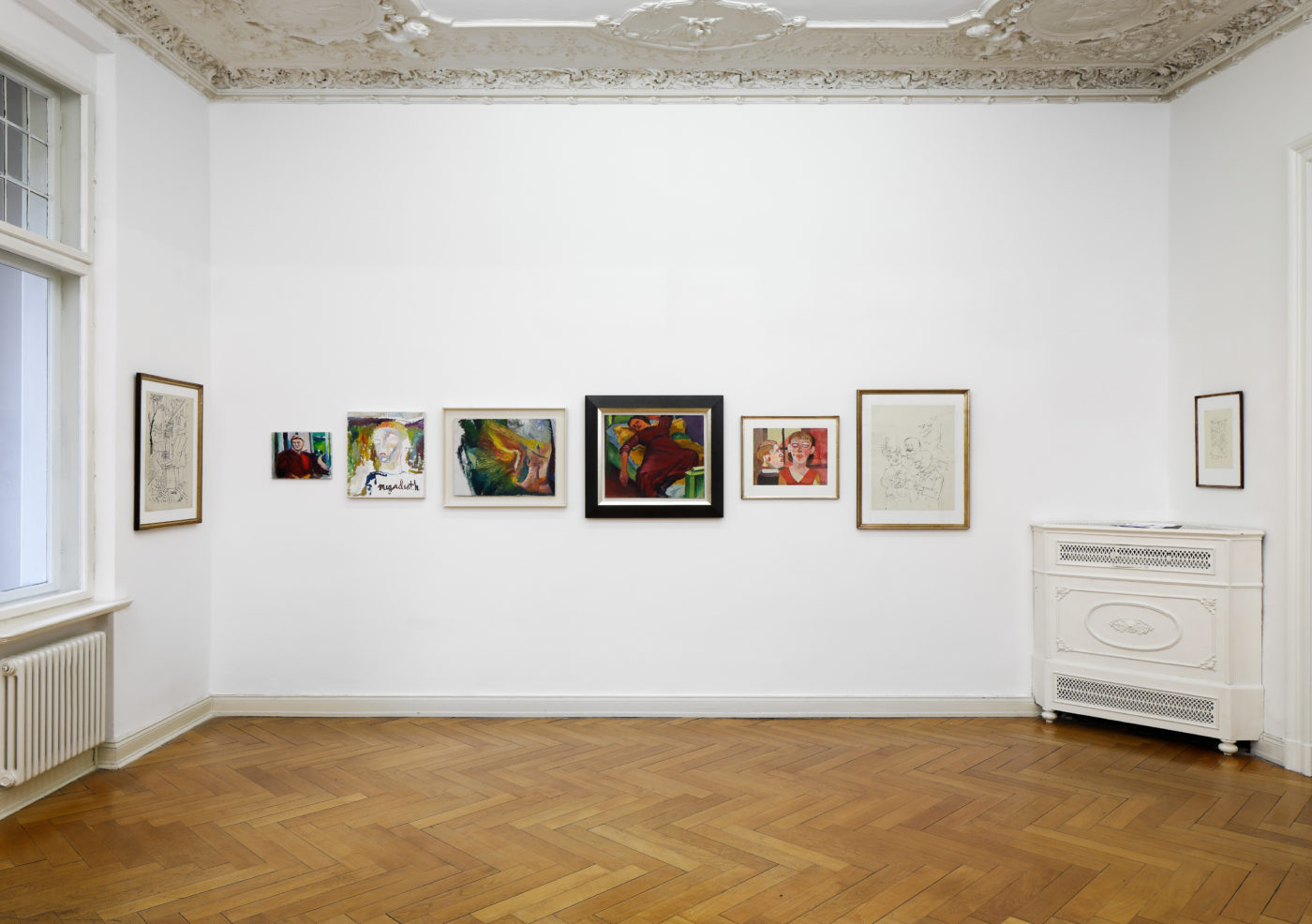
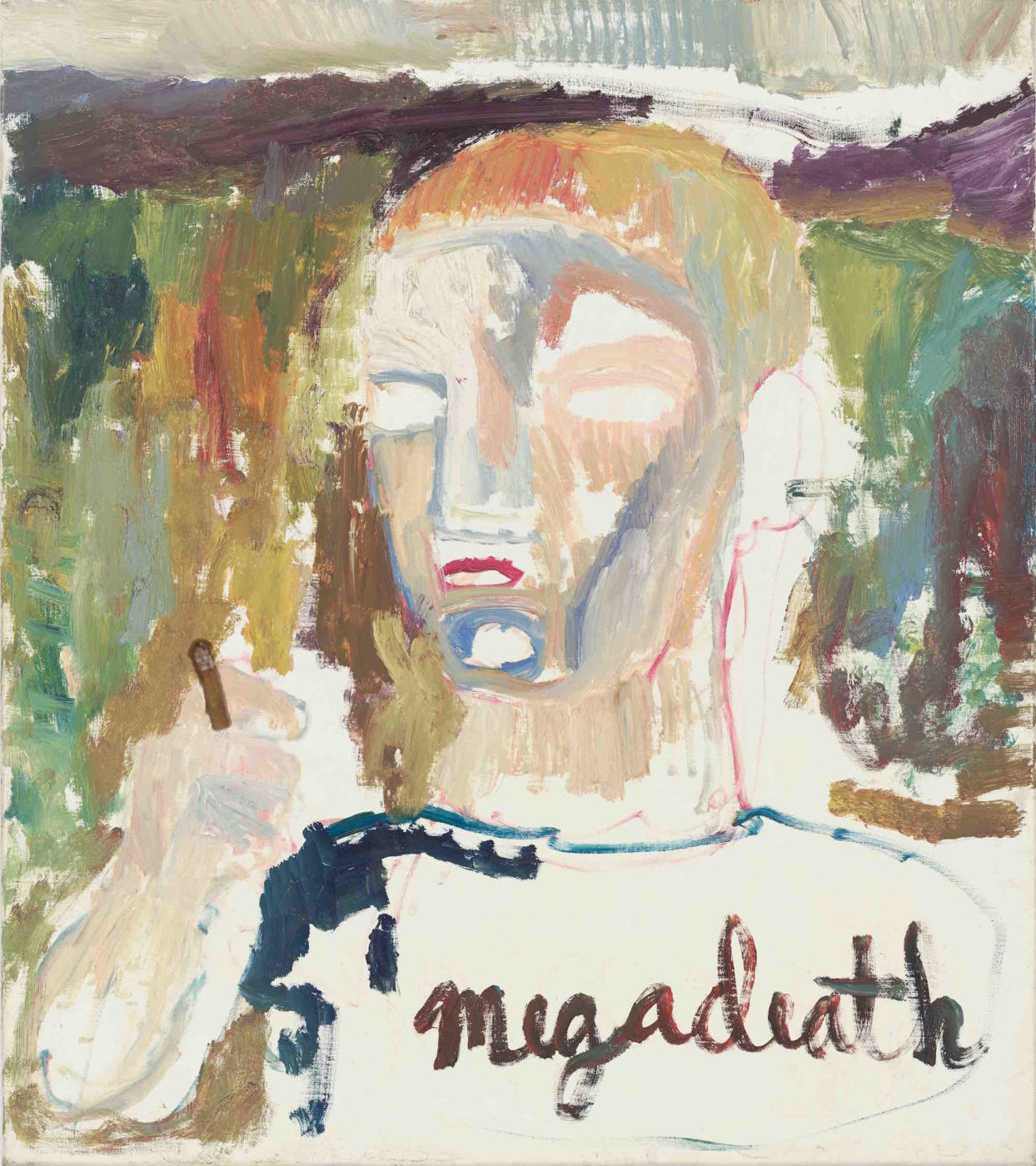
Keith Mayerson Megadeath 2000 Oil on linen Öl auf Leinen 20 x 18 in 51 x 46 cm
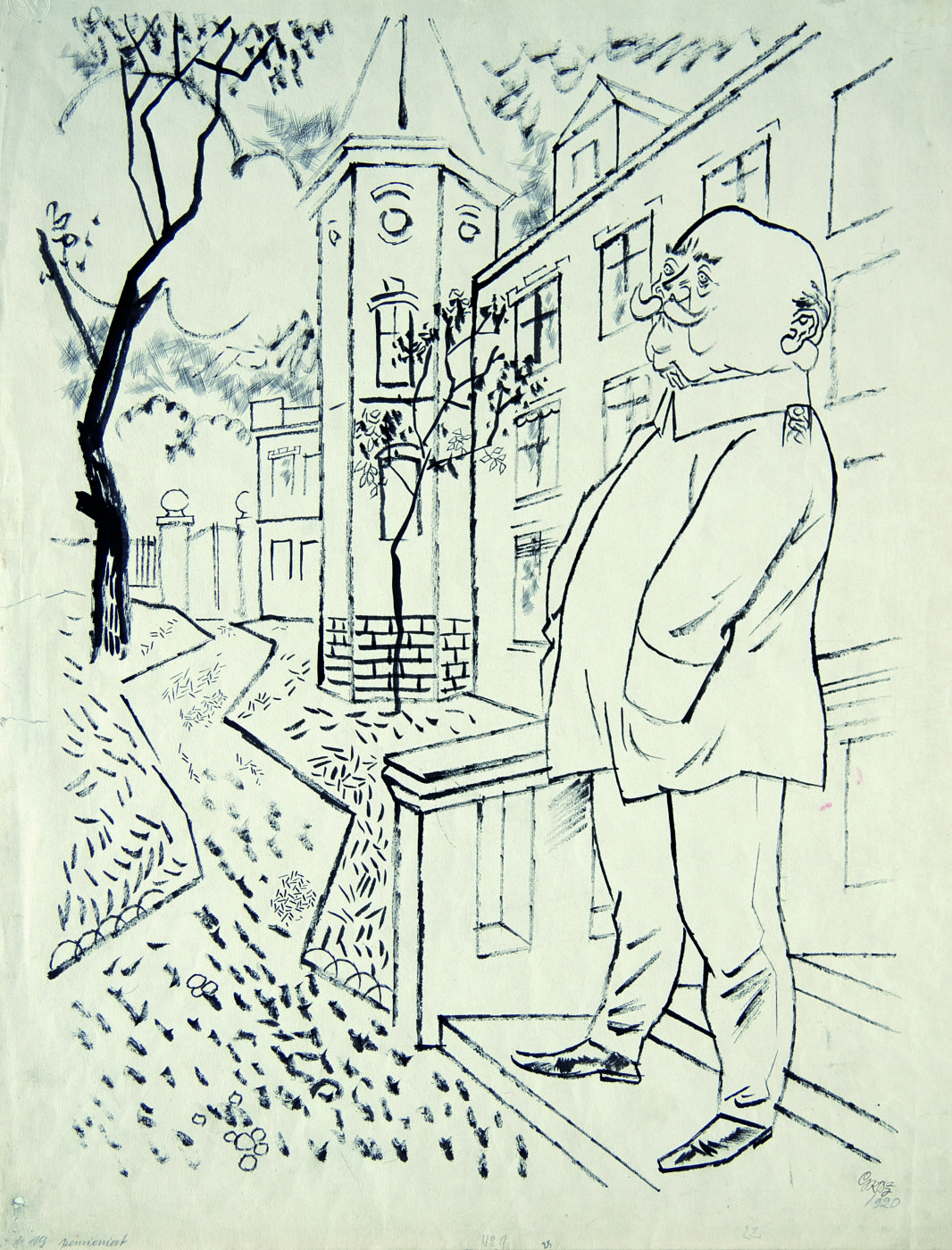
George Grosz Pensioniert (Retired) 1920 India ink on paper Tuschfeder auf Papier 24.5 x 19.5 in 62 x 50 cm

Otto Möller Liegende in rotem Kleid (Lying Woman in Red Dress) 1908 Oil on linen Öl auf Leinen 19.5 x 23.5 in 50 x 60 cm
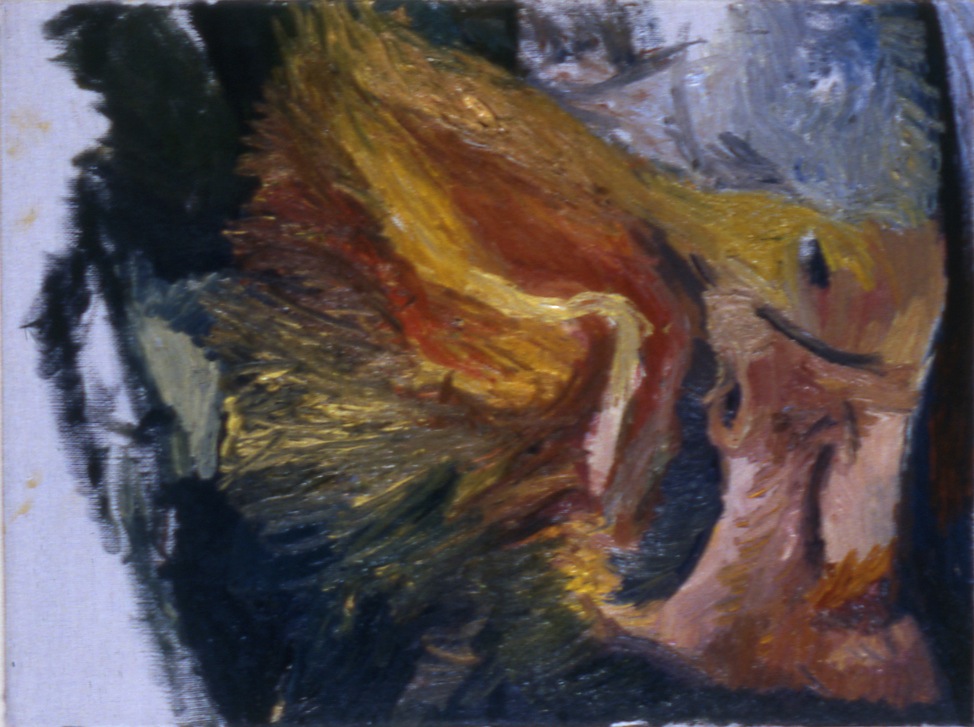
Keith Mayerson Red River 1997 Oil on linen Öl auf Leinen 18 x 24 in 46 x 61 cm

Josef Scharl Paar (Couple) 1932 Gouache 13.5 x 17.5 in 34 x 45 cm
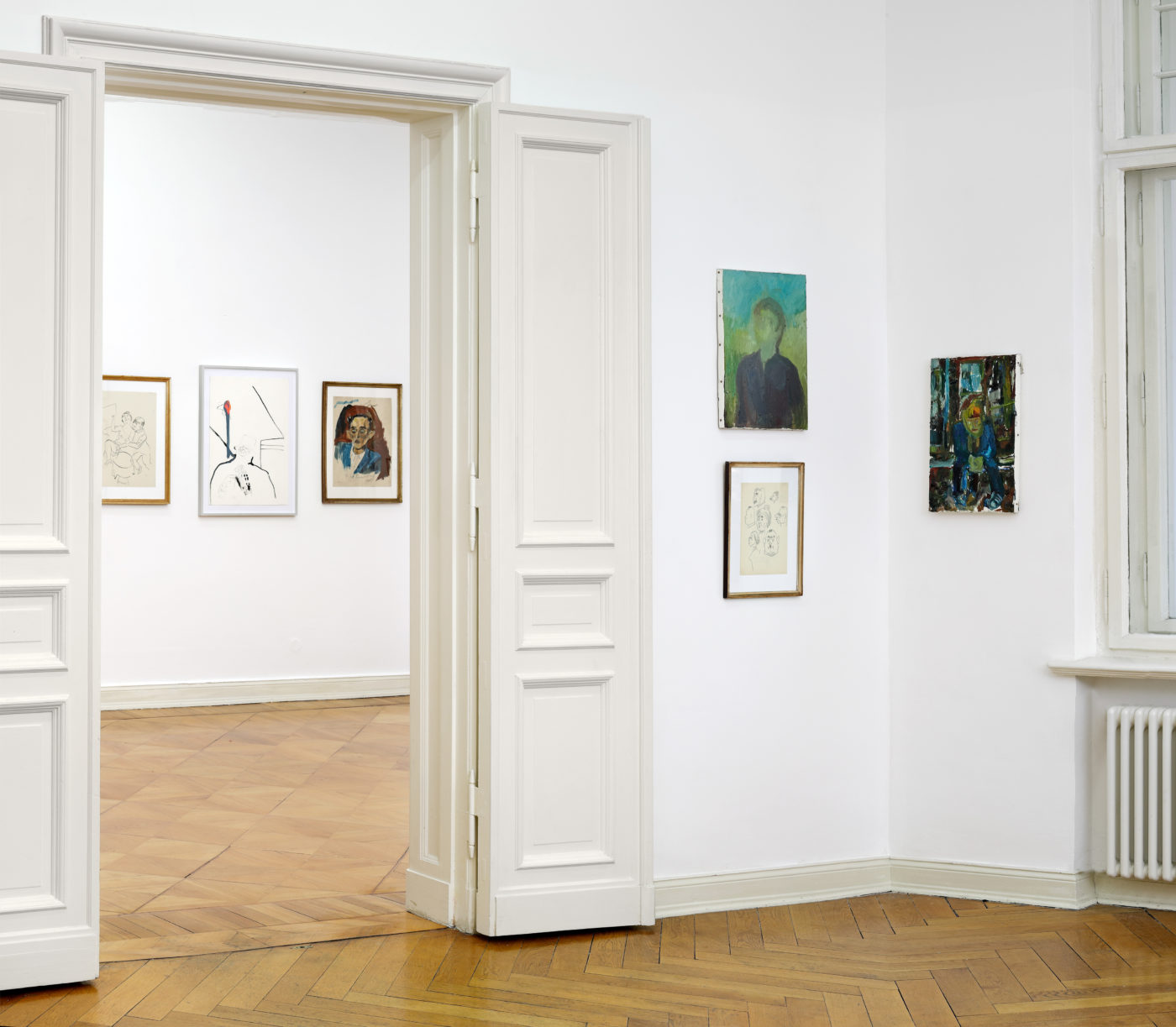
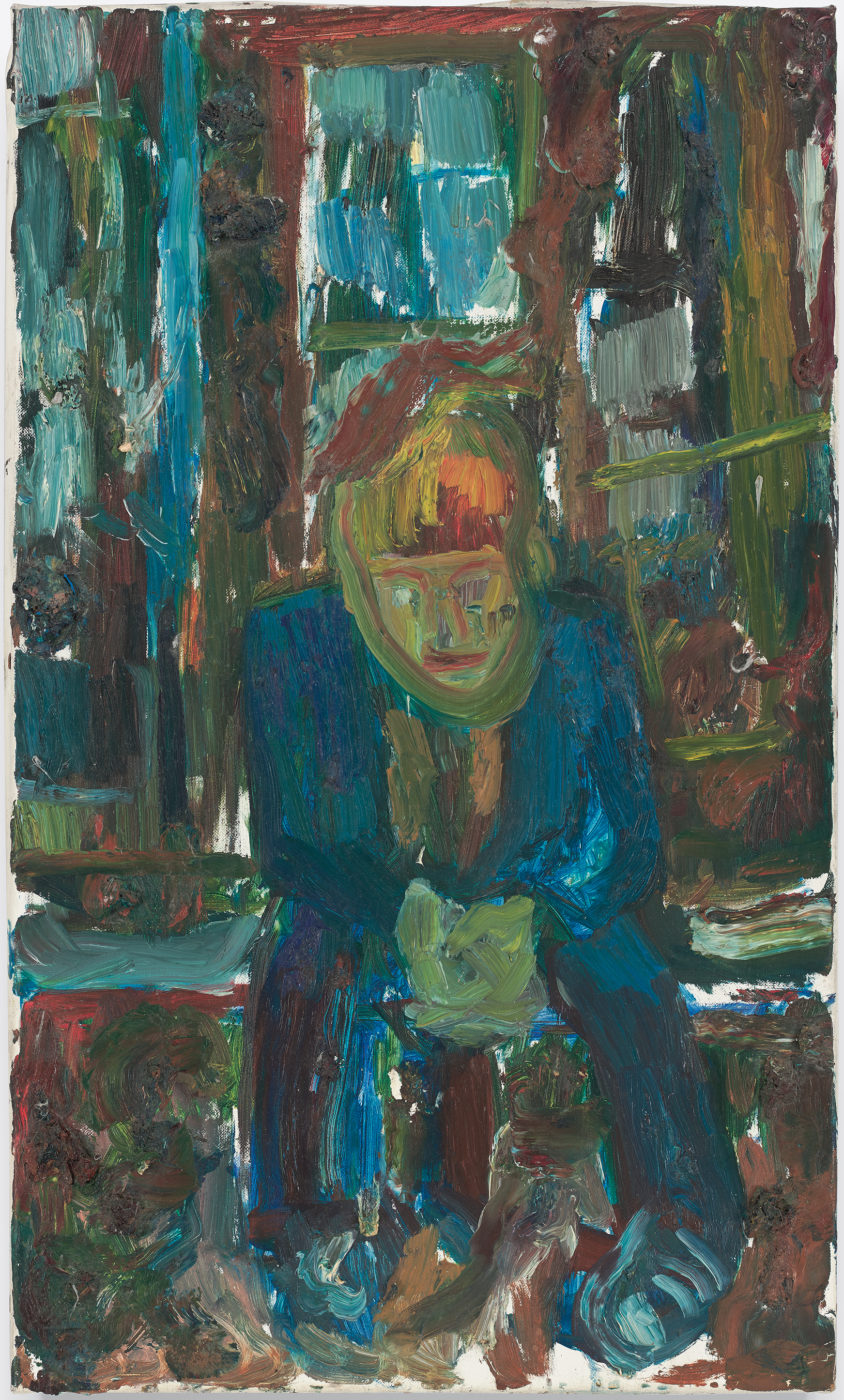
Keith Mayerson O.K. Computer - Boy by the Window (O.K. Computer - Junge am Fenster) 2001 Oil on linen Öl auf Leinen 20 x 12 in 50 x 30,5 cm

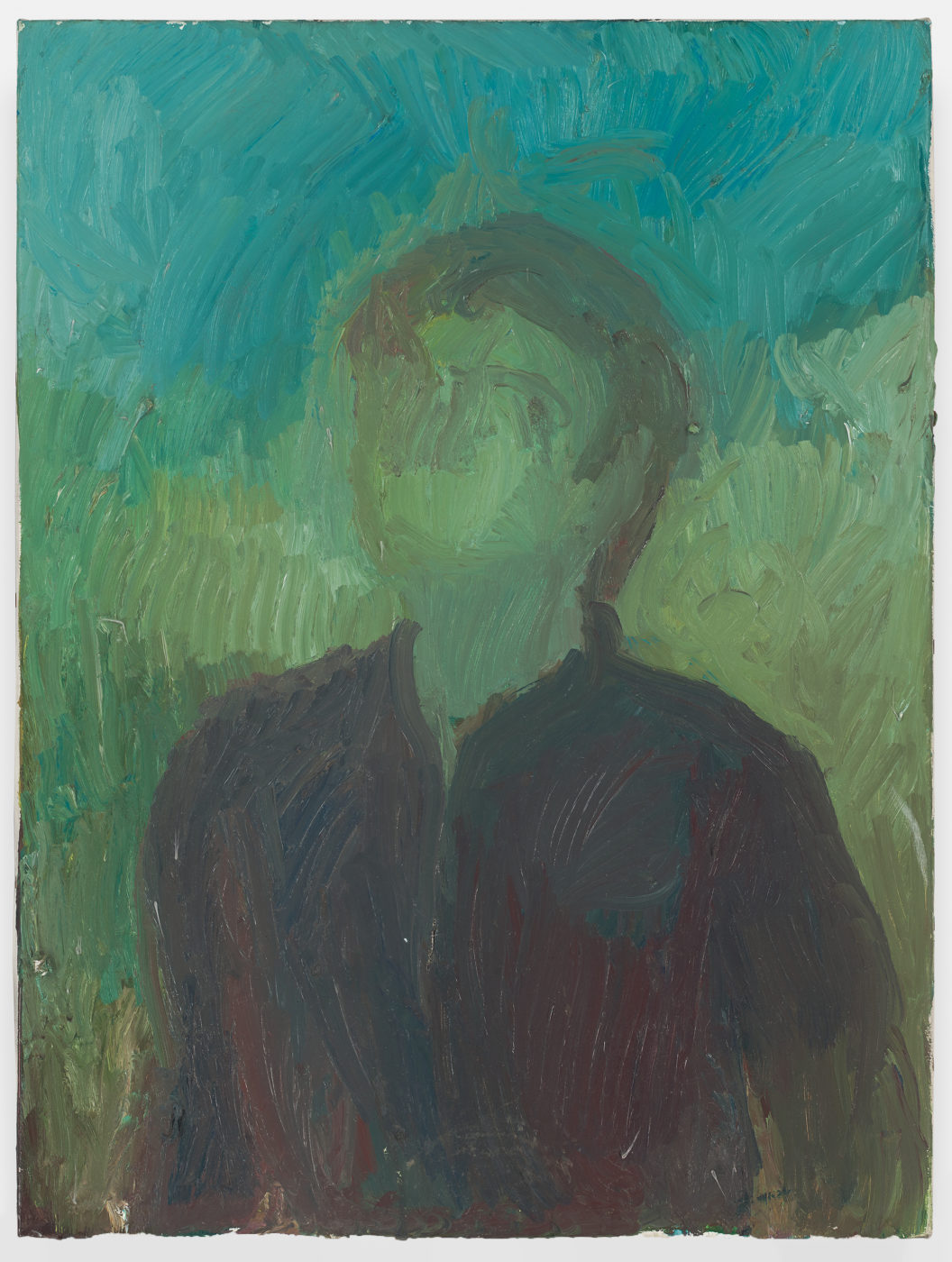
Keith Mayerson Blueboy 2001 Oil on linen Öl auf Leinen 20 x 15 in 50 x 38 cm
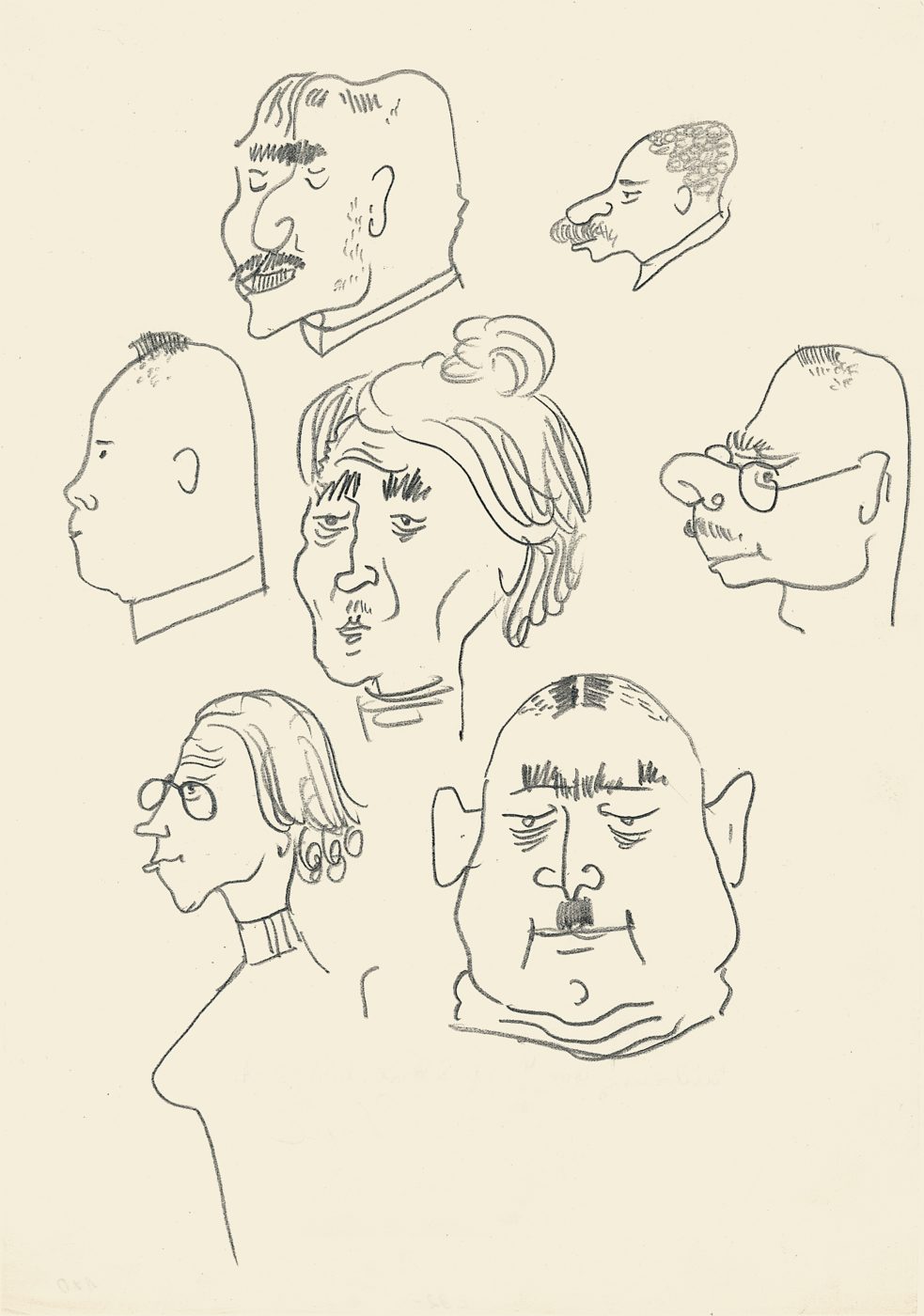
Josef Scharl Sieben Spießer-Typen (Seven Philistine Types) 1939 Pencil on paper Bleistift auf Papier 12 x 8.5 in 30 x 21 cm

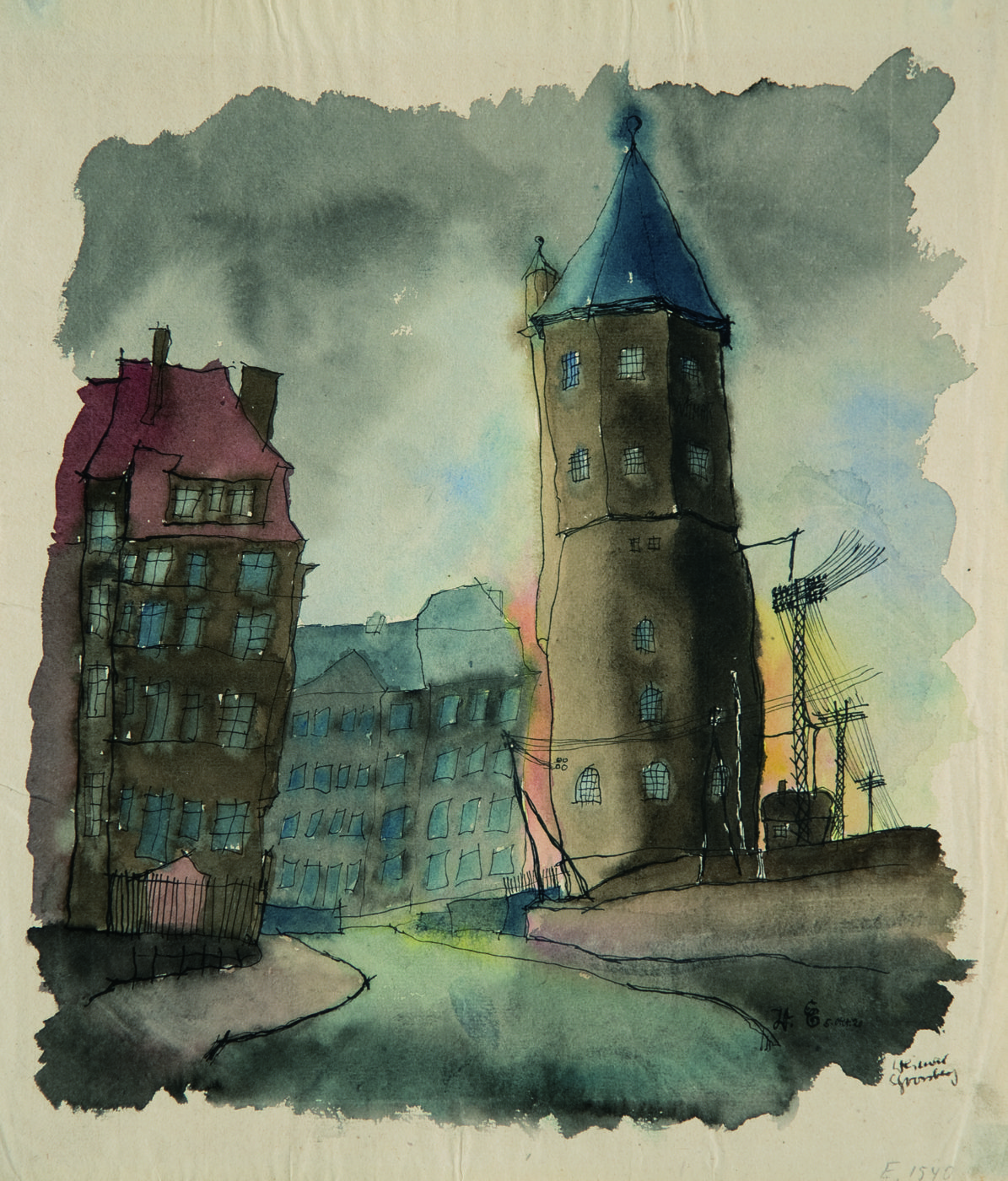
Carl Grossberg Weimar, Straßenansicht mit Turm (Weimar, Street View with Tower) 1920 Ink and watercolor on paper Feder und Aquarell auf Papier 14.5 x 12.5 in 37 x 32 cm

Carl Grossberg Halle vor Grabkreuzen (Hall in Front of Burial Crosses) 1922 Ink and watercolor on paper Feder und Aquarell auf Papier 11 x 14 in 28 x 35 cm
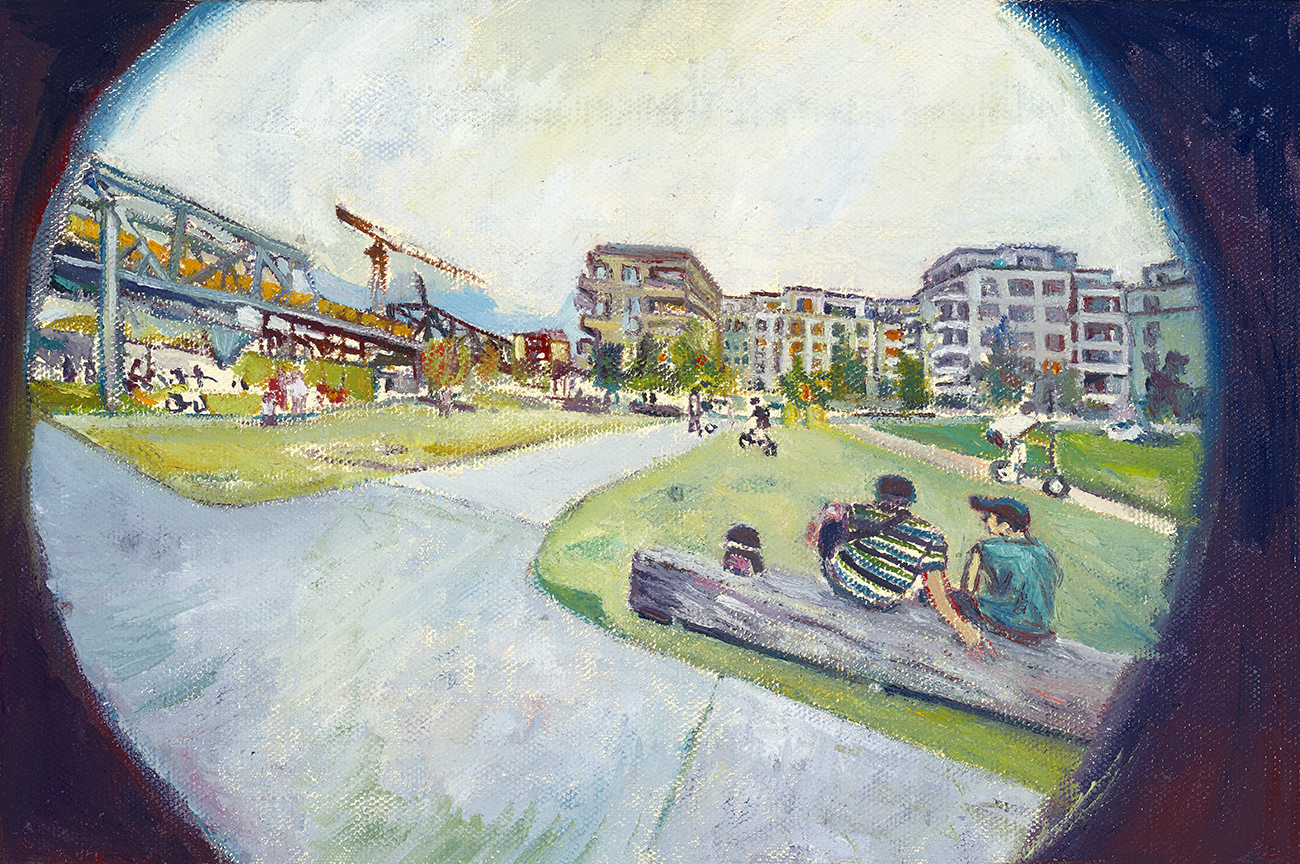
Keith Mayerson Blue Park Berlin (Blauer Park Berlin) 2018 Oil on linen Öl auf Leinen 10 x 15 in 25 x 38 cm
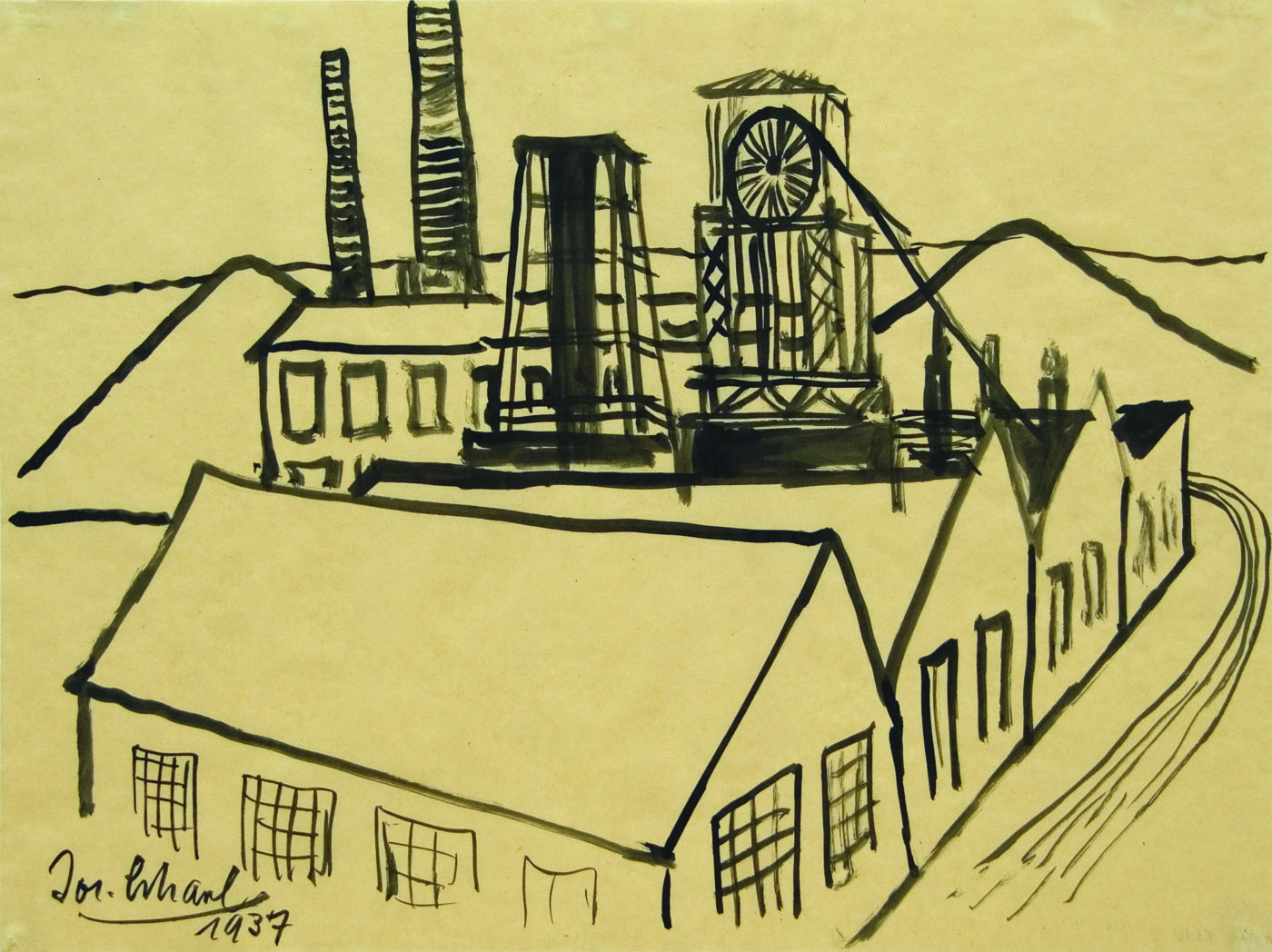
Josef Scharl Bergwerk mit Förderturm (Mine with Lift Tower) 1937 India ink on paper Tuschpinsel auf Papier 15 x 19.5 in 38 x 50 cm
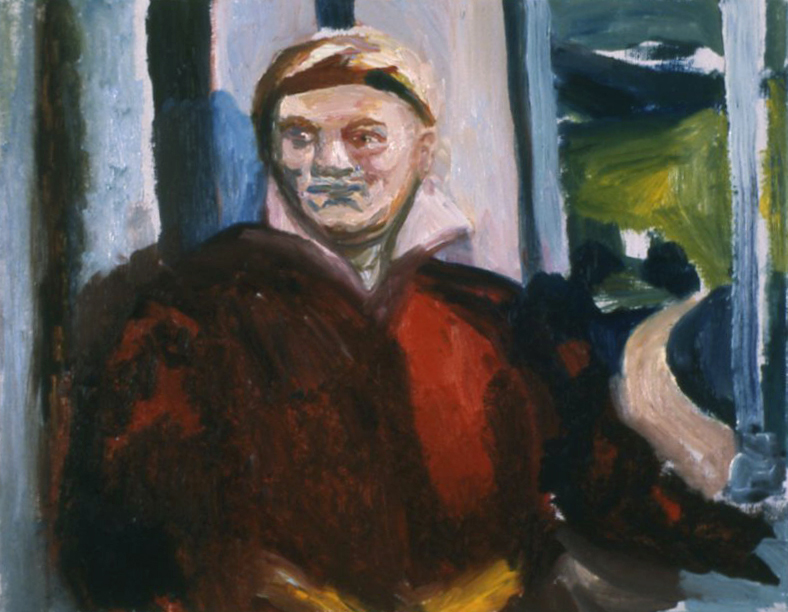
Keith Mayerson Hamlet 1999 1997 Oil on linen Öl auf Leinen 11 x 14 in 28 x 35 cm
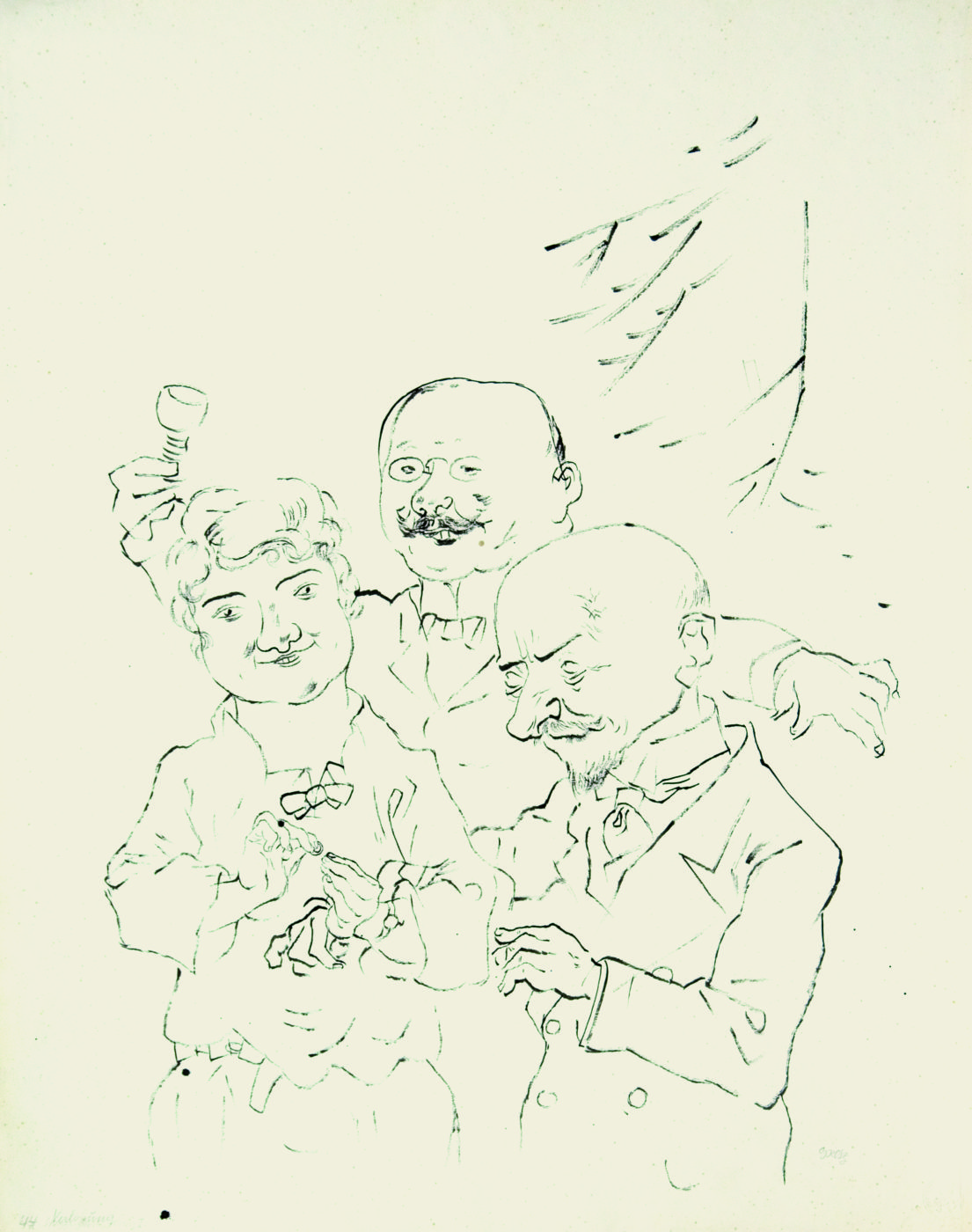
George Grosz Verlobung (Engagement) Ca.1922 Reed pen on paper Rohrfeder auf Papier 25 x 19.5 in 63 x 50 cm
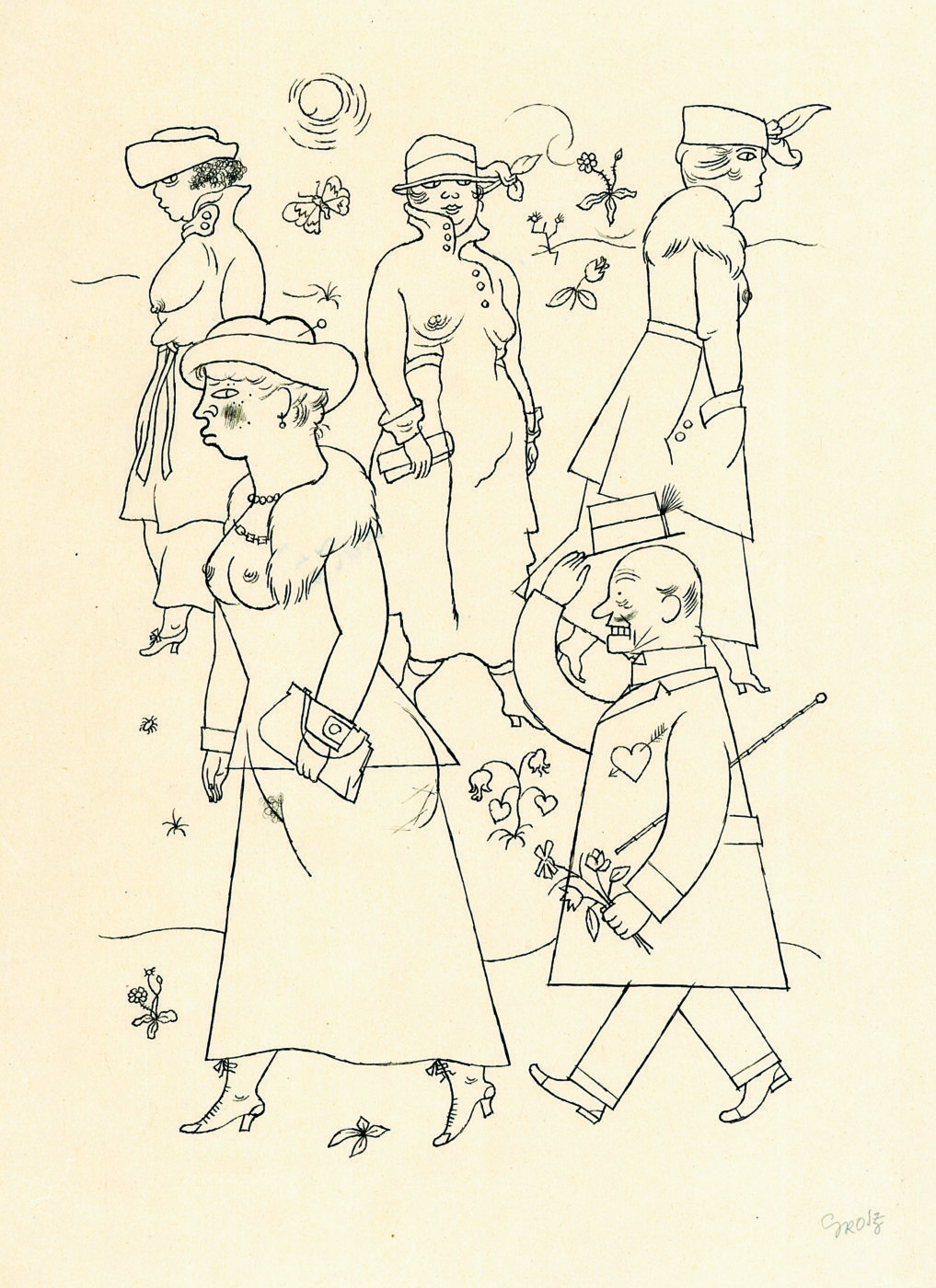
George Grosz Auf der Pirsch (On the Prowl) 1919 India ink on paper Tuschfeder auf Papier 12.5 x 9.5 in 32 x 24 cm
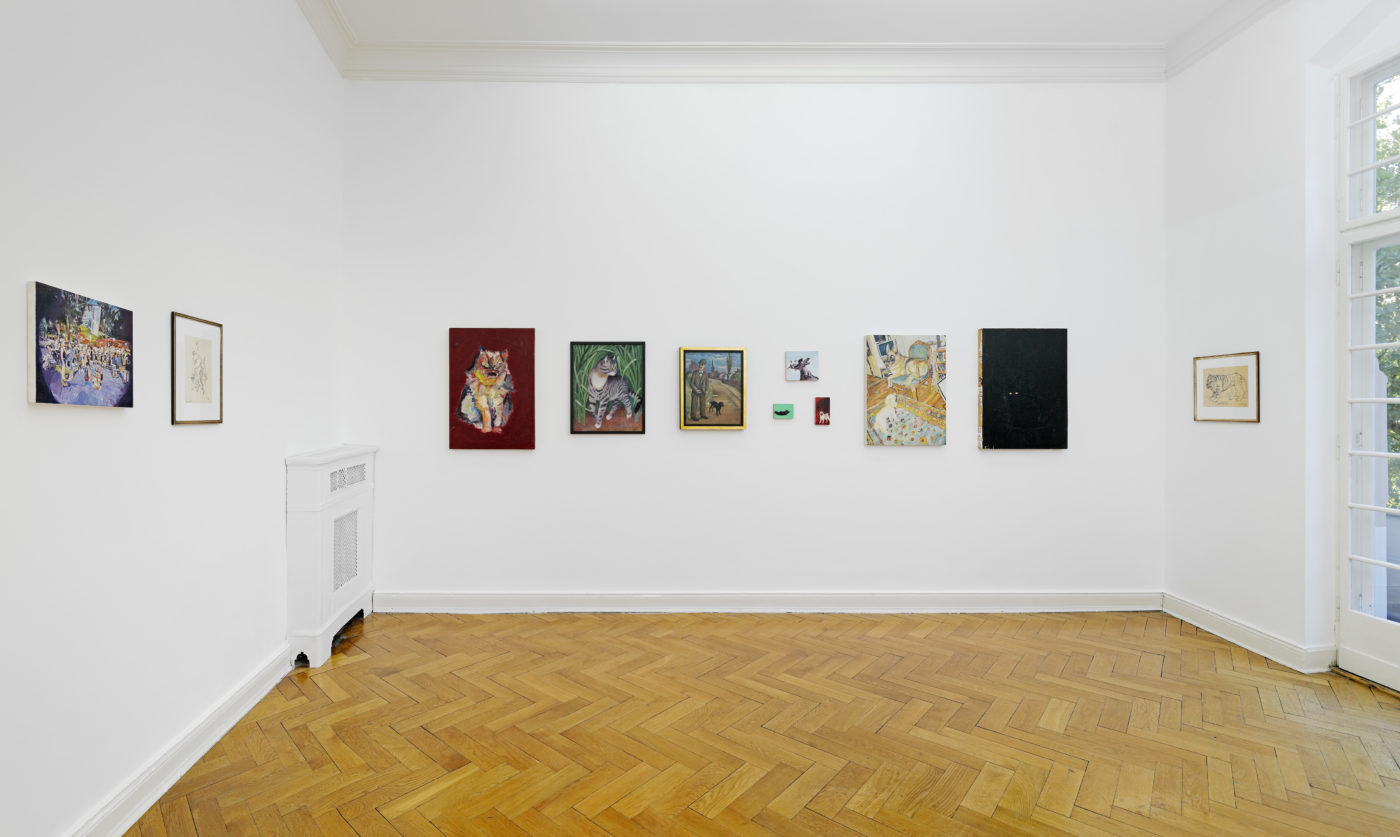

Keith Mayerson Red Cat (Rote Katze) 1995 Oil on wood Öl auf Holz 33 x 24 in 83 x 60 cm

Otto Möller Graugestreifte Katze zwischen Gräsern (Gray Striped Cat Between Grasses) 1935 Oil on wood Öl auf Holzplatte 24 x 19.5 in 61 x 50 cm
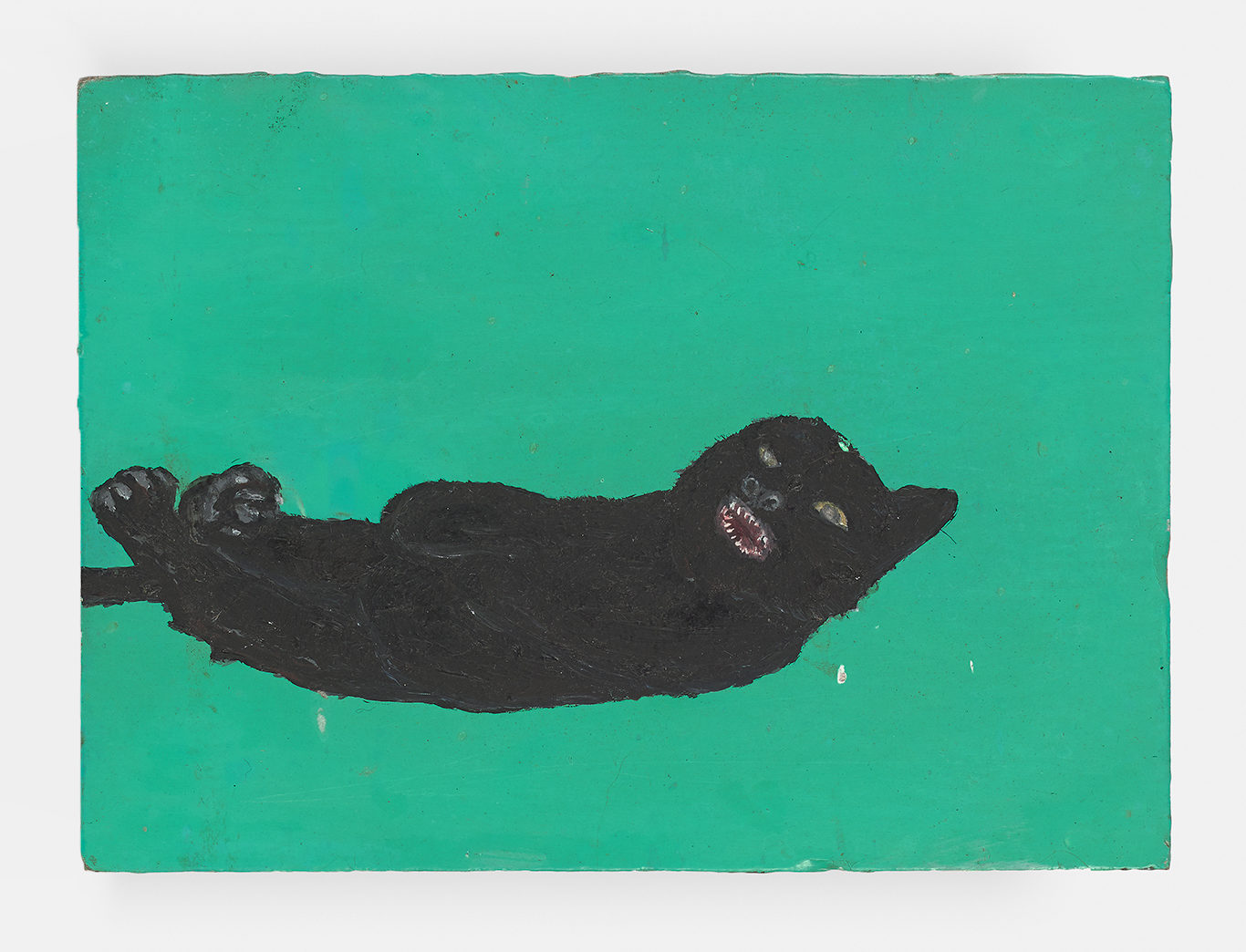
Keith Mayerson Green Cat – Woyzeck (Grüne Katze – Woyzeck) 1994 Oil on wood Öl auf Holz 5,5 x 4 in 14 x 10 cm

Keith Mayerson Red Pug (Roter Mops) 1994 Oil on wood Öl auf Holz 8.5 x 5 in 19 x 10 cm
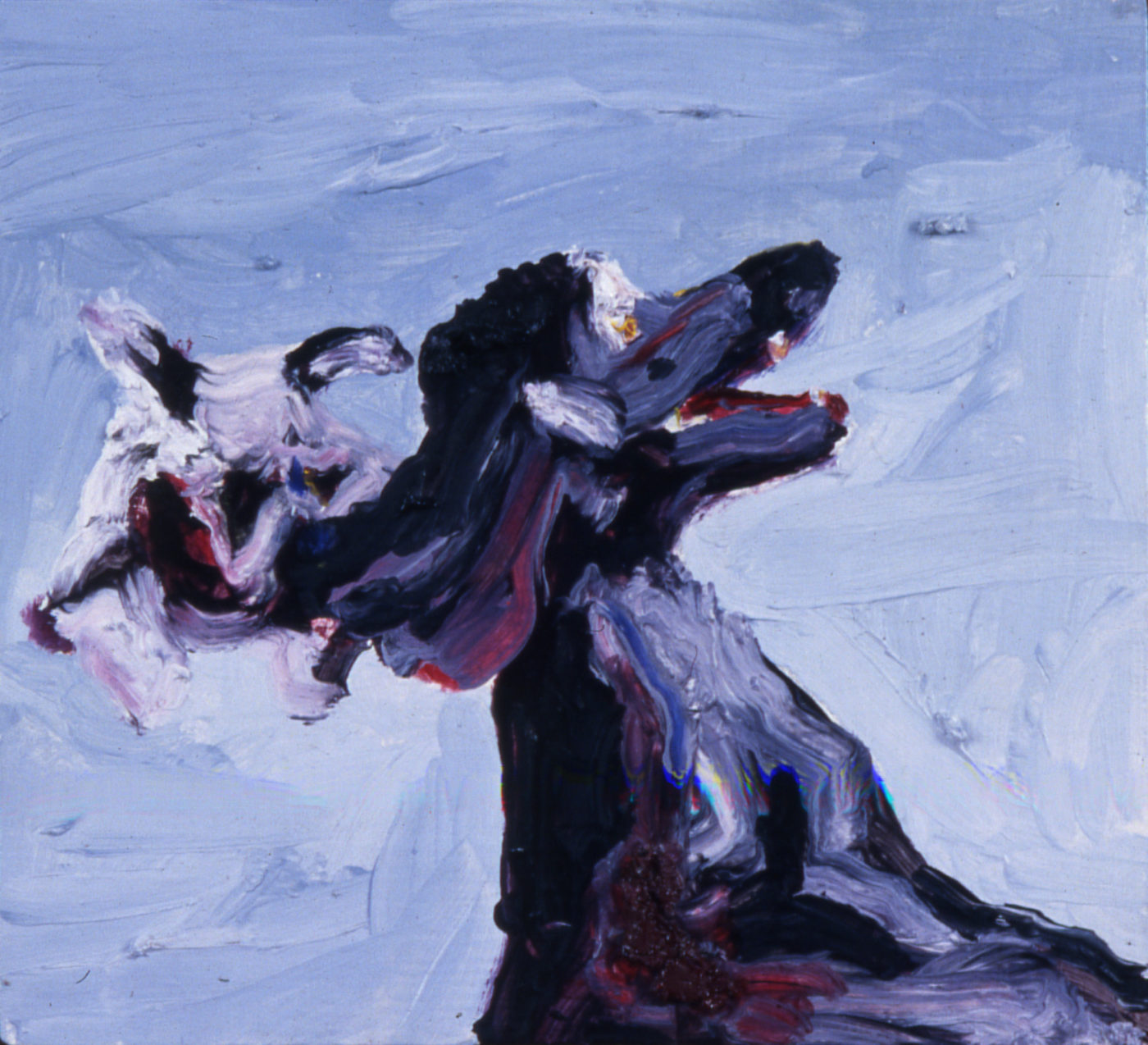
Keith Mayerson Dogs in Ecstasy (Hunde in Ekstase) 1994 Oil on wood Öl auf Holz 8.5 x 9.5 in 21 x 23 cm
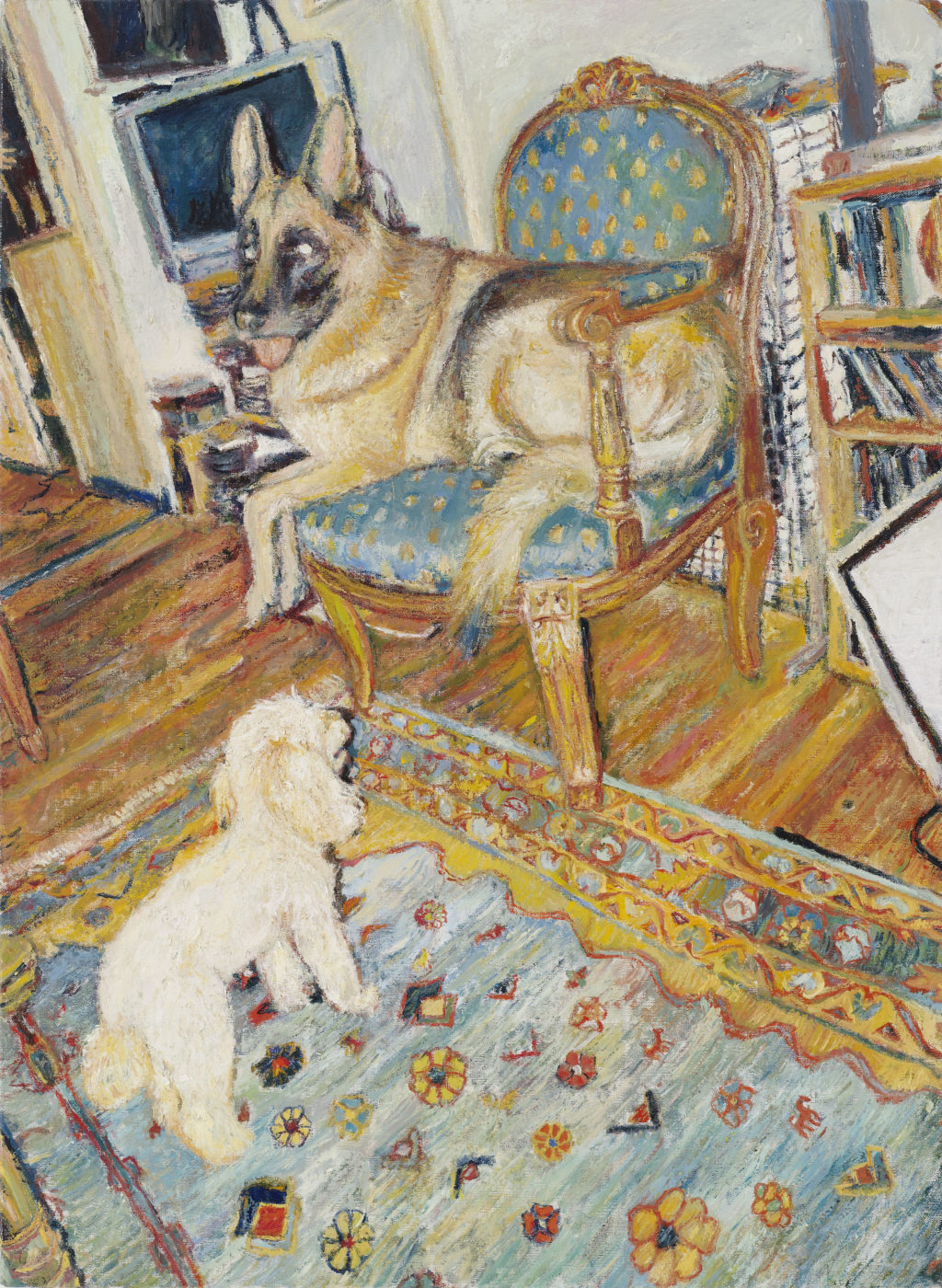
Keith Mayerson Julian and Rosa 2011 Oil on linen Öl auf Leinen 30 x 22 in 76 x 56 cm

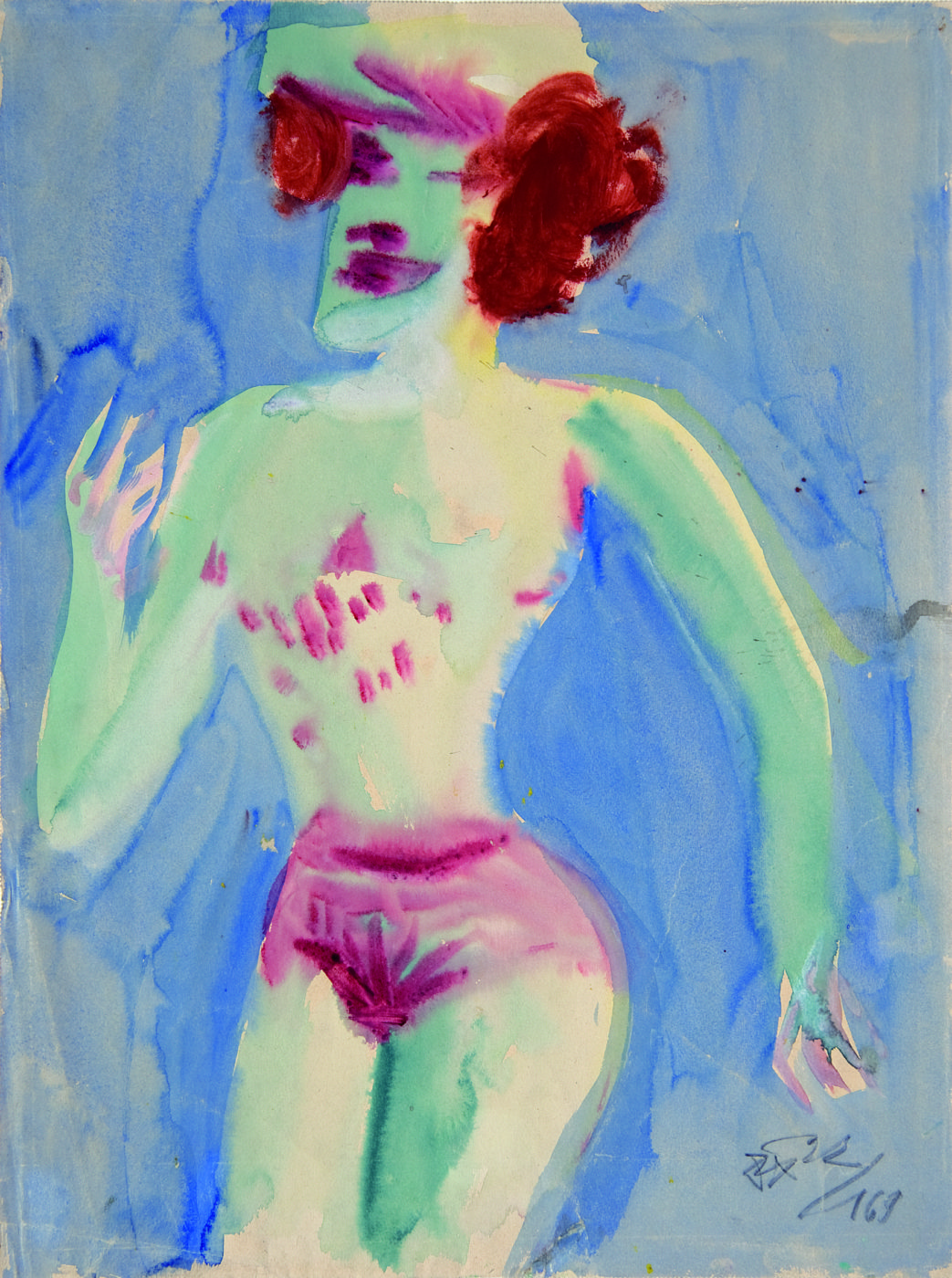
Otto Dix Rothaar-Artistin (Red-haired artist) 1922 Watercolor on paper Aquarell auf Papier 19.5 x 14.5 in 49 x 37 cm
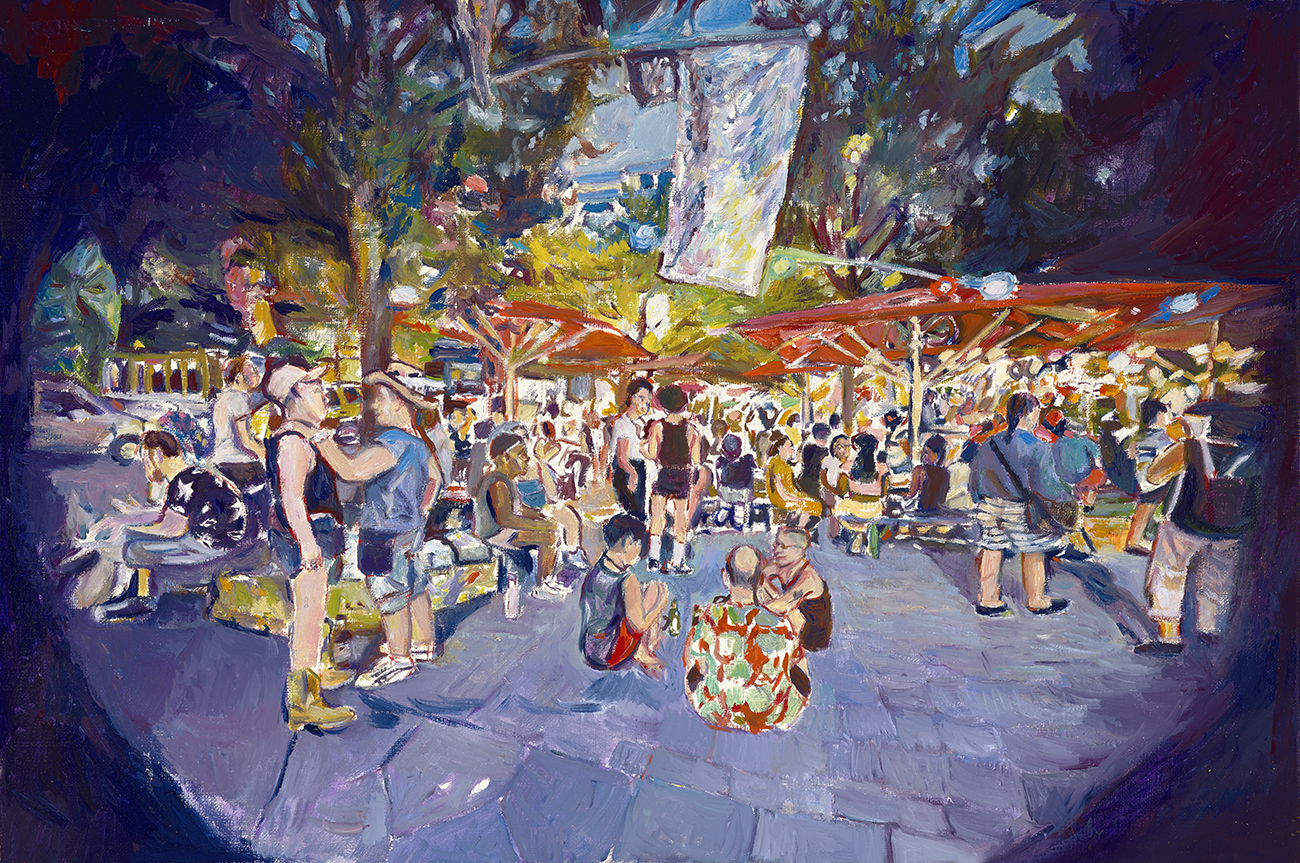
Keith Mayerson Queer Activists at Suedblock in Berlin (Queere Aktivisten am Südblock in Berlin) 2018 Oil on linen Öl auf Leinen 12 x 18 in 31 x 46 cm

George Grosz Akrobatentänze 5 (Acrobats Dancing 5) 1915 Ink on paper Tuschfeder auf Papier 10.5 x 8 in 27 x 21 cm
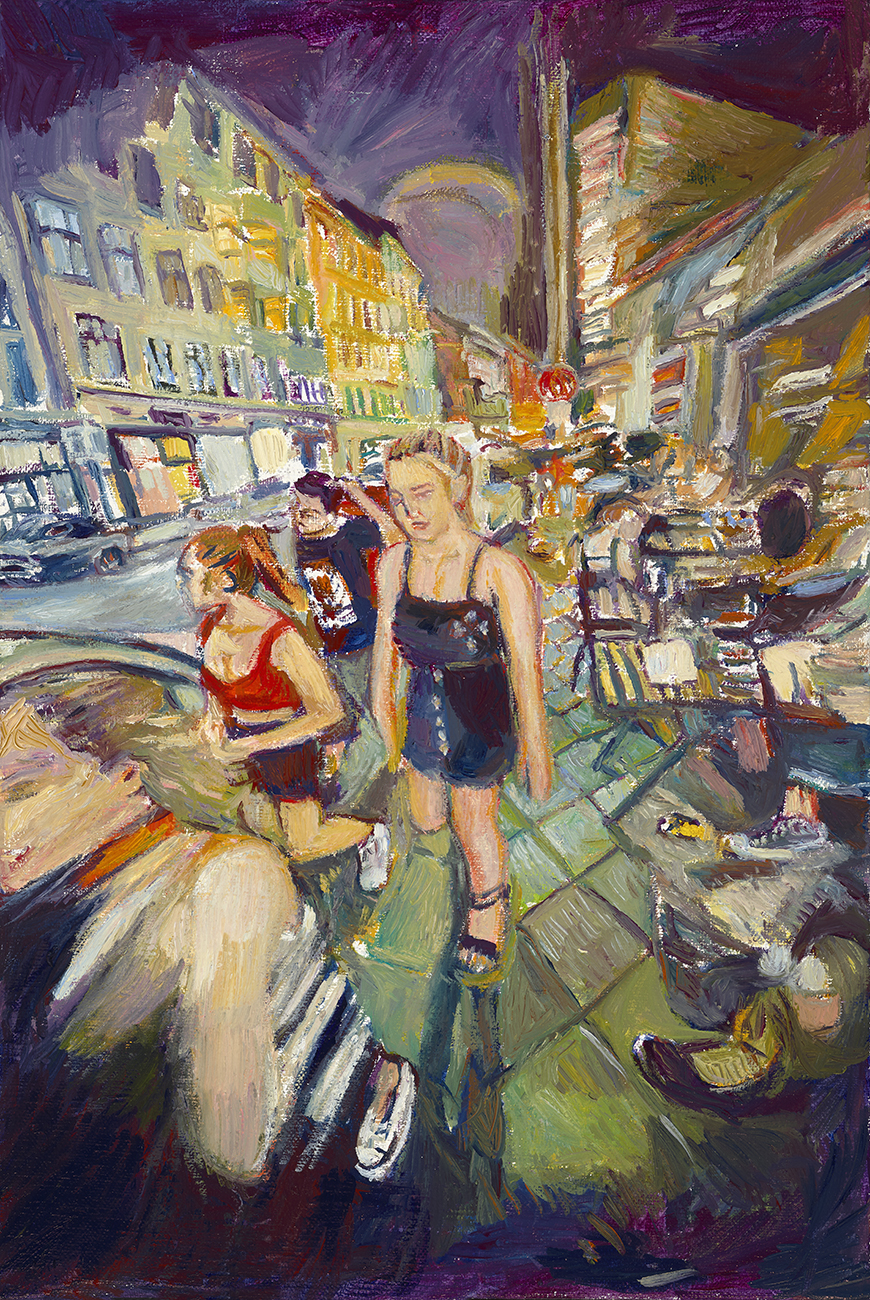
Keith Mayerson Berlin Party Girl on Oranienstrasse 2018 Oil on linen Öl auf Leinen 12 x 8 in 30 x 20 cm
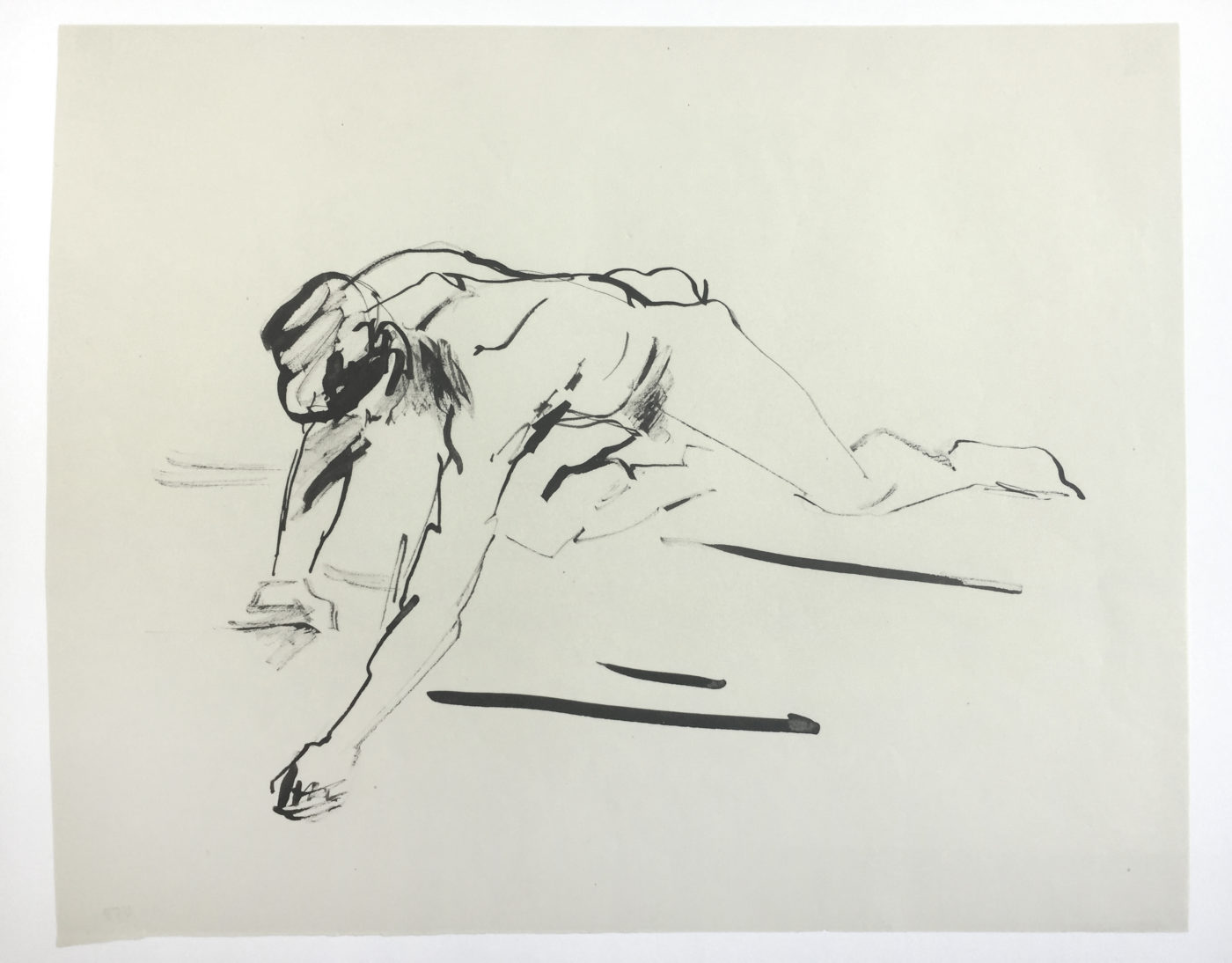
Paul Wieghardt O.T. Ca. 1942 Ink on paper Tusche auf Papier 8.5 x 11 in 22 x 28 cm
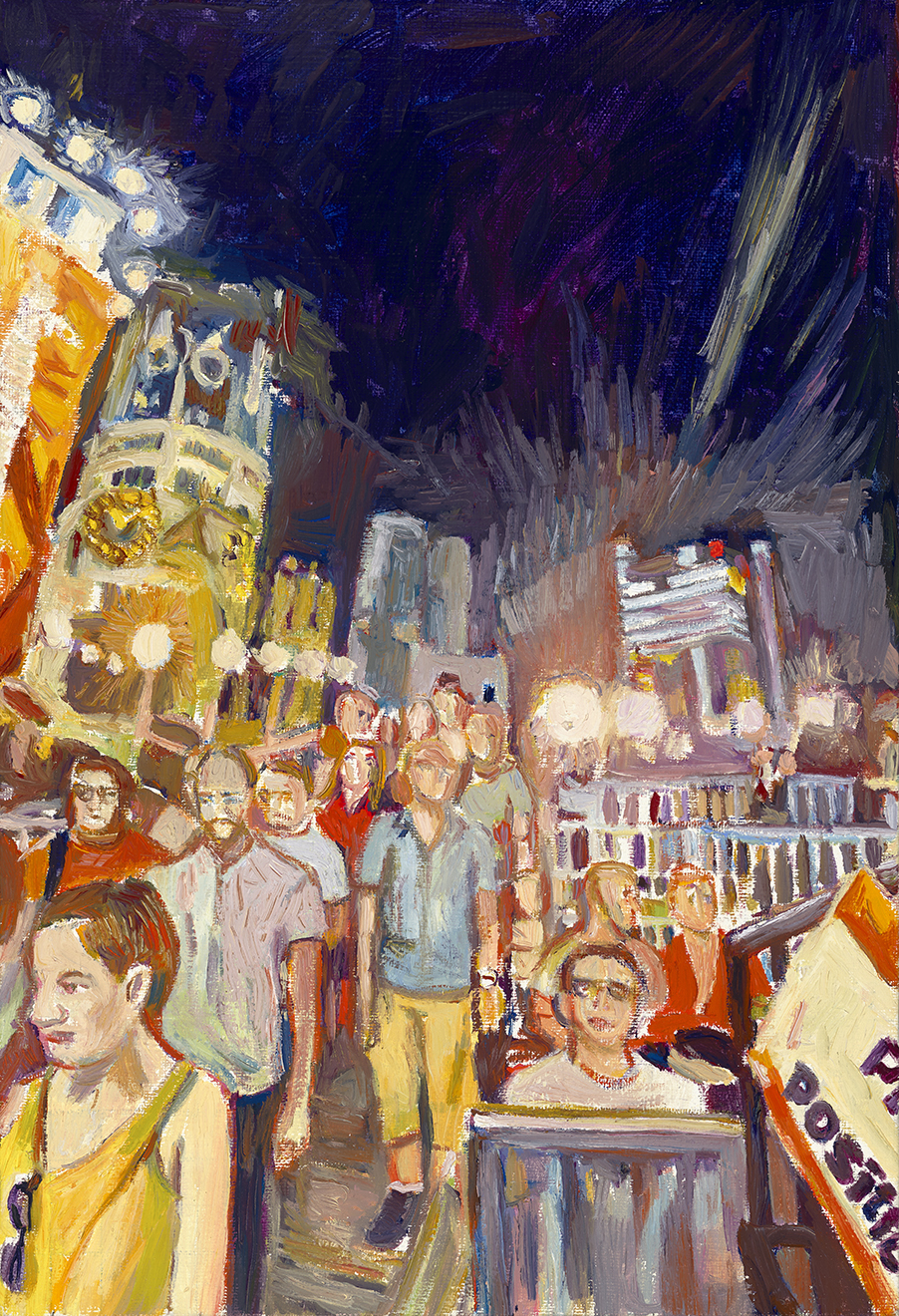
Keith Mayerson Berlin Track and Field Awards (Leichtathletikmeisterschaft Berlin) 2018 Oil on linen Öl auf Leinwand 12 x 8 in 30 x 20 cm

Paul Wieghardt O.T. Ca. 1928 Pencil on paper Bleistift auf Papier 11.5 x 9 in 29 x 23 cm
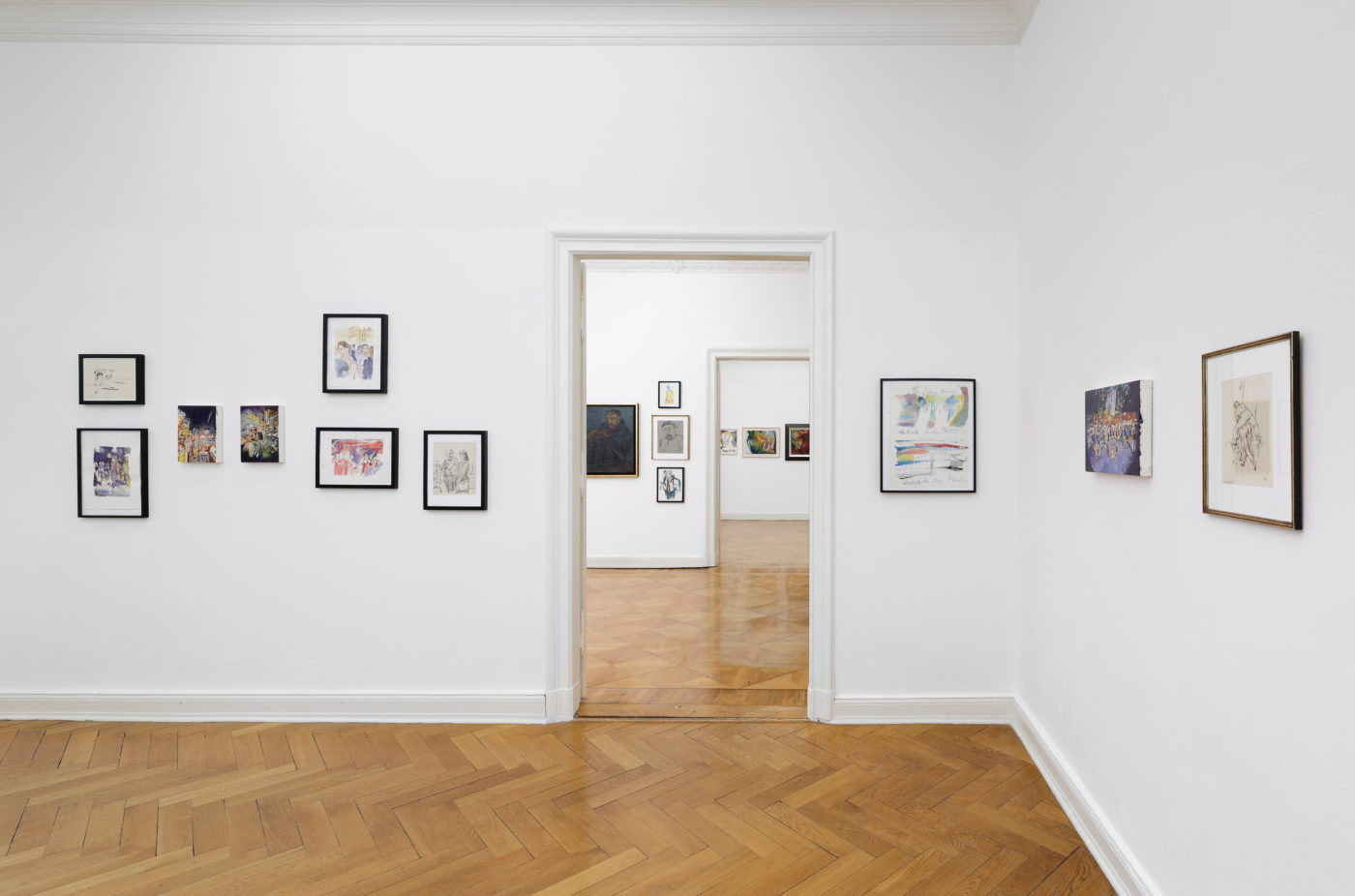

Keith Mayerson I was Falling Towards the Earth (Ich fiel auf die Erde zu) 2001 Ink and watercolor on watercolor paper Tusche und Aquarell auf Aquarellpapier 22.5 x 18 in 57 x 45 cm
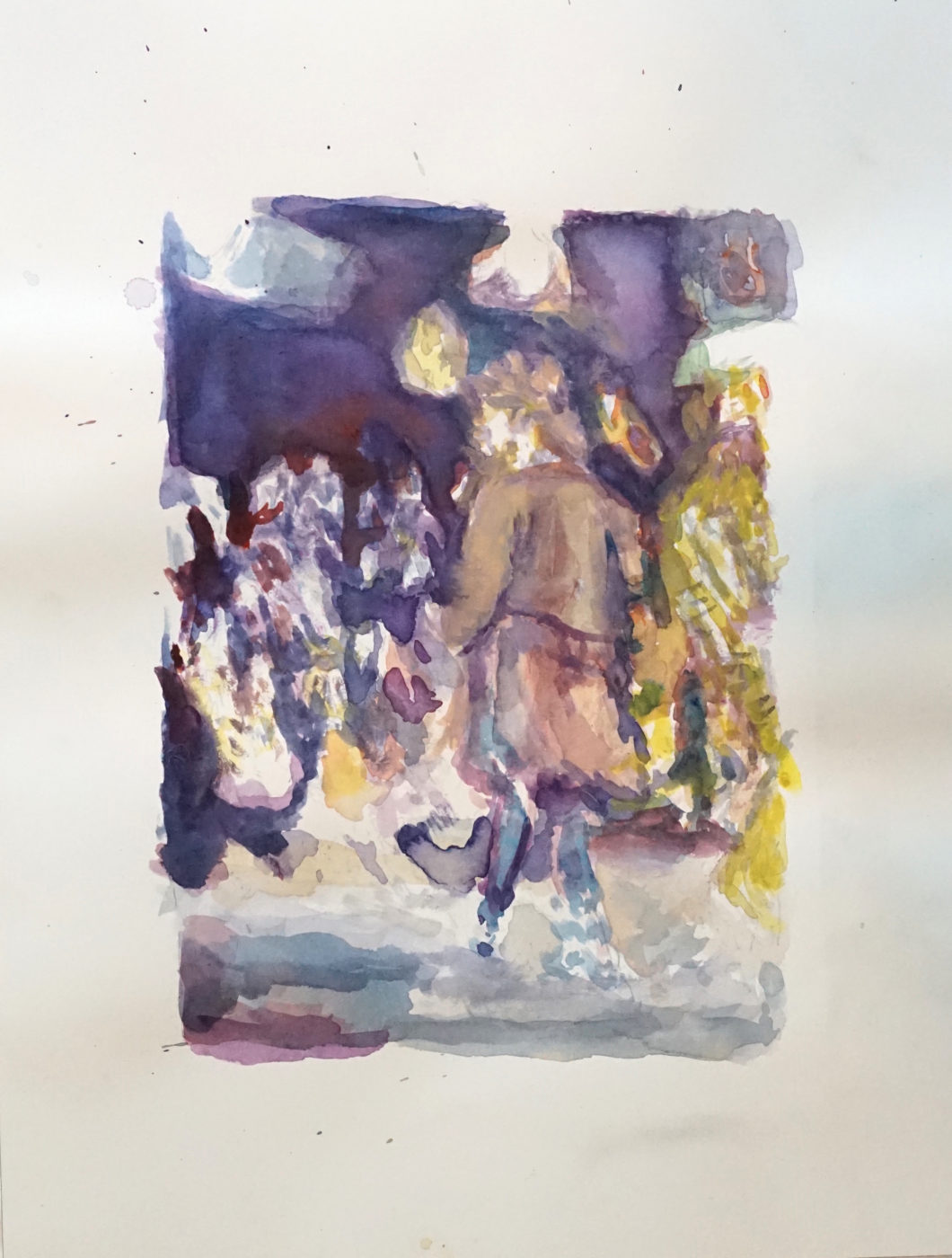
Keith Mayerson The Judgement of Paris – Galliano (Das Urteil von Paris – Galliano) 2009 Watercolor on paper Mischtechnik auf Aquarellpapier 16 x 12 in 41 x 31 cm
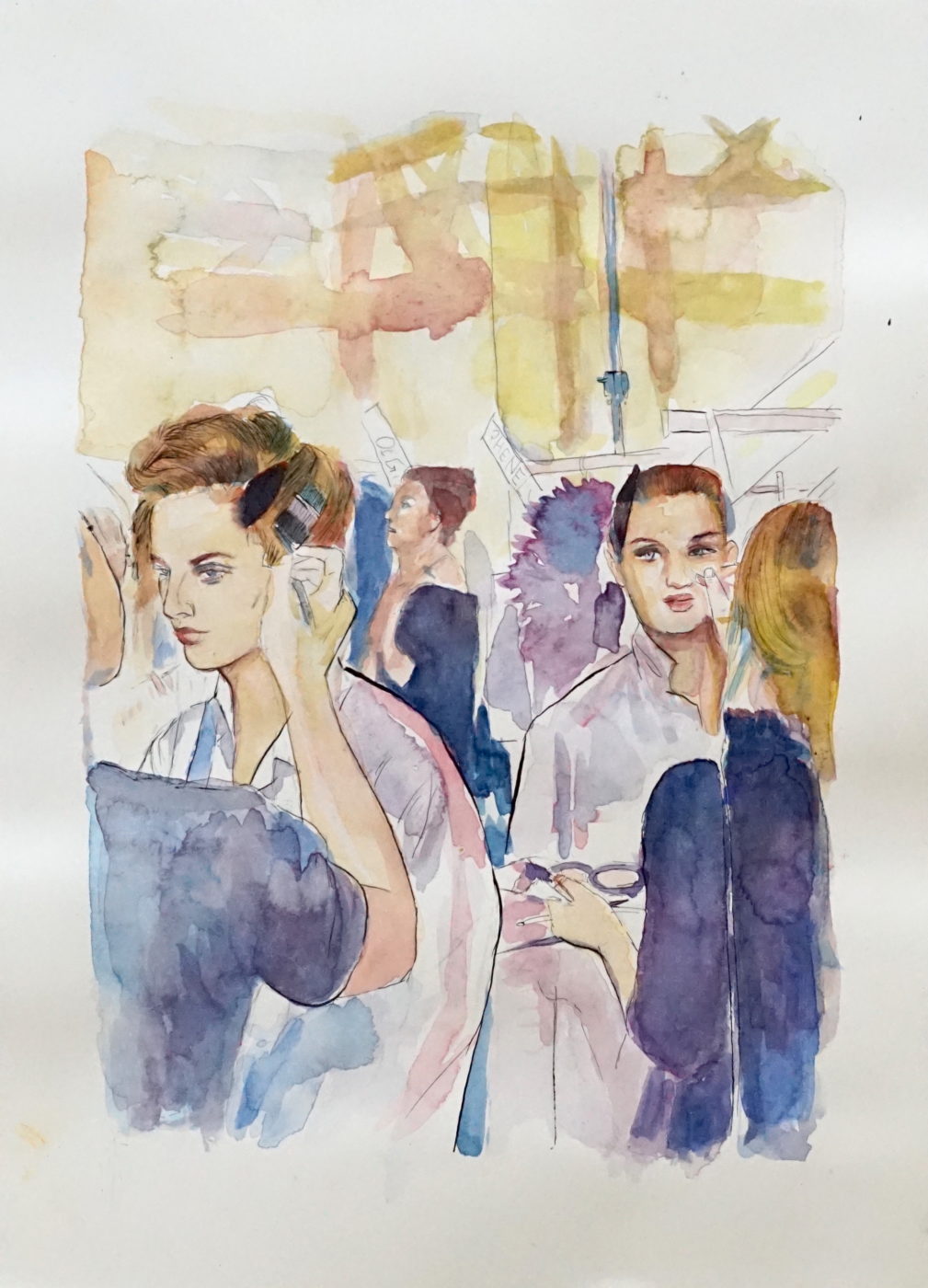
Keith Mayerson Backstage at Armani 2009 Mixed media on watercolor paper Mischtechnik auf Aquarellpapier 14 x 10 in 36 x 26 cm
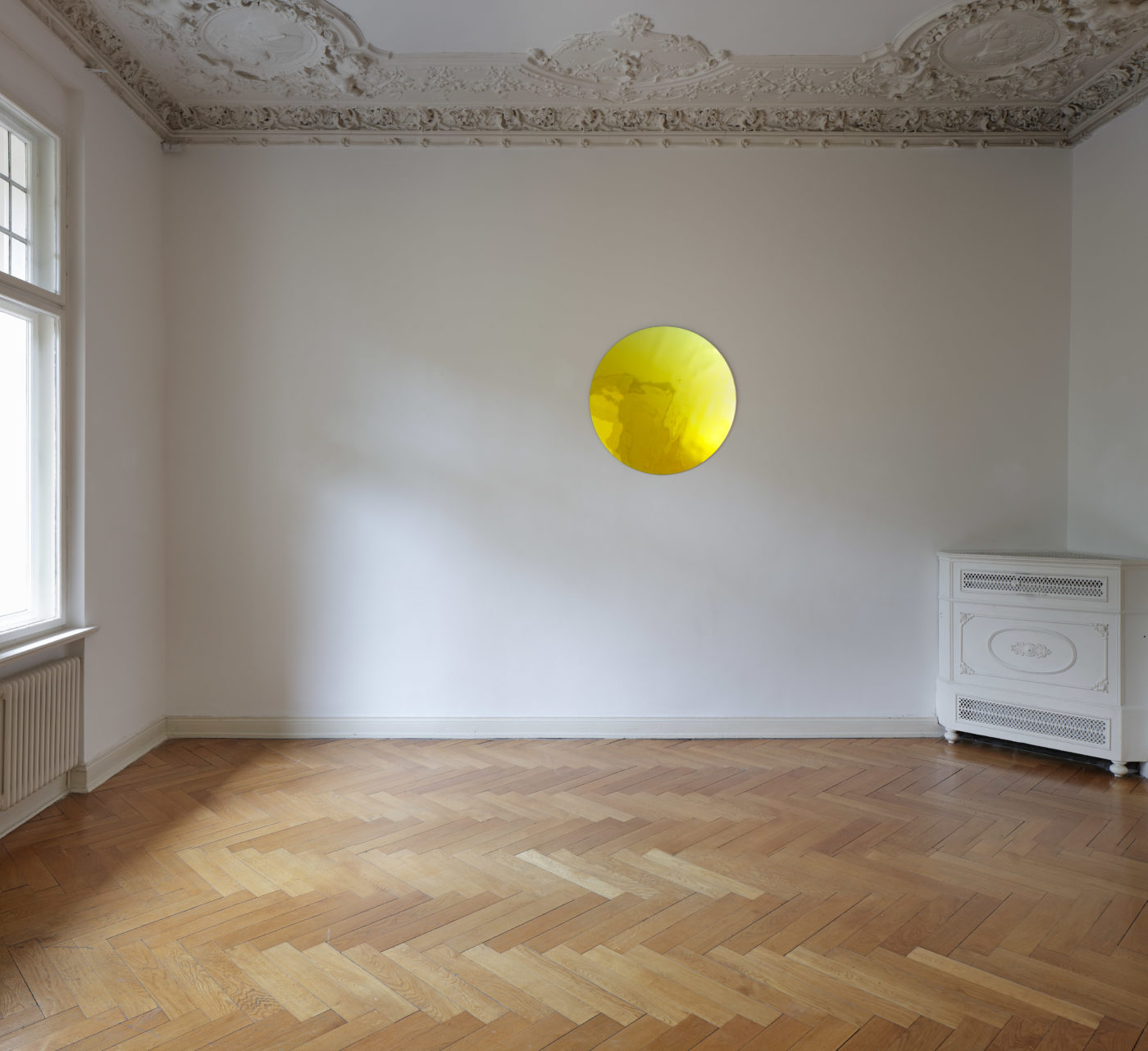
Installation view
Ursula Ott
June 23 to July 29,2018
[Deutscher Text nachstehend]
Ursula Ott’s mirrored colored glass panes draw attention to the changing occurences of light and color in accordance with the day and seasons. The discs, clearly contoured geometric fields – often circles – are in silent interaction with the viewer, changing color and reflection depending on the moment and position of the subject. The light paints. With each movement of the eye, every change of the light, colors form into oscillation, into vibration. The outside world is shadowy and unreal, as seen through a veil, sunk deep into the colored glass. The inner view and the deep perception make their appearance, attention is directed to the changing sensation, away from the image of the outside world. Frequently, Ott’s discs radiate in glowing gold, which changes again at the next change of position. At the same time, the cool blue moonlight, the green of nature appear. Then again the colors mix like in a kaleidoscope. Banned, we stand before these works full of transcendence, spirituality, and light movement. Again and again, different sensations and feelings are evoked similarly as they might be by a piece of music.
Glass and mirrors are materials that have fascinated artists of all times: glass painting of the Middle Ages or the mirror cabinets of the baroque, for example, were large, prestigious commissions. In modern times, the opus magnus by Marcel Duchamp “The Large Glass,” which was first exhibited unfinished in 1923, renders oil on glass. The works of Adolf Luther, Michelangelo Pistoletto, and Gerhard Richter, with whom Ursula Ott became a master student in 1990, are examples of recent modern work. For Luther, the immaterial reality of light was a counterpart to the material world, as in his concave mirror objects. For Michelangelo Pistoletto, the mirror is central, it absorbs the entire “società,” human community. Pistoletto’s performances often featured aggressive destruction of his mirror images in order to demonstrate the potential for change. Since 1967, Gerhard Richter has included large, painted and unpainted glass and mirror discs in his work individually and in groups.
In contrast, the dimension of mirrored glass in the work of Ursula Ott is deliberately reduced. These are meditation pictures. Not the large format is in the foreground, but material and spiritual densification, the play of the light.
Ursula Ott was born in 1960 in Waiblingen in Baden-Württemberg. She studied from 1982 to 1986 in Hamburg at the Hochschule für bildende Künste. From 1986 to 1990 she studied at the Kunstakademie in Düsseldorf, where she graduated as a master student of Gerhard Richter. Ott lives and works in Düsseldorf, where, for example, she participated in the 2007 exhibition “Collecting Art” at the Museum Kunstpalast with works owned by Thomas Schütte. Currently, her work is being shown in the Düsseldorf Kai 10 / Arthena Foundation in the exhibition “Catching the Light.”
(Excerpt from Stephan von Wiese, “The Light Paints. On the glass panes of Ursula Ott”)
—
Ursula Otts verspiegelte farbige Scheiben aus Glas lenken den Blick auf ein im Laufe des Tages- und Jahreslichts sich ständig veränderndes Farbgeschehen. Die Scheiben, klar konturierte geometrische Felder – meist sind es Kreise – stehen in stiller Interaktion mit dem Betrachter, sie ändern je nach Moment Farbe und Spiegelbild. Das Licht malt. Bei jeder Bewegung des Auges, jeder Veränderung des Lichts, gerät die Farbe in Schwingung, kommt in Vibration. Die Außenwelt ist schemenhaft, wie durch einen Schleier gesehen, ist ins farbige Glas tief eingesunken. Es sind der innere Blick und die innere Wahrnehmung, die im Vordergrund stehen, die Aufmerksamkeit richtet sich auf die wechselnde Empfindung, weniger aufs Bild der Außenwelt. Häufig strahlen die Scheiben in einem leuchtenden Gold, das beim nächsten Positionswechsel wieder changiert. Aber auch das kühle blaue Mondlicht, das Grün der Natur scheinen auf. Dann wieder vermischen sich die Farben wie beim Kaleidoskop. Gebannt stehen wir vor diesen Werken voll Transzendenz, Spiritualität und Lichtbewegung. Immer wieder andere Gefühle und Empfindungen werden ähnlich wie bei einem Musikstück evoziert.
Die Werkstoffe Glas und Spiegel haben Künstler aller Zeiten immer wieder besonders herausgefordert, die Glasmalerei das Mittelalter, die Spiegelkabinette des Barock waren beispielsweise große repräsentative Aufgabenfelder. In der Moderne sticht das Opus Magnus von Marcel Duchamp “Das große Glas” in Öl auf Glas hervor, das erstmals 1923 unvollendet ausgestellt wurde. Aus der jüngeren Moderne seien beispielhaft das Werk von Adolf Luther, Michelangelo Pistoletto und Gerhard Richter, bei dem Ursula Ott 1990 Meisterschülerin wurde, angeführt. Für Luther war die immaterielle Lichtwirklichkeit ein Pendant zur materiellen Welt, etwa bei seinen Hohlspiegelobjekten. Ganz im Zentrum steht bei Michelangelo Pistoletto dann der Spiegel, der die gesamte “società”, die menschliche Gesellschaft, in sich aufnimmt. Bei Pistolettos Aktionen kam es dann auch zu aggressiver Zerstörung der Spiegelbilder, um Veränderungspotential zu demonstrieren. Gerhard Richter bezog seit 1967 einzeln und in Gruppen große bemalte und unbemalte Glas- und Spiegelscheiben in sein Werk ein.
Demgegenüber ist die Verwendung des verspiegelten Glases im Werk von Ursula Ott sehr bewusst in den Dimensionen weit reduzierter. Dies sind Meditationsbilder. Nicht das große Format steht hier im Vordergrund, sondern die materielle und spirituelle Verdichtung, das Spiel des Lichts.
Ursula Ott wurde 1960 in Waiblingen in Baden-Württemberg geboren. Sie studierte von 1982 bis 1986 in Hamburg an der Hochschule für Bildende Kunst, anschließend 1986 bis 1990 an der Kunstakademie Düsseldorf, beschloss hier als Meisterschülerin von Gerhard Richter ihre Ausbildung. Sie lebt und arbeitet in Düsseldorf, wo sie beispielsweise 2007 an der Ausstellung “Die Kunst zu sammeln” im Museum Kunstpalast mit Werken aus dem Besitz von Thomas Schütte teilnahm und gegenwärtig mit ihren Scheibenbildern in der Düsseldorfer Kai 10 / Arthena Foundation an der Ausstellung “Catching the Light” beteiligt ist.
(Auszug aus Stephan von Wiese, “Das Licht malt. Zu den gläsernen Scheiben von Ursula Ott”
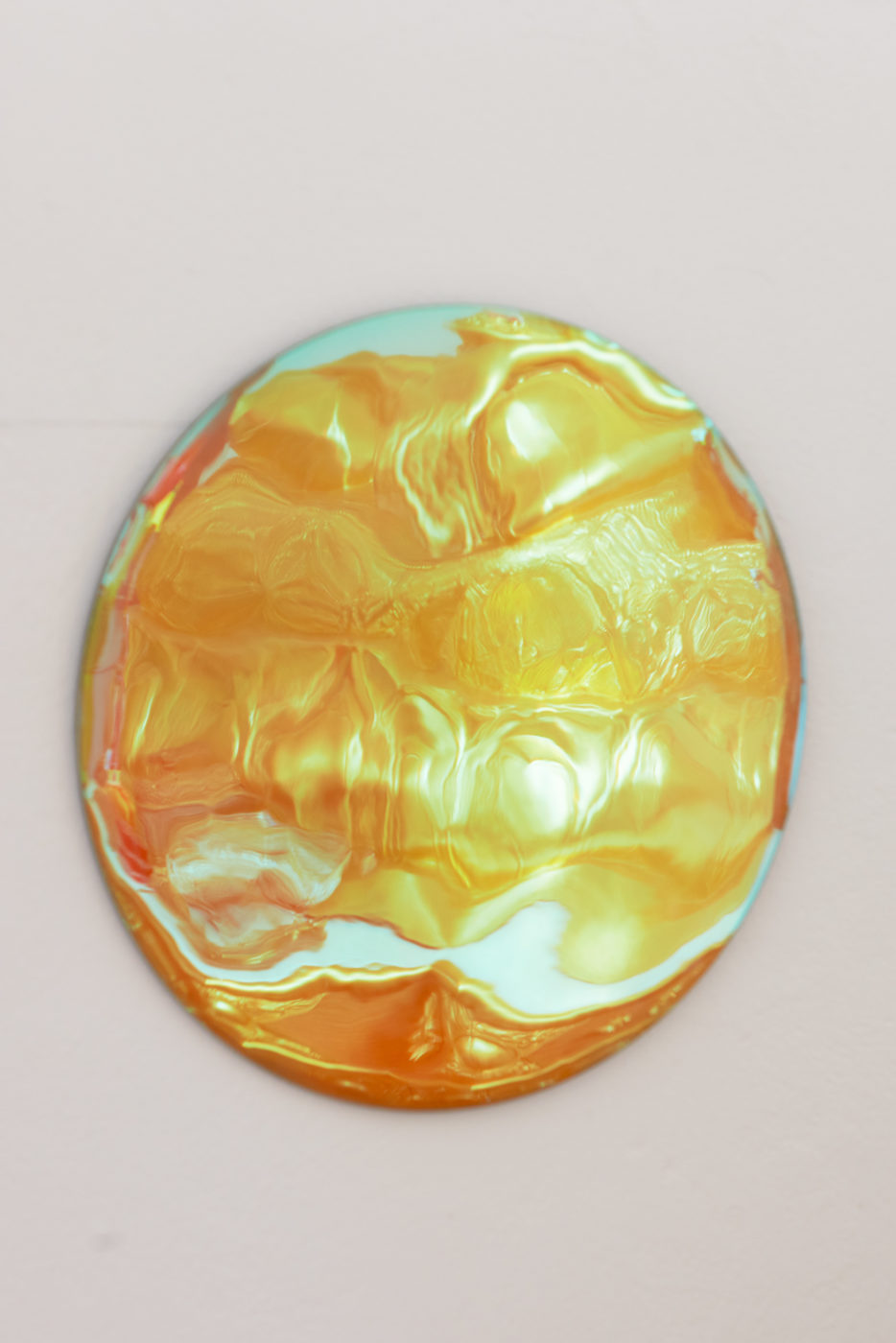
Neptunblao 2017 Optical interference coated glass Ø 51 cm / 21 in
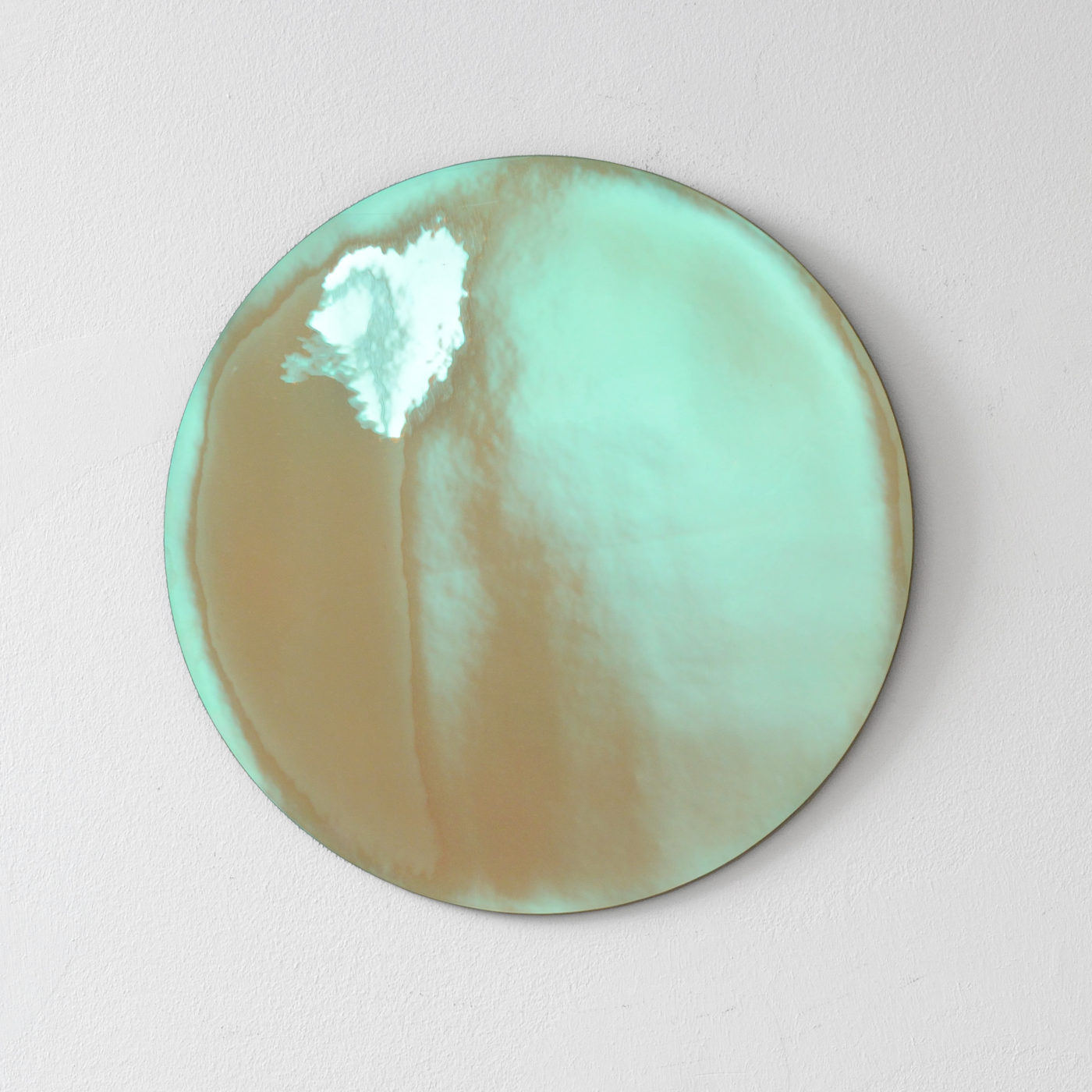
Wala 2015 Optical interference coated glass Ø 49 cm / 19 in
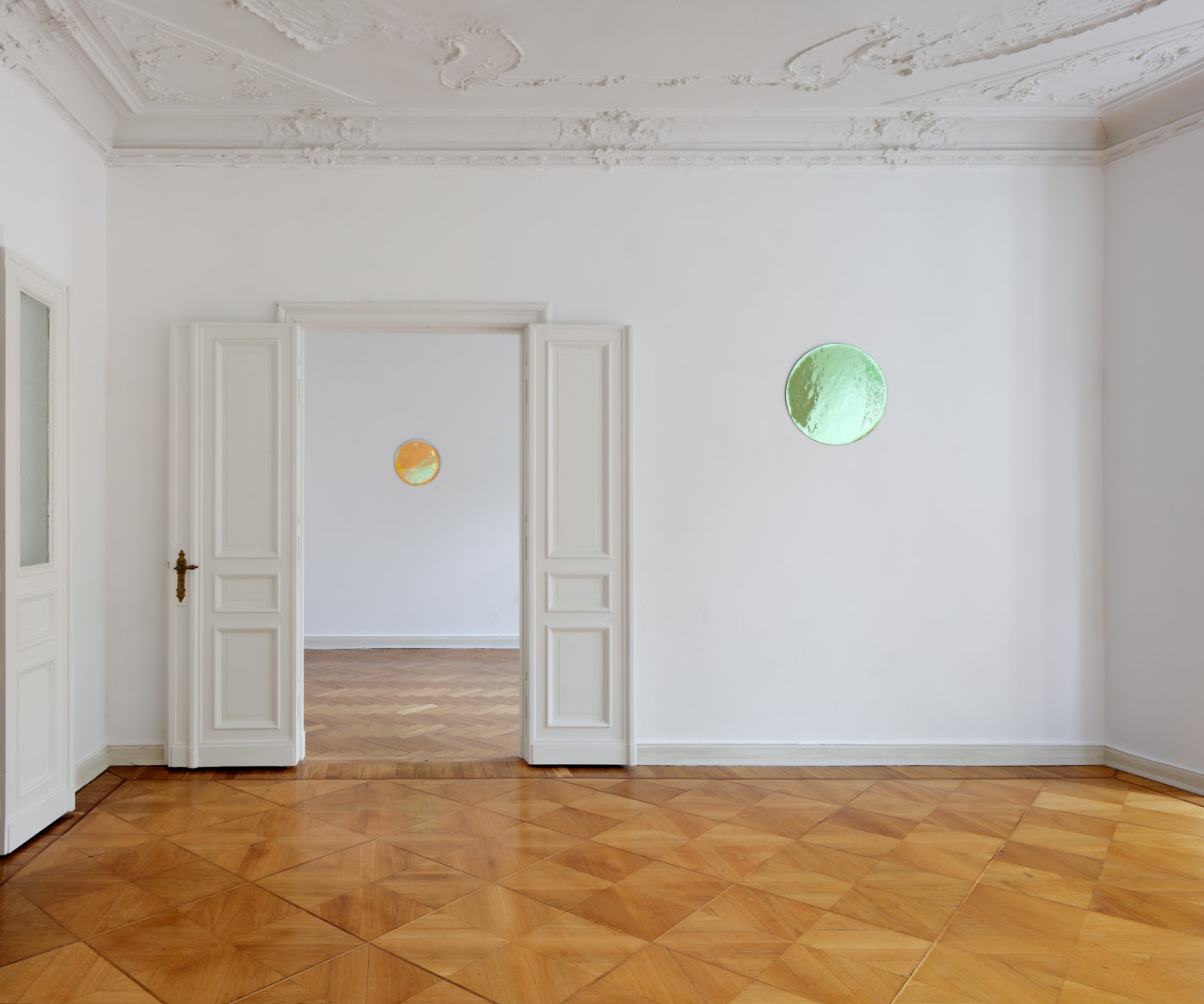

Ura 2013 Optical interference coated glass Ø 49 cm / 19 in

Oto 2009 Fusing glass with silver coating Ø 60 cm / 23,5 in
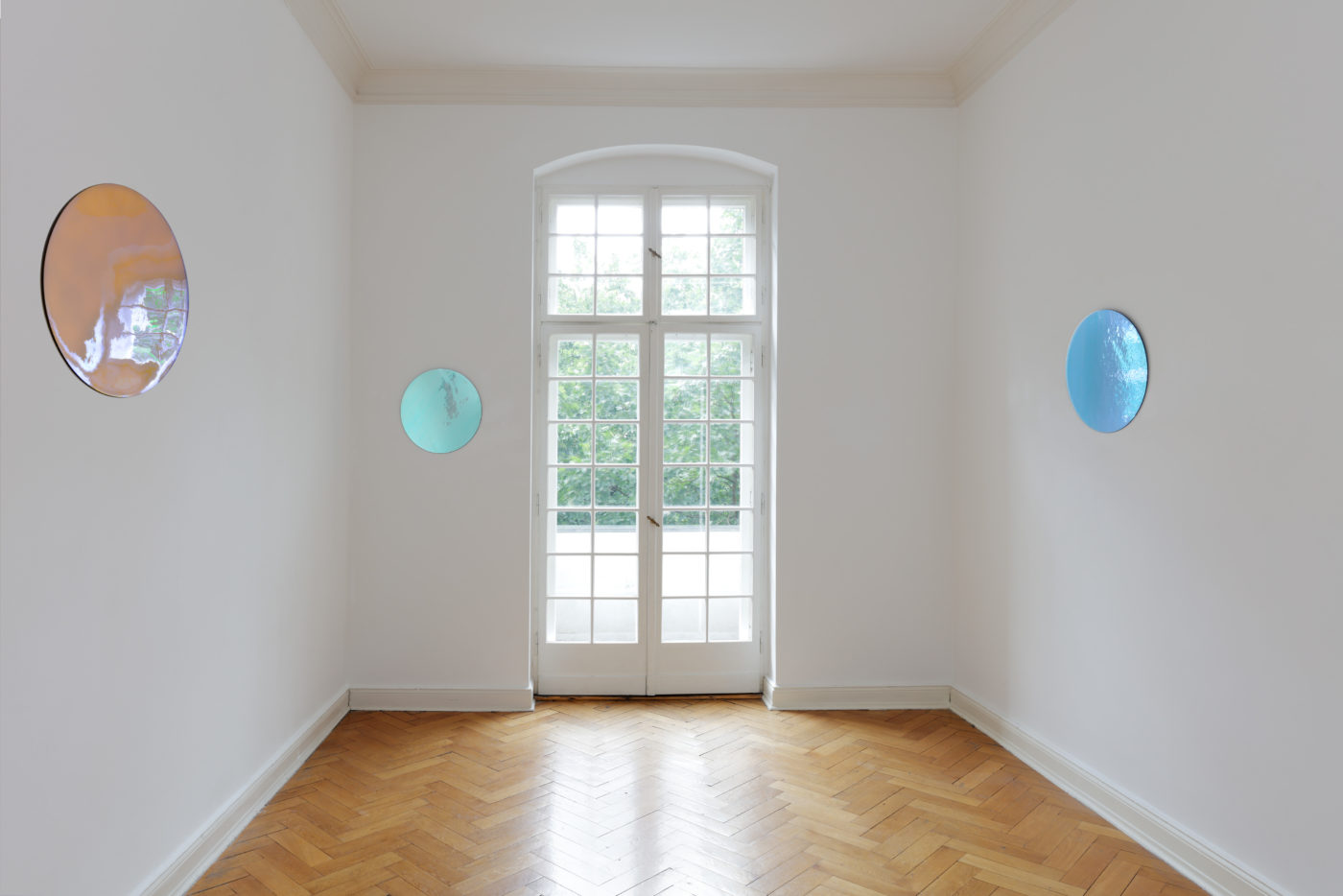
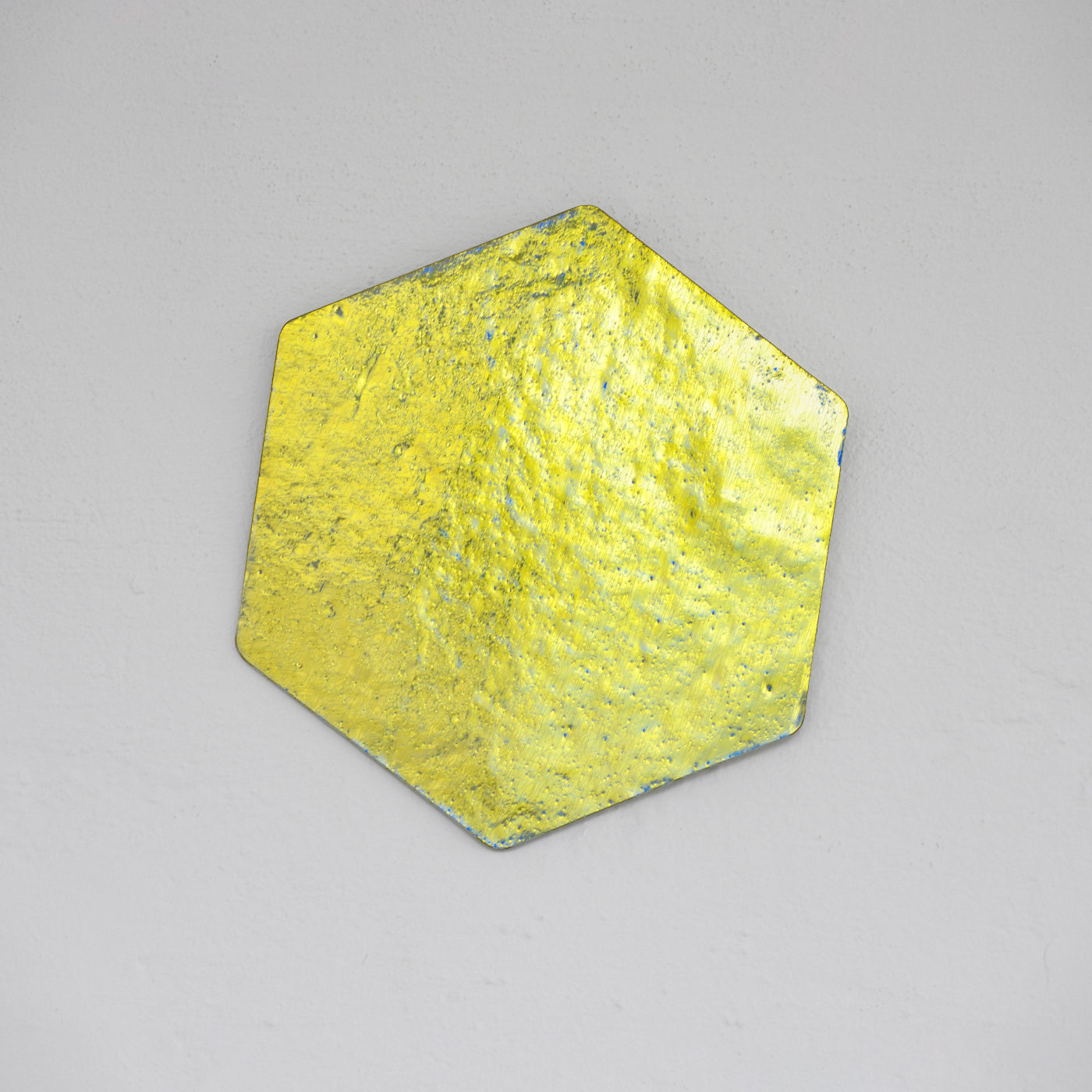
Lila Optical interference coated glass 2011 Ø 28 cm / 11 in
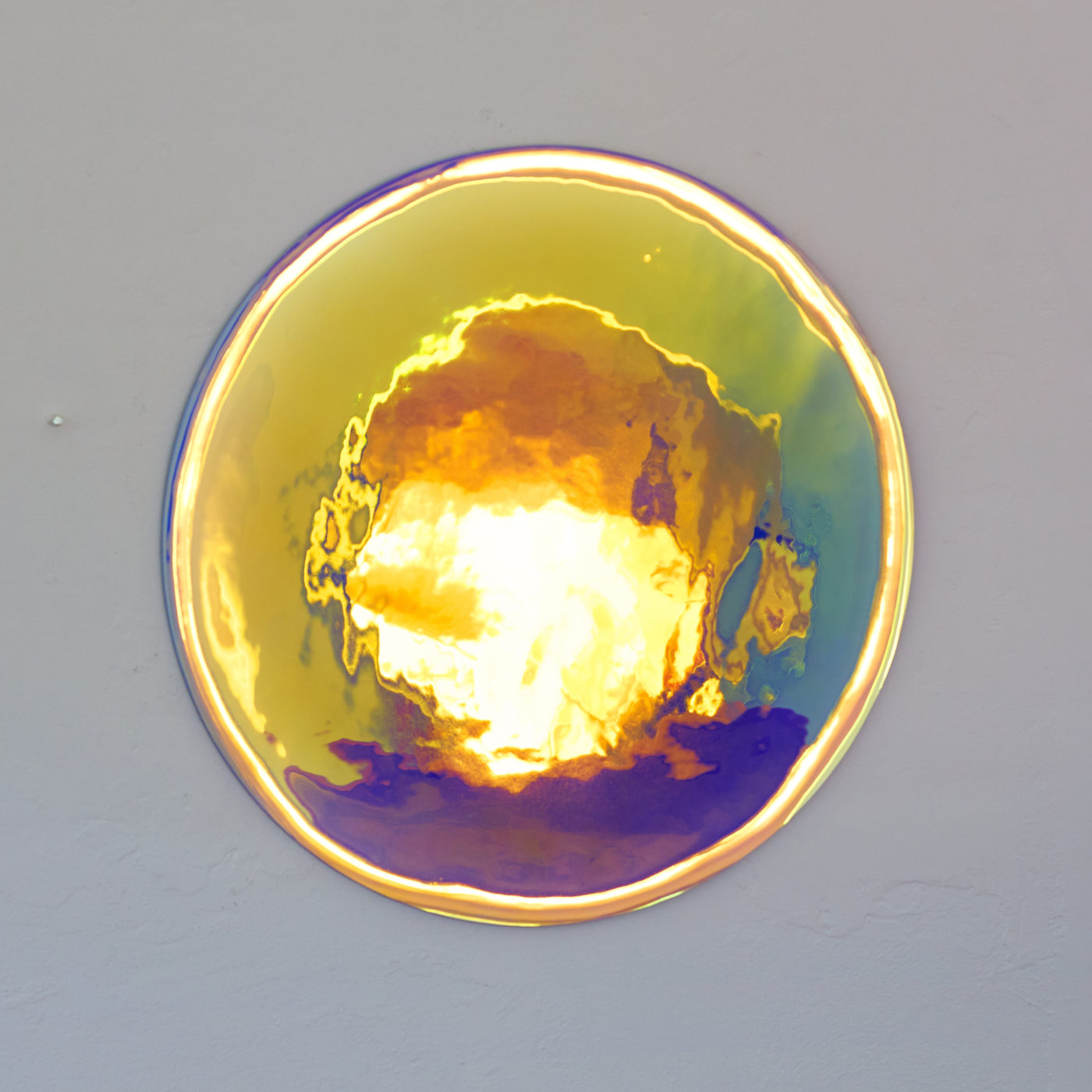
Kosmosblao 2017 Optical interference coated glass Ø 59 cm / 23 in
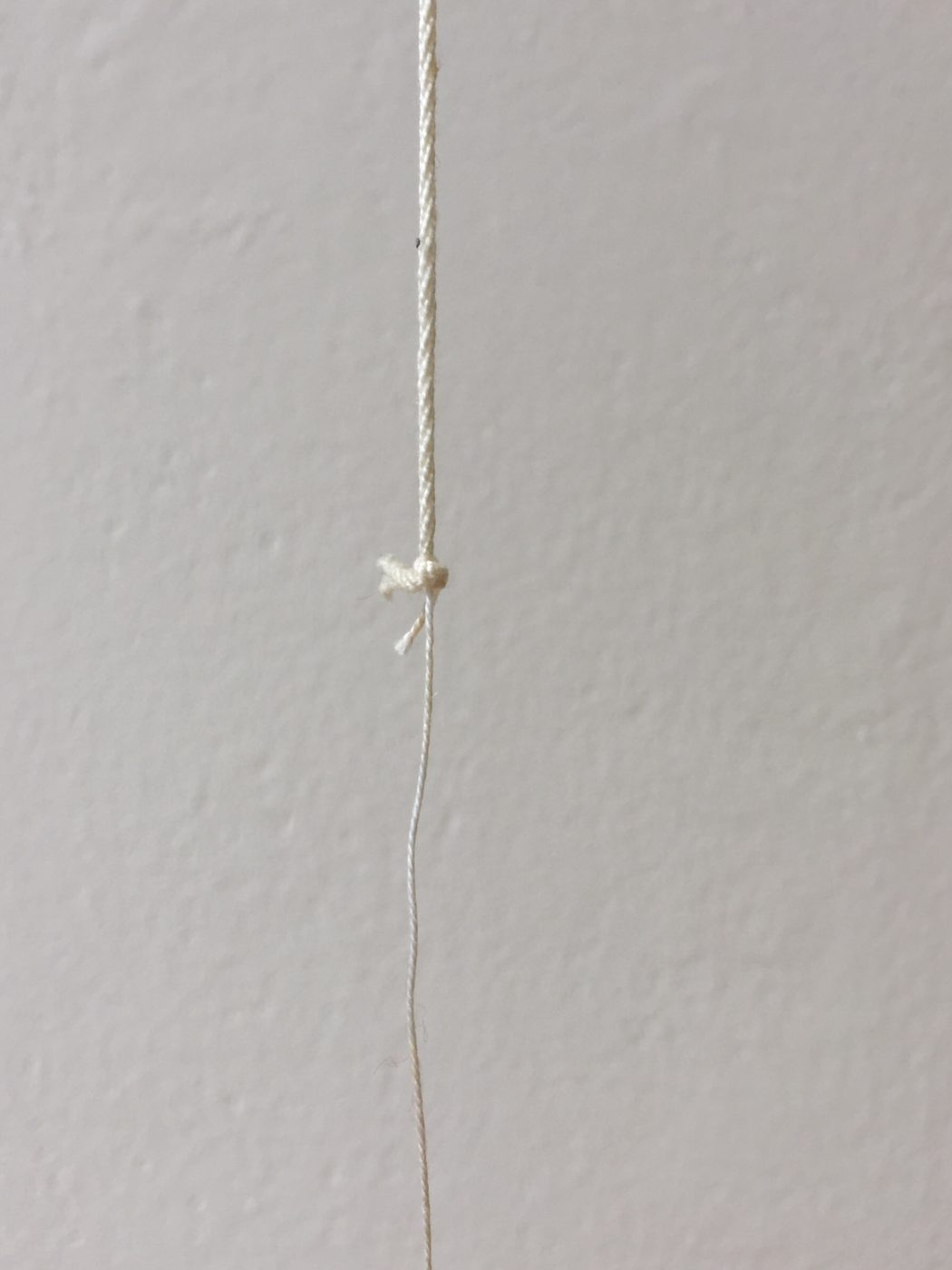
O. T. (Faden # 2) 1991 Cotton and polyester threads 330 cm / 130 in
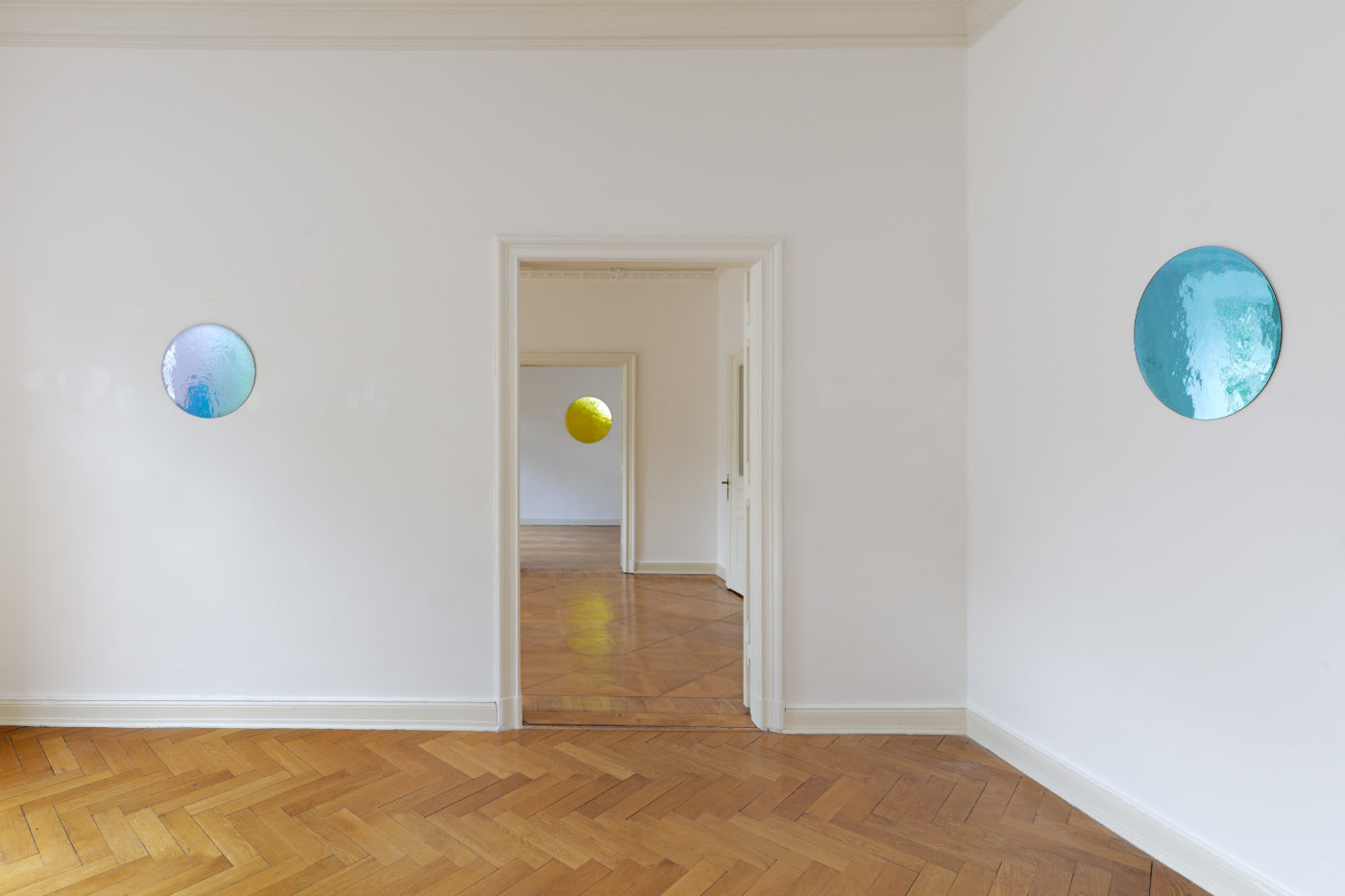

Loth grün 2010 Rolled water glass 117 x 37 cm / 46 x 15 in
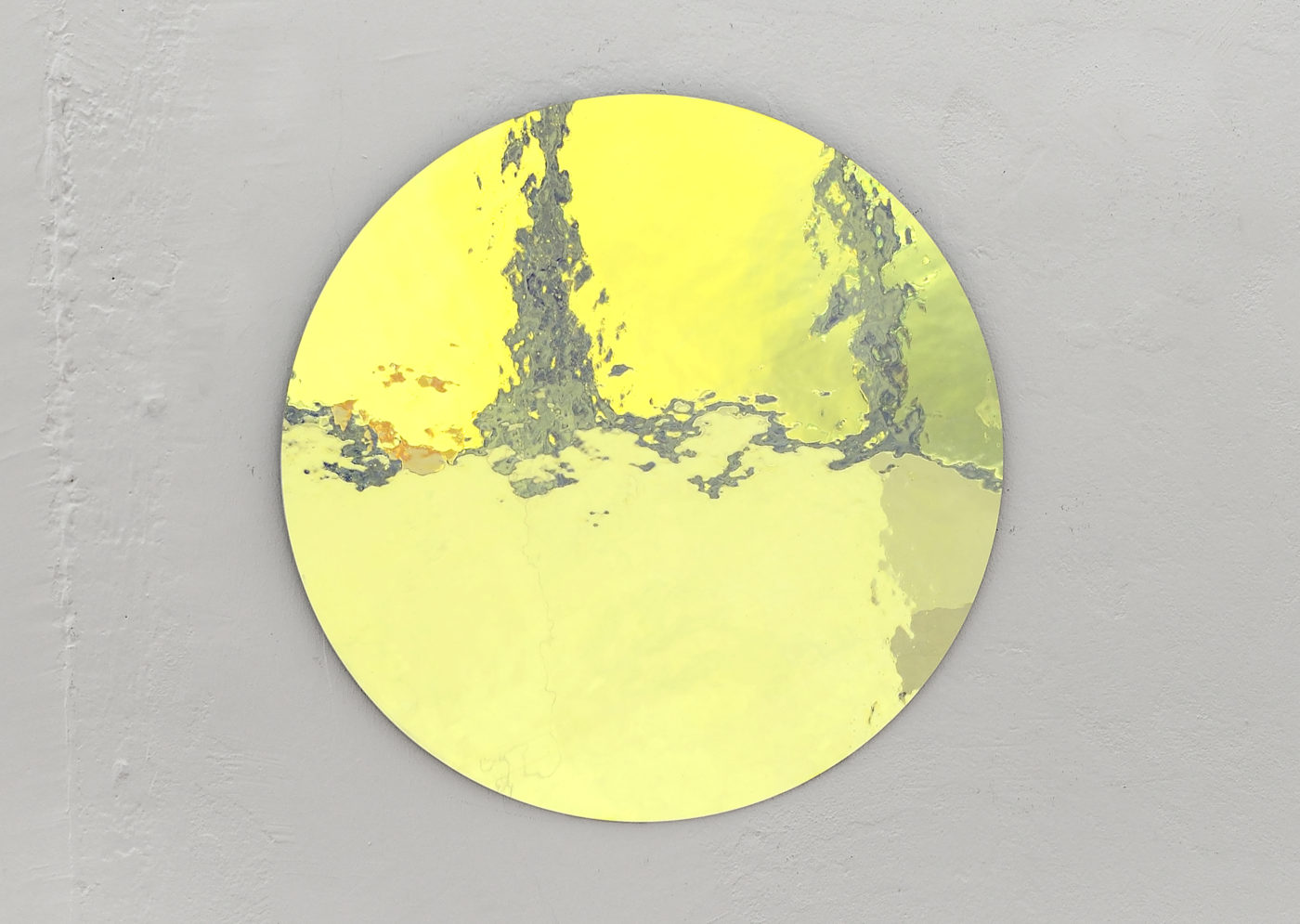
Jowa 2015 Optical interference coated glass Ø 92 cm / 36 in
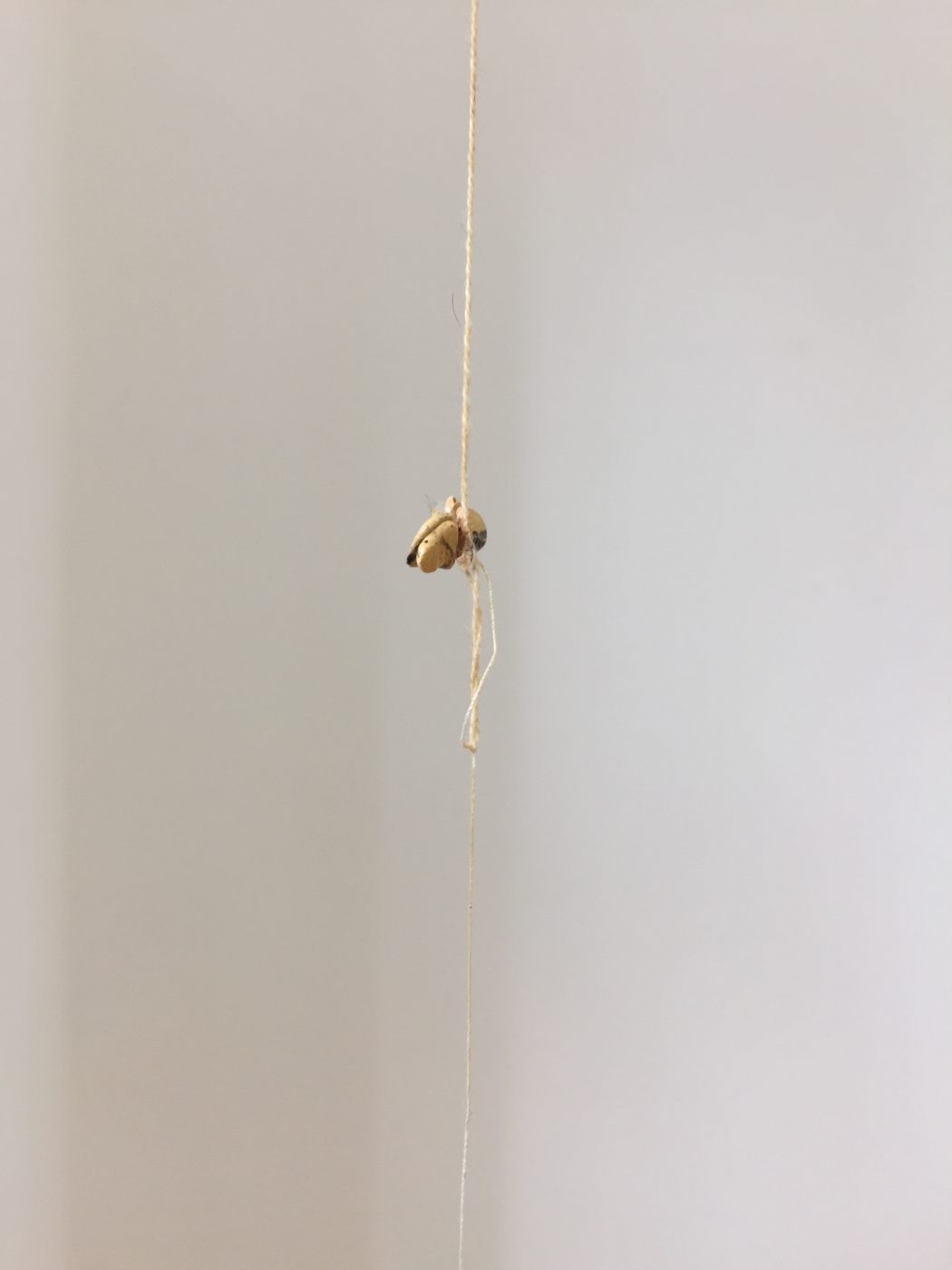
O. T. (Faden #1) 1991 Cotton and polyester threads, sealing lacquer 360 cm / 142 in
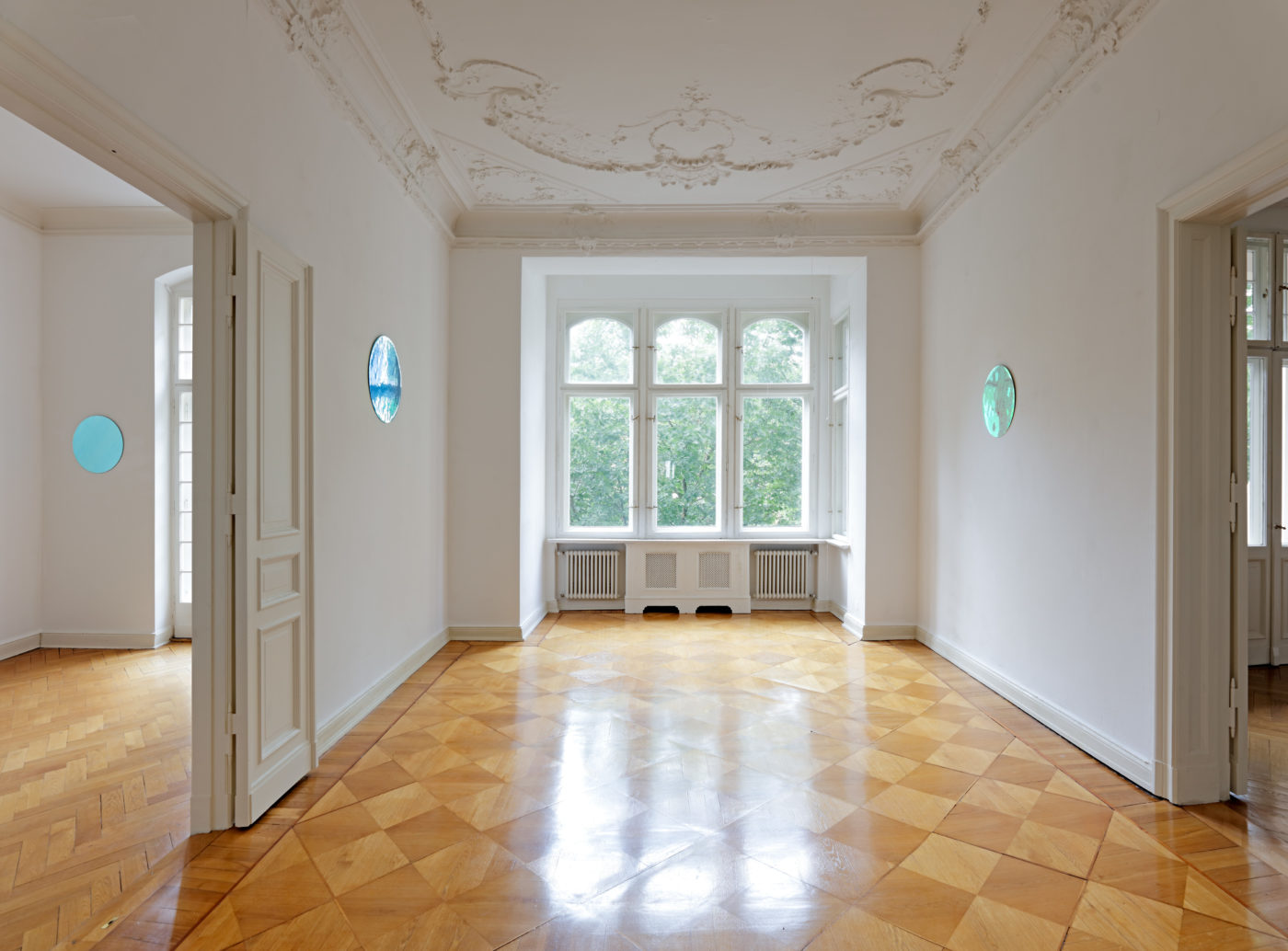
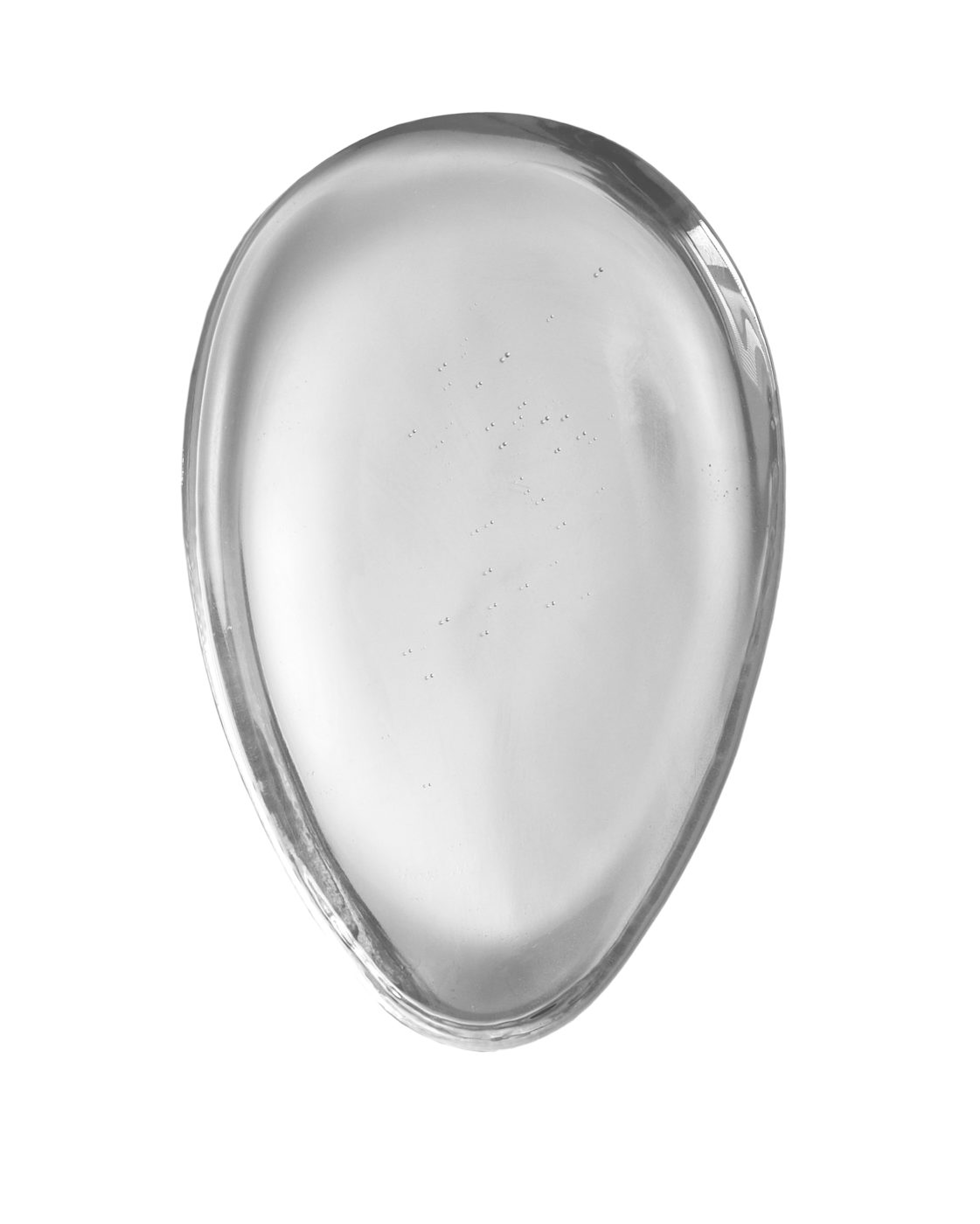
Gesicht (transparent) 2012 Cast glass with silver coating 20 x 31 cm / 8 x 12 in
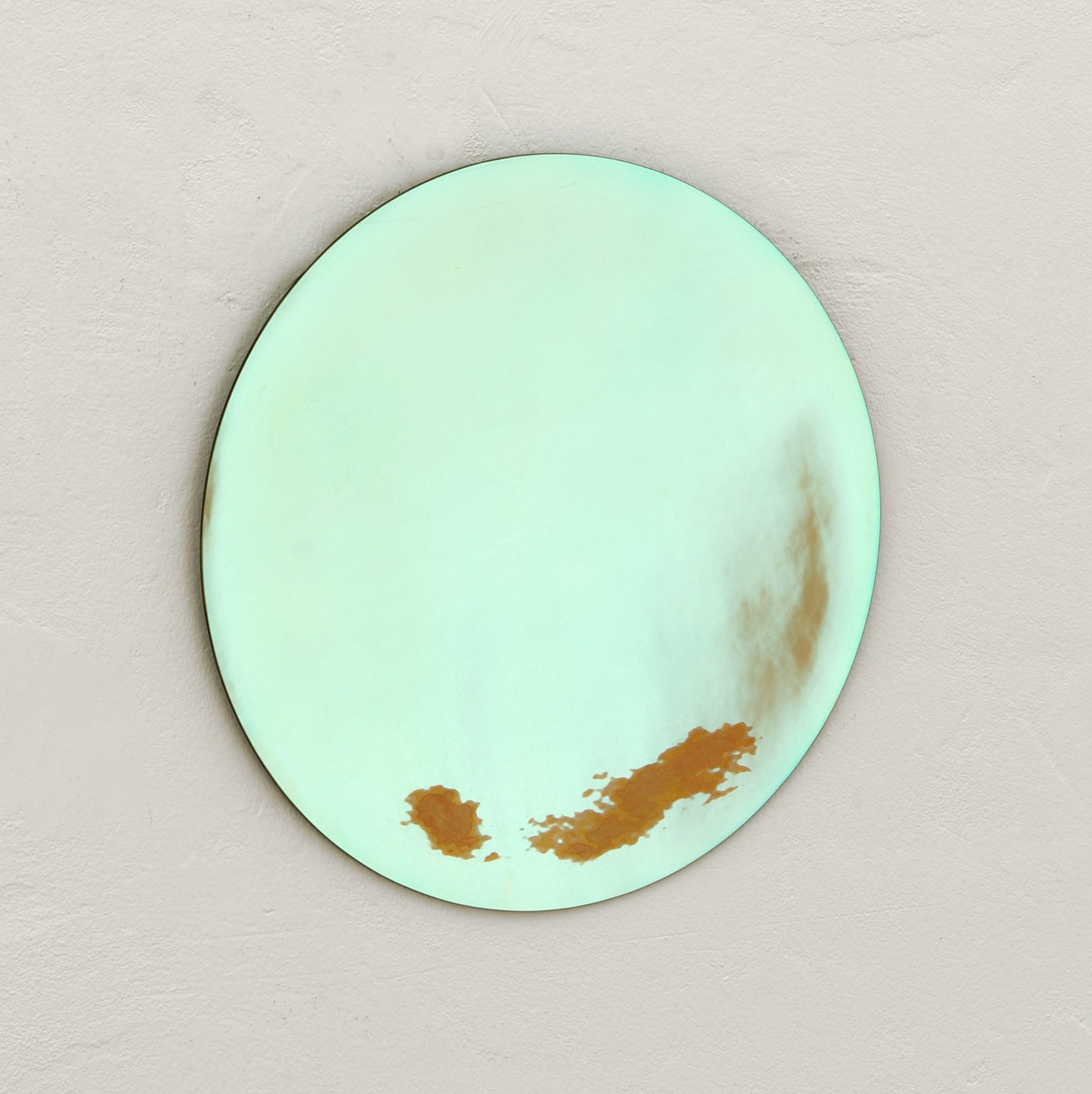
Cyanblao 2017 Optical interference coated glass Ø 51 cm / 21 in

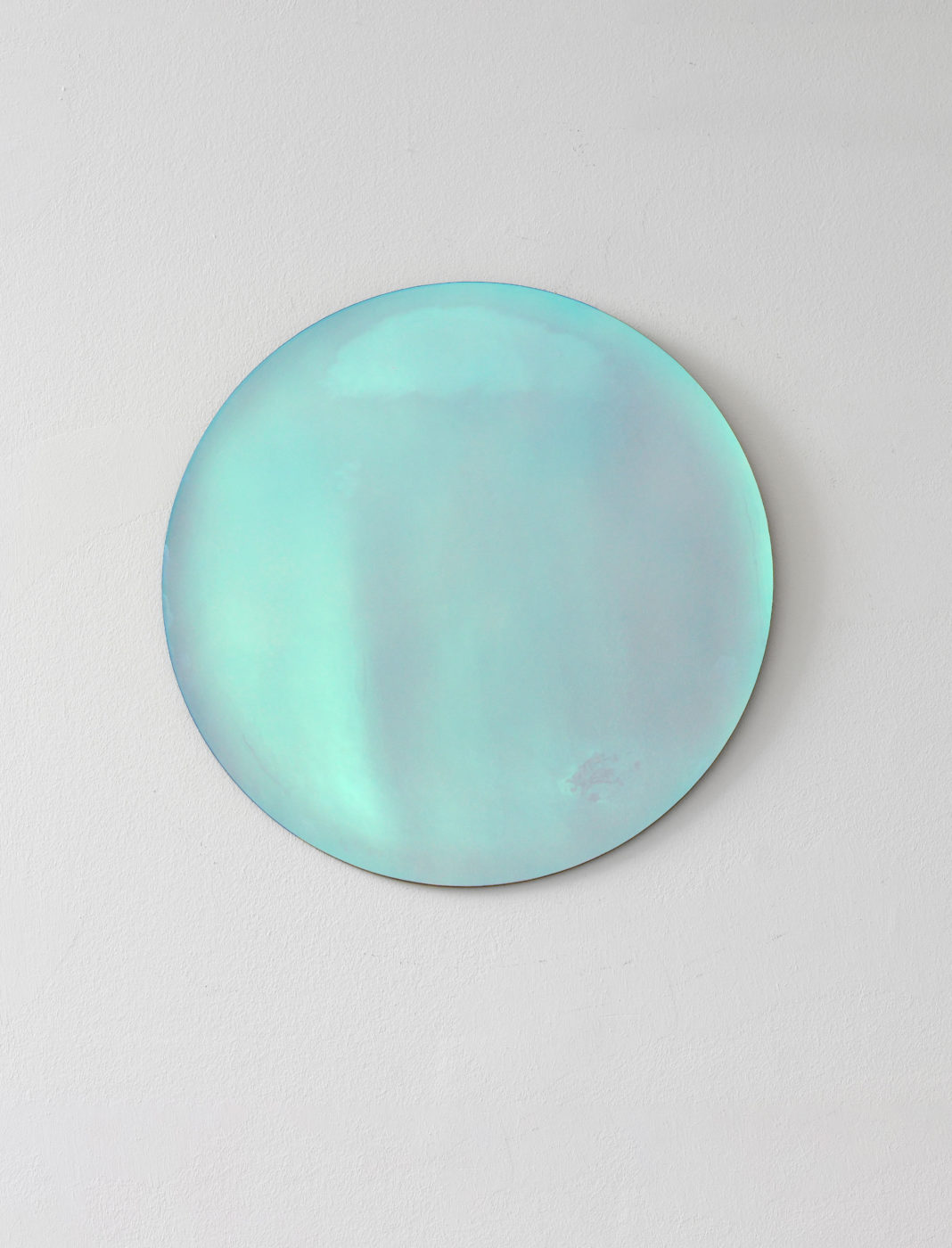
Blao 2017 Optical interference coated glass Ø 51 cm / 21 in

Ägäisblao 2017 Optical interference coated glass Ø 38 cm / 15 in
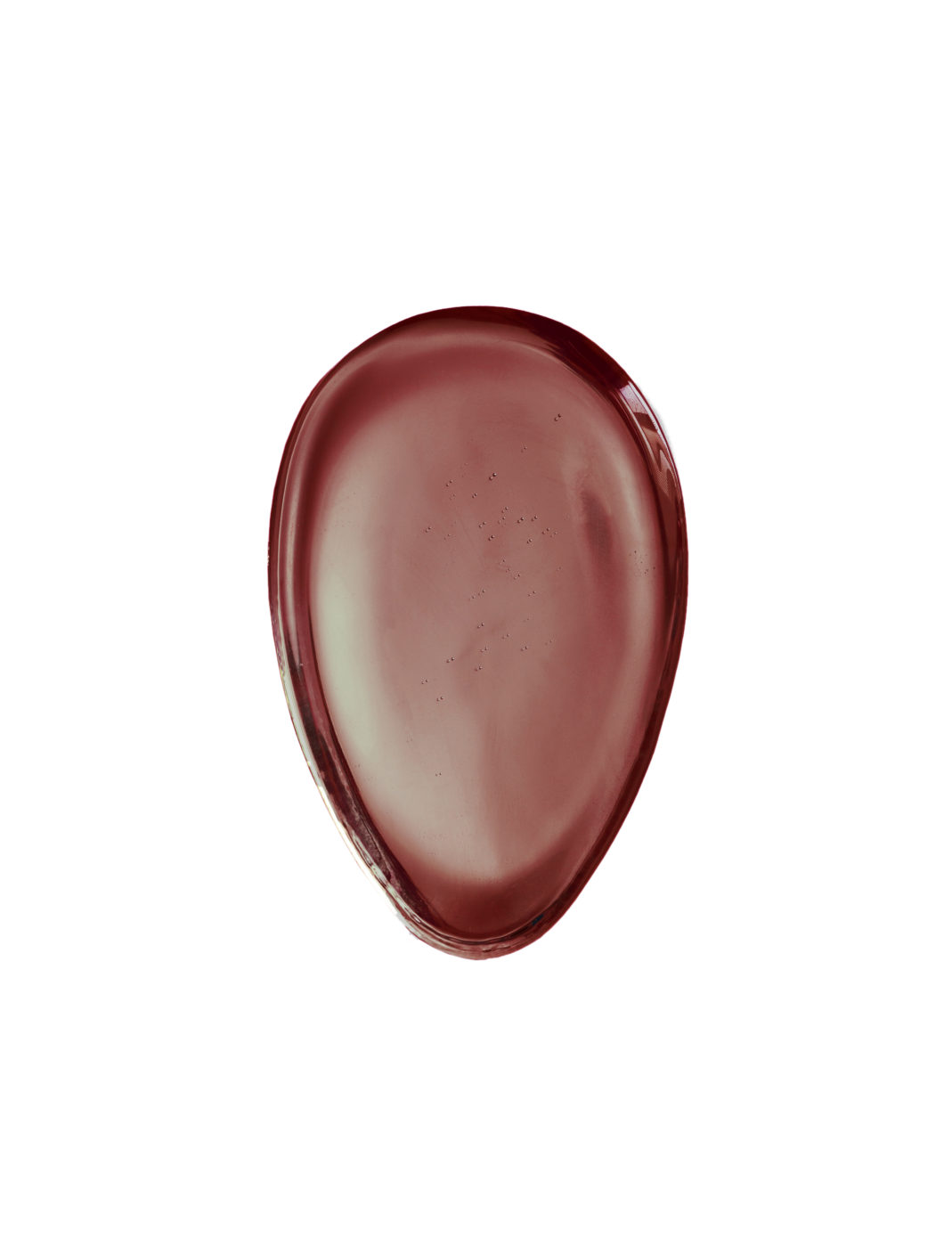
Gesicht (red) 2012 Cast glass with silver coating 20 x 31 cm / 8 x 12 in
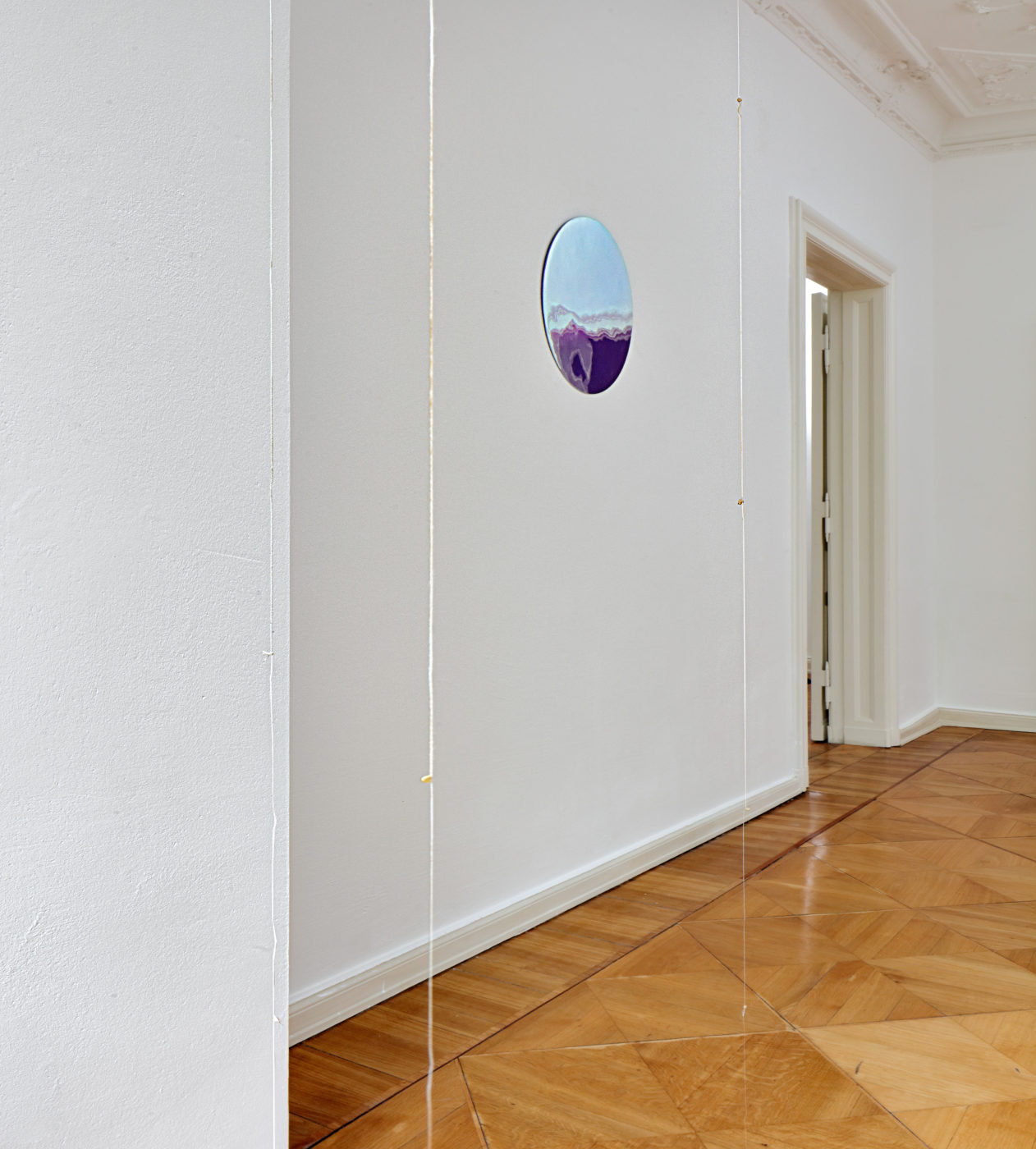
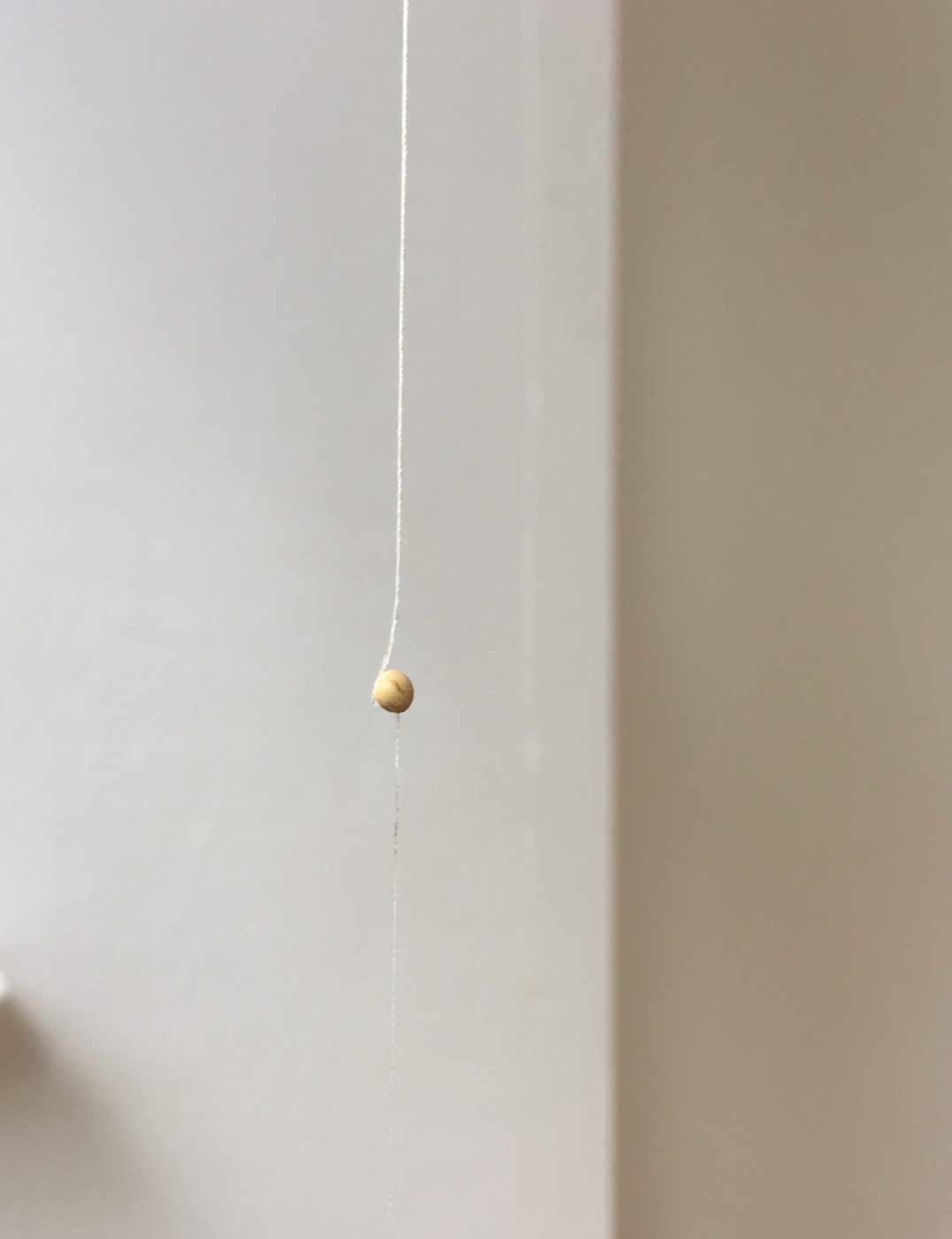
O. T. (Faden #3) 1991 Cotton and polyester threads, sealing lacquer 367 cm / 145 in
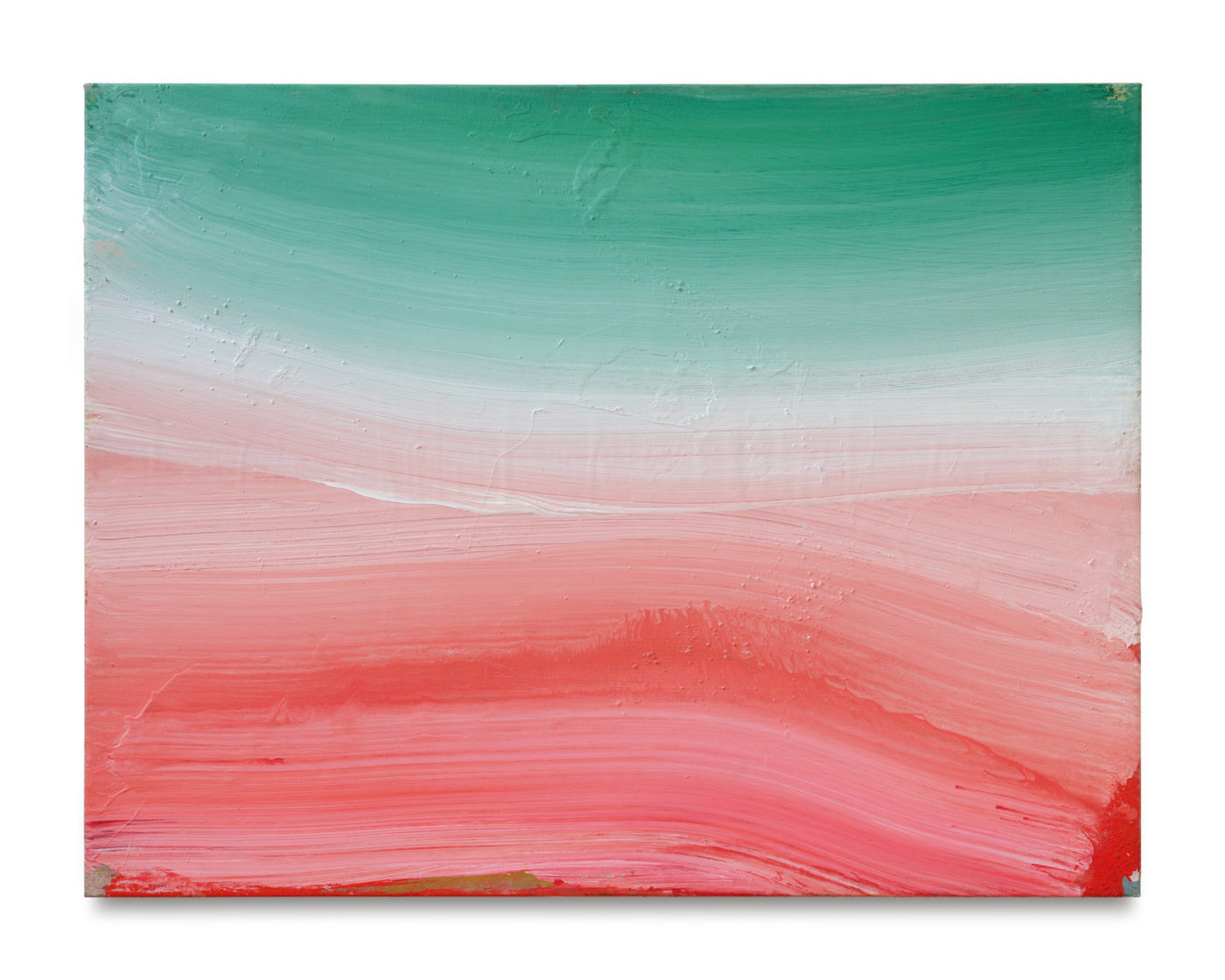
Untitled, 2006 Acrylic on canvas 140 x 182 cm 55 x 72 in
Ed Clark
Extended Viewing
December 14,2017 to January 28,2018
[Deutscher Text nachstehend]
Ed Clark (*1926), one of the most important artists of the New York School, produced abstract paintings of extraordinary beauty and significance. Clark developed new approaches to painting such as using everyday objects and physical activities such as sweeping with a broom in the production of paintings to produce large, controlled strokes over a canvas on the floor or fabricating shaped paintings, on his works on paper pigments are disbursed and layered among pastose applications of paint. Mixing and layering rich hues in varying consistencies and forms, Clark’s work incorporates color, light, texture, and movement in gestural forms ranging from explosive to subtle at the same time.
Clark’s works are included in the collections of many major institutions and museums, including the Detroit Institute of the Arts, the Art Institute of Chicago, and the Museum of Modern Art in New York.
___________________________________
Ed Clark (*1926), einer der bedeutendsten Künstler der New Yorker Schule, produzierte abstrakte Gemälde von außergewöhnlicher Schönheit und Bedeutung. Clark entwickelte neue Ansätze für die Malerei wie die Verwendung von alltäglichen Gegenständen und körperlicher Aktivitäten wie das Kehren mit einem Besen in der Herstellung von Gemälden. Auf dem Boden zog er breite Farbspuren über eine Leinwand oder fertigte kreisförmige oder ovale Gemälde, strahlende Pigmente wurden im Wechsel mit pastosen Aufträgen auf Papier gerieben, Durch das Ziehen, Mischen und Schichten von reichen Farbtönen in unterschiedlichen Konsistenzen und Formen, erscheint in Clarks Arbeiten Farbe, Licht, Textur und Bewegung in explosiven und subtilen Formen.
Clarks Arbeiten sind in den Sammlungen vieler großer Institutionen und Museen vertreten, darunter in dem Detroit Institute, dem Art Institute of Chicago und dem Museum of Modern Art in New York.
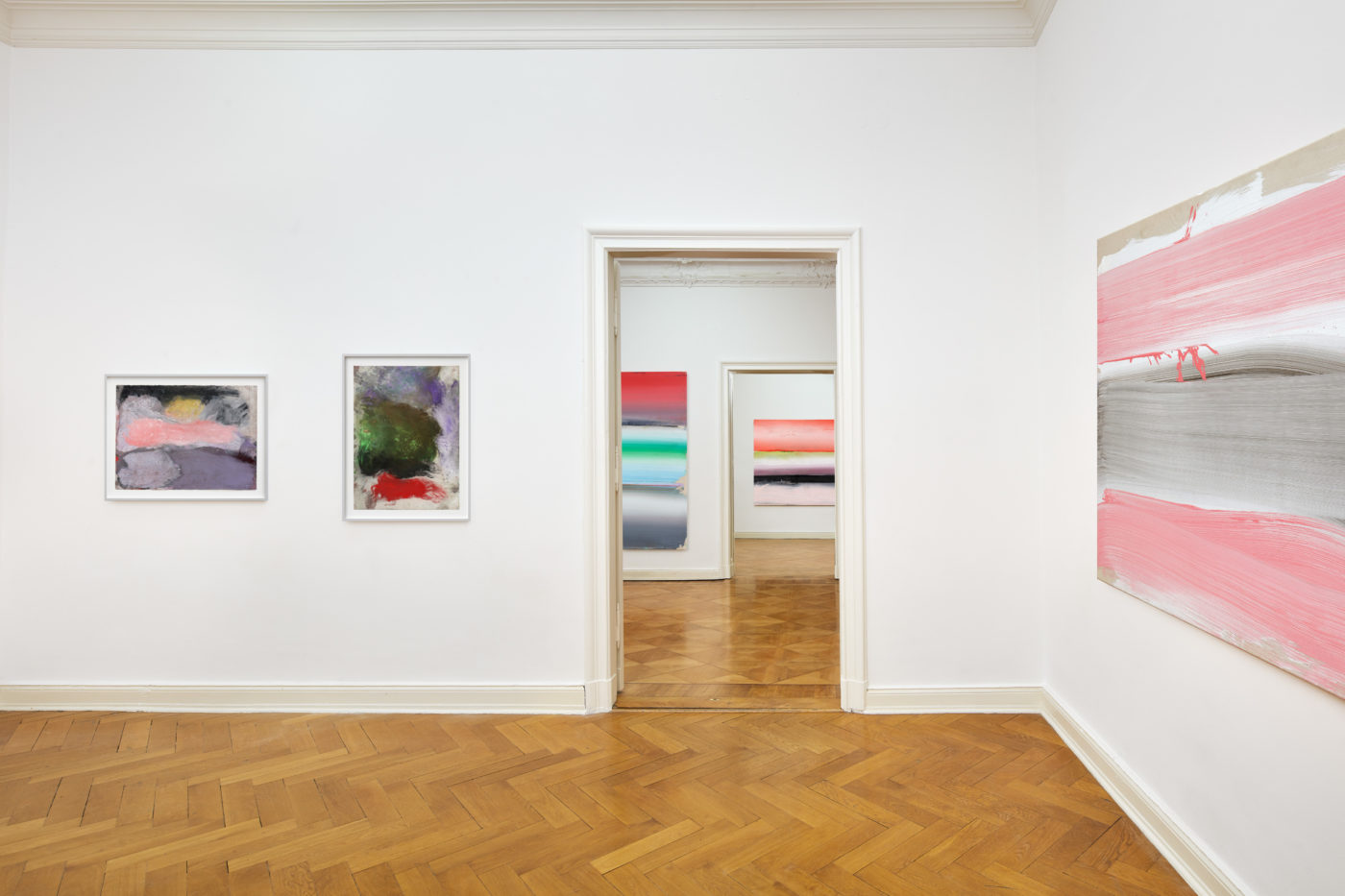

In the Beginning, 2013 Acrylic on canvas 162 x 126 cm 64 x 50 in
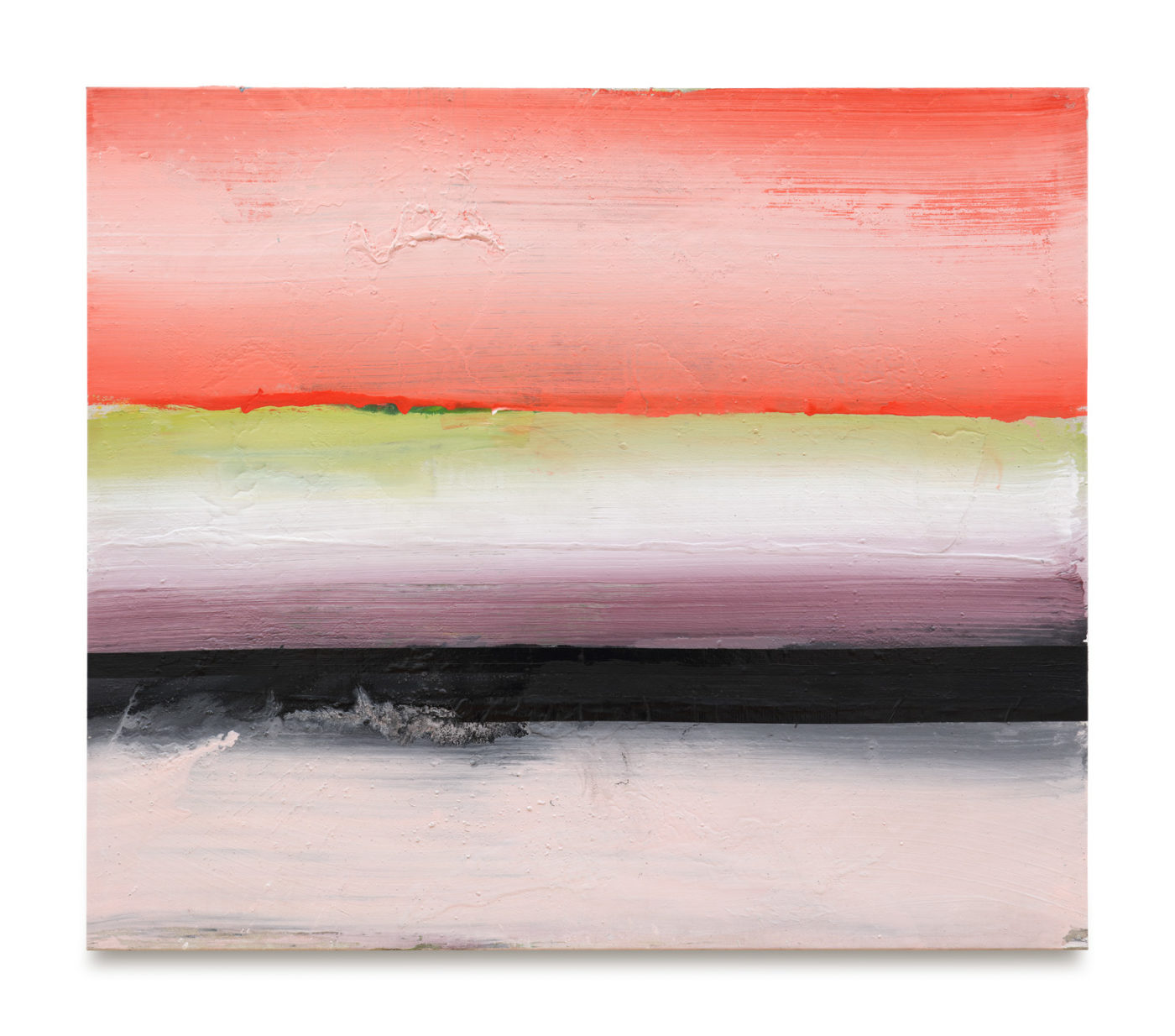
Untitled, 1978-80 Acrylic on canvas 168 x 195 cm 66 x 77 in
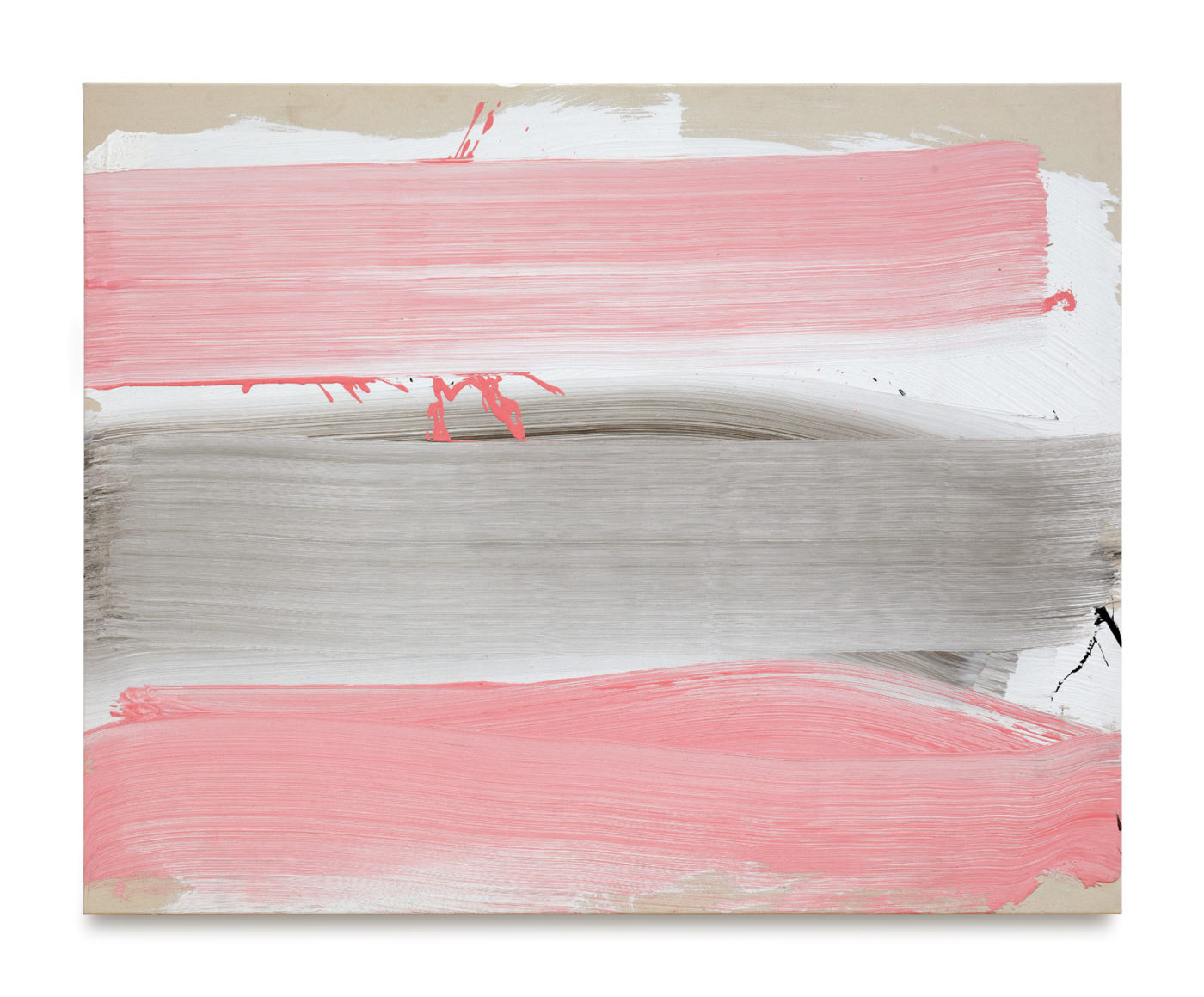
New Orleans Series #1, 2012 Acrylic on canvas 135 x 168 cm 53 x 66 in

Rainbow, 2003
Acrylic on canvas
180 x 144 cm
71 x 57 in
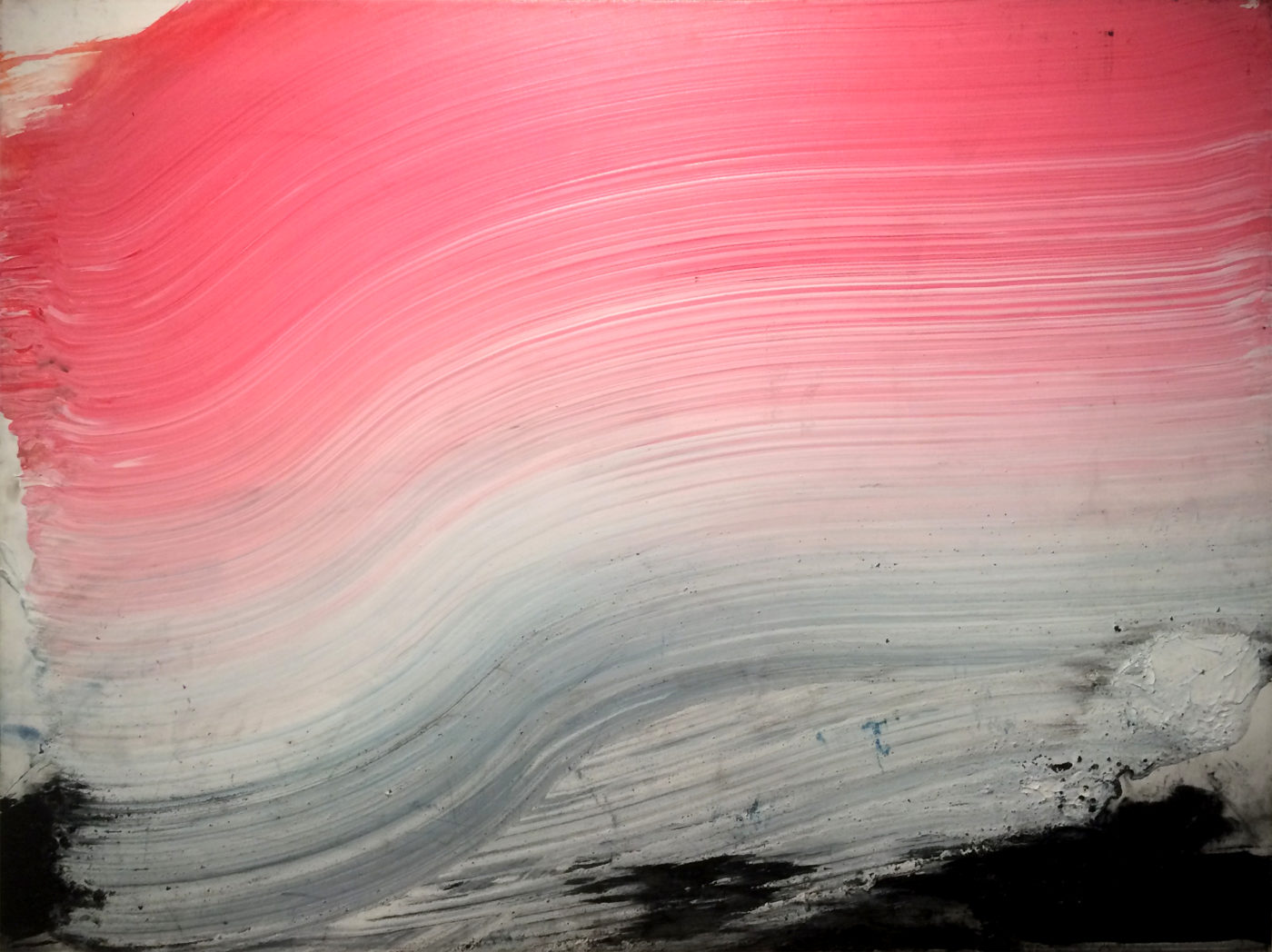
Pink and Black, 2002 Acrylic on canvas 91 x 122 cm 36 x 48 in
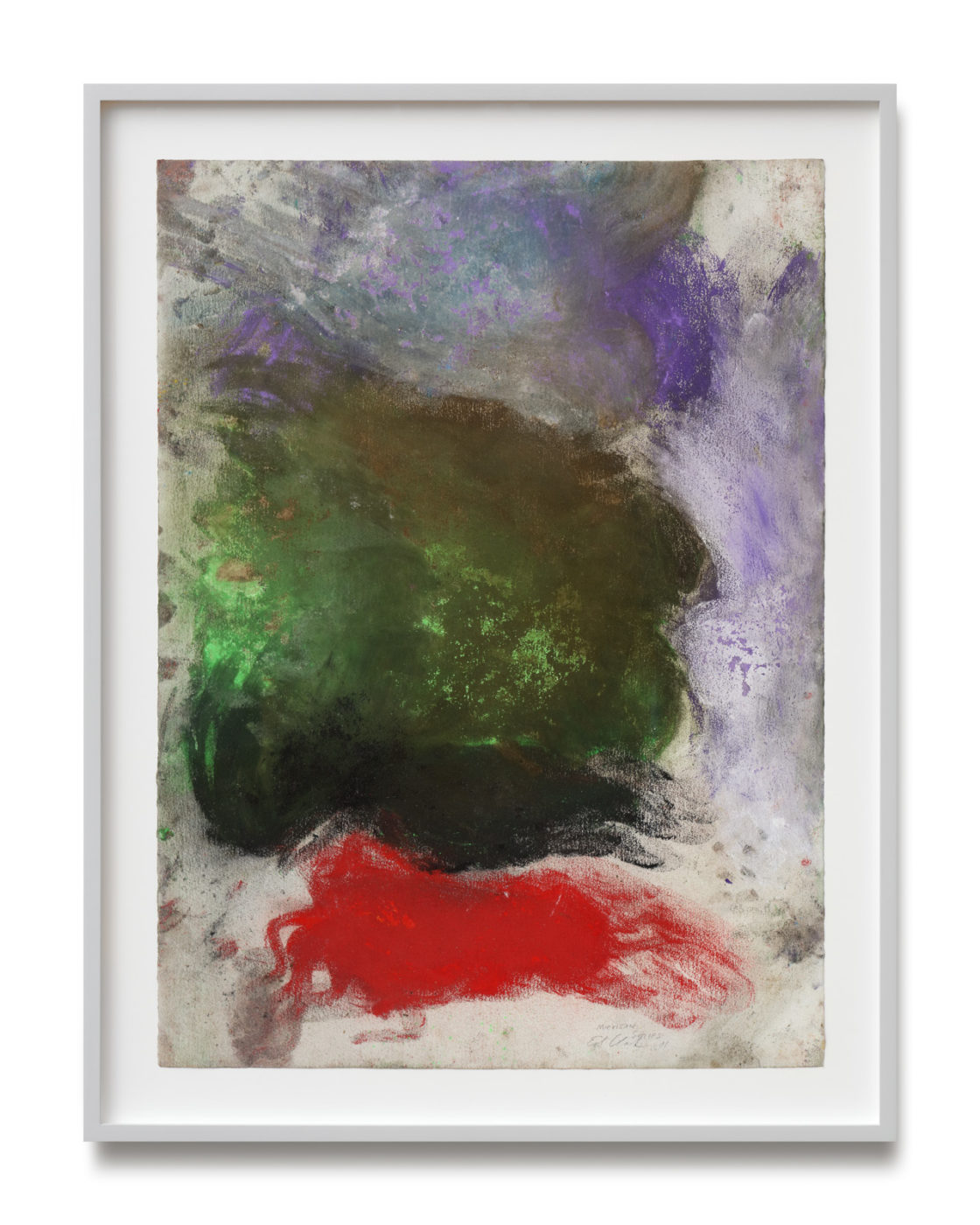
Untitled (Mexican Series), 2001 Acrylic and dry pigment on paper 76 x 56 cm 30 x 22 in
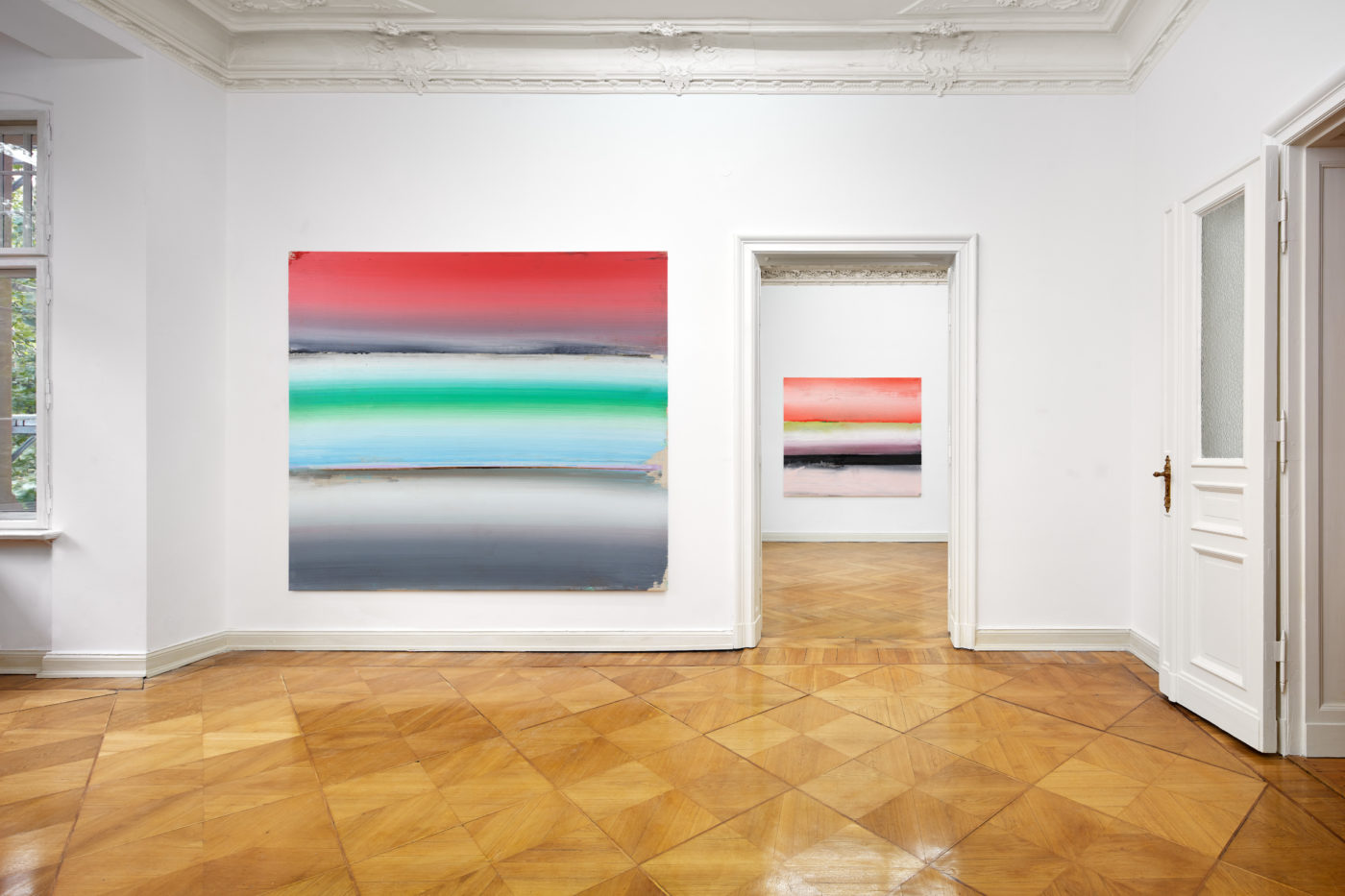

Untitled, 2000 Acrylic and dry pigment on paper 56 x 76 cm 22 x 30 in

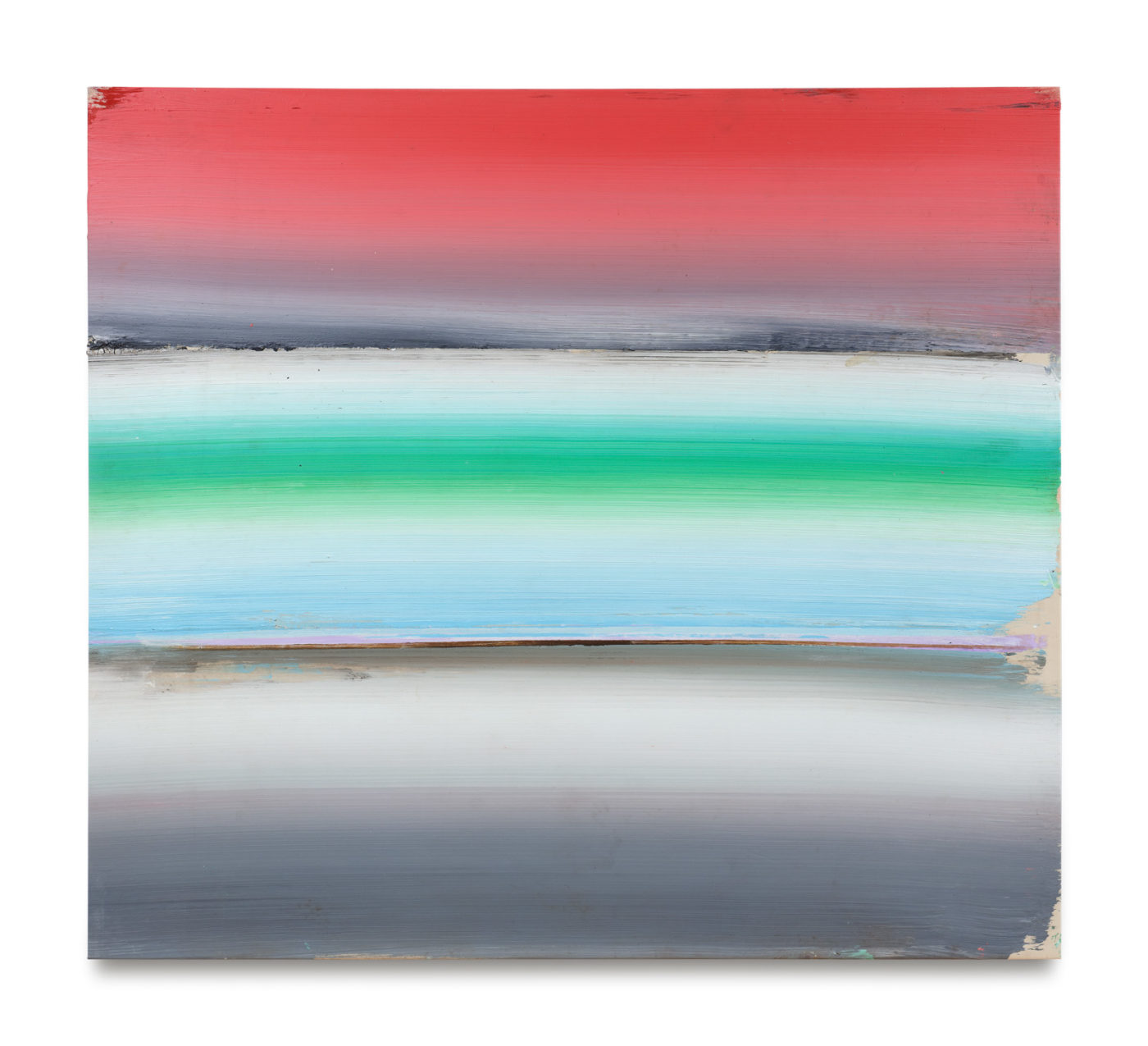
Untitled, 1996-7 Acrylic on canvas 220 x 240cm 86 x 94 in
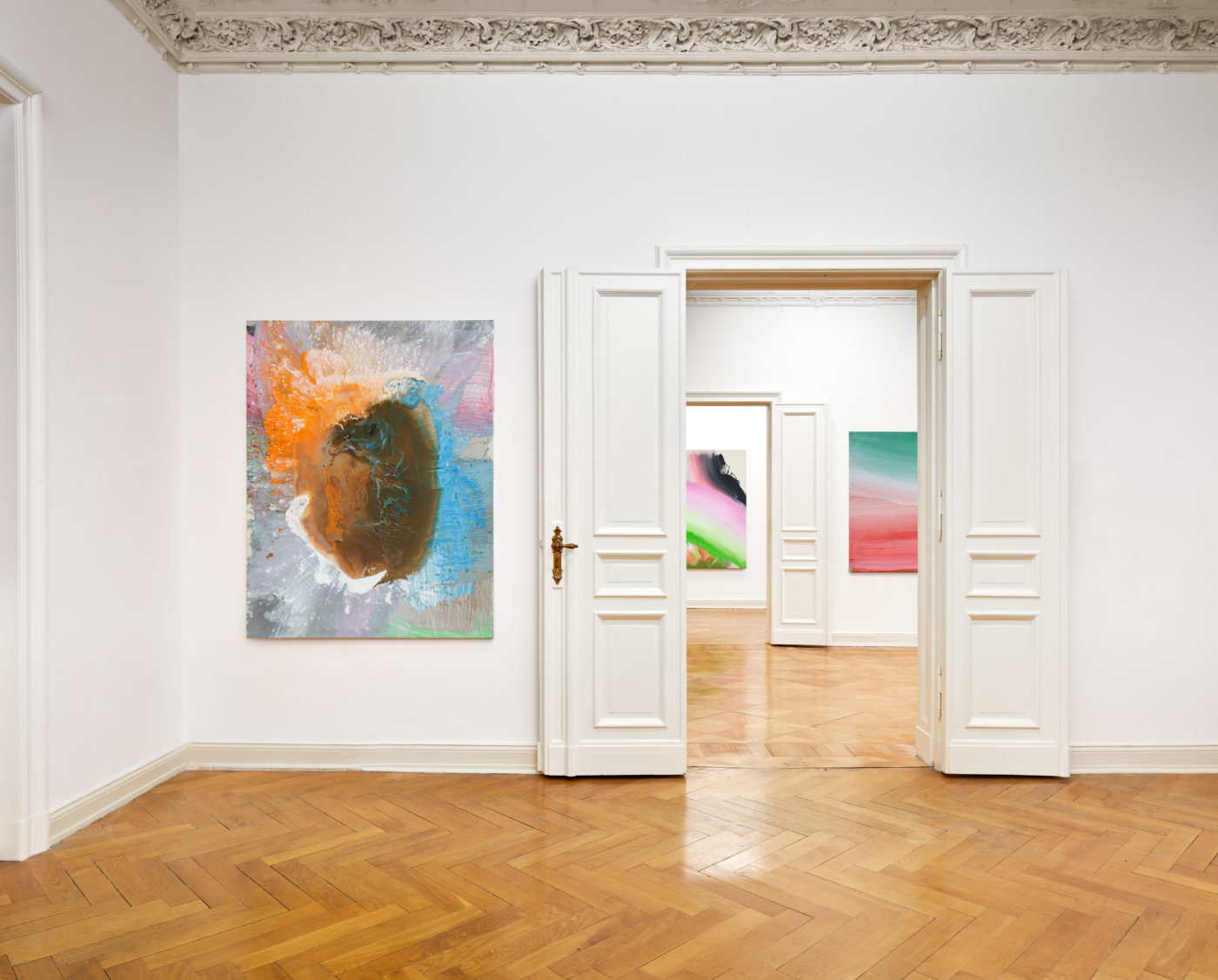

Ed Clark
September 2 to October 14,2017
[Deutscher Text nachstehend]
Ed Clark (*1926), one of the most important artists of the New York School, produced abstract paintings of extraordinary beauty and significance. Clark developed new approaches to painting such as using everyday objects and physical activities such as sweeping with a broom in the production of paintings to produce large, controlled strokes over a canvas on the floor or fabricating shaped paintings, on his works on paper pigments are disbursed and layered among pastose applications of paint. Mixing and layering rich hues in varying consistencies and forms, Clark’s work incorporates color, light, texture, and movement in gestural forms ranging from explosive to subtle at the same time.
Clark’s works are included in the collections of many major institutions and museums, including the Detroit Institute of the Arts, the Art Institute of Chicago, and the Museum of Modern Art in New York.
___________________________________
Ed Clark
Ed Clark (*1926), einer der bedeutendsten Künstler der New Yorker Schule, produzierte abstrakte Gemälde von außergewöhnlicher Schönheit und Bedeutung. Clark entwickelte neue Ansätze für die Malerei wie die Verwendung von alltäglichen Gegenständen und körperlicher Aktivitäten wie das Kehren mit einem Besen in der Herstellung von Gemälden. Auf dem Boden zog er breite Farbspuren über eine Leinwand oder fertigte kreisförmige oder ovale Gemälde, strahlende Pigmente wurden im Wechsel mit pastosen Aufträgen auf Papier gerieben, Durch das Ziehen, Mischen und Schichten von reichen Farbtönen in unterschiedlichen Konsistenzen und Formen, erscheint in Clarks Arbeiten Farbe, Licht, Textur und Bewegung in explosiven und subtilen Formen.
Clarks Arbeiten sind in den Sammlungen vieler großer Institutionen und Museen vertreten, darunter in dem Detroit Institute, dem Art Institute of Chicago und dem Museum of Modern Art in New York.


Untitled, 1996-7 Acrylic on canvas 220 x 240cm 86 x 94 in

Untitled, 2006 Acrylic on canvas 140 x 182 cm 55 x 72 in

Pink and Black, 2002 Acrylic on canvas 91 x 122 cm 36 x 48 in


Untitled, 1978-80 Acrylic on canvas 168 x 195 cm 66 x 77 in

In the Beginning, 2013 Acrylic on canvas 162 x 126 cm 64 x 50 in


Rainbow, 2003
Acrylic on canvas
180 x 144 cm
71 x 57 in

New Orleans Series #1, 2012 Acrylic on canvas 135 x 168 cm 53 x 66 in

Untitled (Mexican Series), 2001 Acrylic and dry pigment on paper 76 x 56 cm 30 x 22 in

Untitled, 2000 Acrylic and dry pigment on paper 56 x 76 cm 22 x 30 in
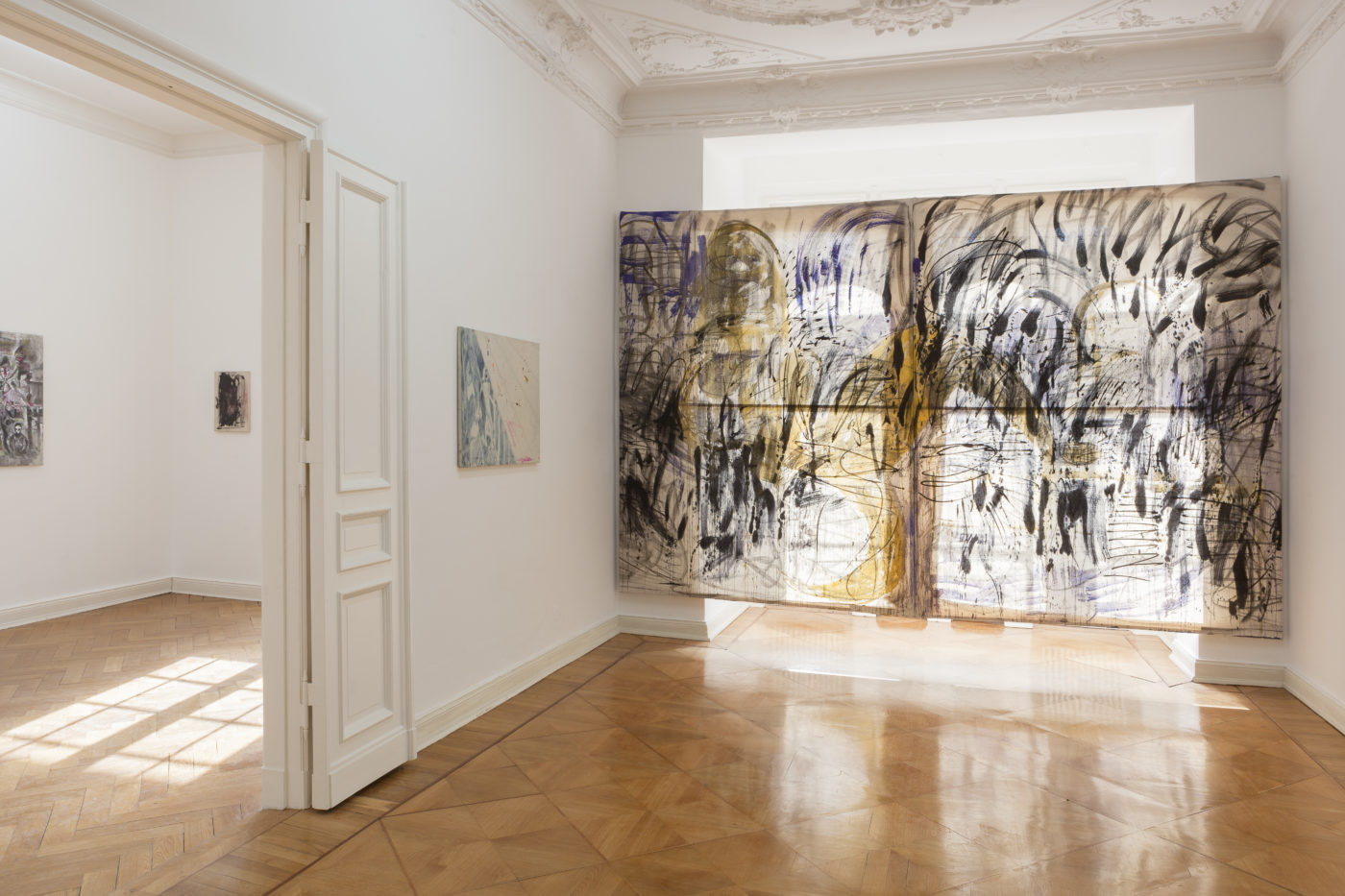
Ali Altin
April 27 to June 24,2017
[Deutscher Text nachstehend]
“Ali Altin’s world of figures emerges from the undergrowth of images and times, familiarly near and infinitely distant – at times akin to comic-like sketches, then again as is transferred from a Pompeian villa. One believes to have encountered all these faces, grimaces, and goblins before: in the media or in a dream. Arising from a network of collective intelligence, like that of our bacterial cultures, in paintings, Ali Altin is the medium for this multifarious tangle of mnemosyne (Aby Warburg). Not to form new scenarios, but to create pictures.” (Veit Loers)
The grotesque and the beautiful spring from the formal possibilities of painting by Ali Altin’s careful use of various graphic and painterly techniques. His figurative paintings evoke narrative content in mystic figures, objects, and spaces.
Ali Altin (* 1976 in Goch, Germany) lives and works in Düsseldorf. He studied at Arnhem EZ and the Kunstakademie Düsseldorf (class Tal R). His work was exhibited at the Kunsthaus Innsbruck, at Parkhaus Malkasten Düsseldorf, and at Haus Mödrath.
–––––––––––––––––––––––––––––––––––
Ali Altin [English version above]
“Ali Altins Figurenwelt taucht aus dem Gestrüpp von Bildern und Zeiten auf. Vertraut nahe und unendlich fern. Mal wie aus dem Comic skizziert, dann wieder wie aus einer pompejanischen Villa übertragen. Man glaubt, allen diesen Gesichtern, Fratzen, Kobolden und Scouts schon einmal begegnet zu sein: Im Leben, den Medien oder vielleicht im Traum. Ein Gewirr kollektiver Spiegelungen aus dem Bereich des freudschen und jungschen Unbewußten, einem Netzwerk kollektiver Intelligenz entsprungen wie dem unserer Bakterienkulturen. Sie sind alle gemalt, aber es ist die Malerei, die sie trägt und hervorruft. Wie ein Medium holt Ali Altin dieses vielfältige Gewirr der Mnemosyne (Aby Warburg) ans Tageslicht, nicht um daraus neue Szenarien zu formen, sondern Bilder zu schaffen.” (Veit Loers)
Das Groteske und das Schöne entspringt den formalen Möglichkeiten des Malens durch Ali Altins behutsame Verwendung vielfältiger grafischer und malerischer Techniken. Seine figurativen Gemälde bringen in mystischen Figuren, Objekten und Räumen erzählerische Inhalte hervor.
Ali Altin (*1976 in Goch) lebt und arbeitet in Düsseldorf. Er studierte an der Kunstakademie Düsseldorf bei Tal R. Seine Arbeiten wurden ausgestellt im Kunsthaus Innsbruck, im Parkhaus Malkasten Düsseldorf, und im Haus Mödrath.

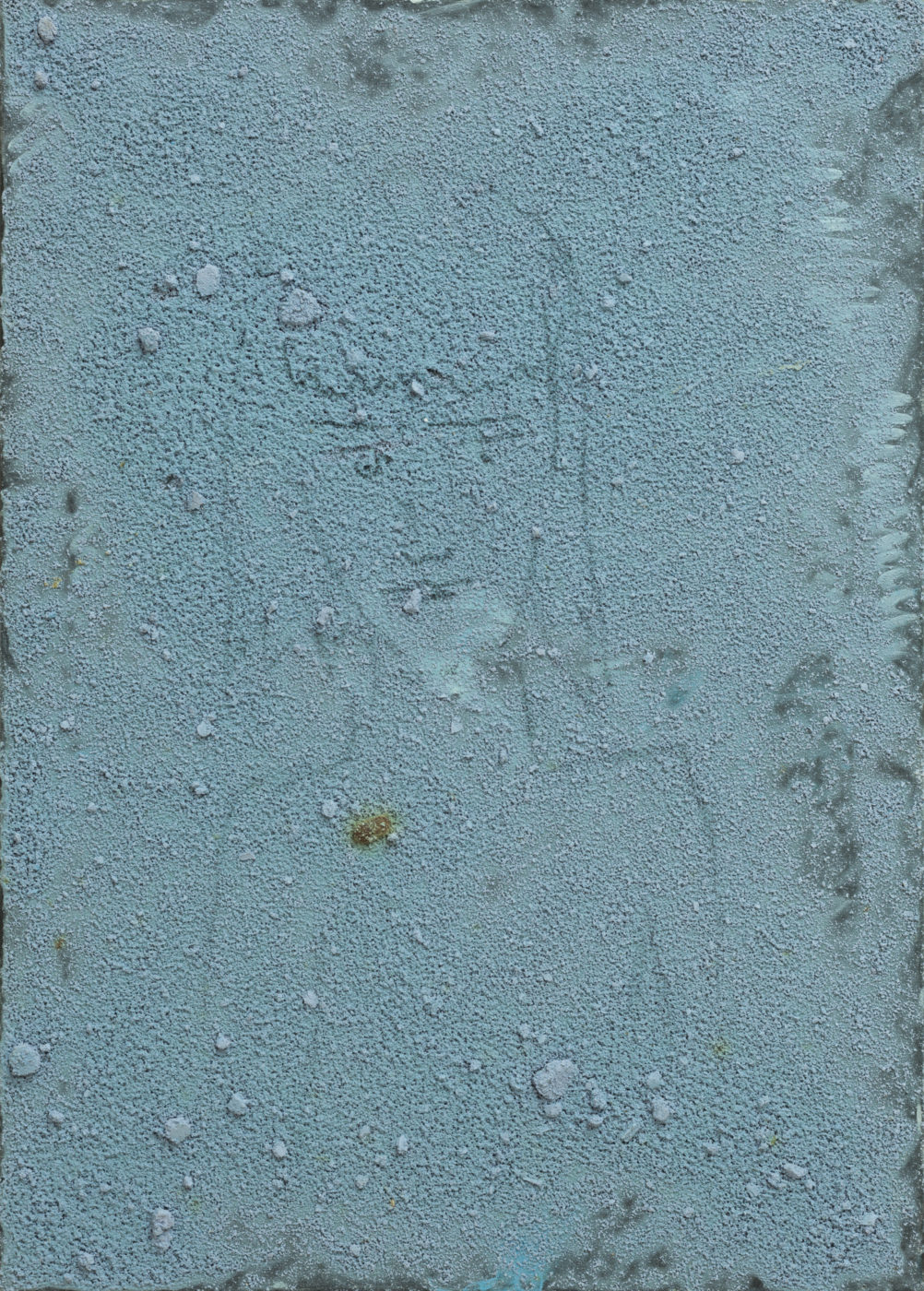
Philosophie, 2017 Acrylic, spray paint, and marker on nettle 70 x 50 cm
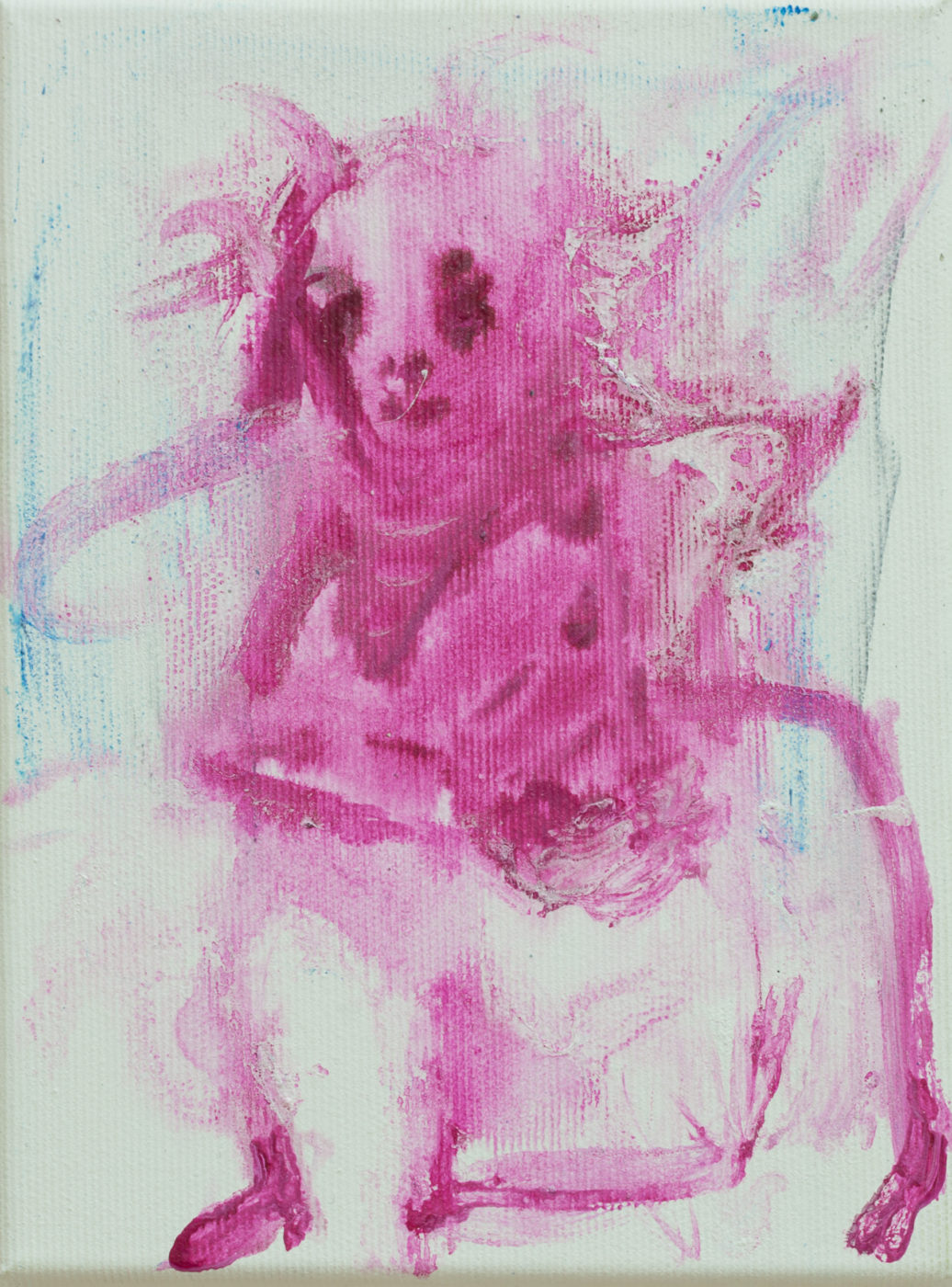
Kleiner rosa Freund (Little Pink Friend), 2017 Acrylic and crayon on nettle 20 x 15 cm
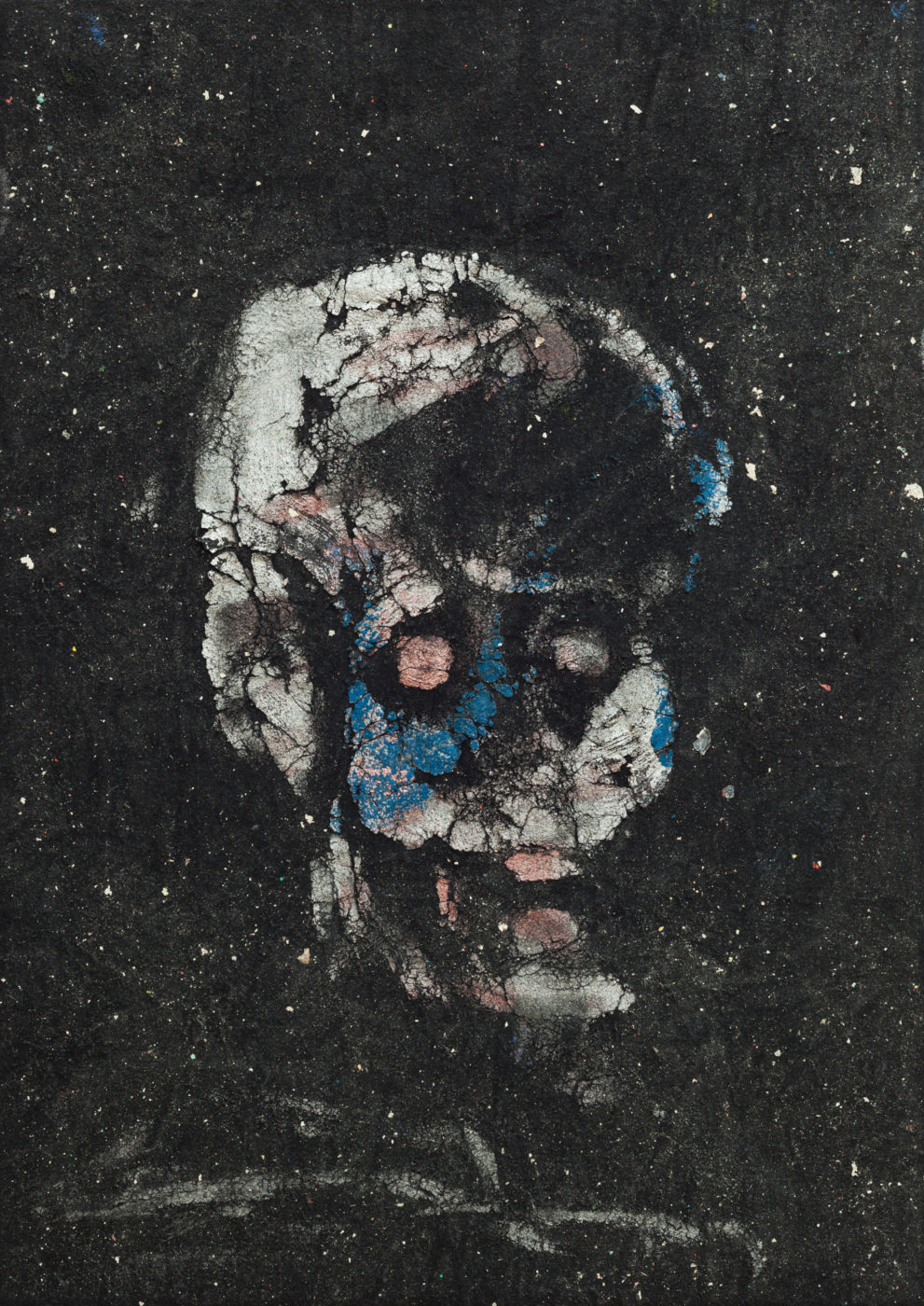
Rosi, 2016 Acrylic and spray paint on washed molleton 70 x 50 cm
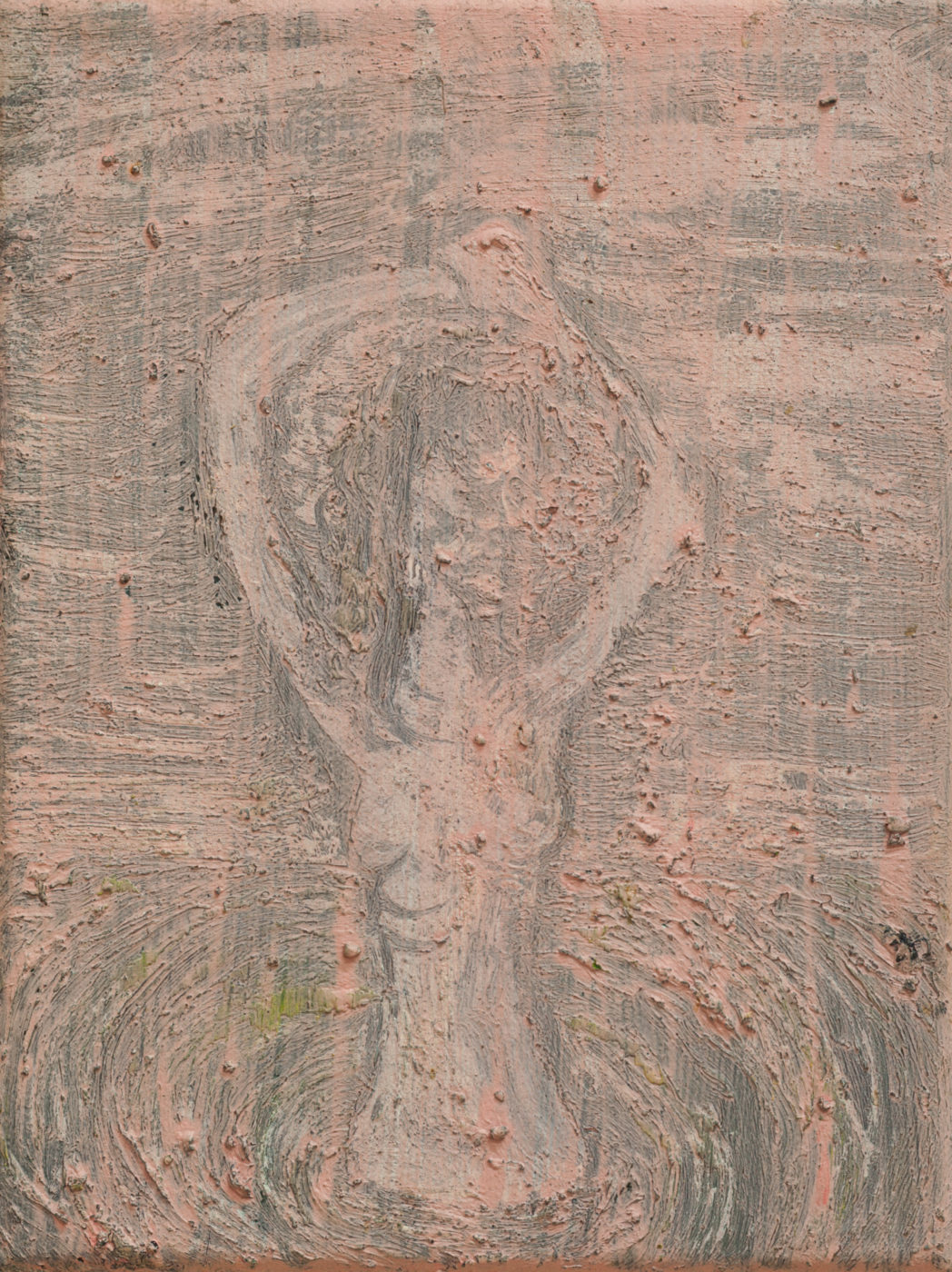
Badende Europa (Bathing Europe), 2016 Acrylic on canvas 24 x 18 cm
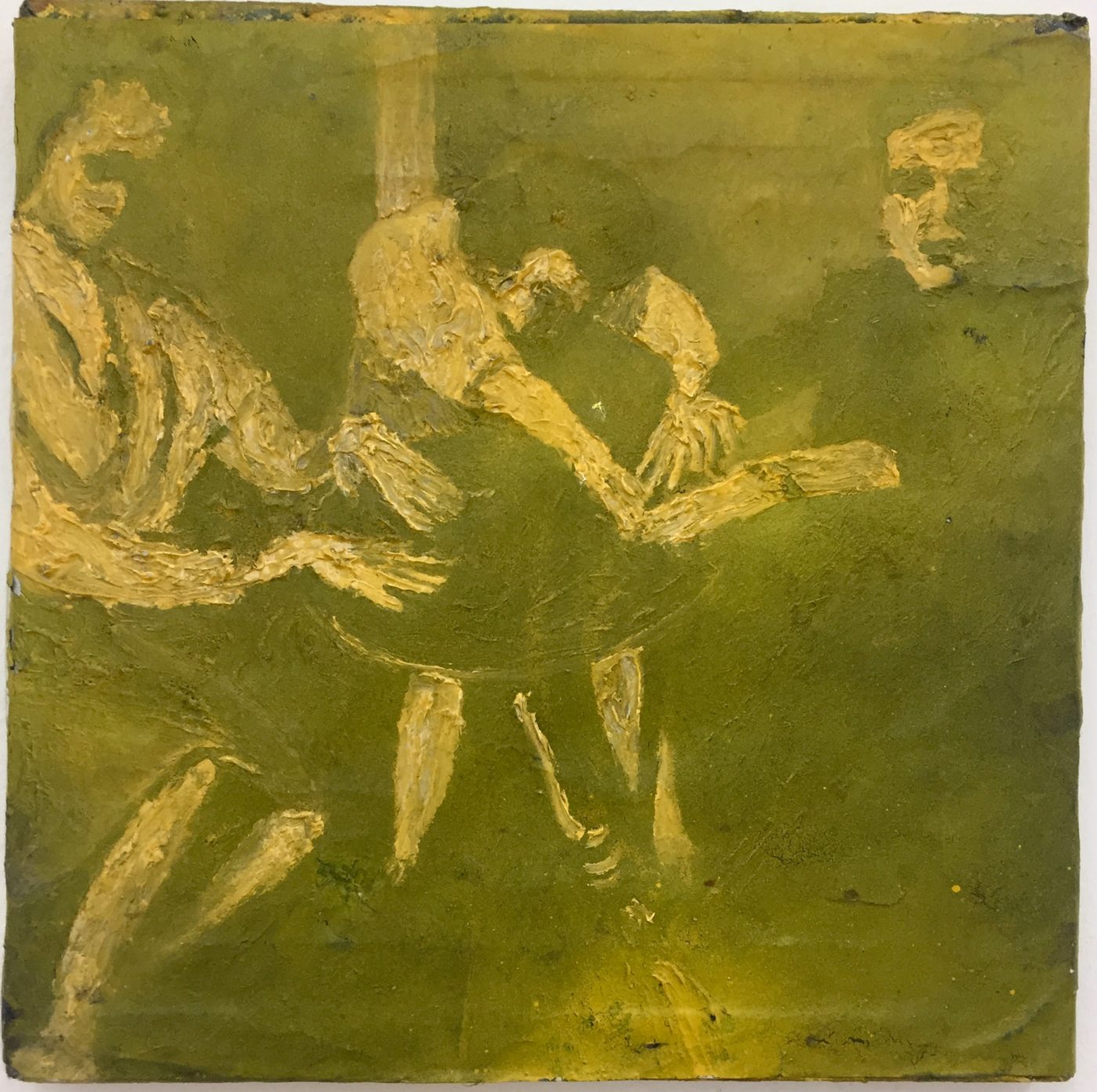
Beschwörung (Summoning), 2011 Acrylic and oil on canvas and paper 30 x 30 cm 12 x 12 in
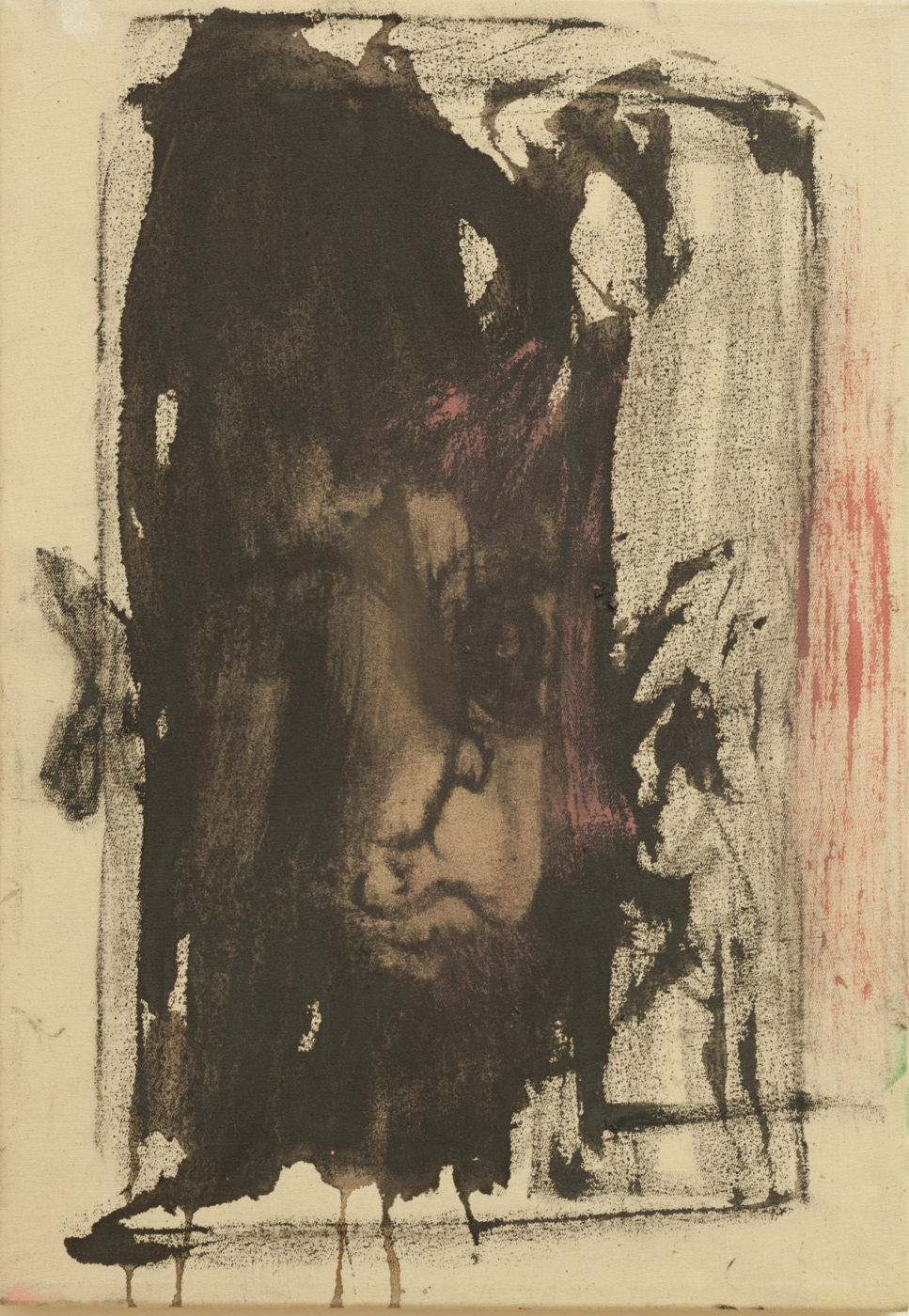
Peter Pansky, 2016 Acrylic and ink on canvas 50 x 35 cm
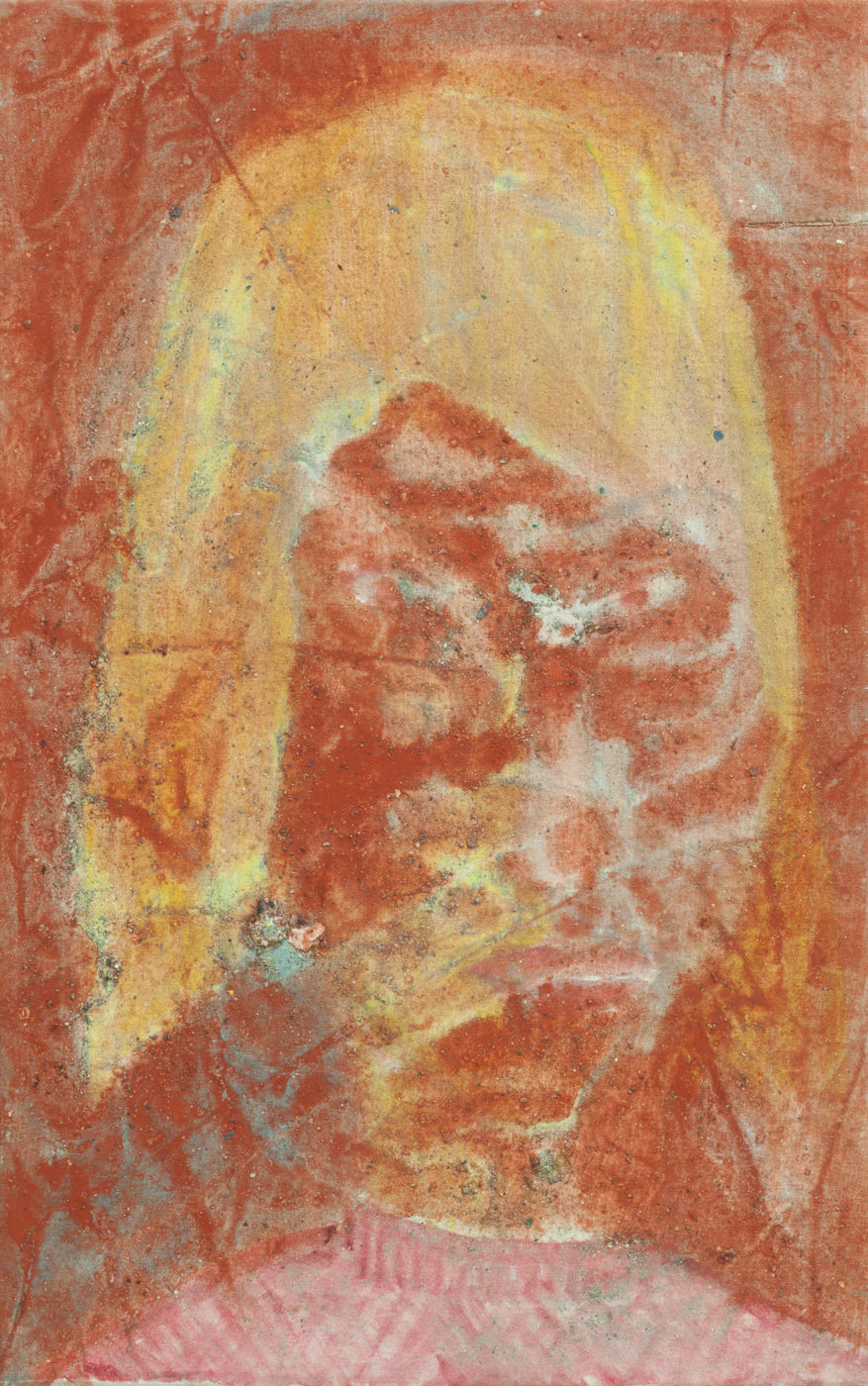
Moskauerin (Moscovite), 2016 Oil and pigment on washed nettle 65 x 41 cm
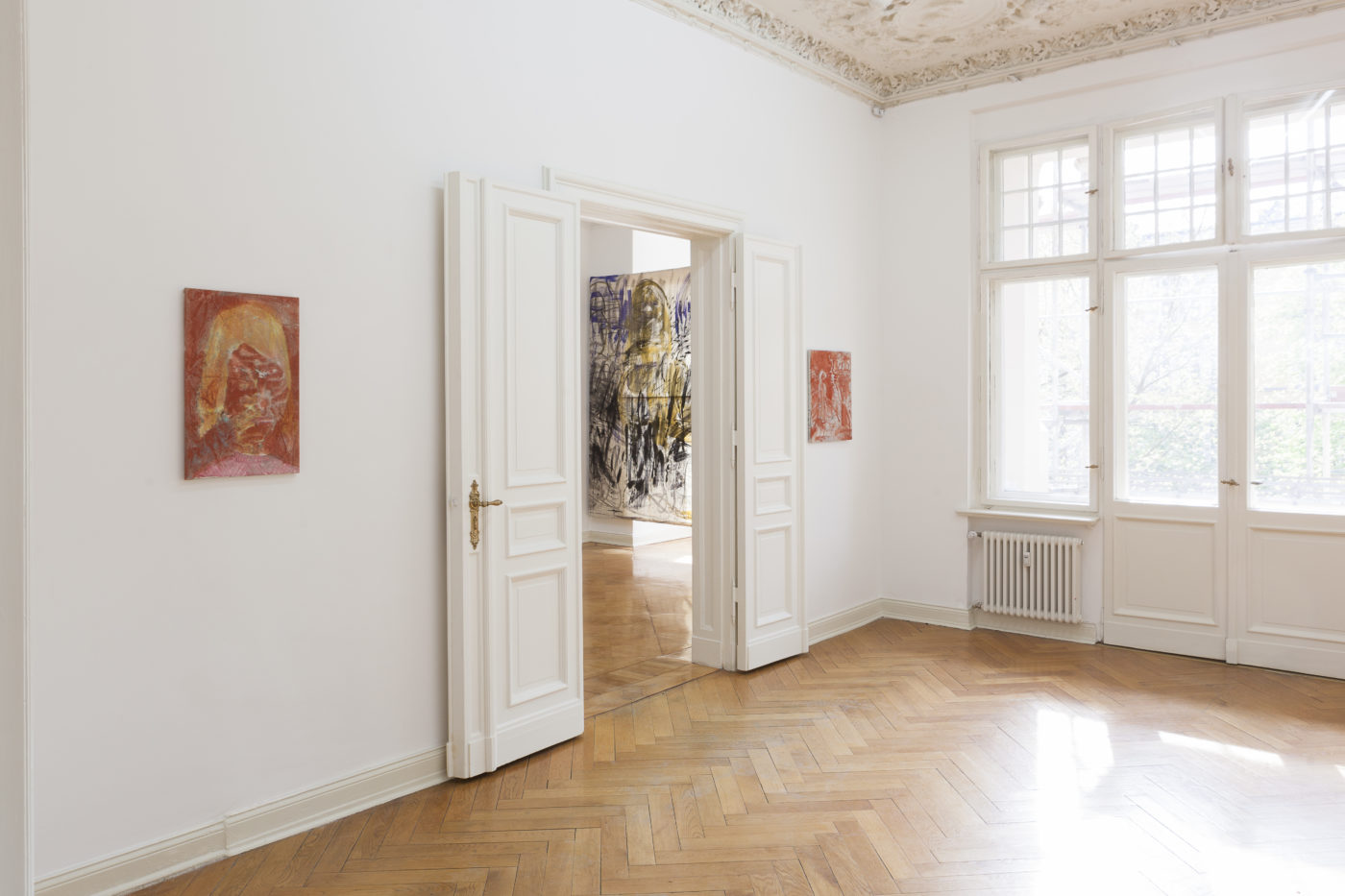
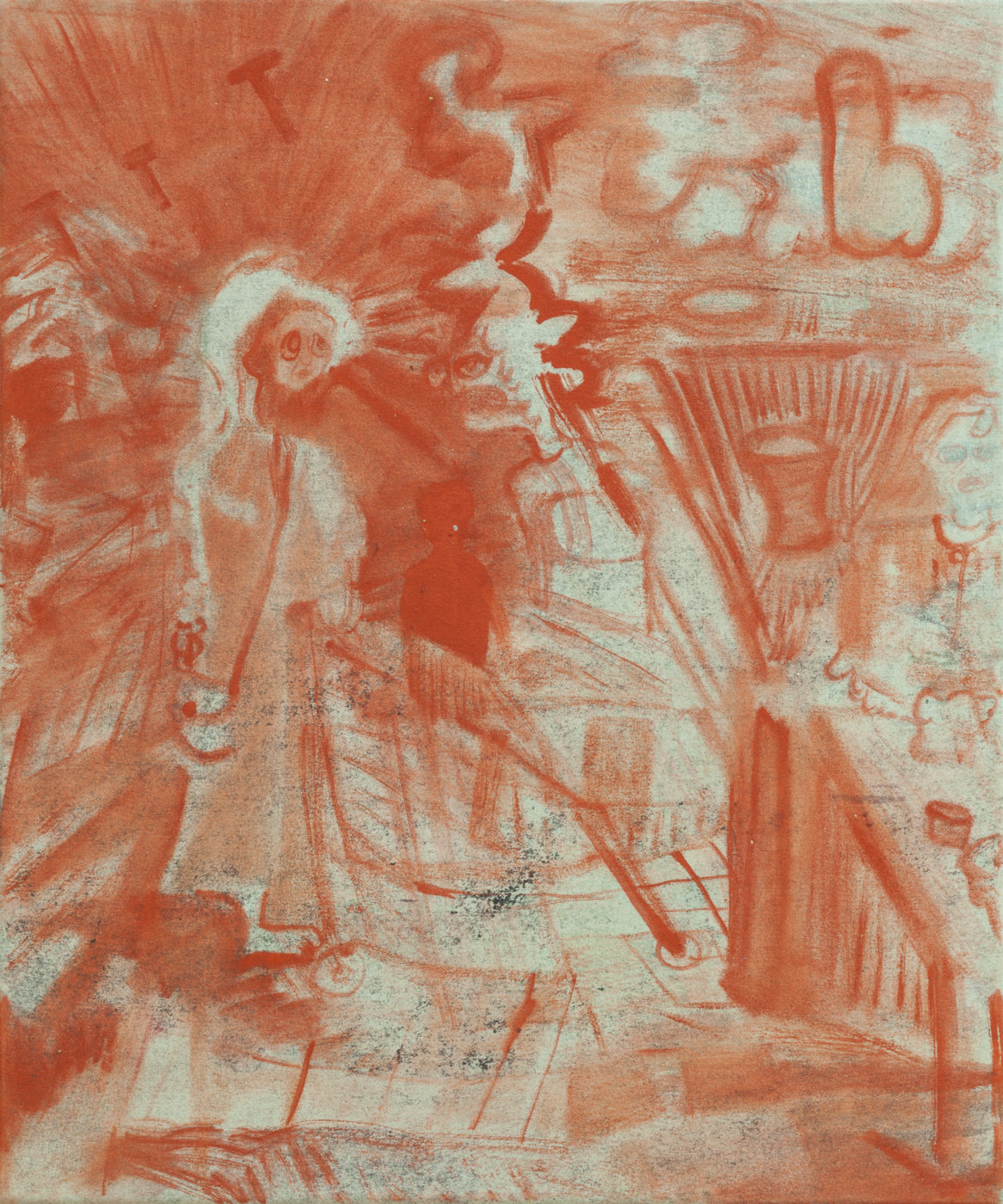
FATTTIMA, 2016 Oil on washed canvas 60 x 50 cm
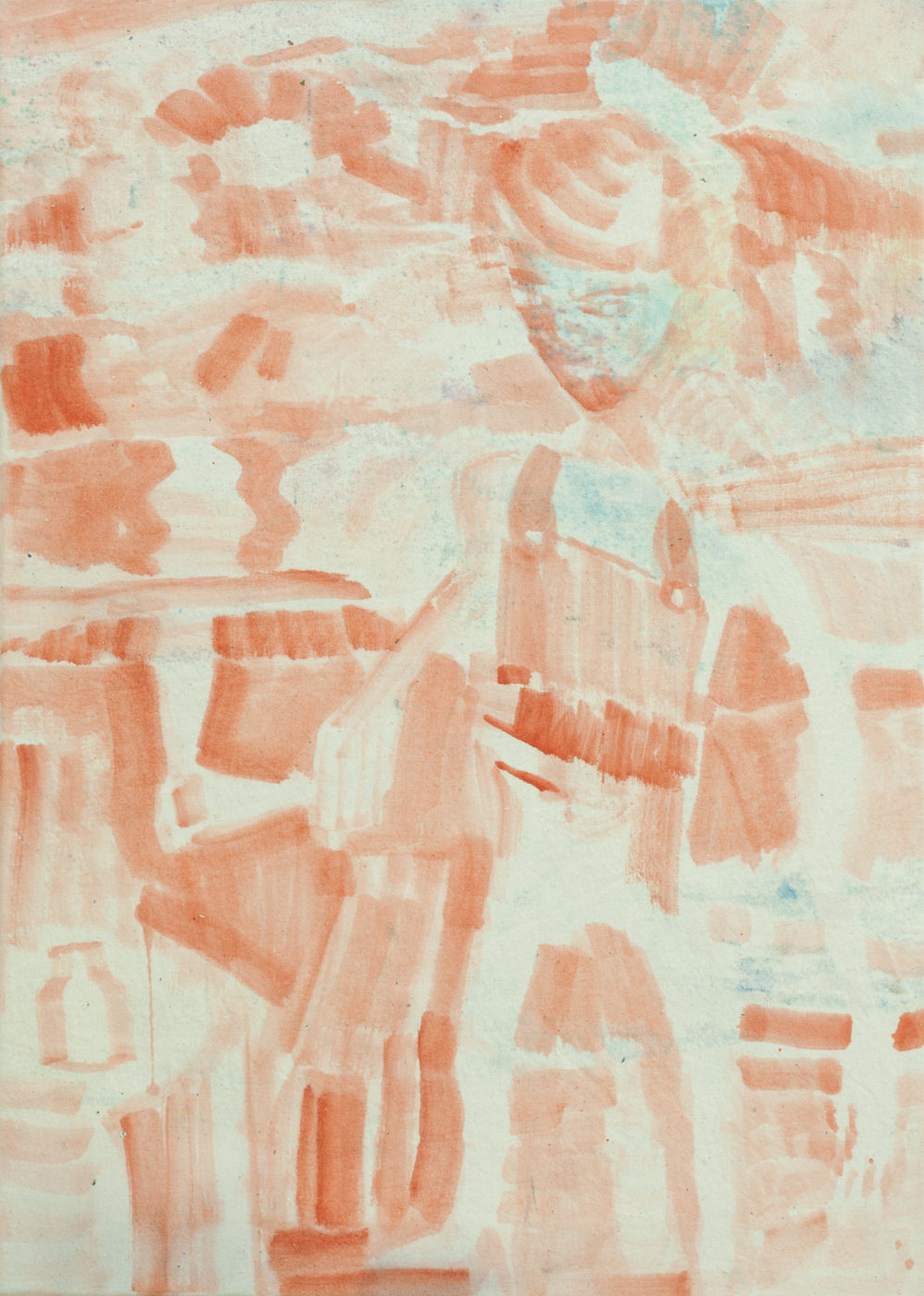
Tüte am Morgen (Blunt in the Morning), 2016 Oil on washed canvas 70 x 50 cm

DPT im Kühlschrank (DPT in the Fridge), 2017 Oil on nettle 40 x 50 cm
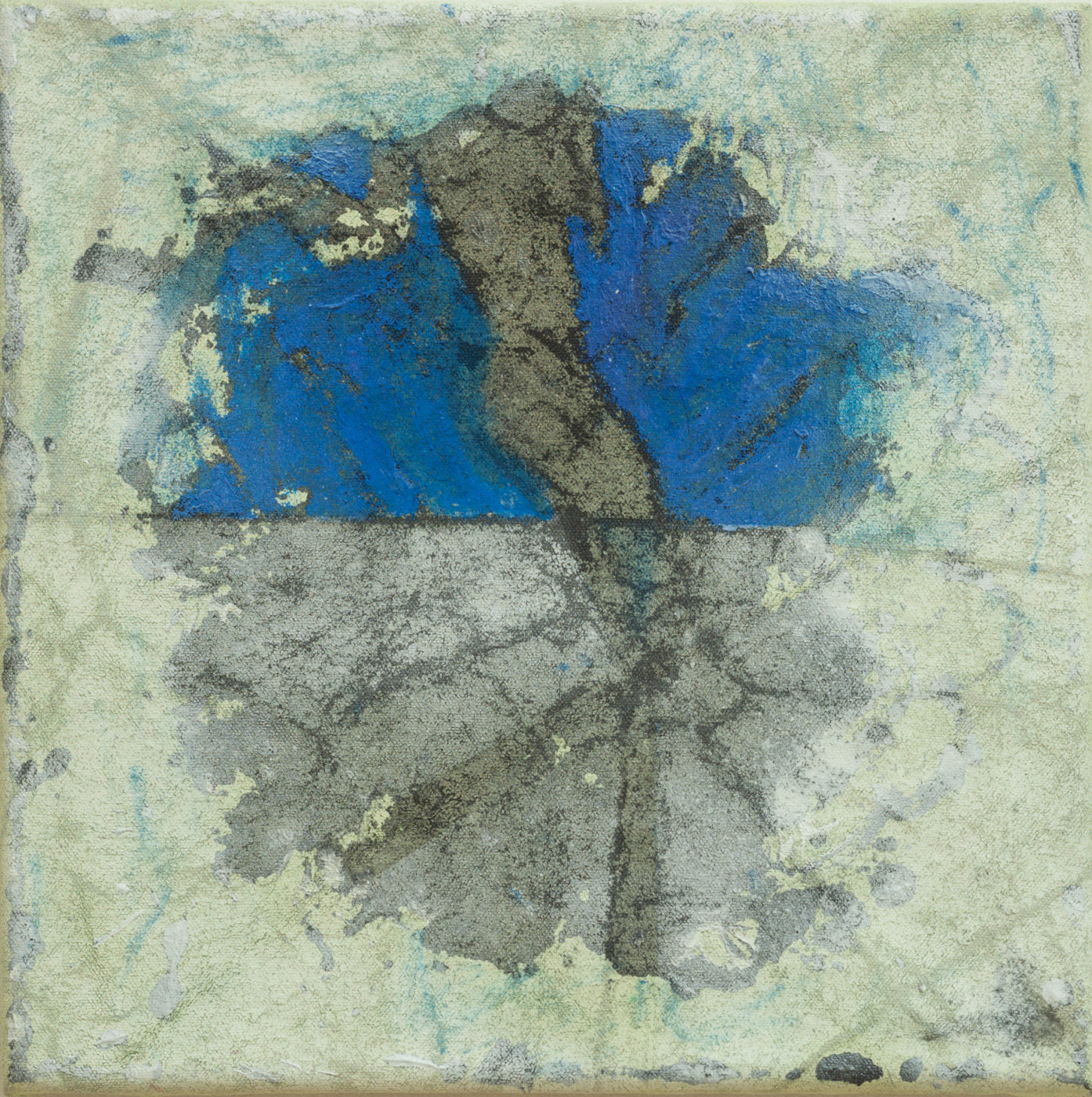
Platte (Panel), 2017 Acrylic and spray paint on washed nettle 30 x 30 cm
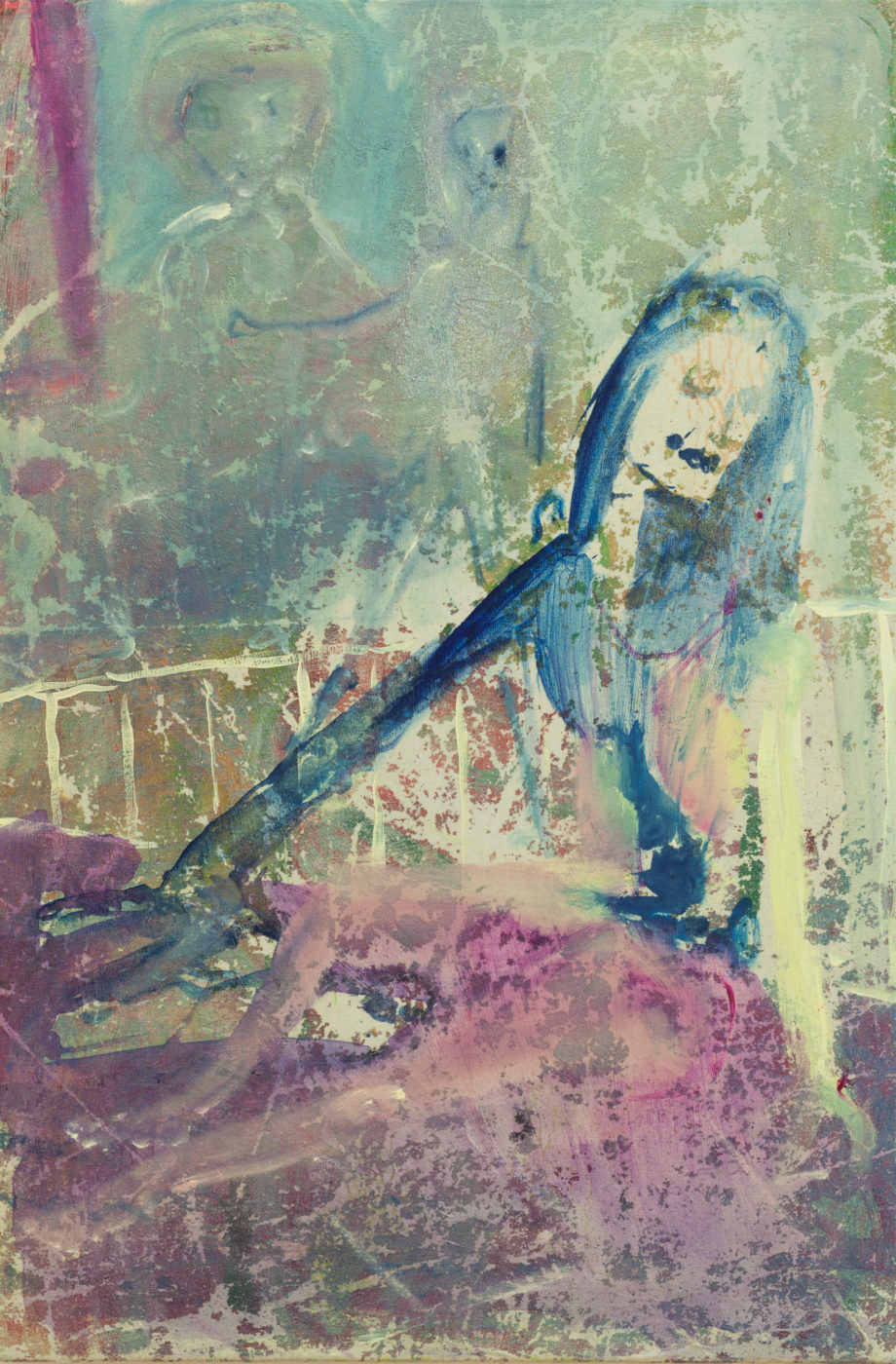
Natascha, 2017 Oil and acrylic on washed nettle 90 x 60 cm
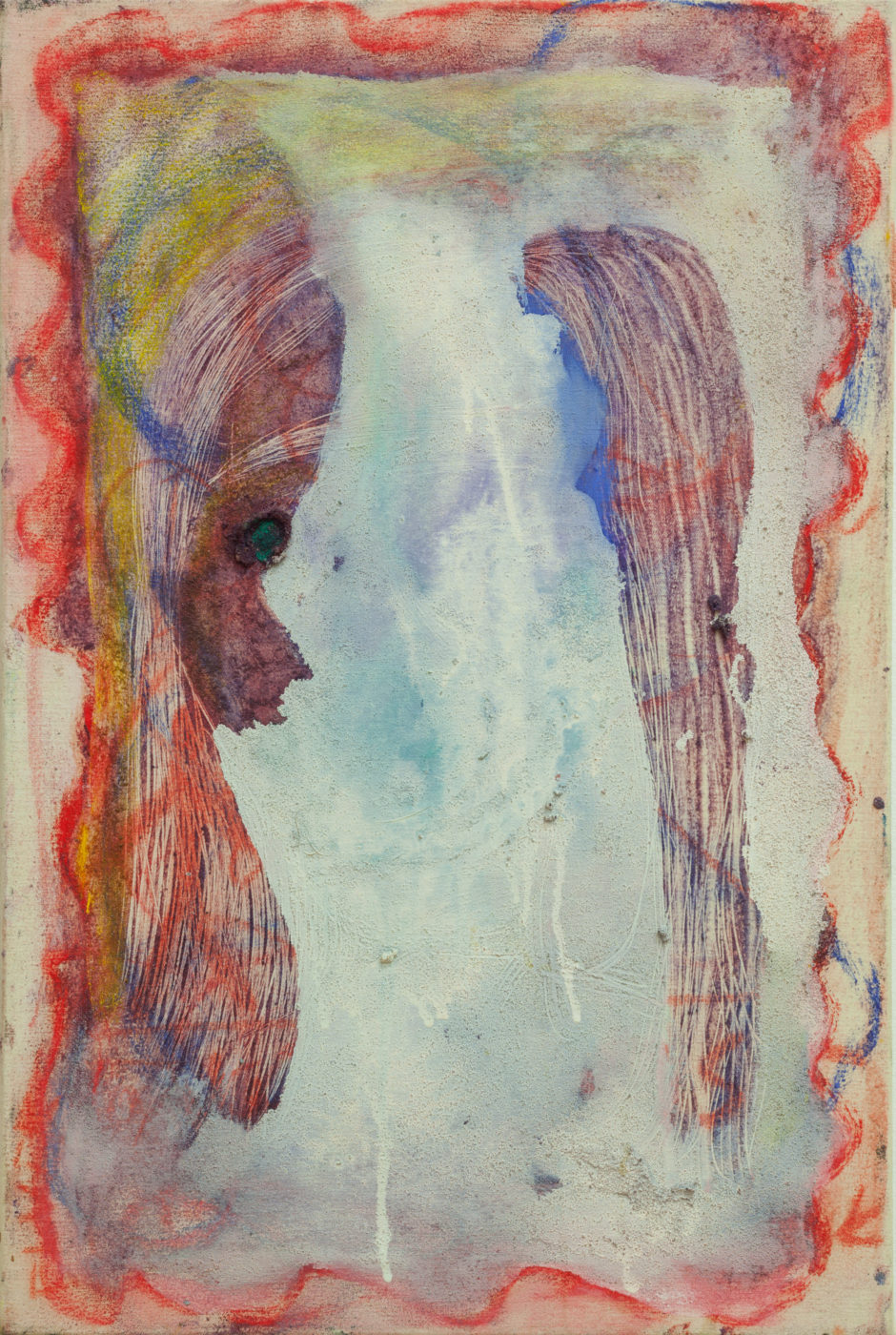
Spieglein (Mirror), 2016 Acrylic, crayon, and varnish on nettle 60 x 40 cm
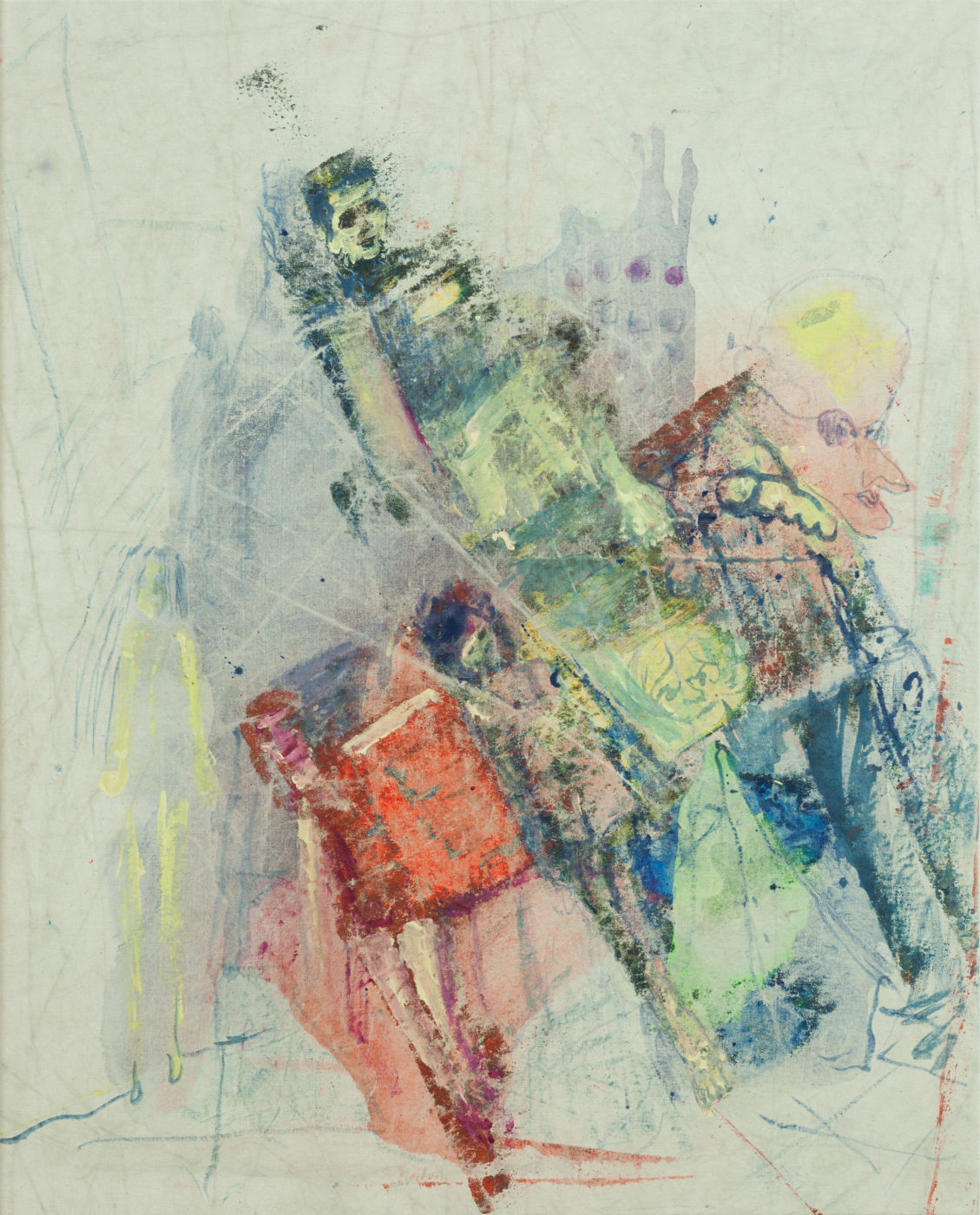
Berliner (Berliners), 2017 Oil on washed nettle 85 x 68 cm
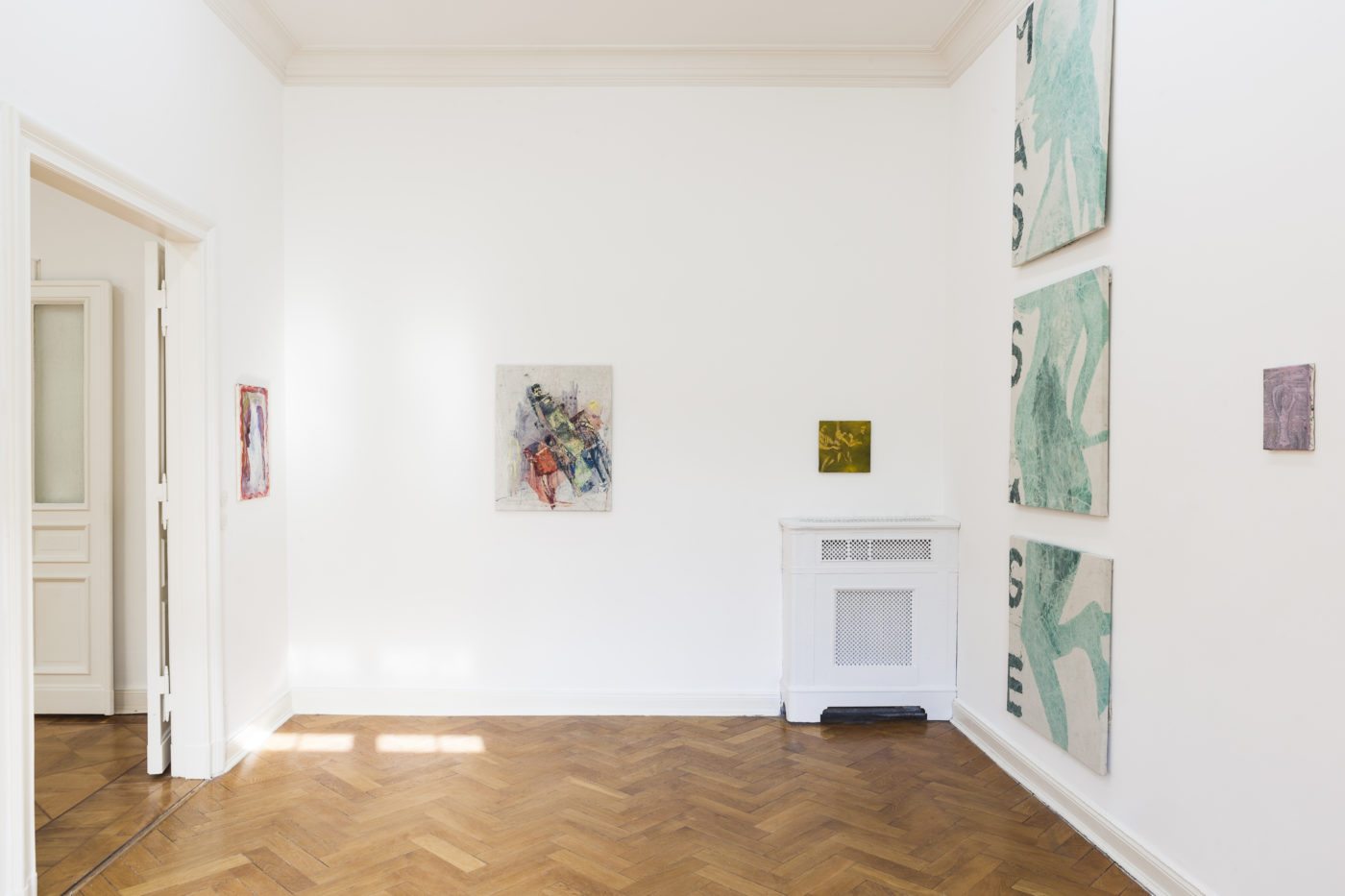
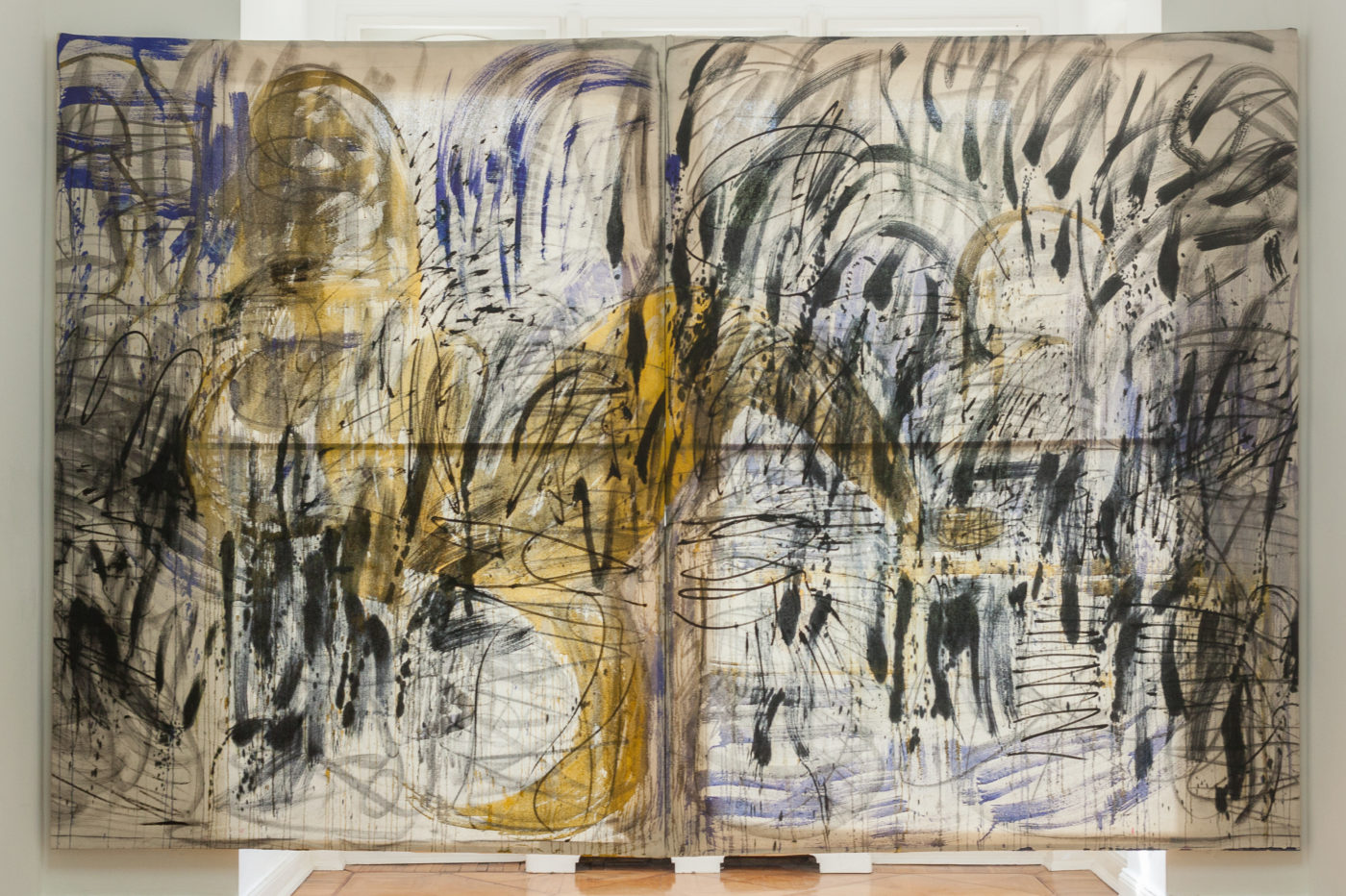
Gelber Mann (Yellow Man), 2016 Oil, acrylic, and coal on nettle 275 x 417 cm

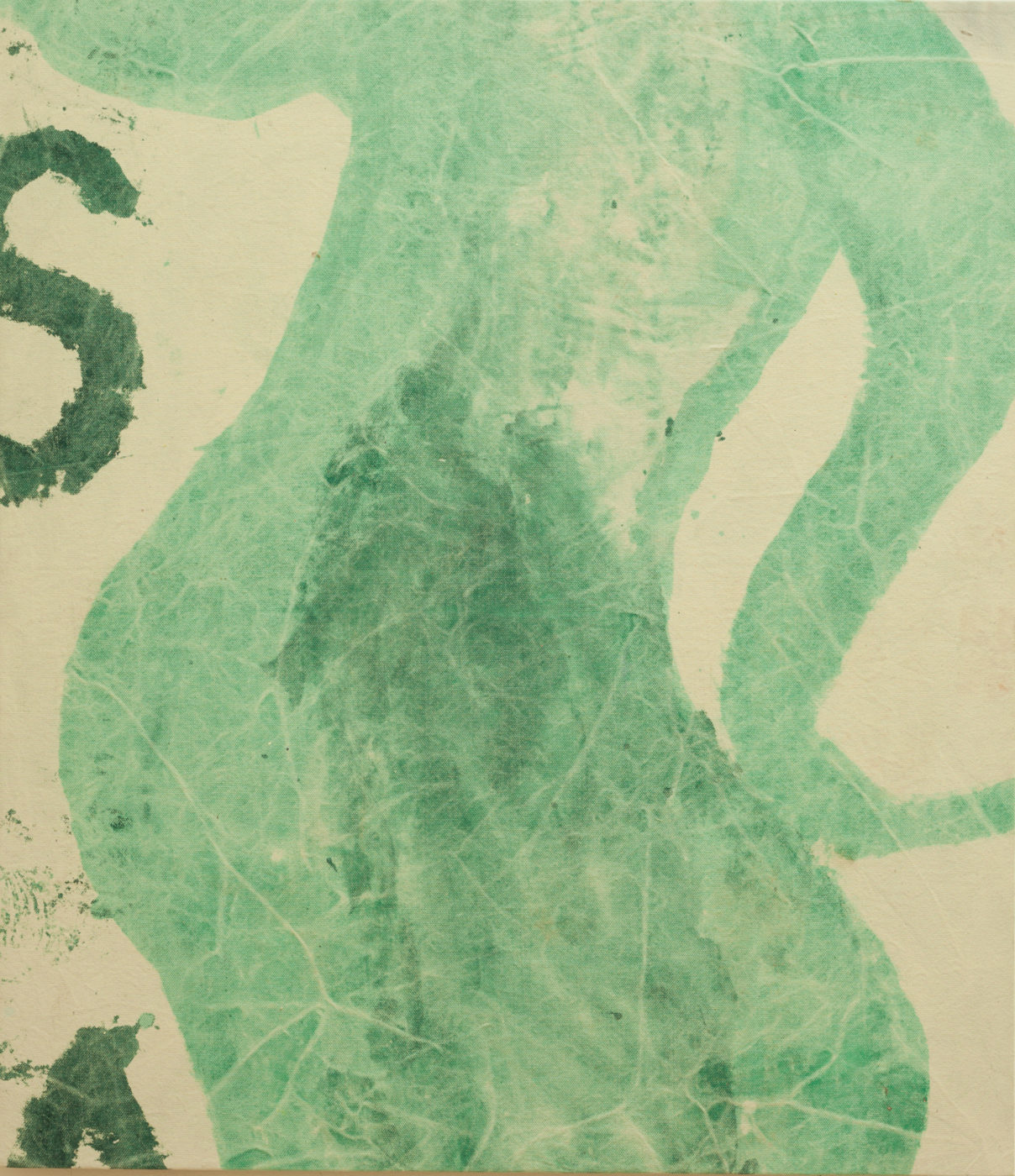
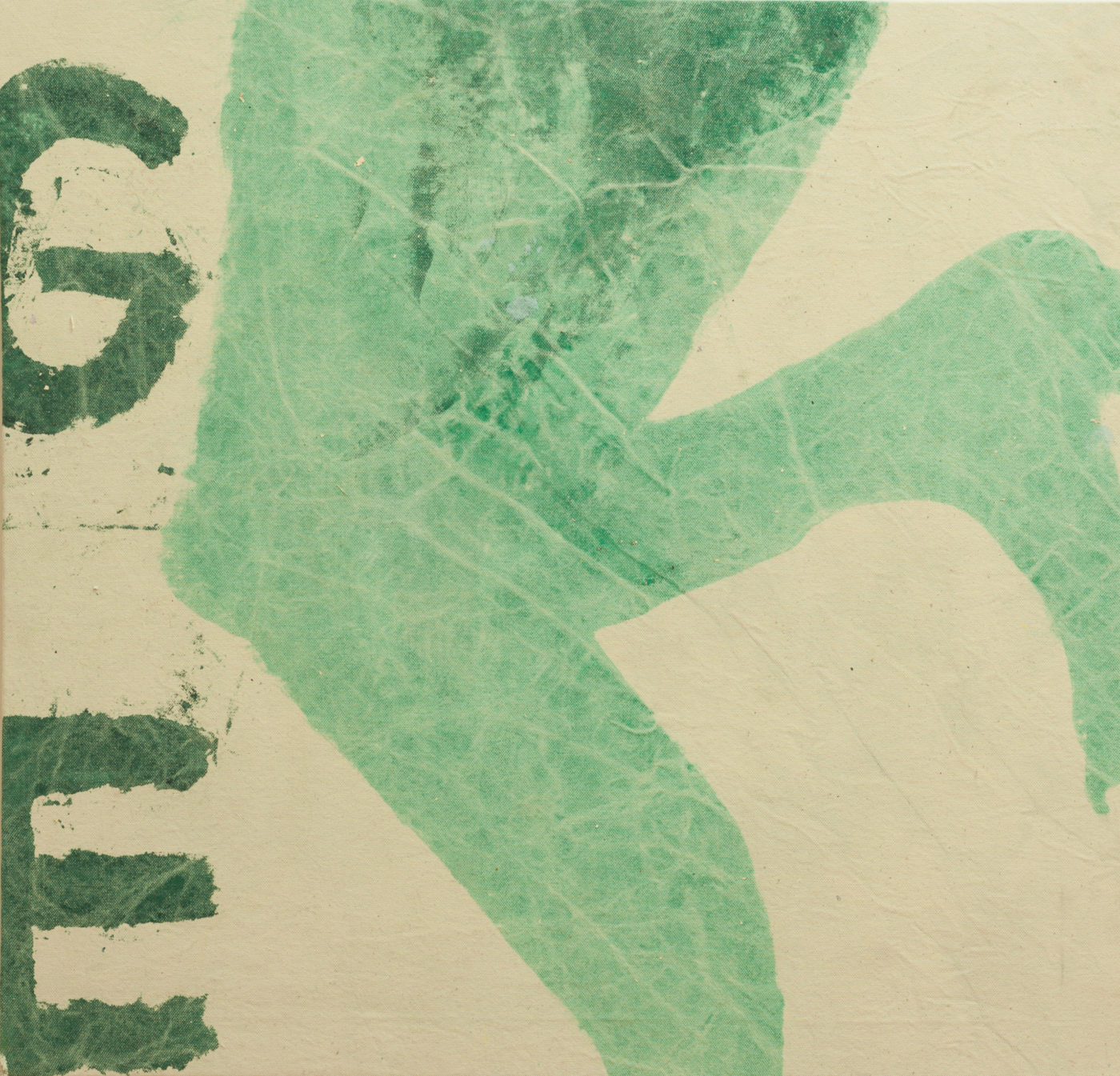
Massage, 2016 Acrylic on washed nettle I 120 x 85 cm II 98 x 85 cm III 98 x 85 cm
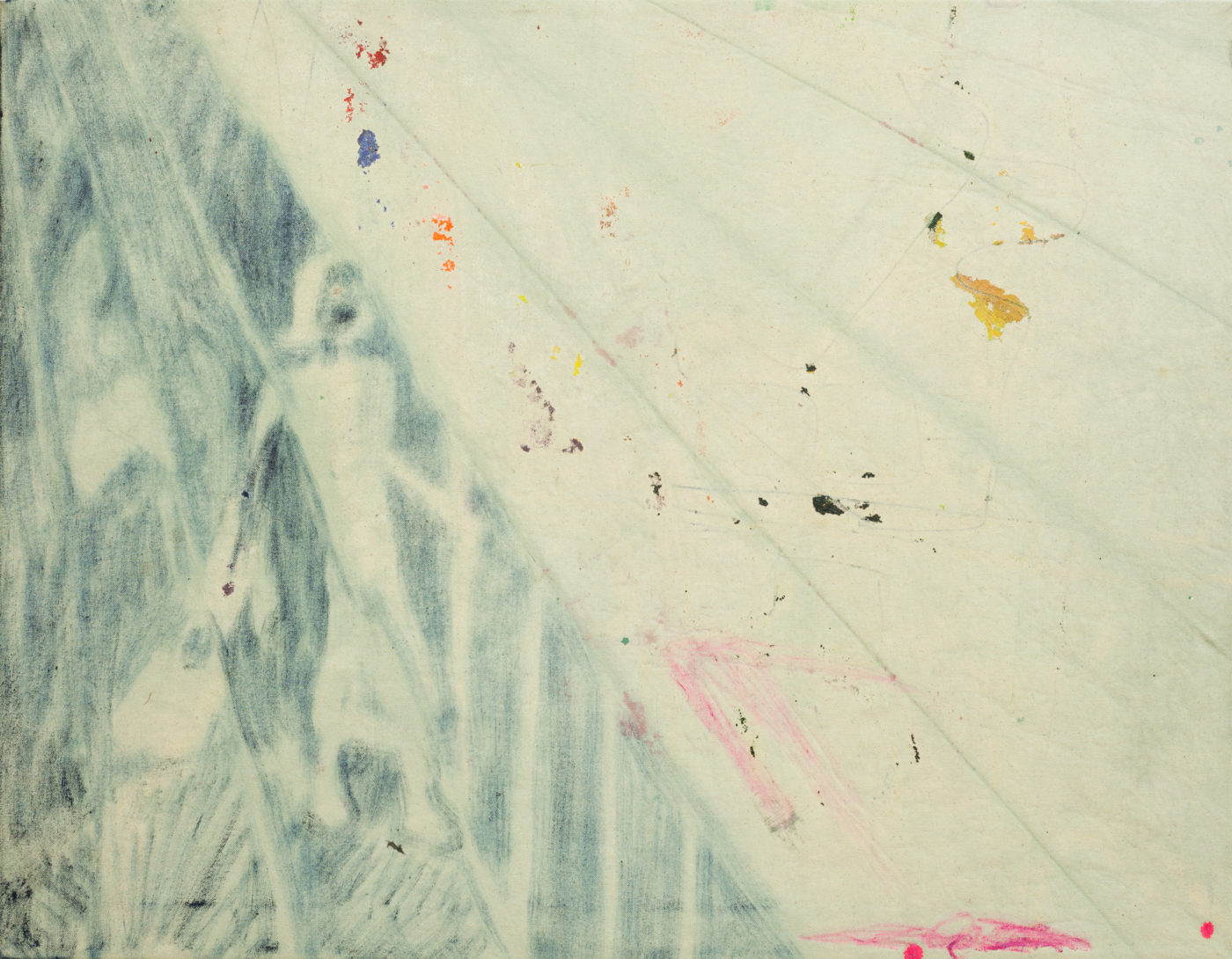
Rheinbrücke (Rhine Bridge), 2017 Oil and acrylic on washed nettle 70 x 90 cm
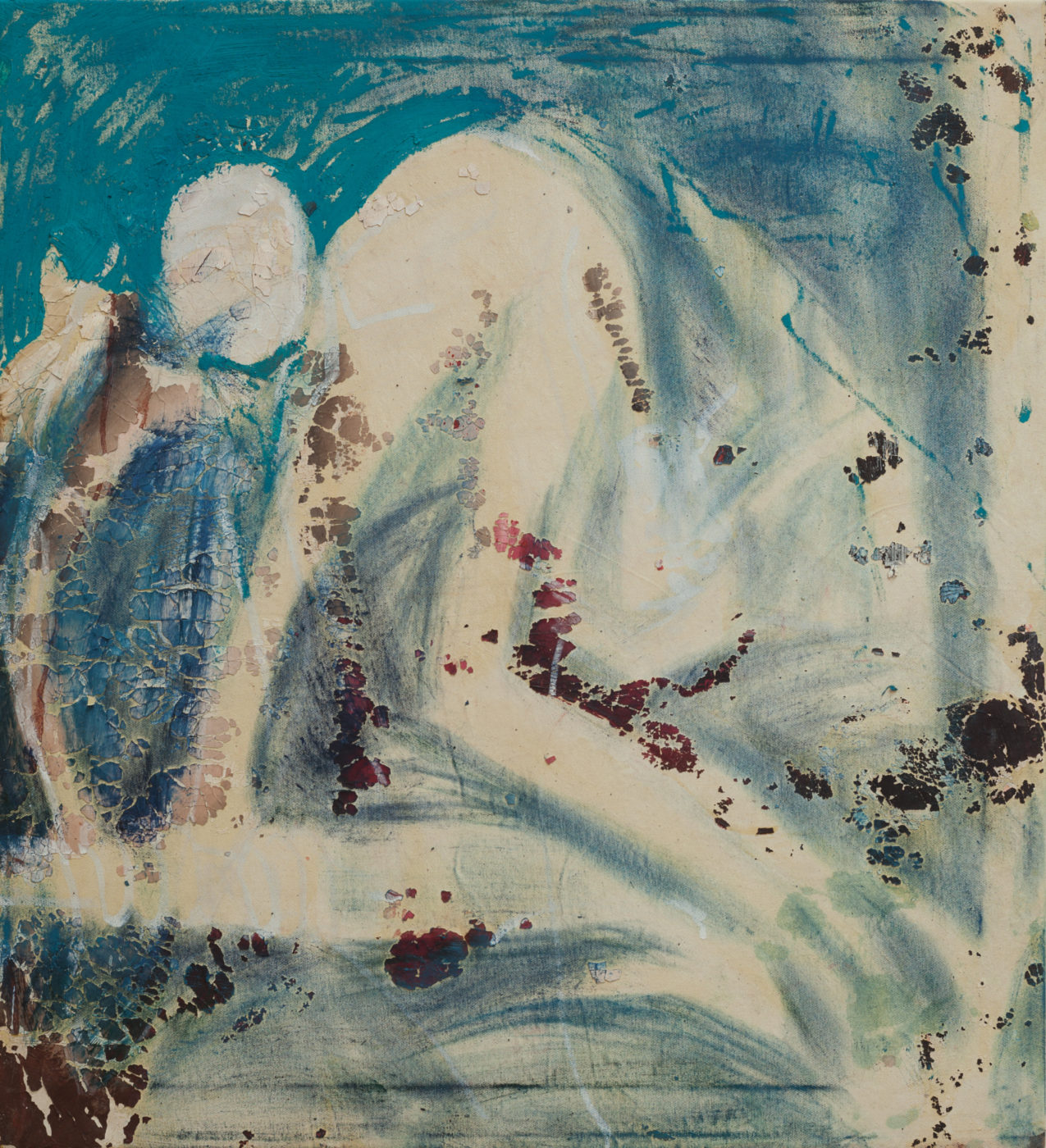
Klaps (Slap), 2017 Oil on washed nettle 74 x 68 cm

Flaschi, 2017 Acrylic on nettle 40 x 30 cm
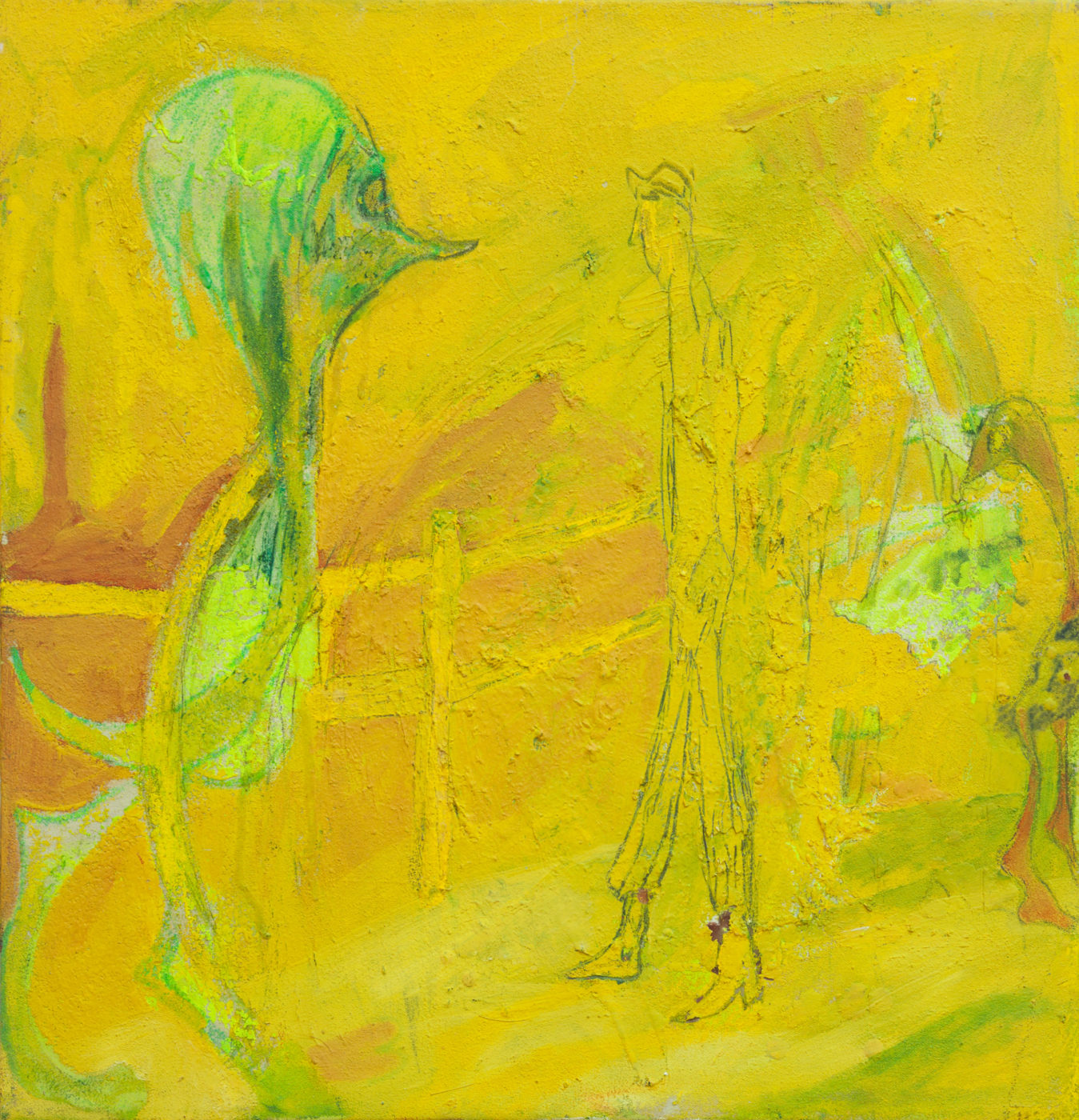
Nagual, 2015 Oil, acrylic, and ink on canvas 49 x 48 cm
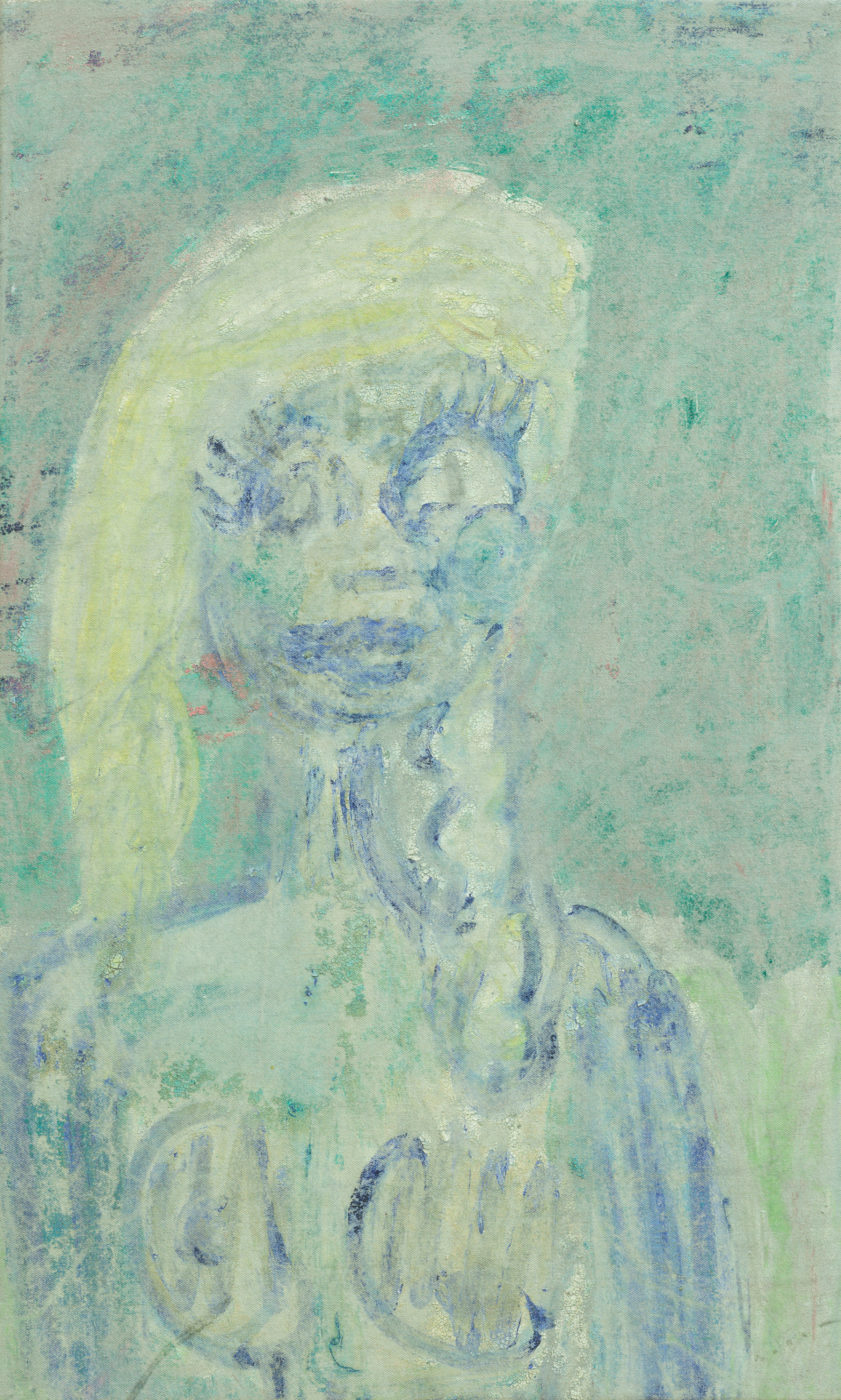
Dorfnutte (Village Whore), 2016 Acrylic and crayon on canvas 63 x 38 cm
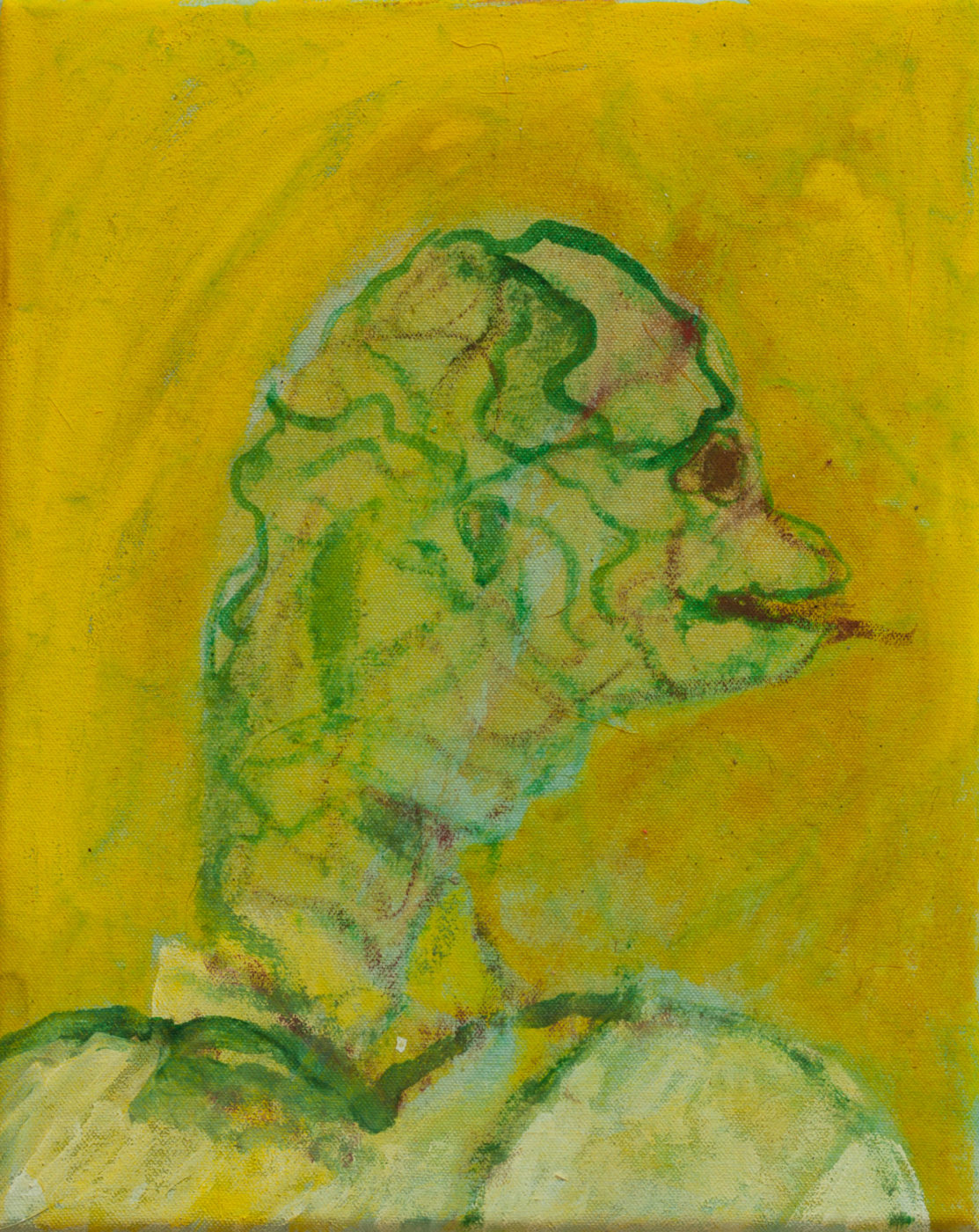
Bundesrept. (Lizardrep.), 2017 Oil and acrylic on nettle 30 x 25 cm

Höhlenmaler (Cave Painter), 2017 Acrylic and crayon on nettle 18 x 24 cm
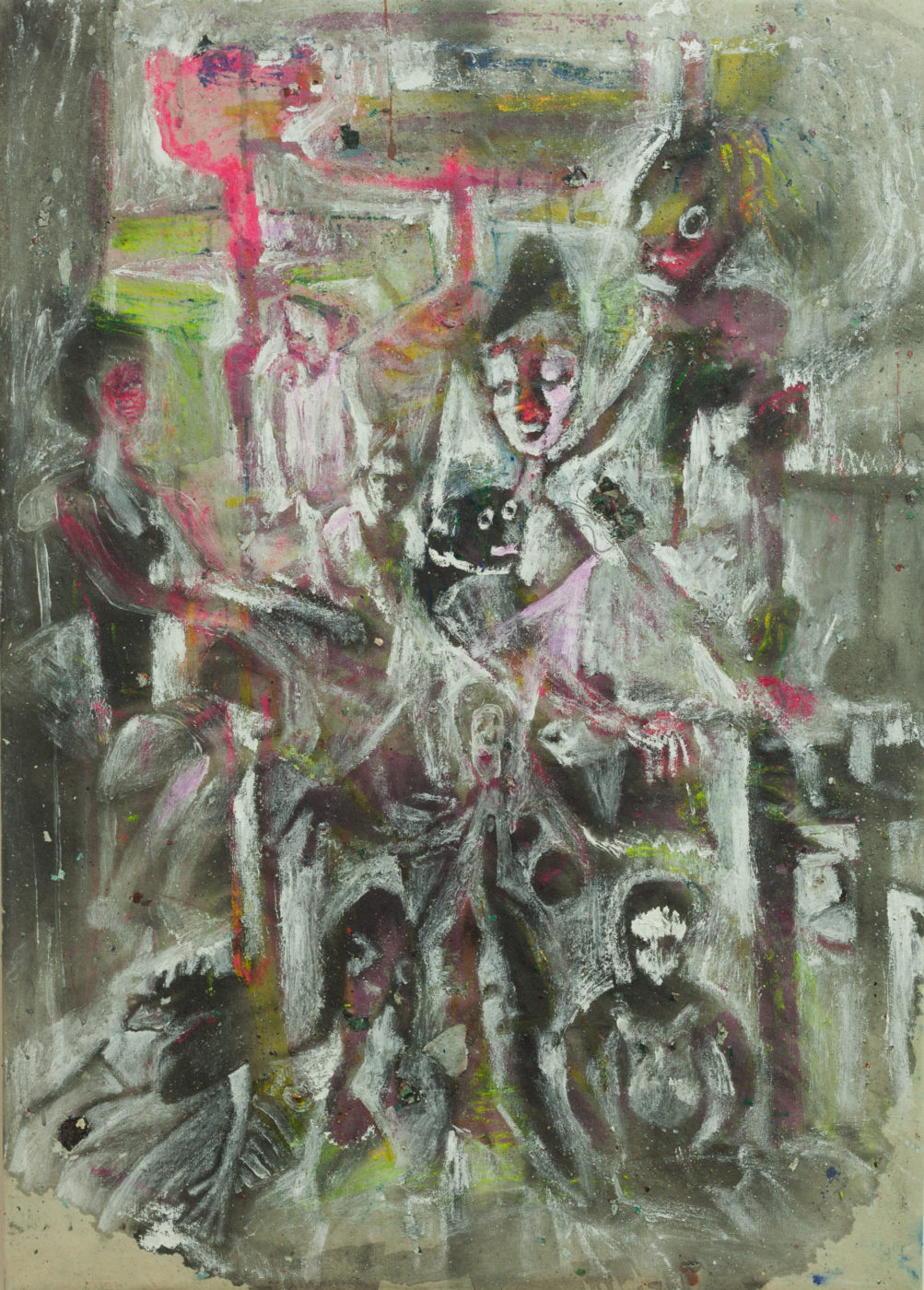
Unter Wasser (Under Water), 2017 Oil and acrylic on washed nettle 94 x 68 cm